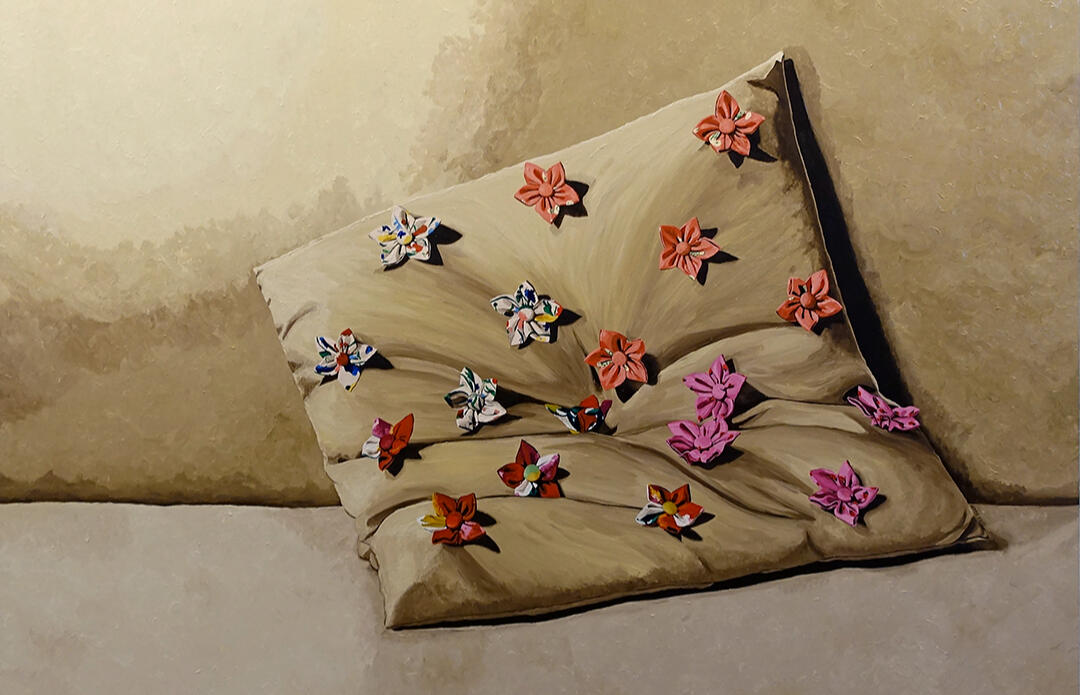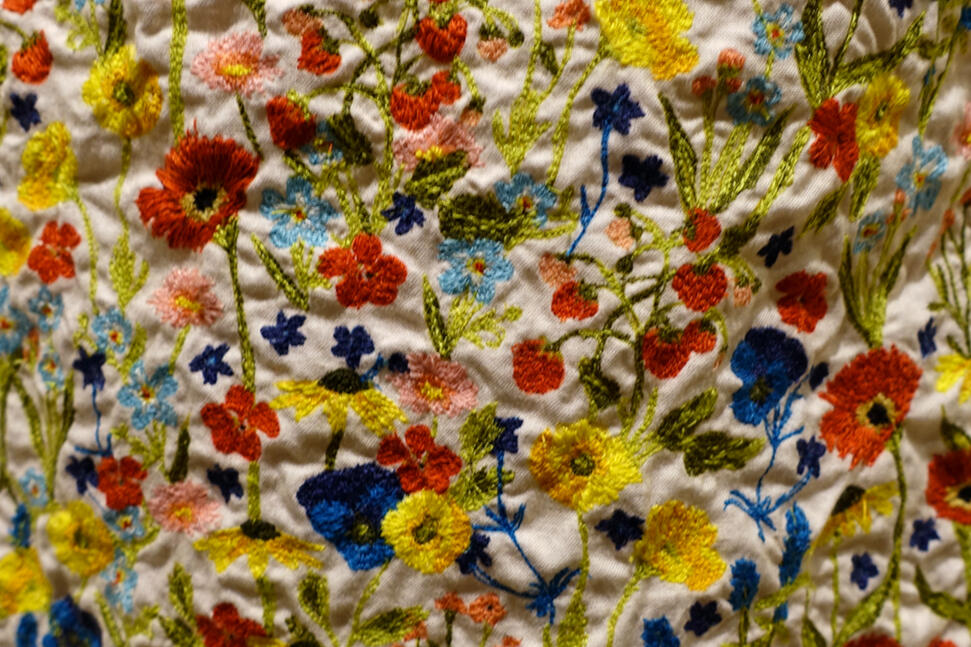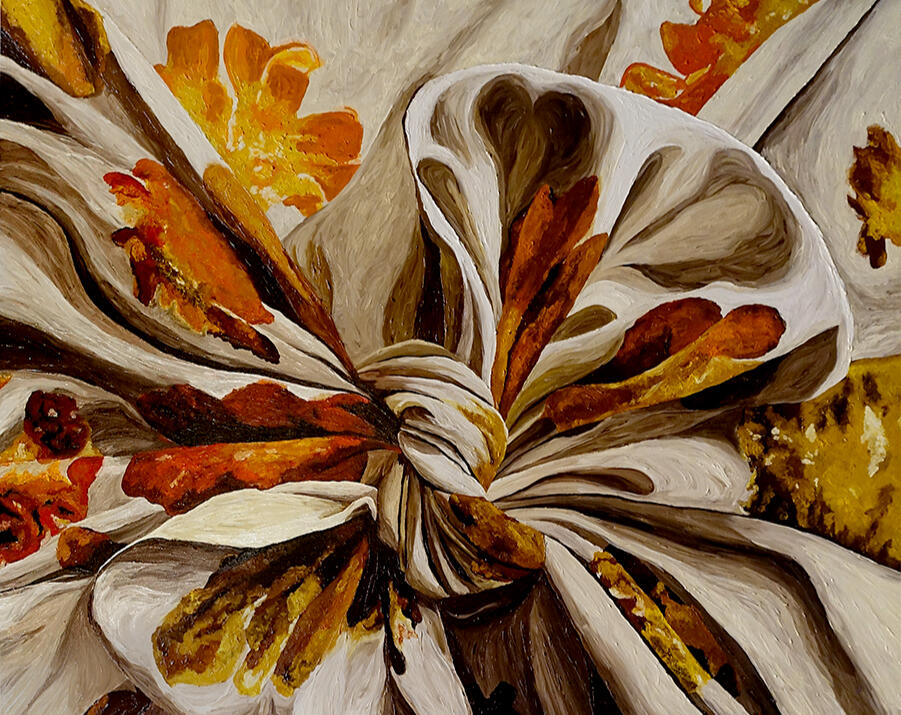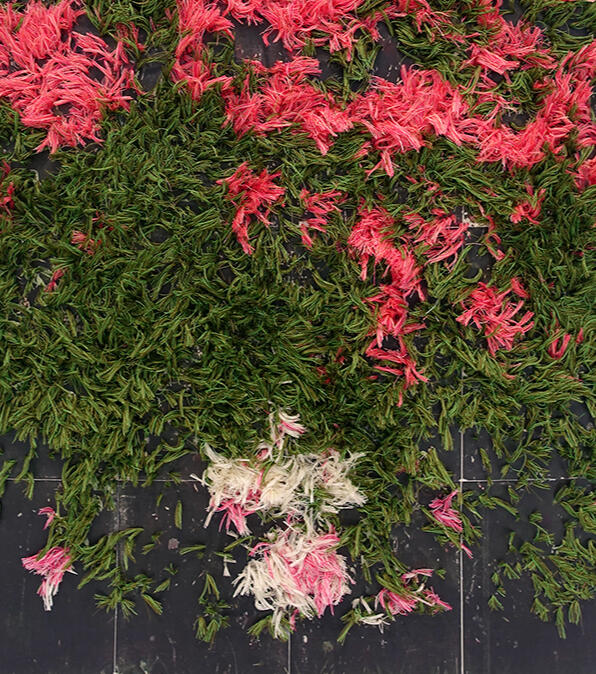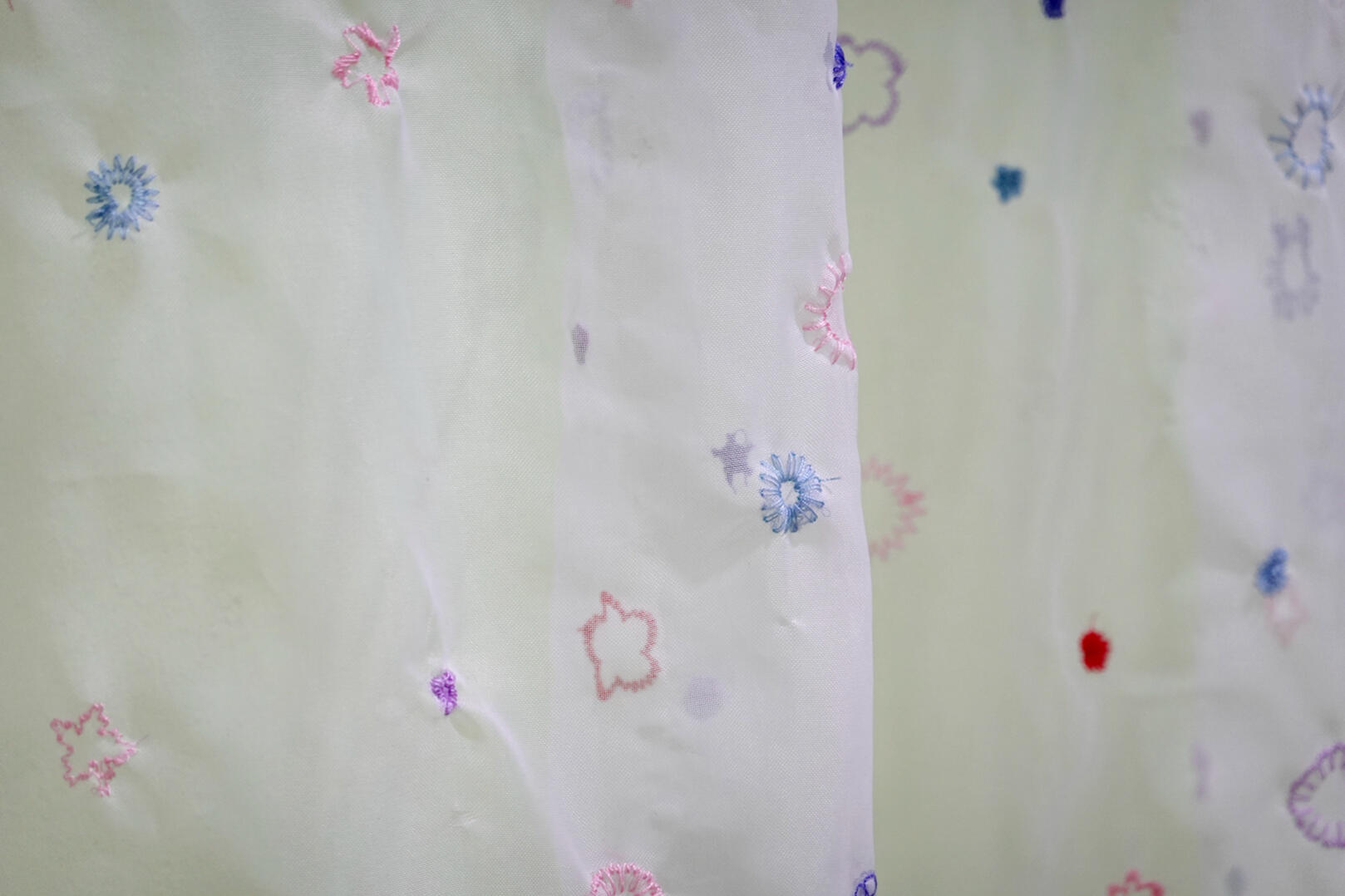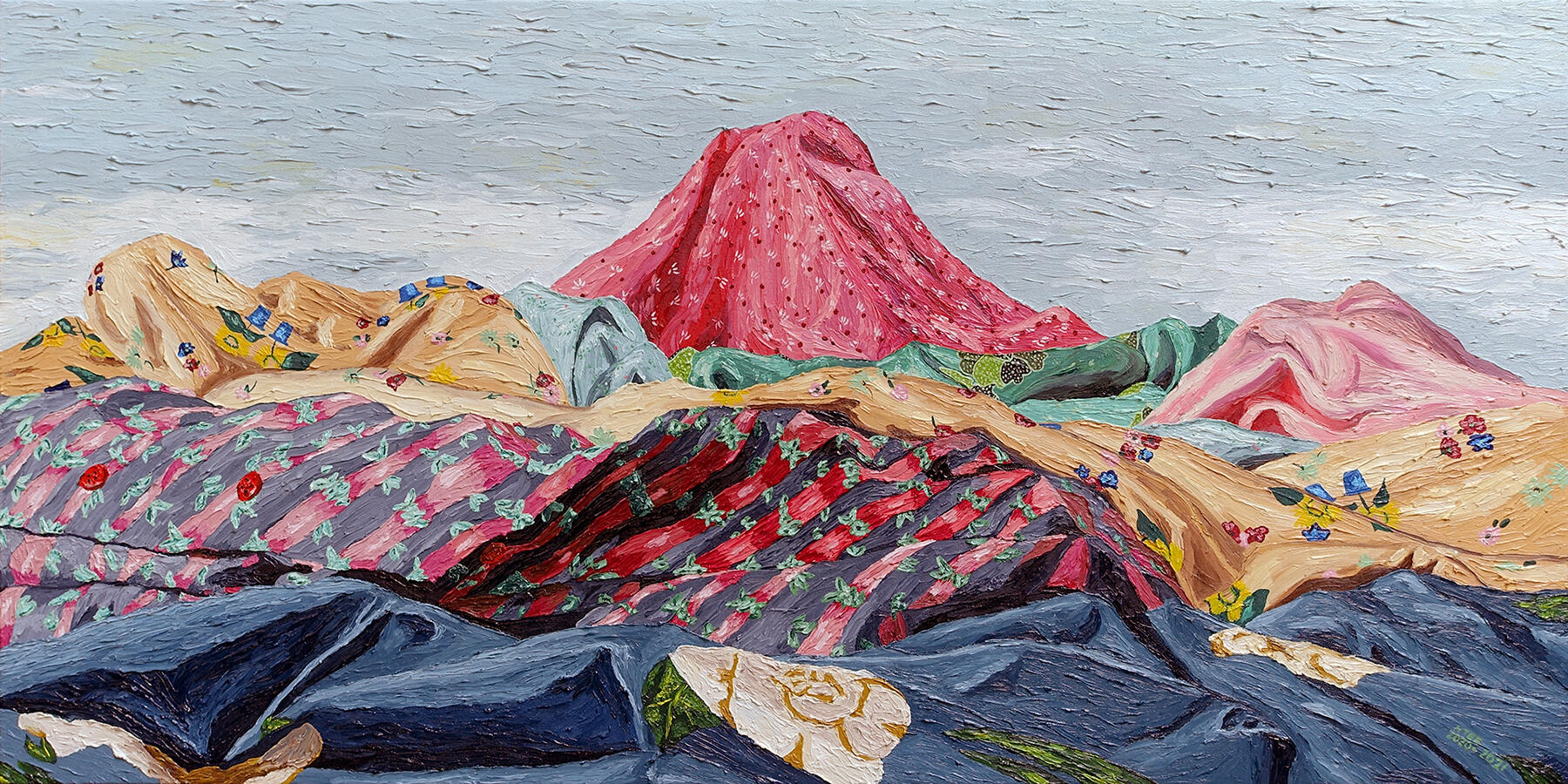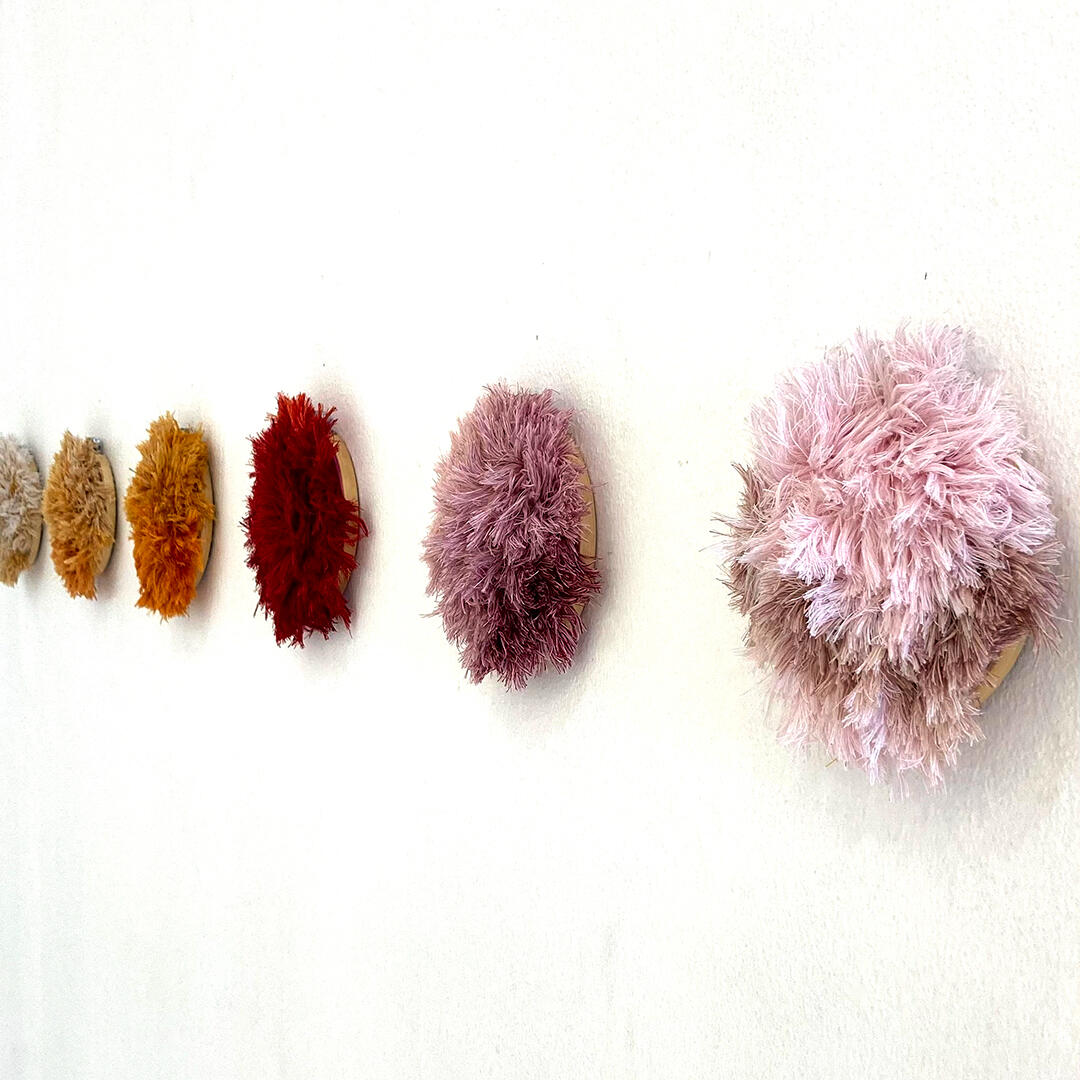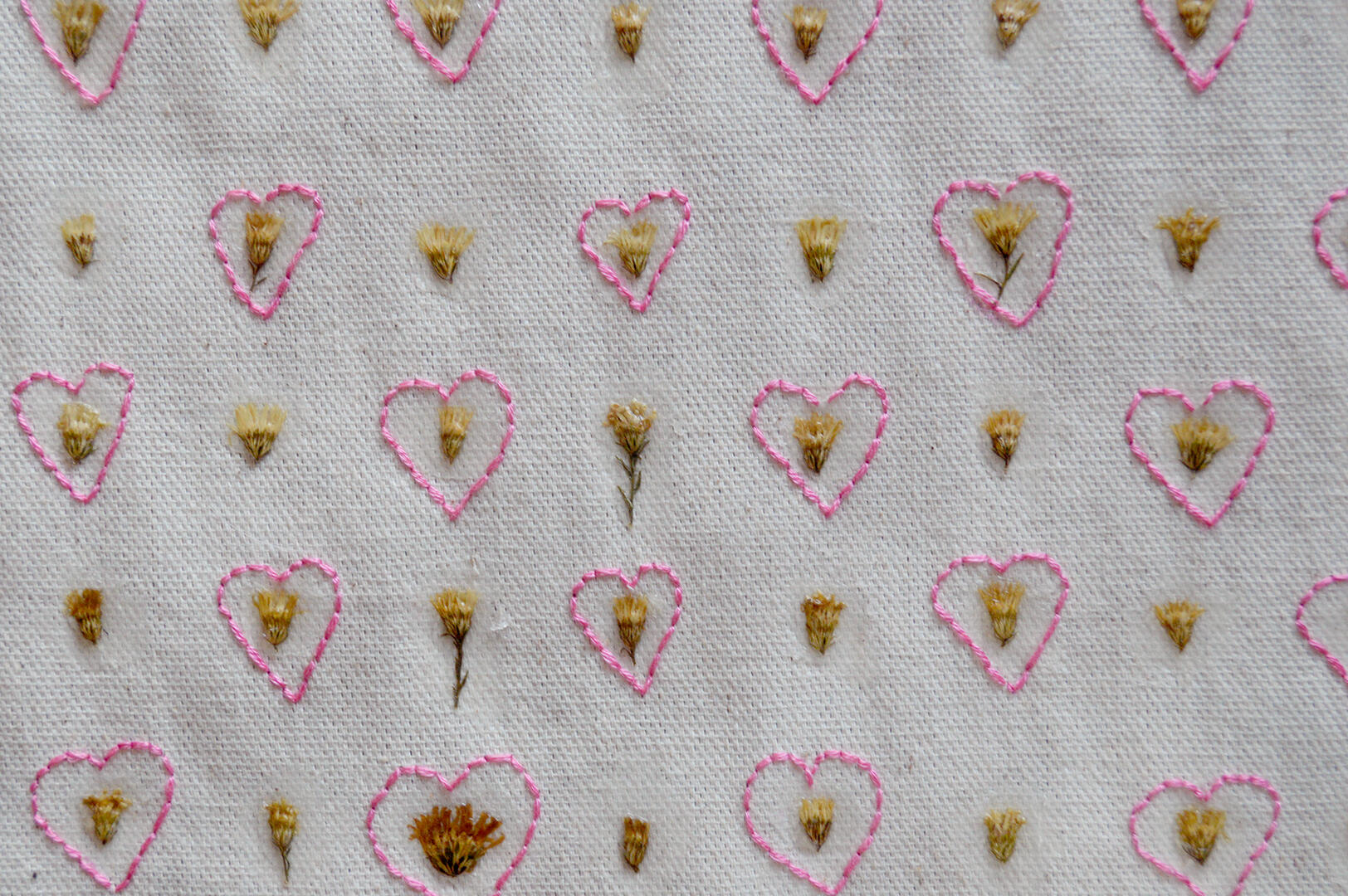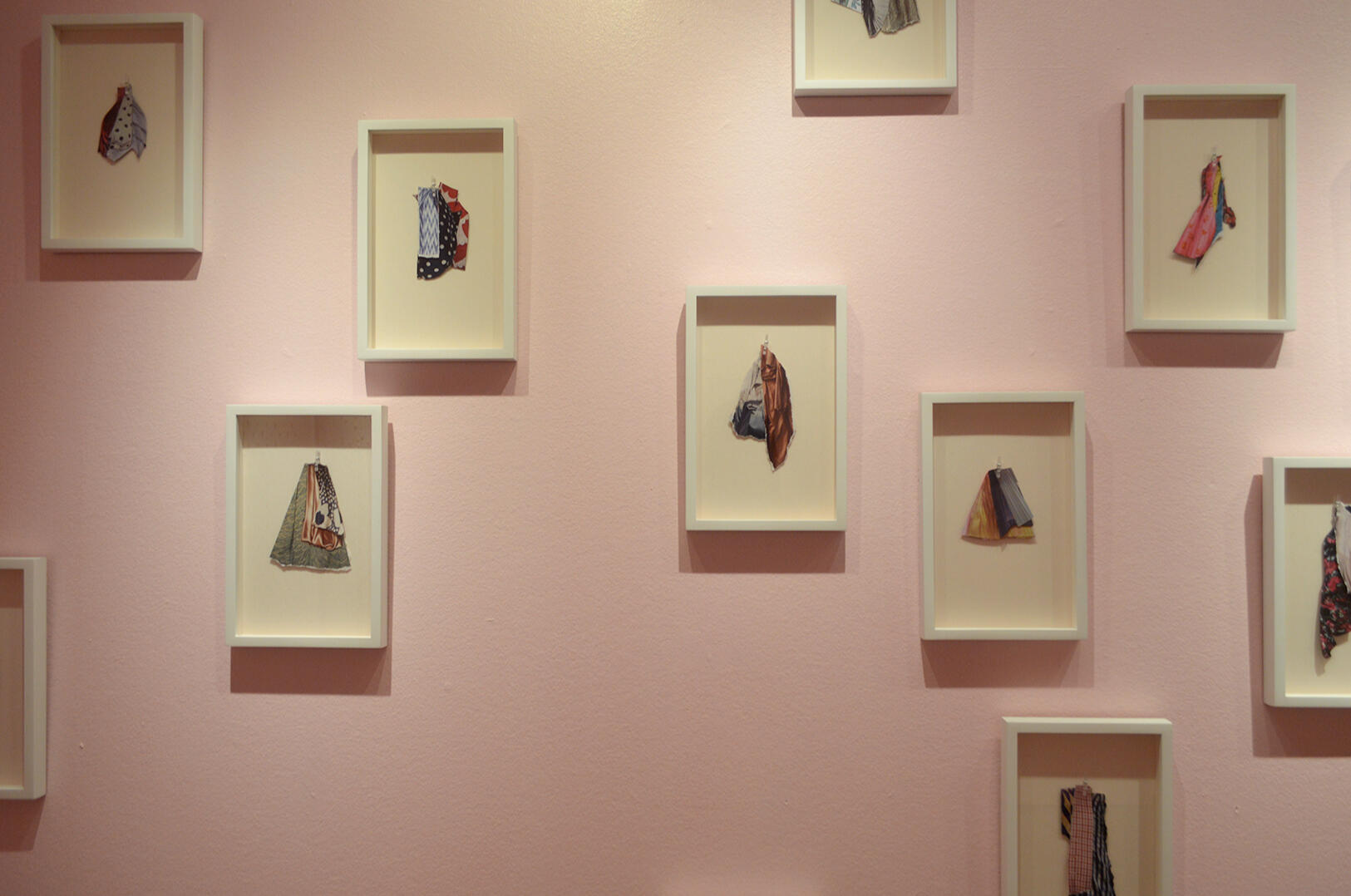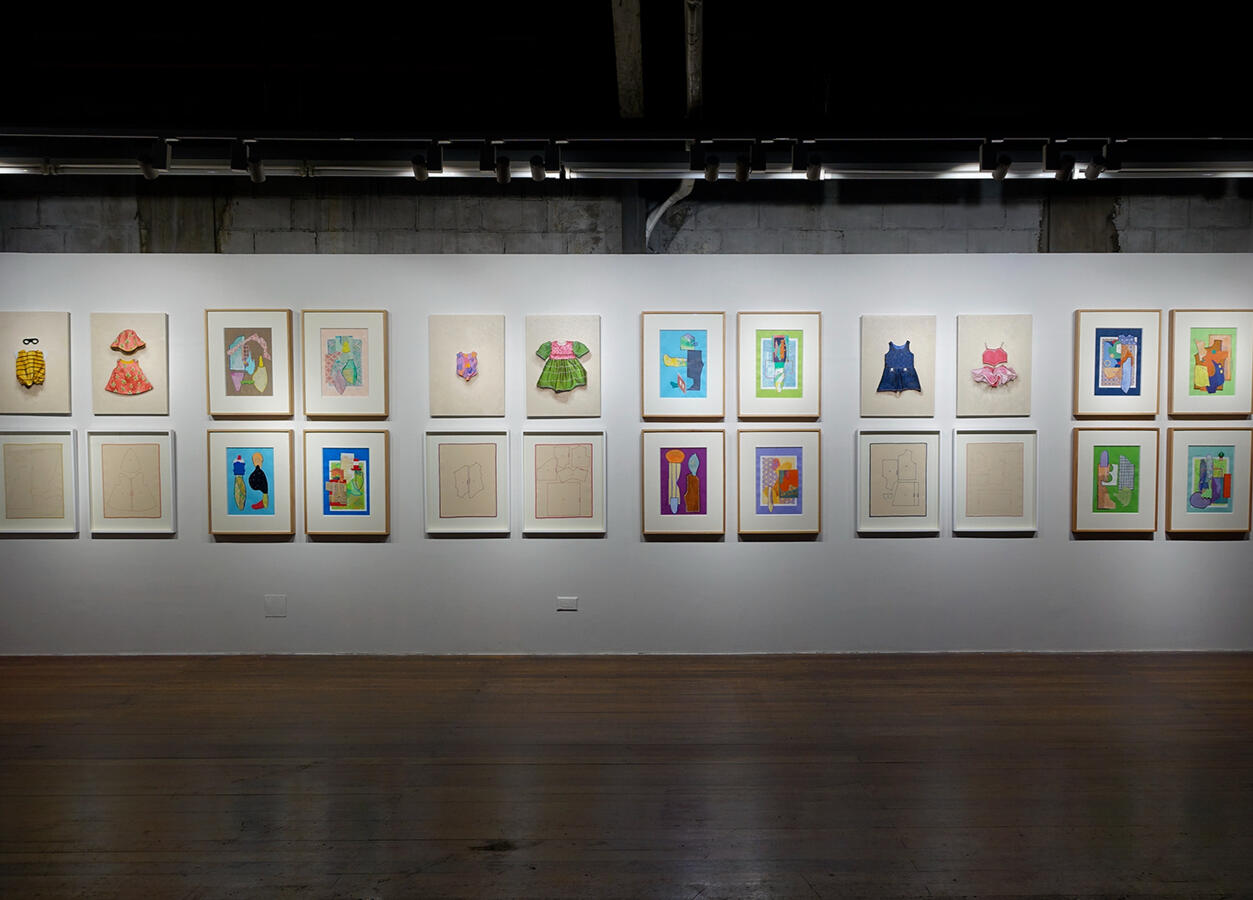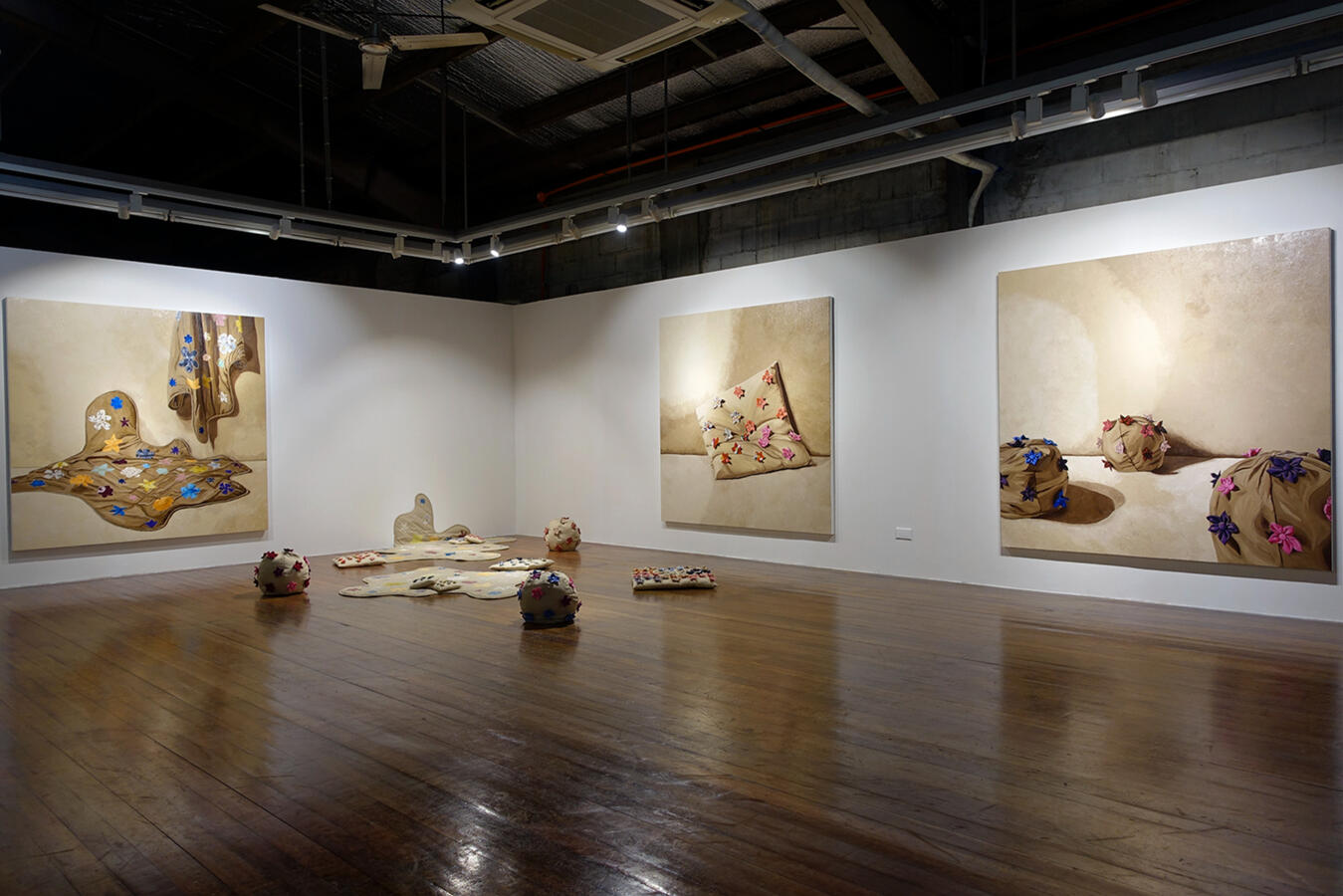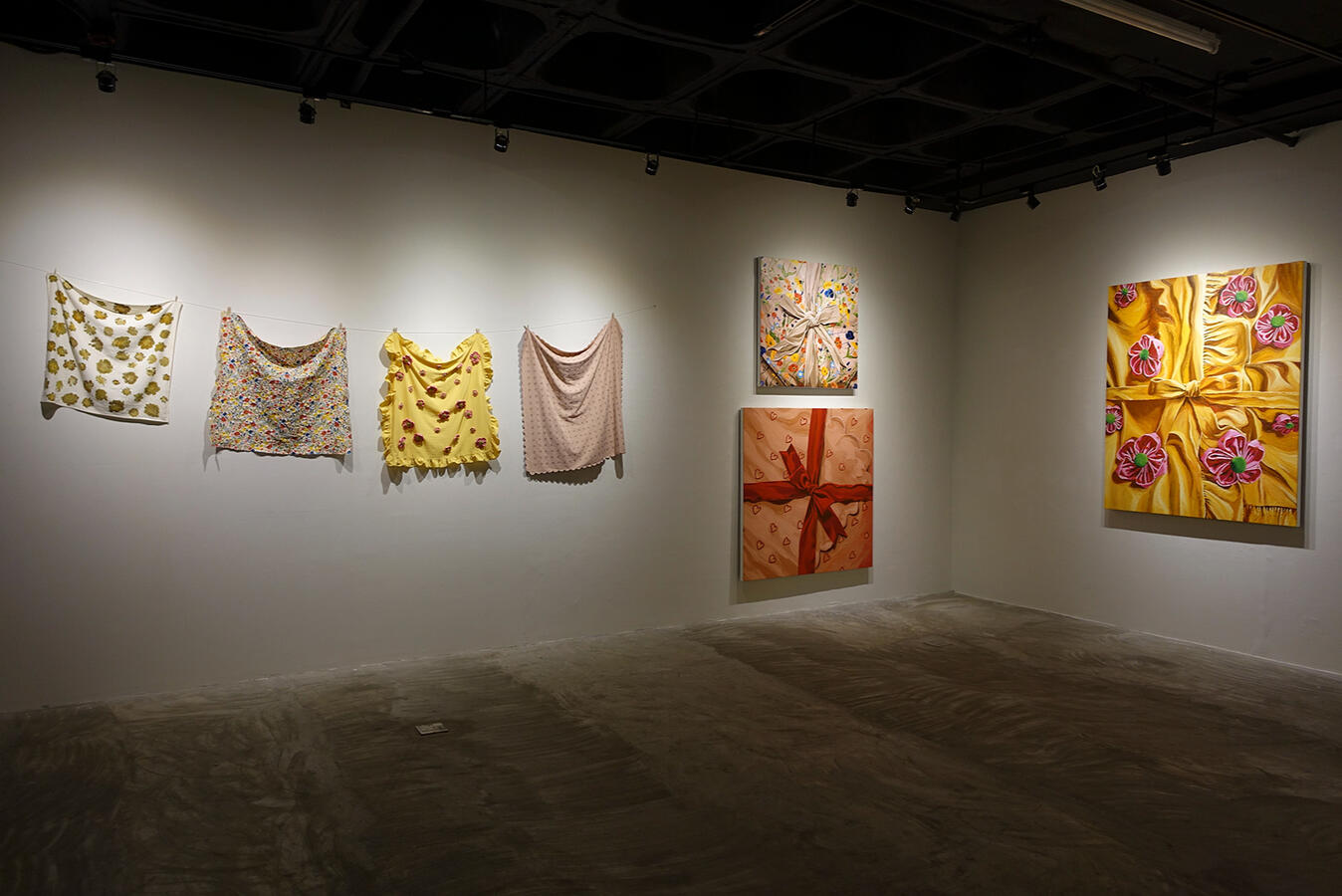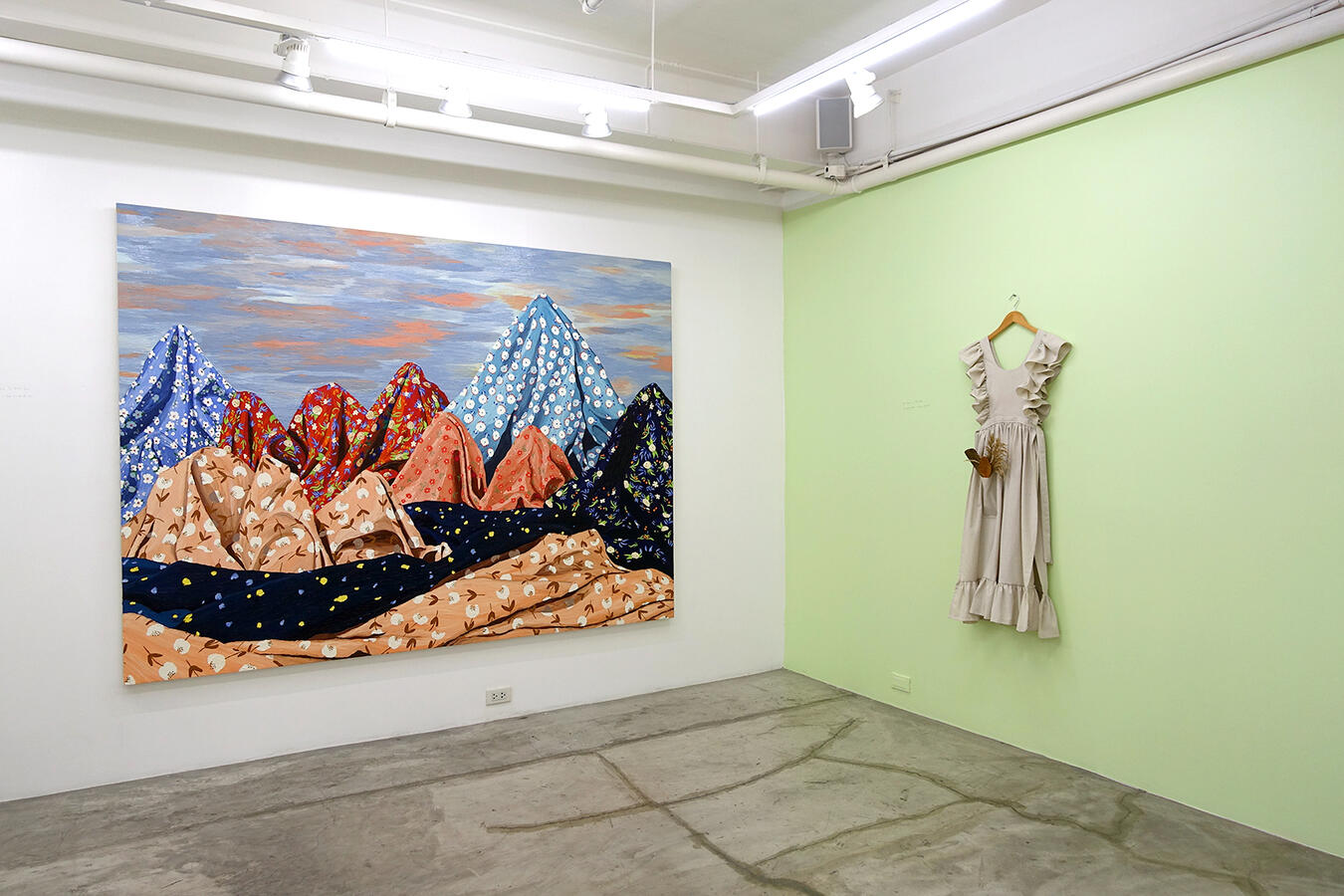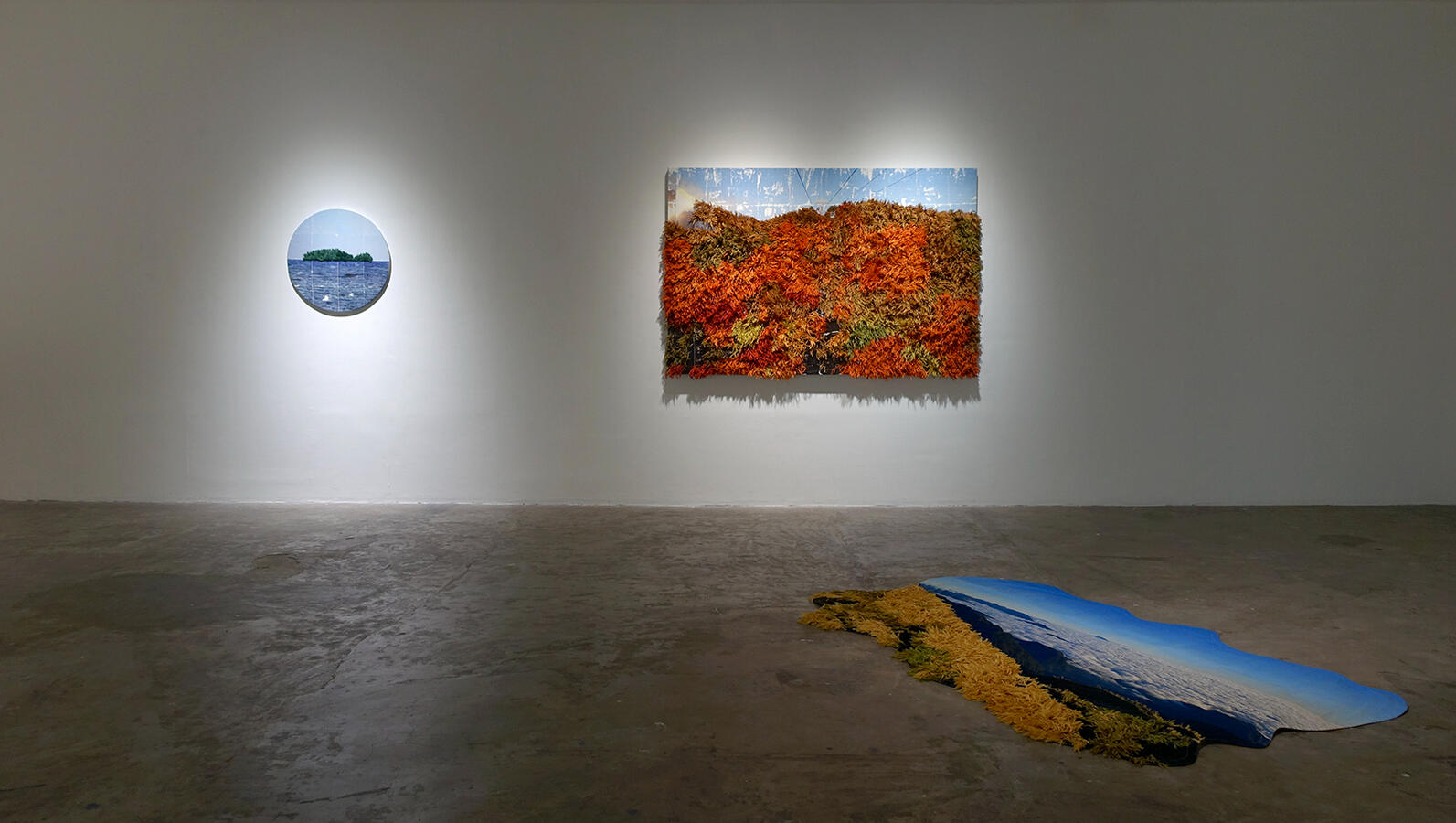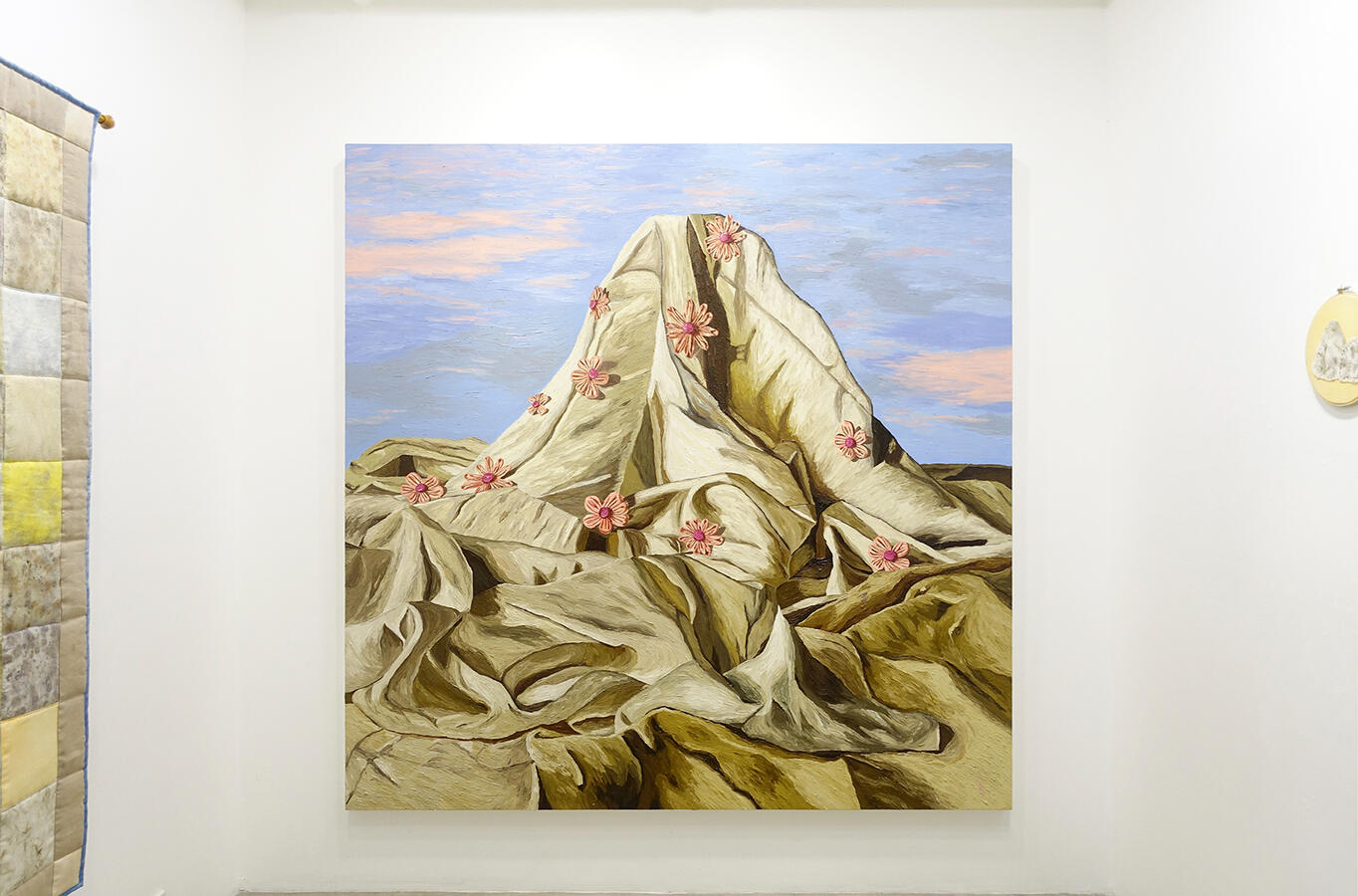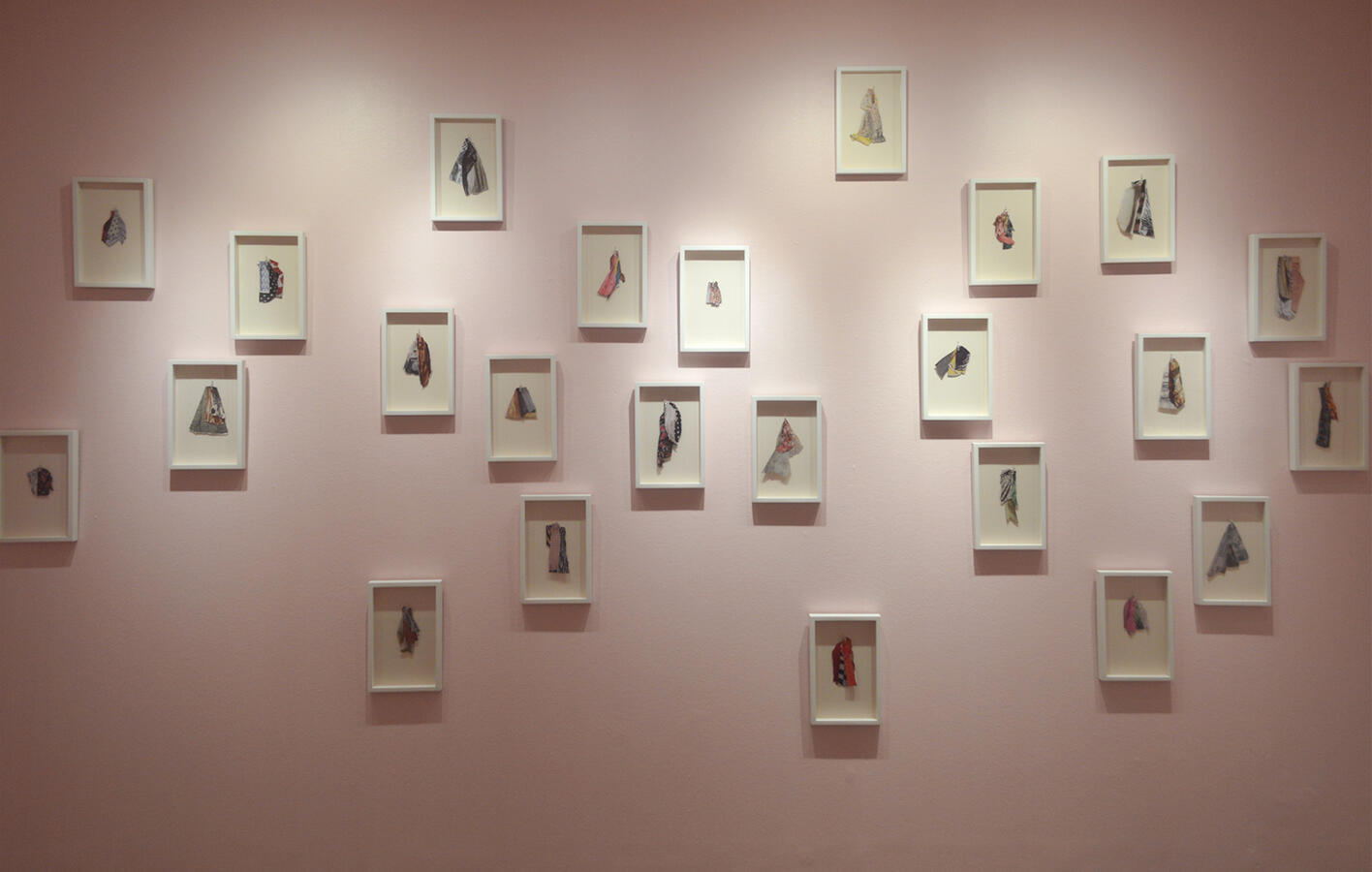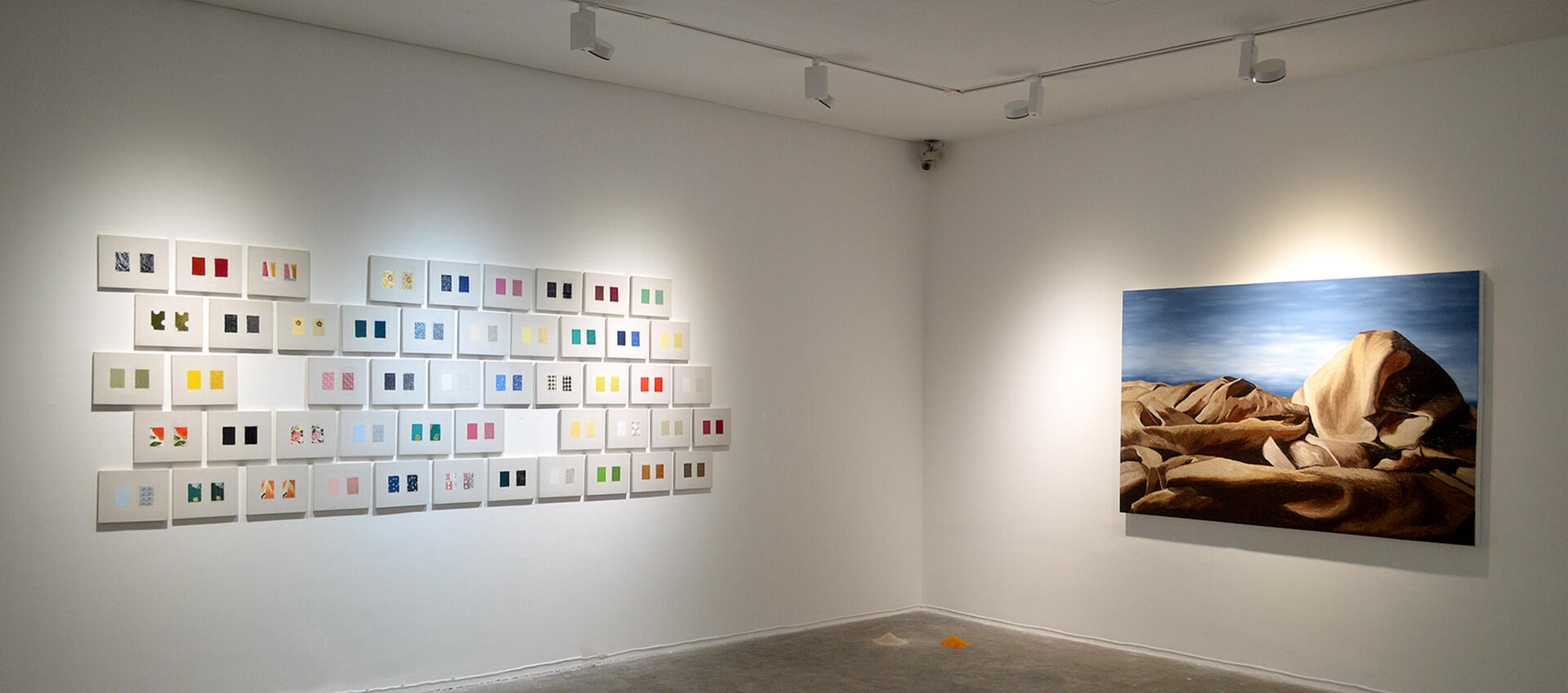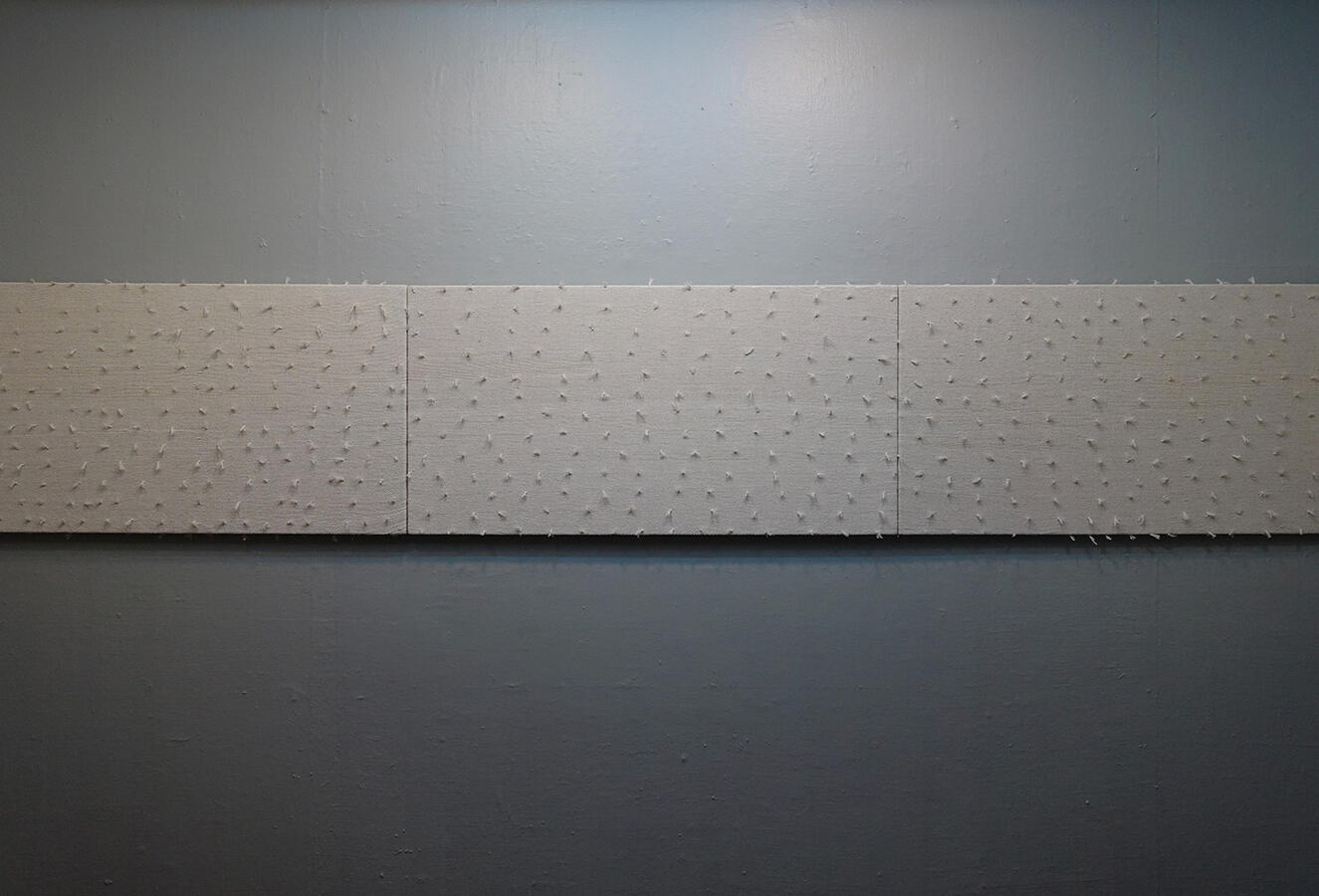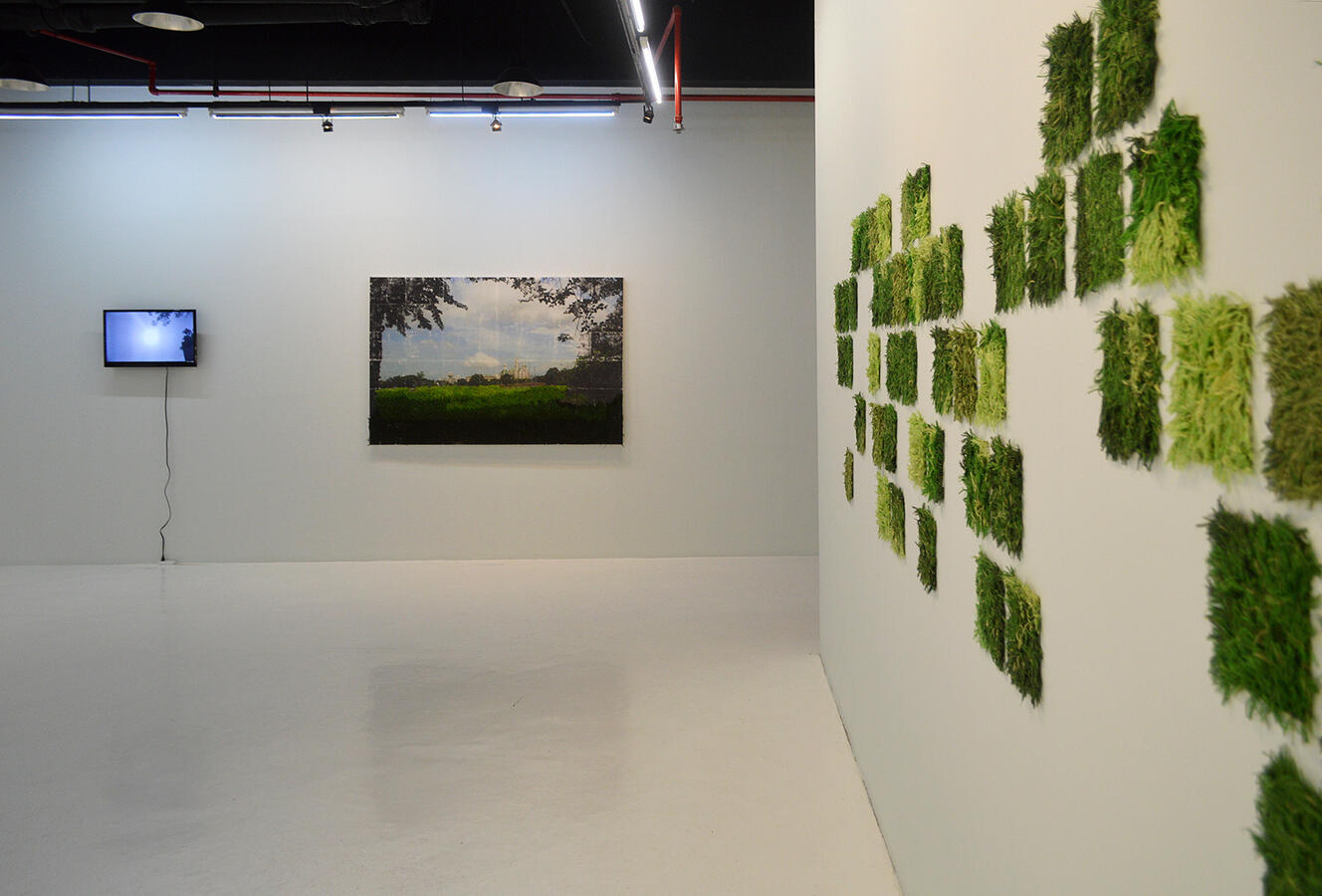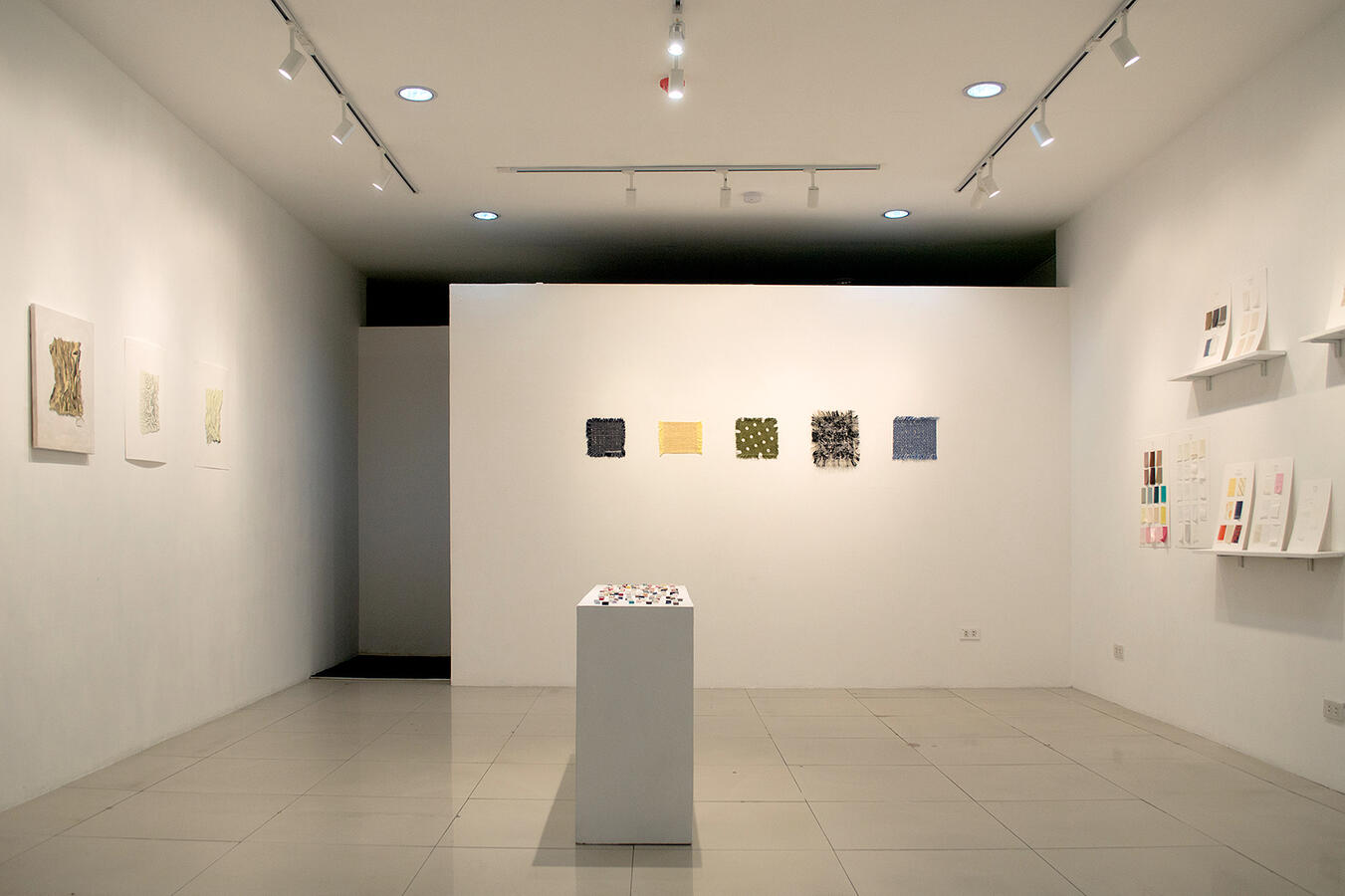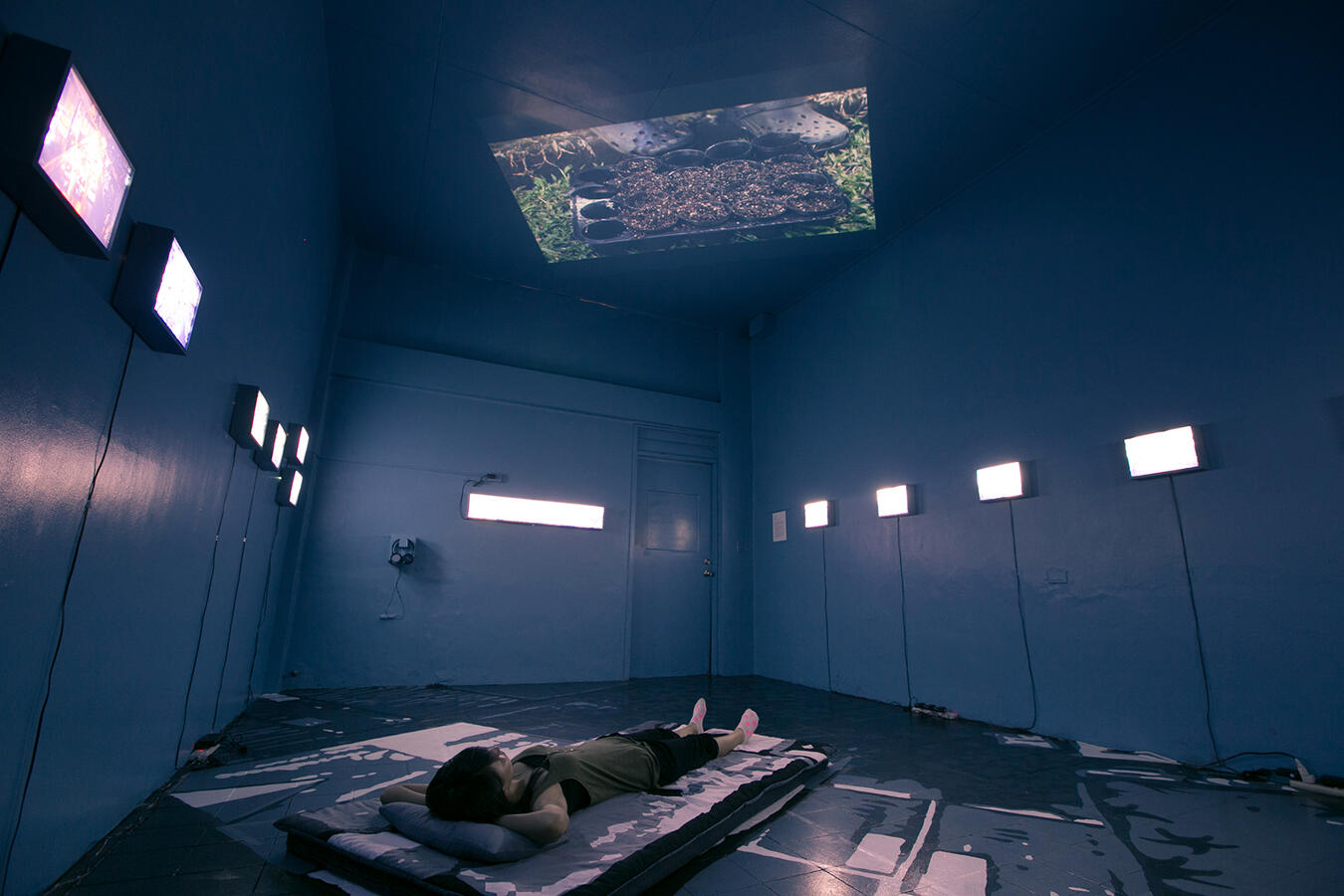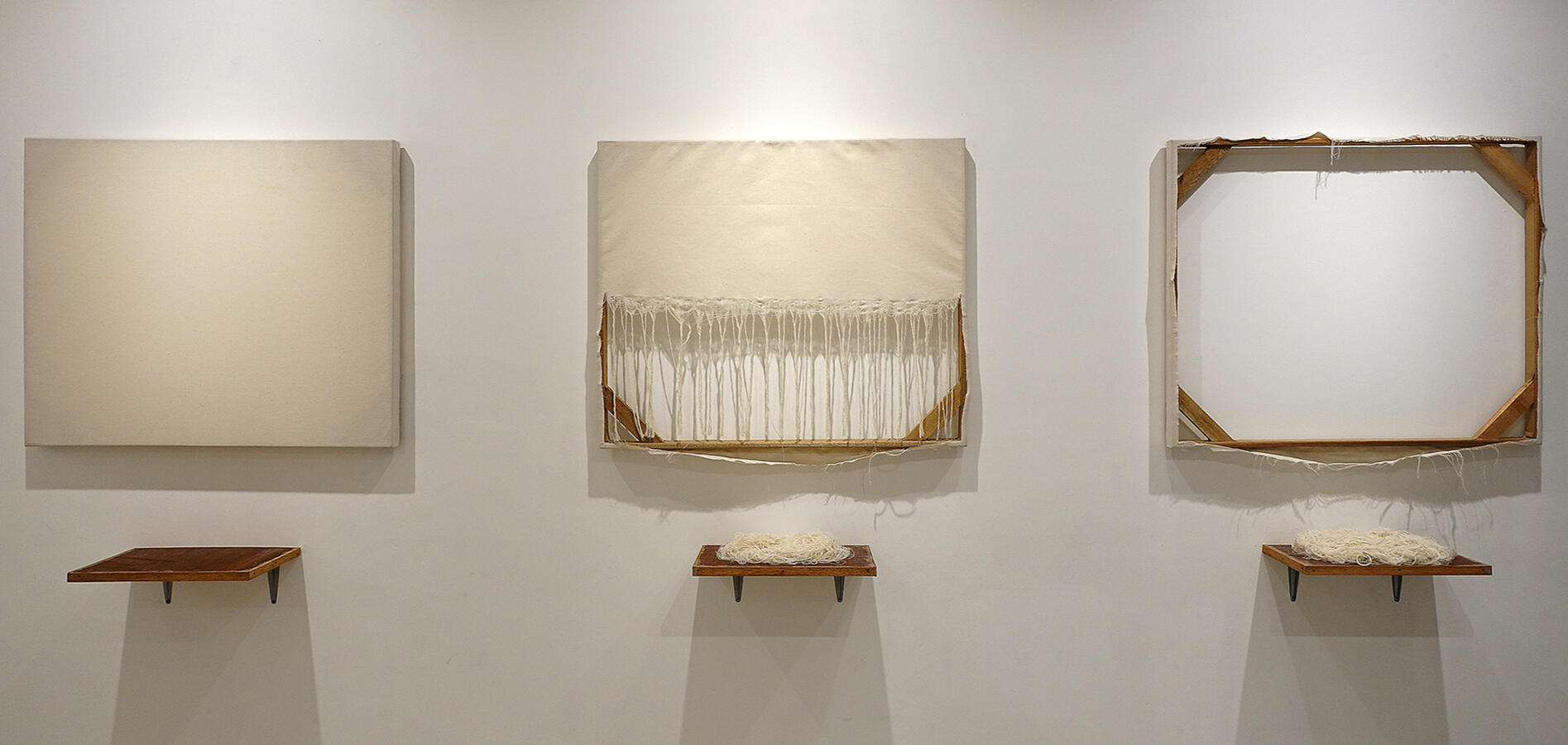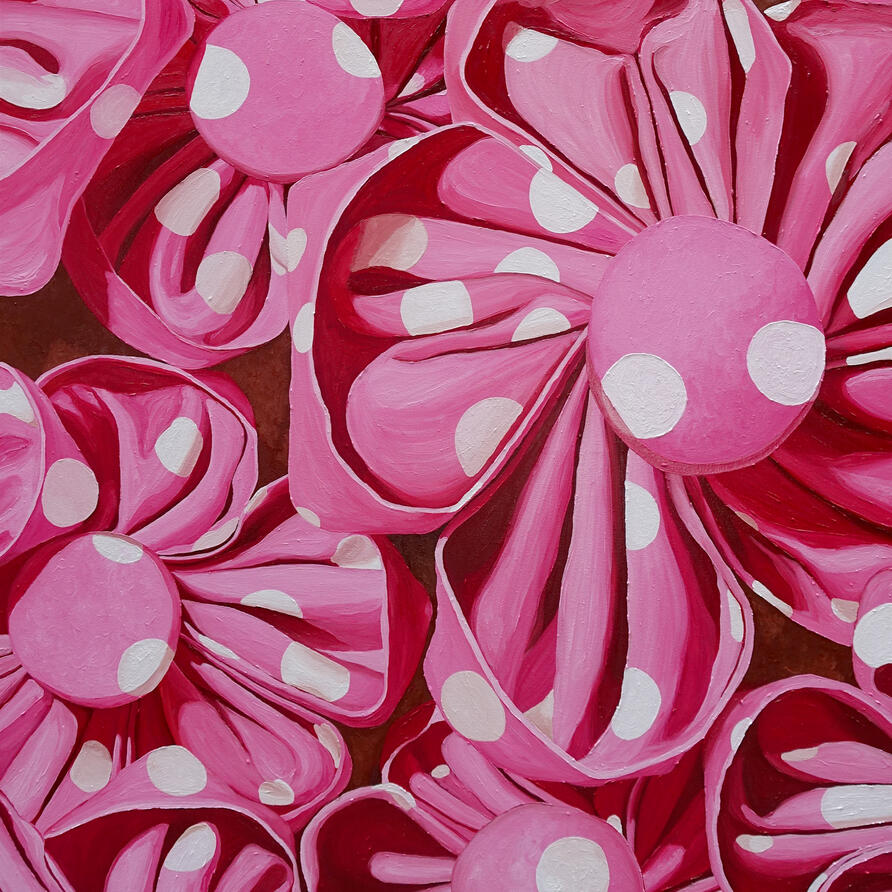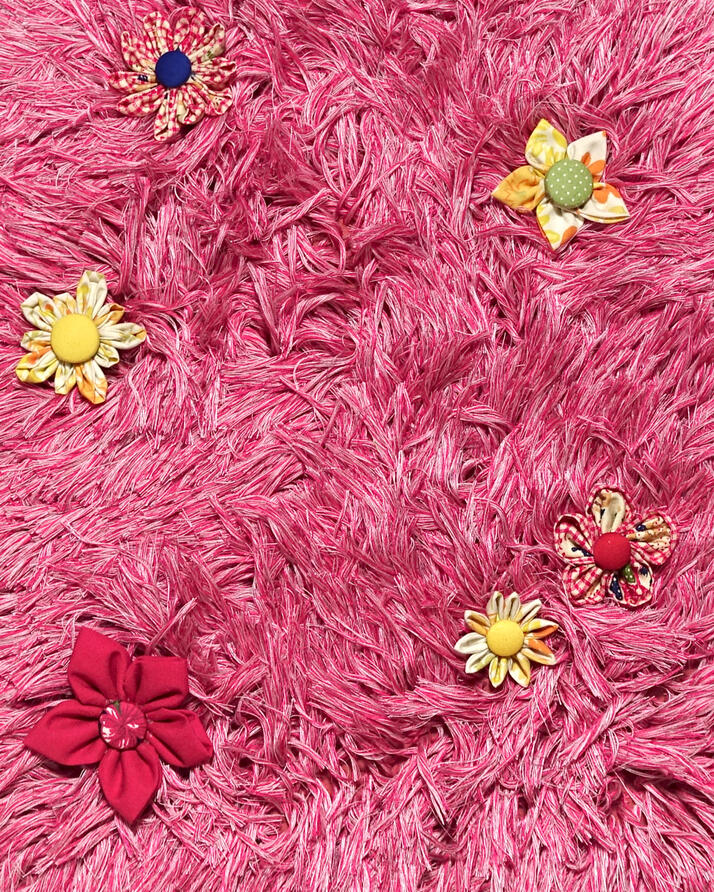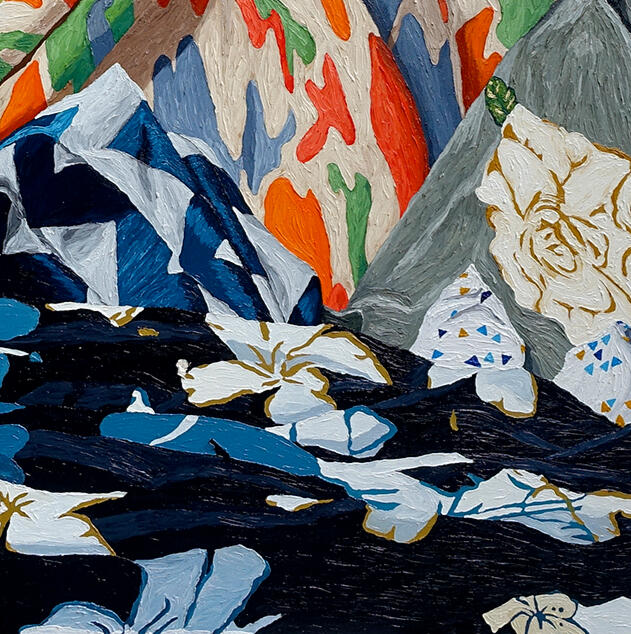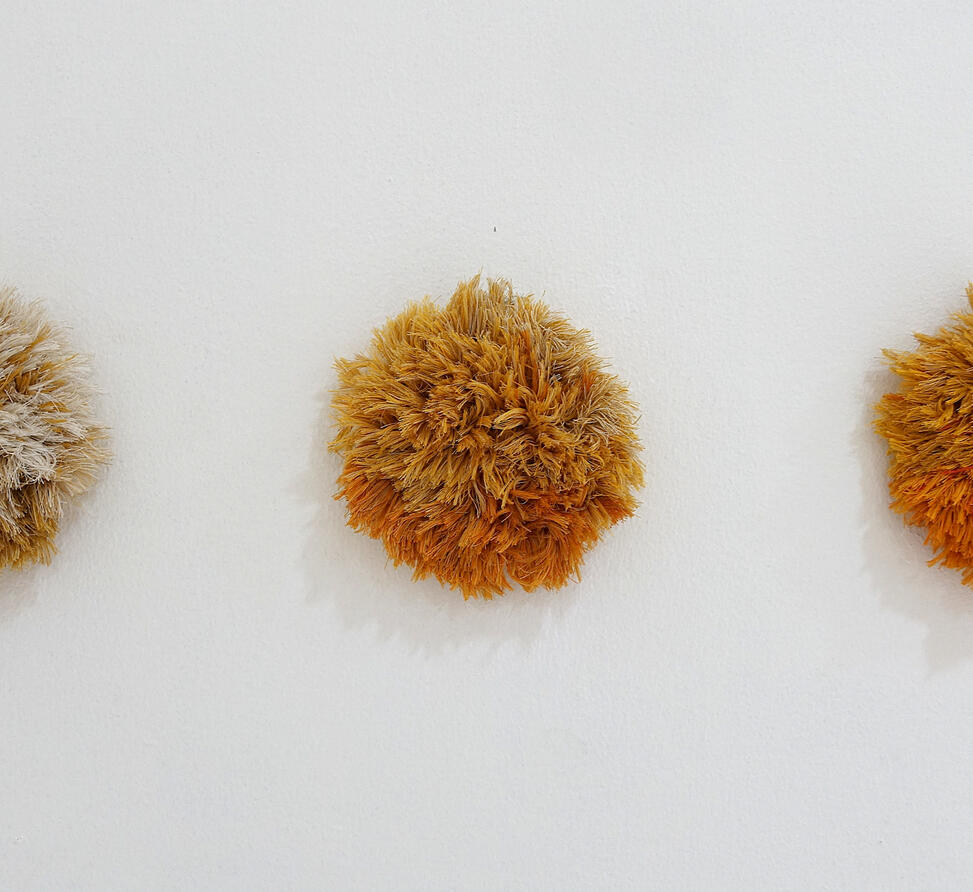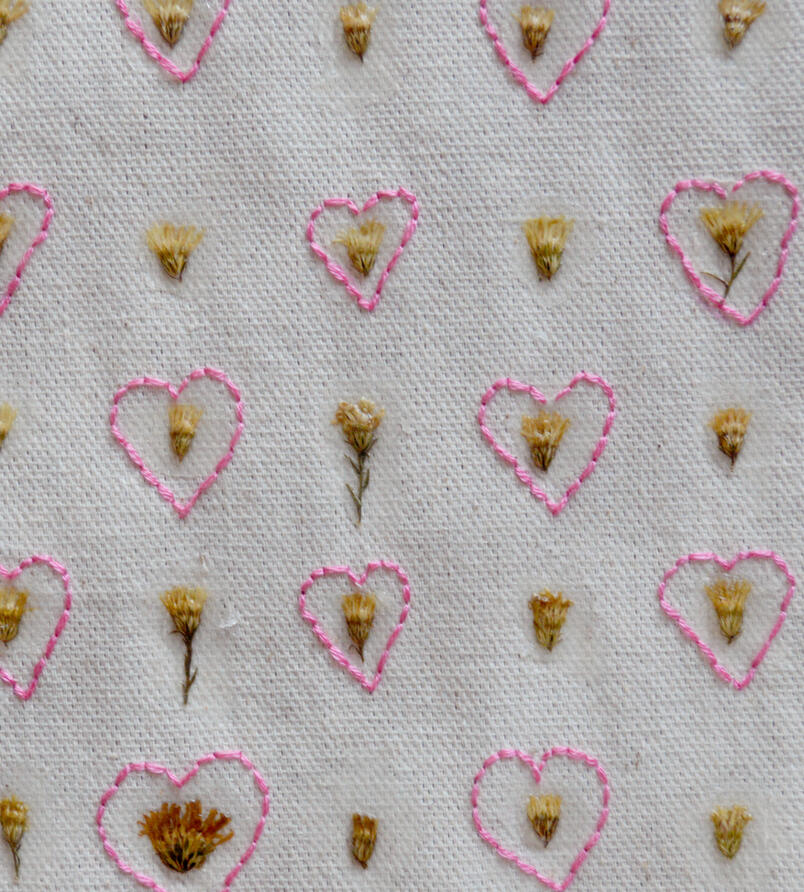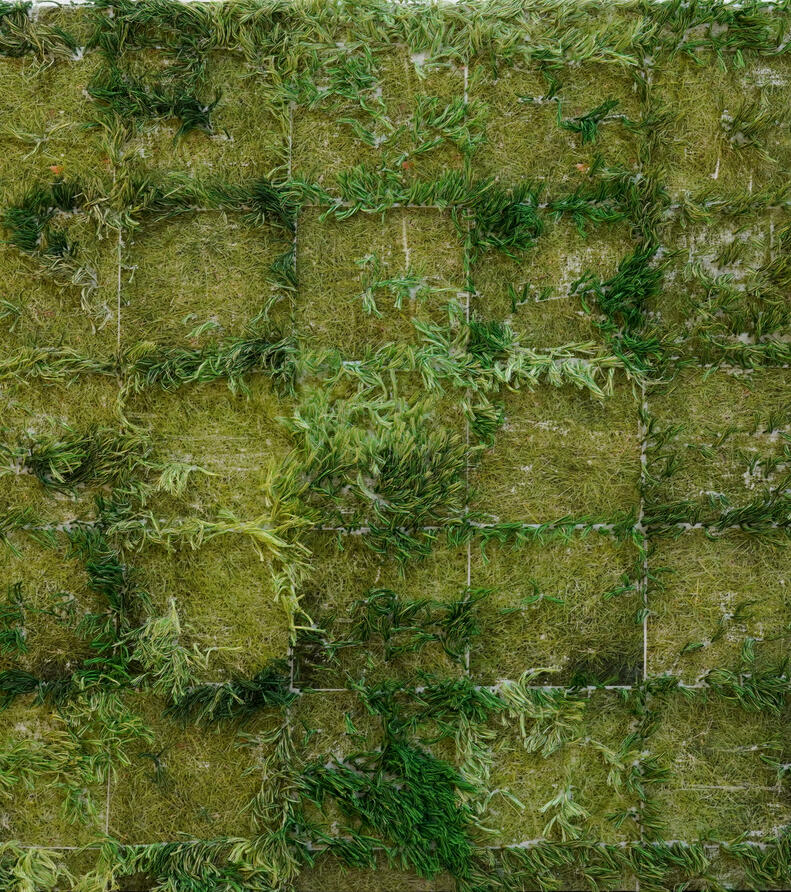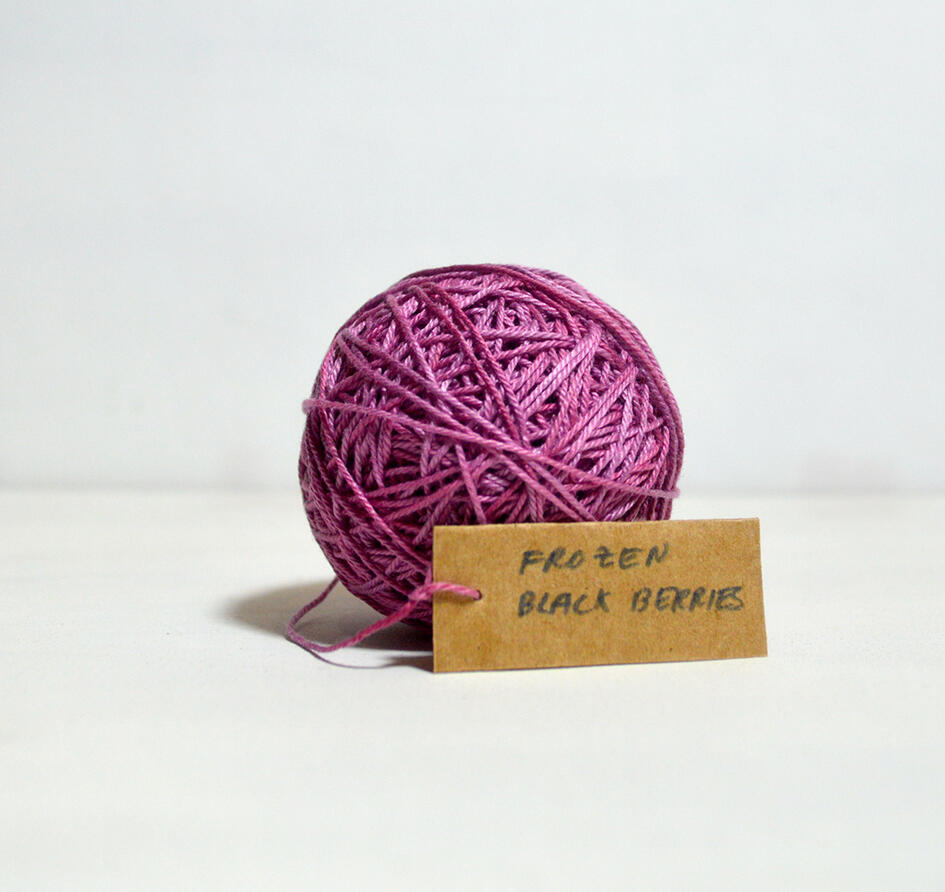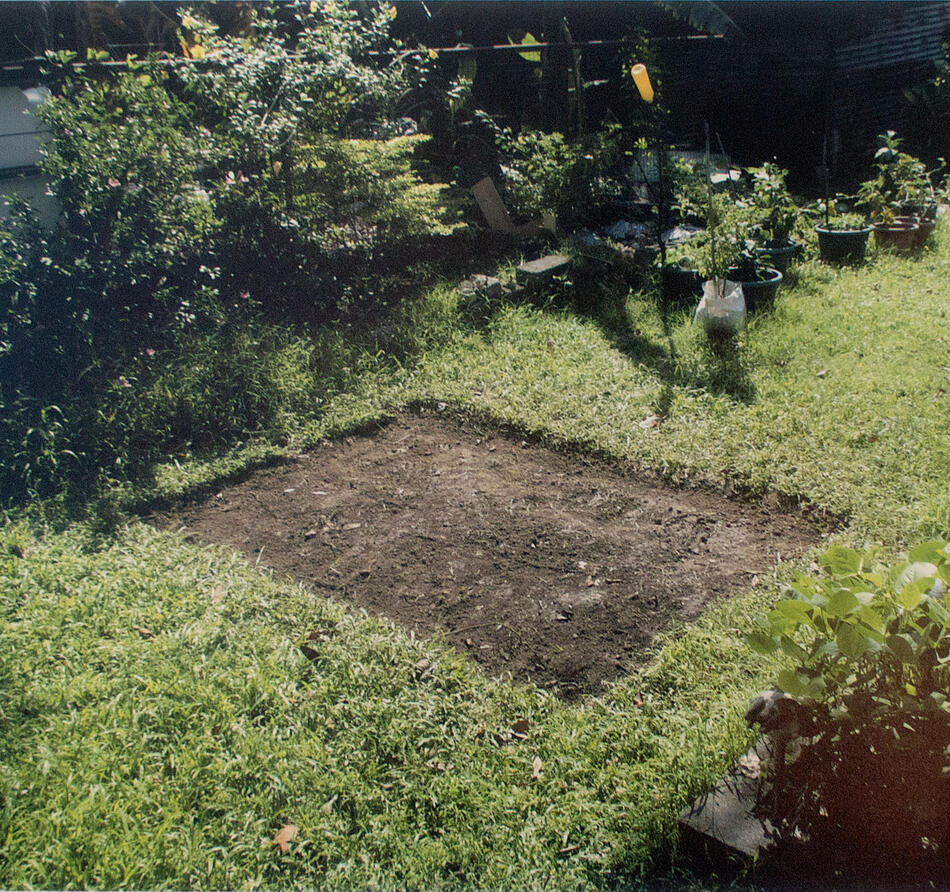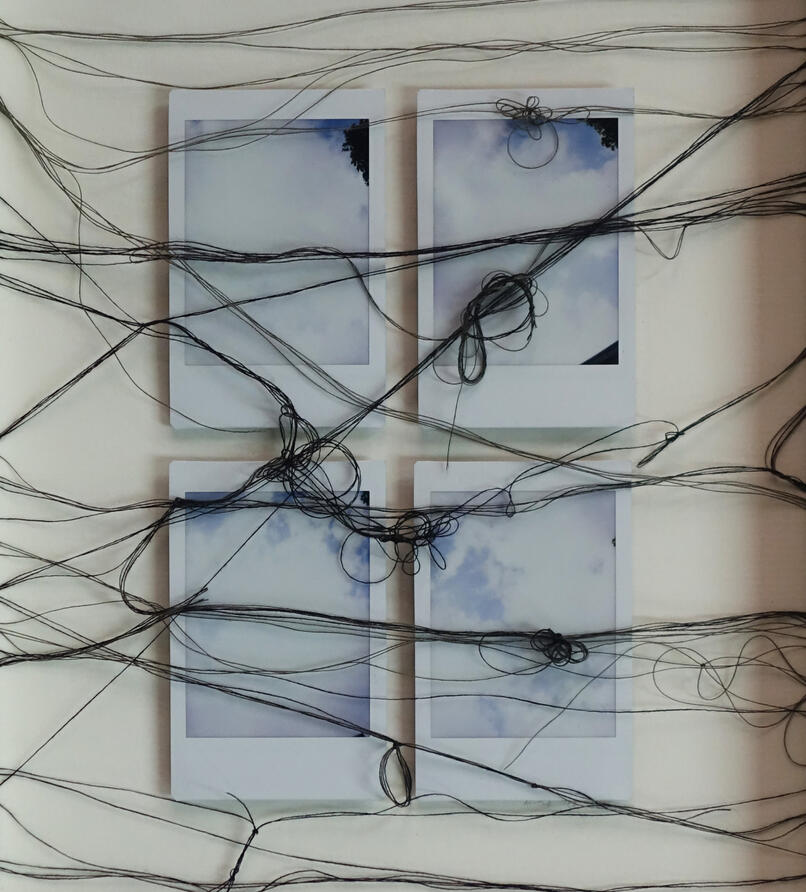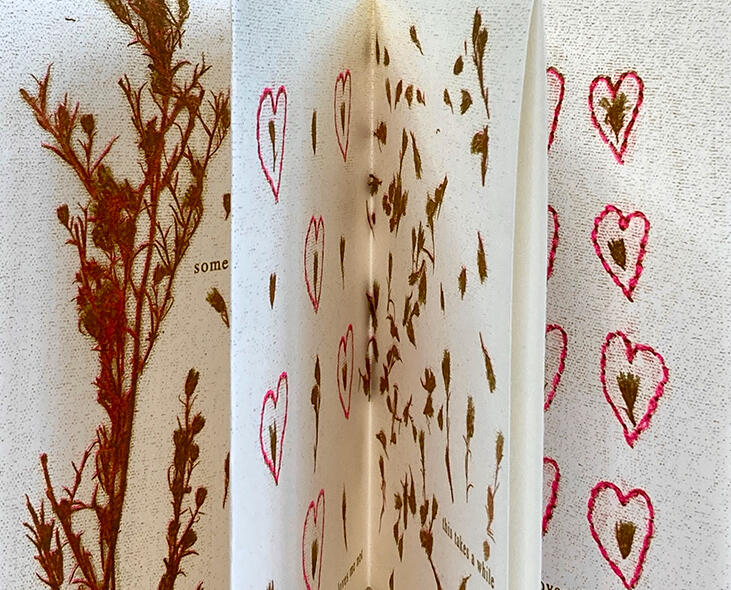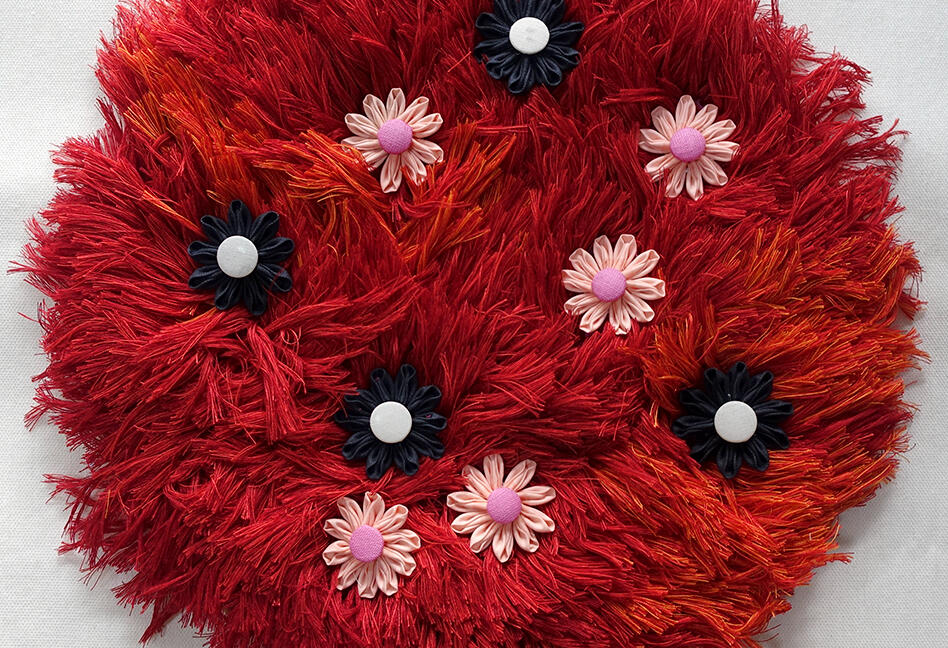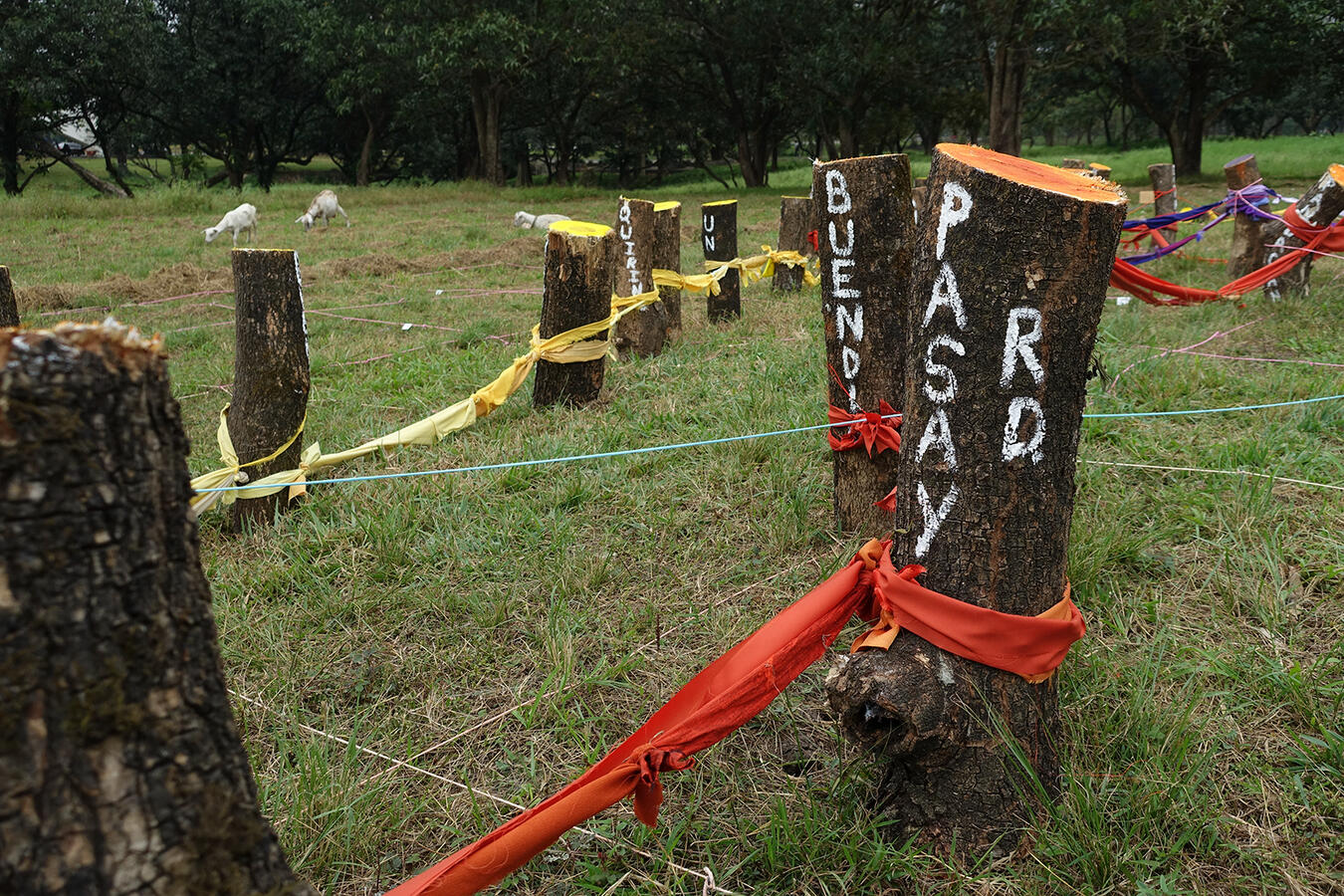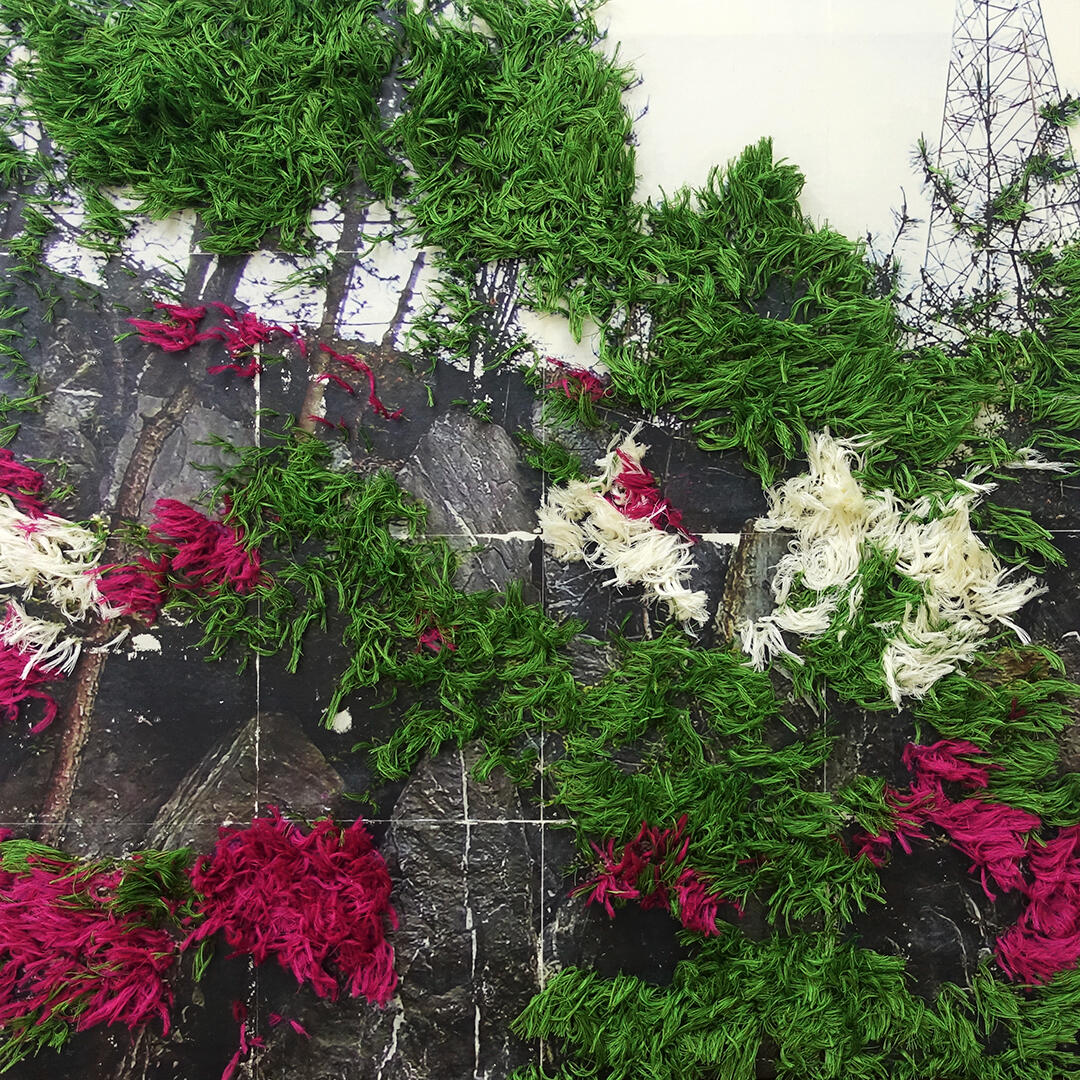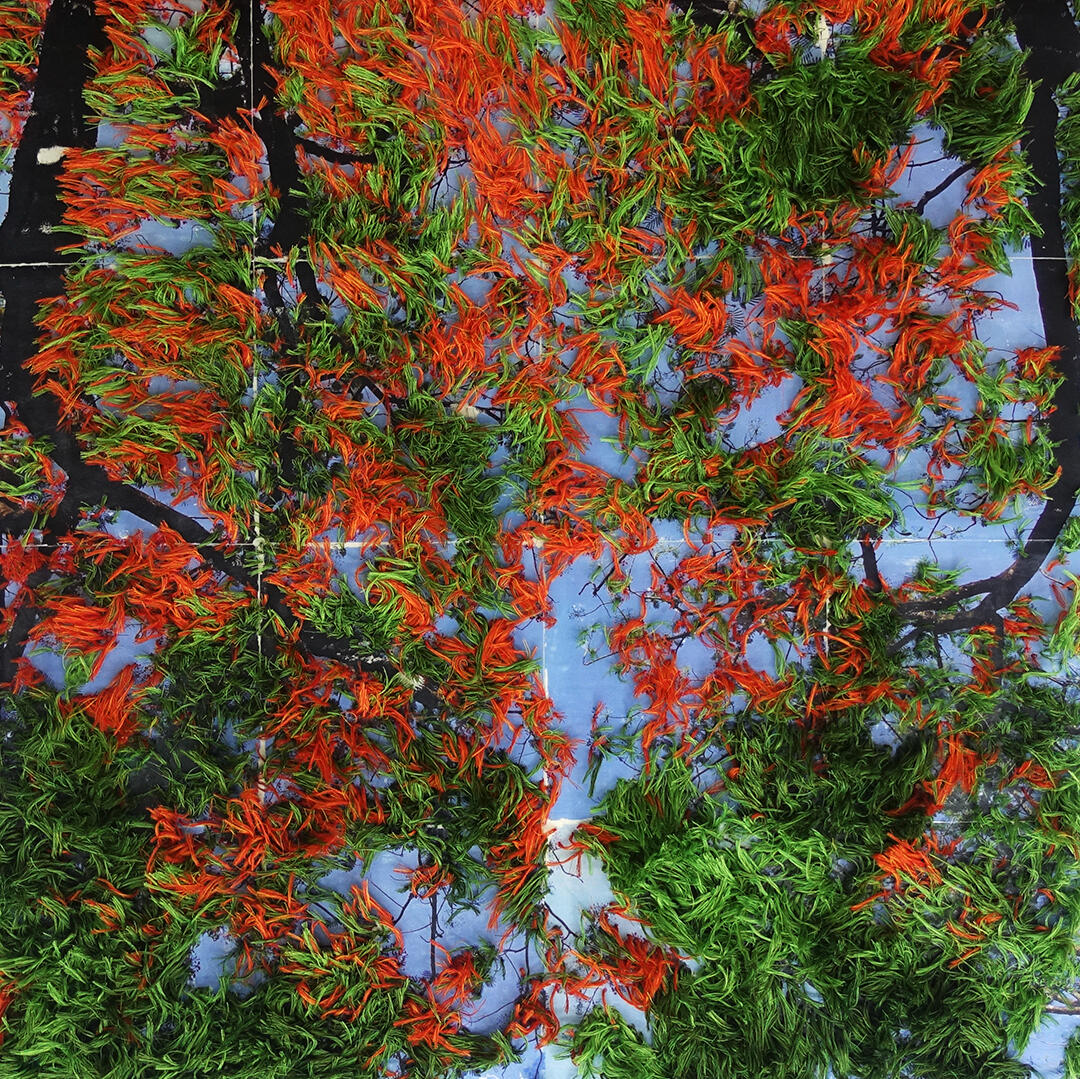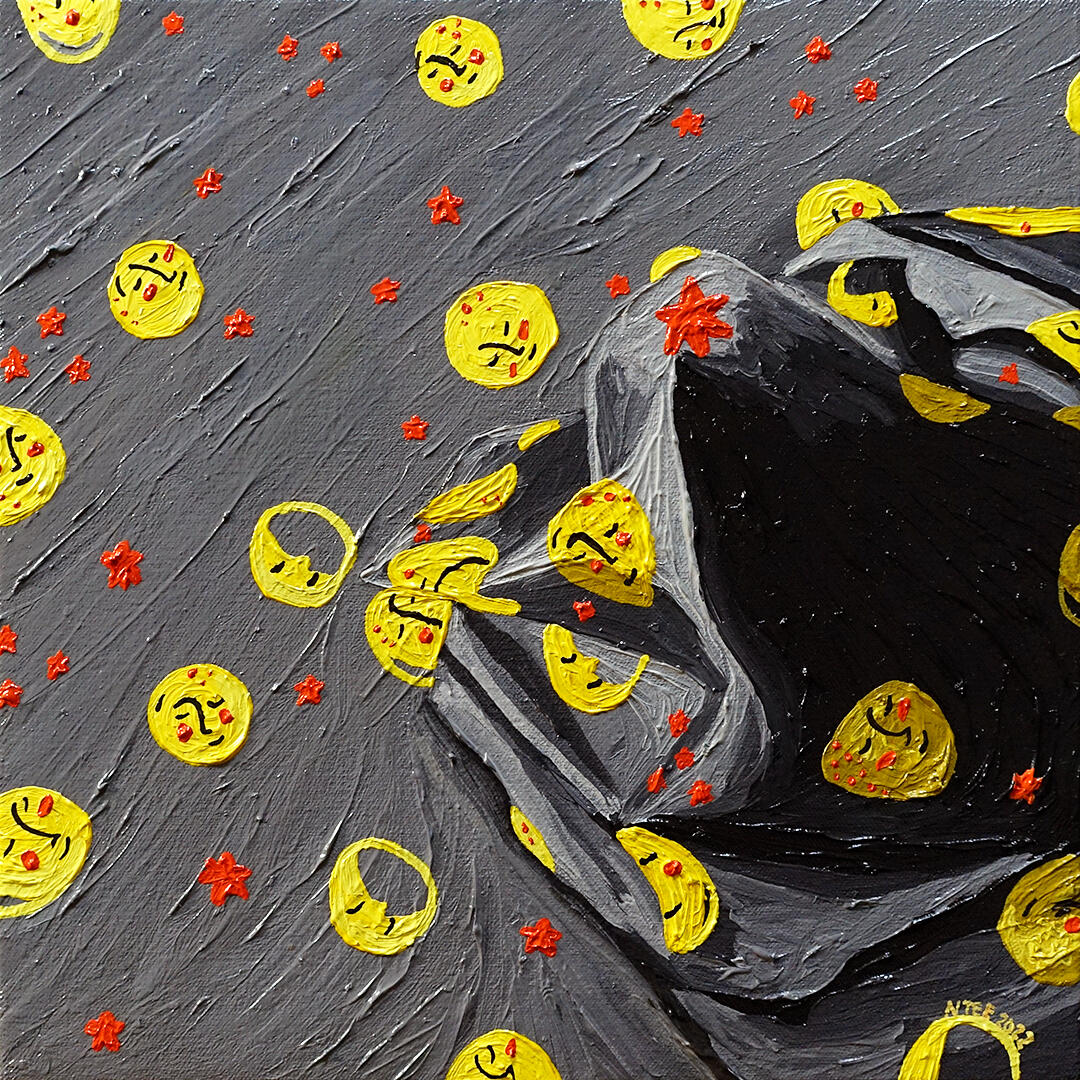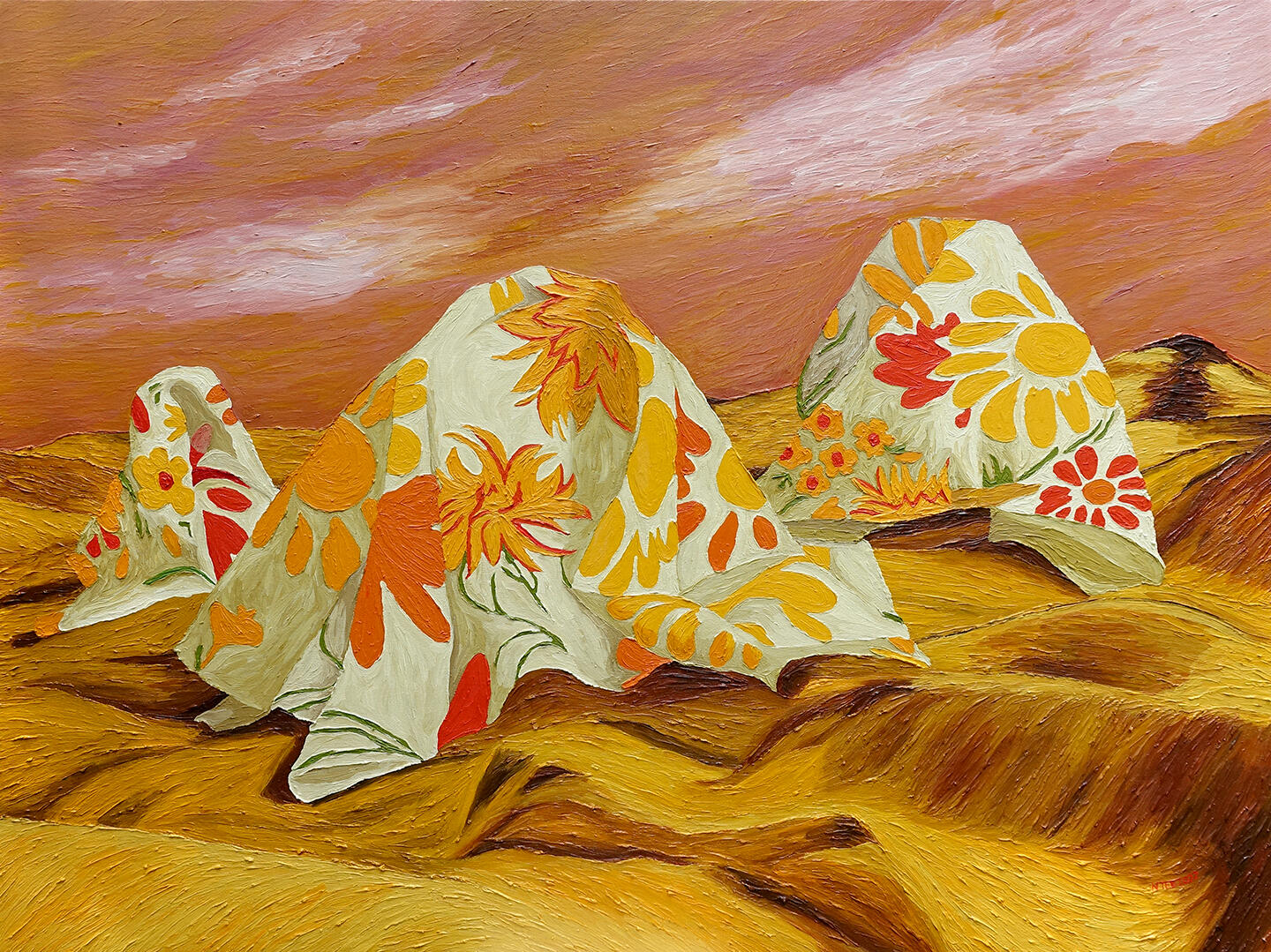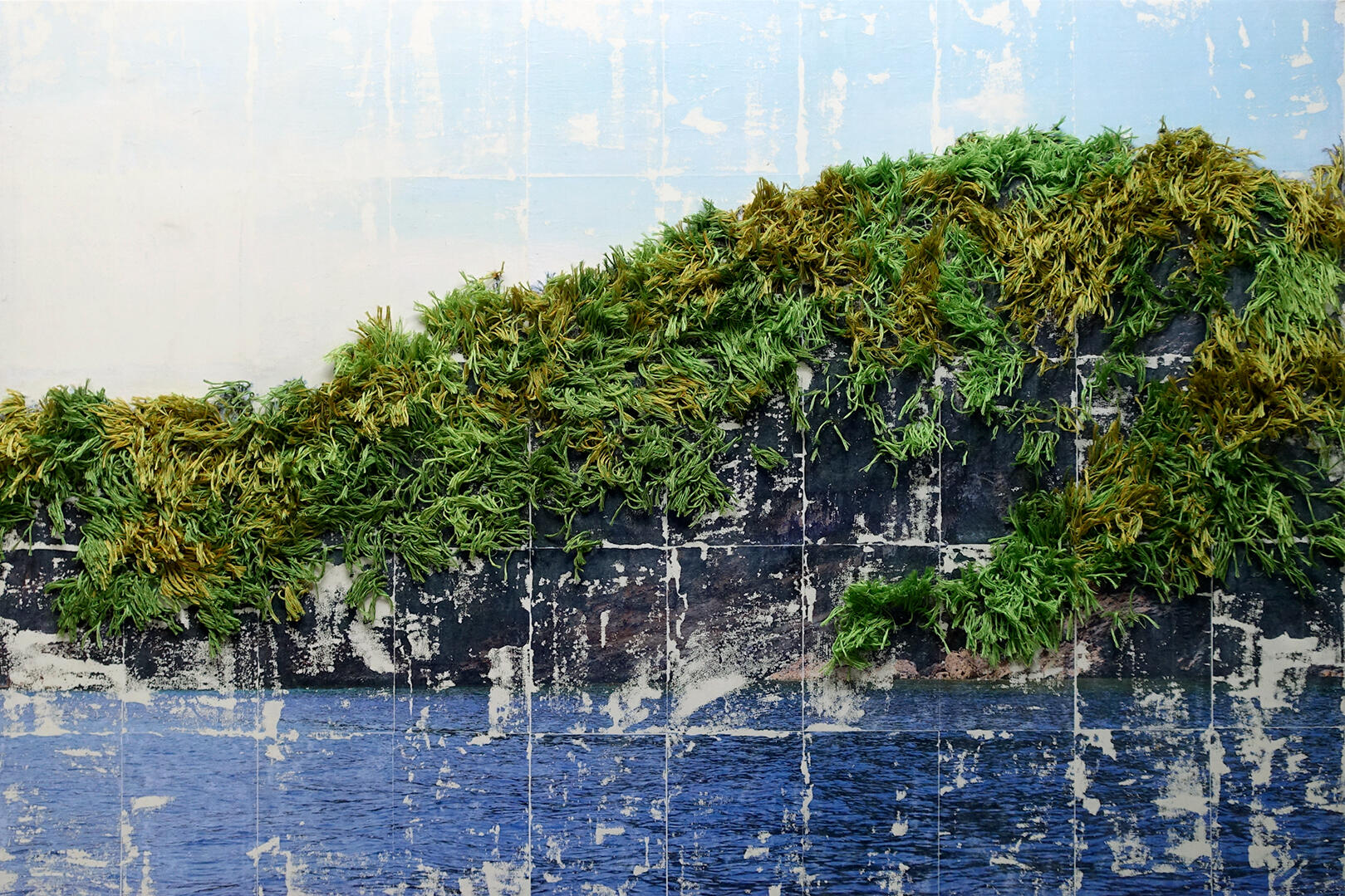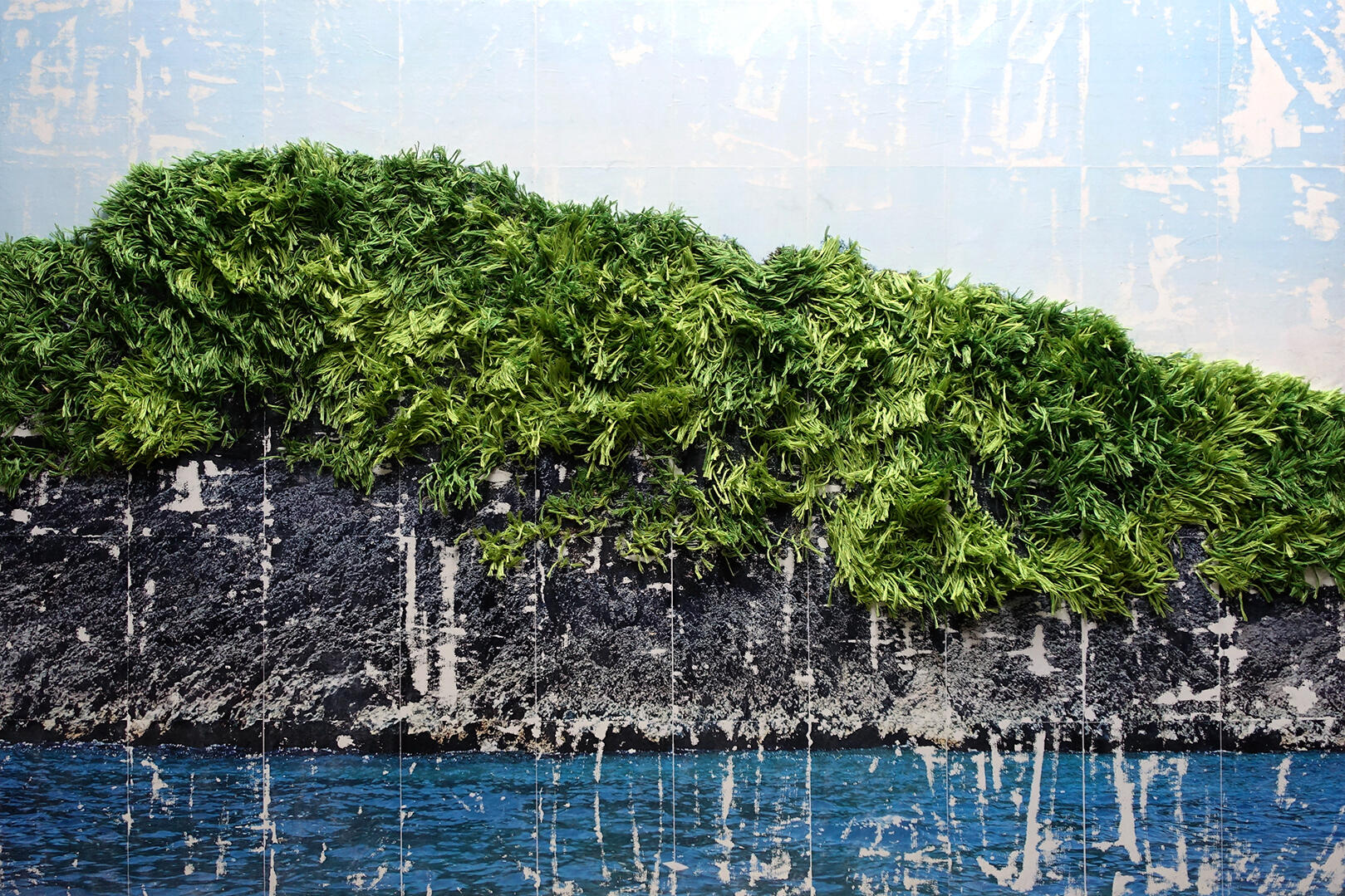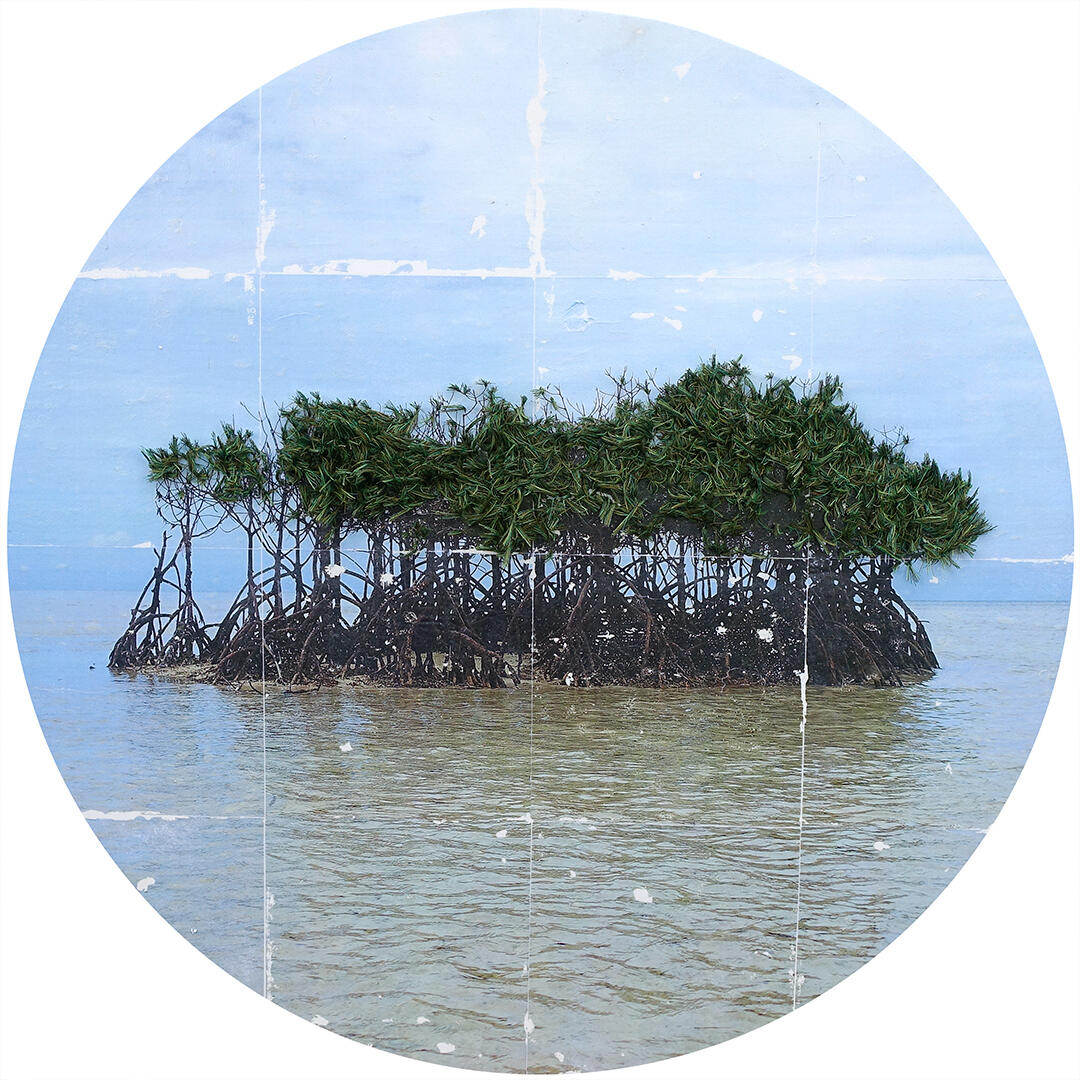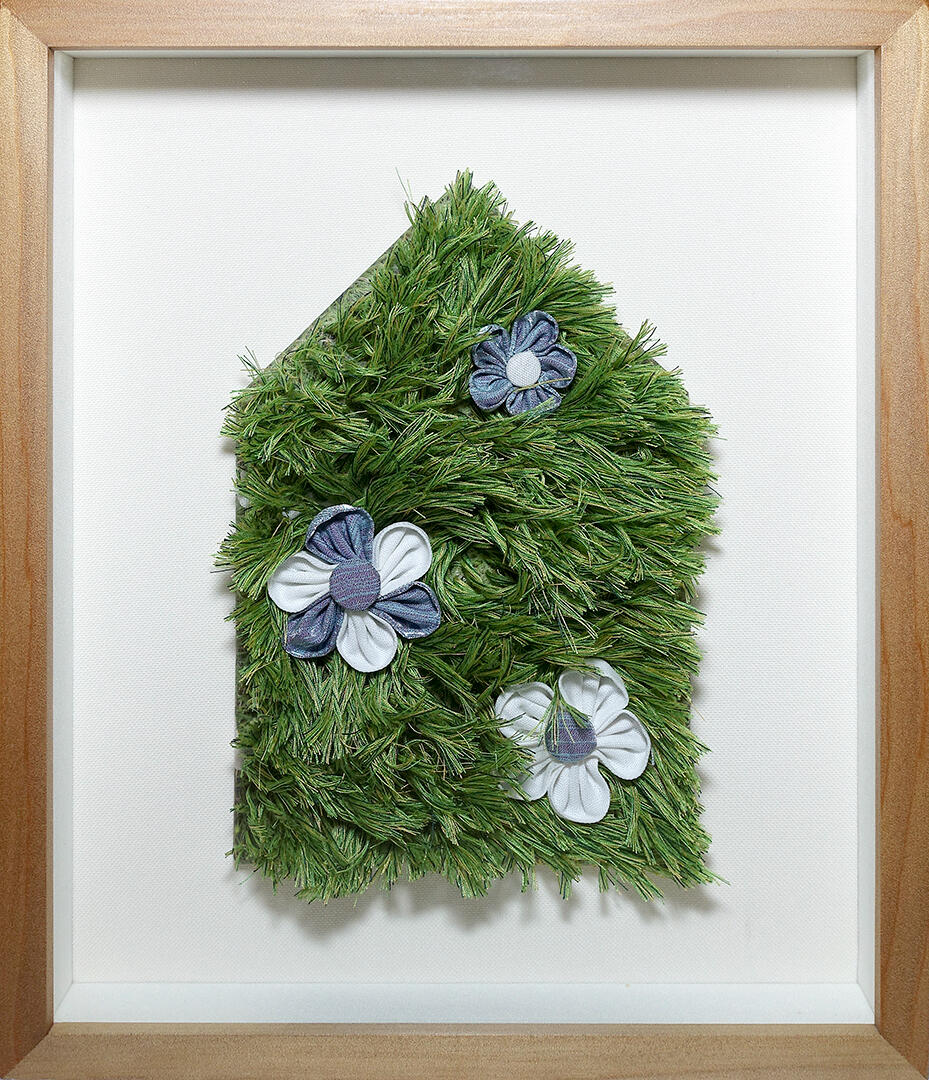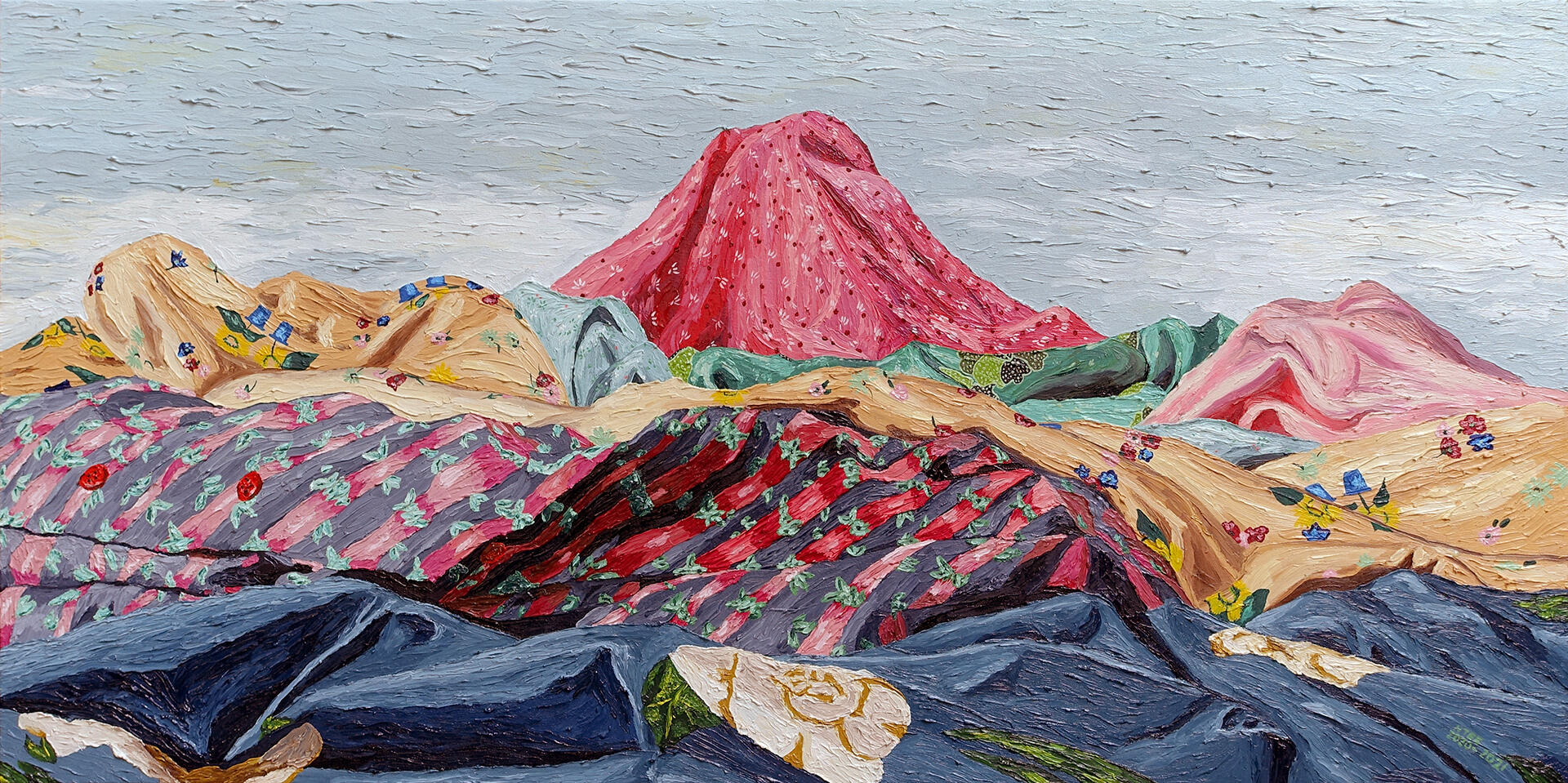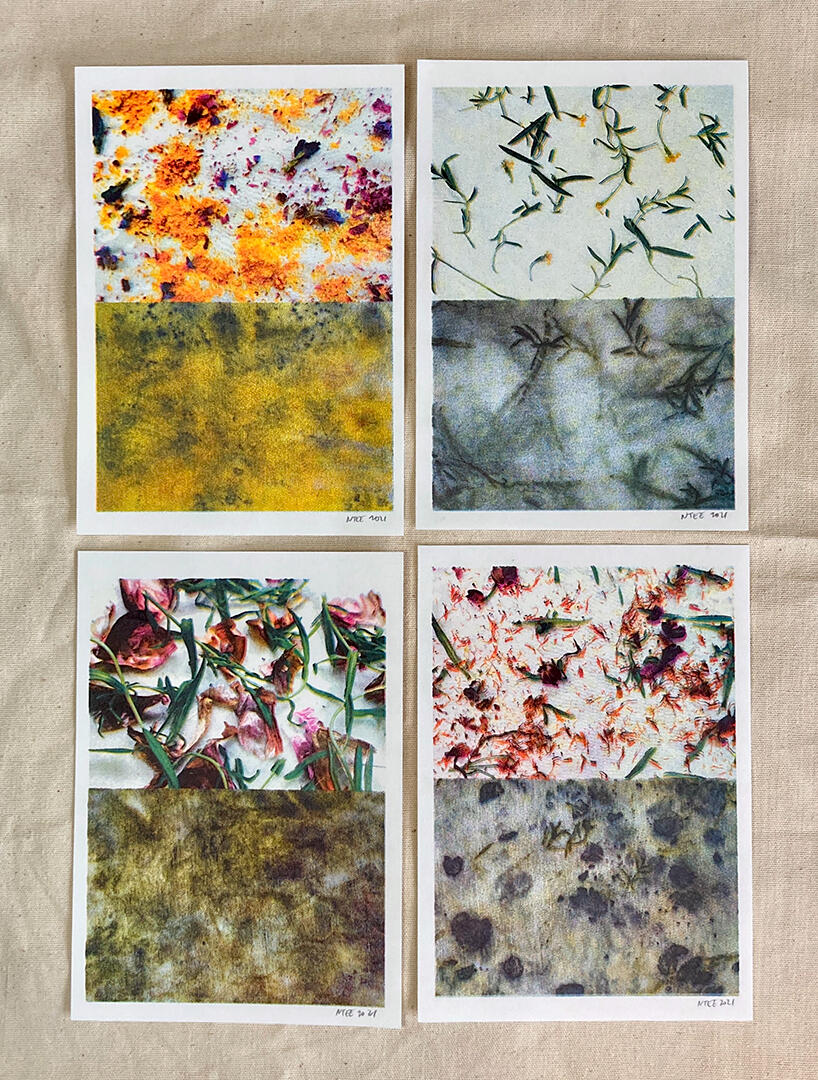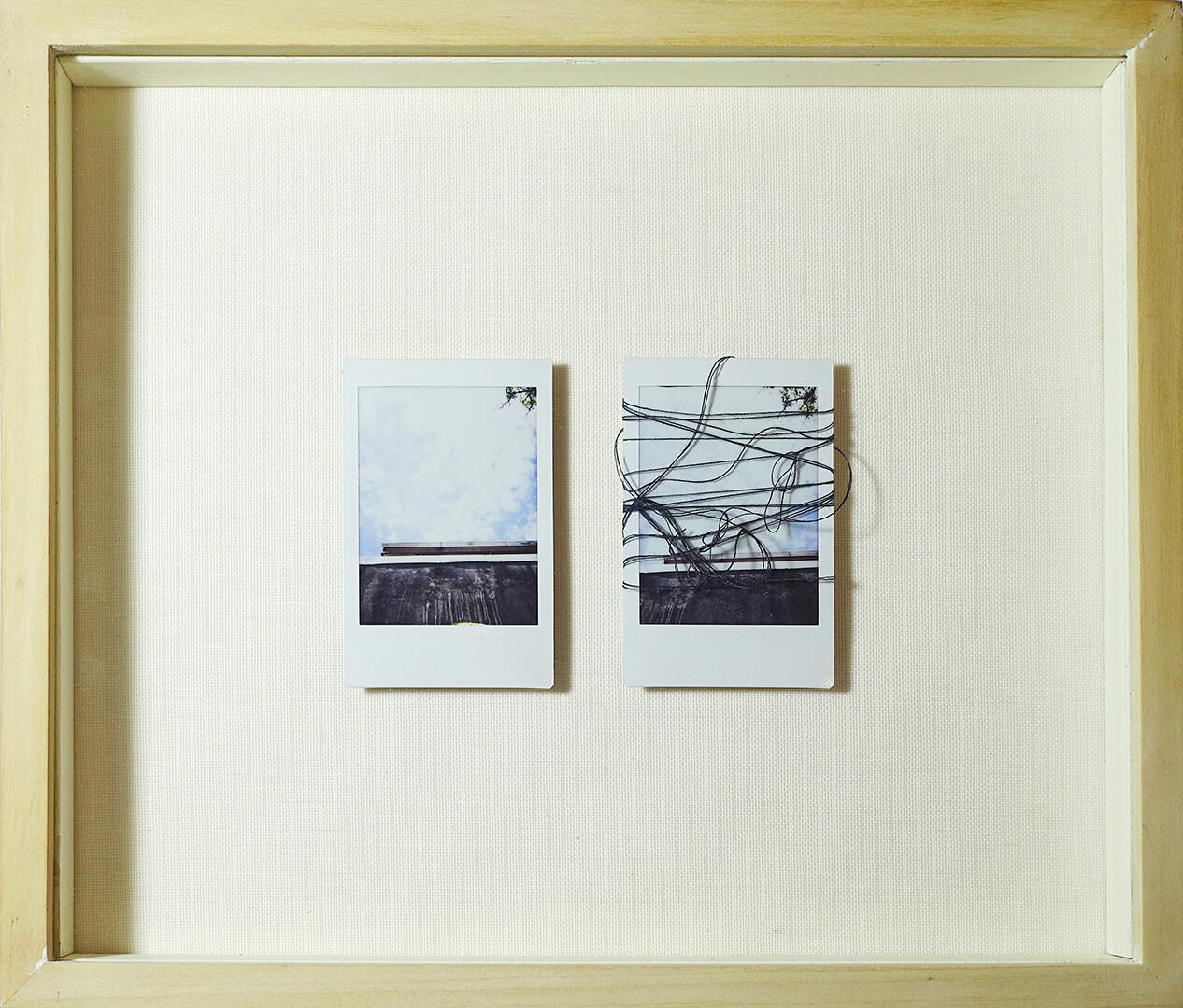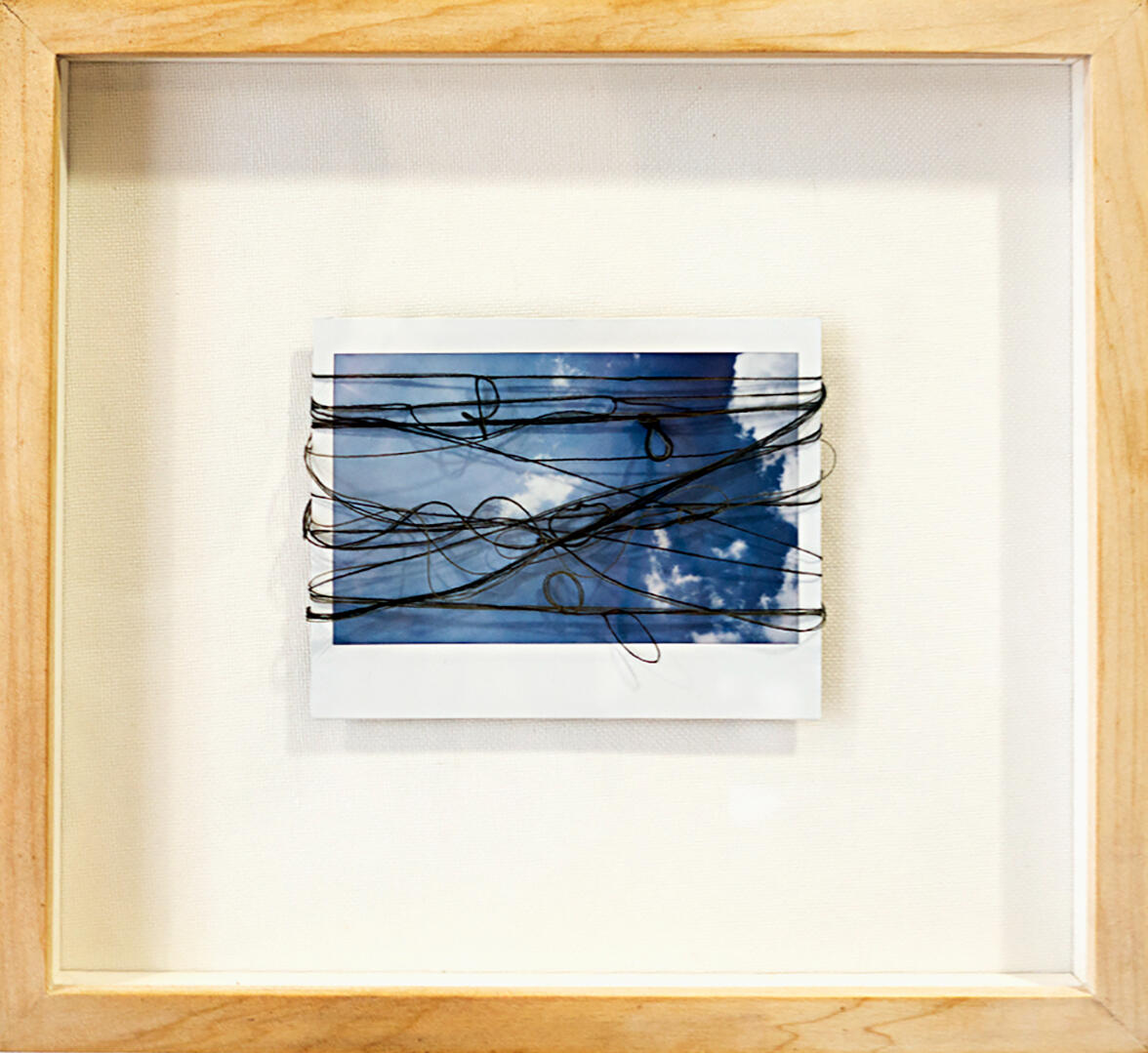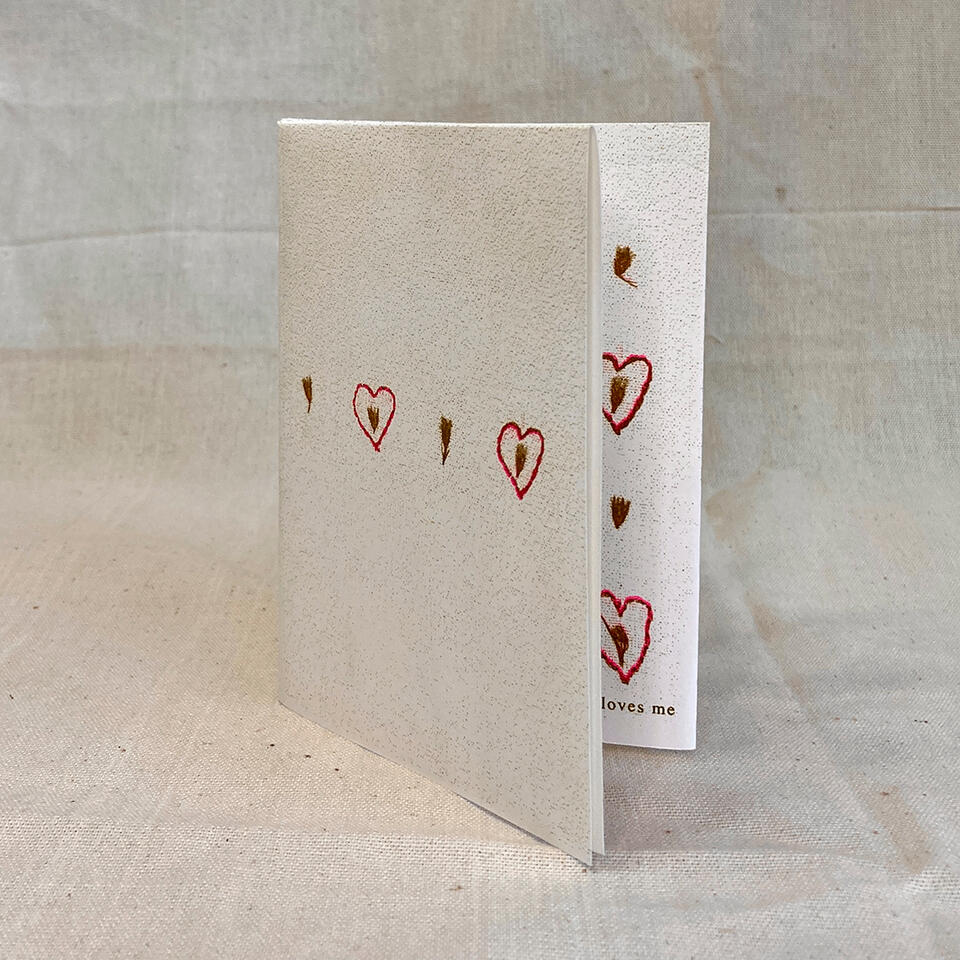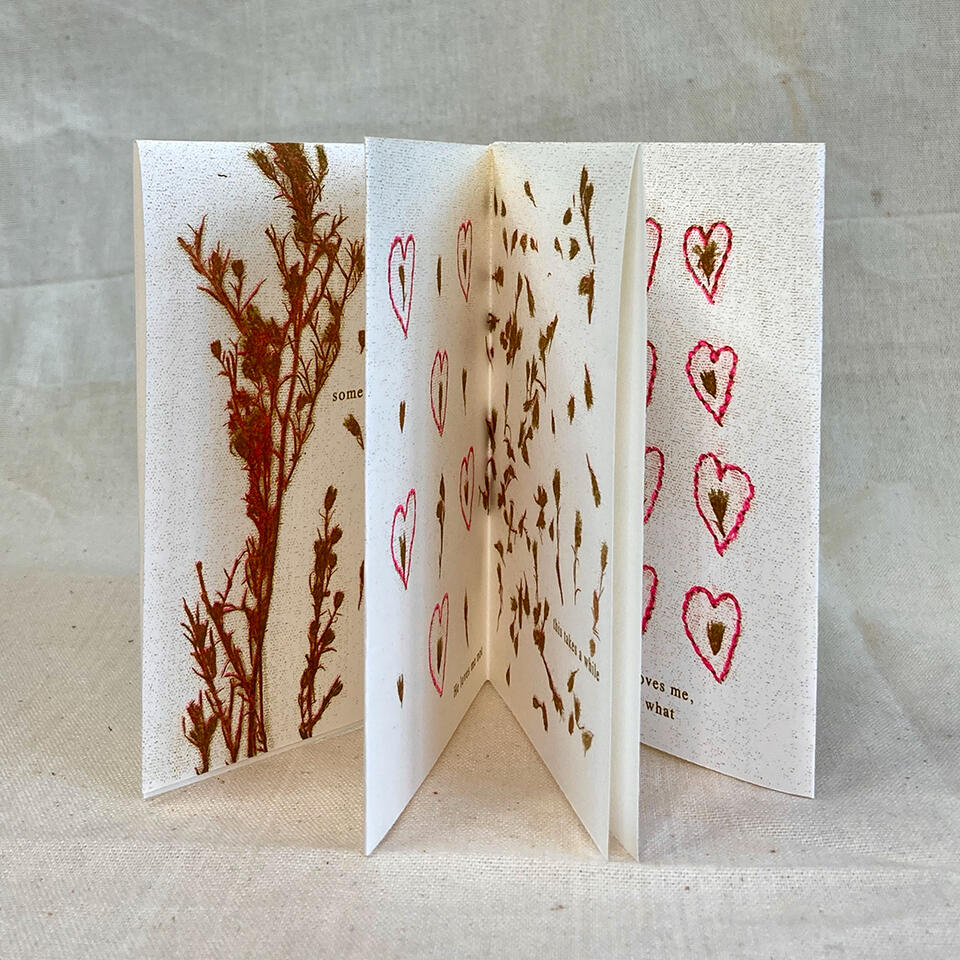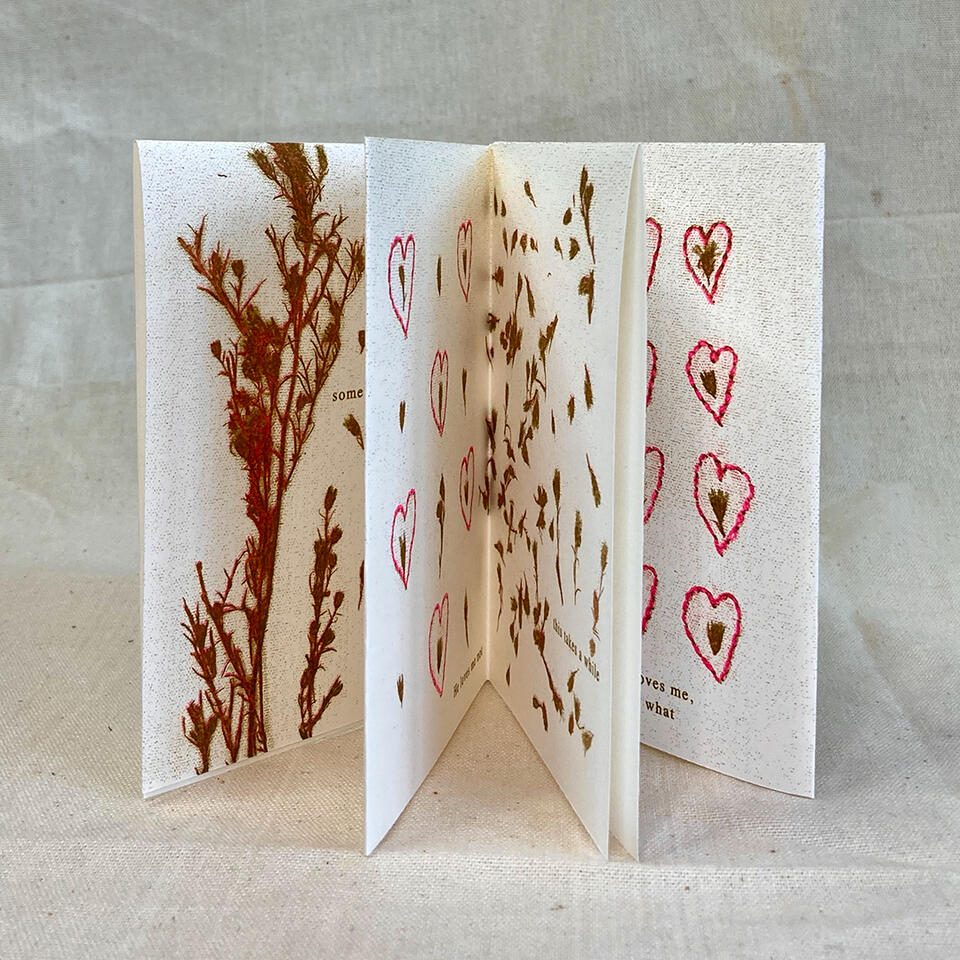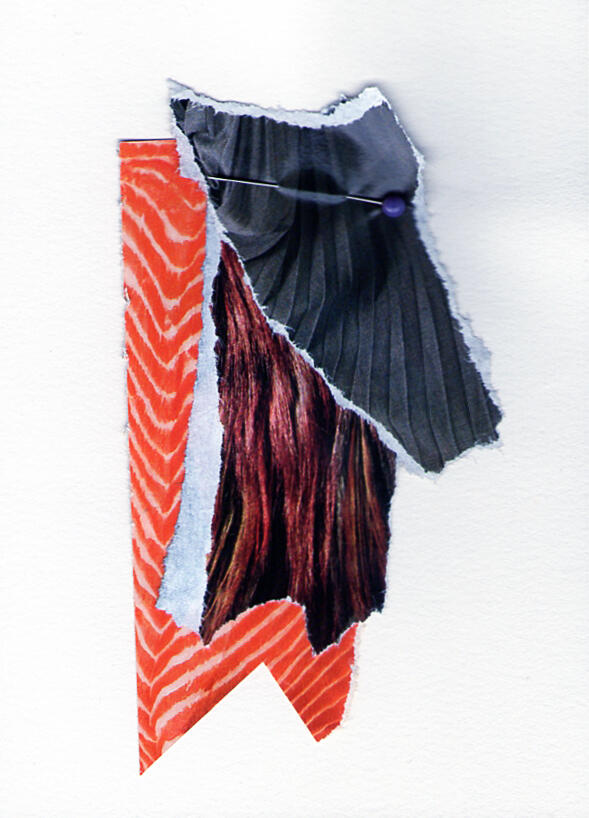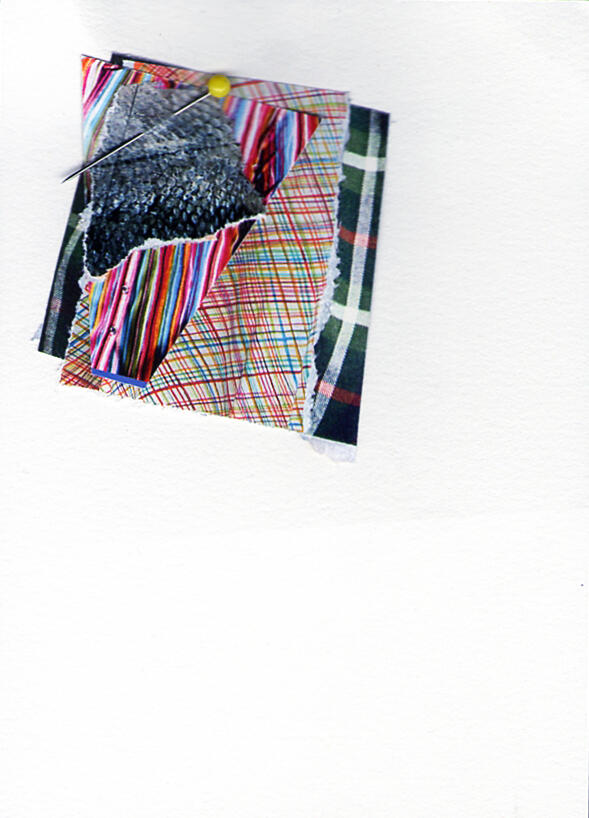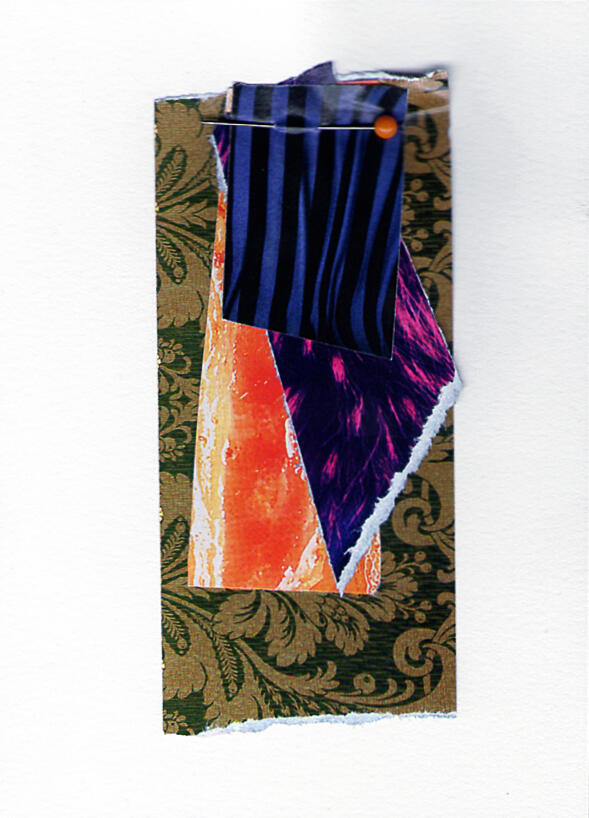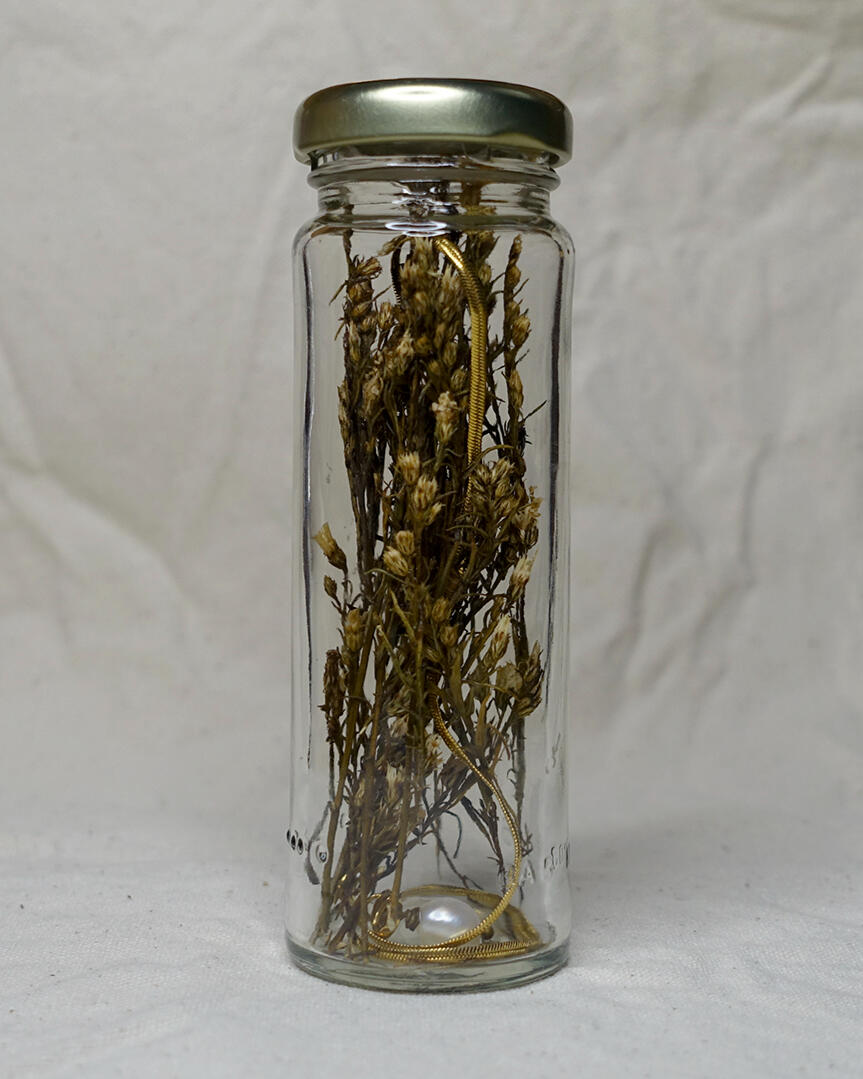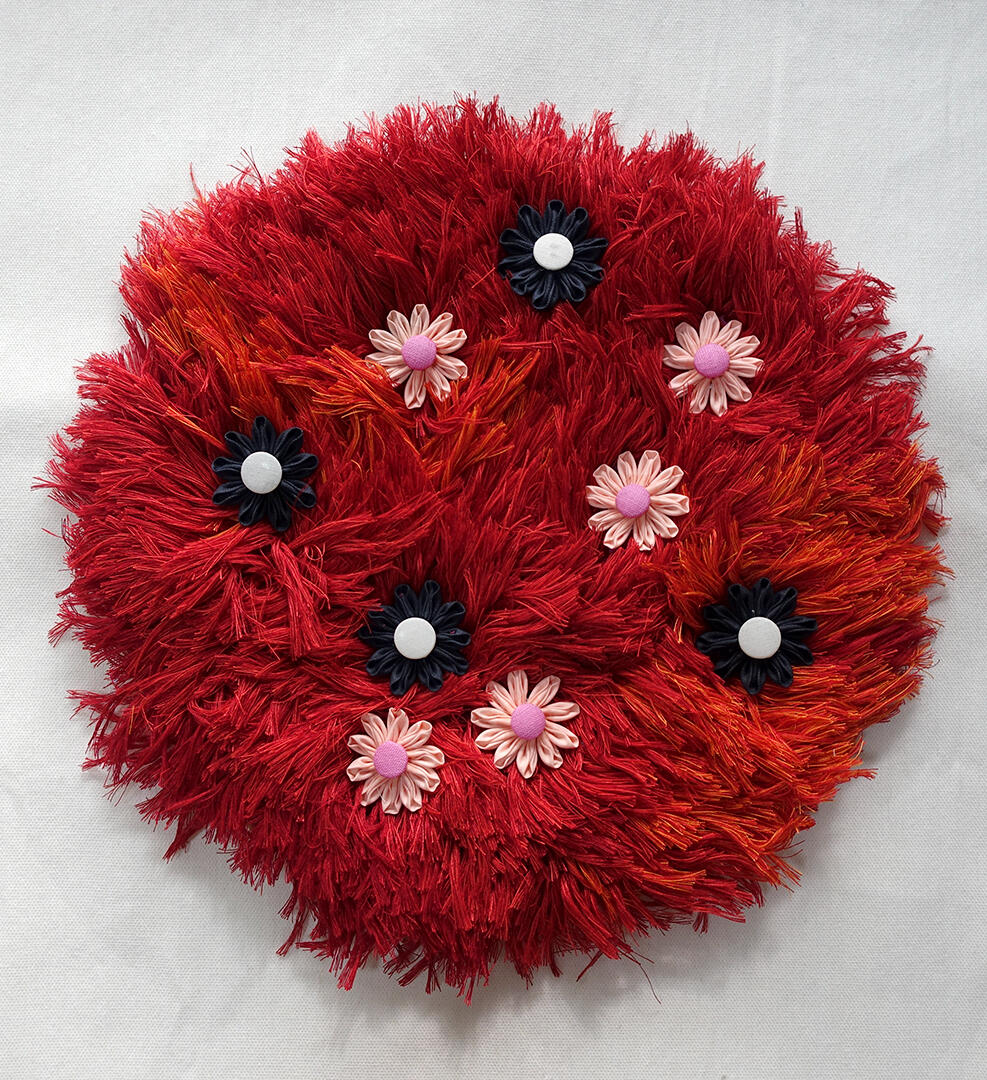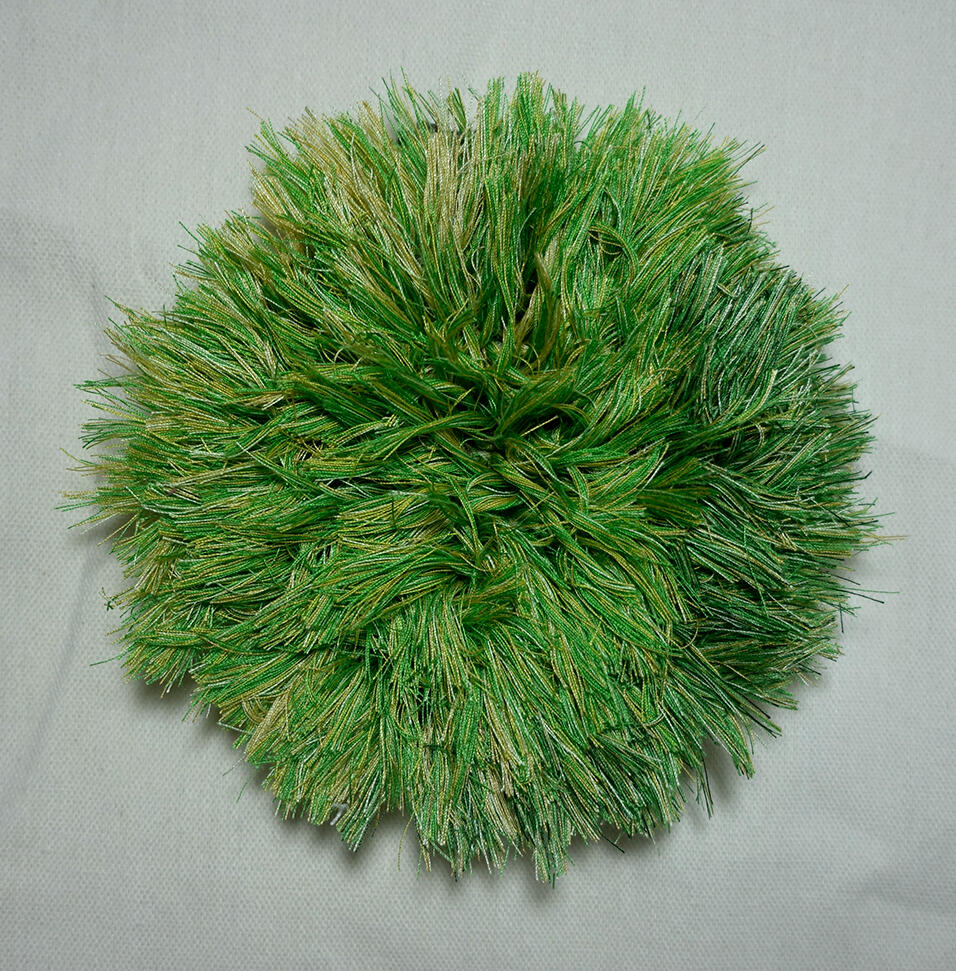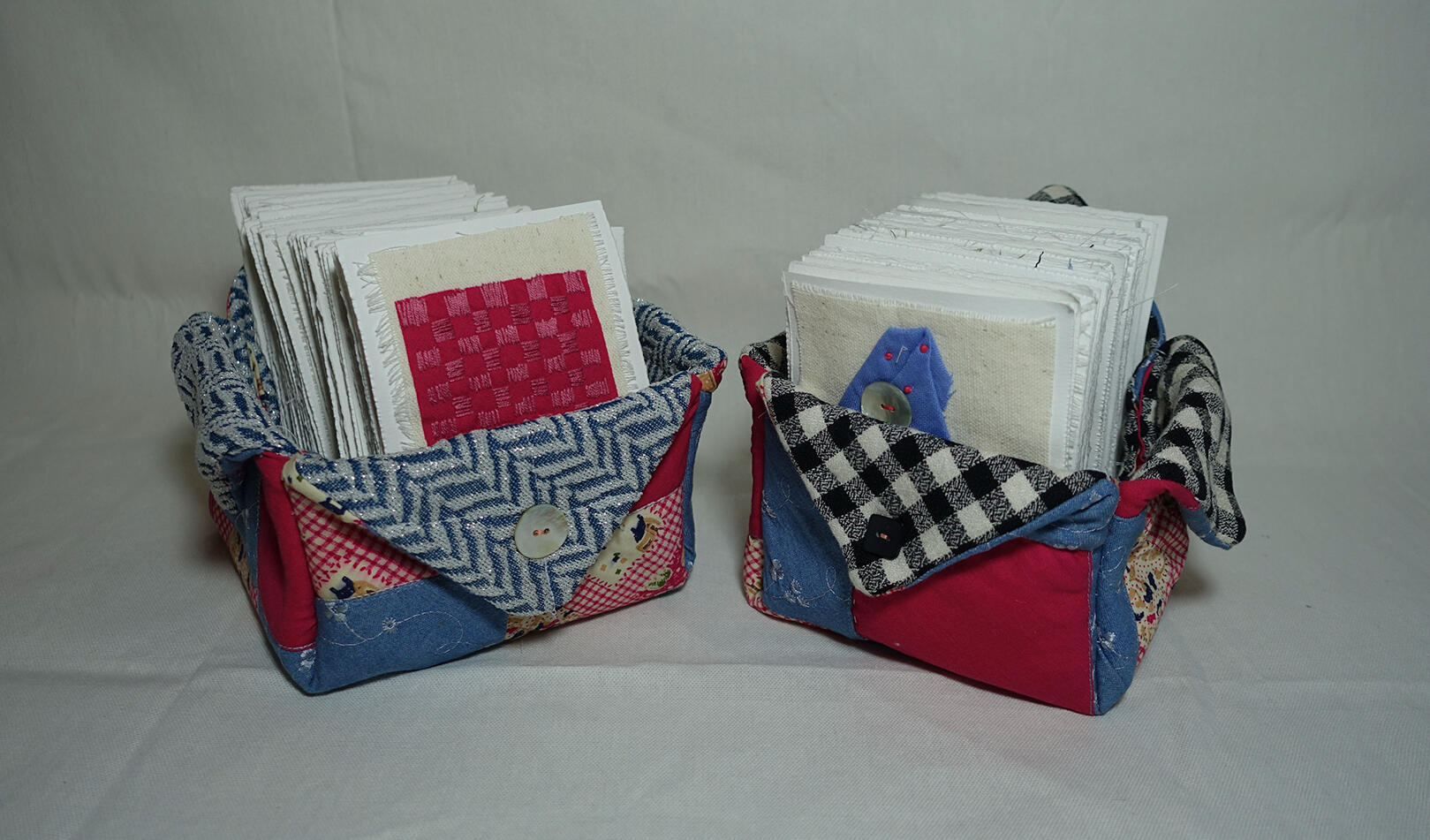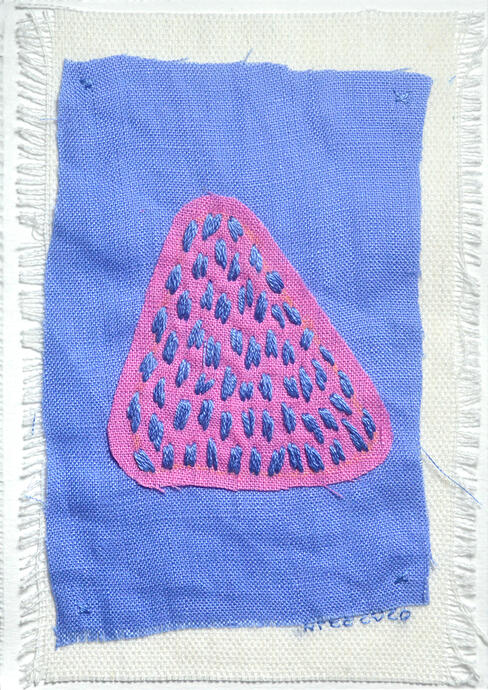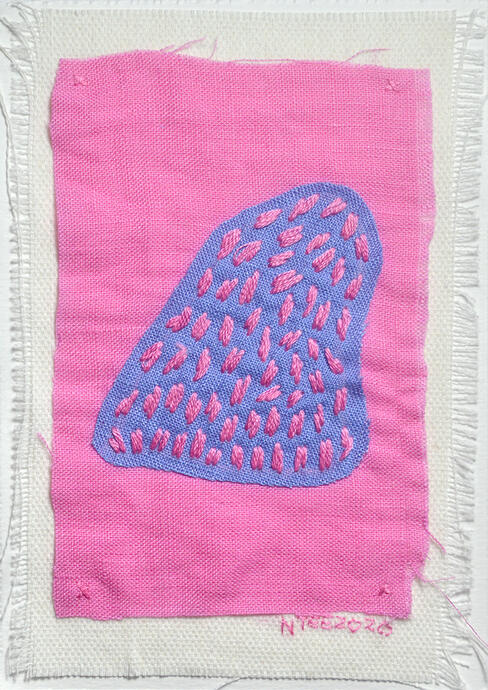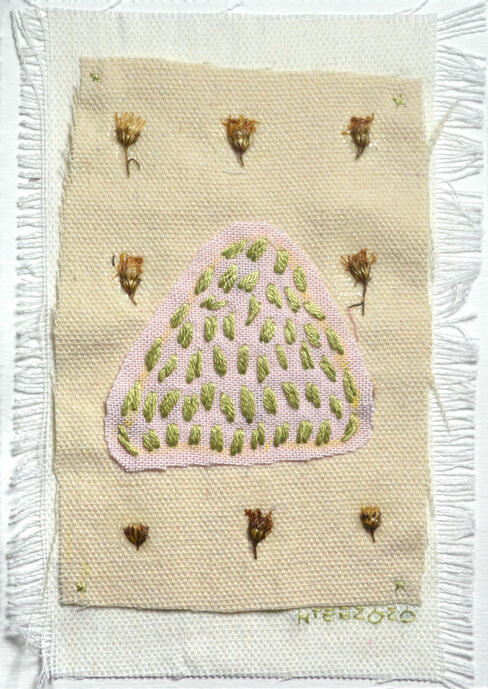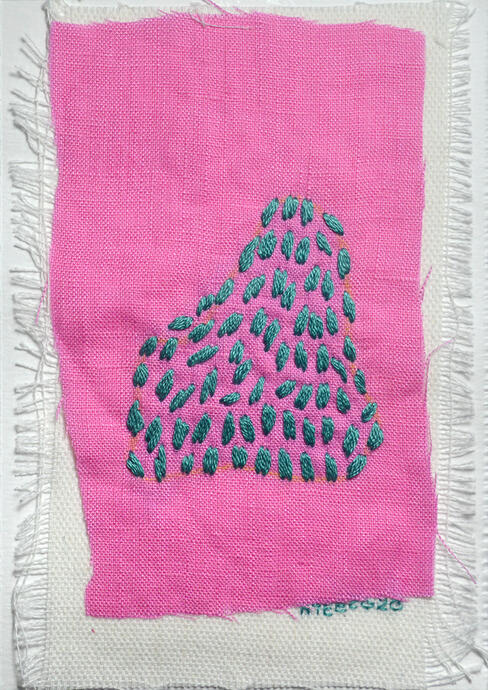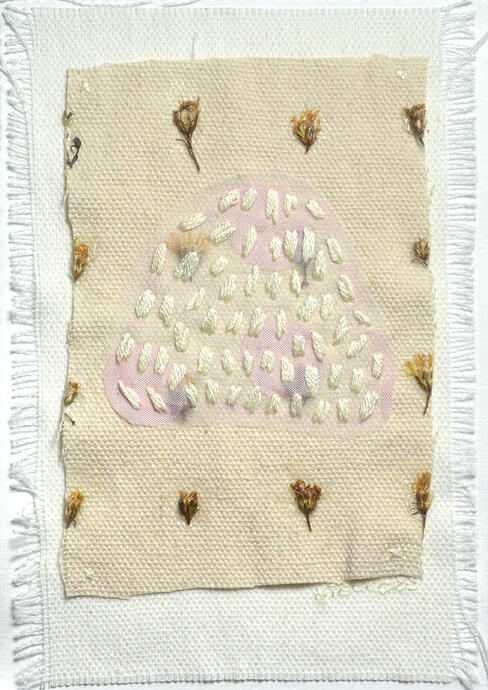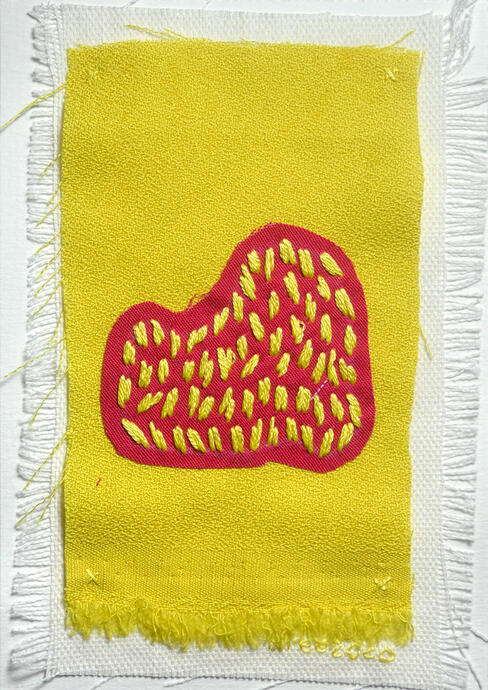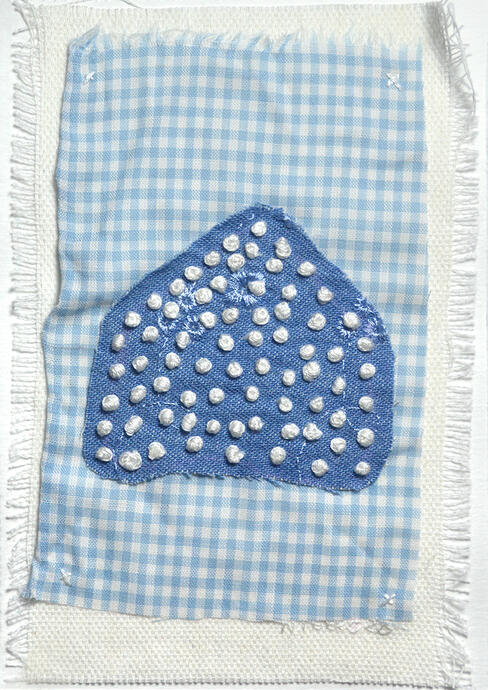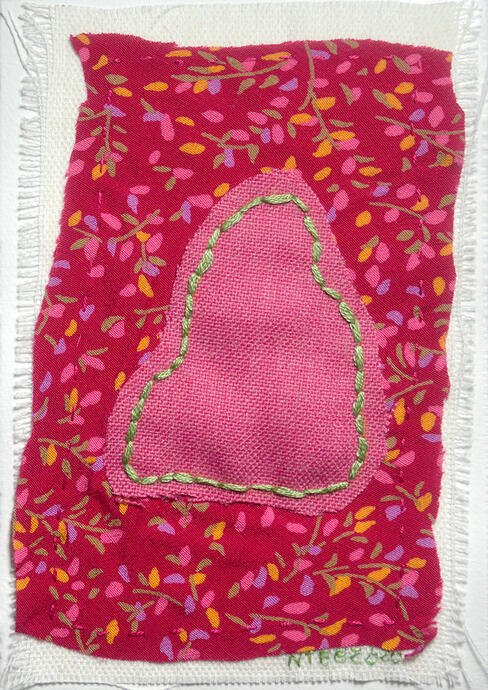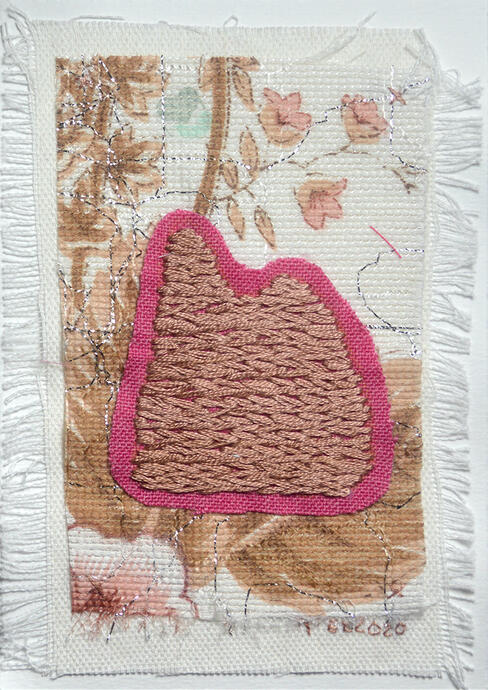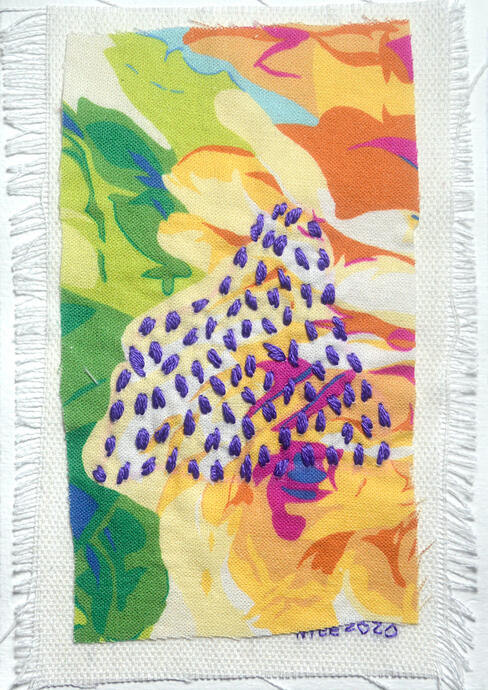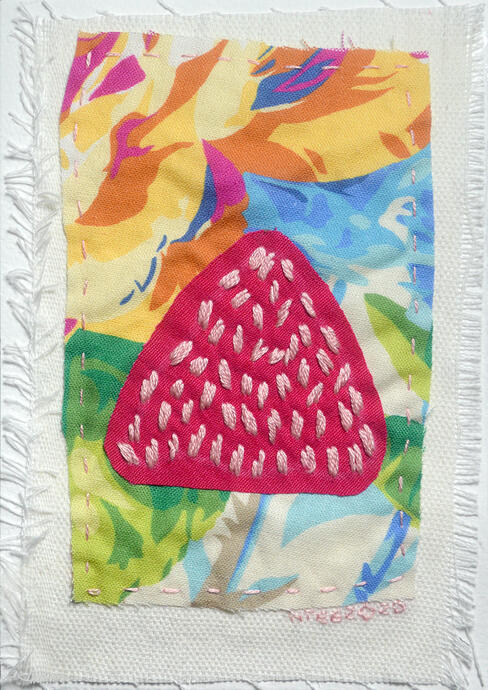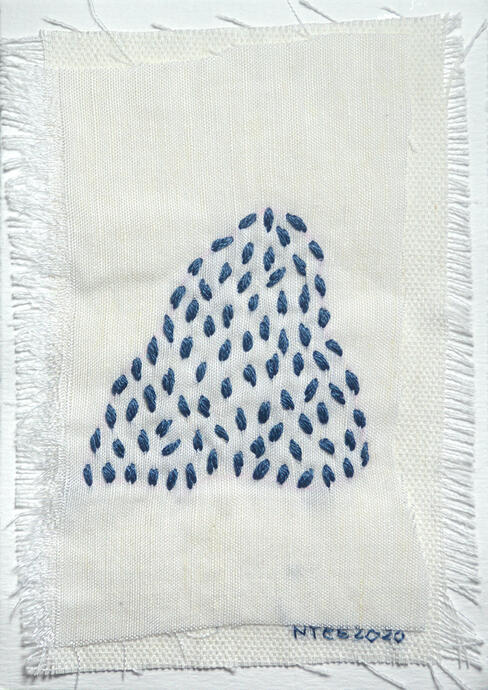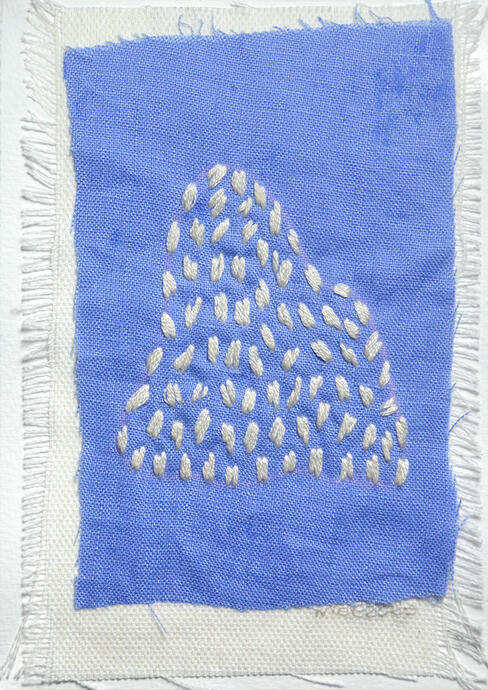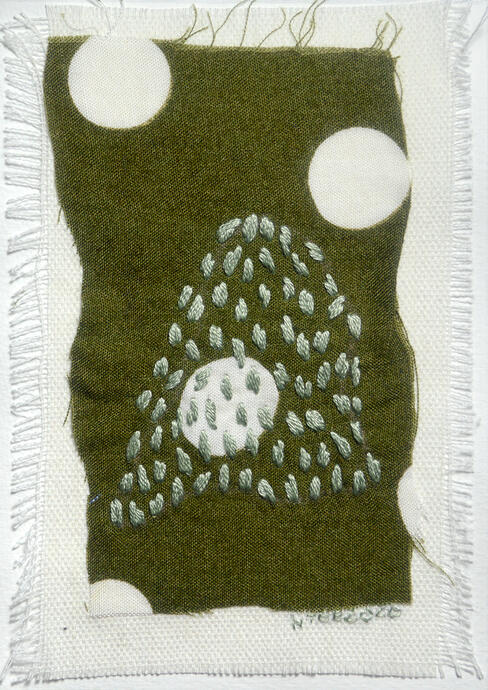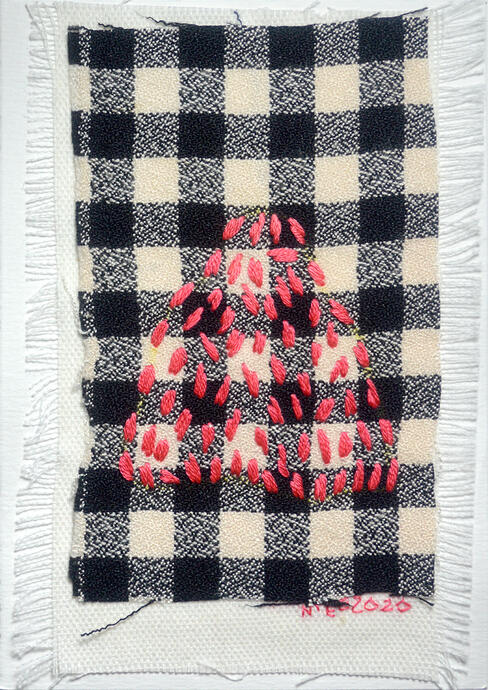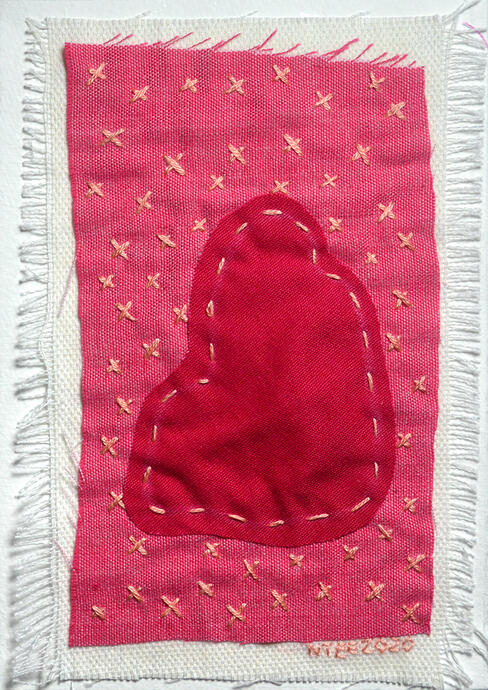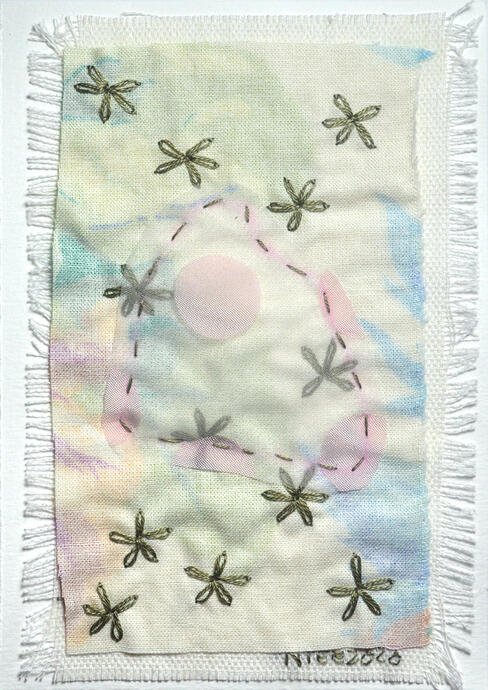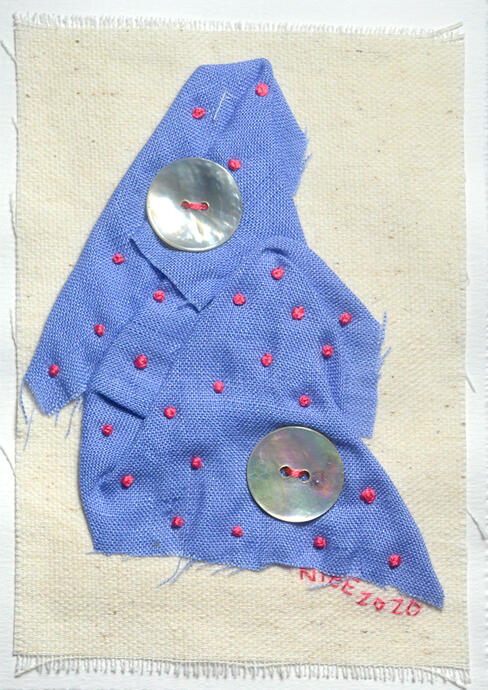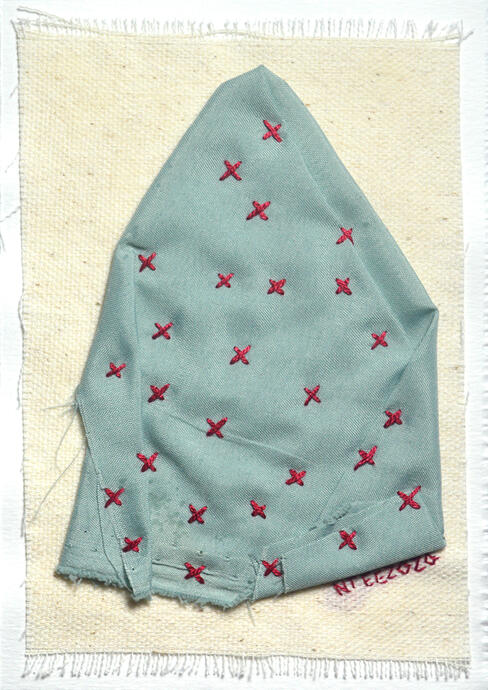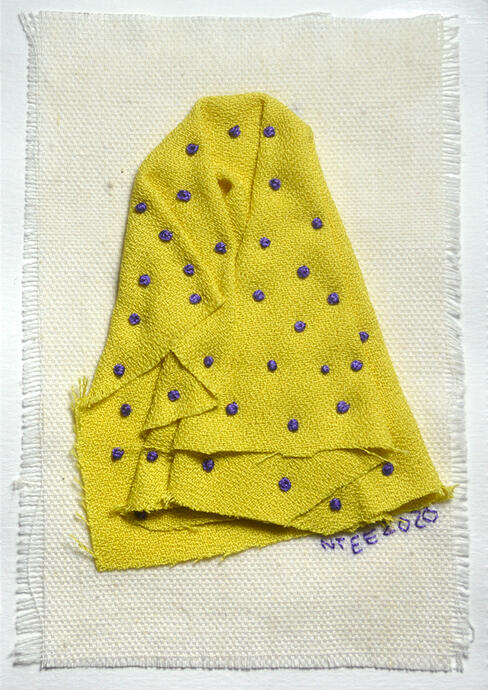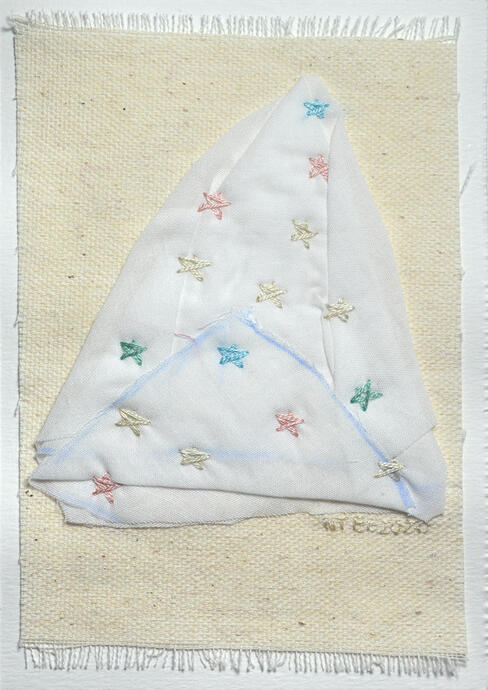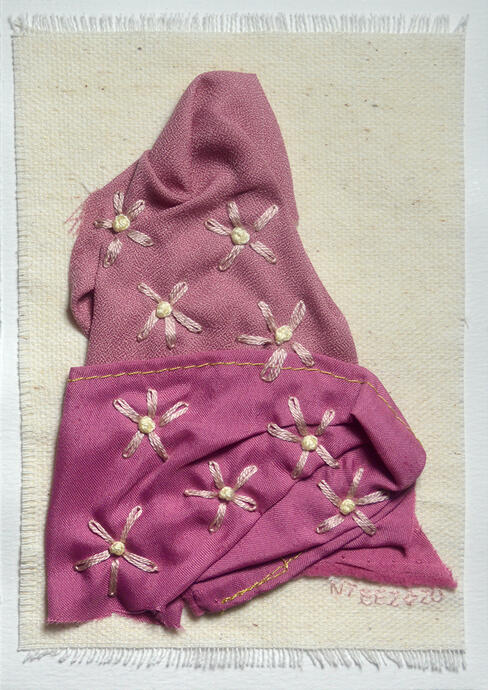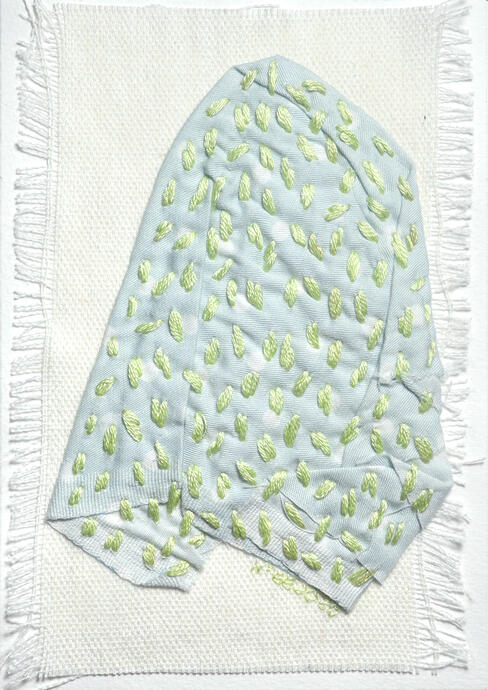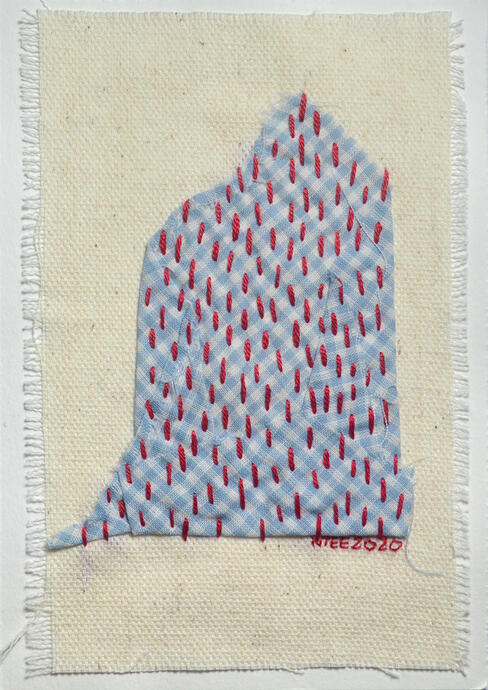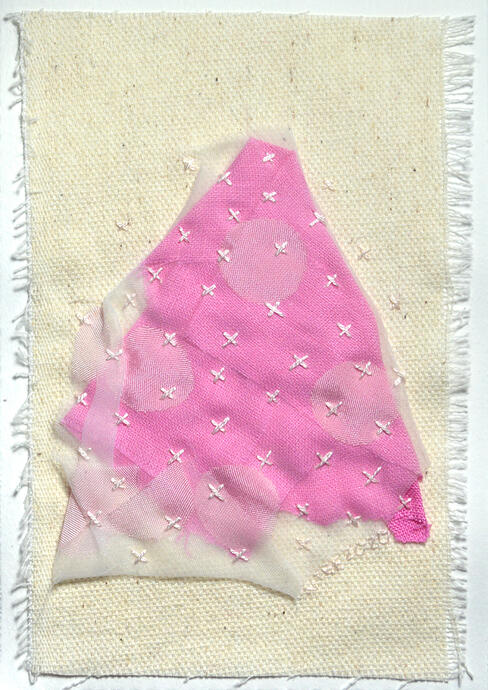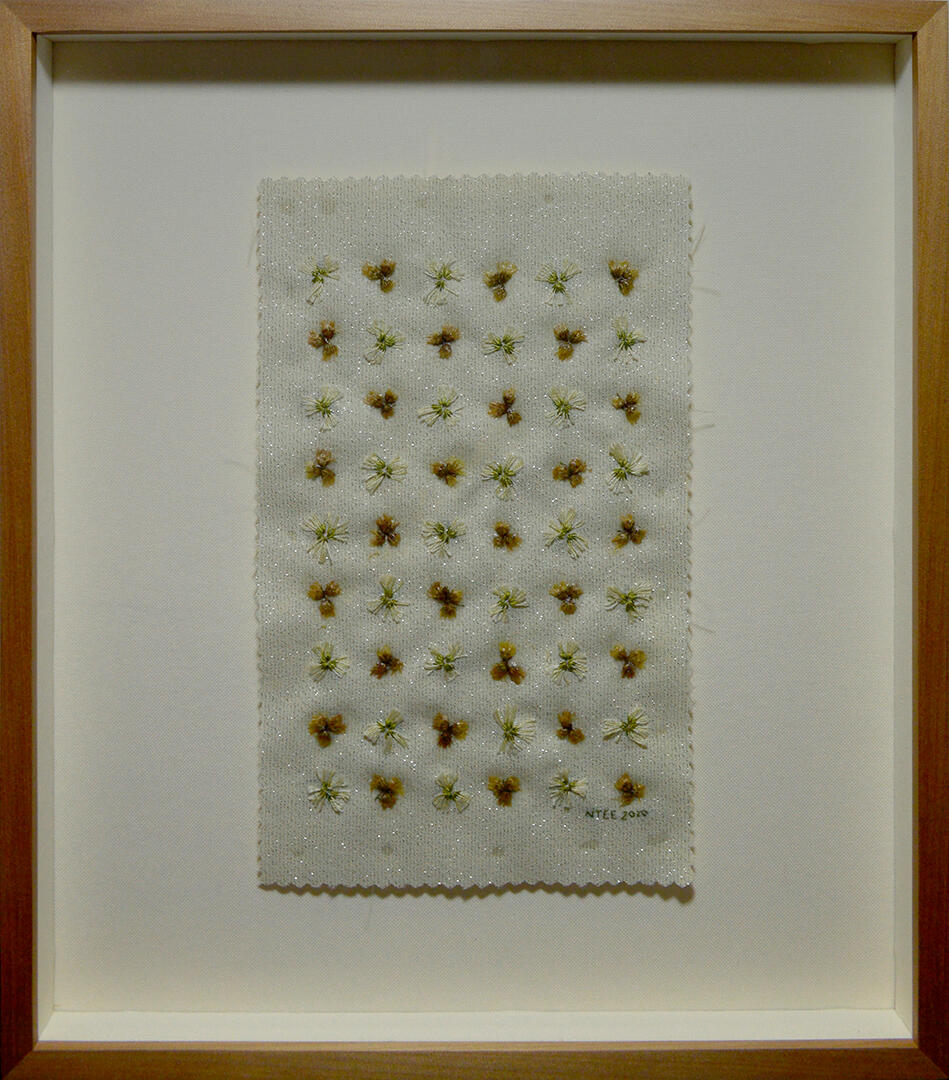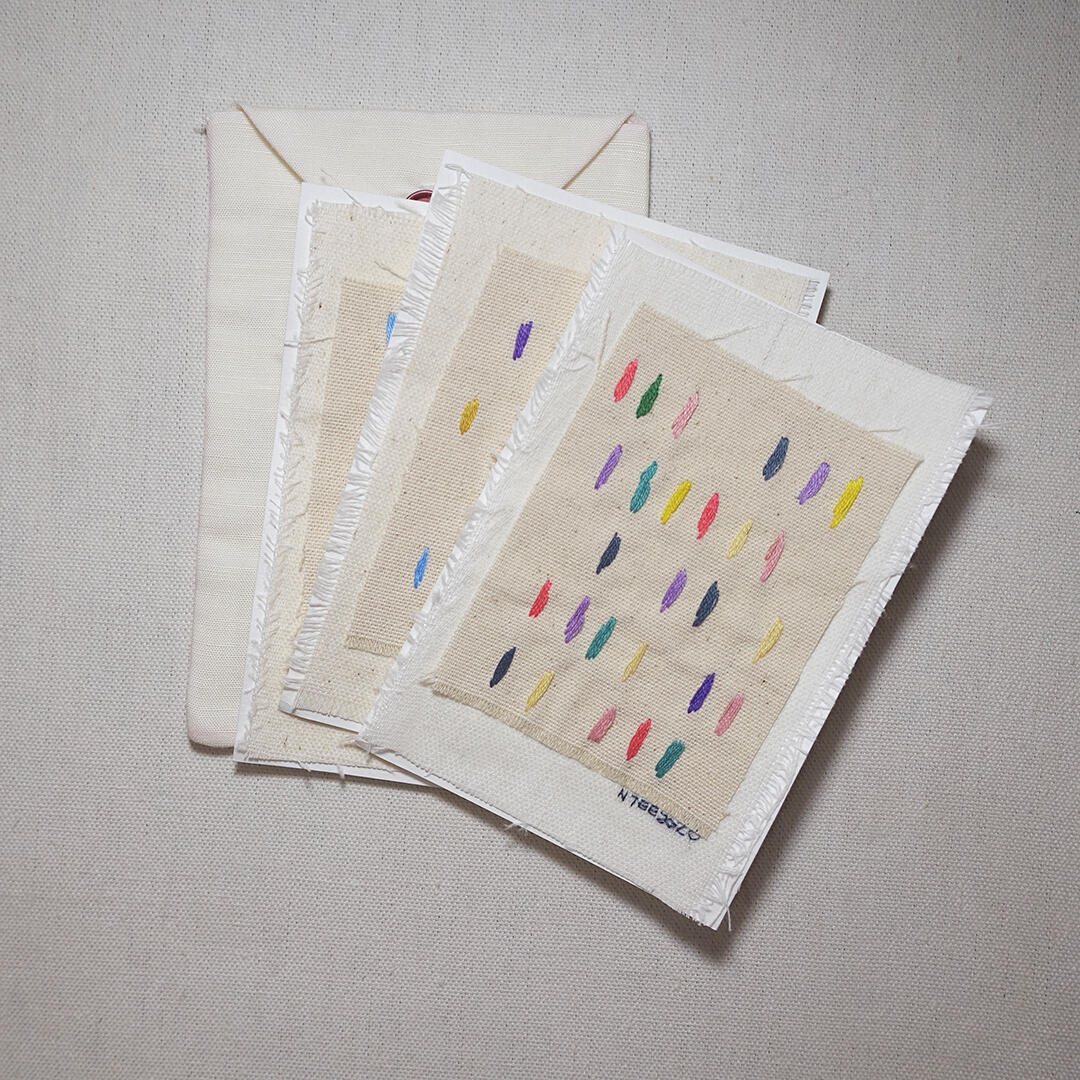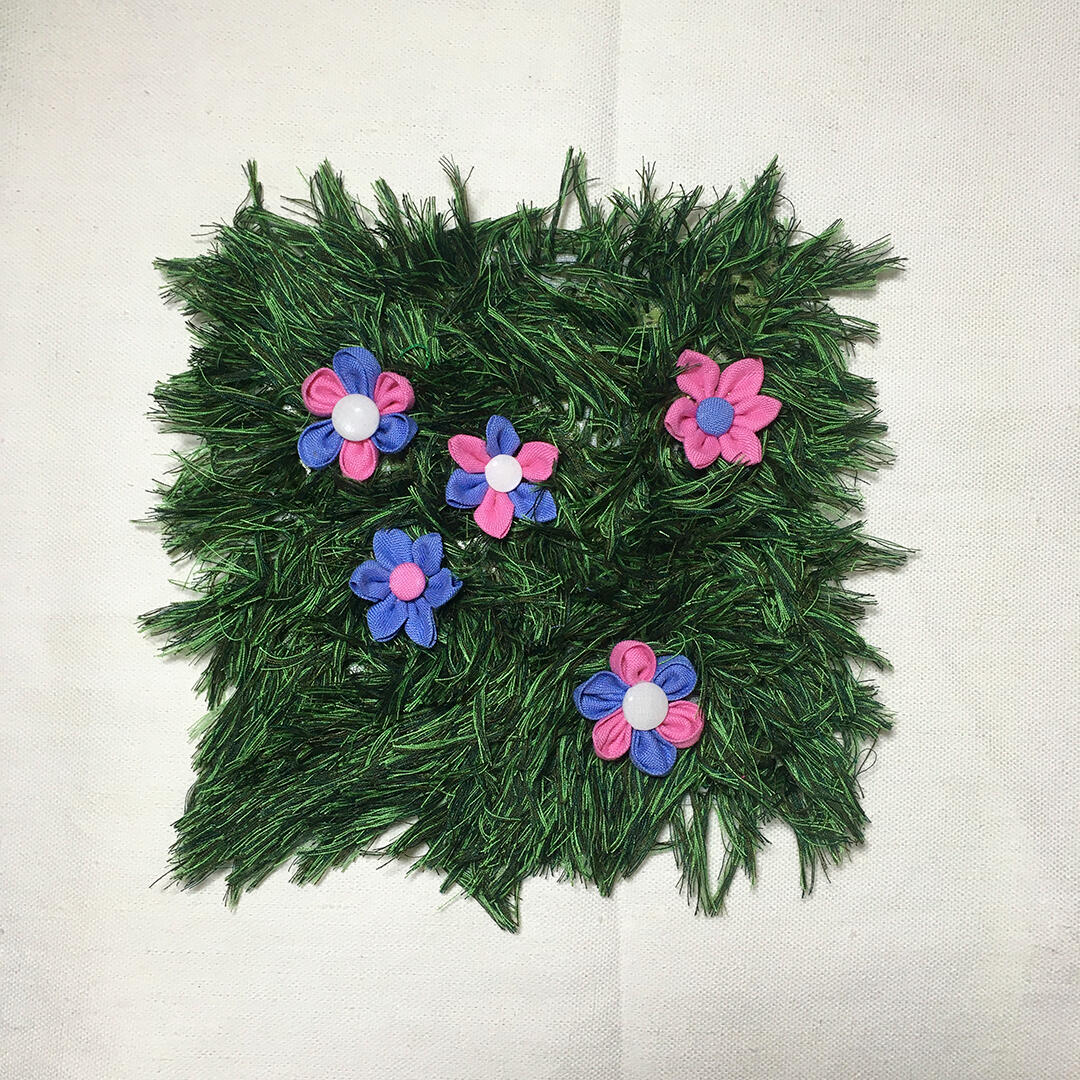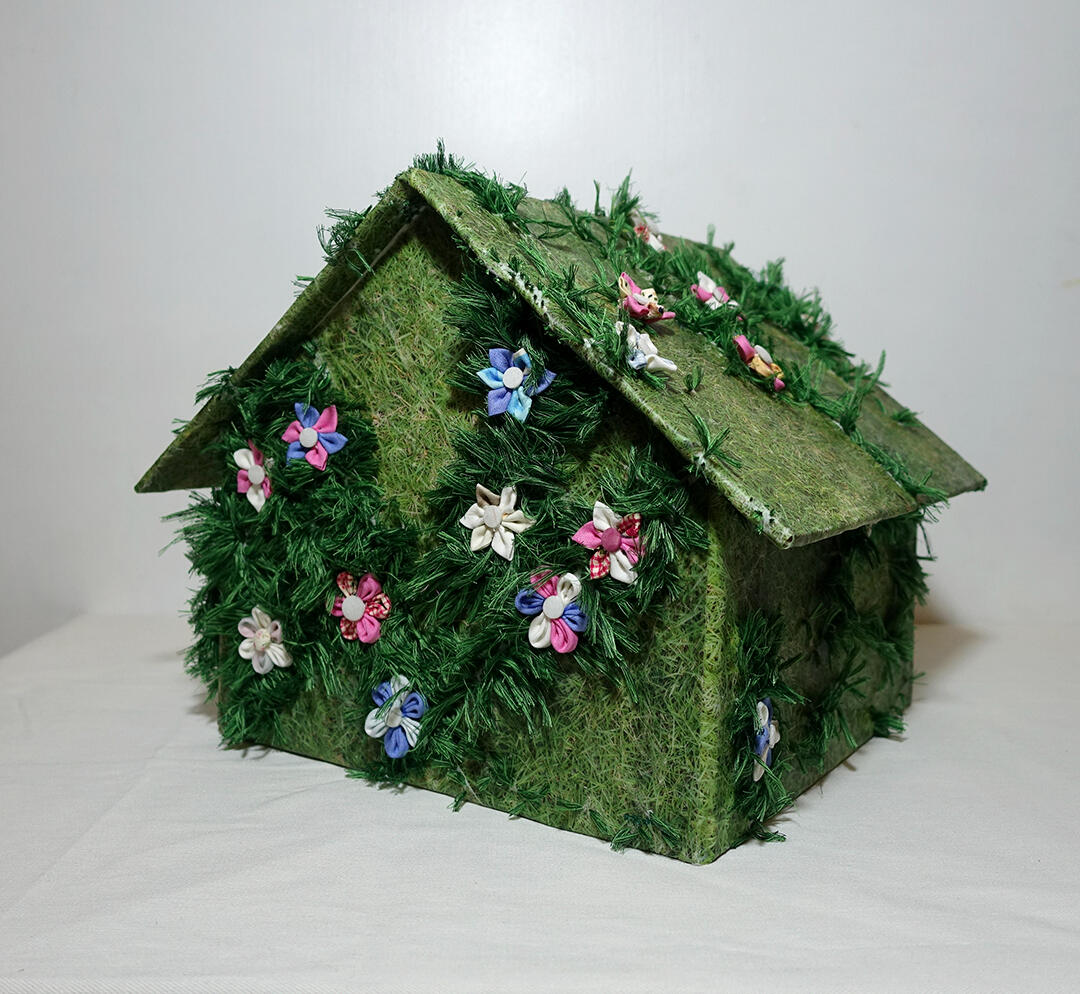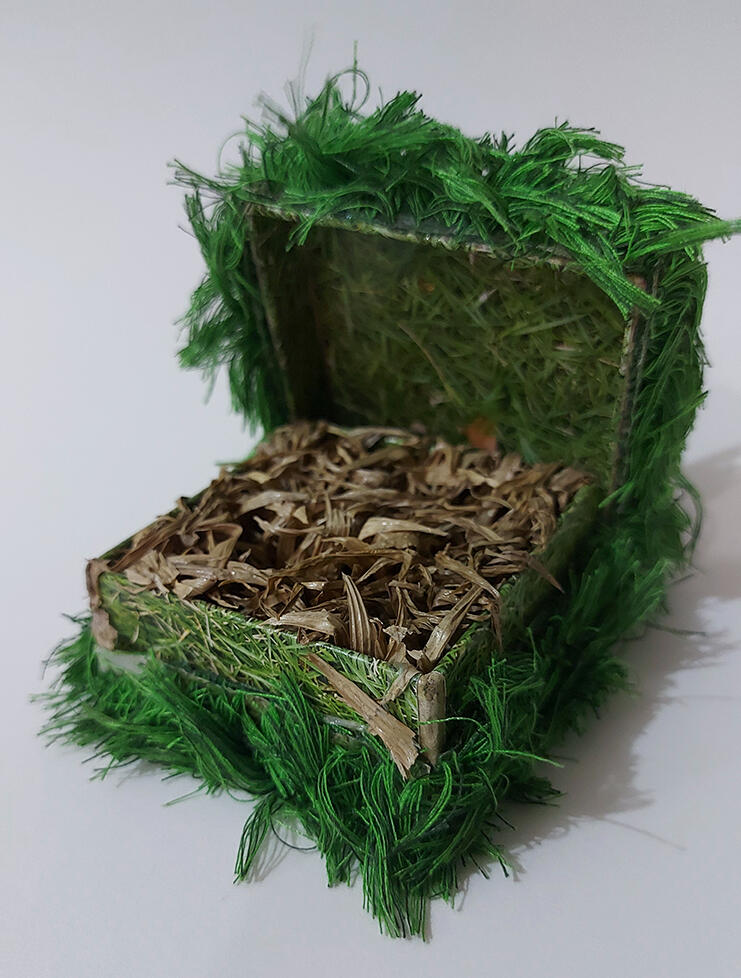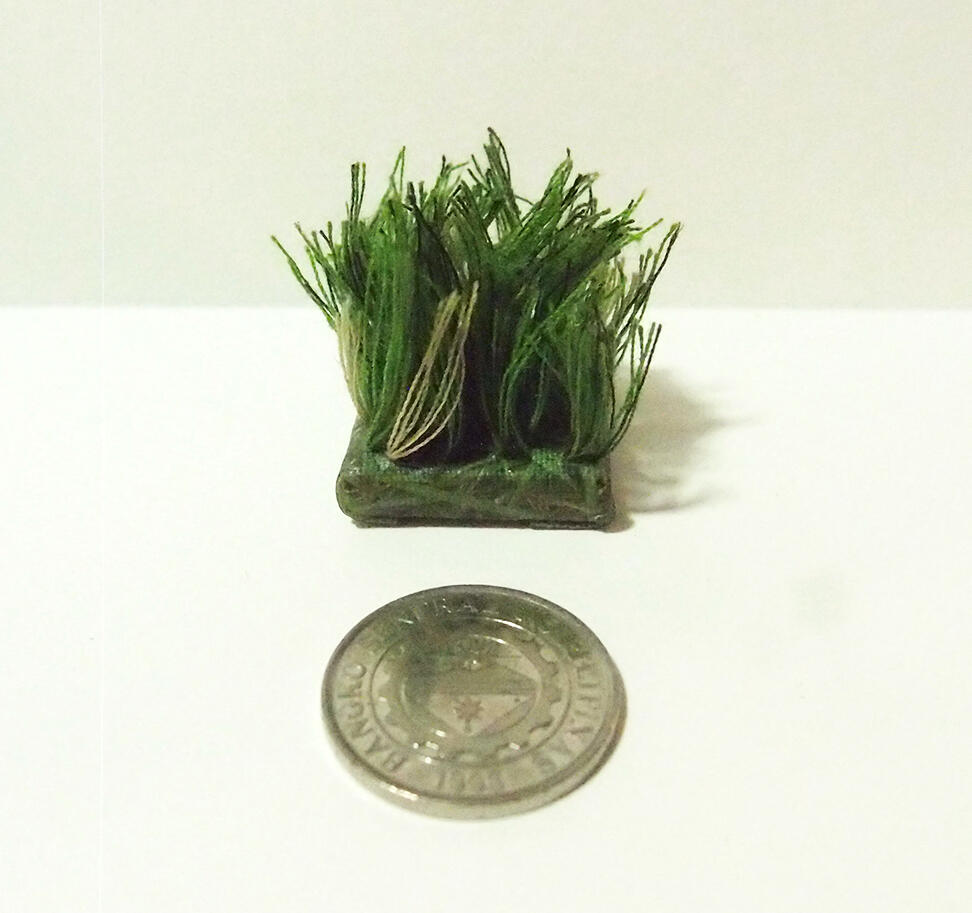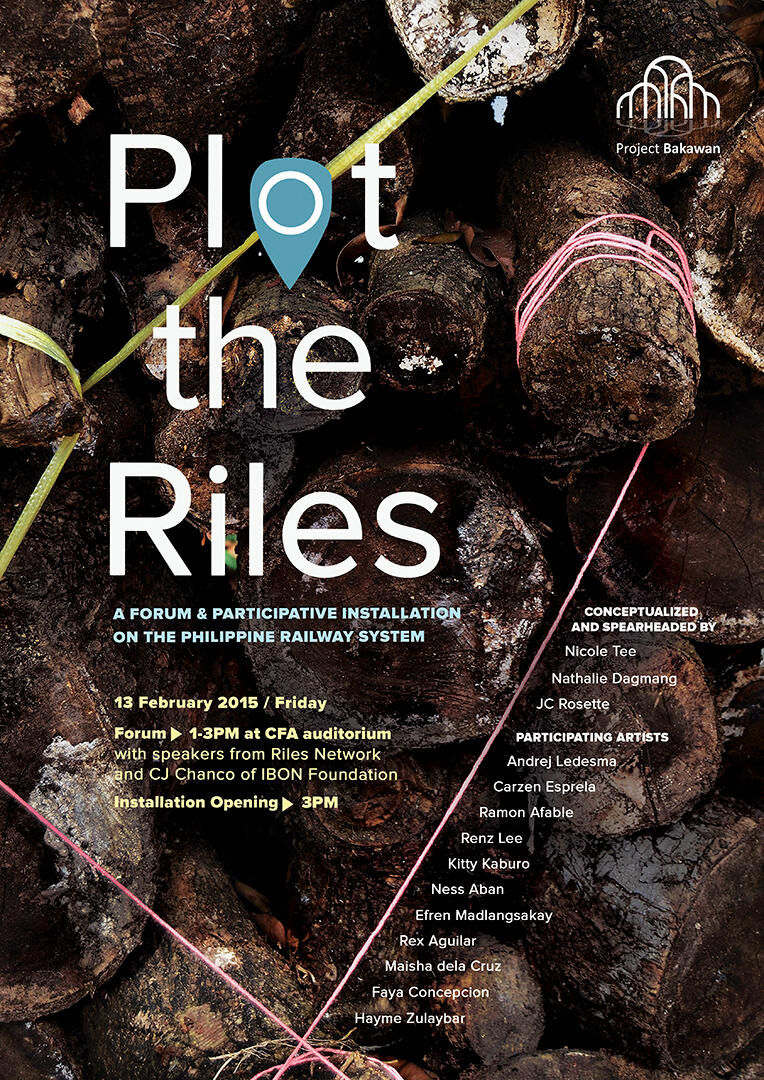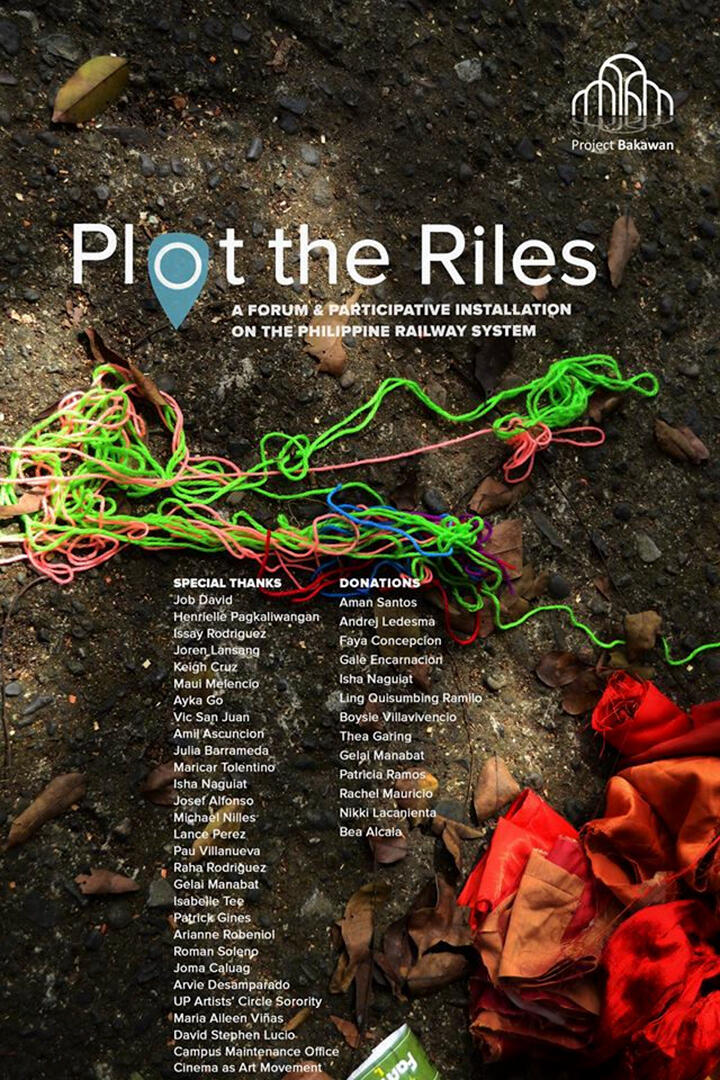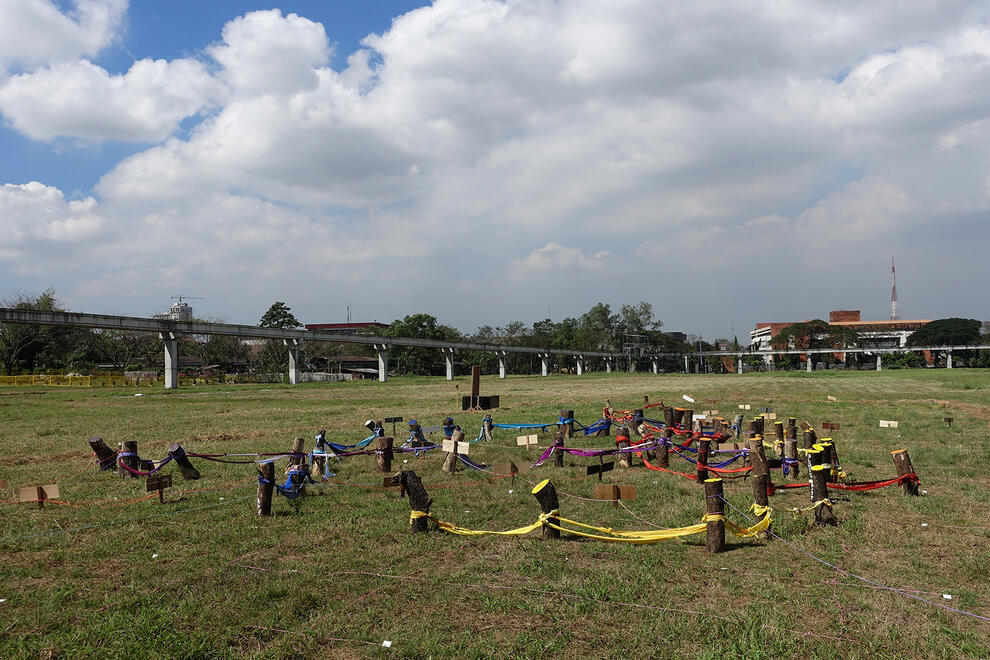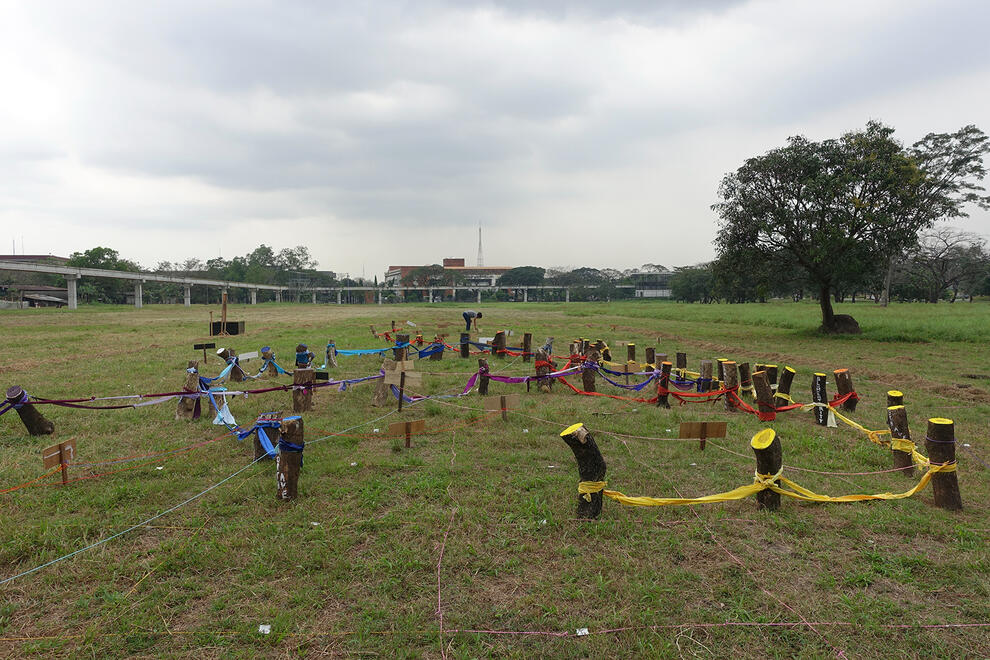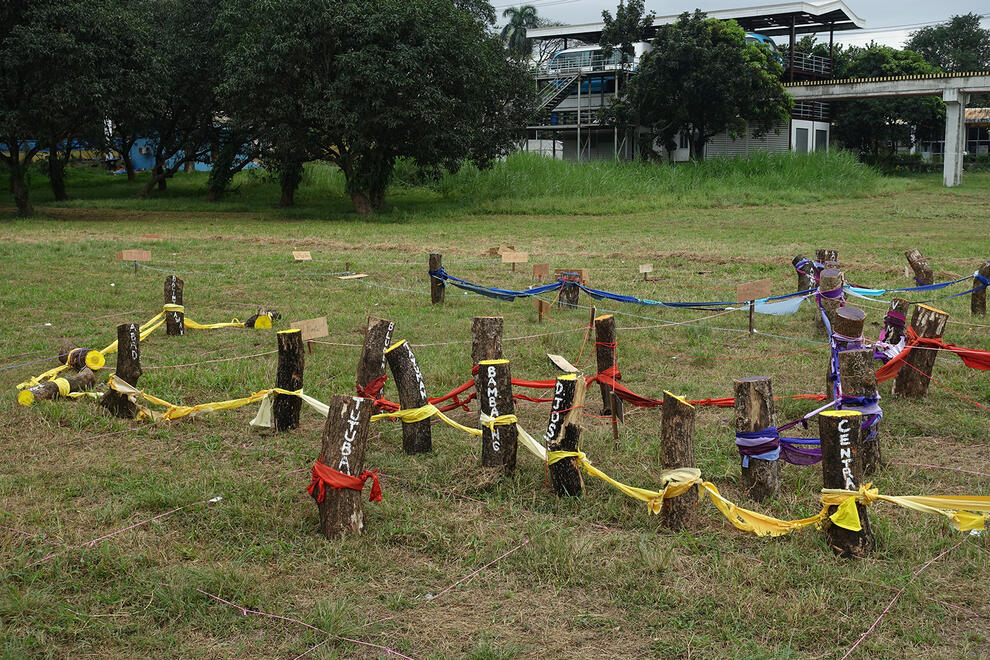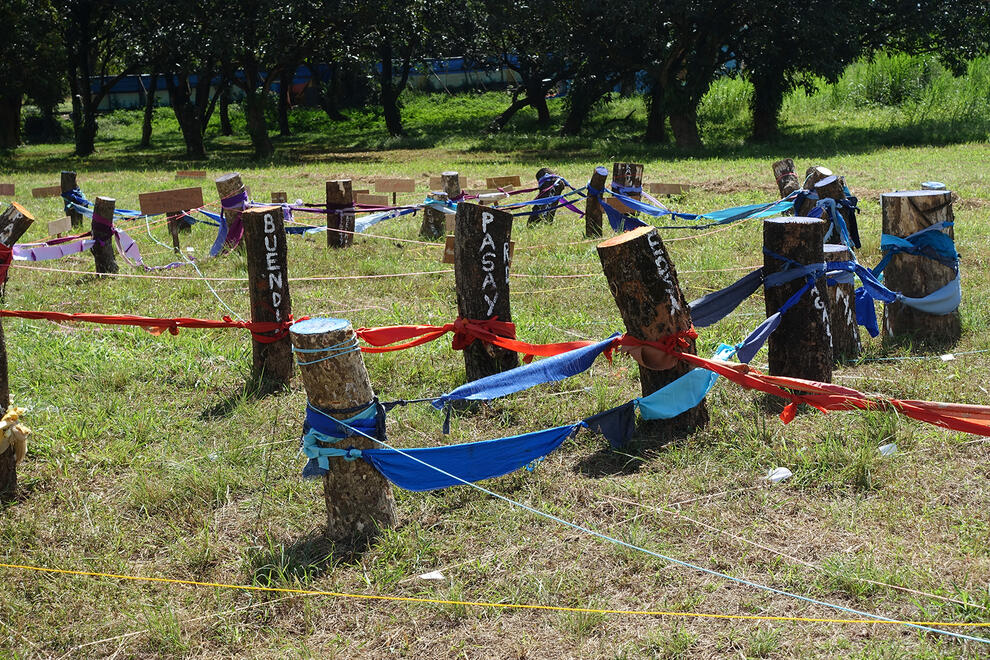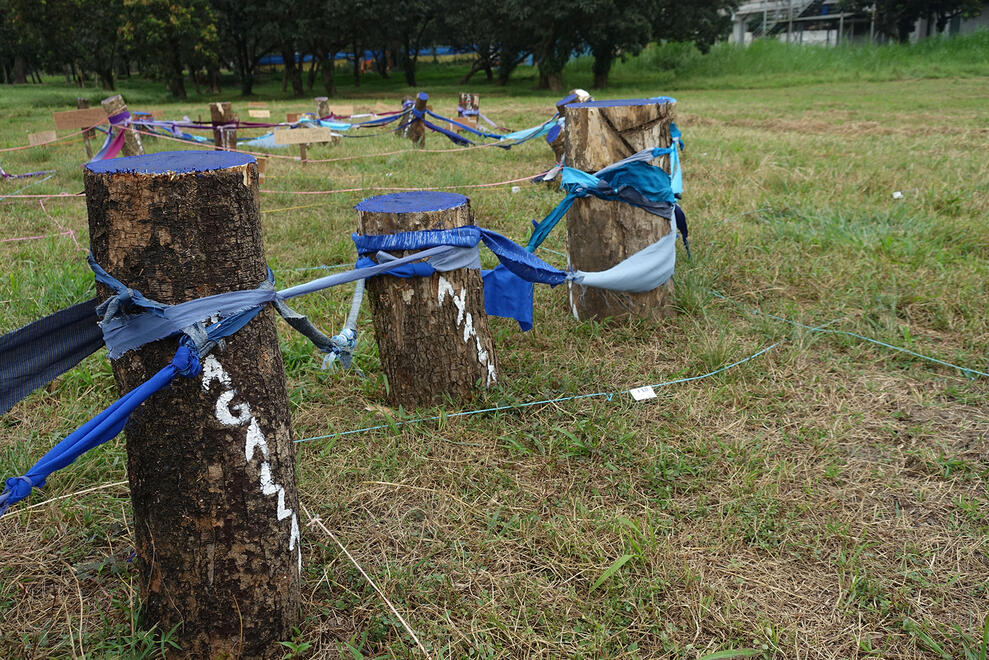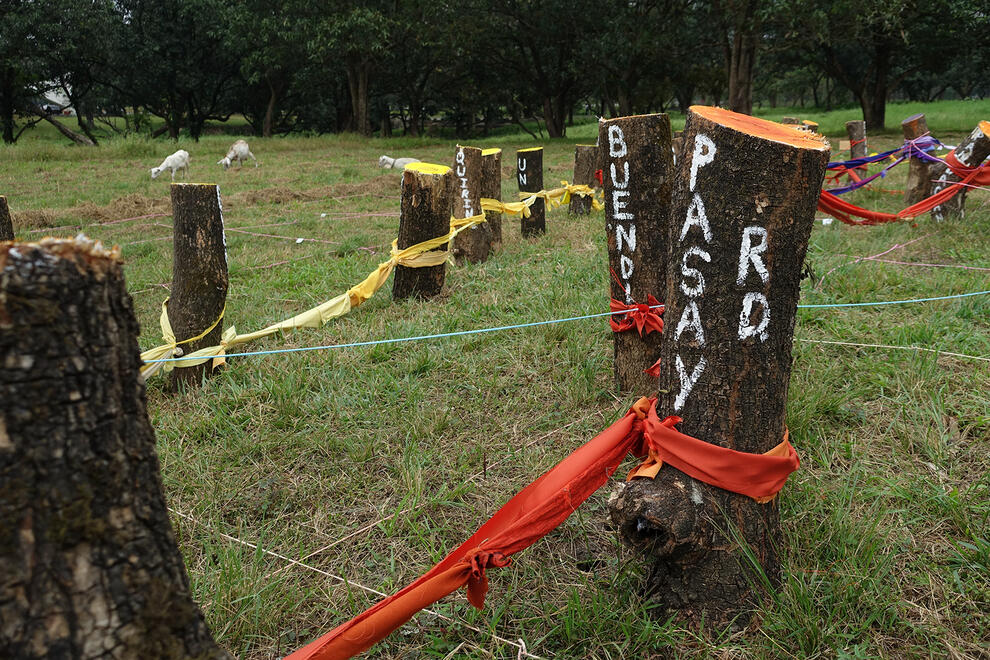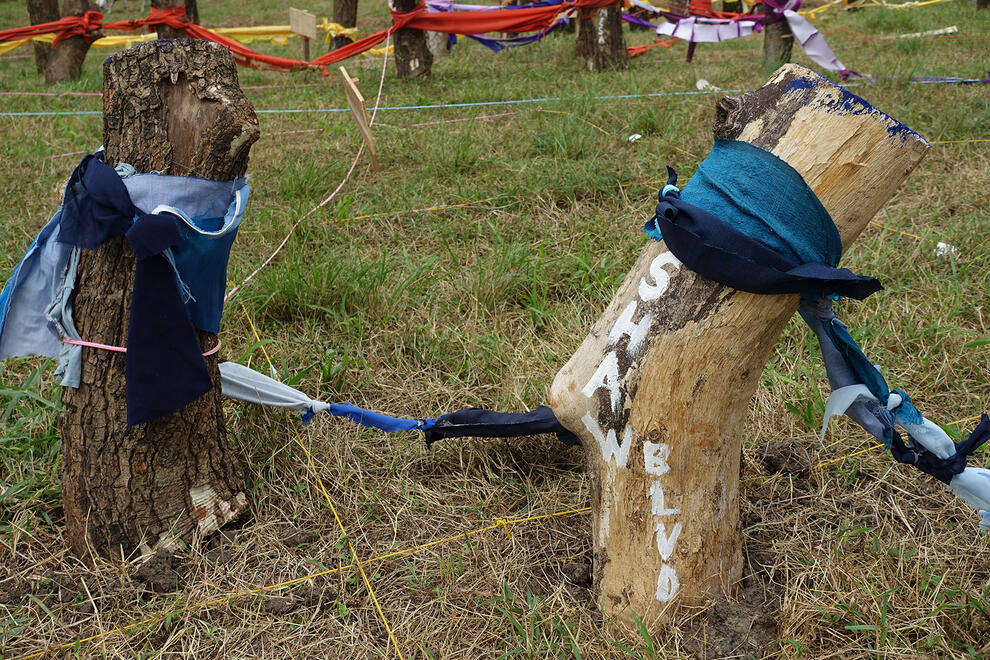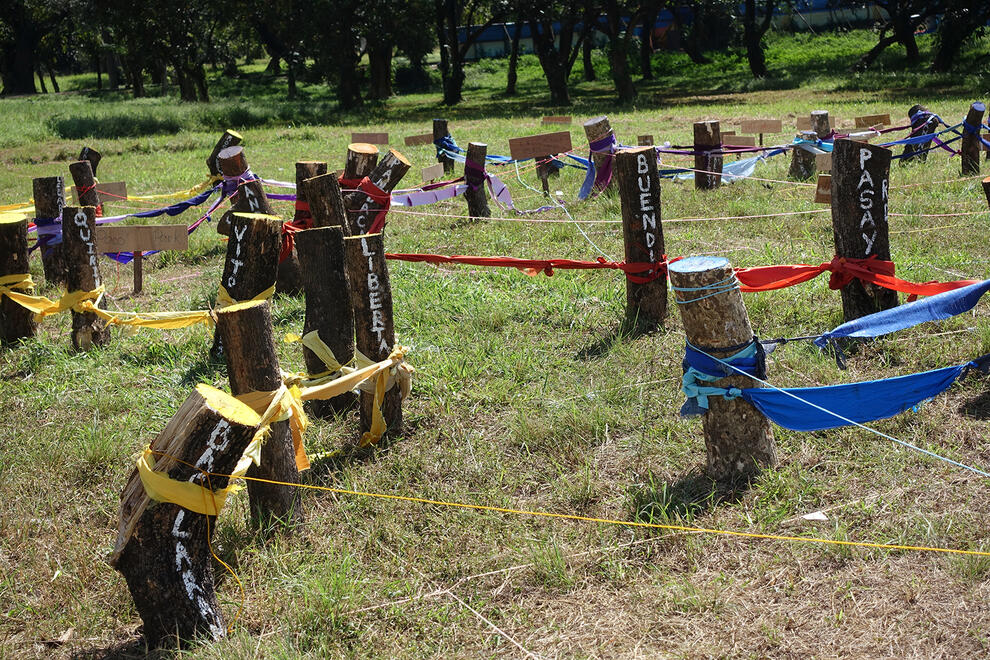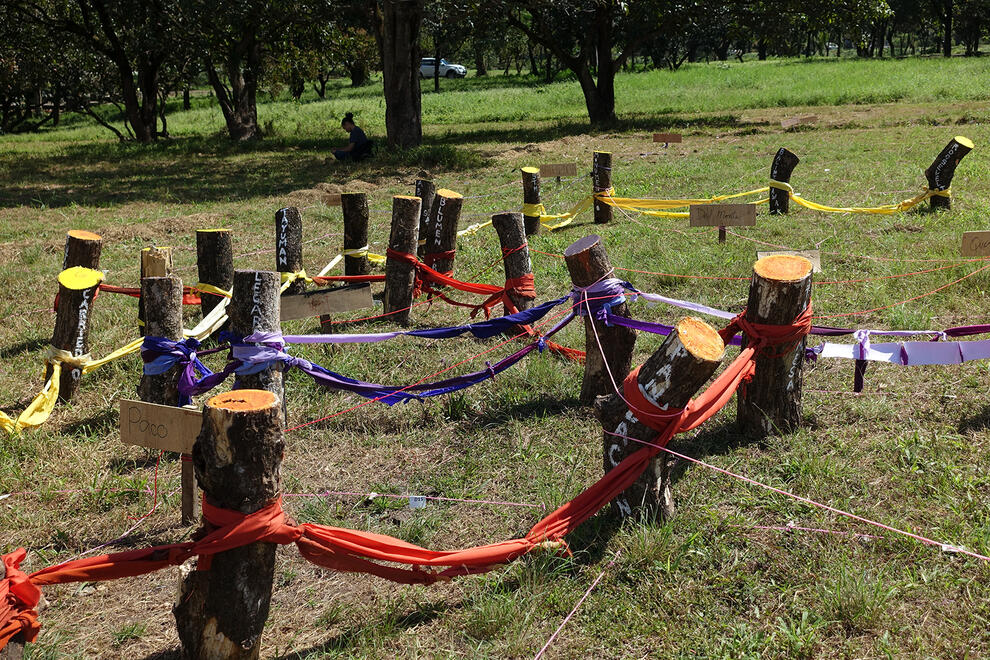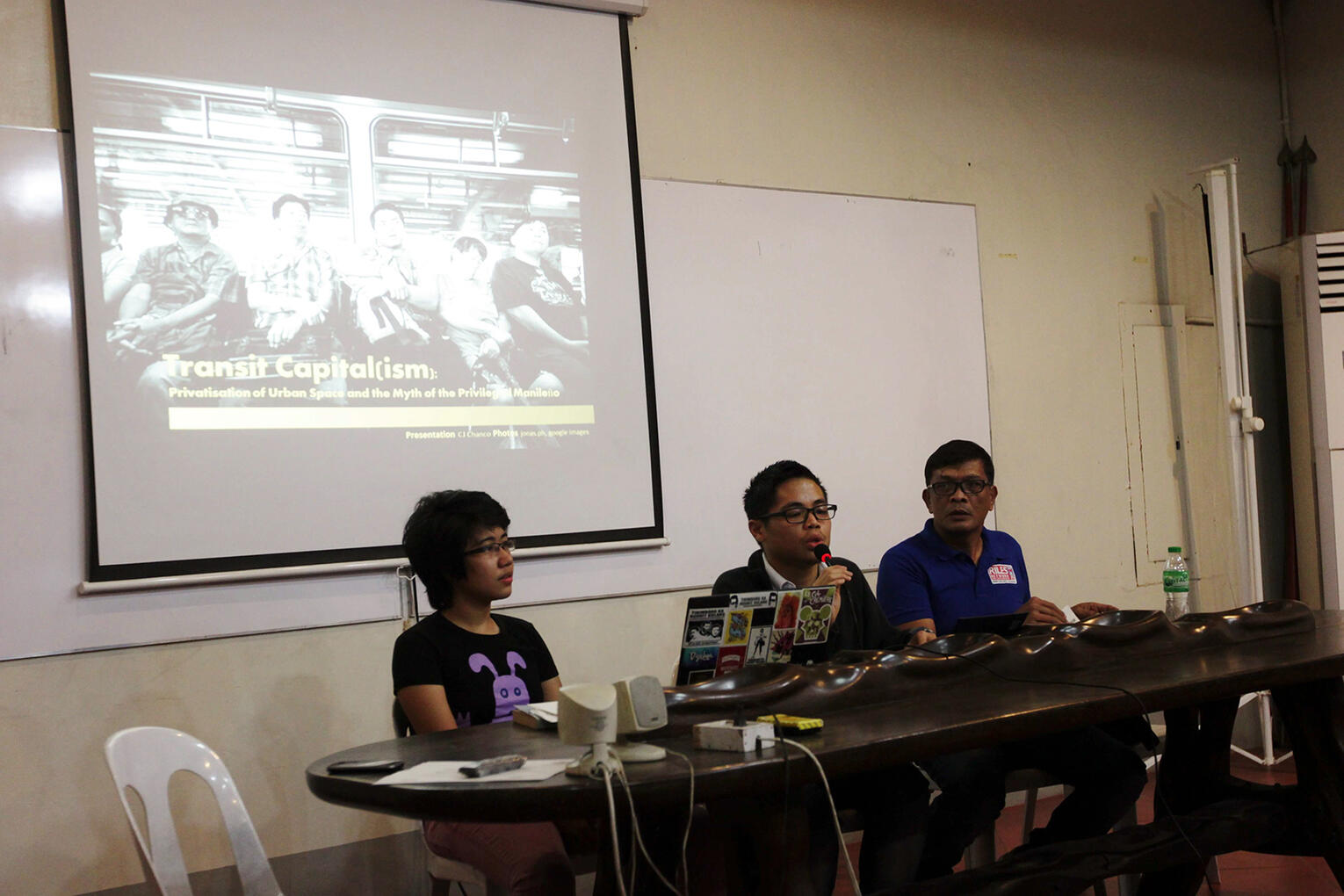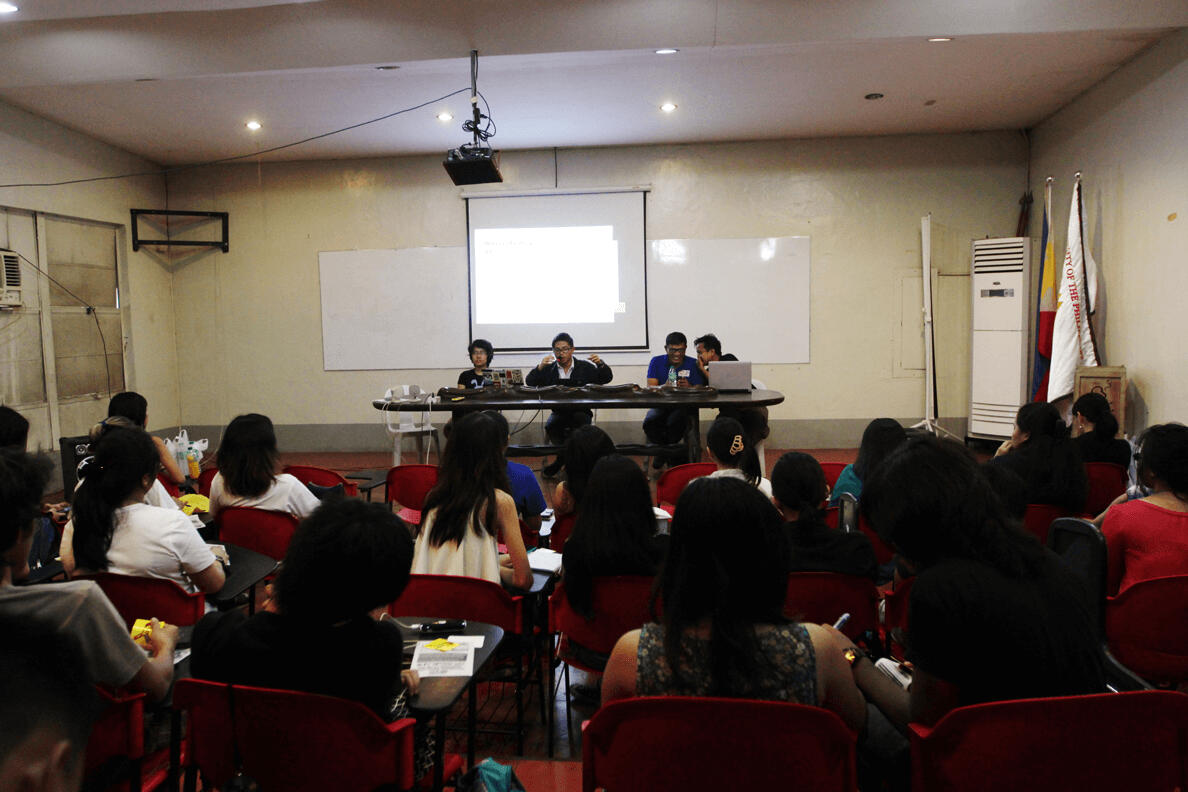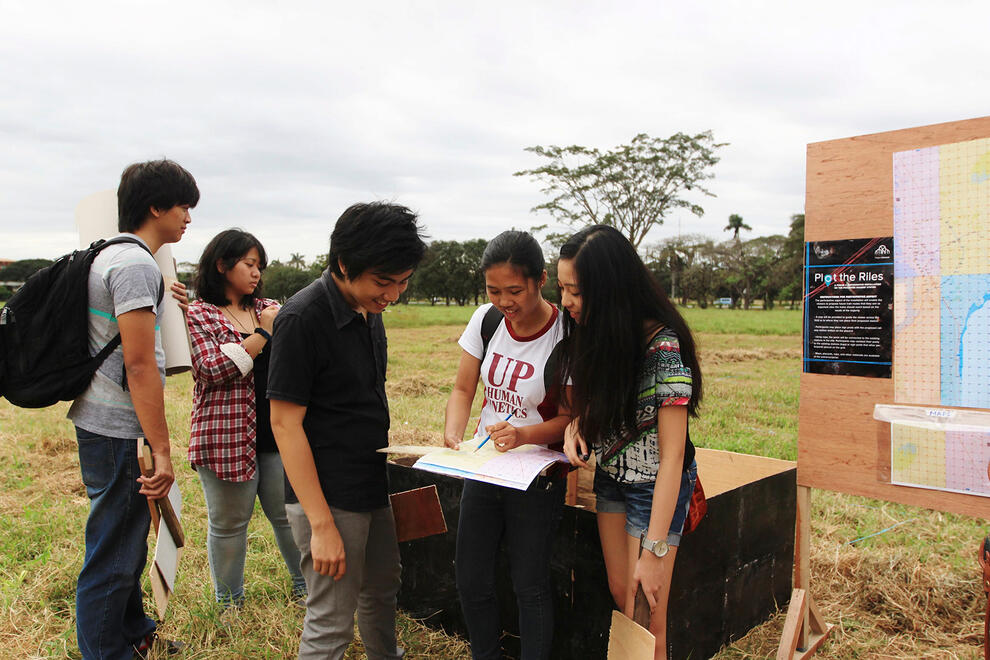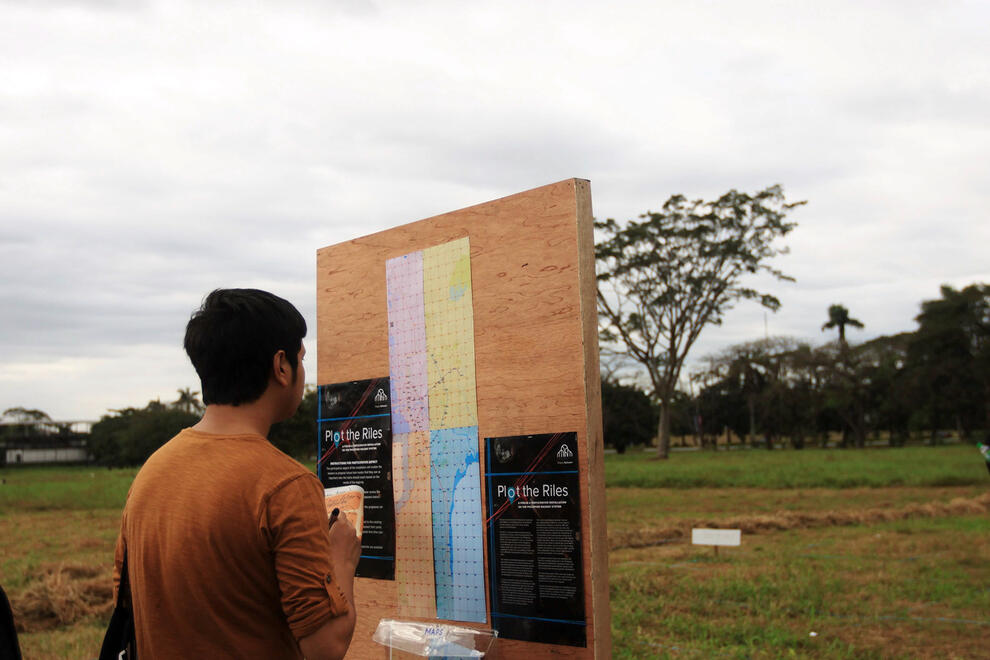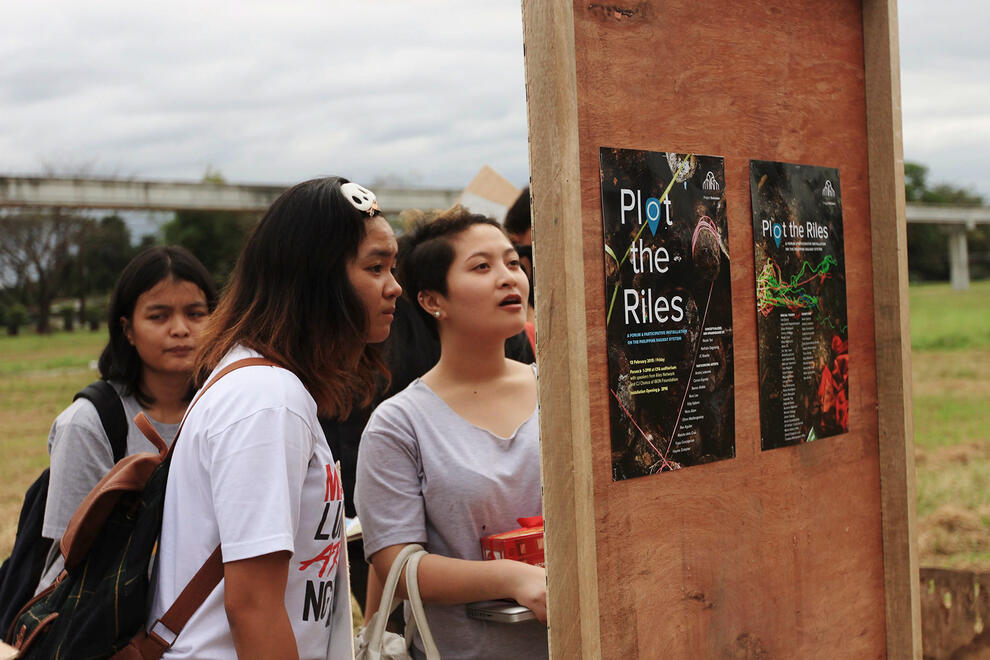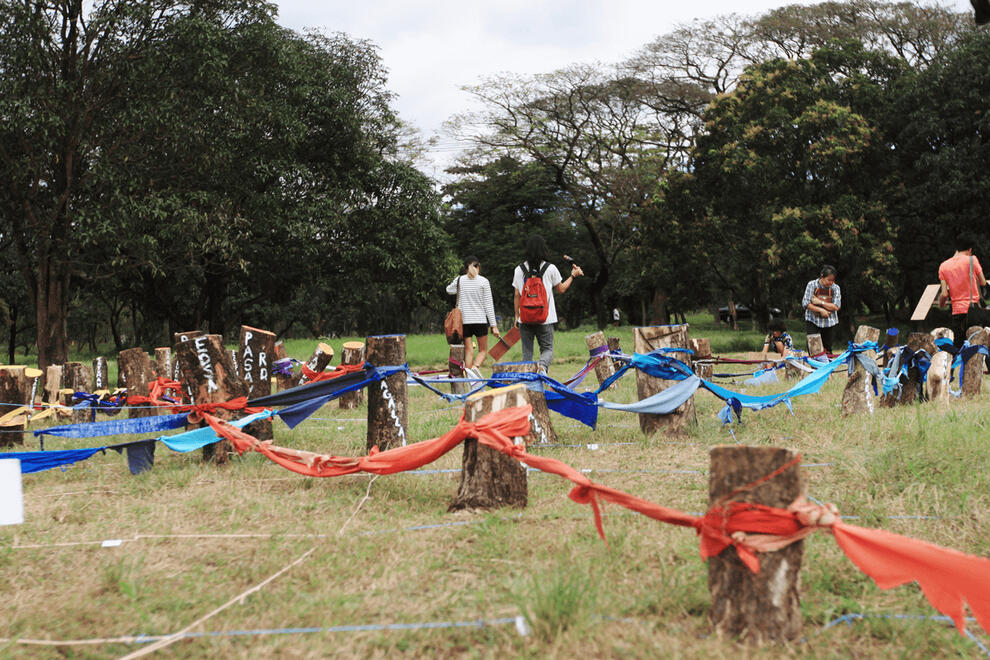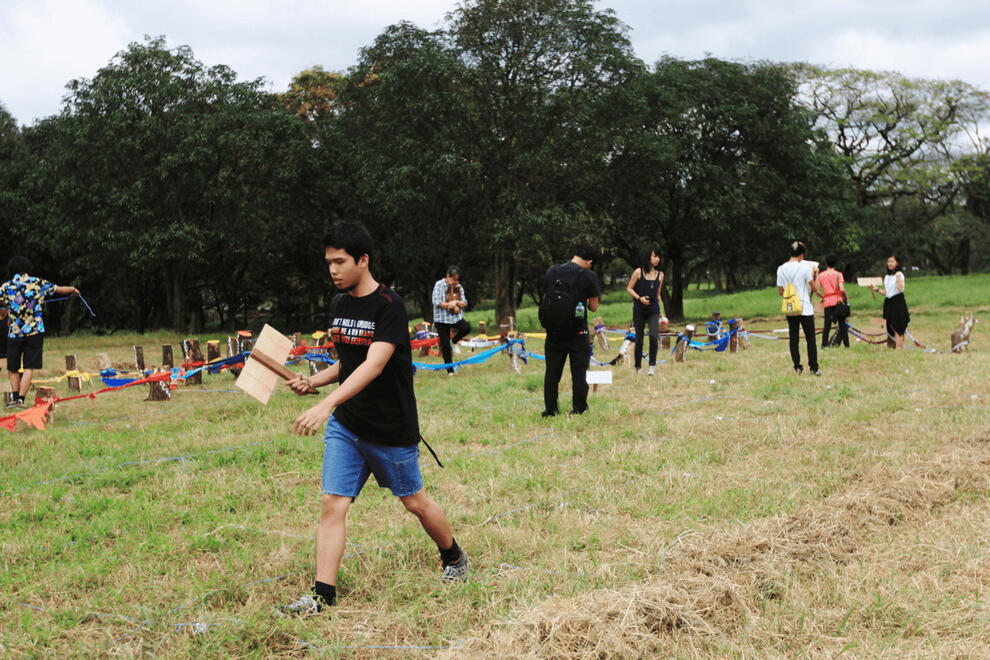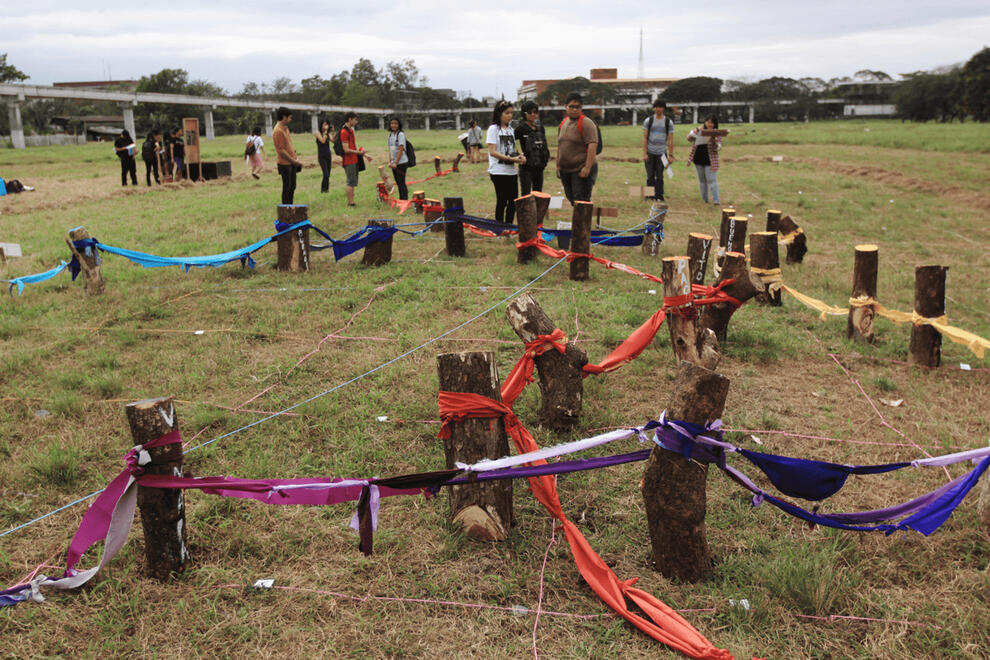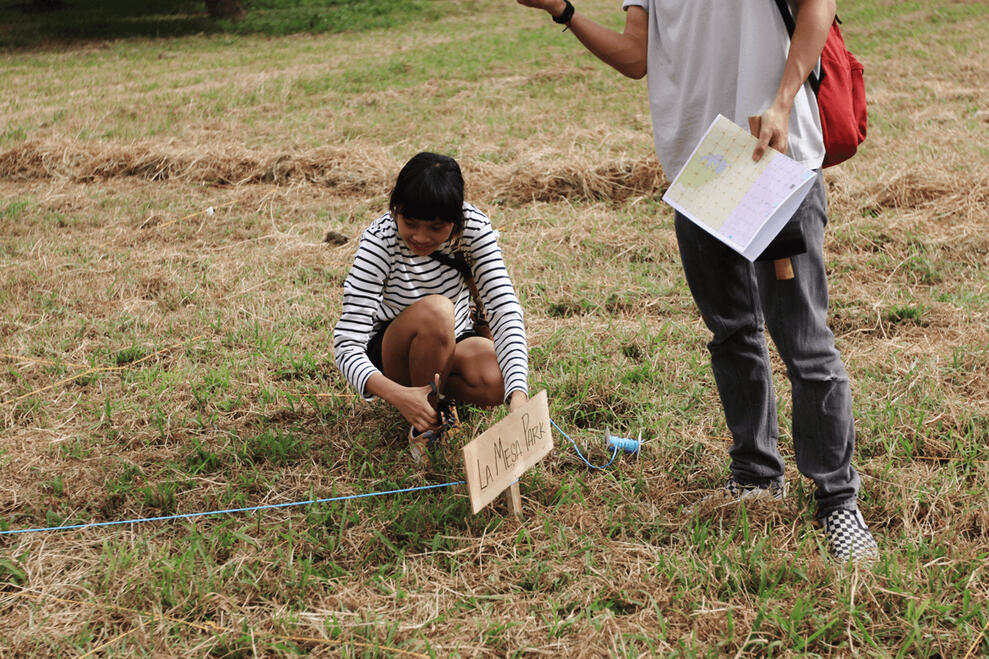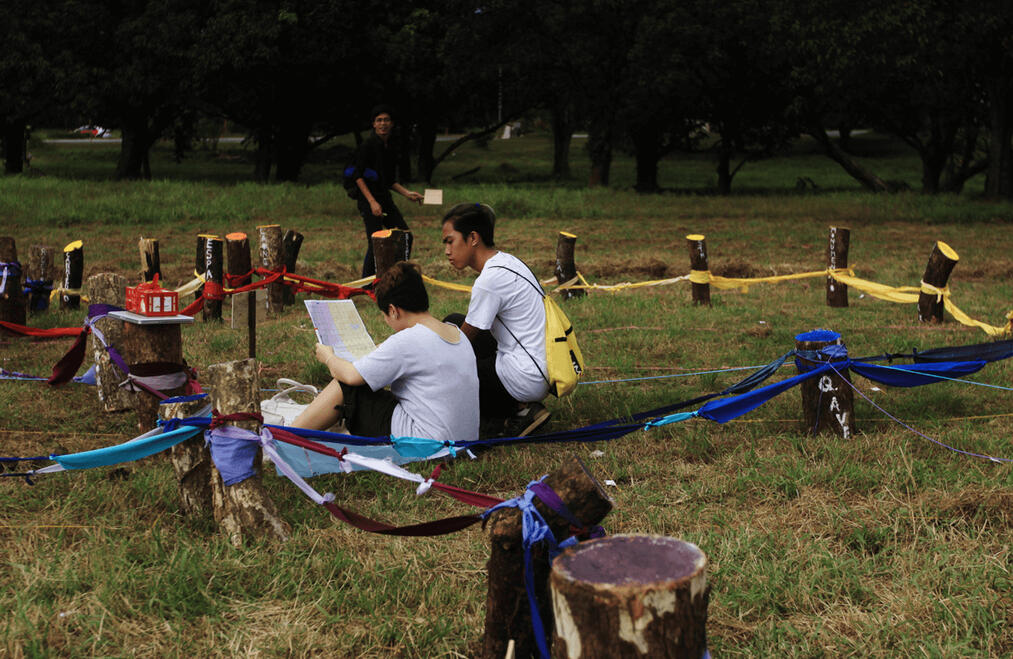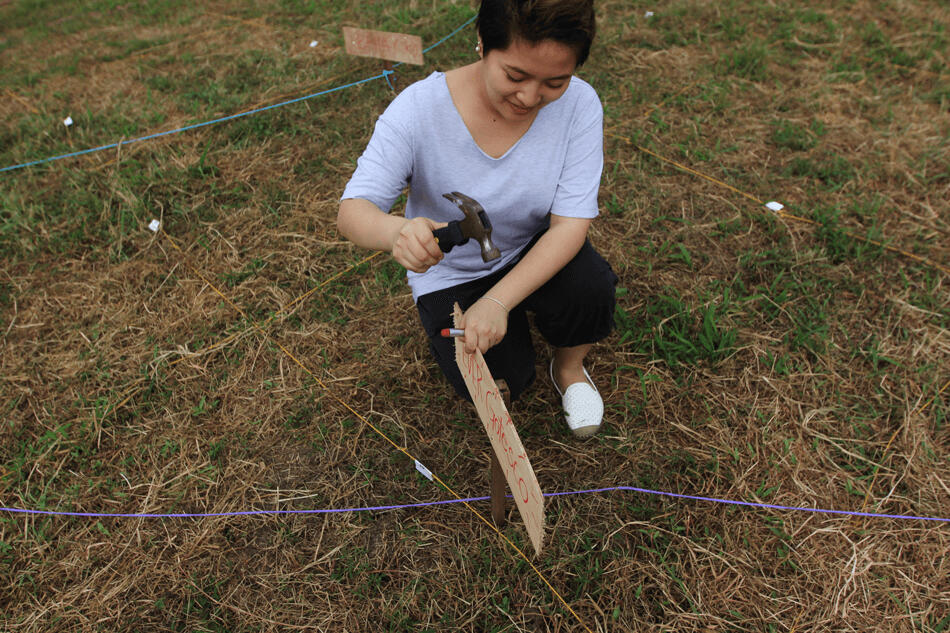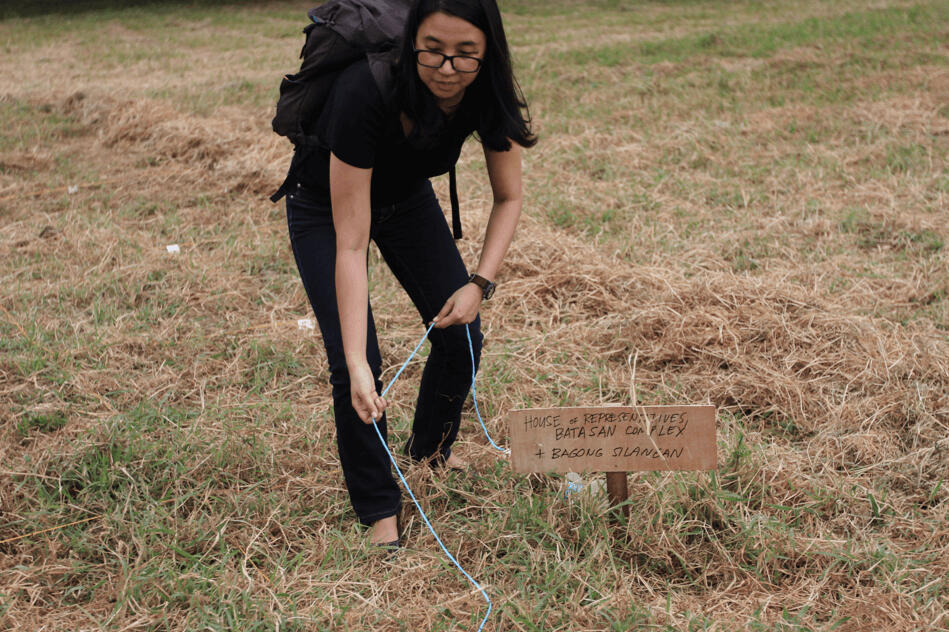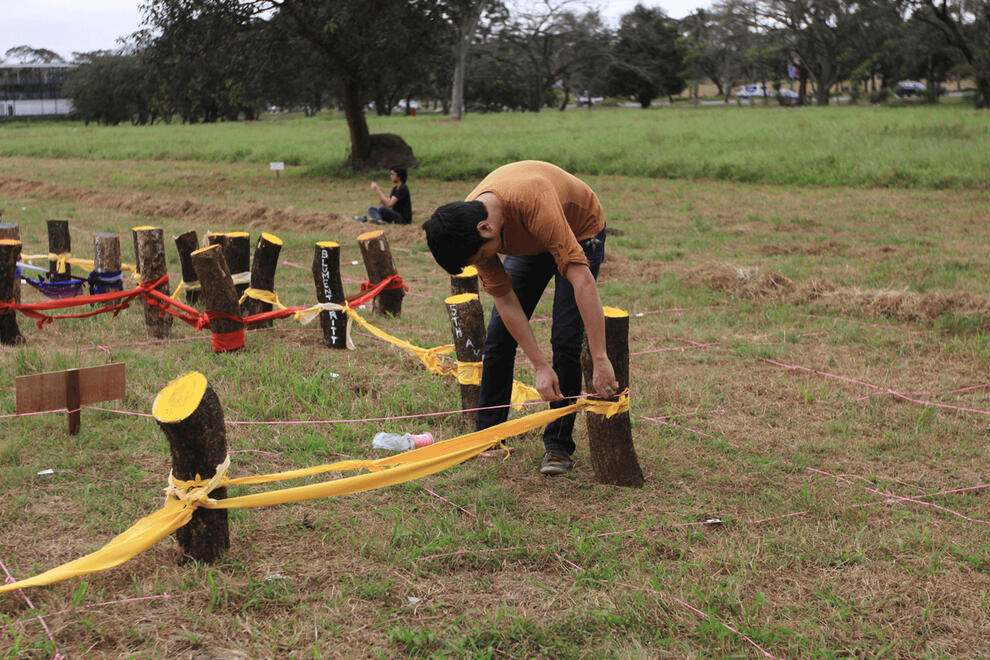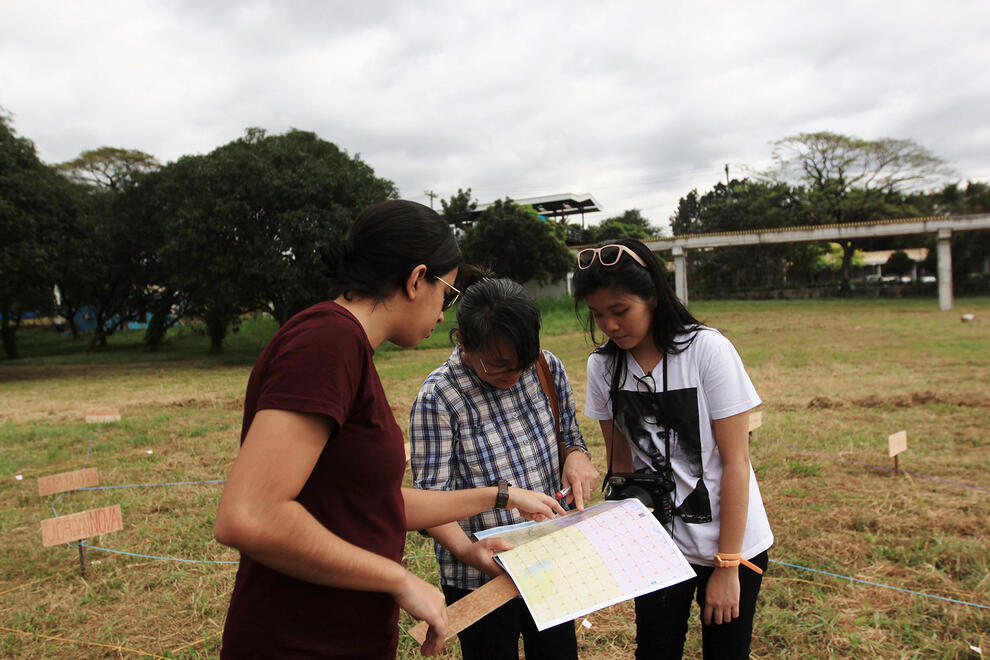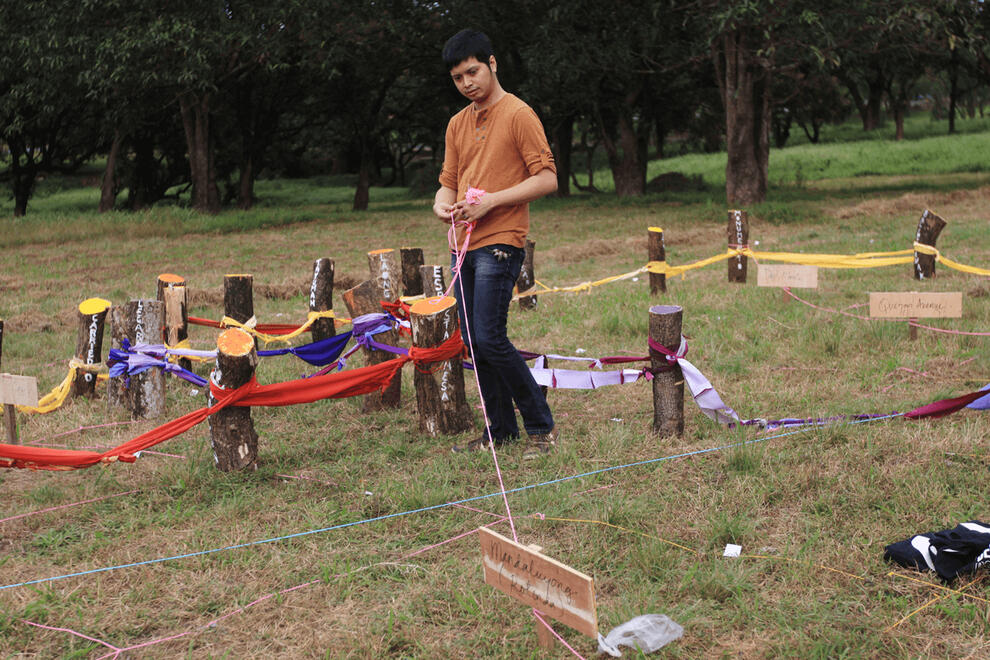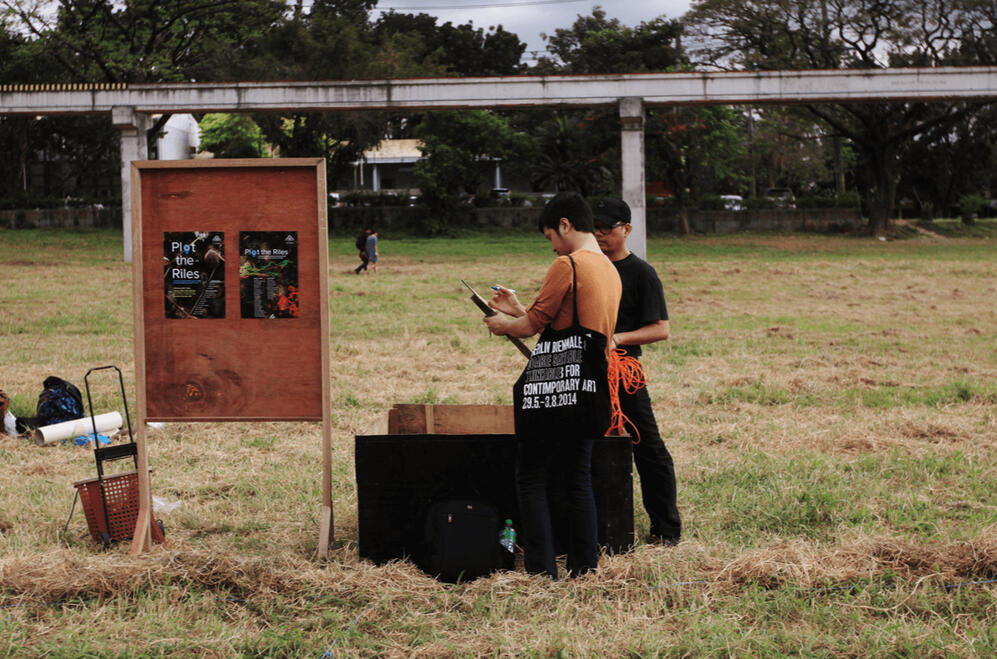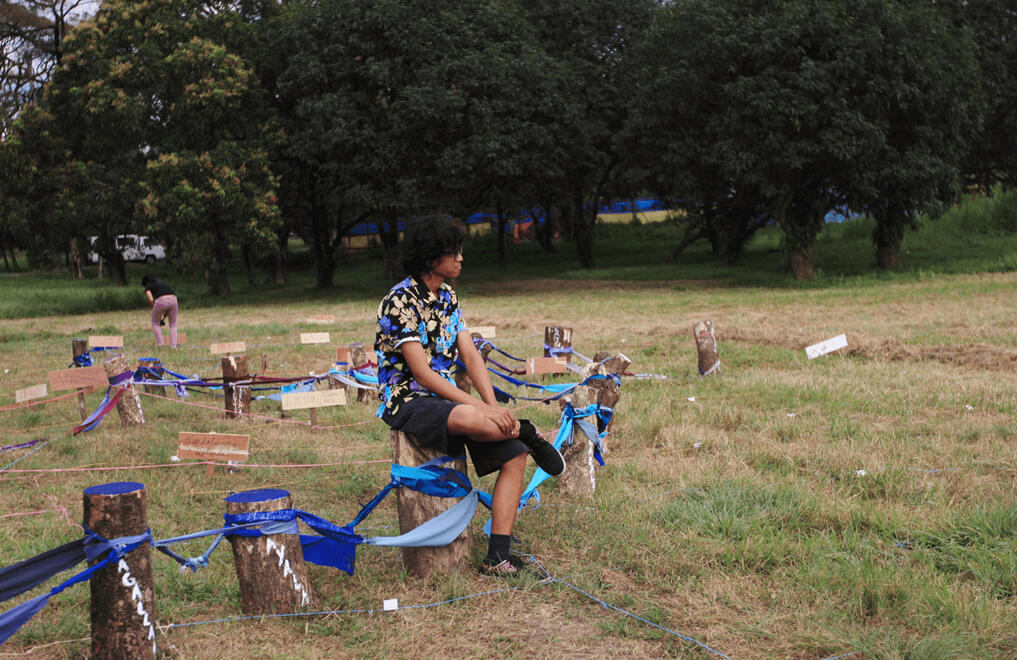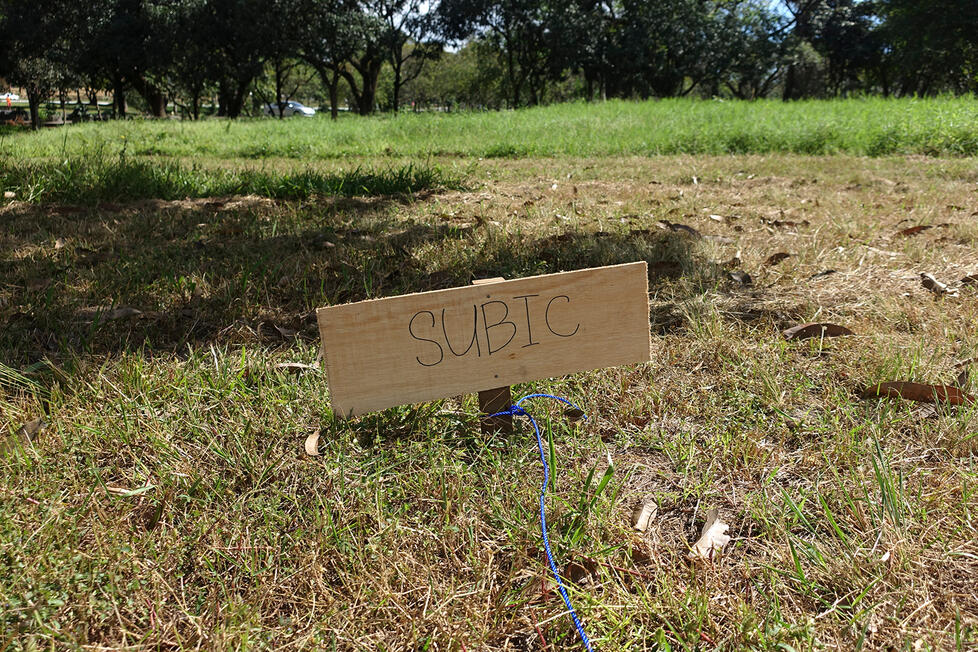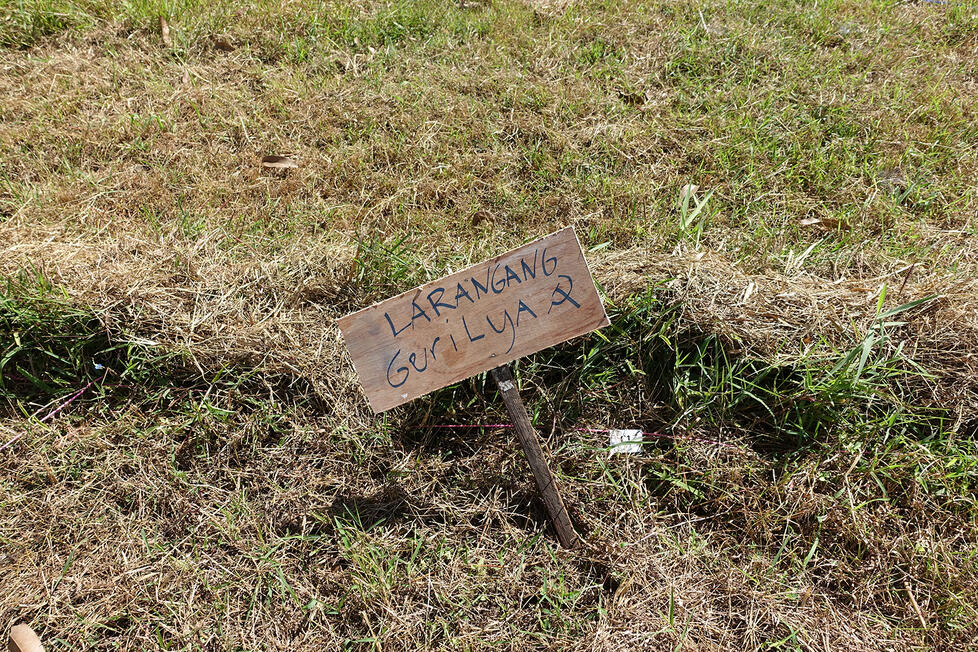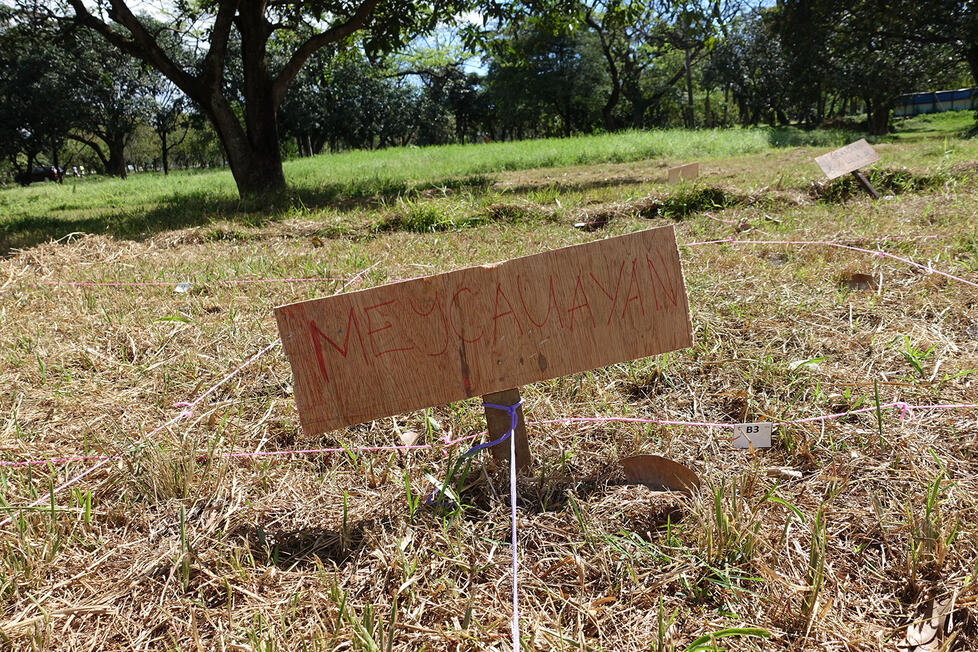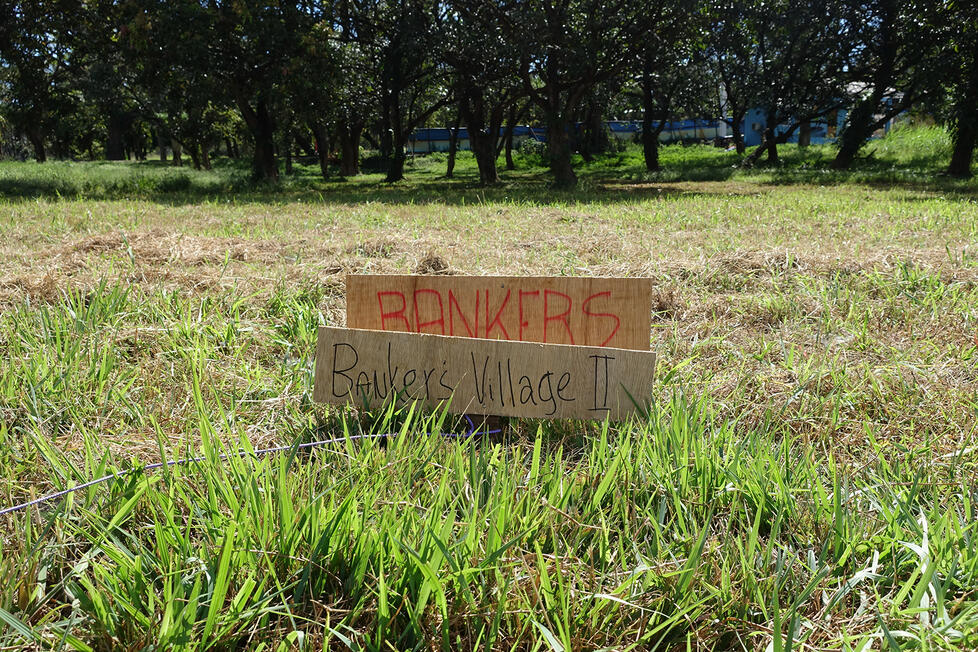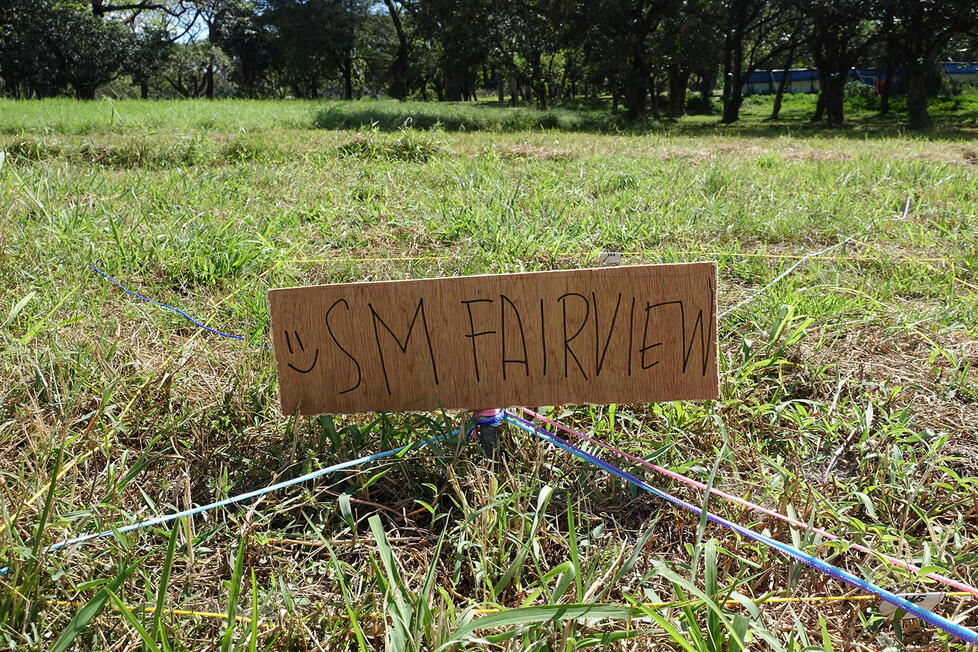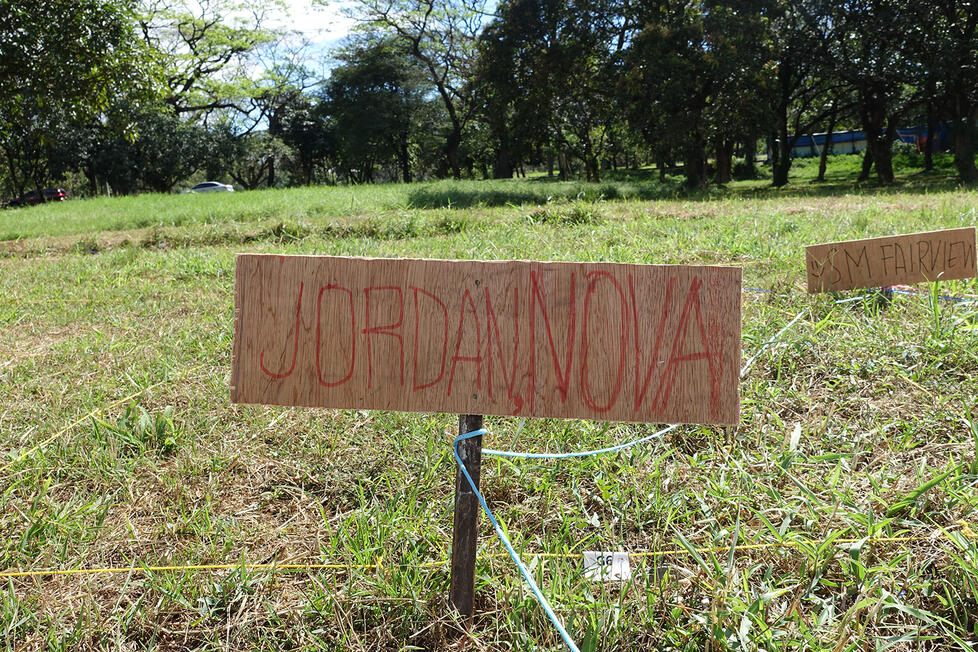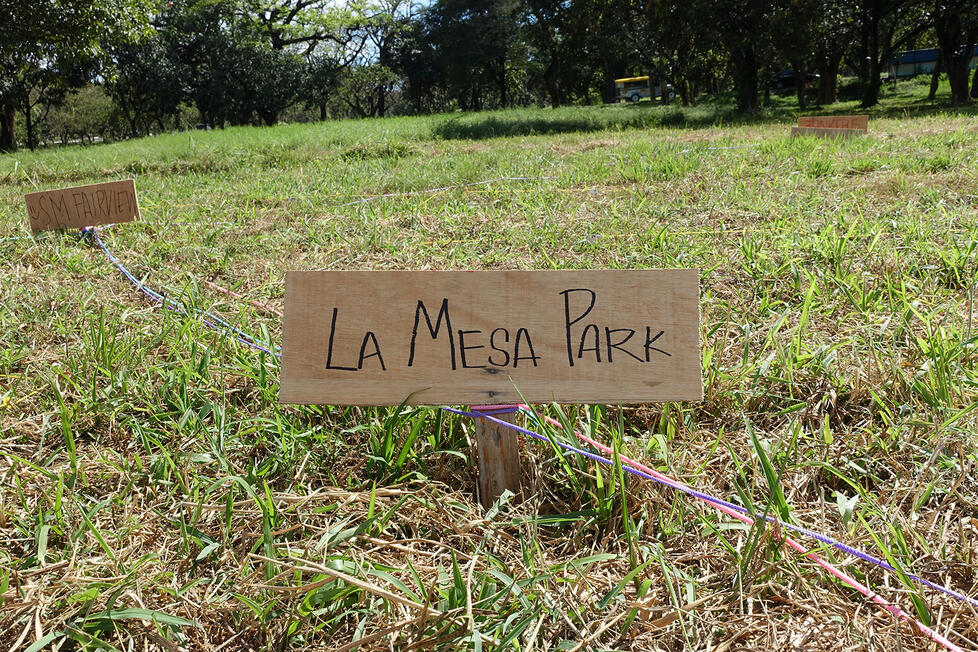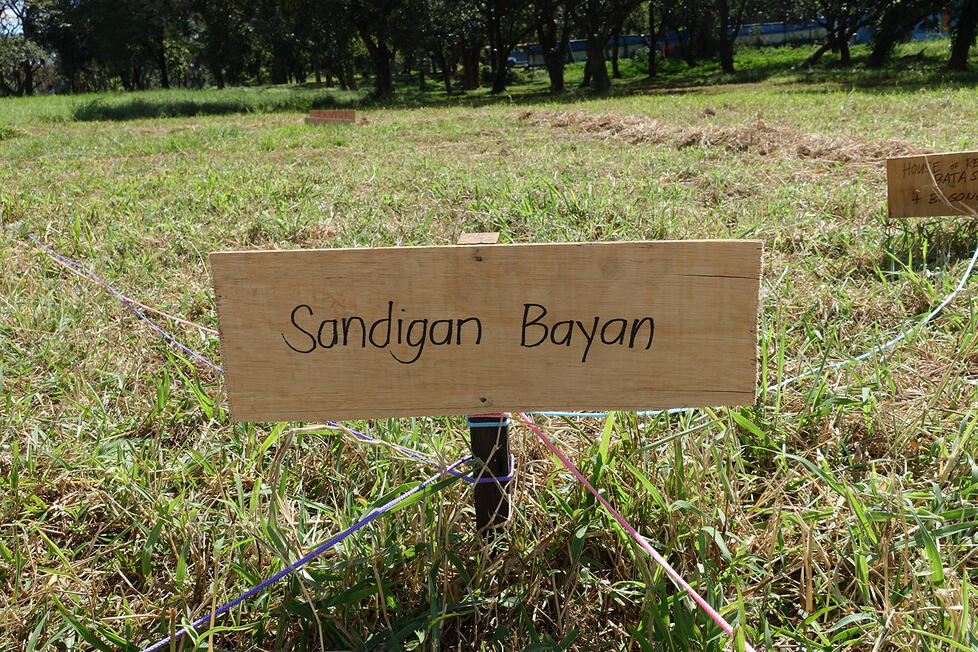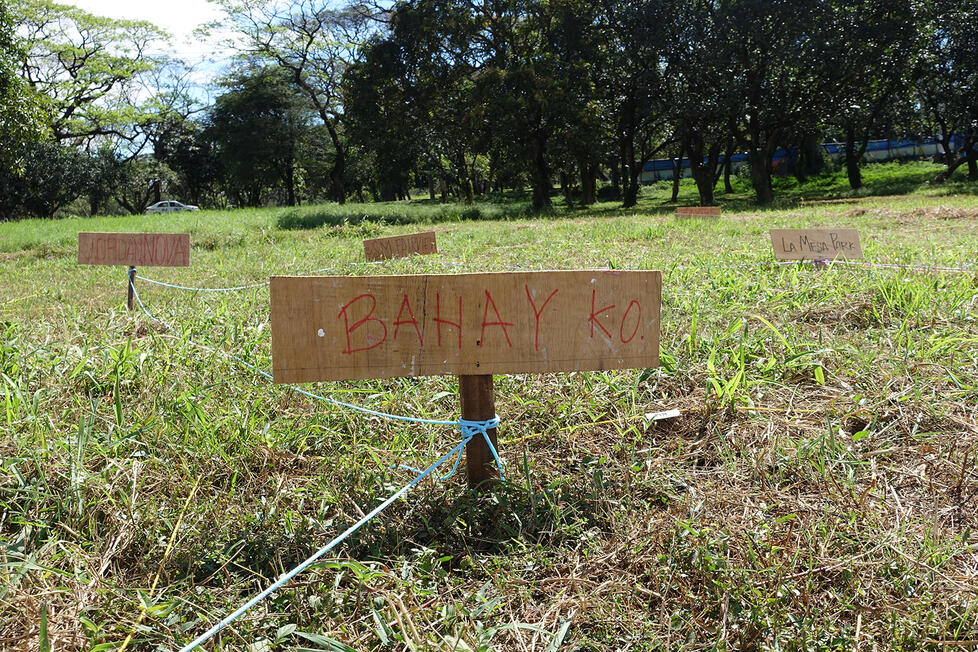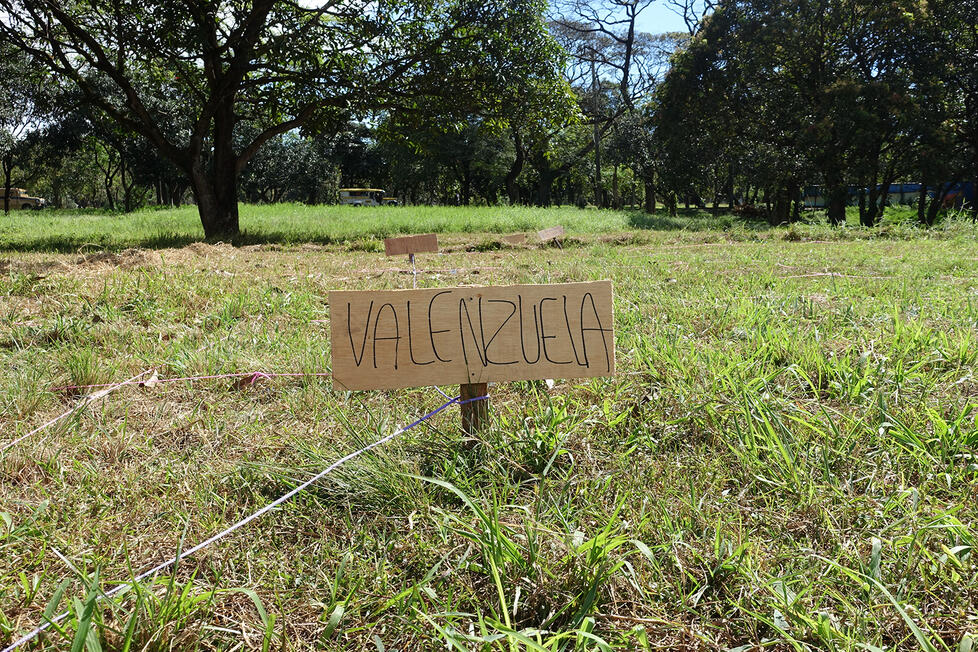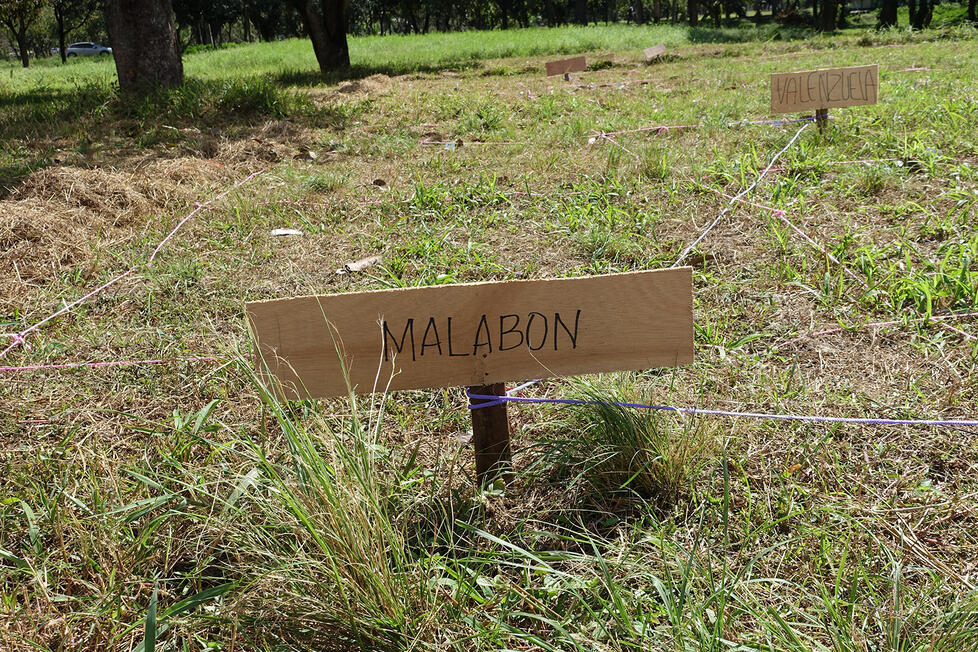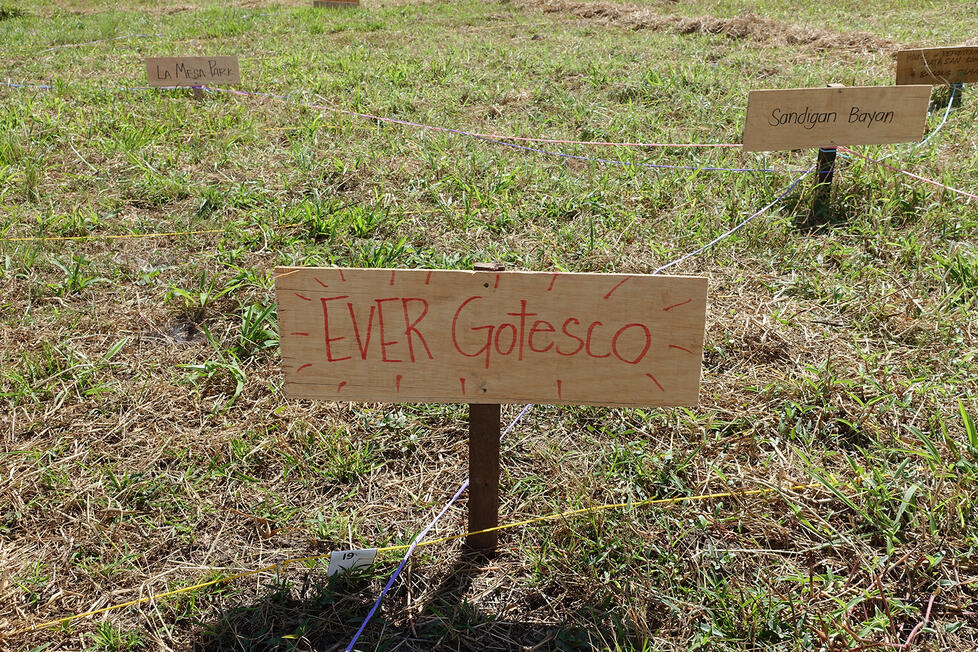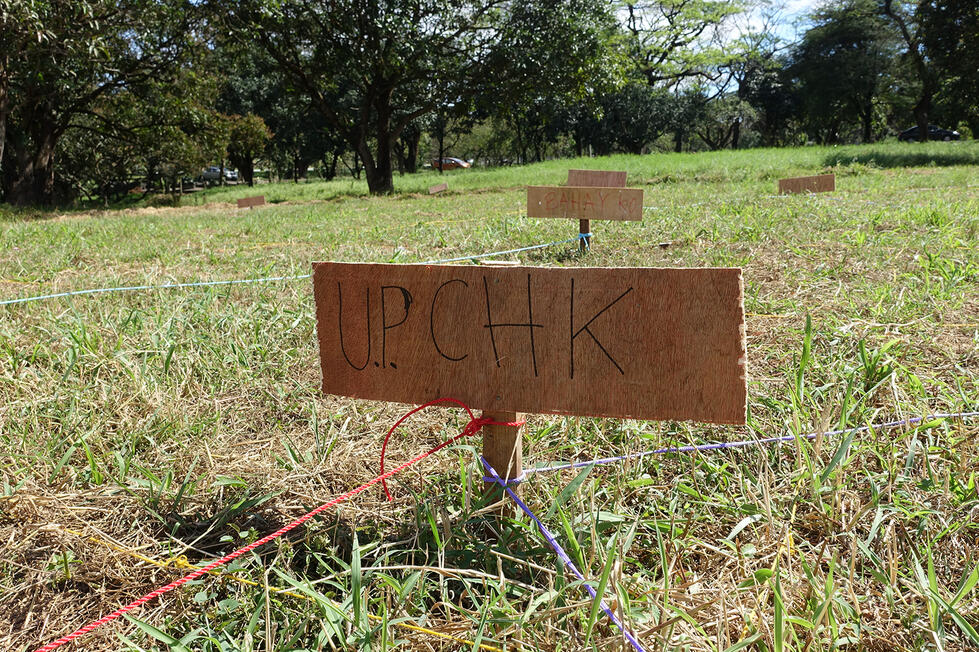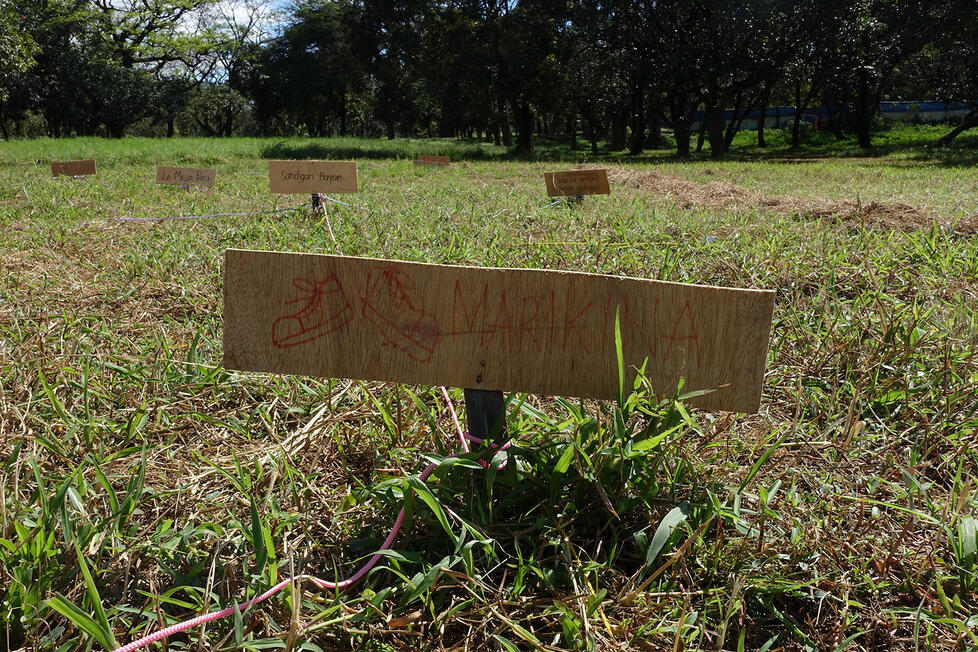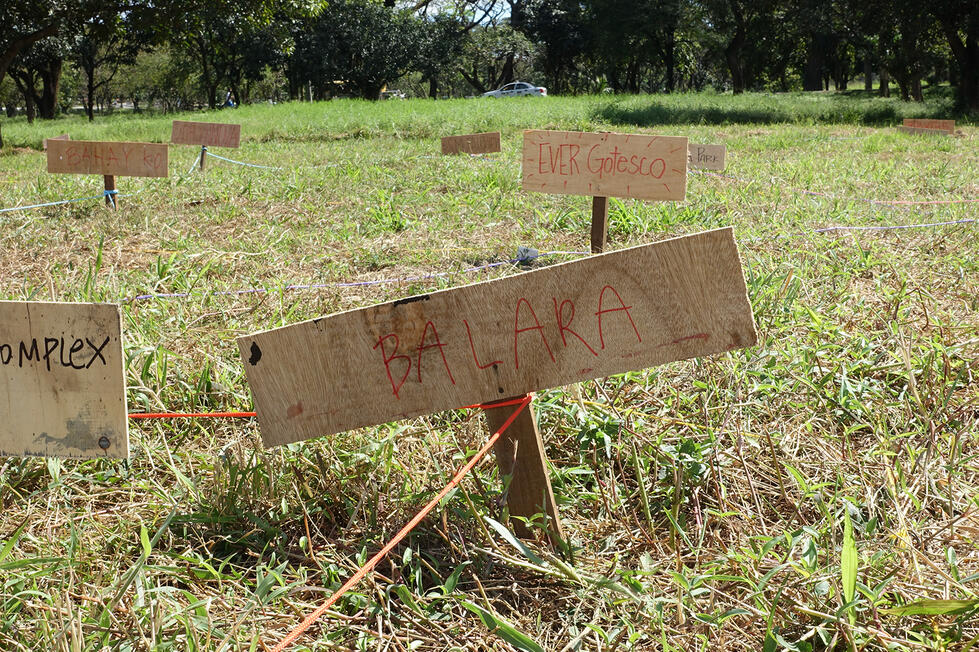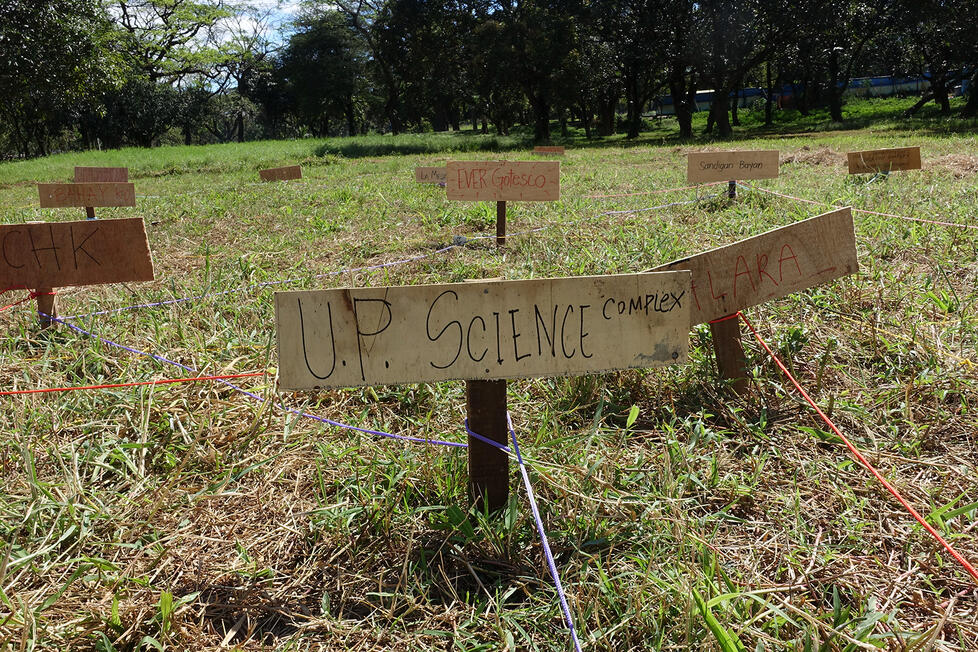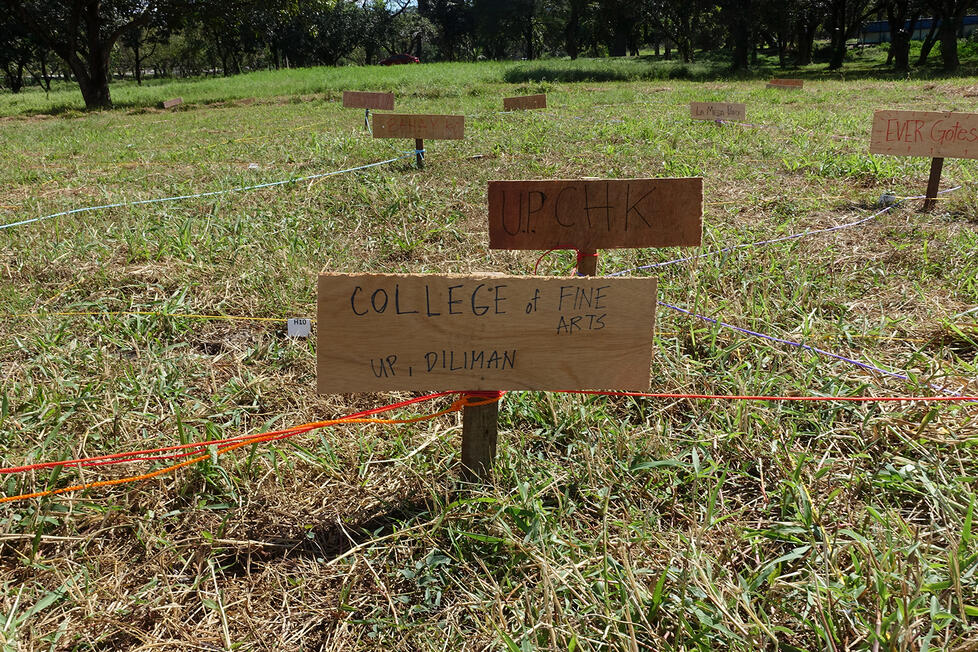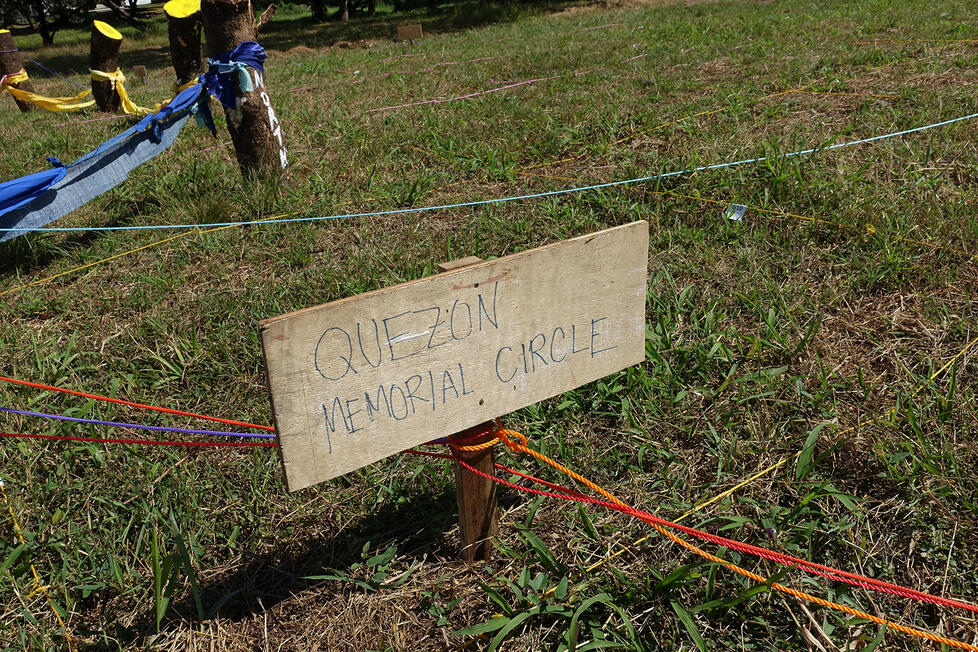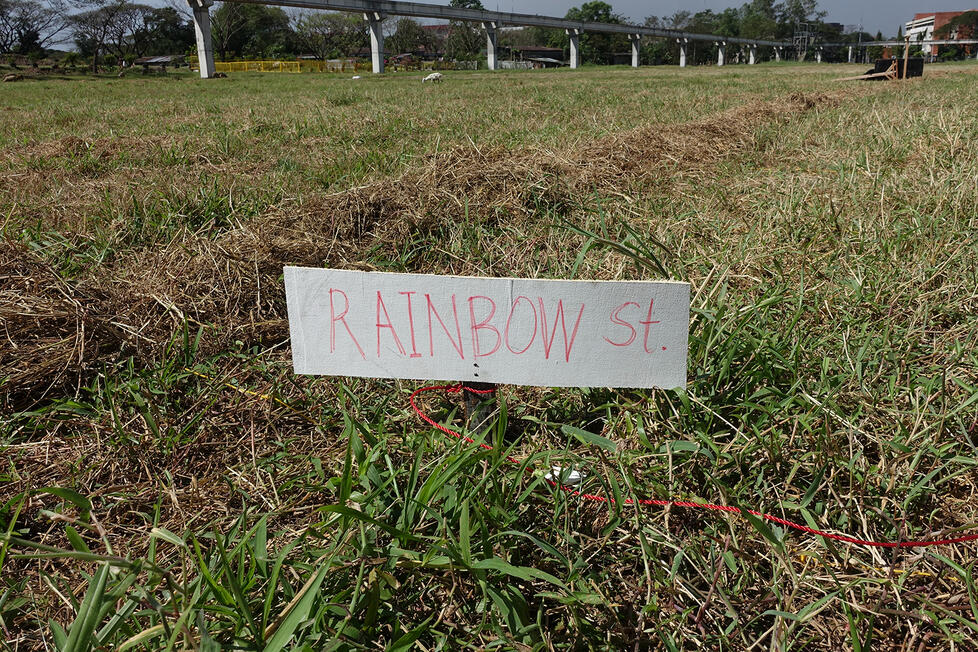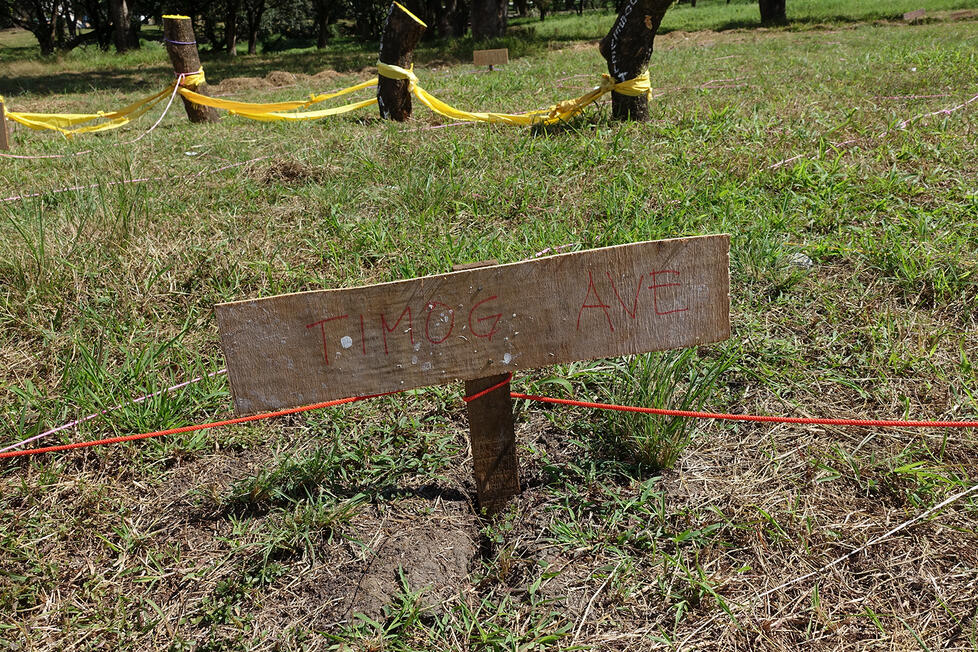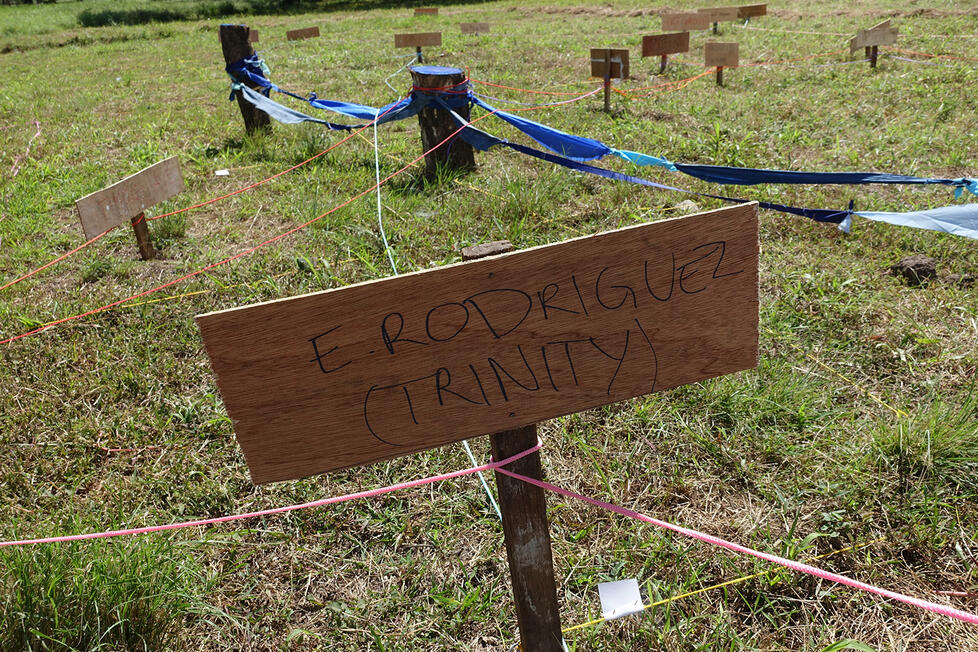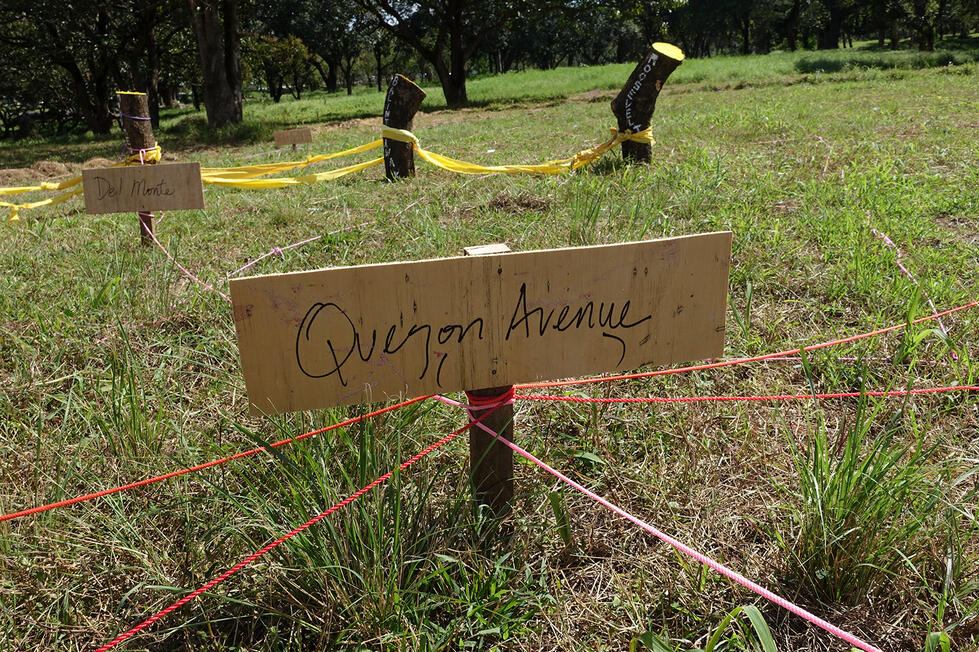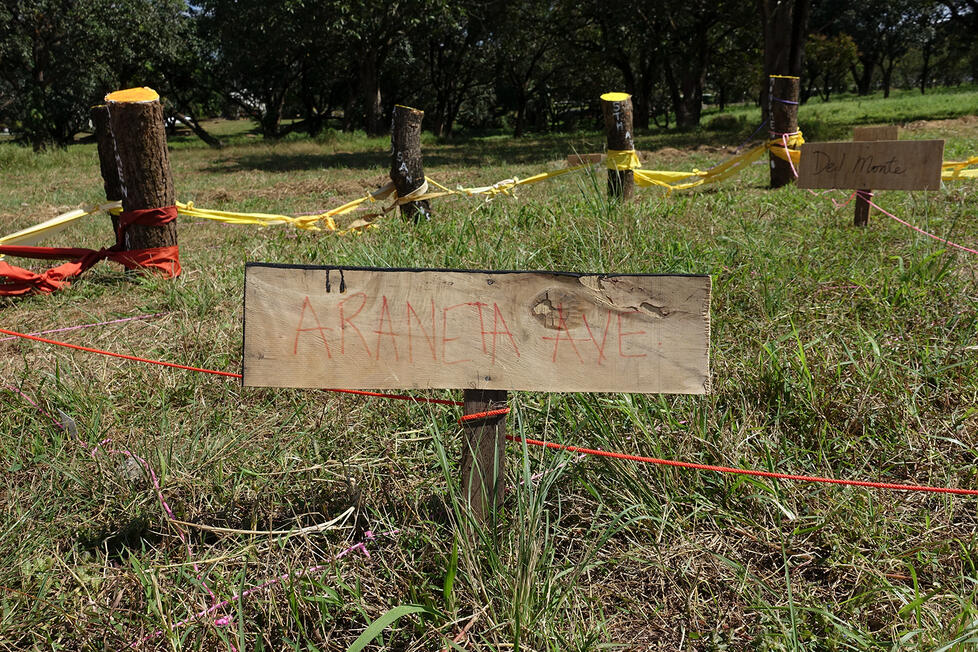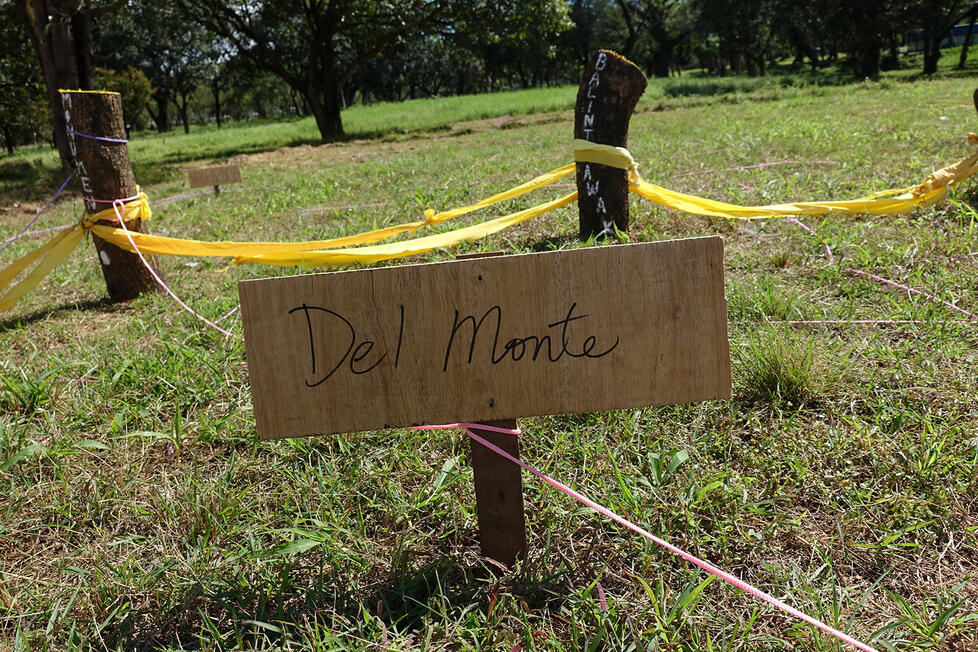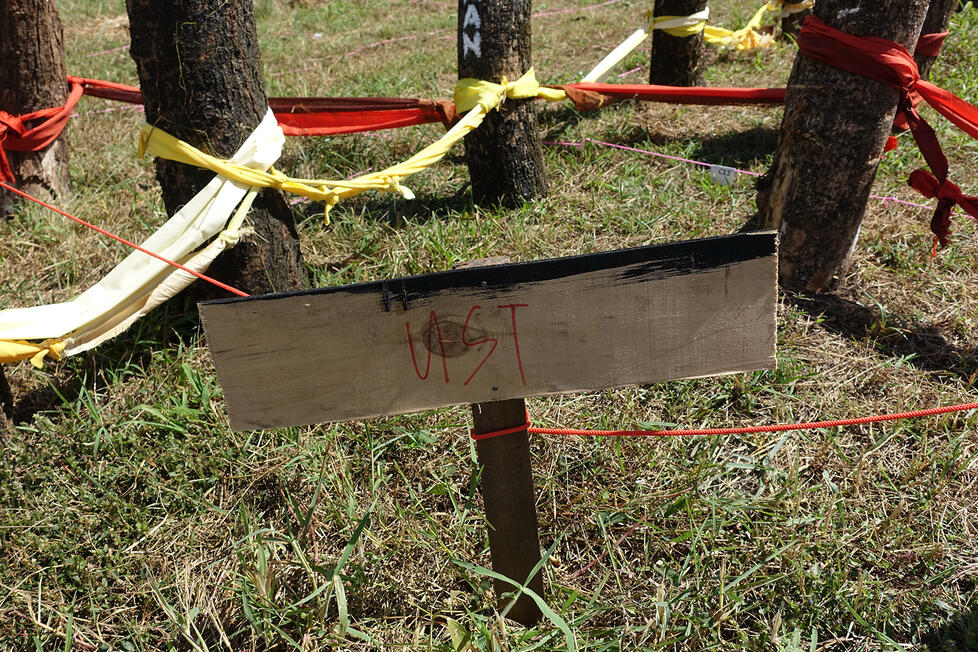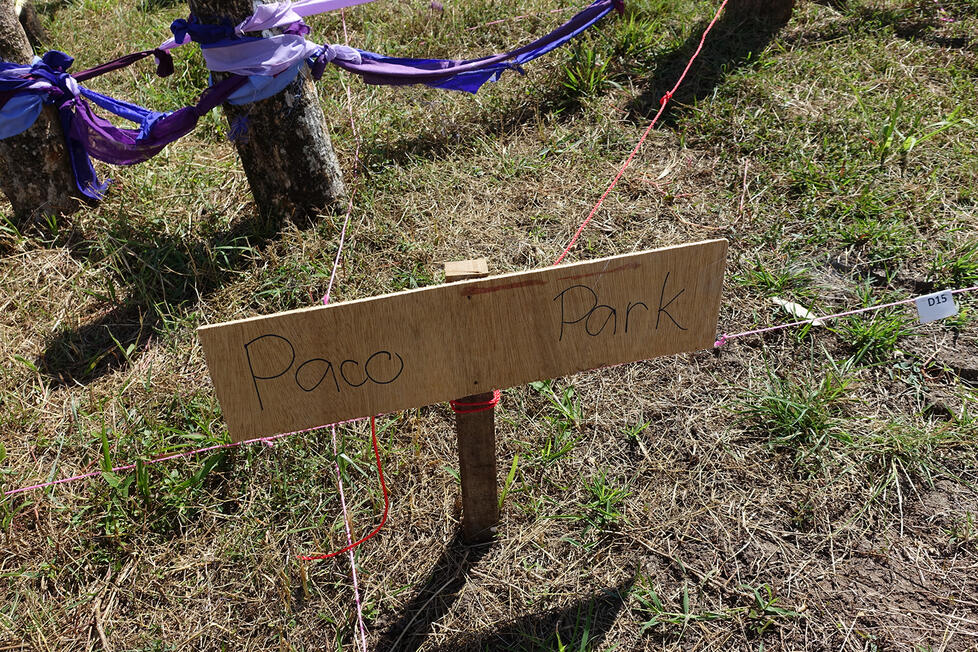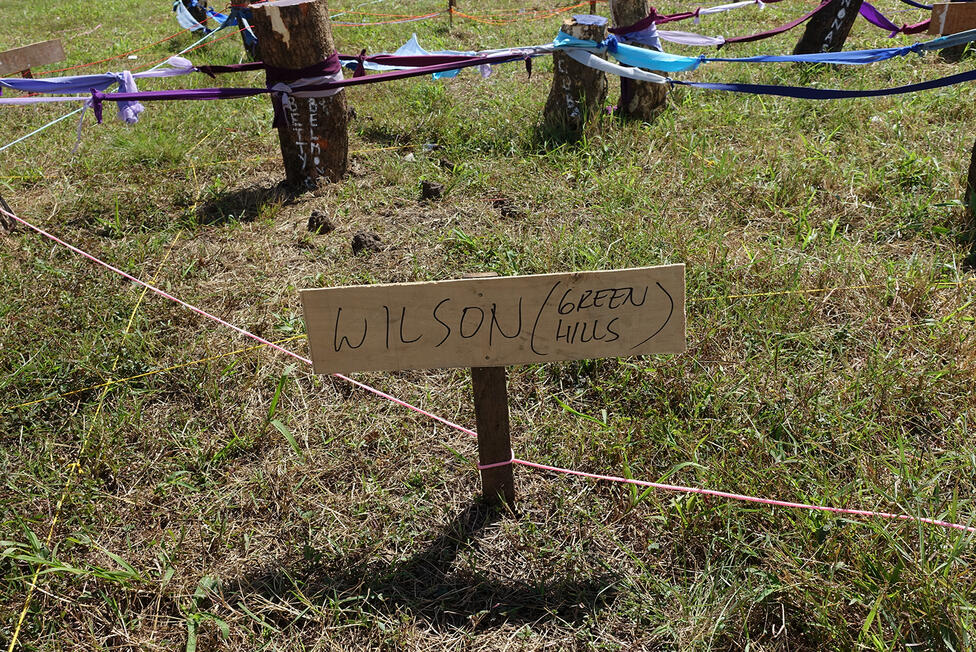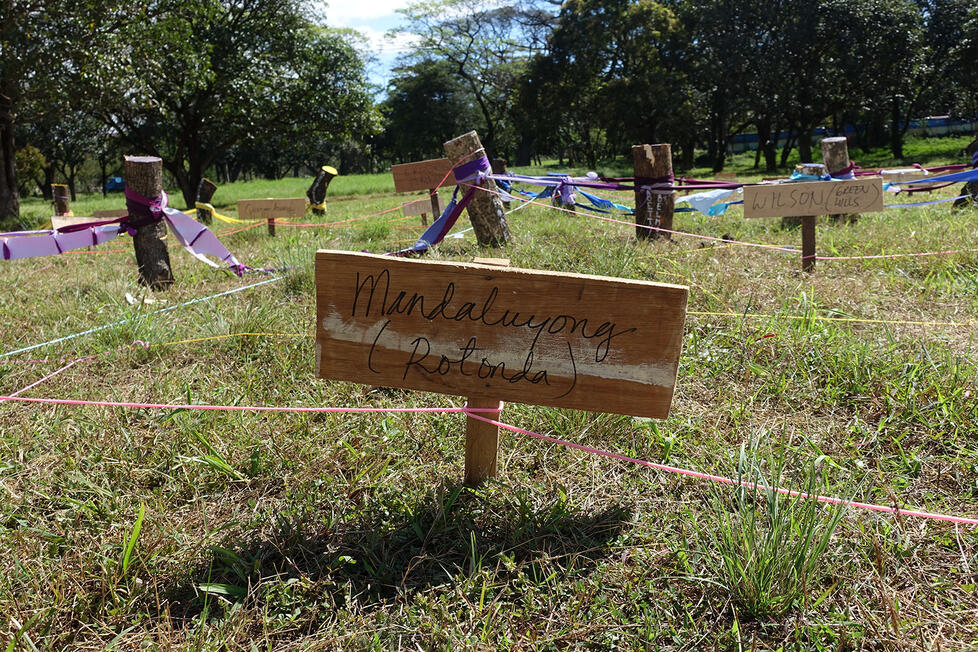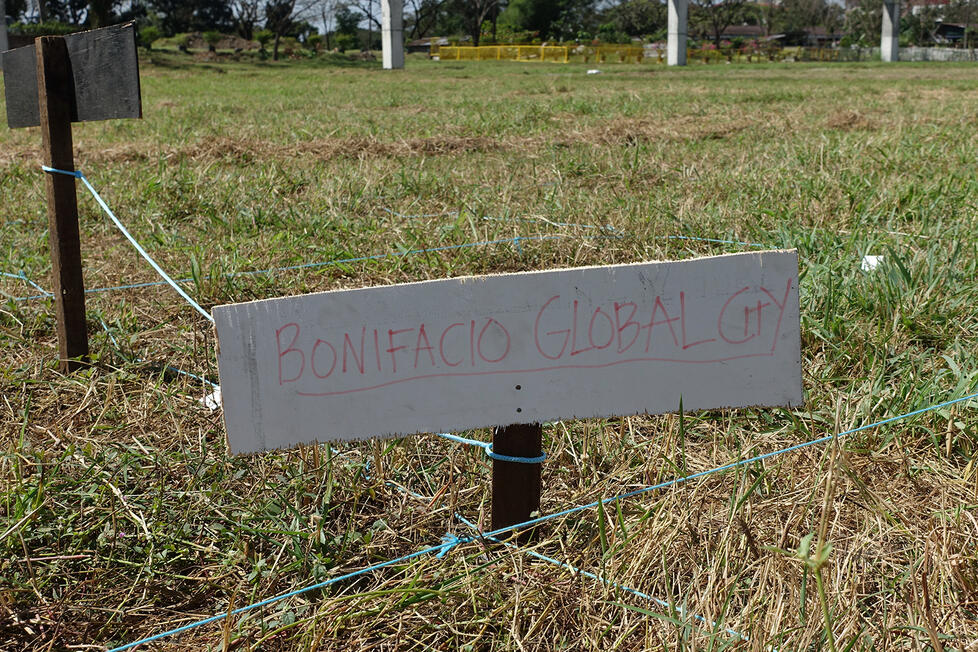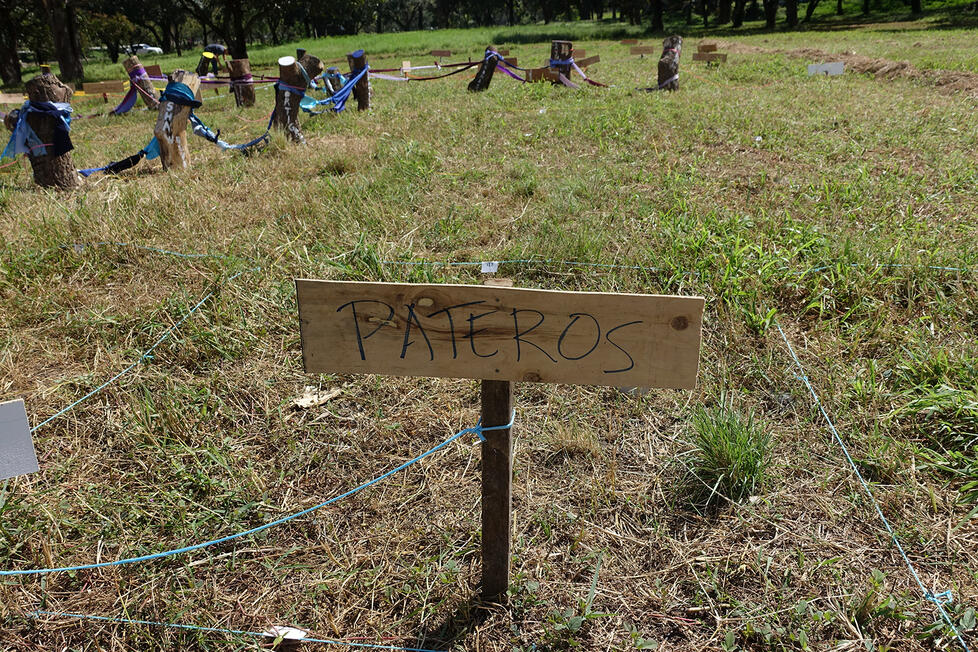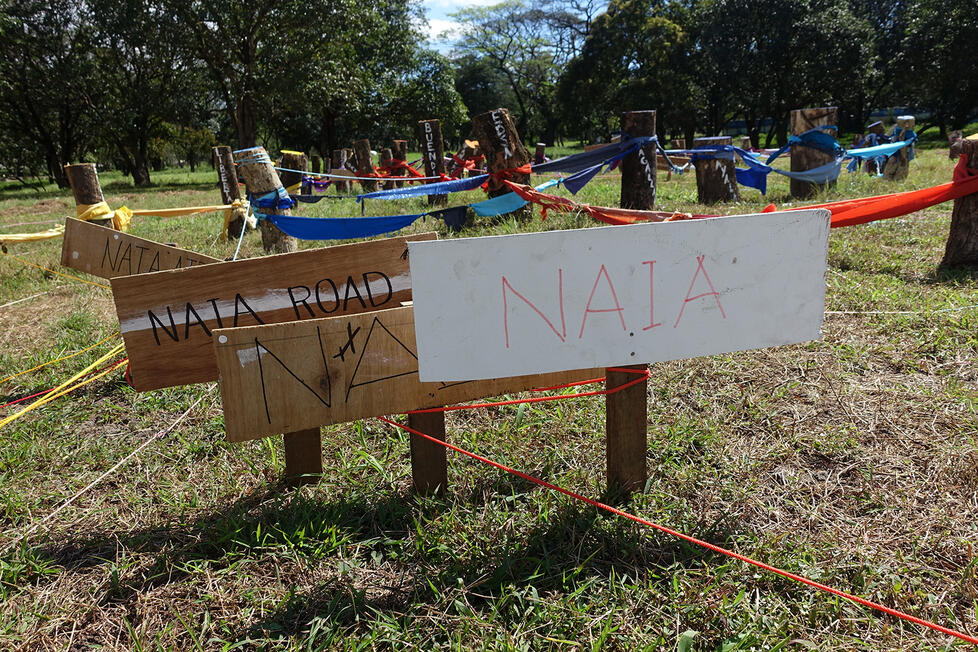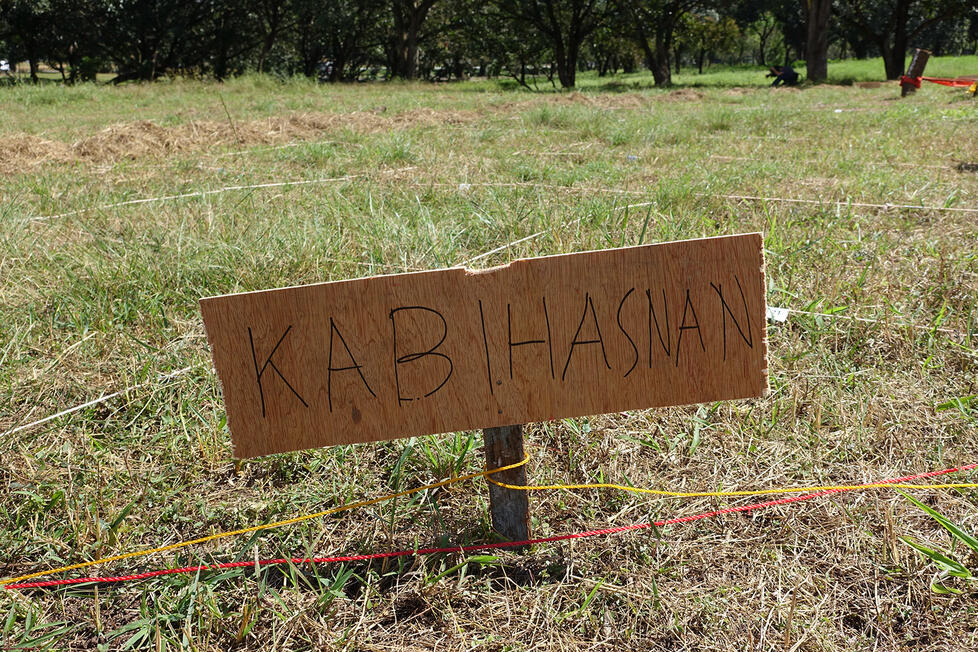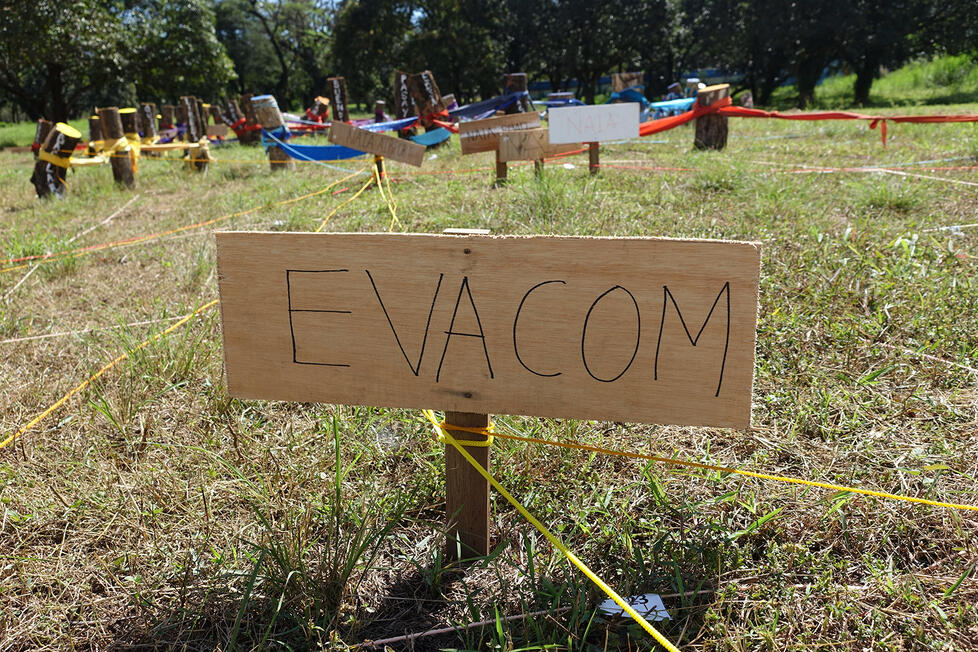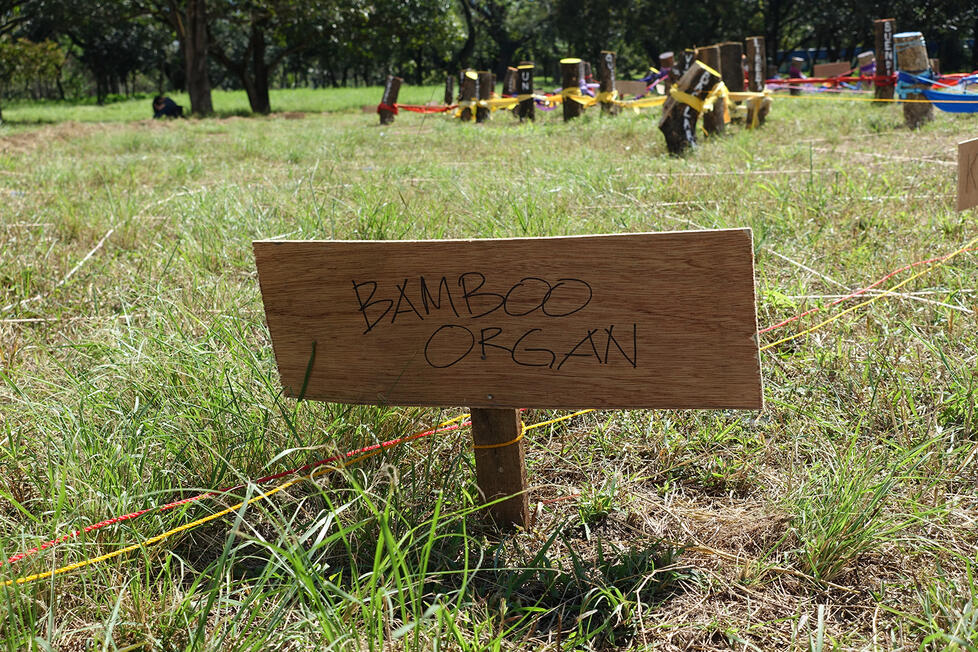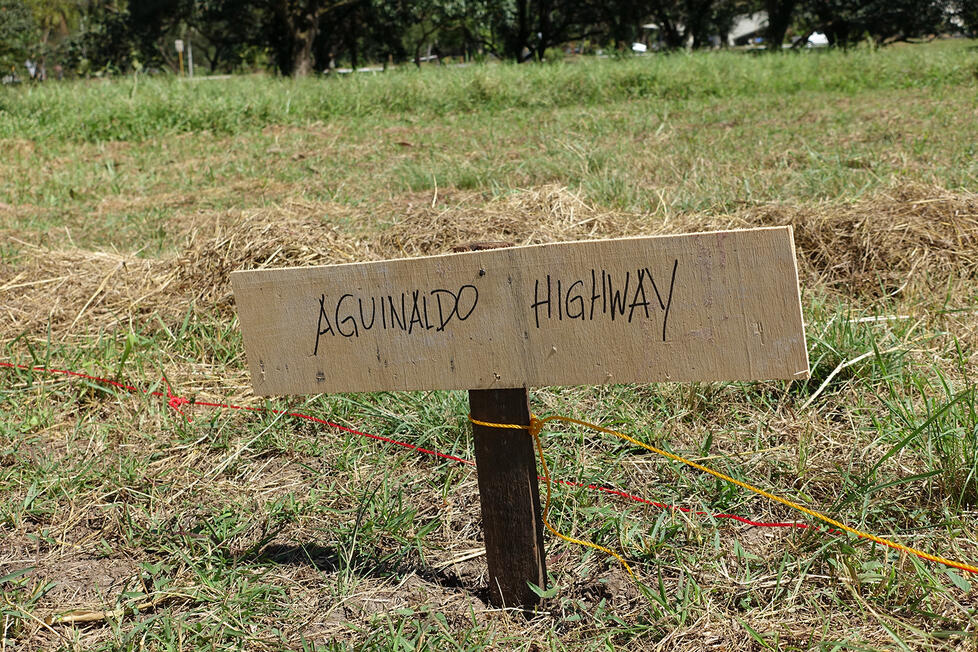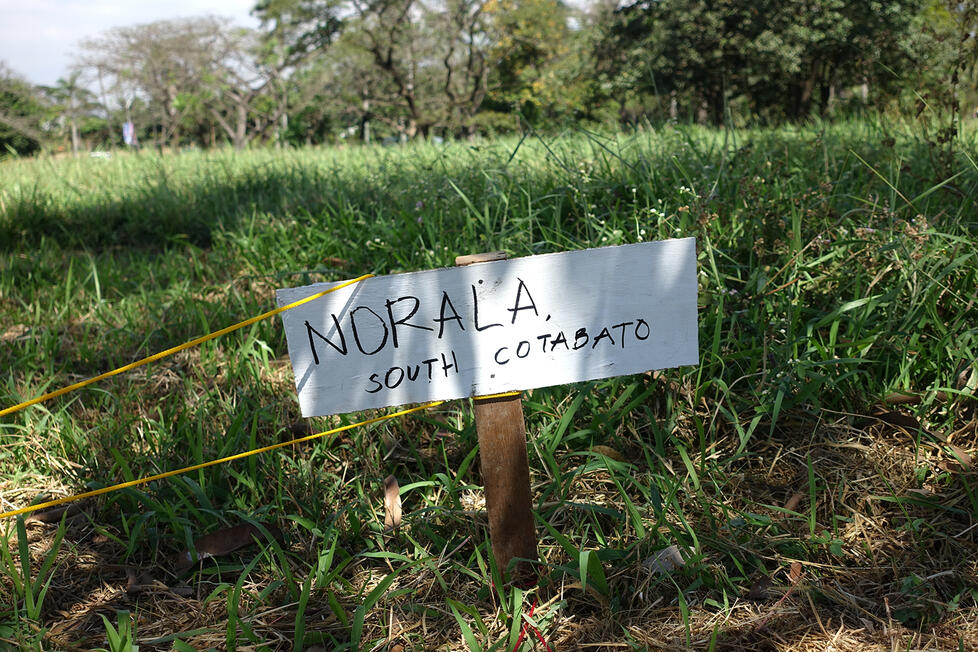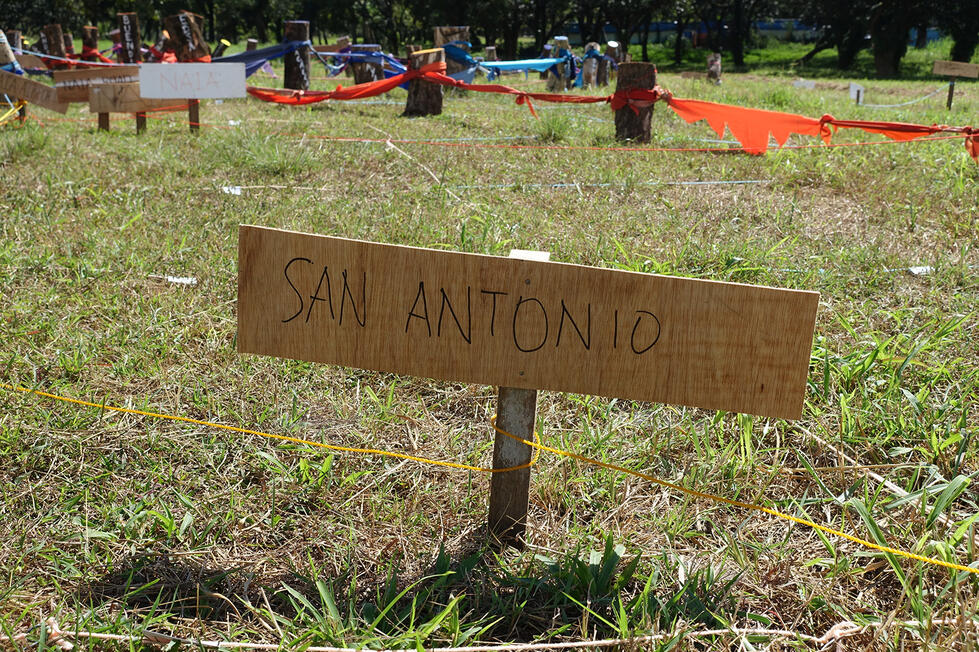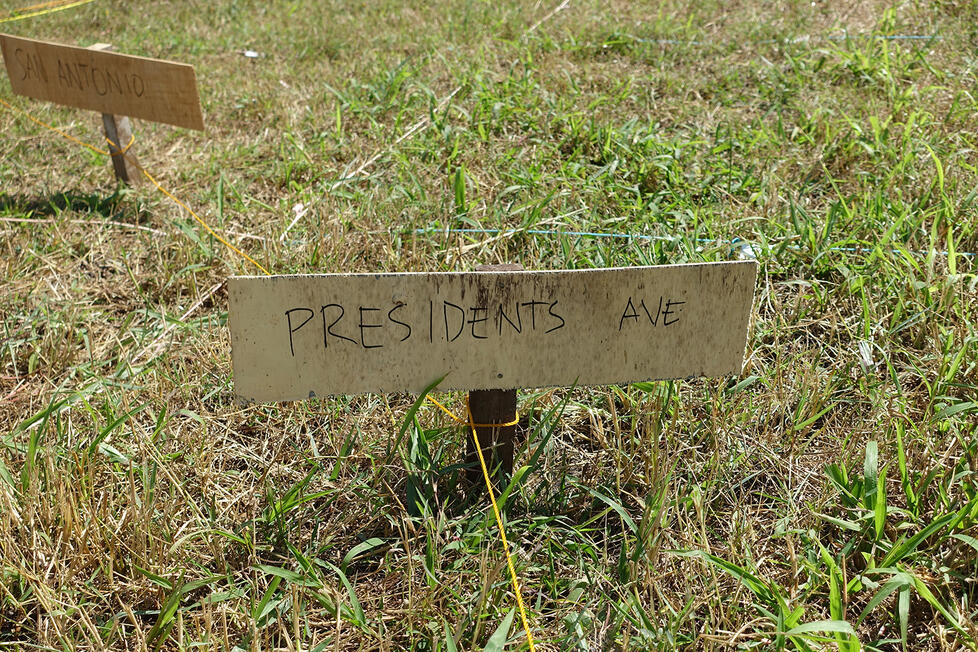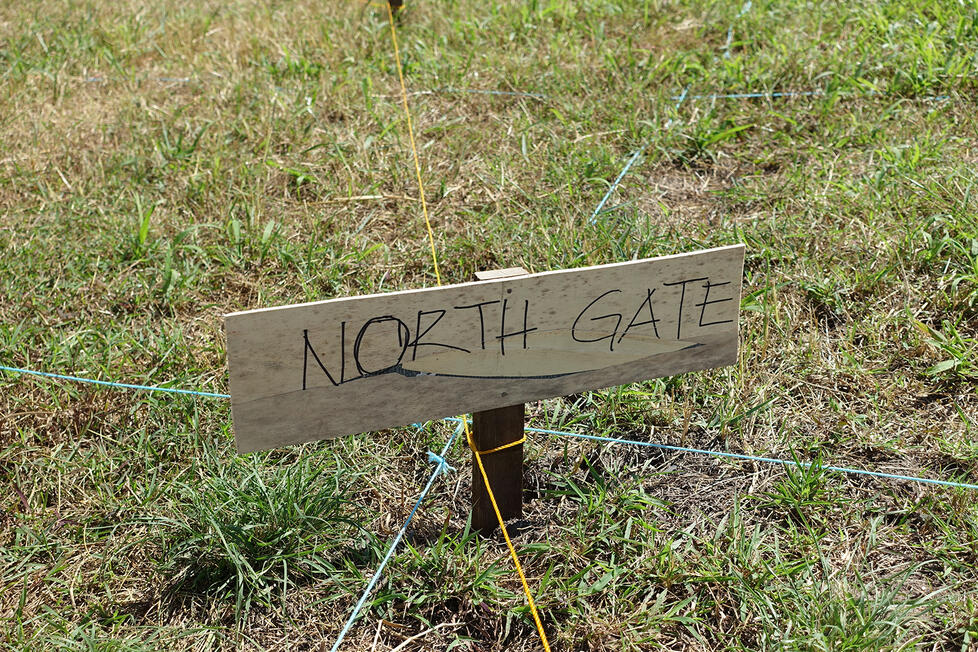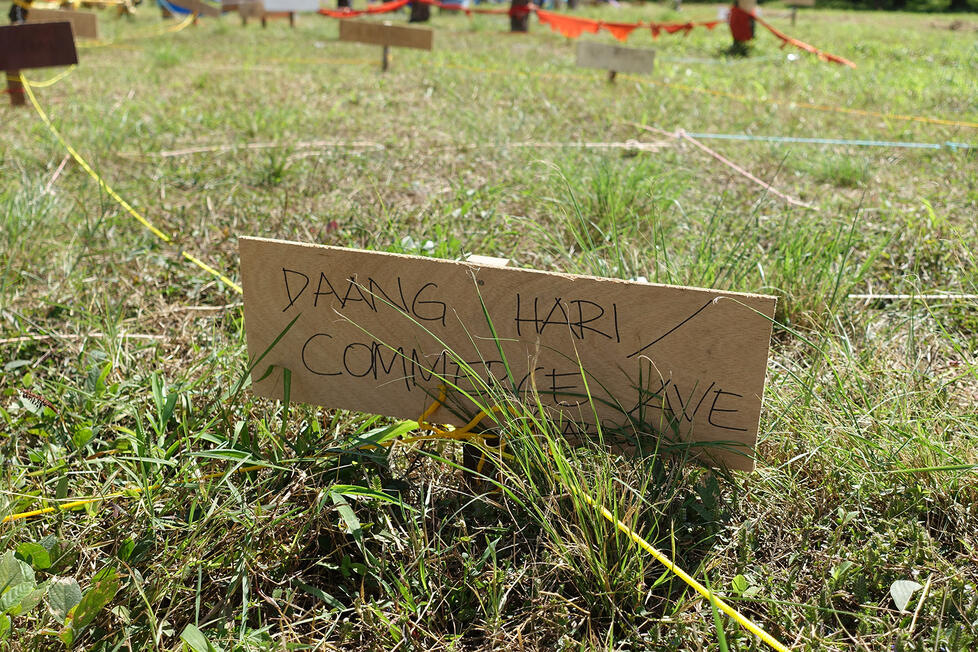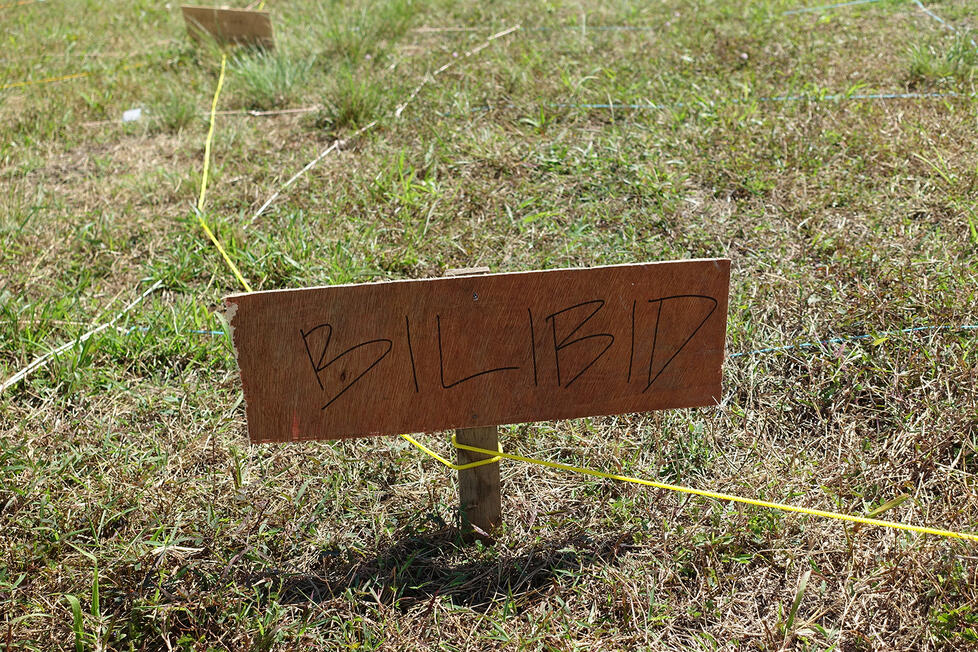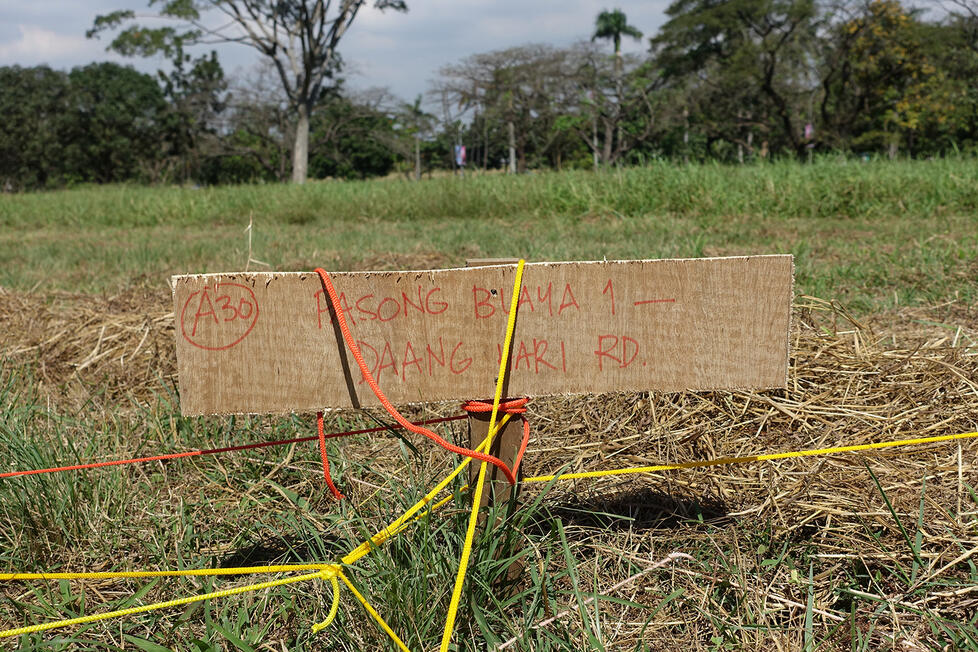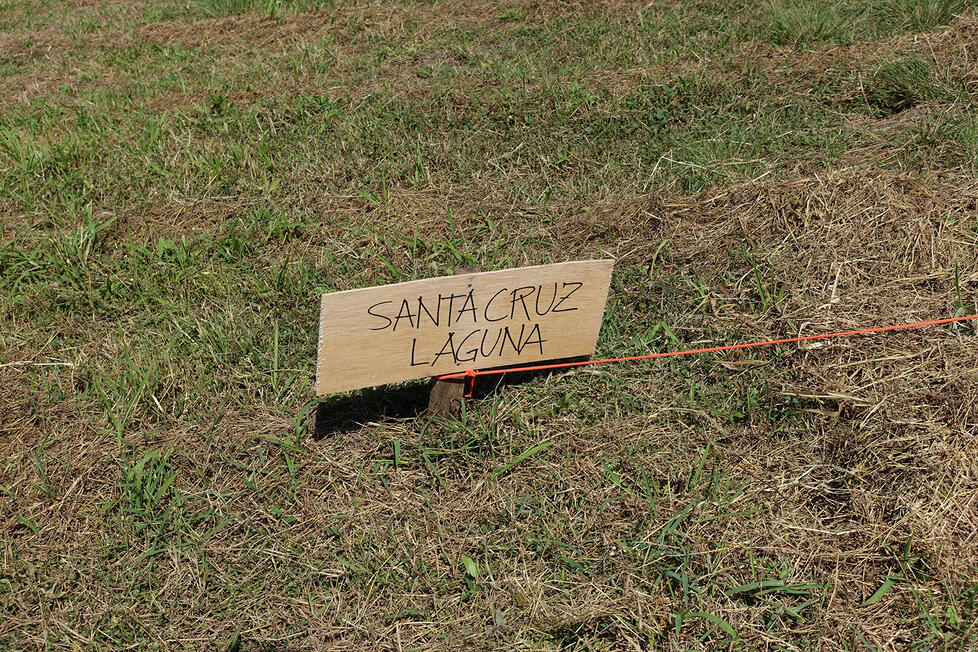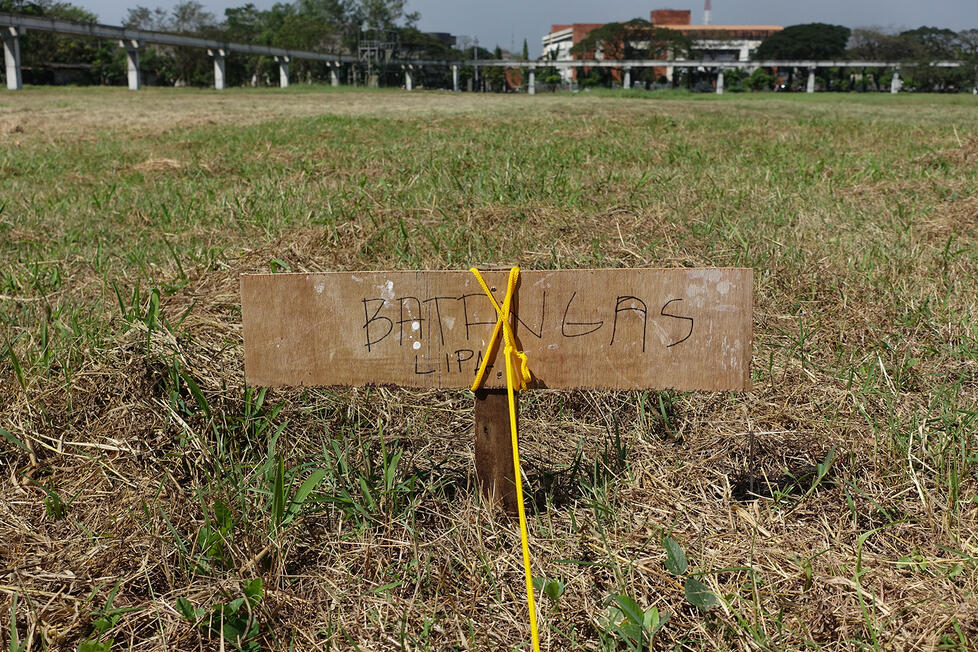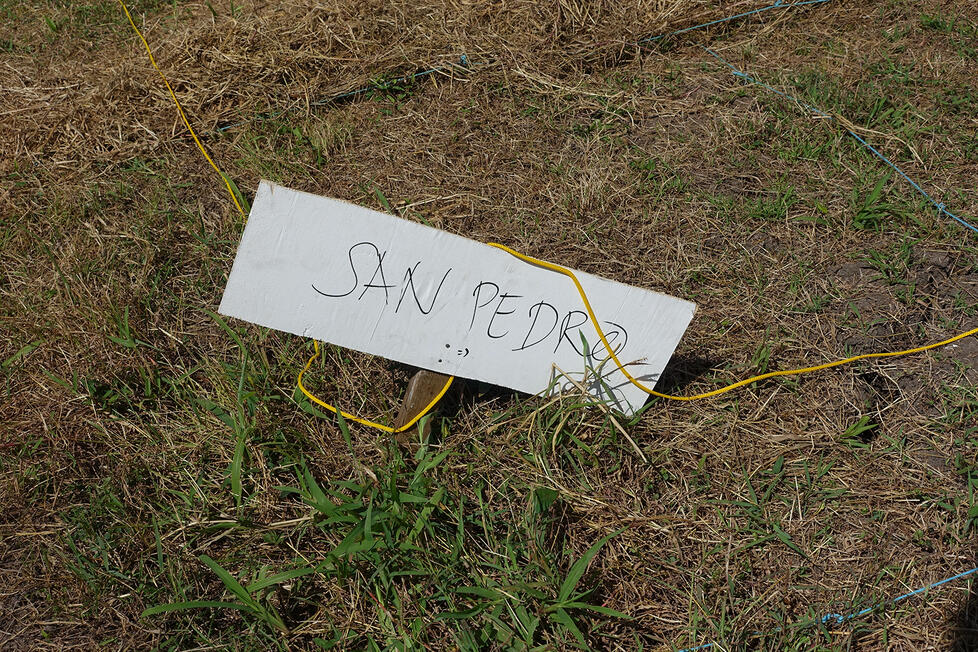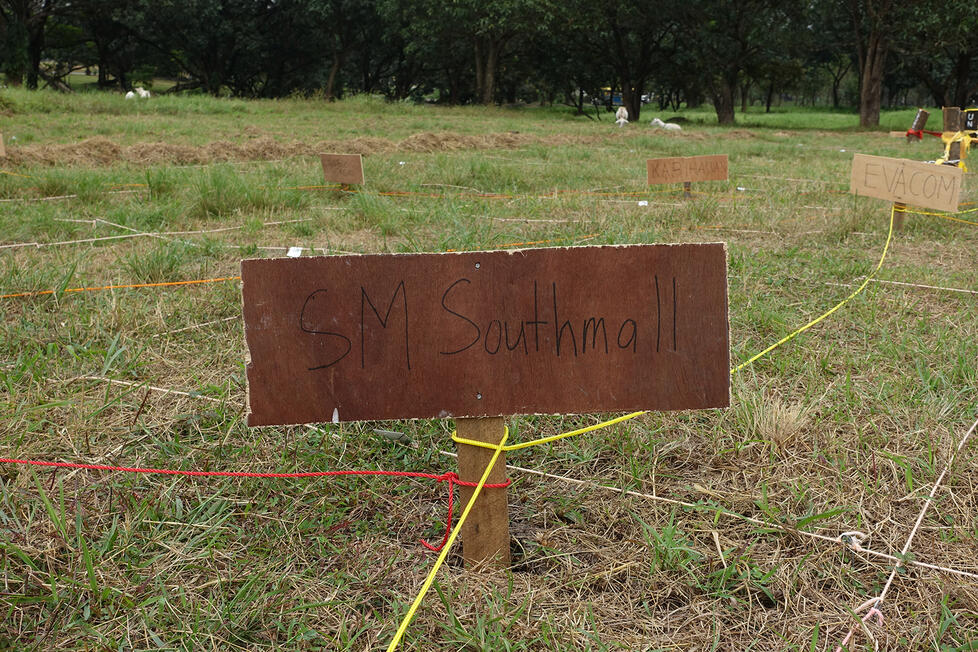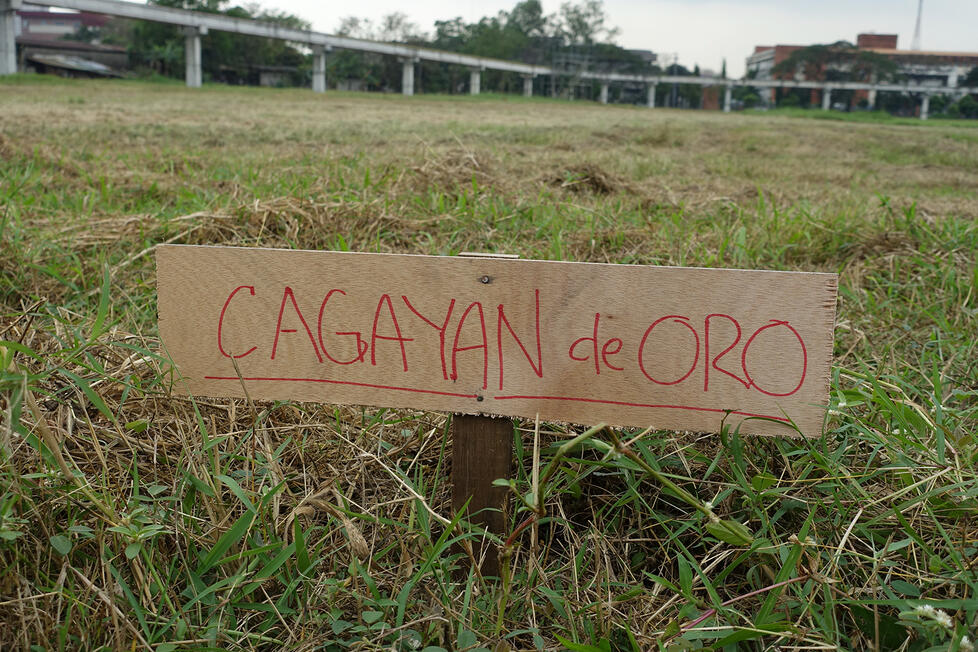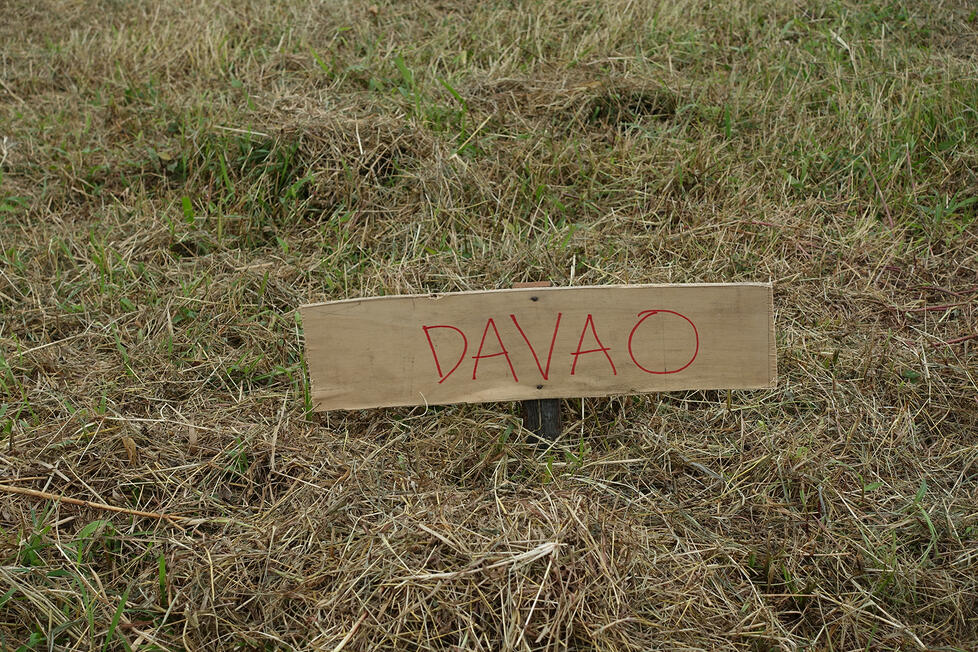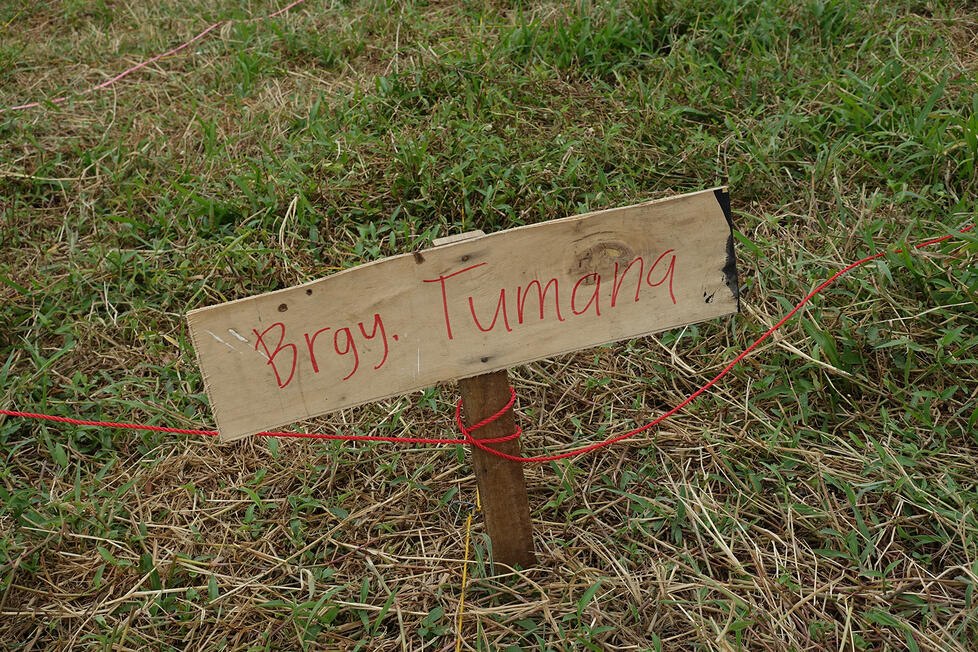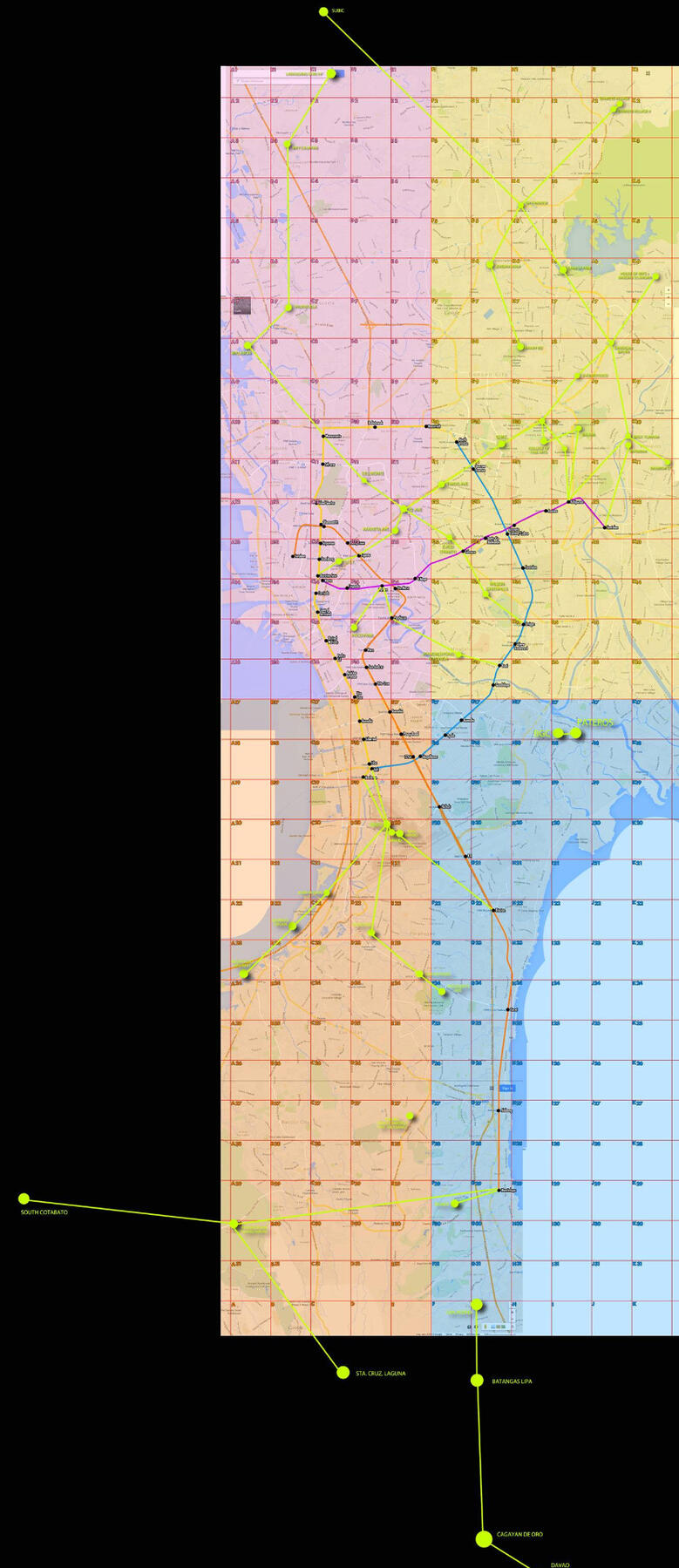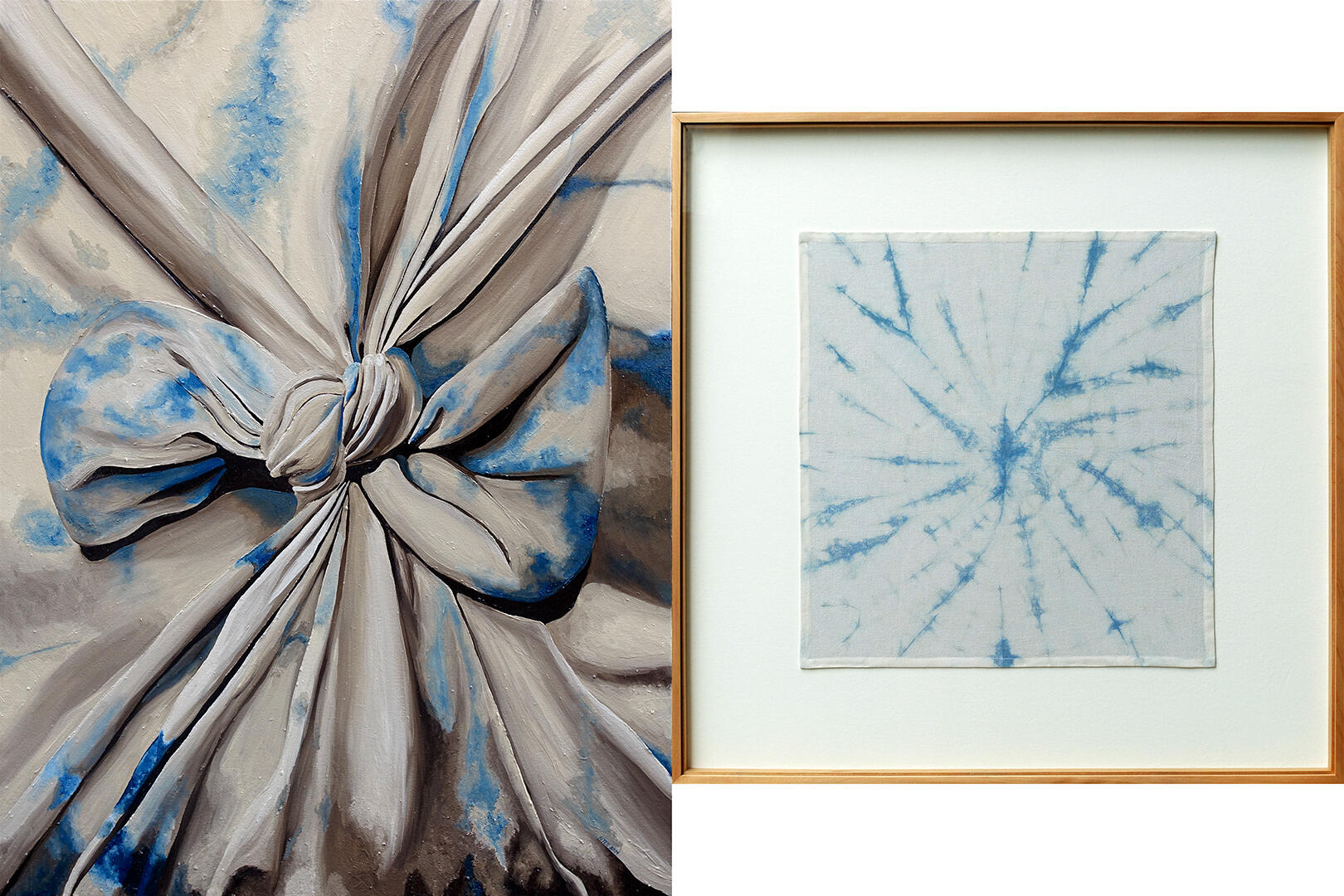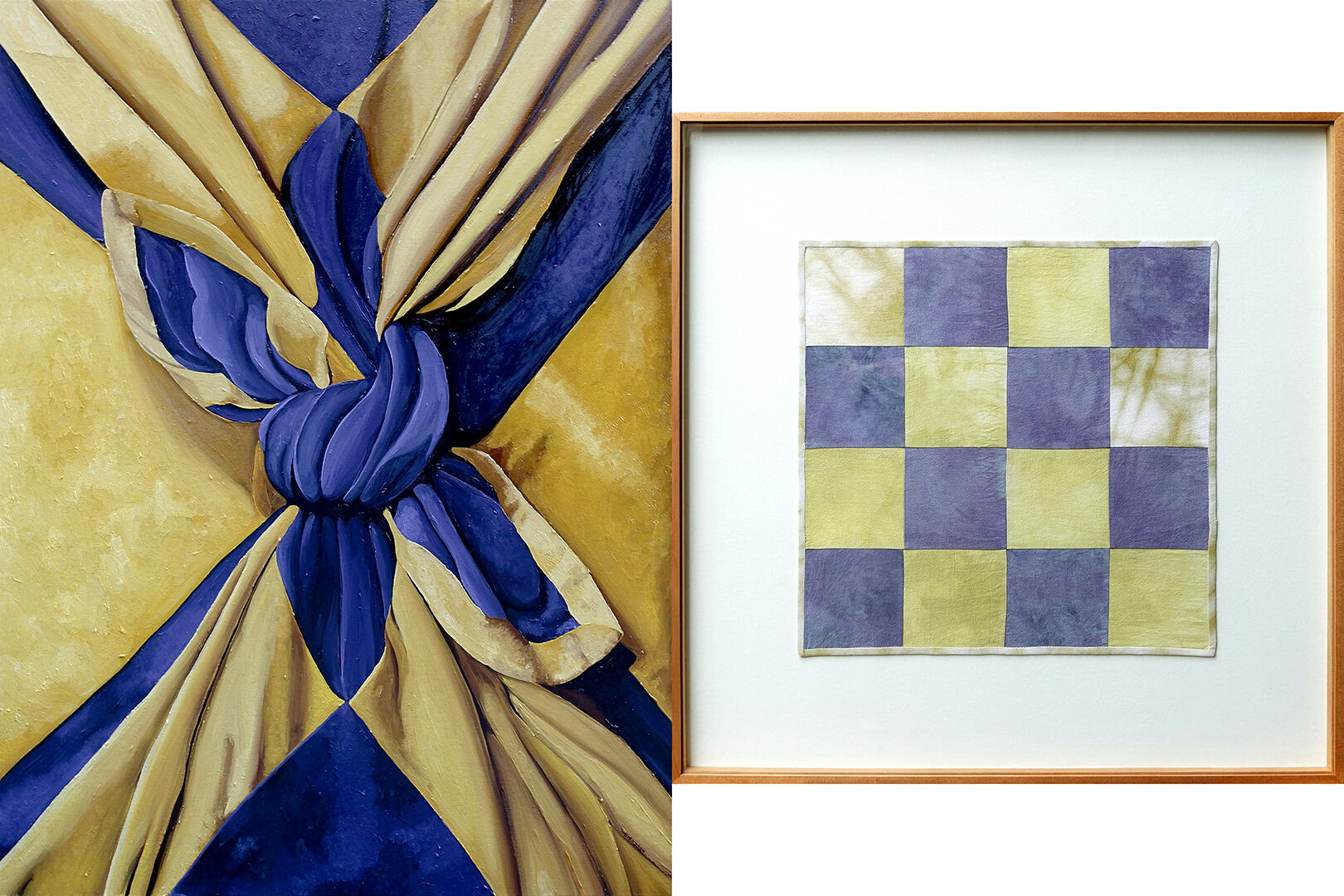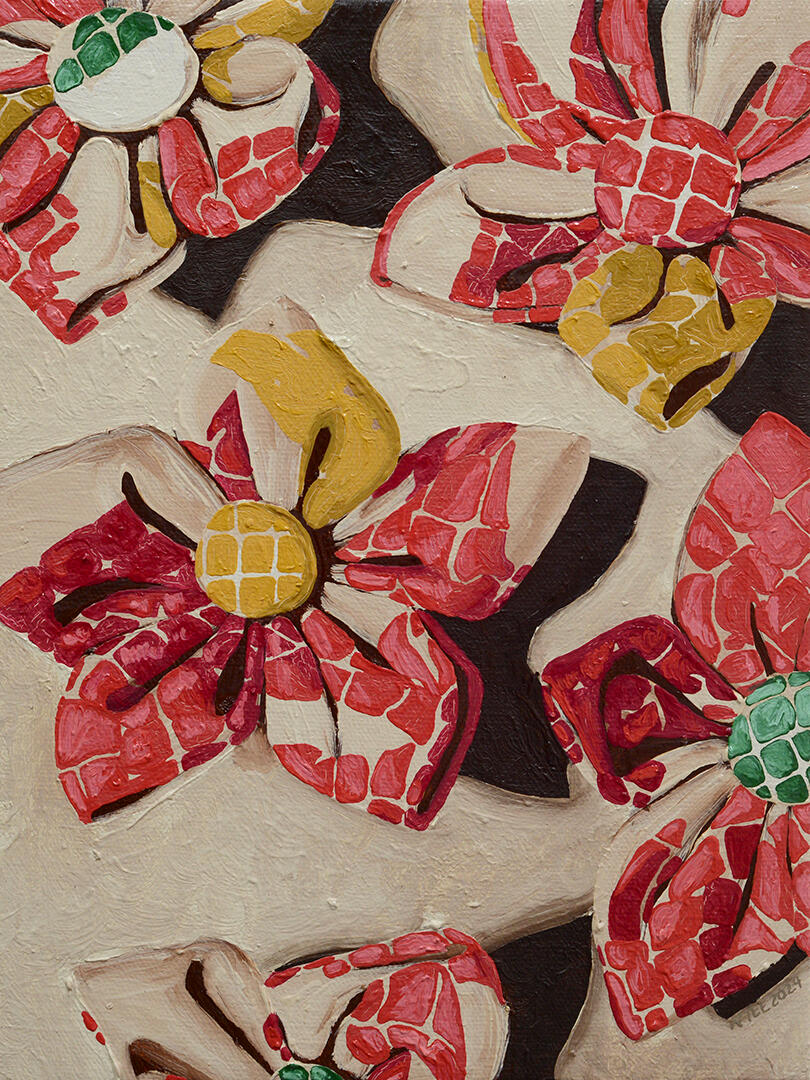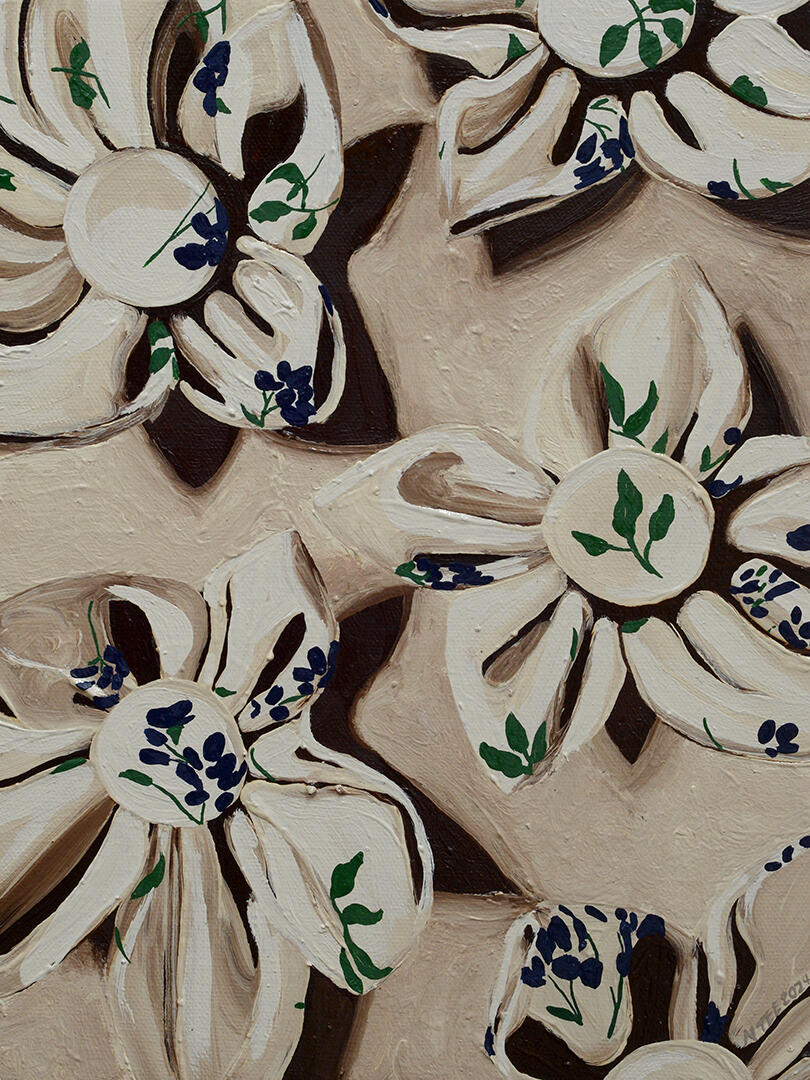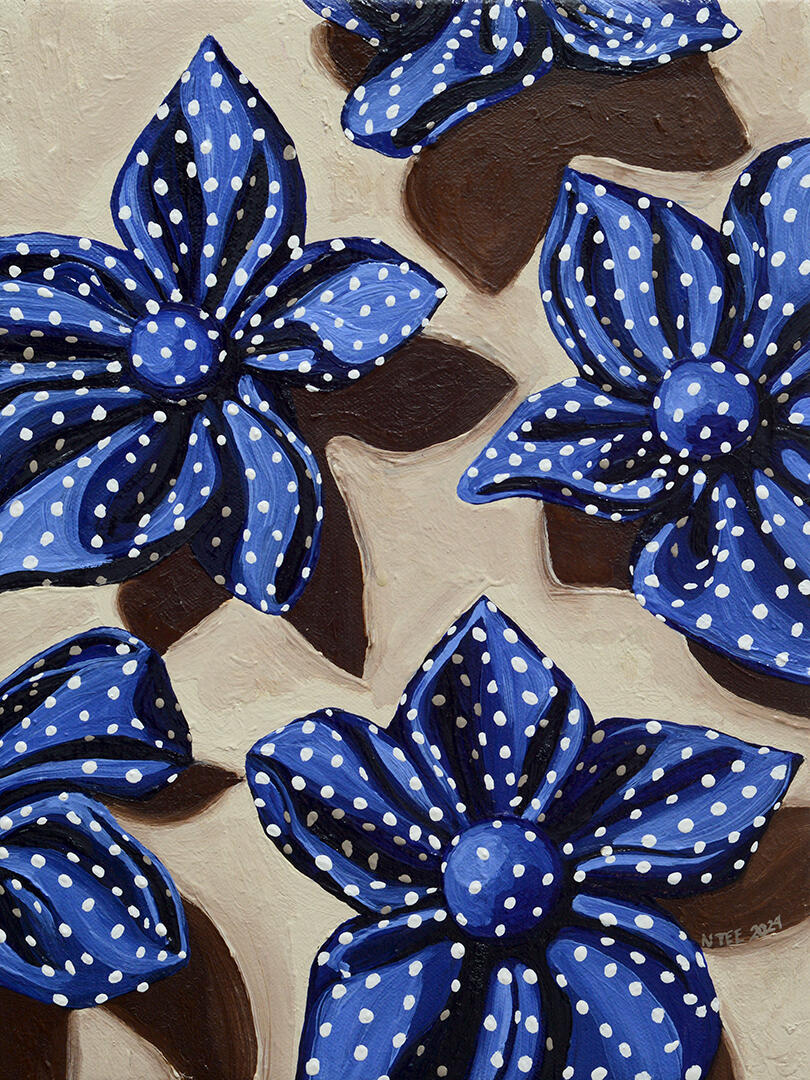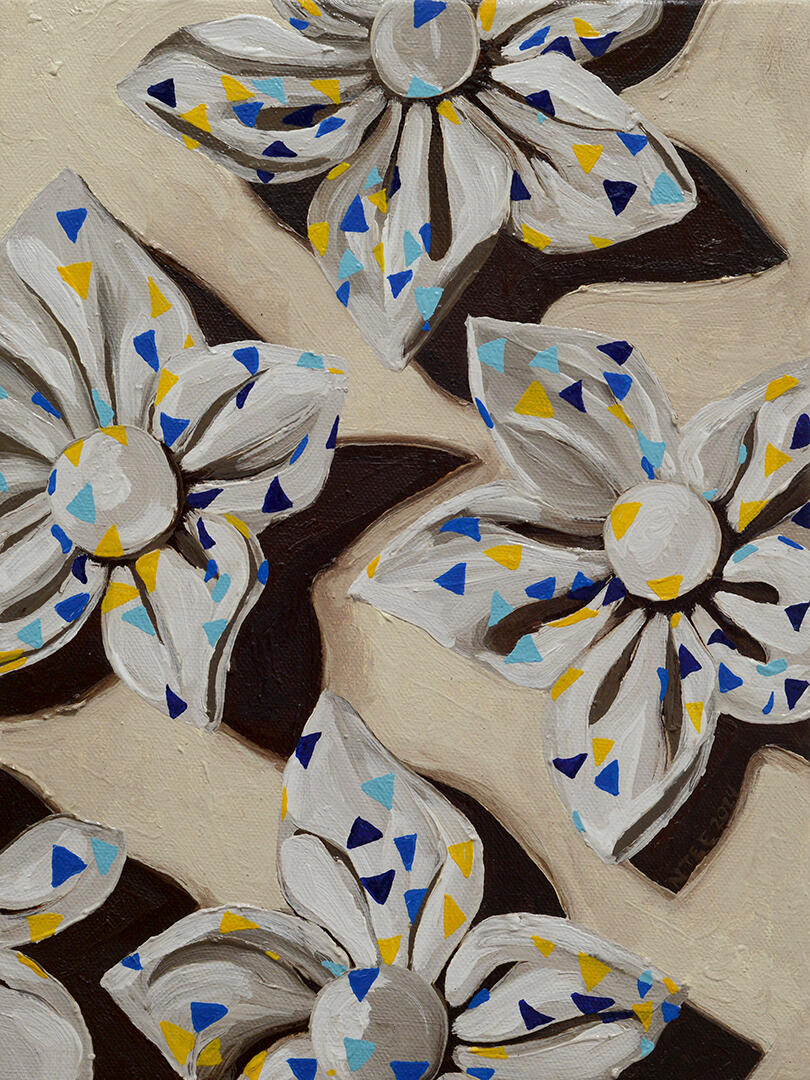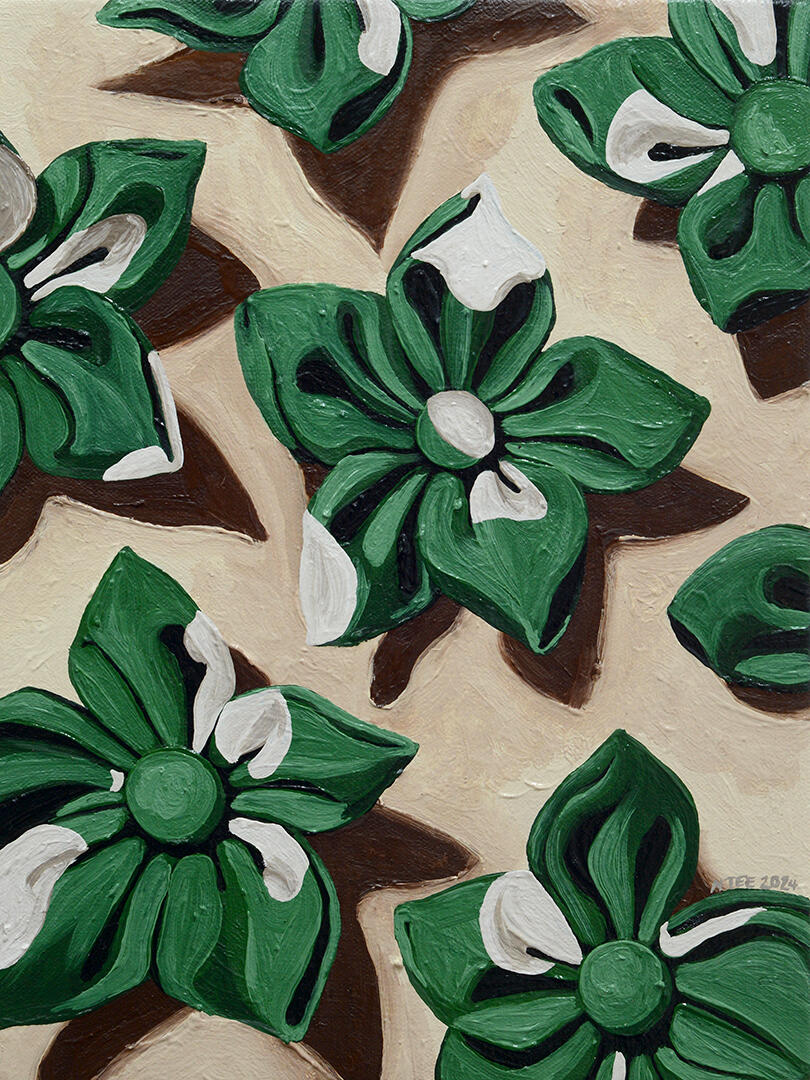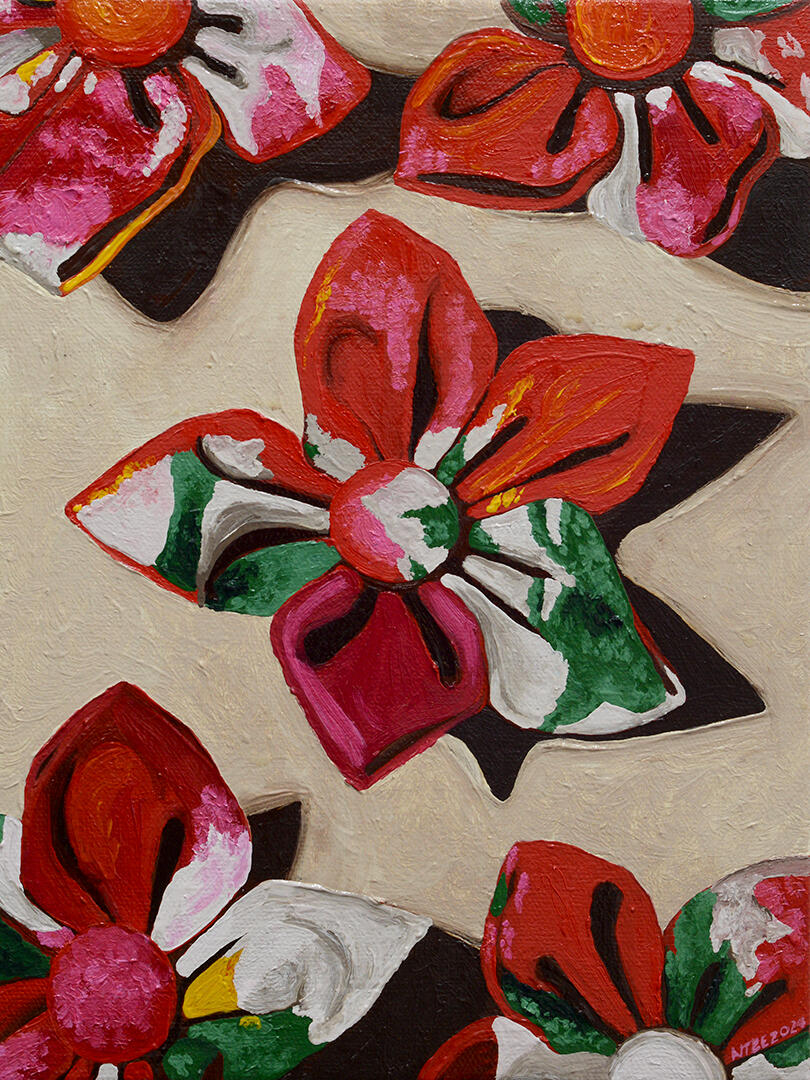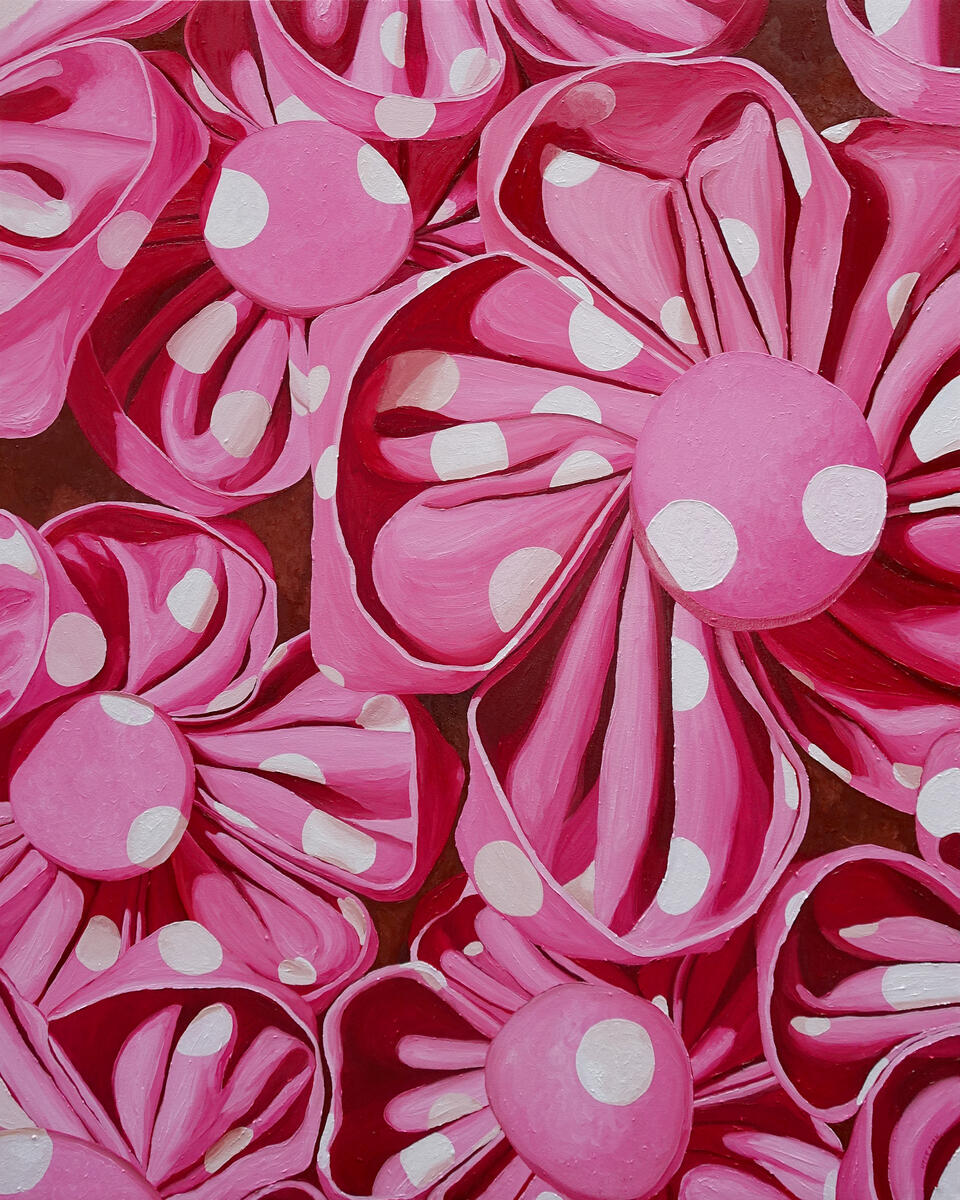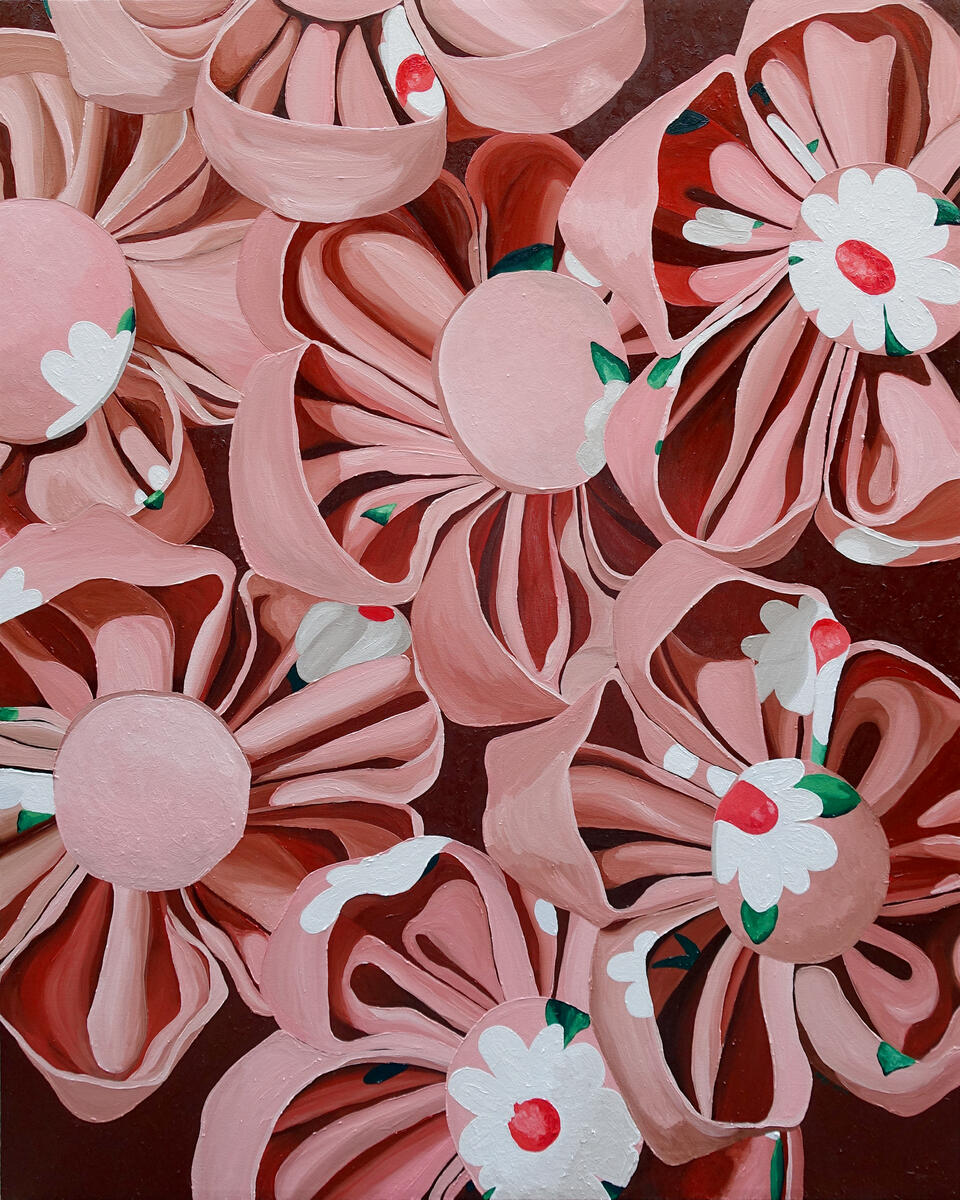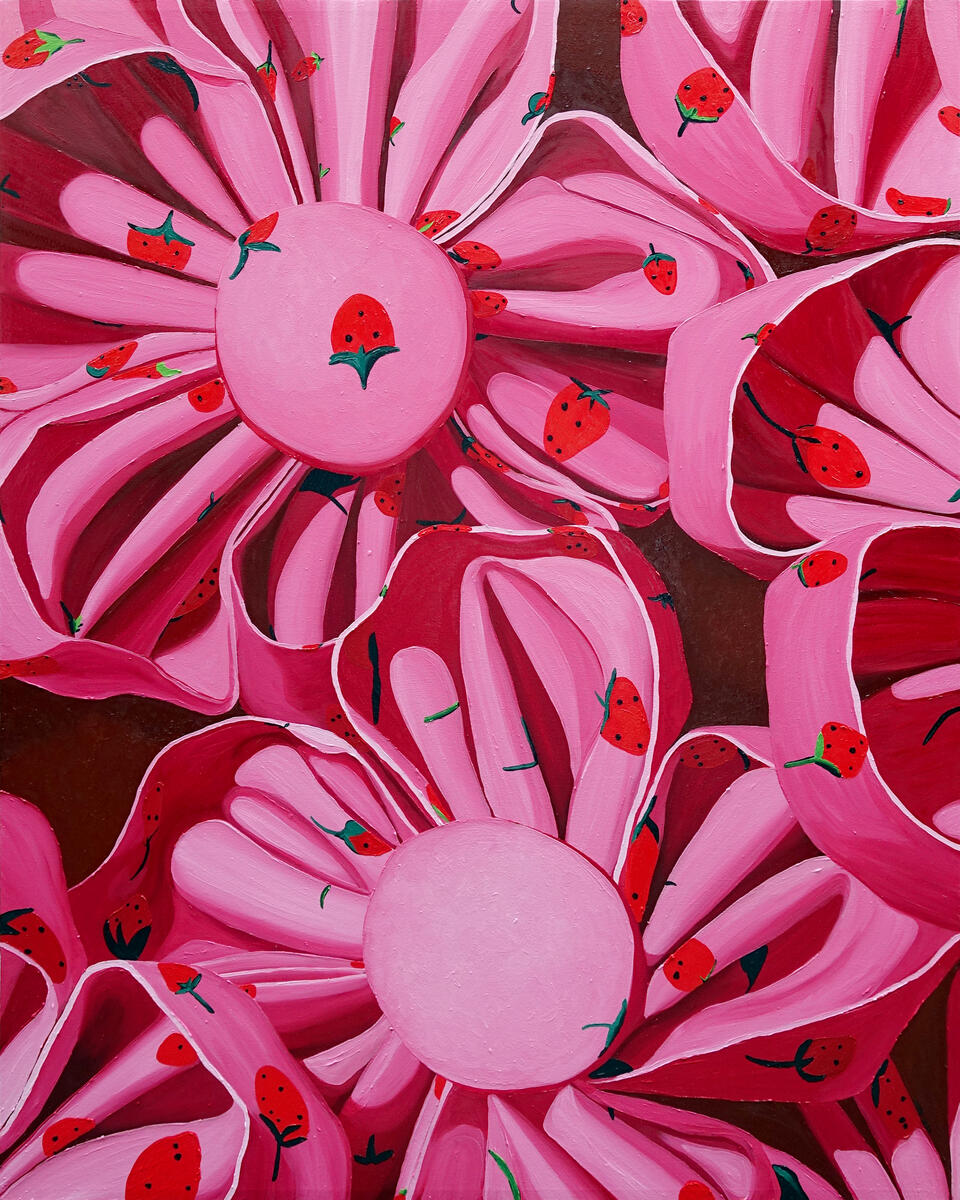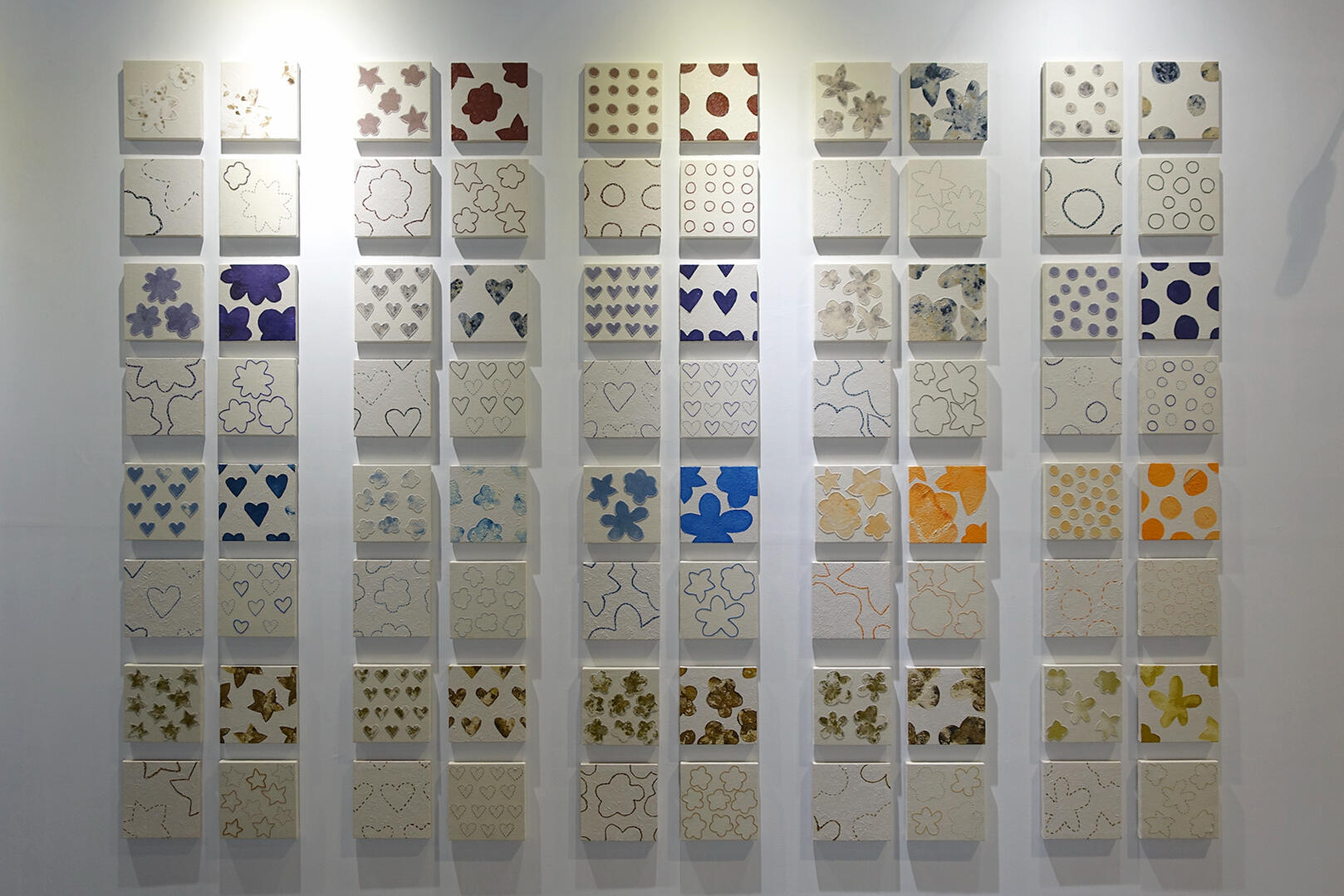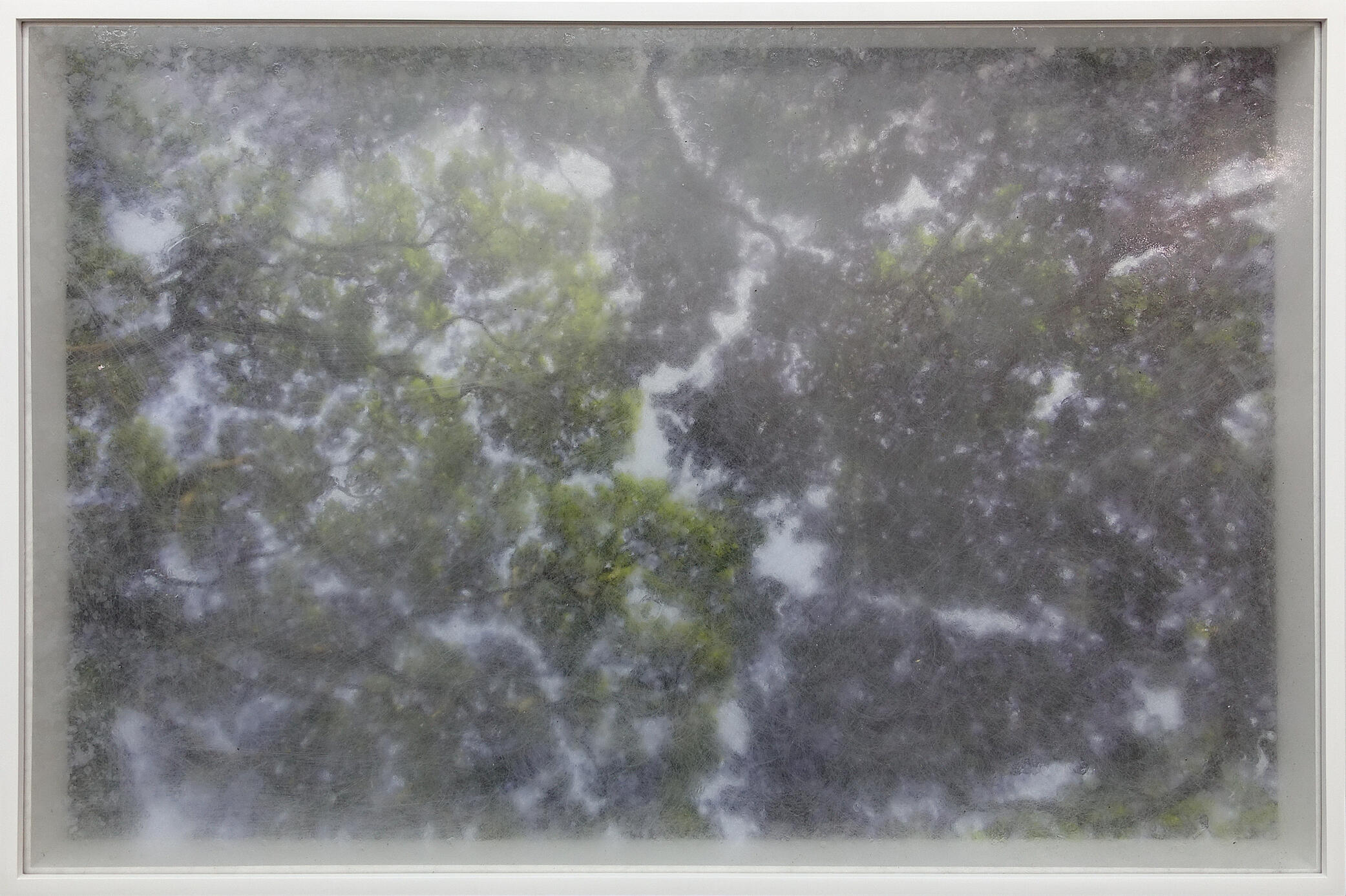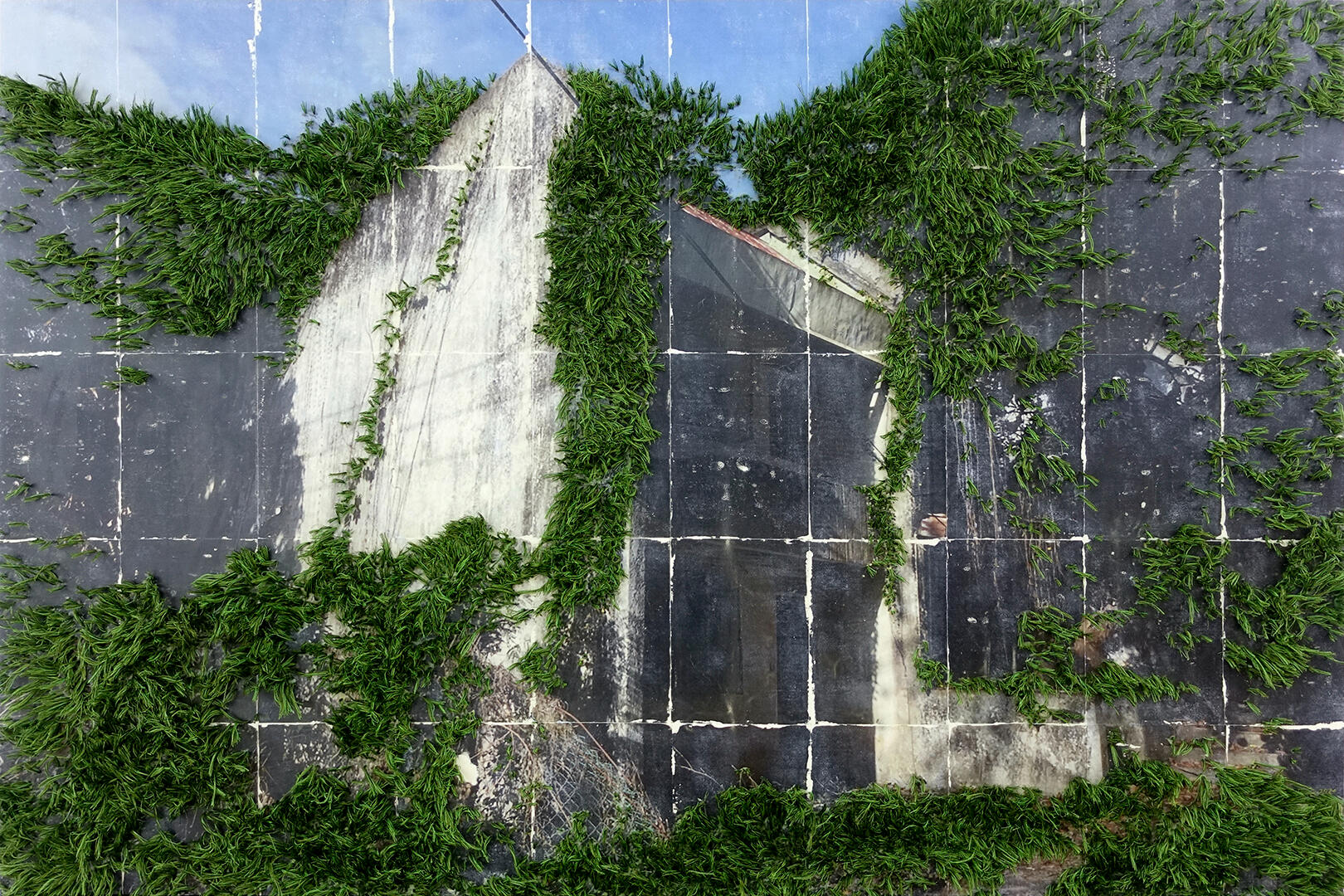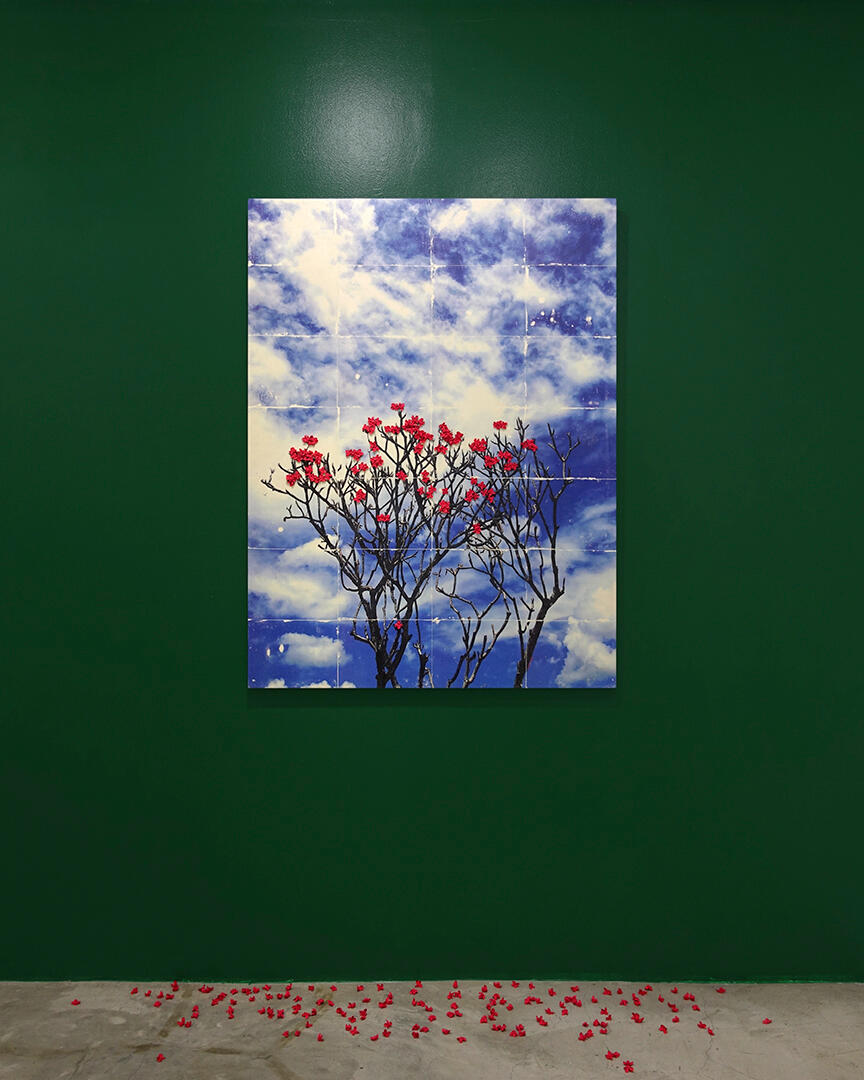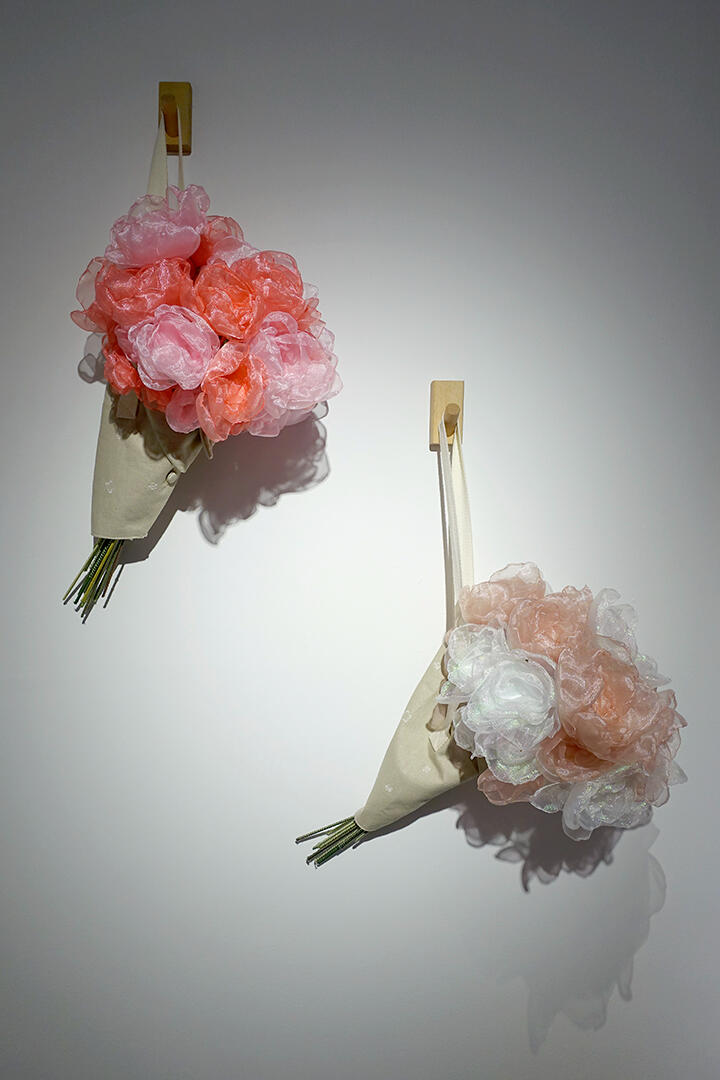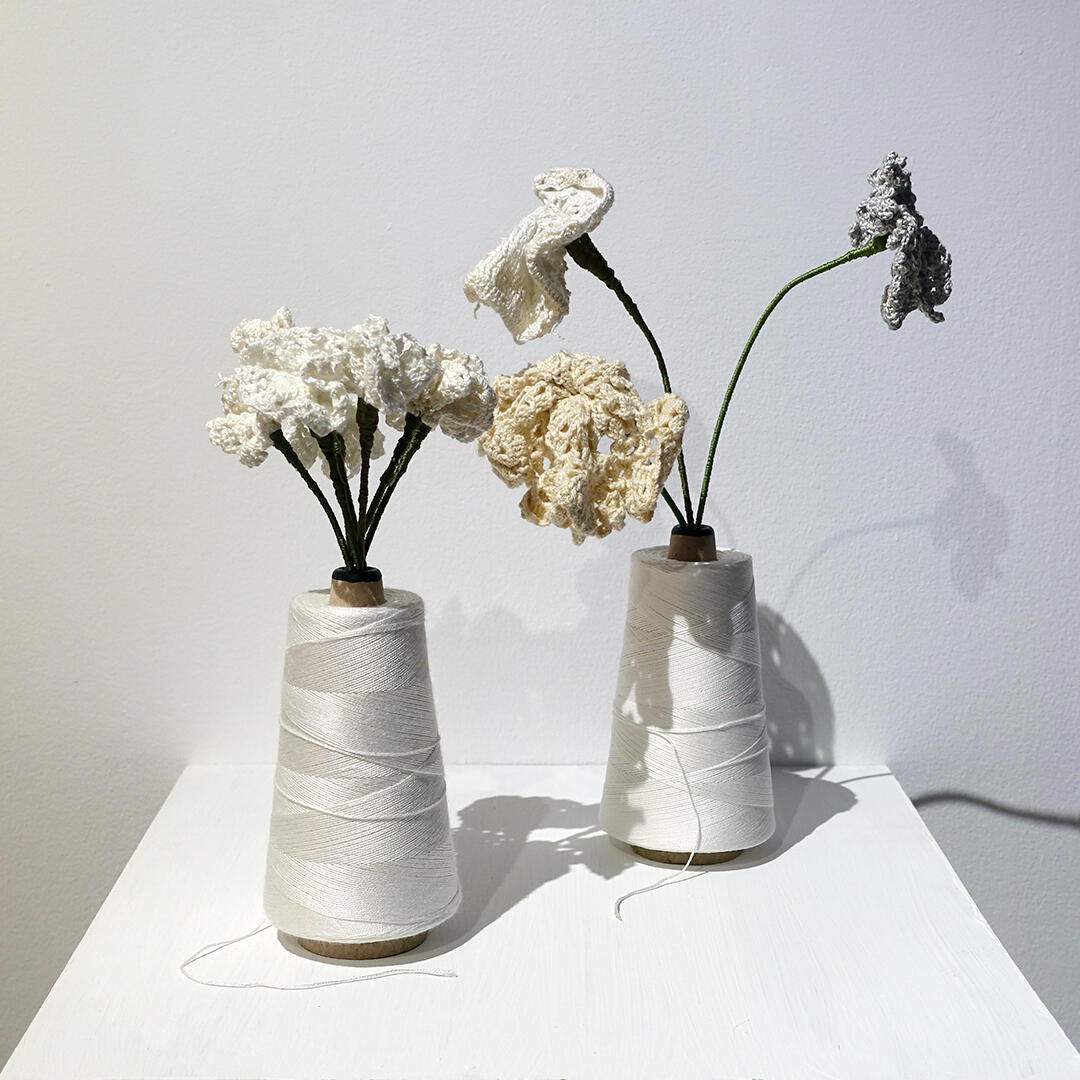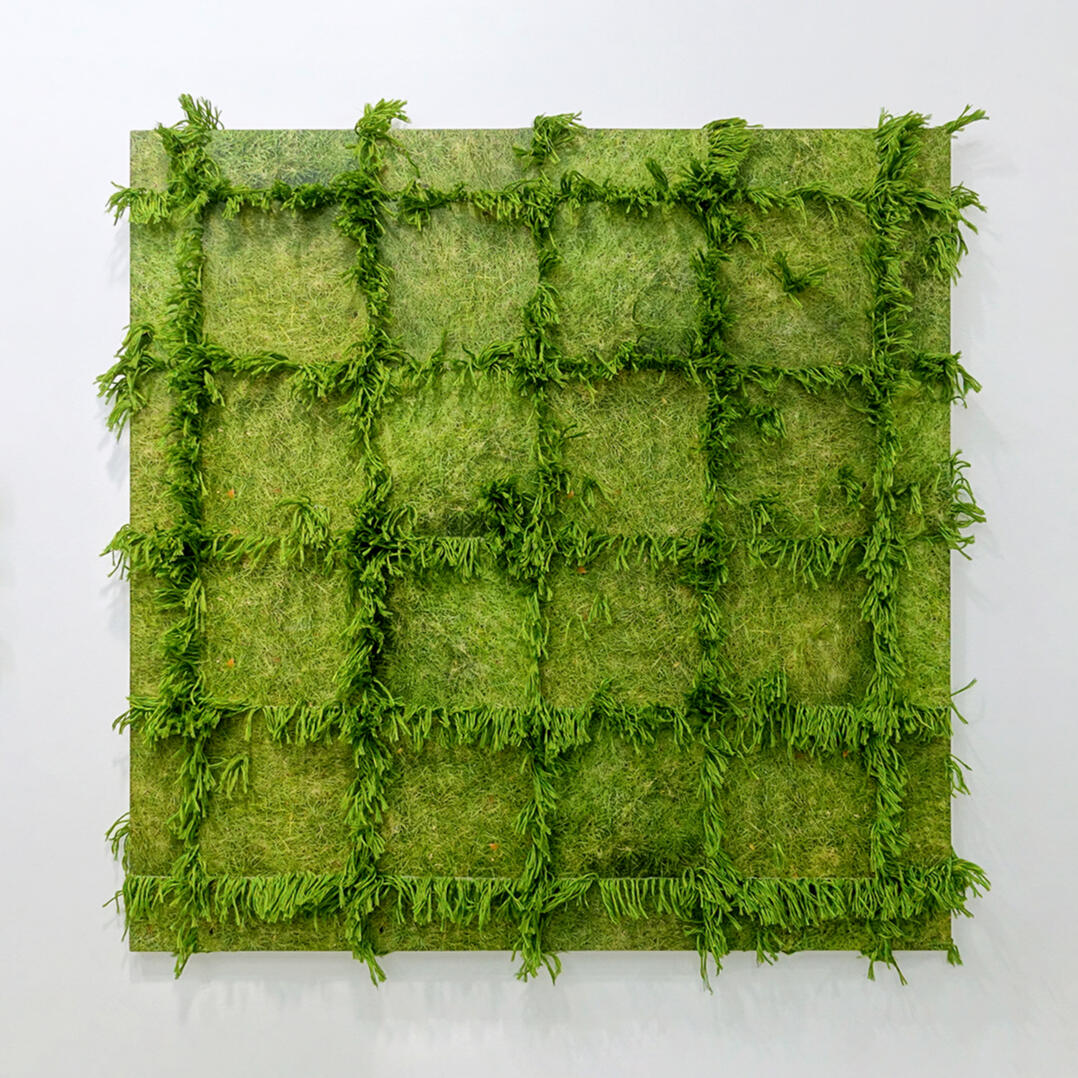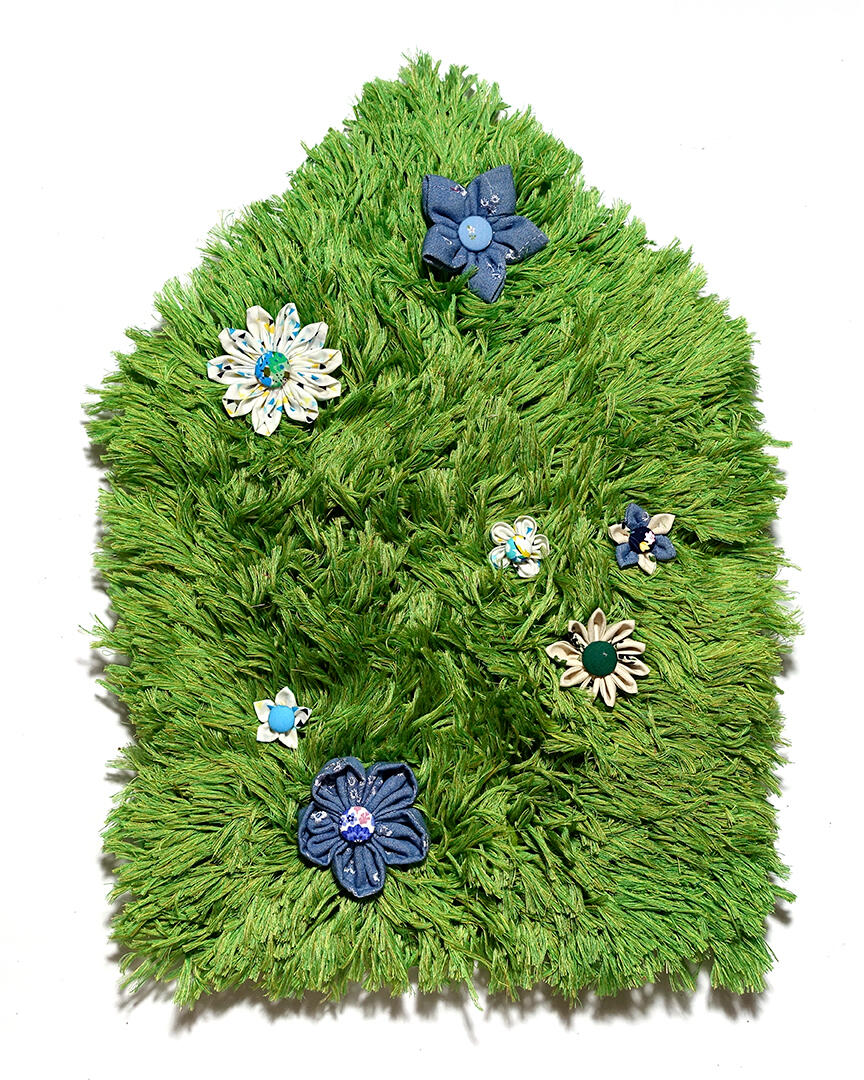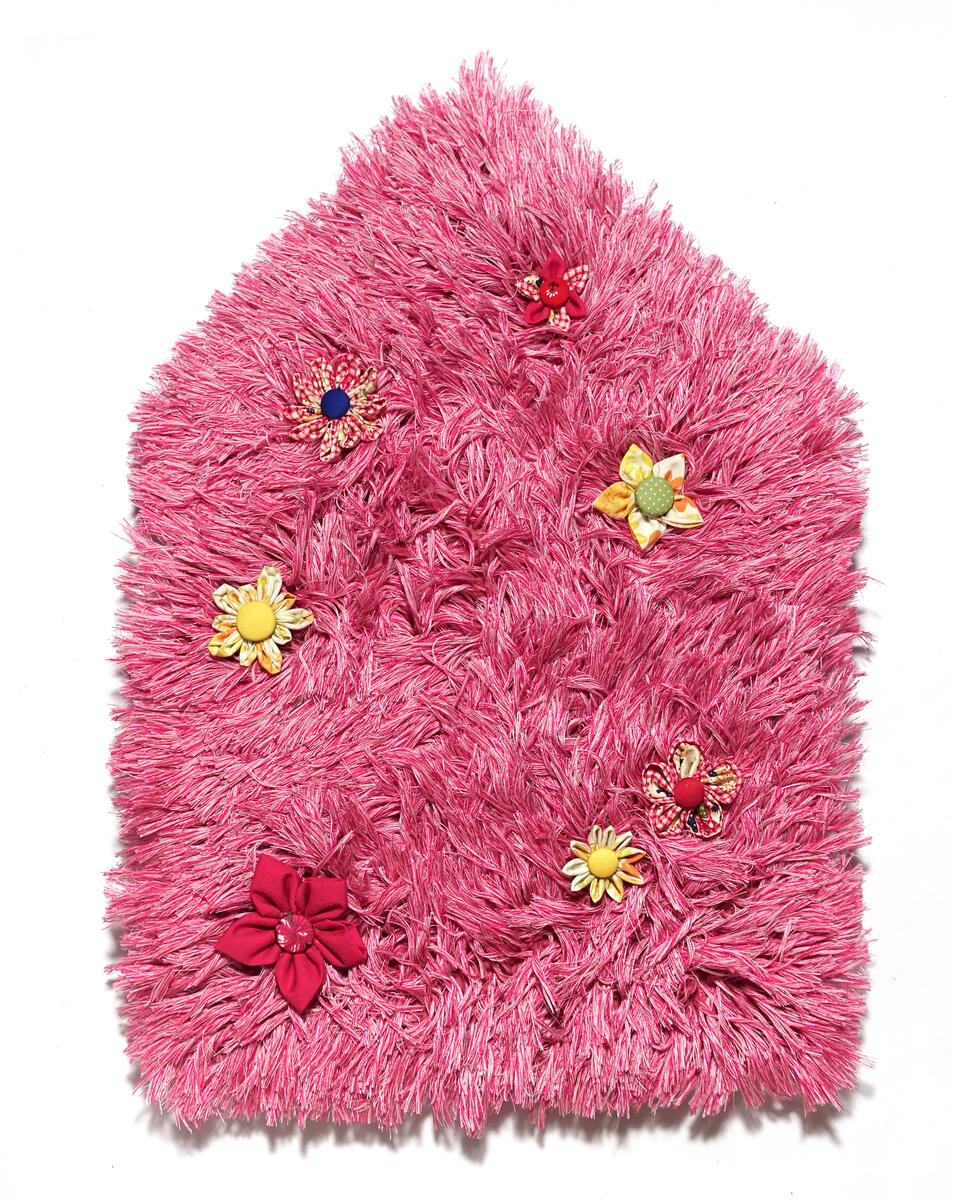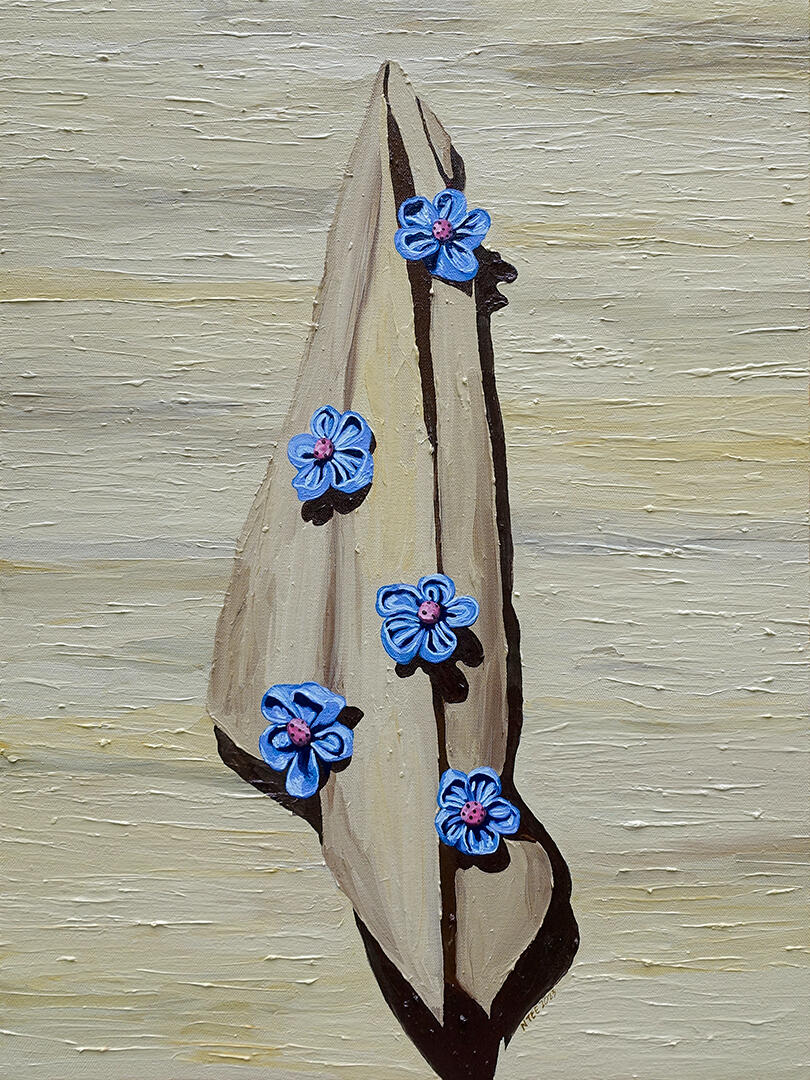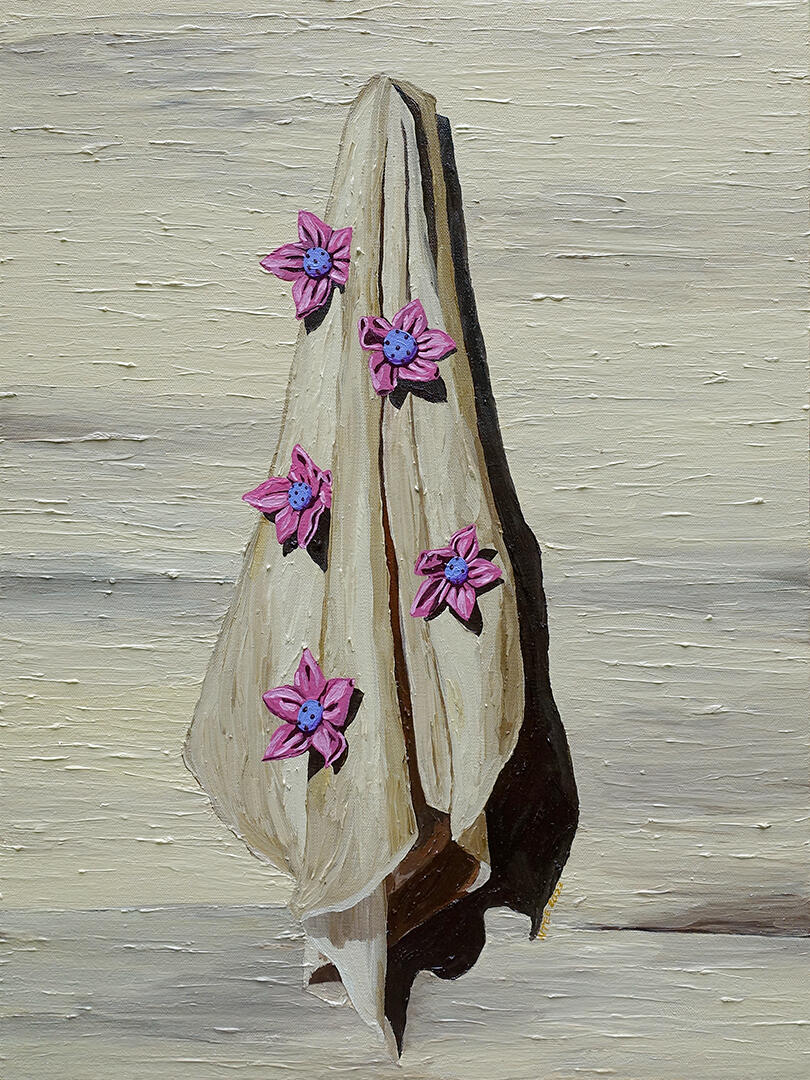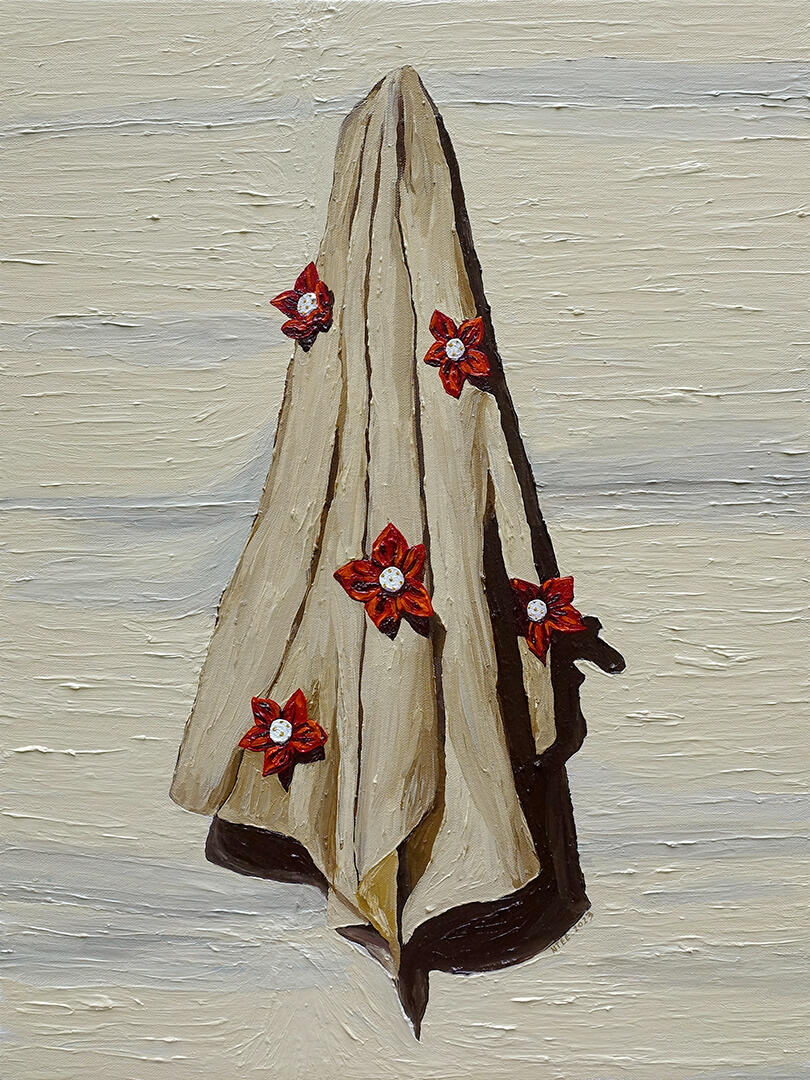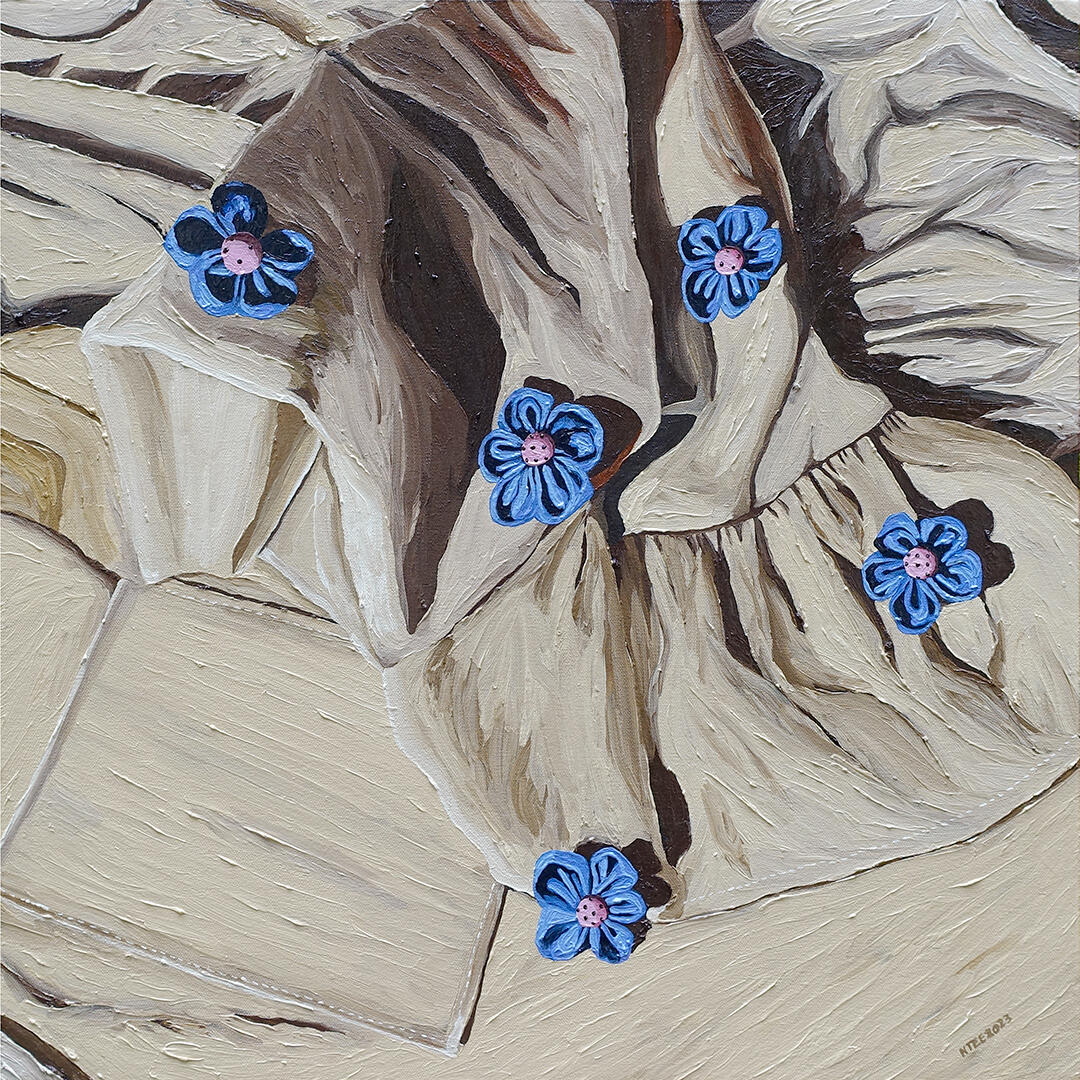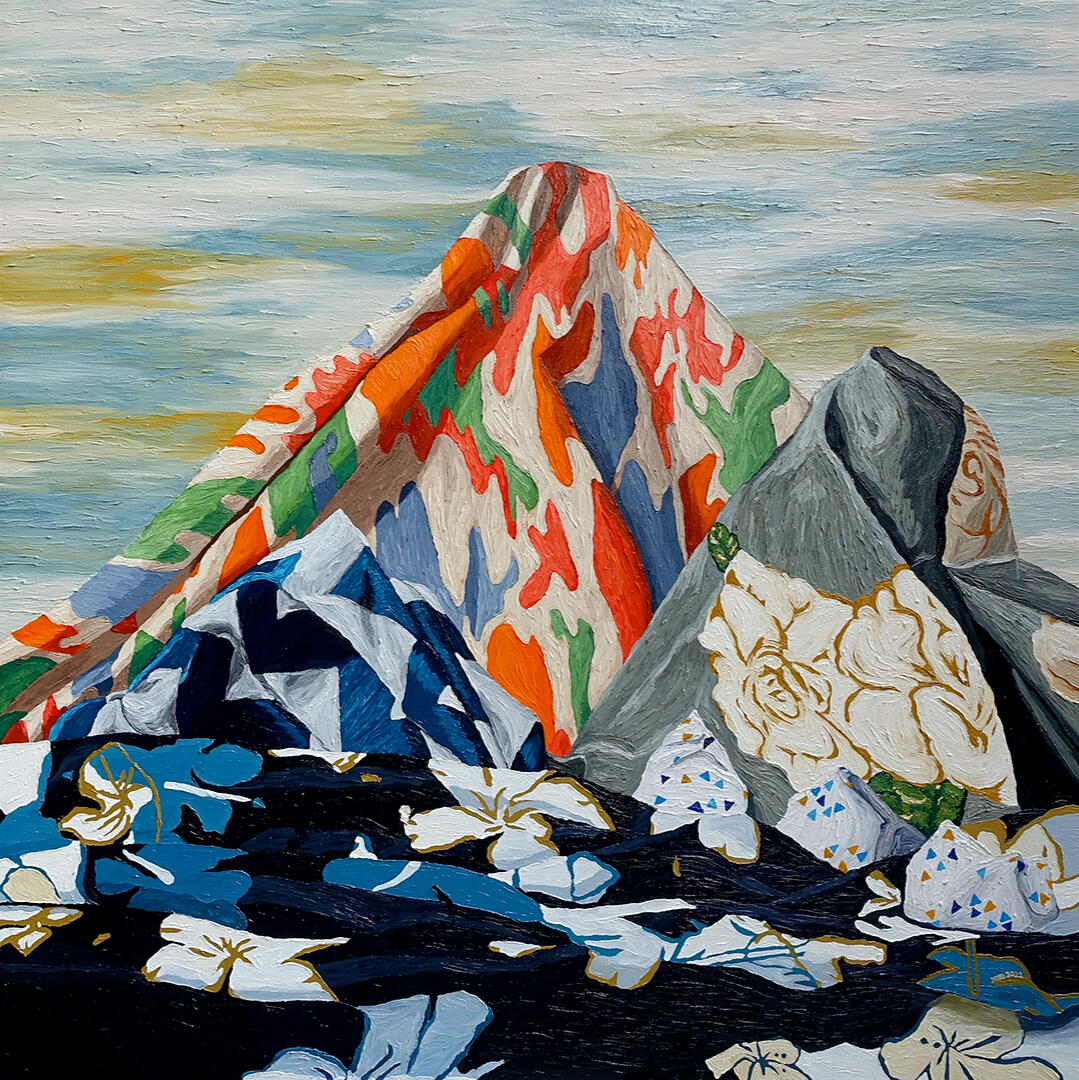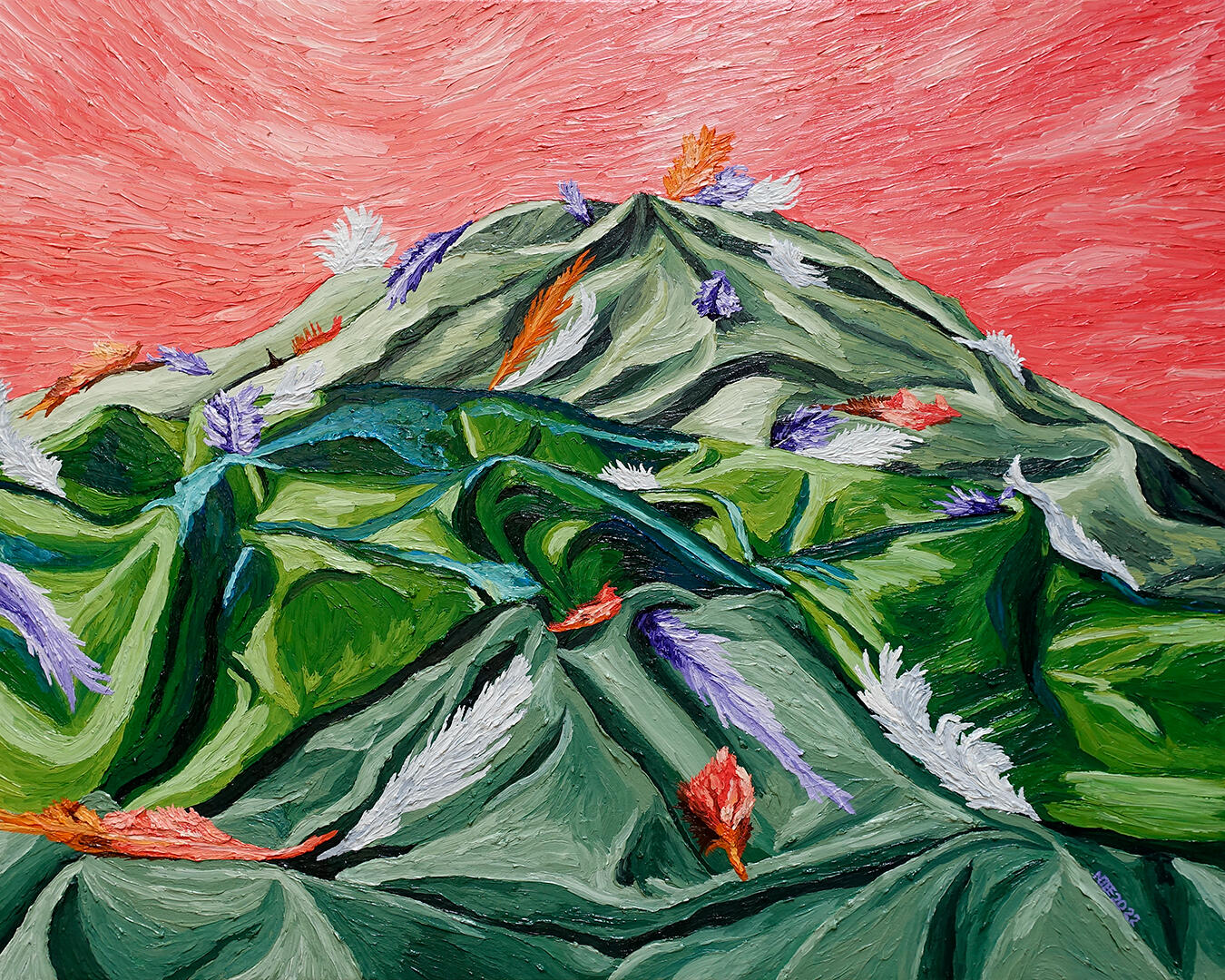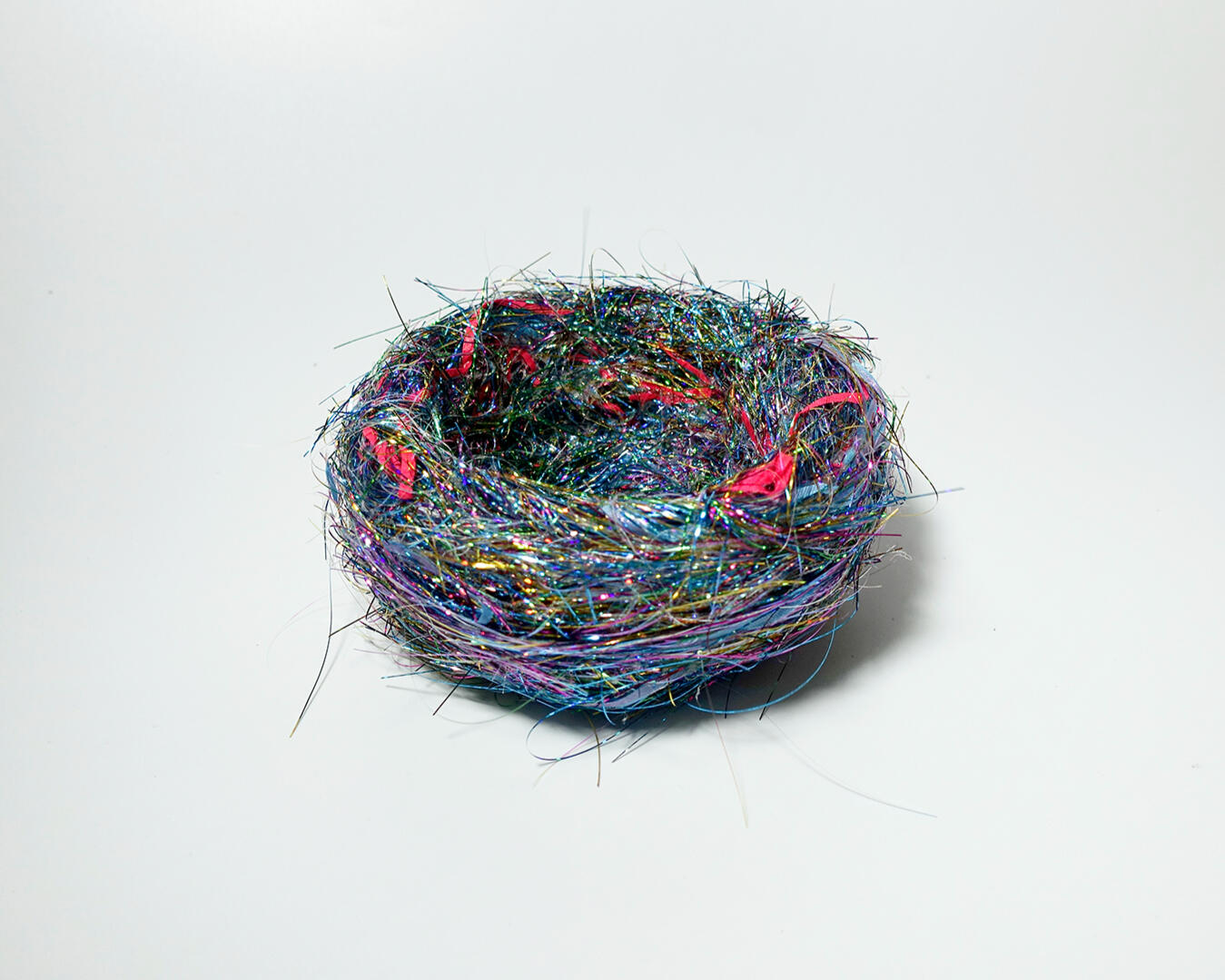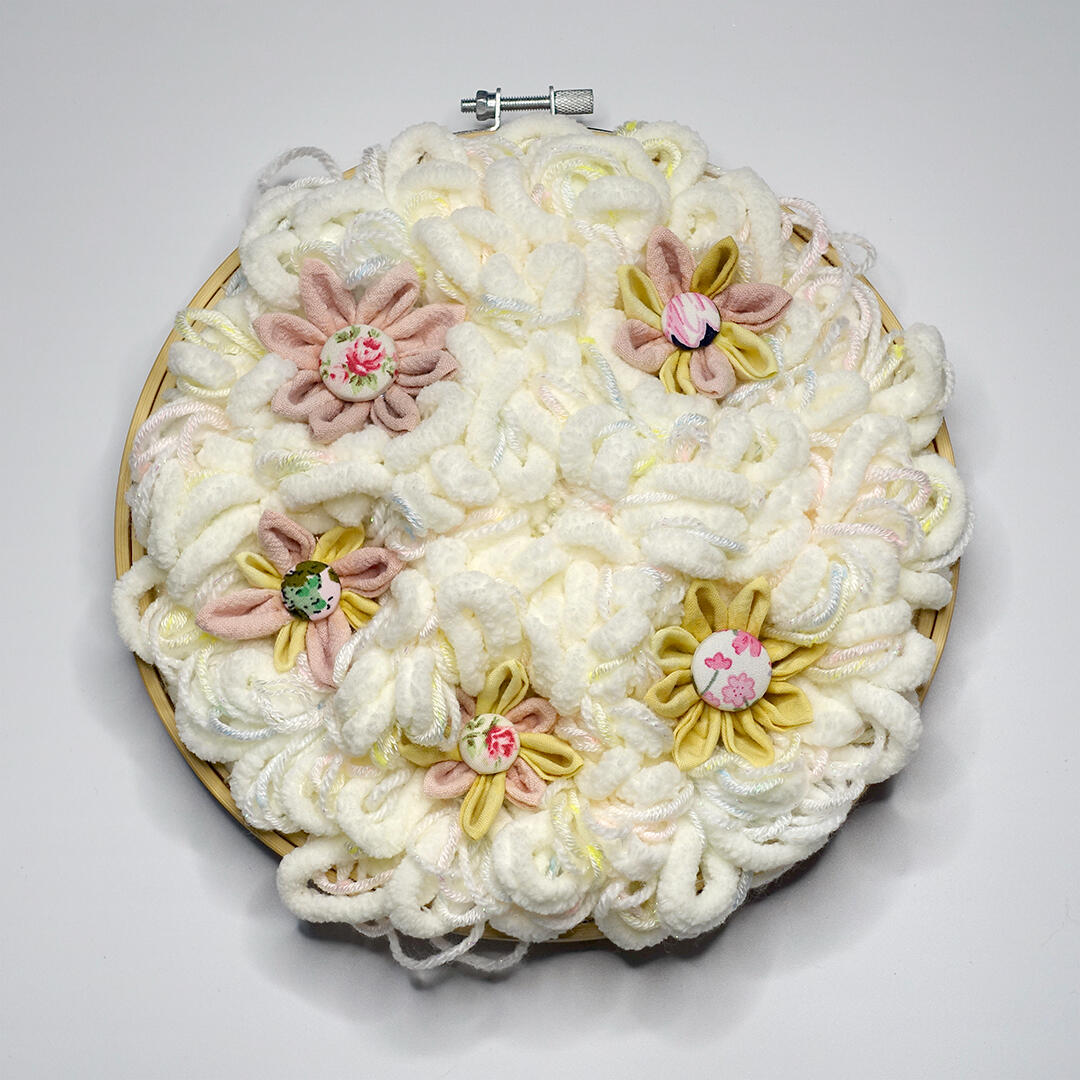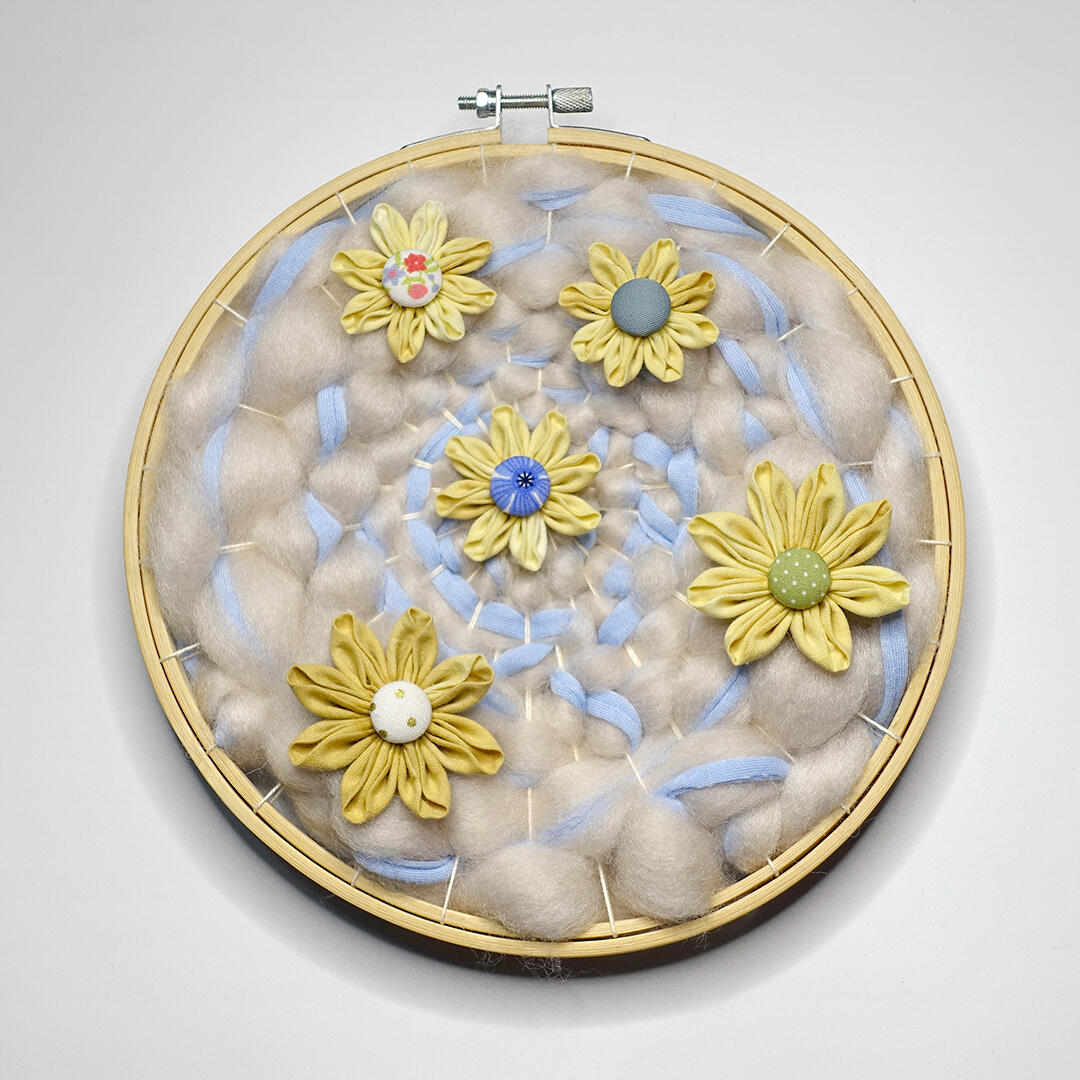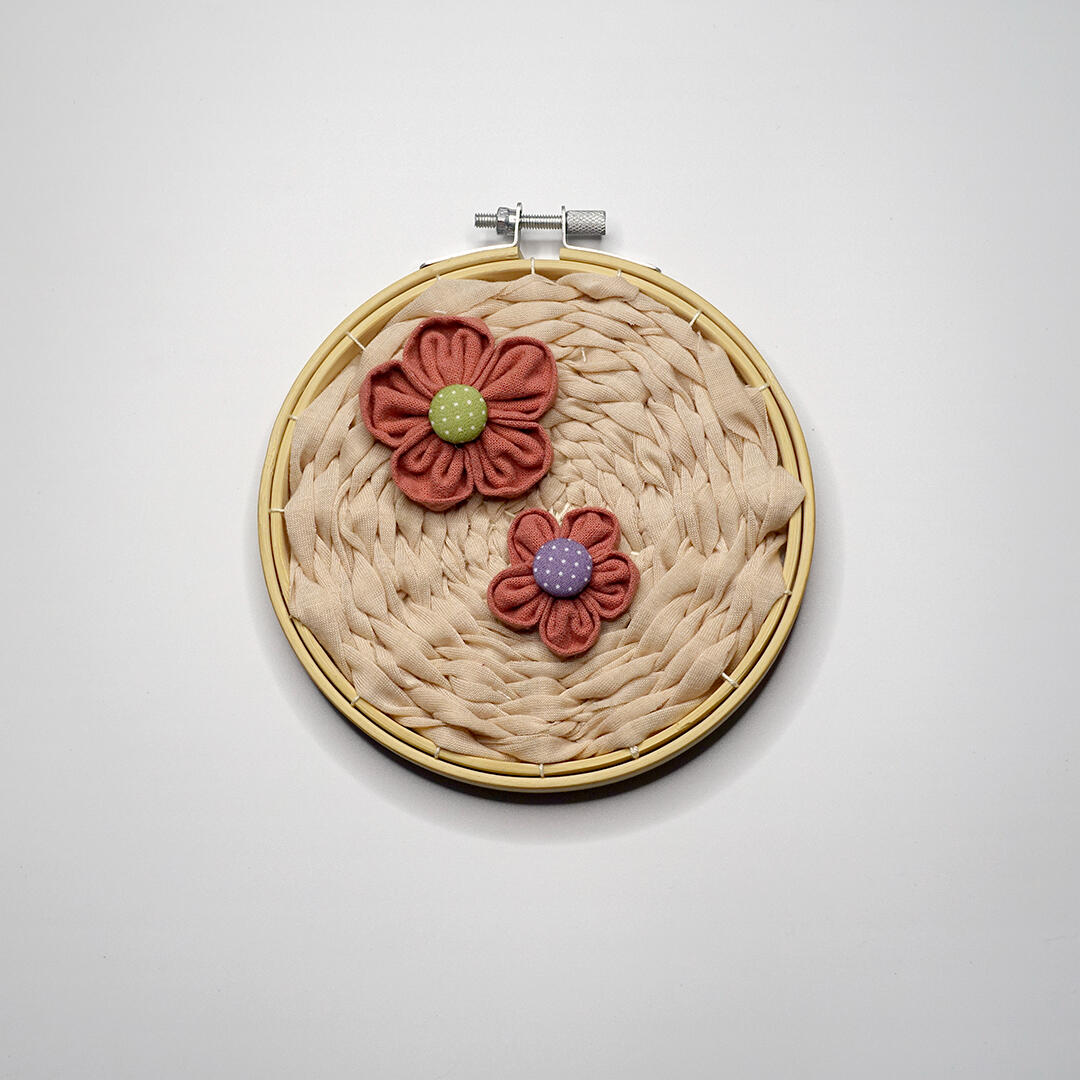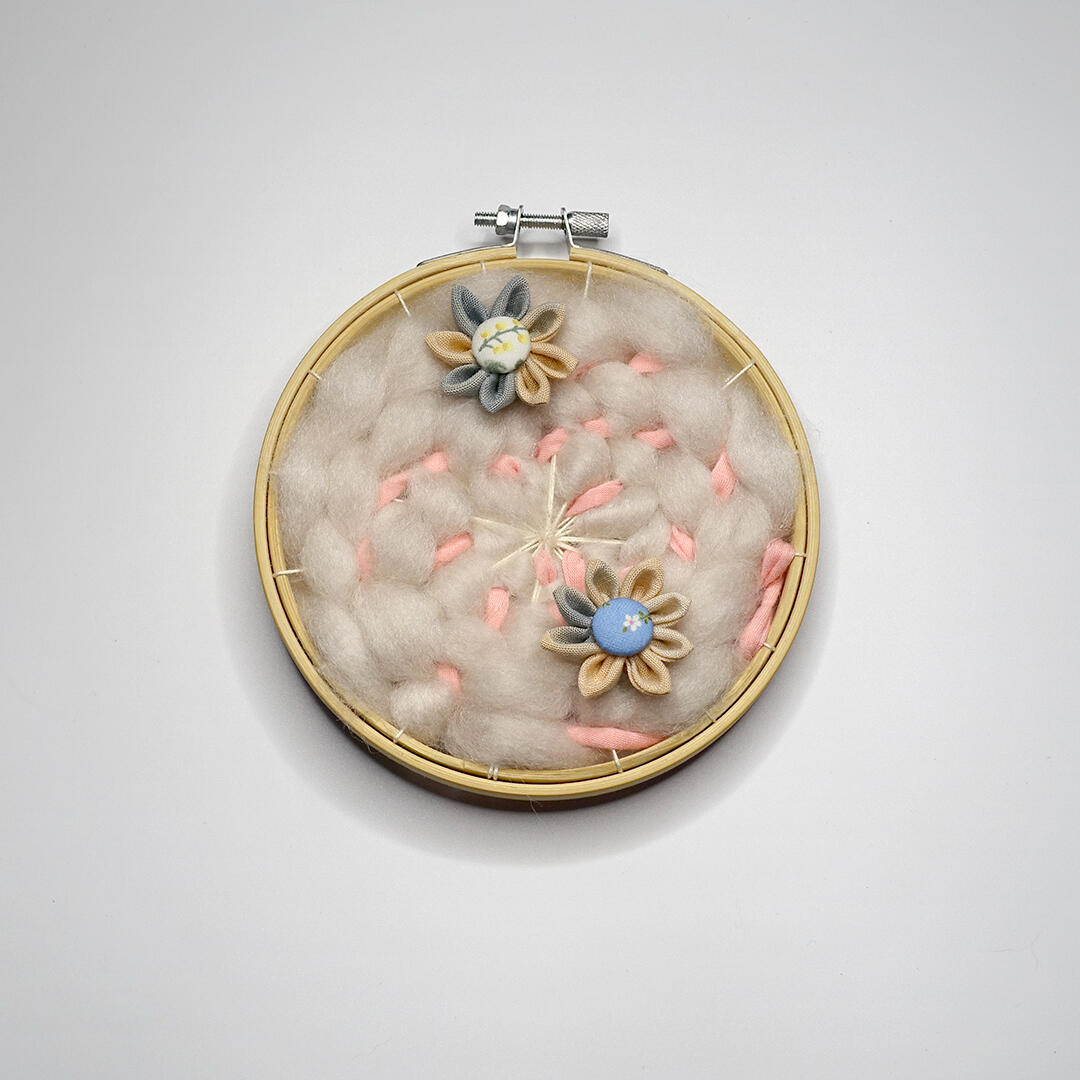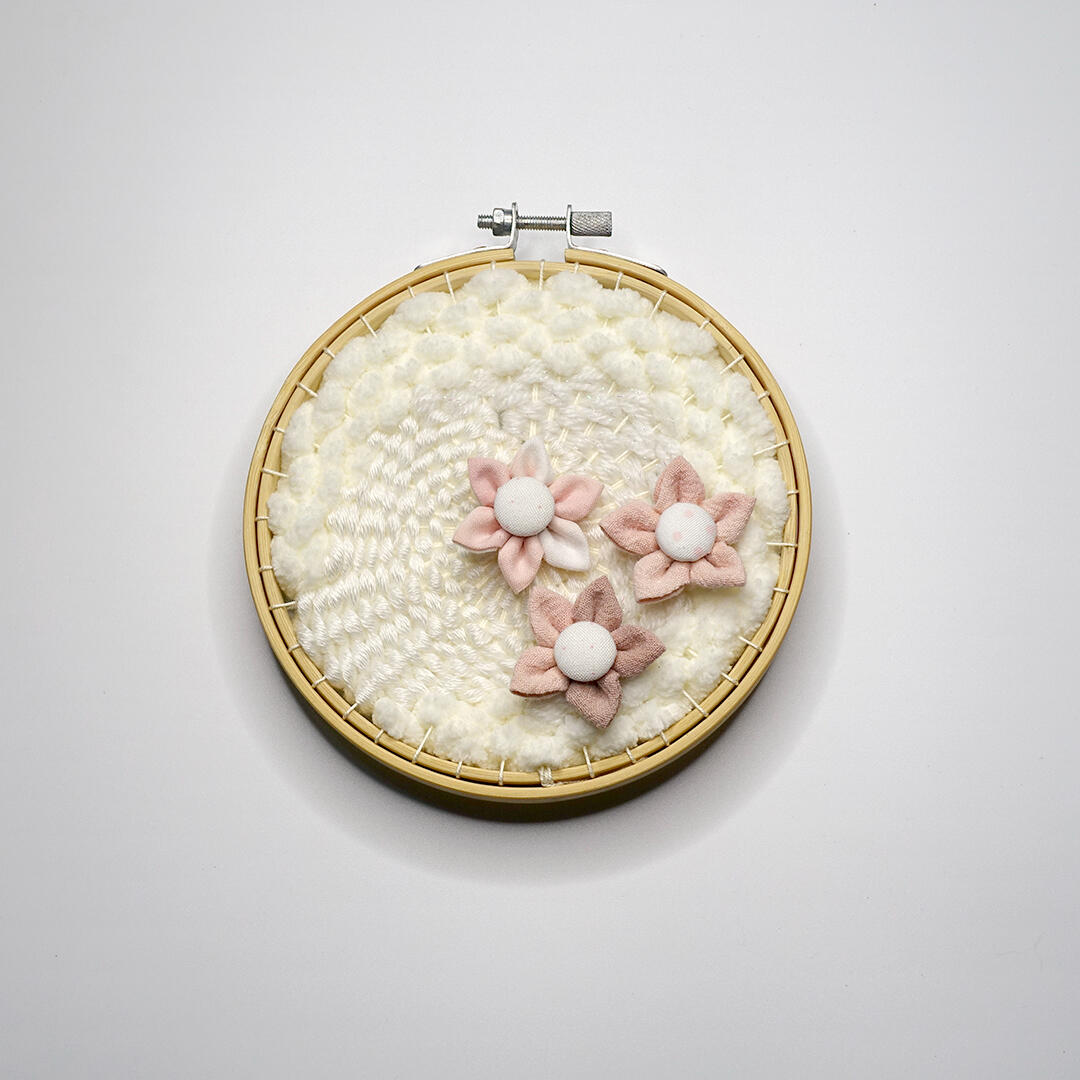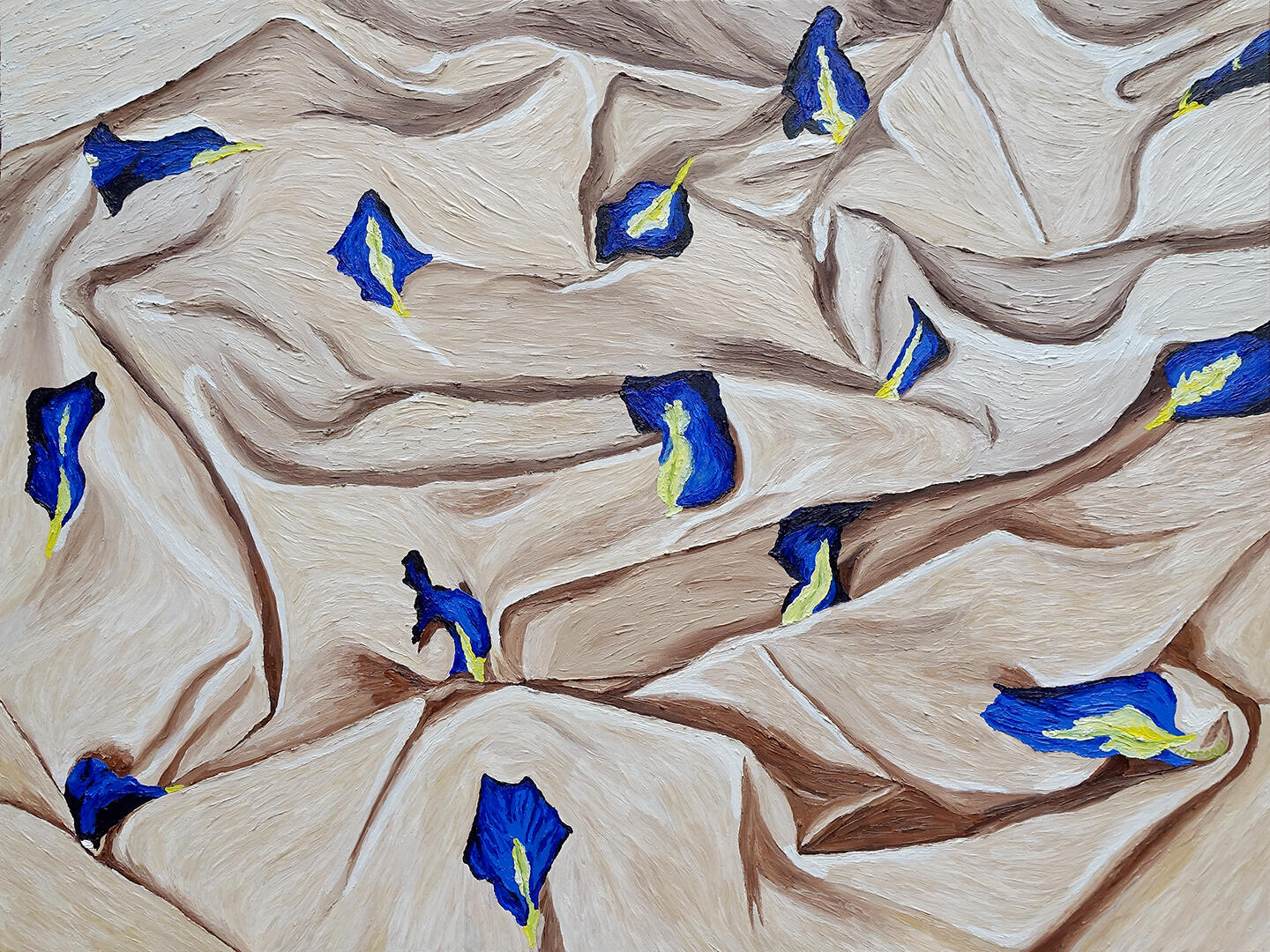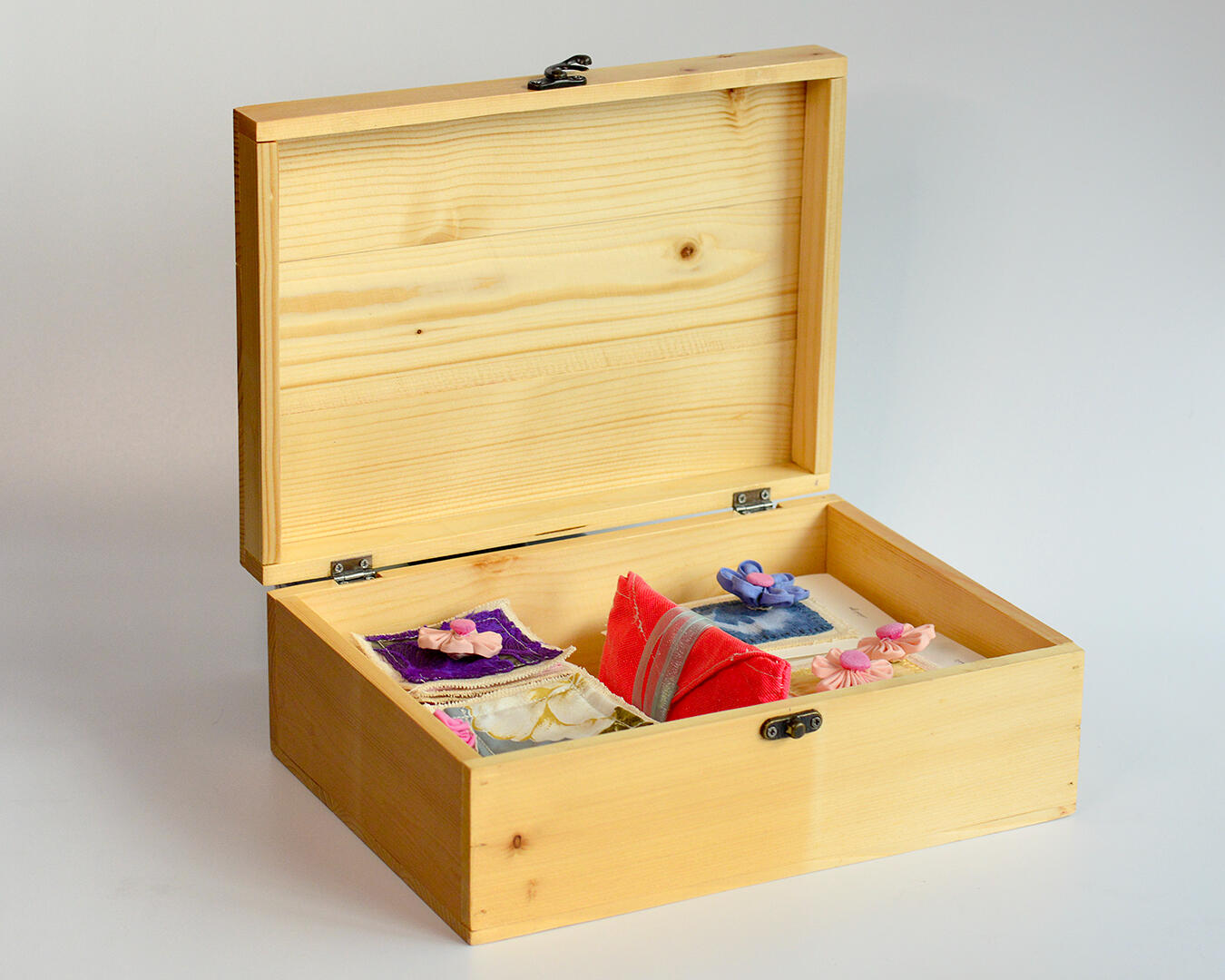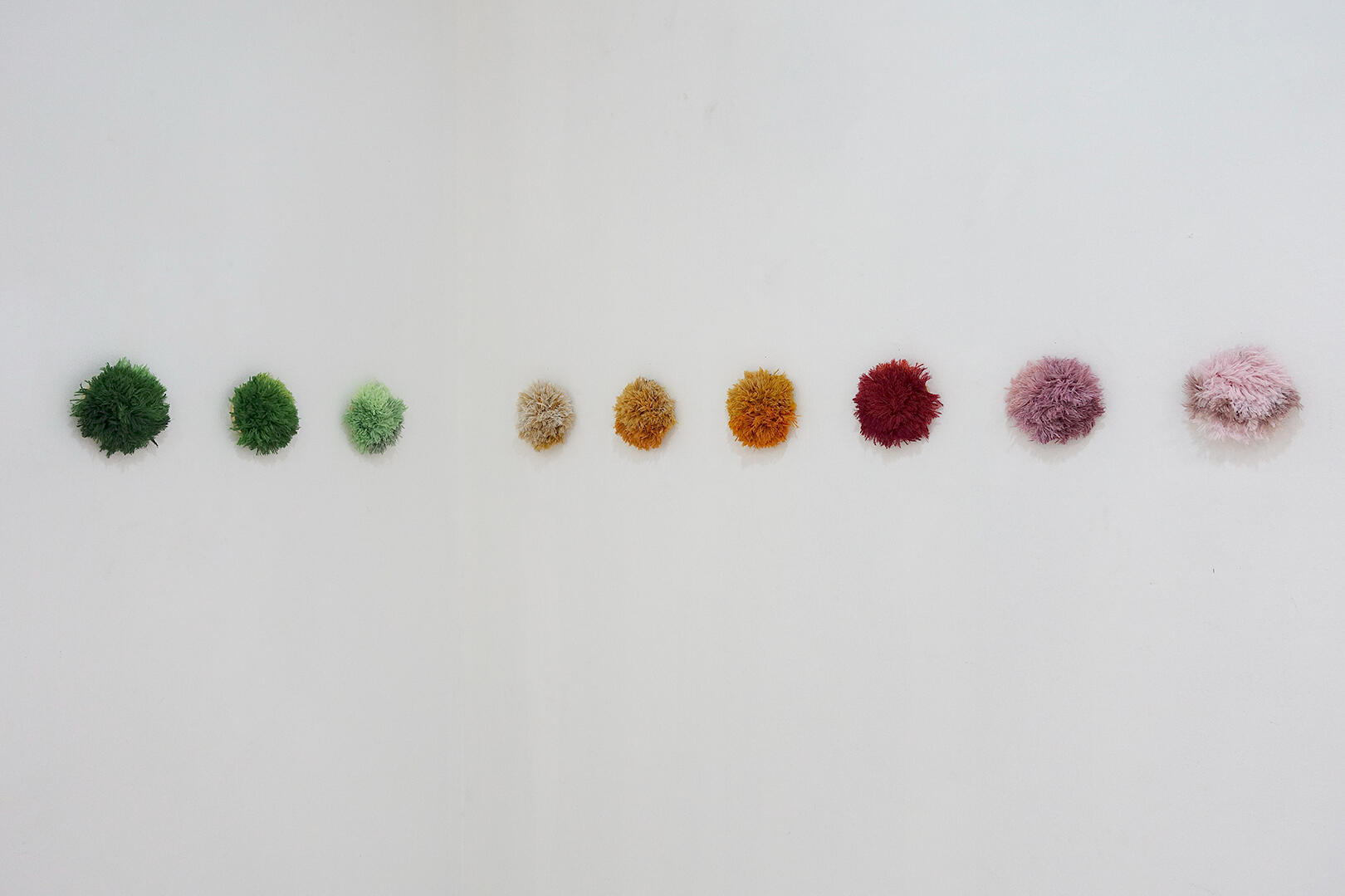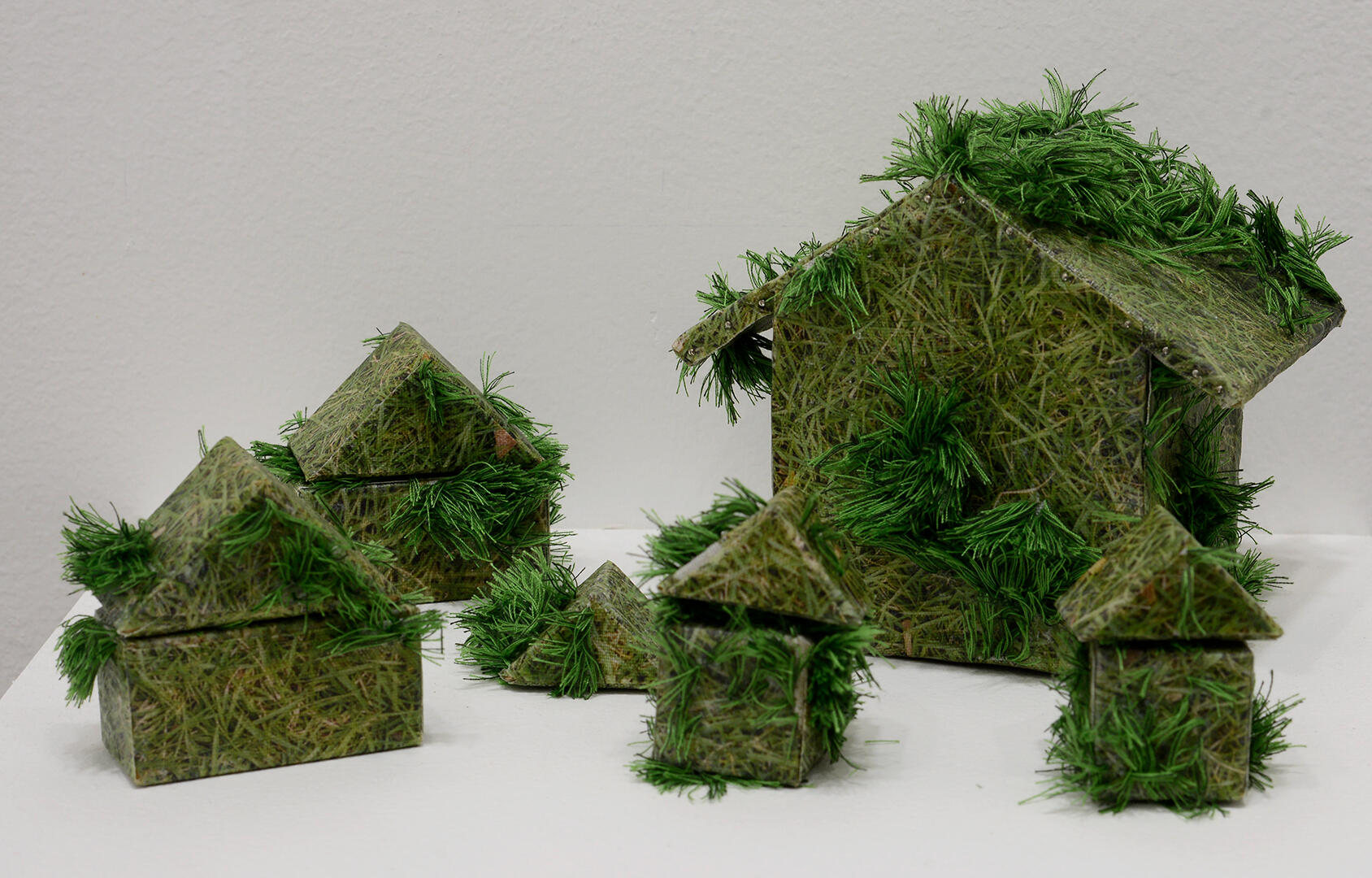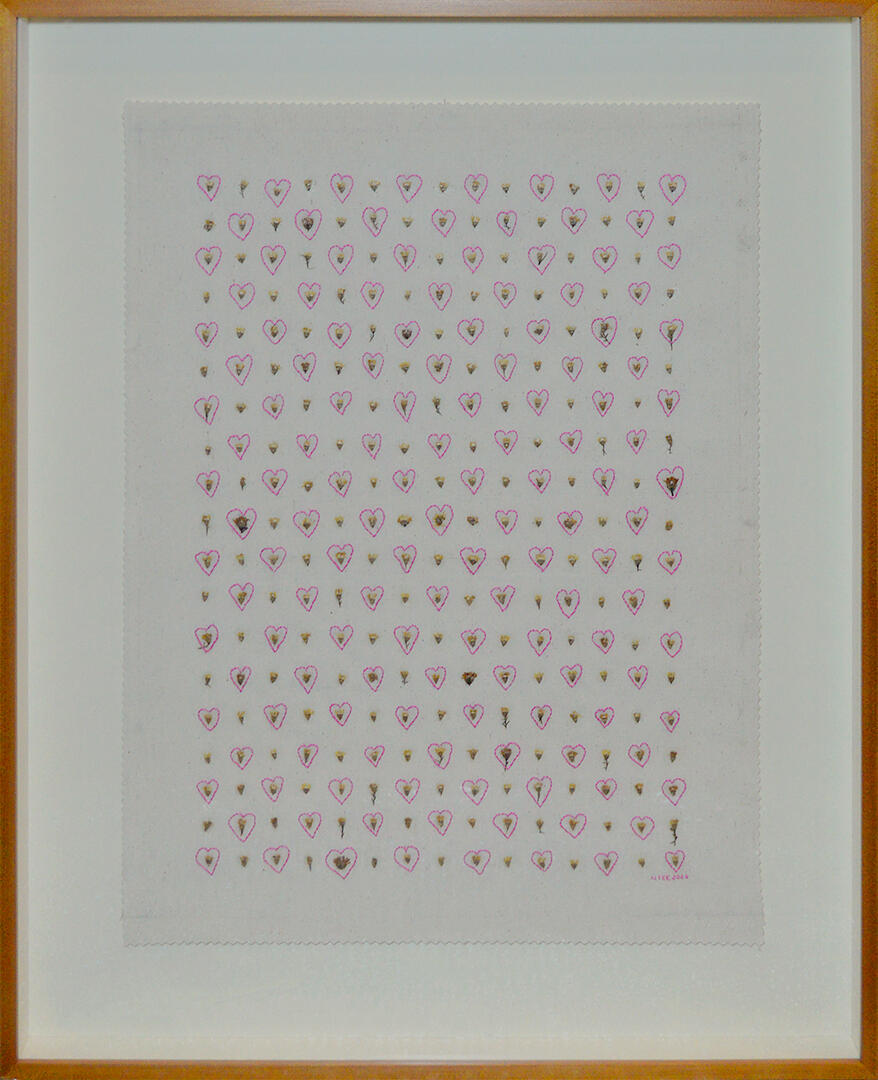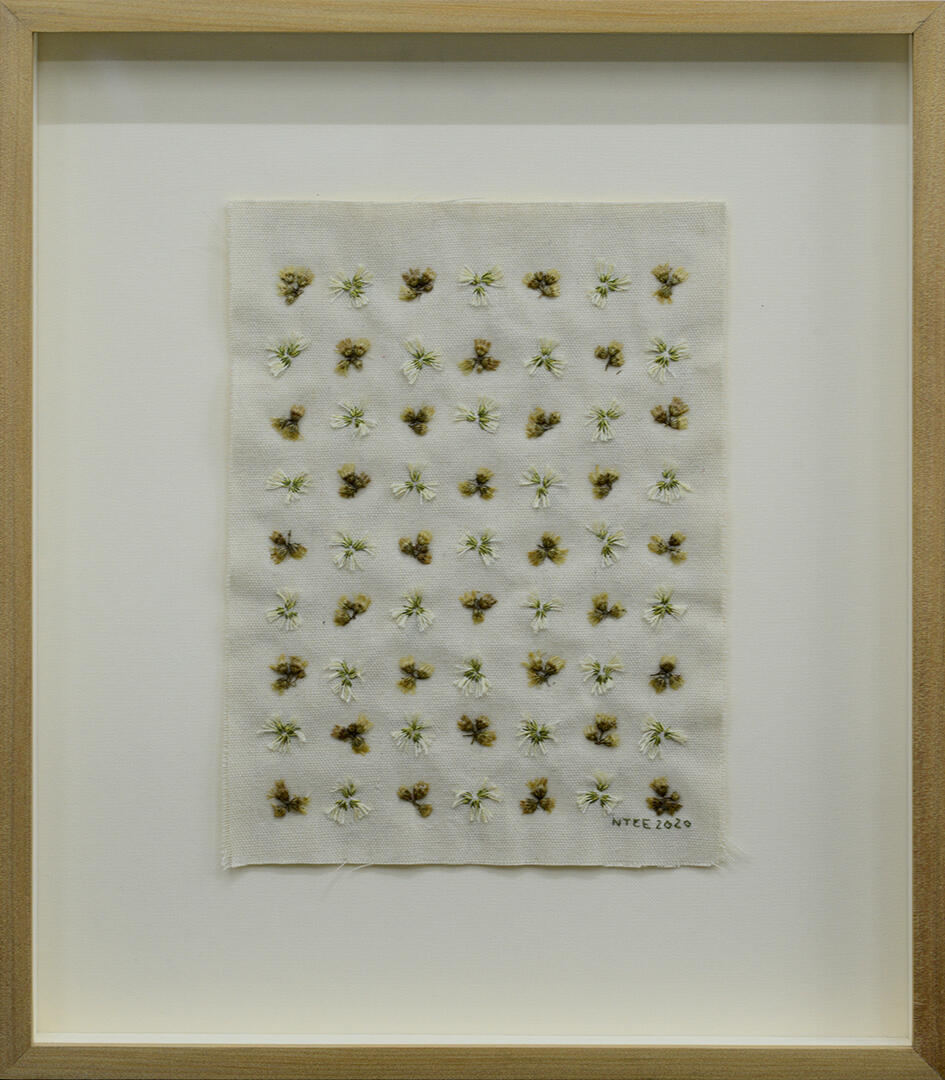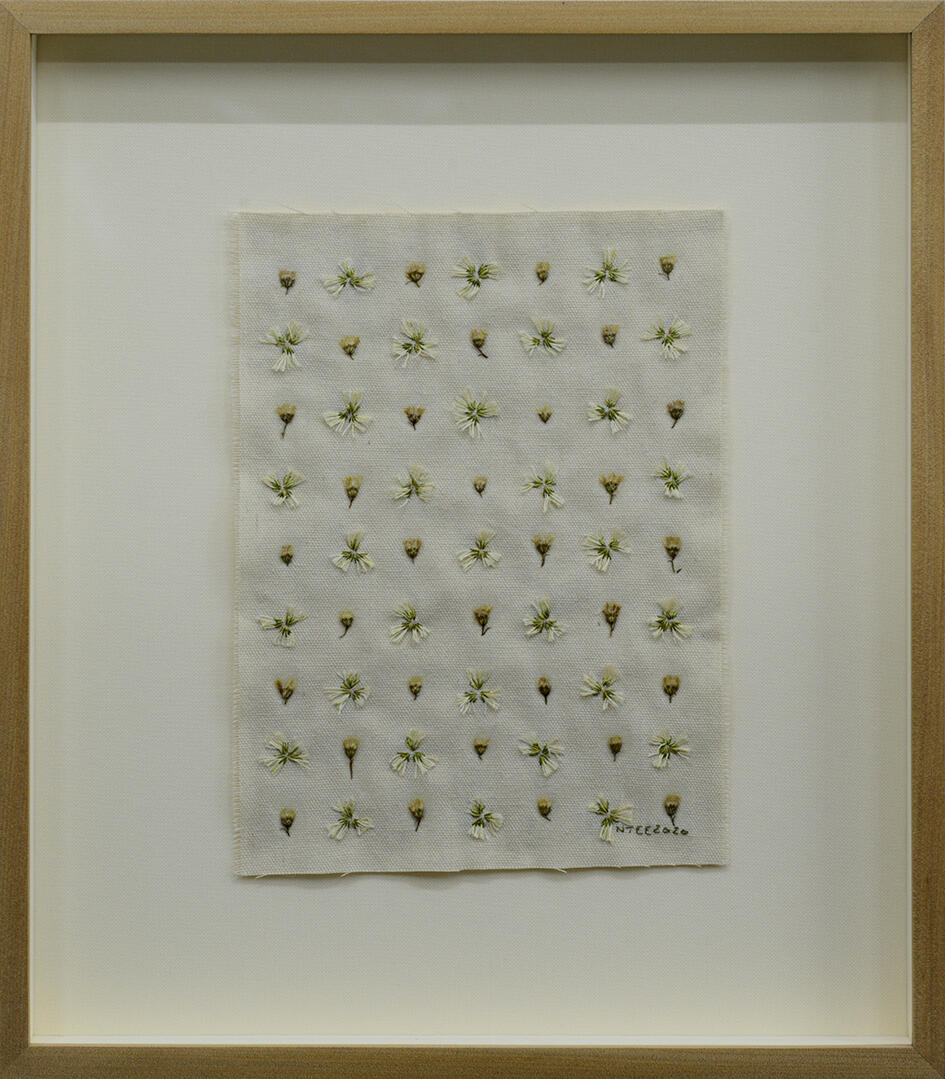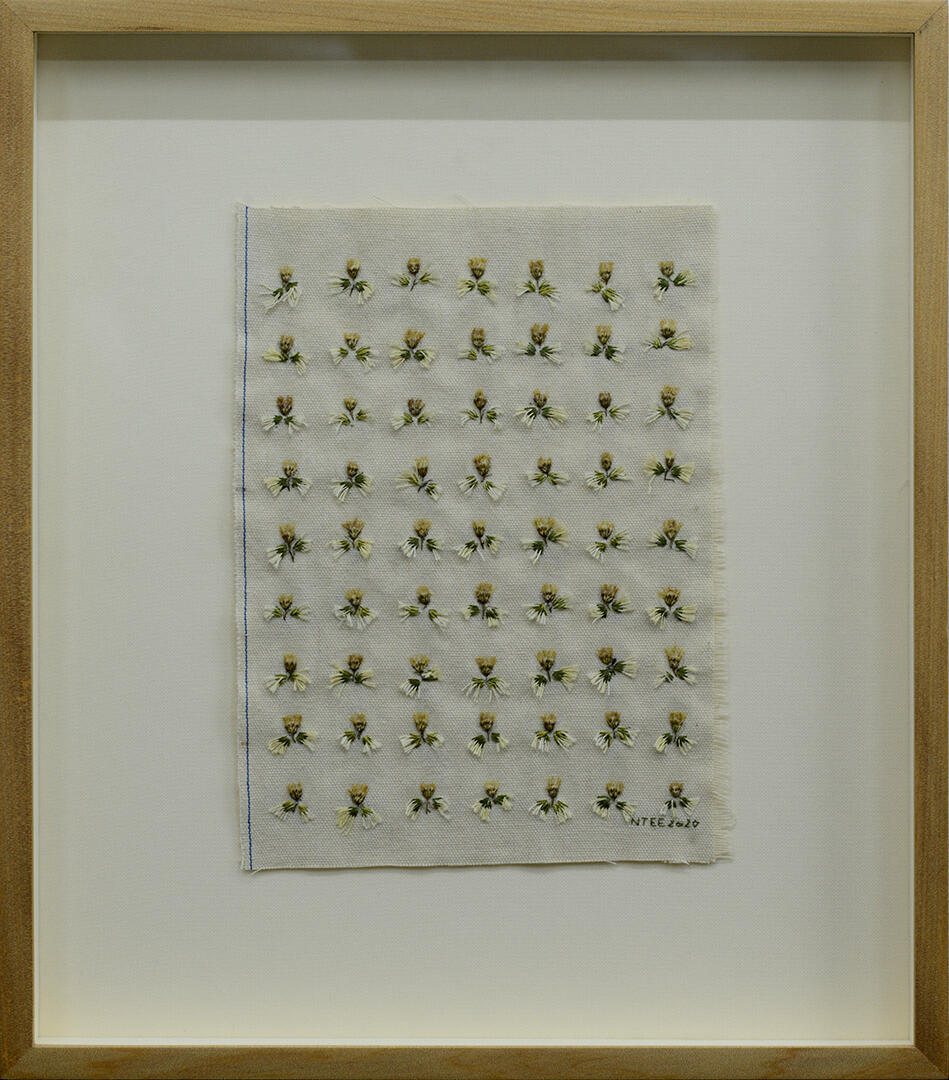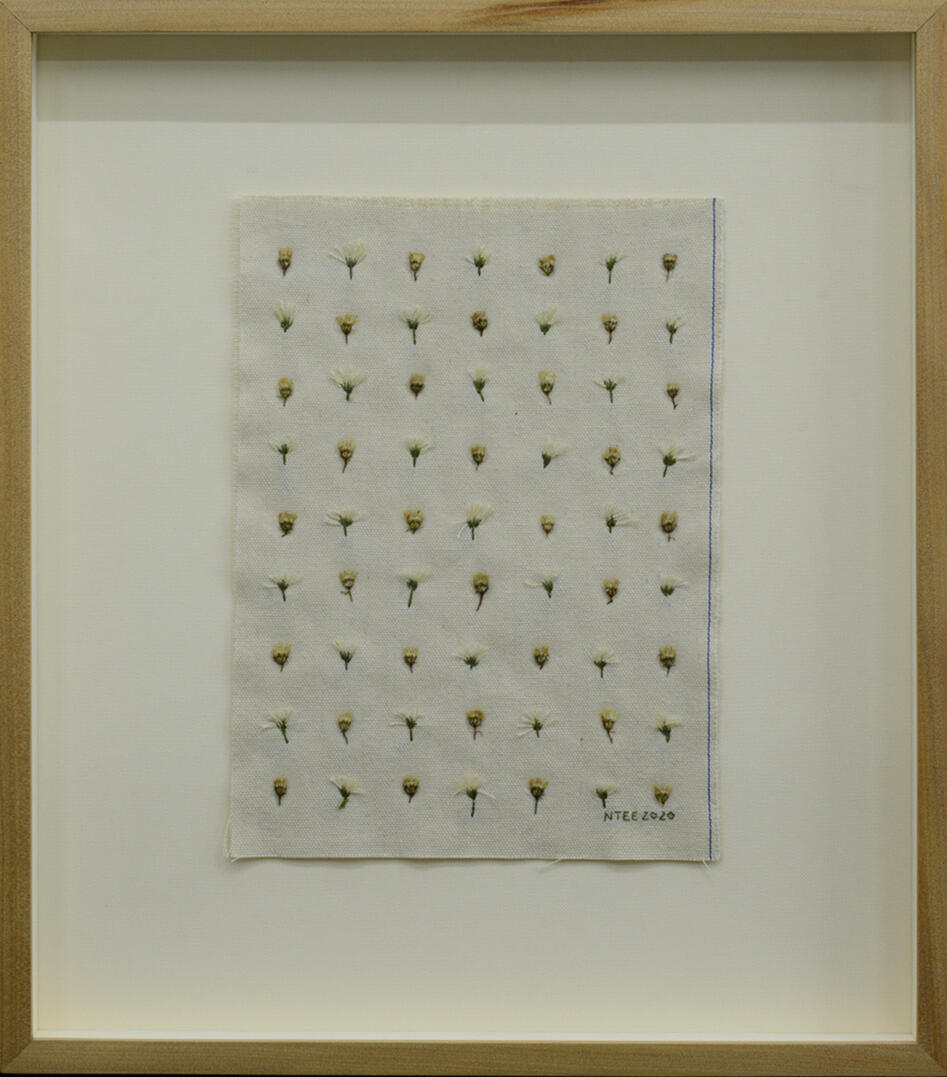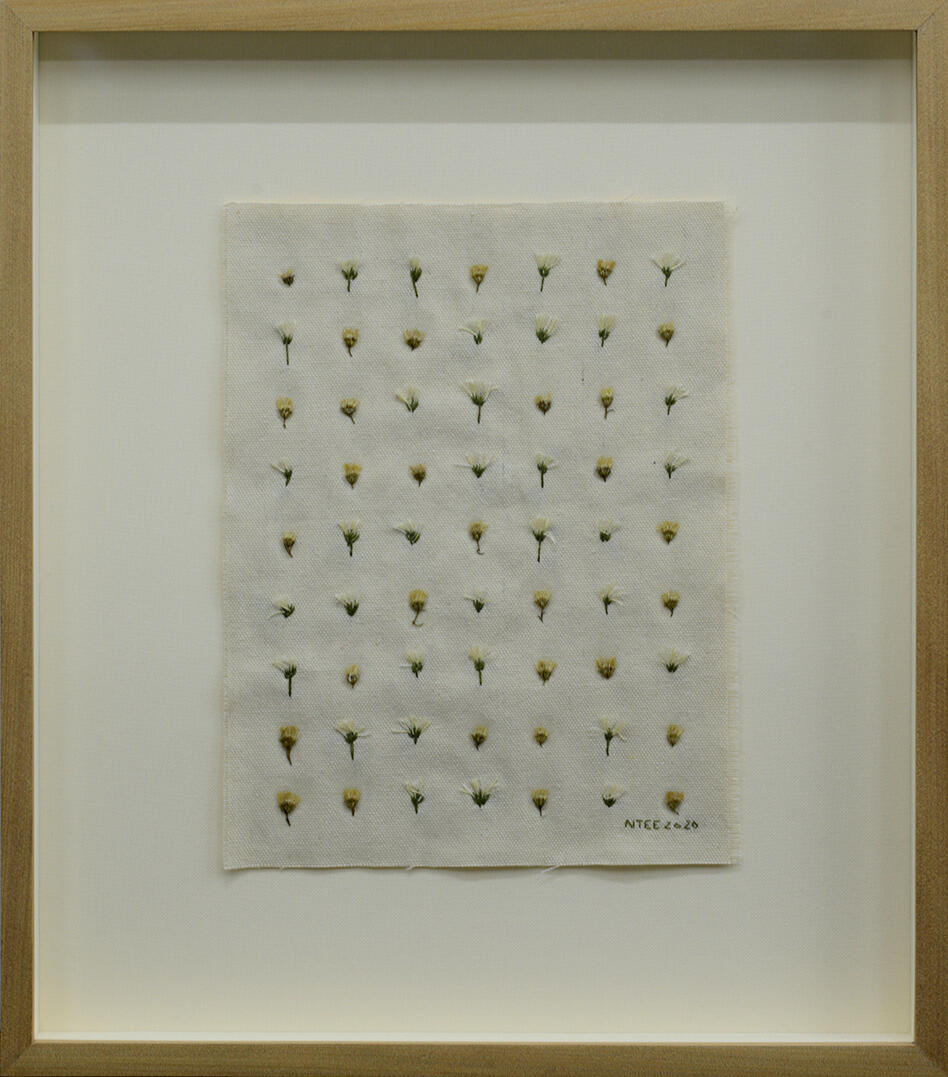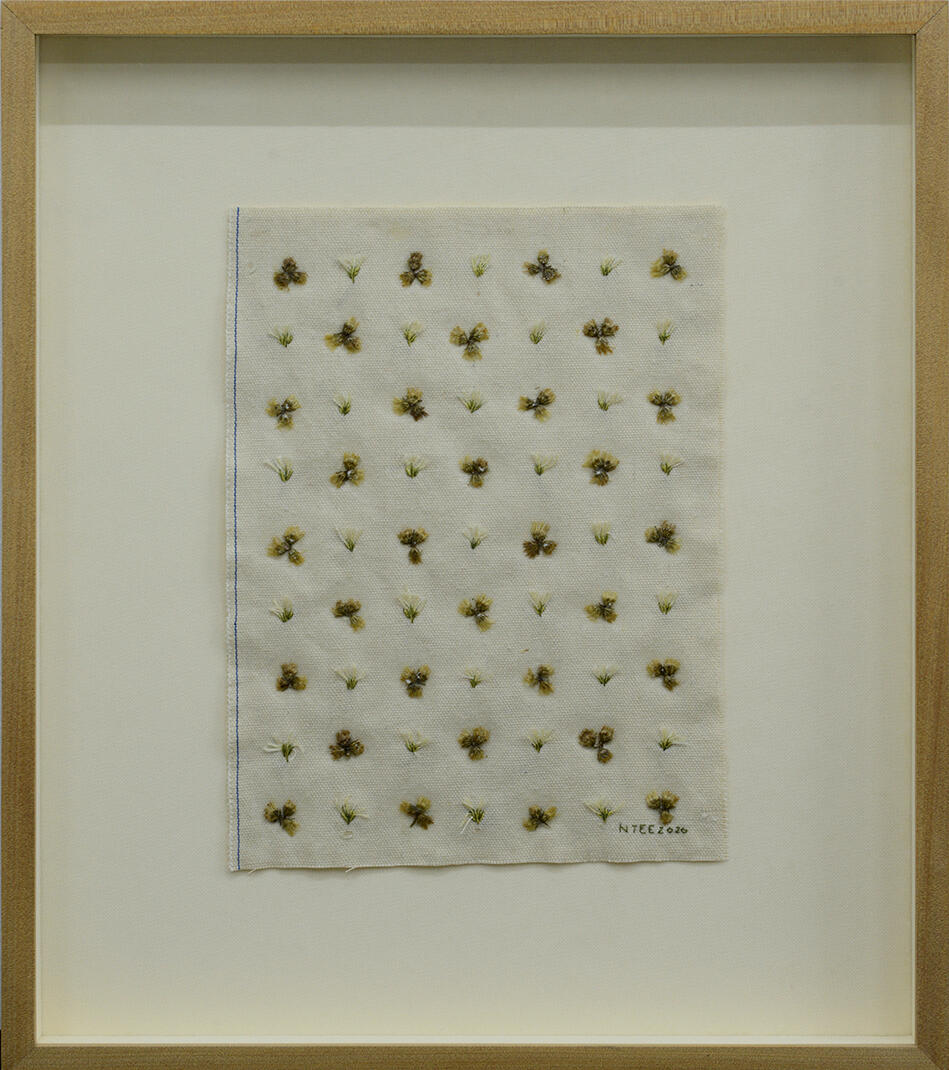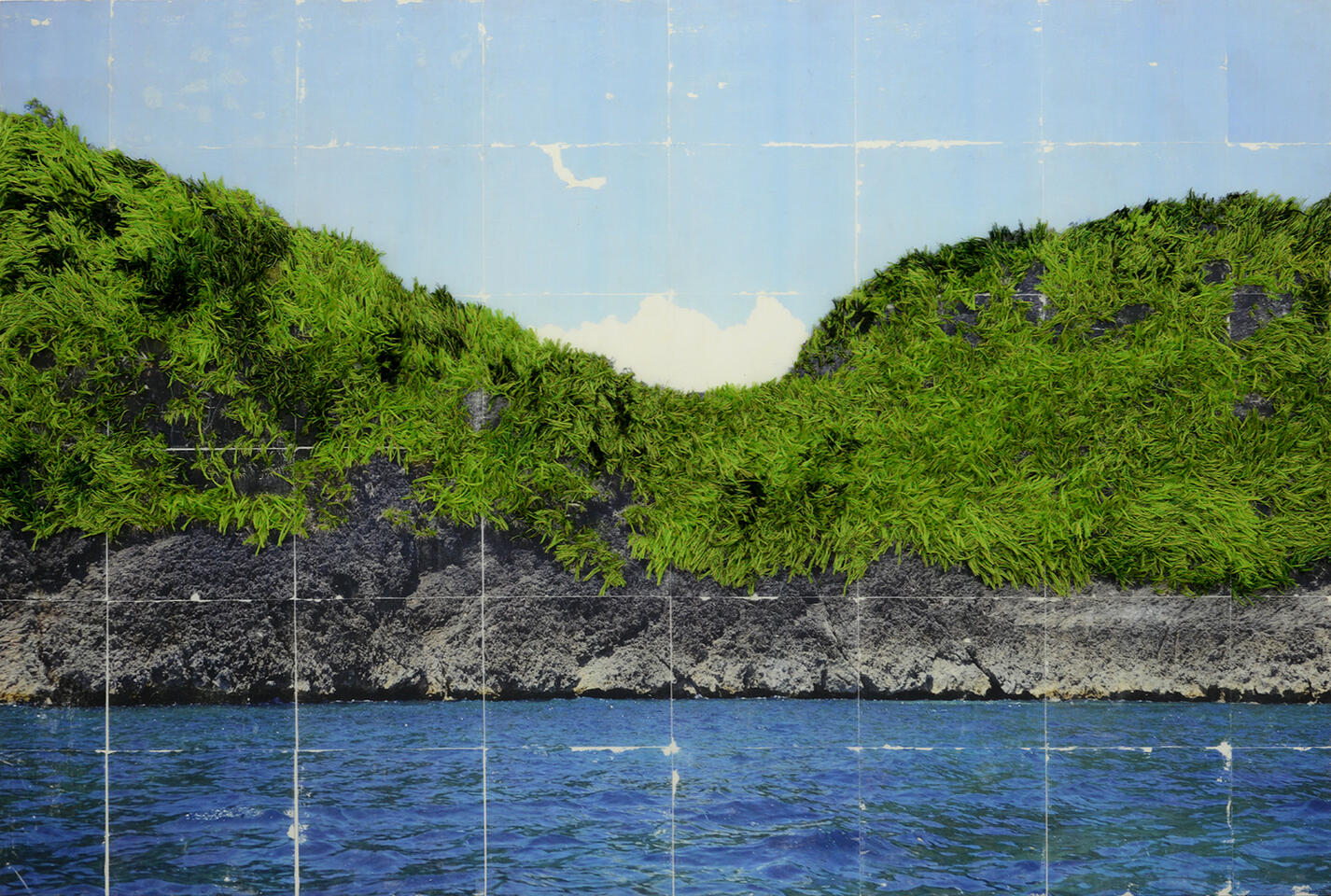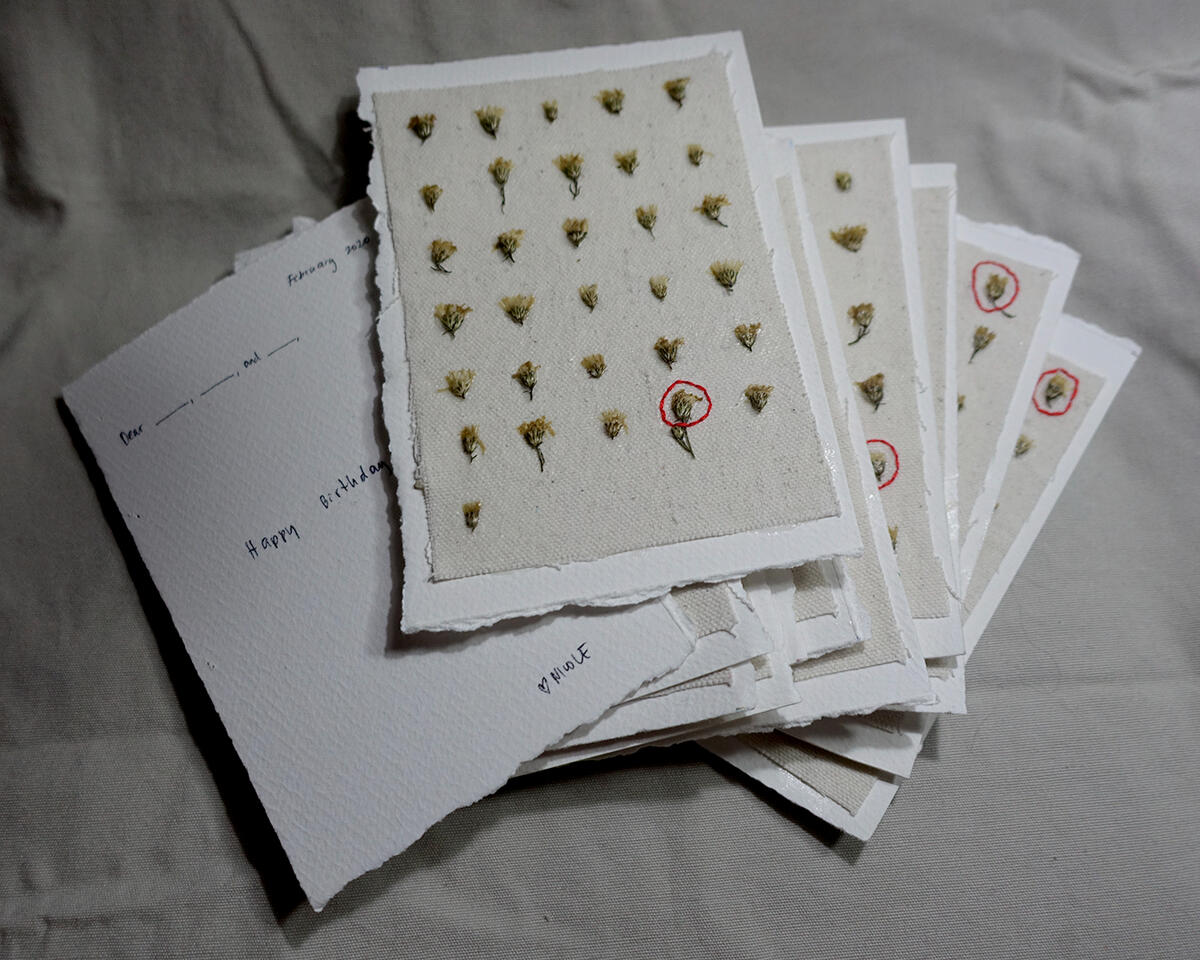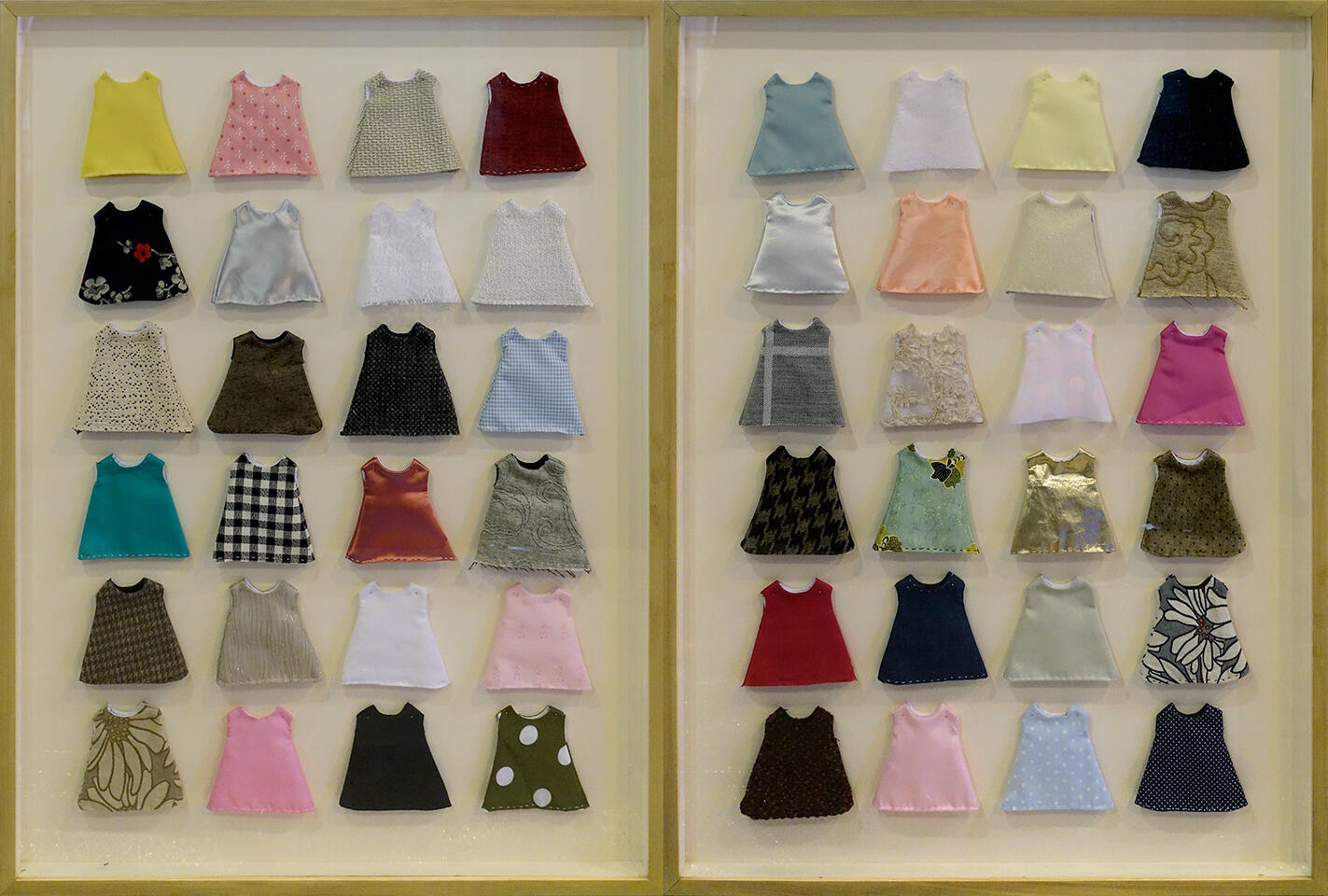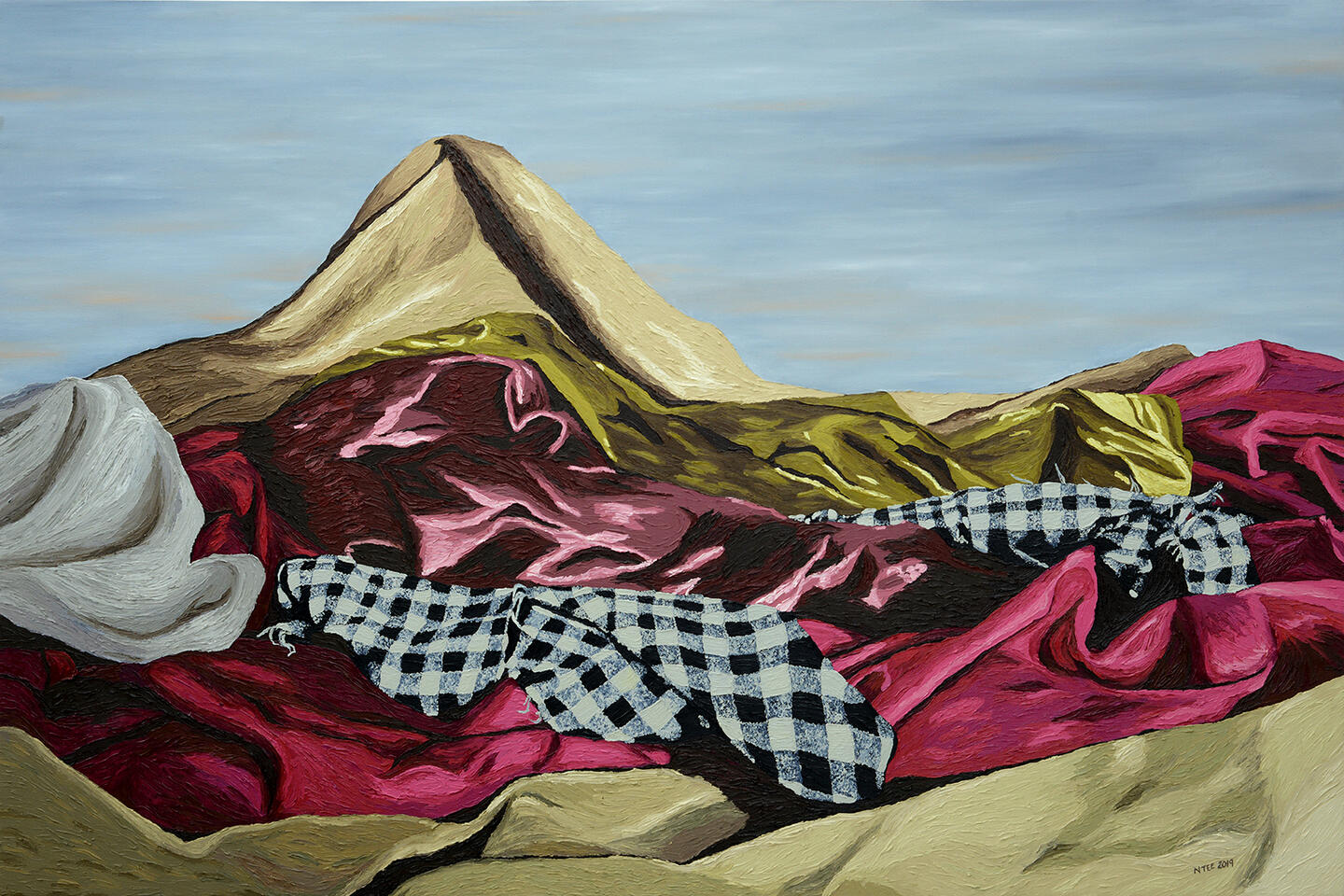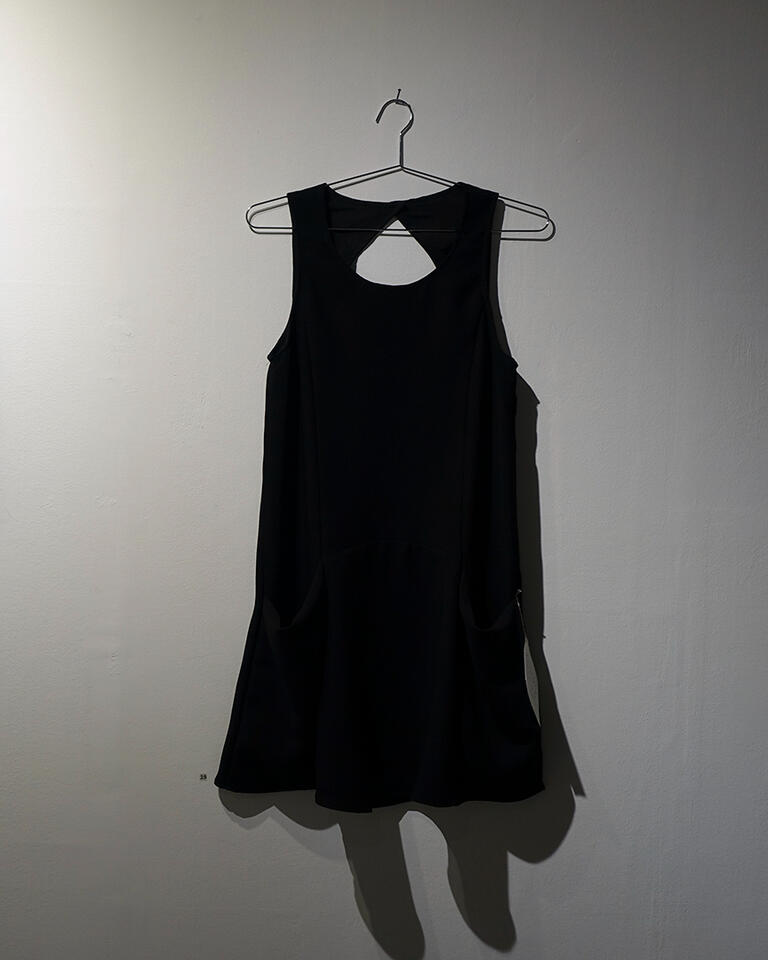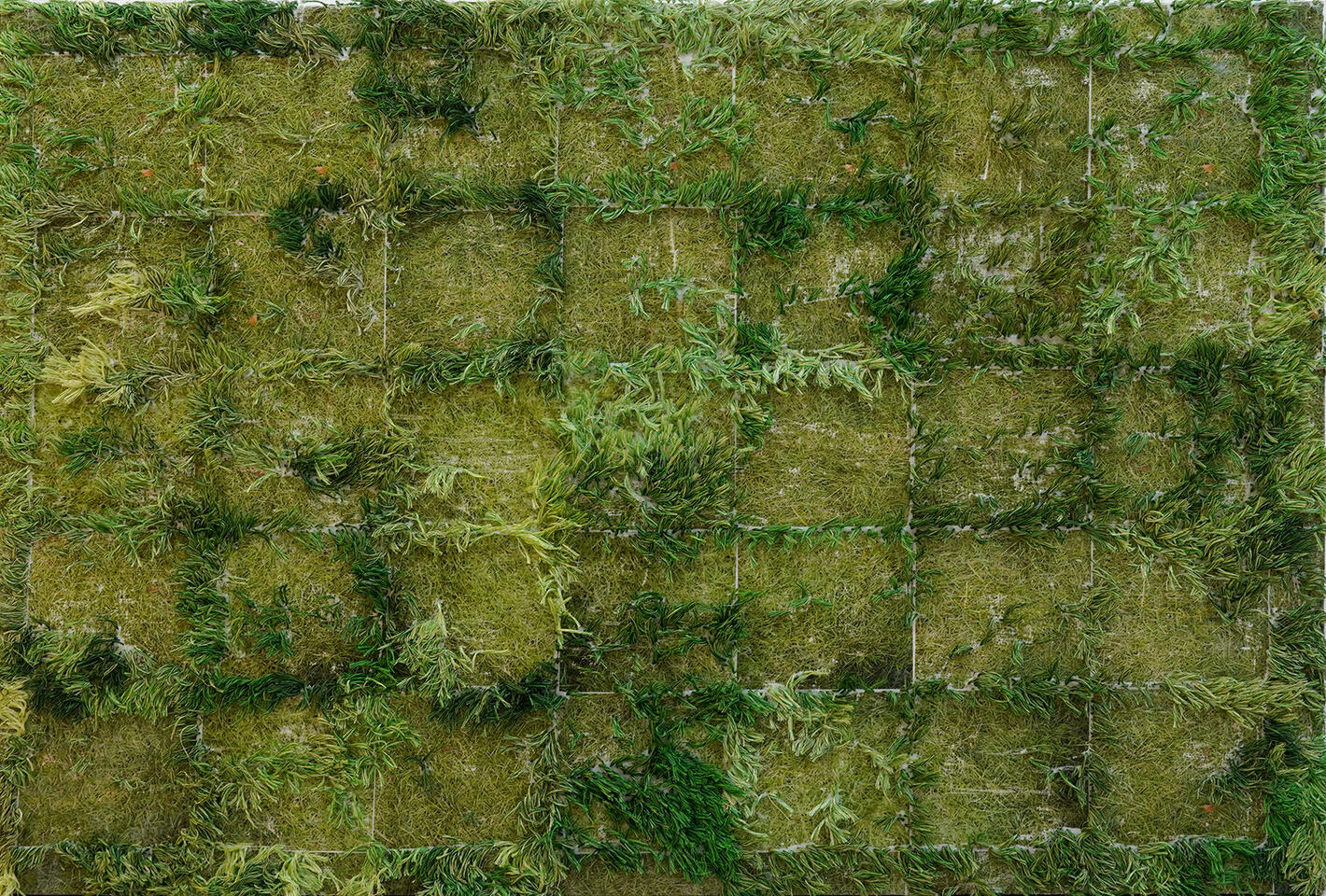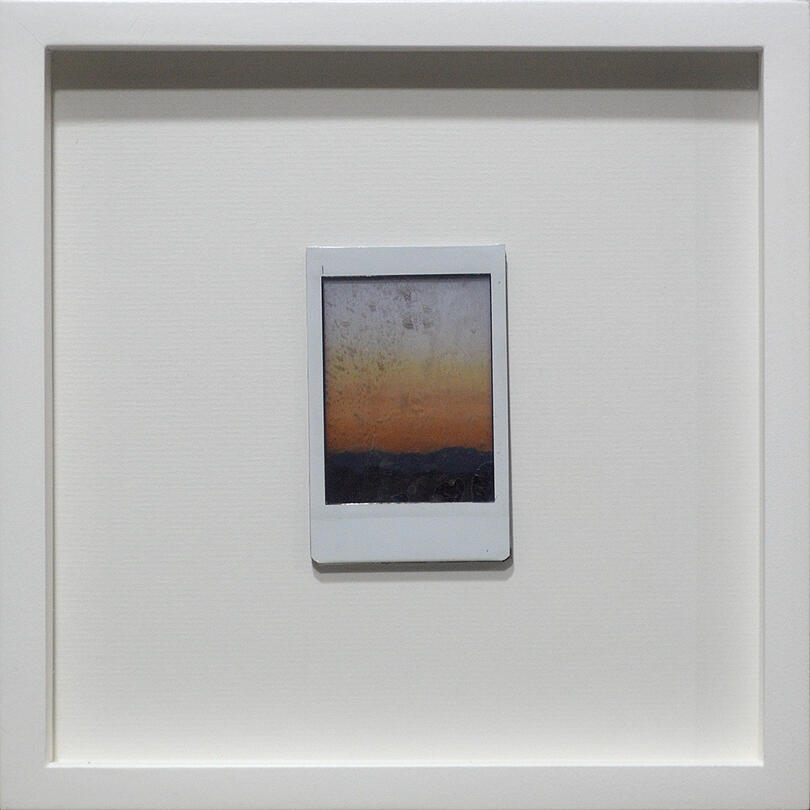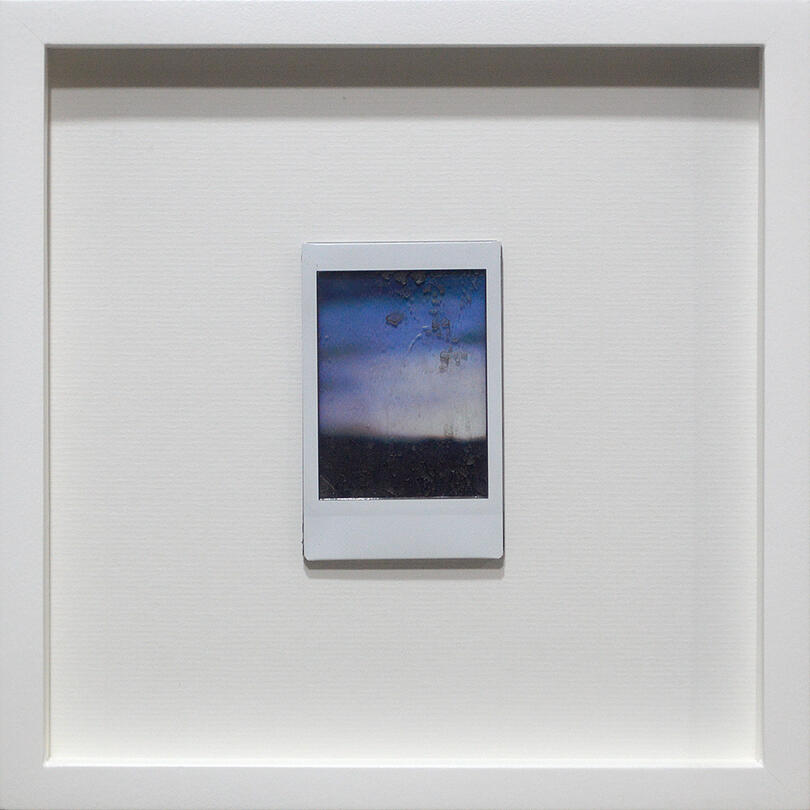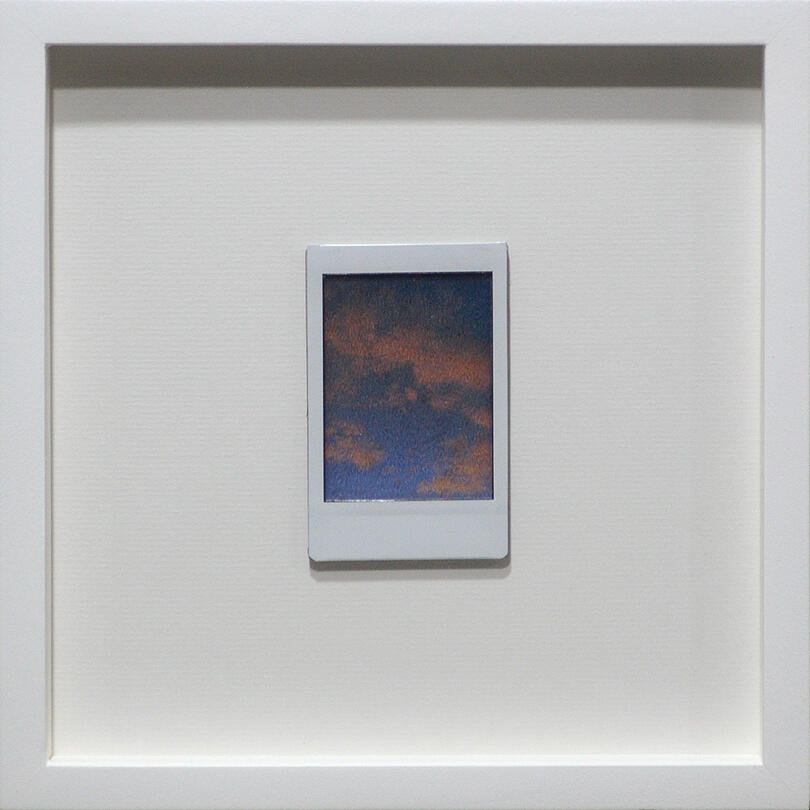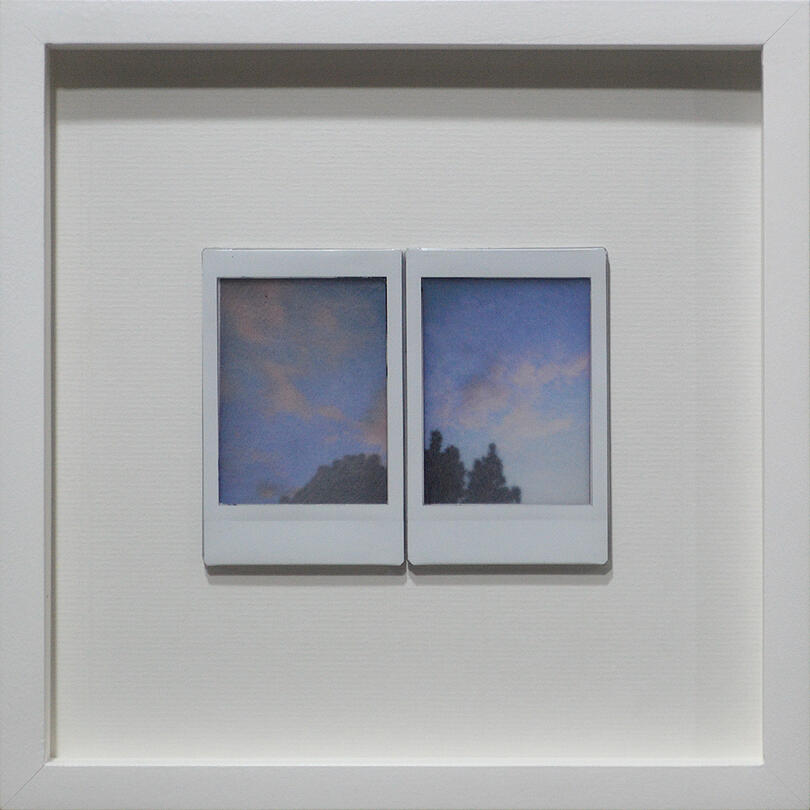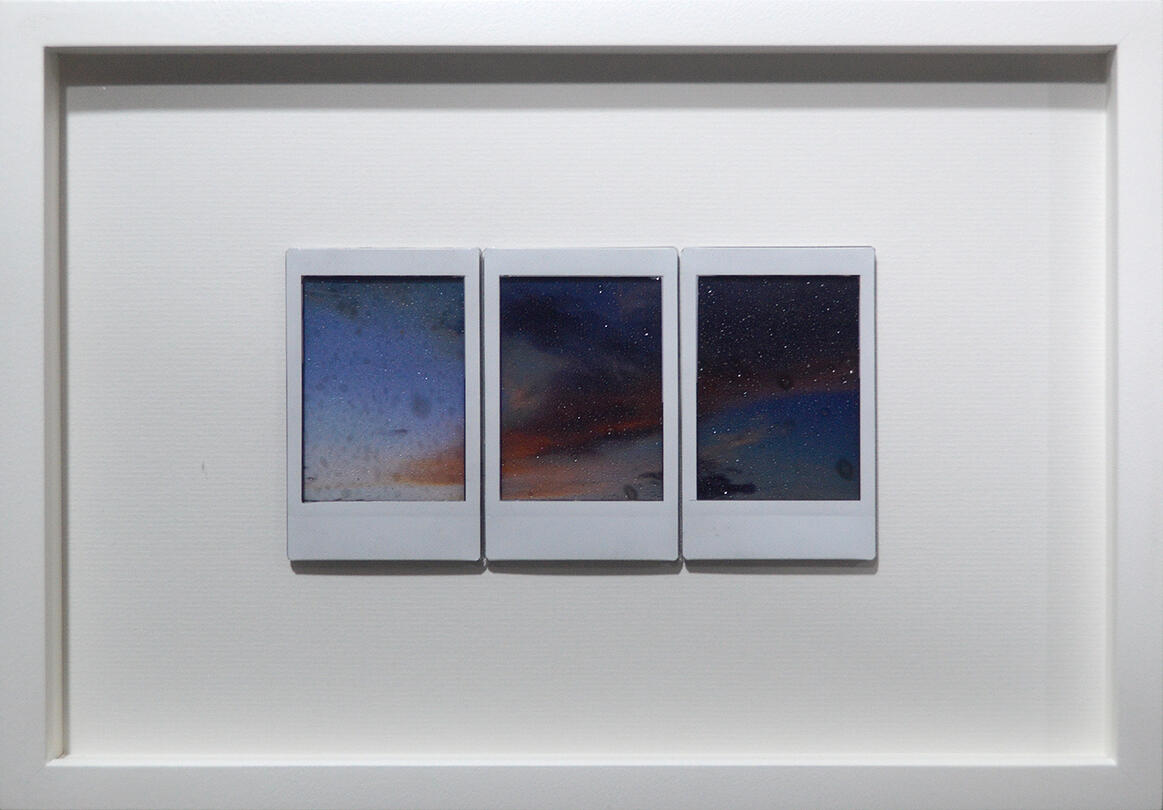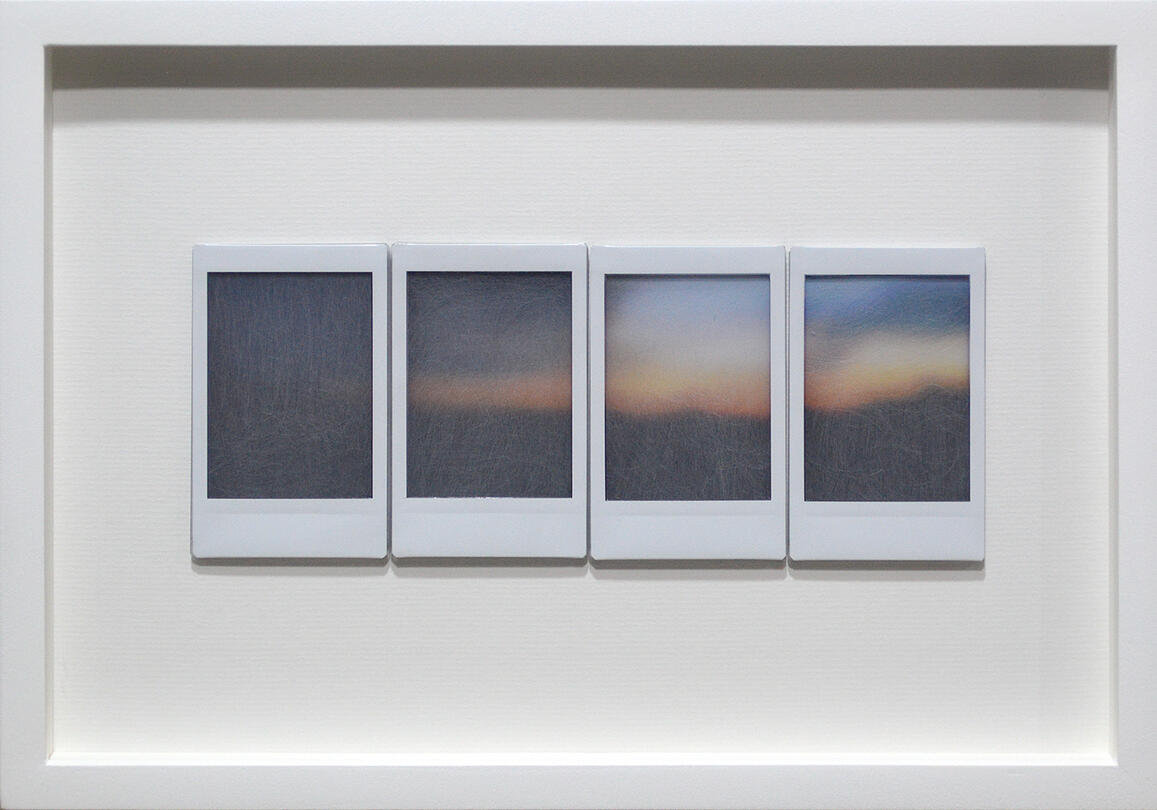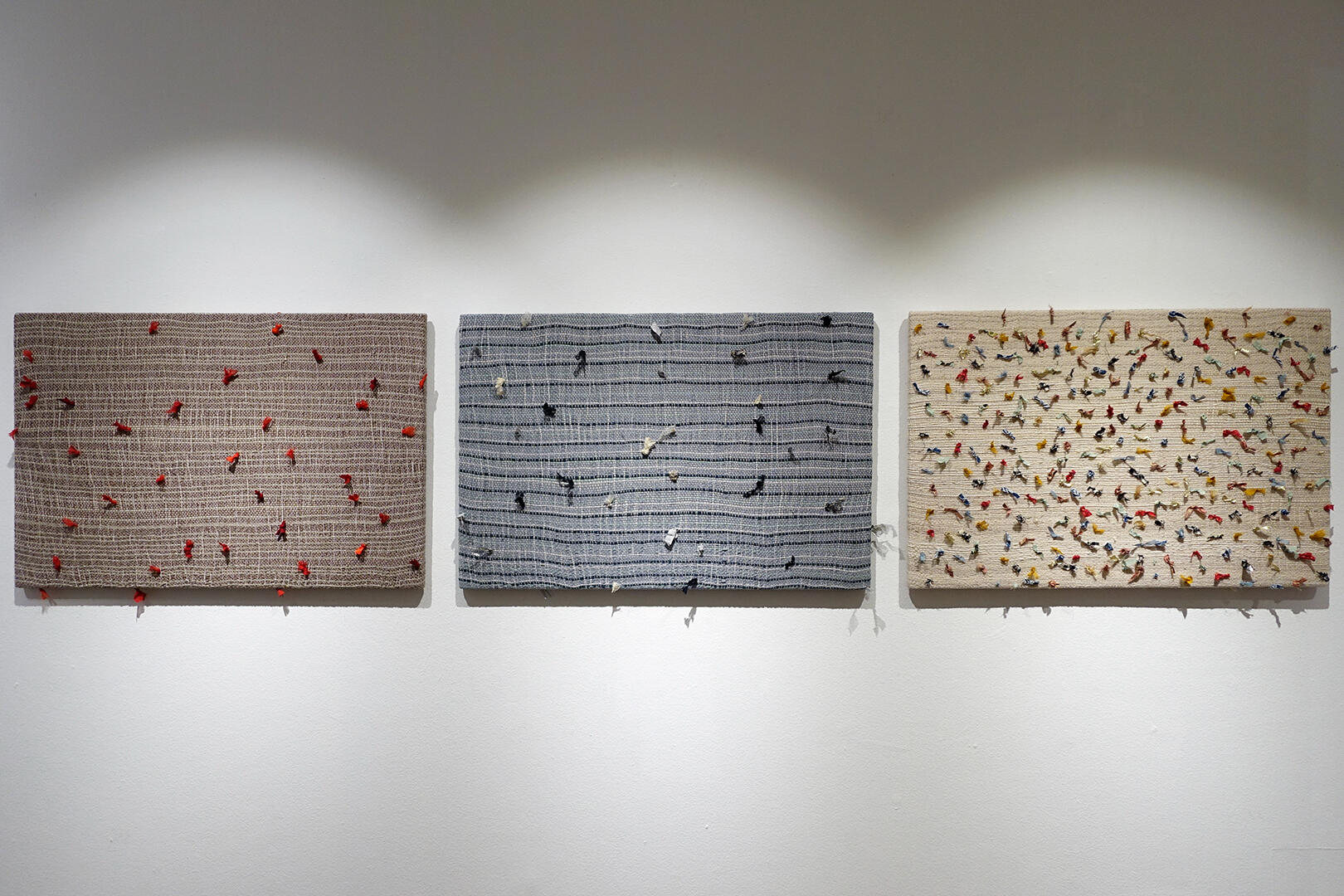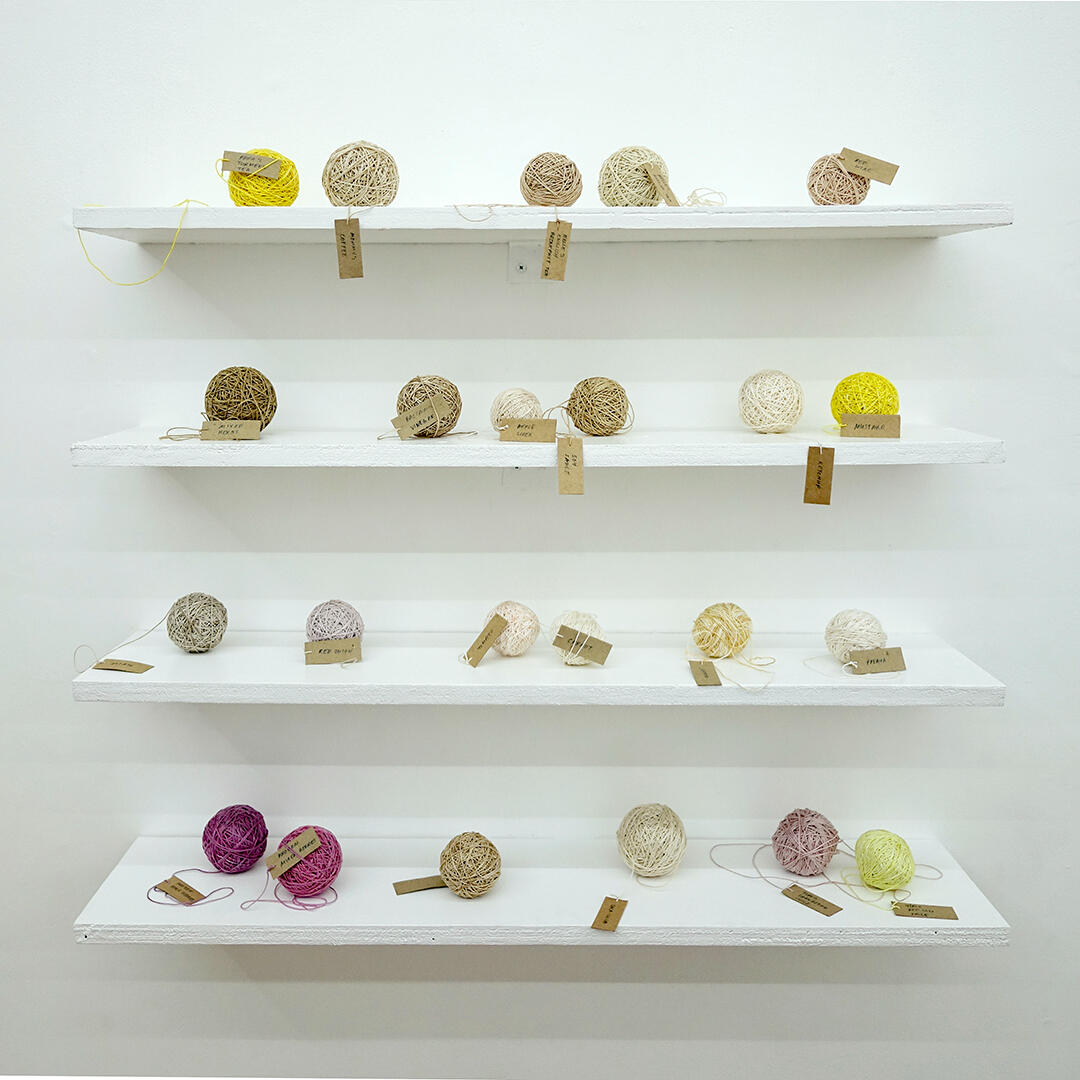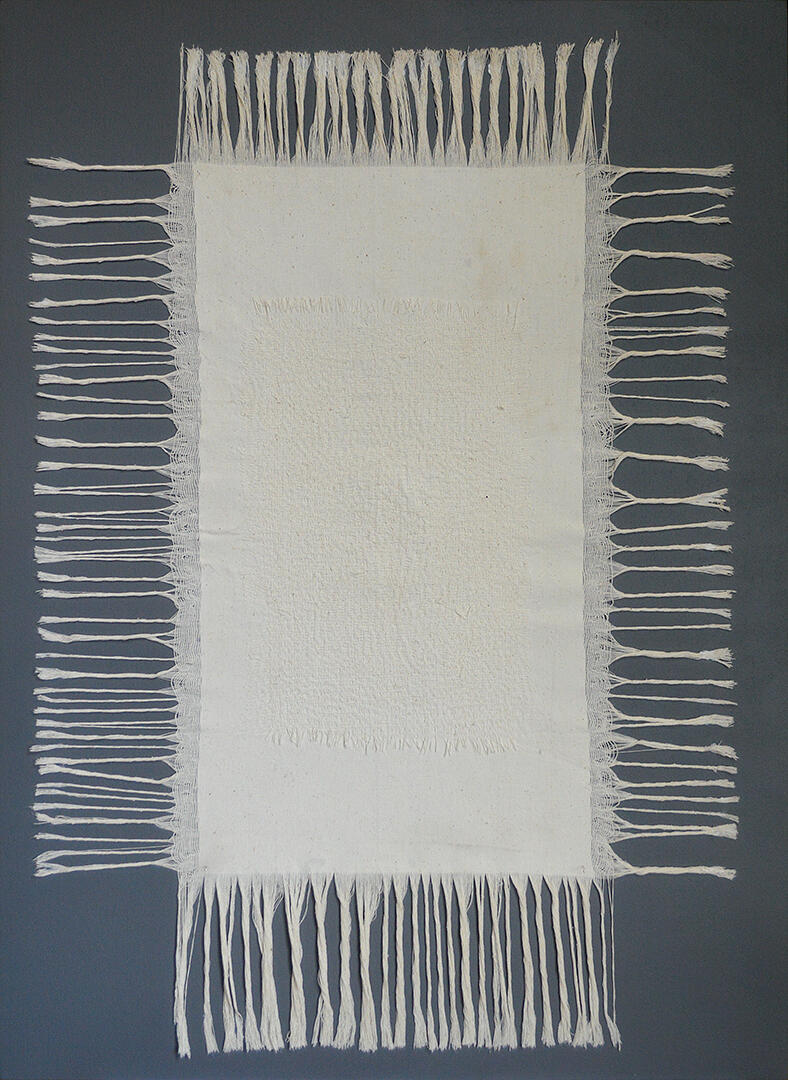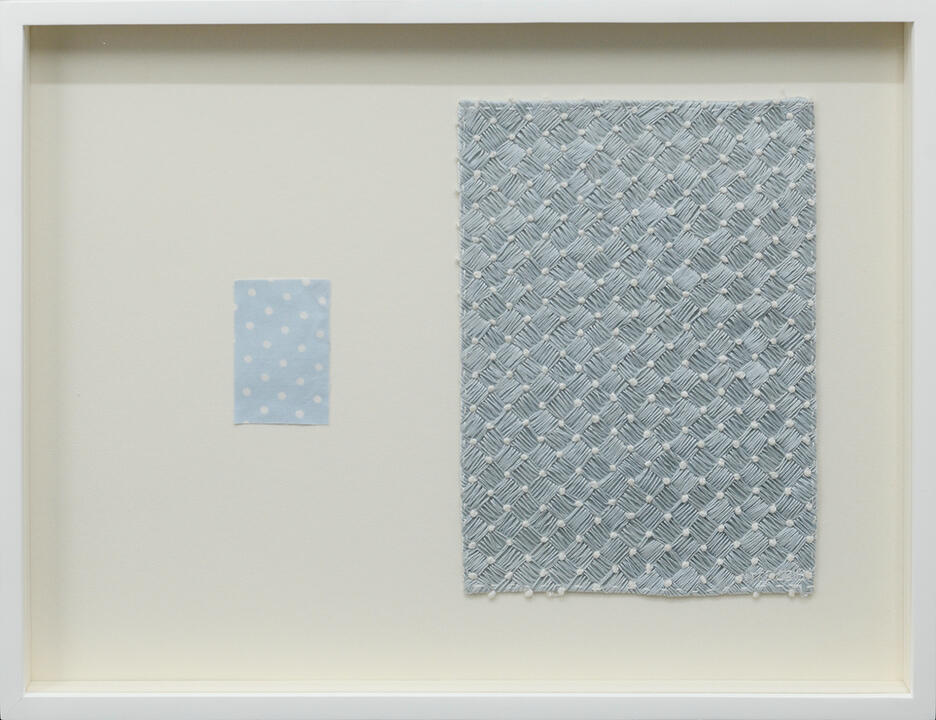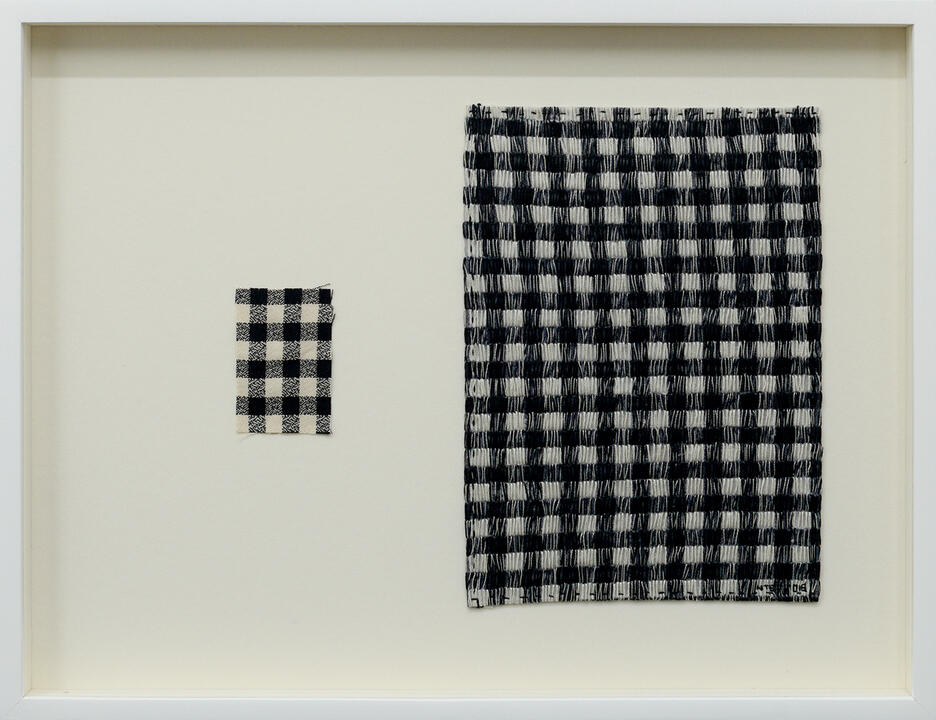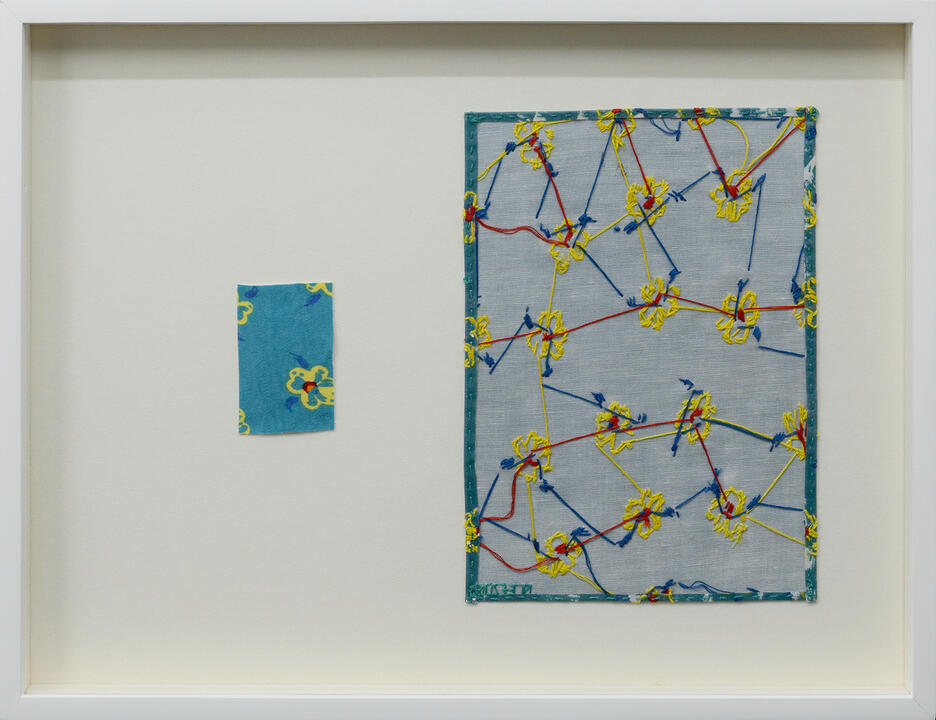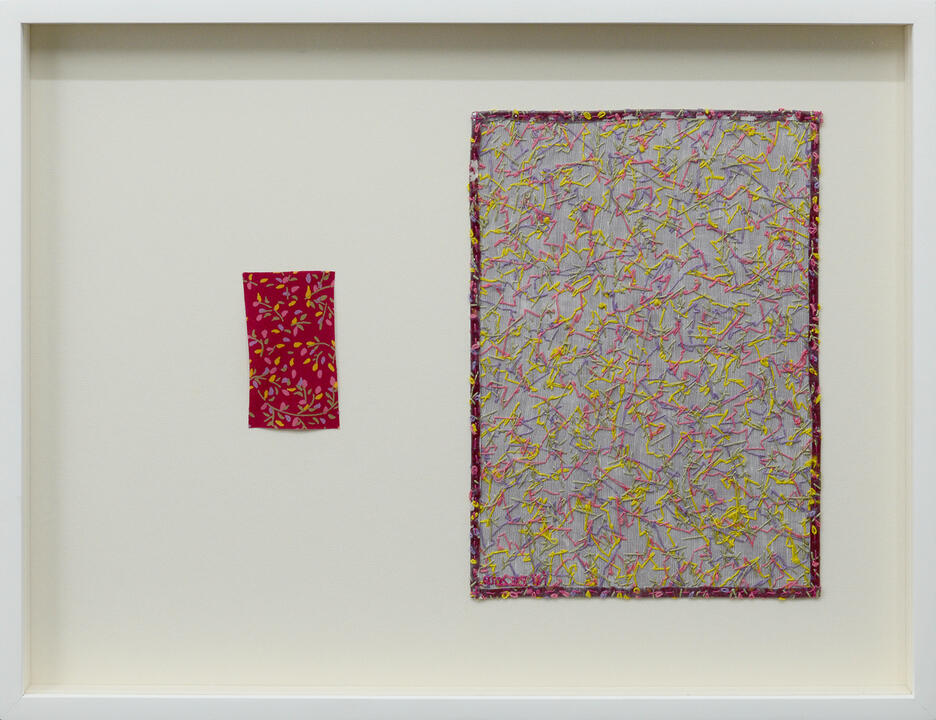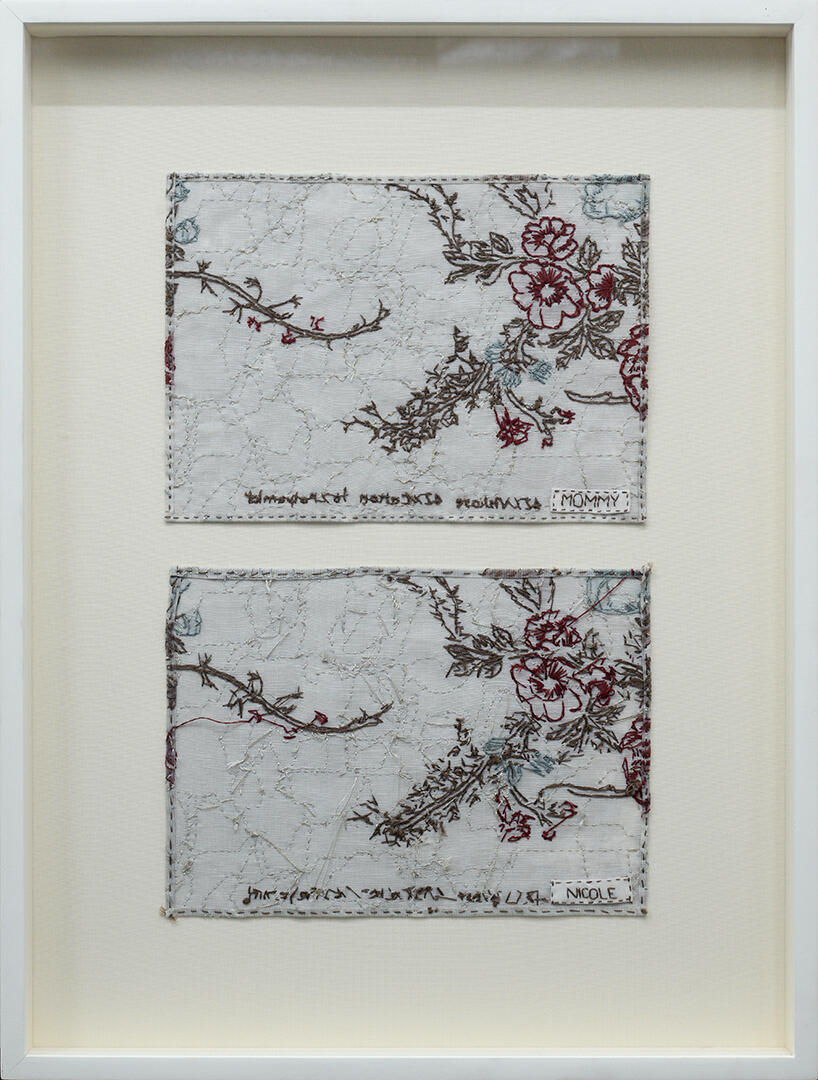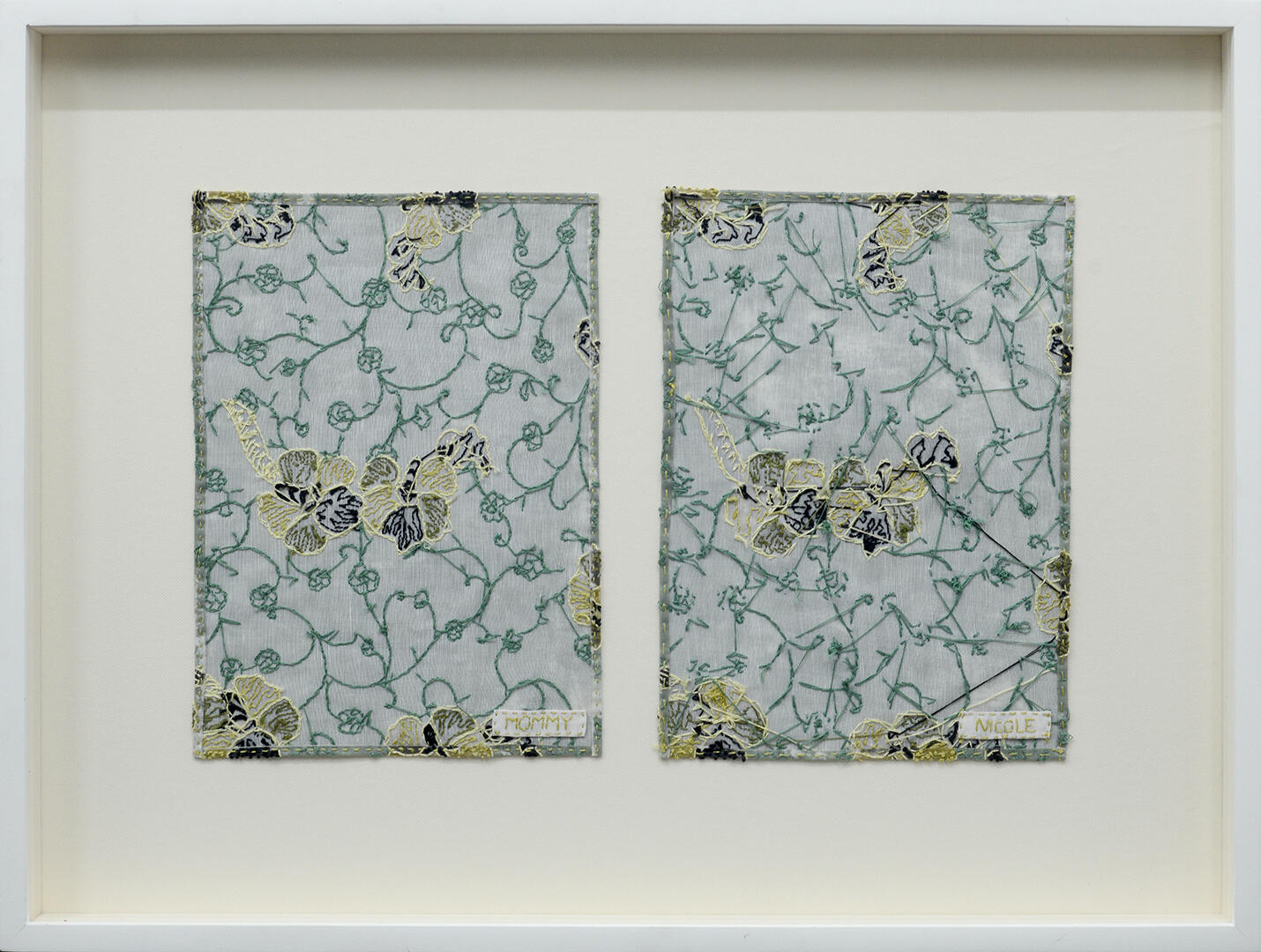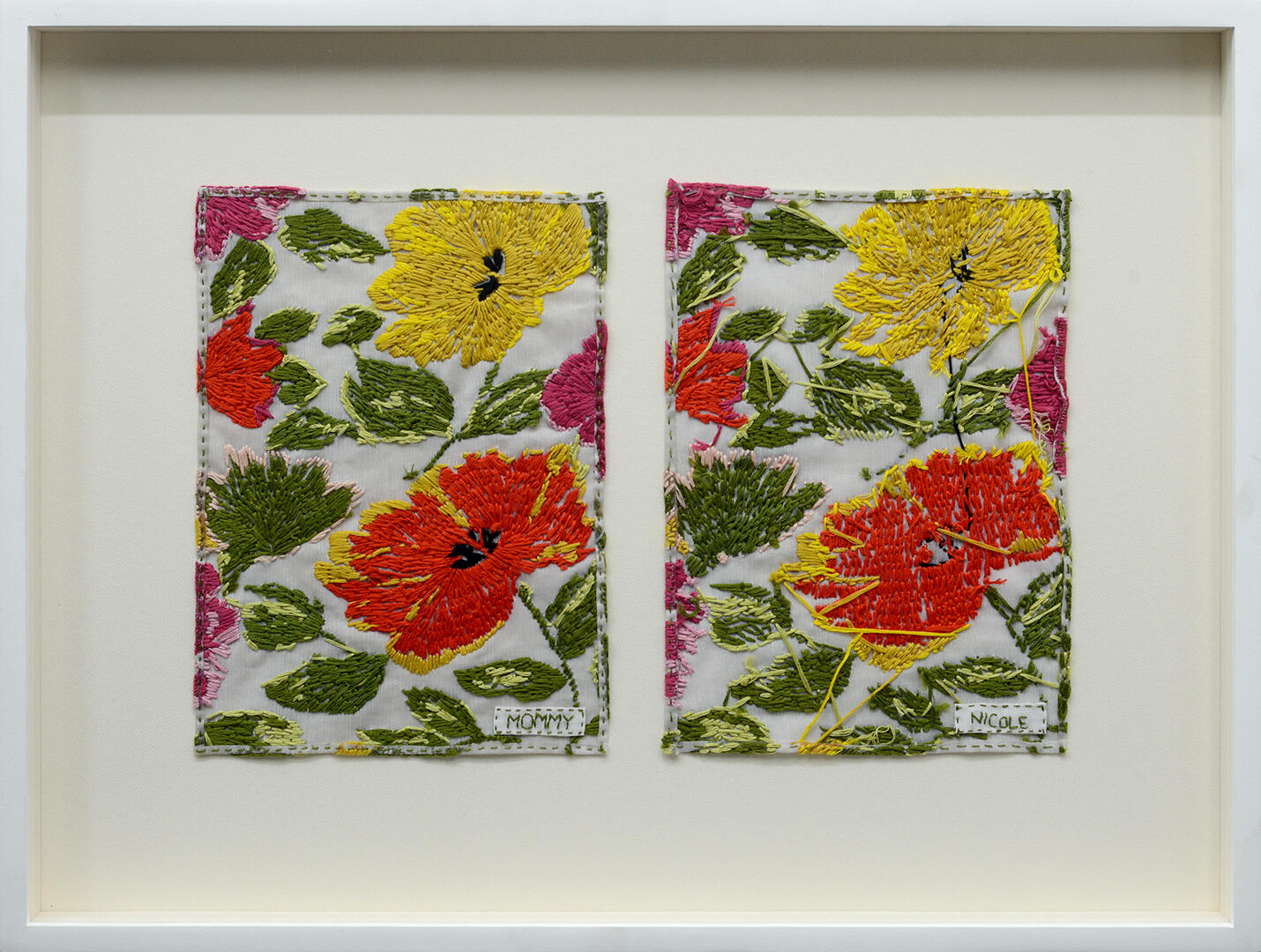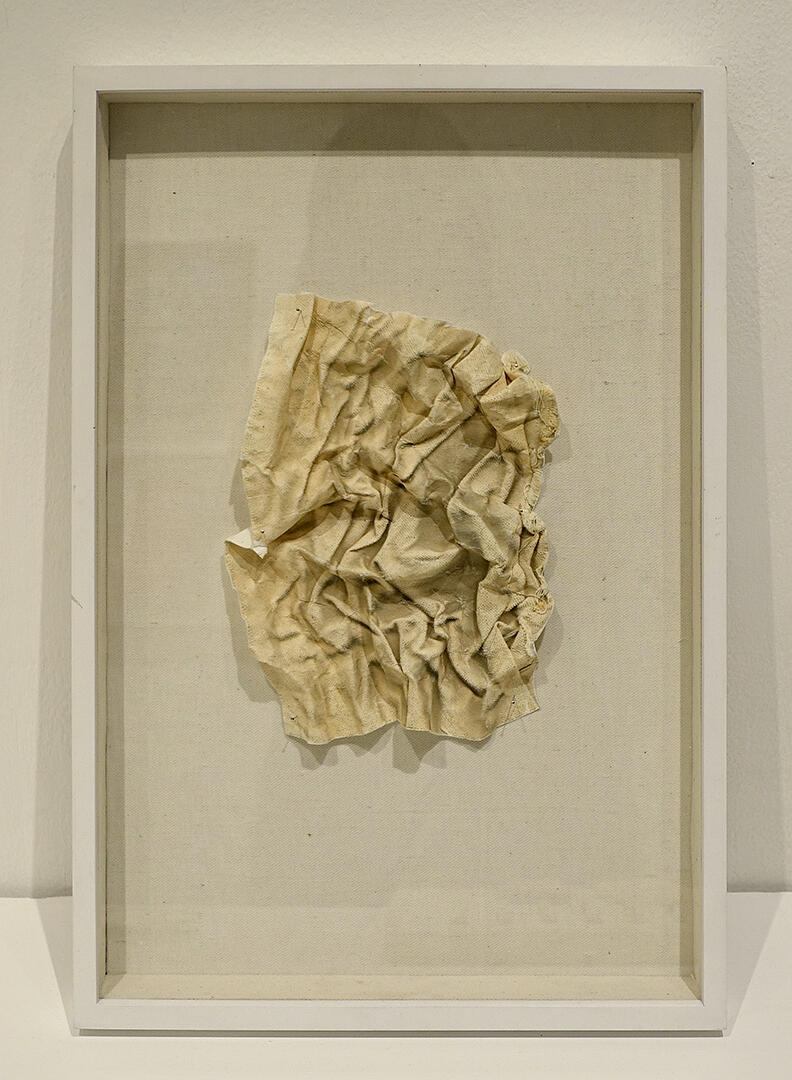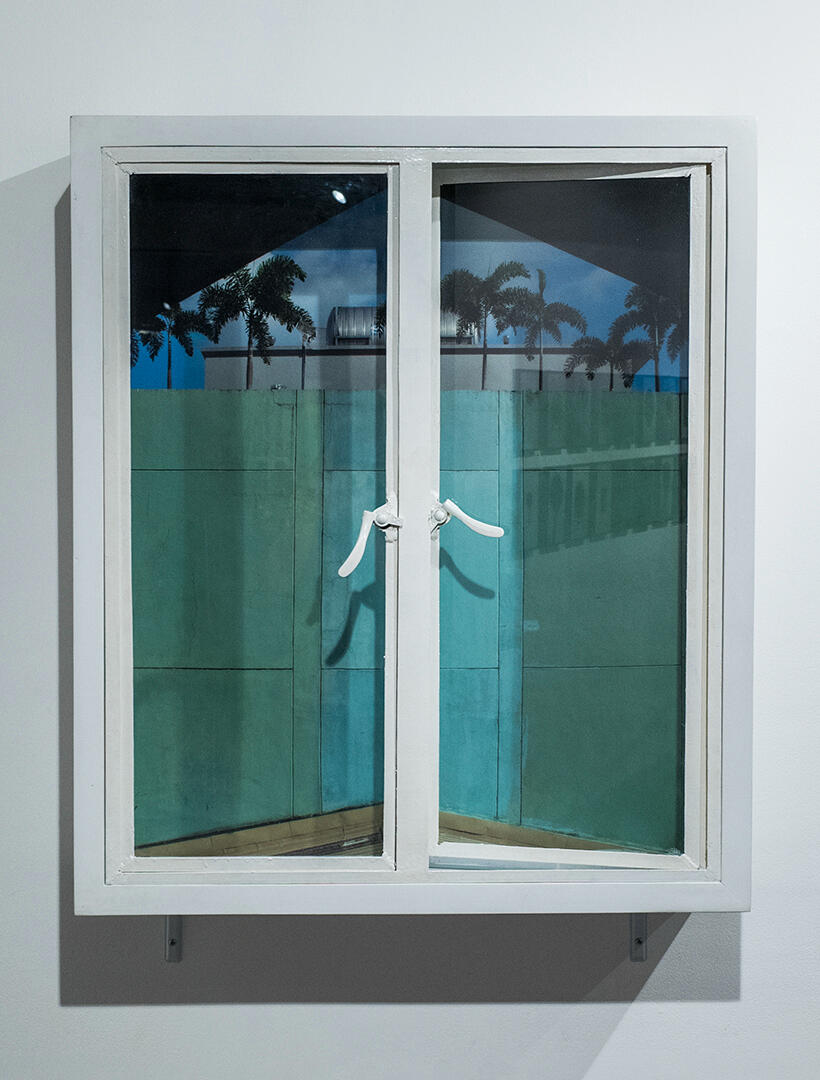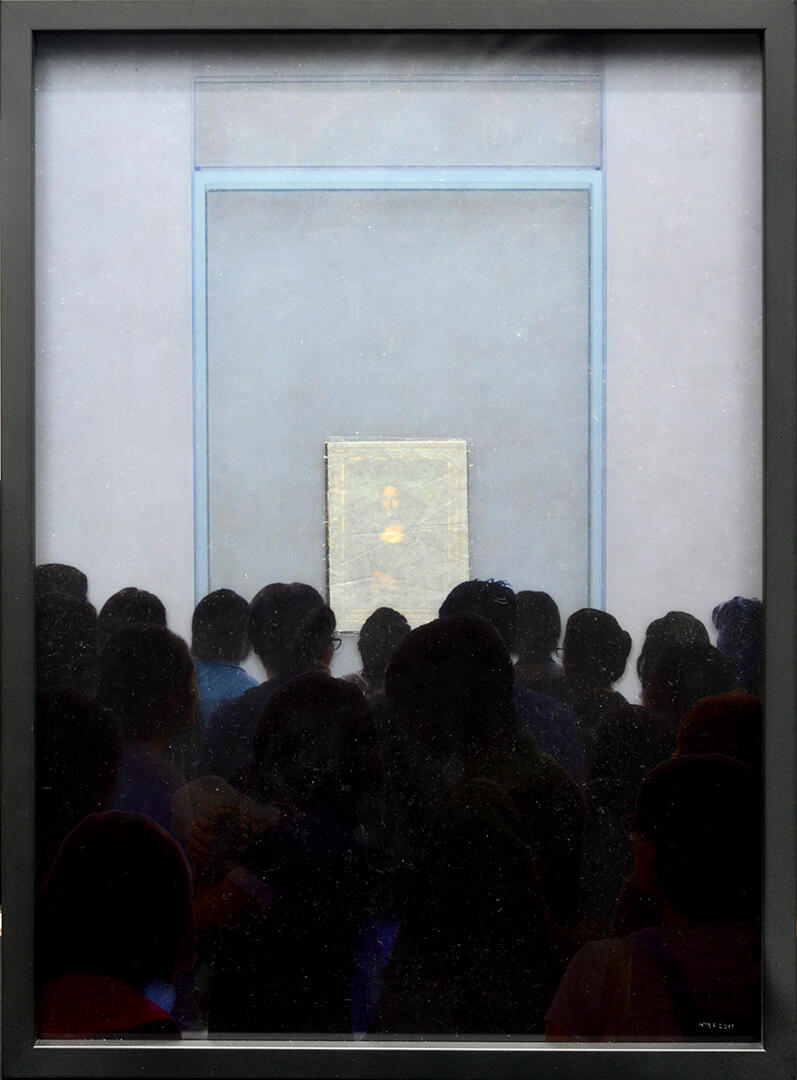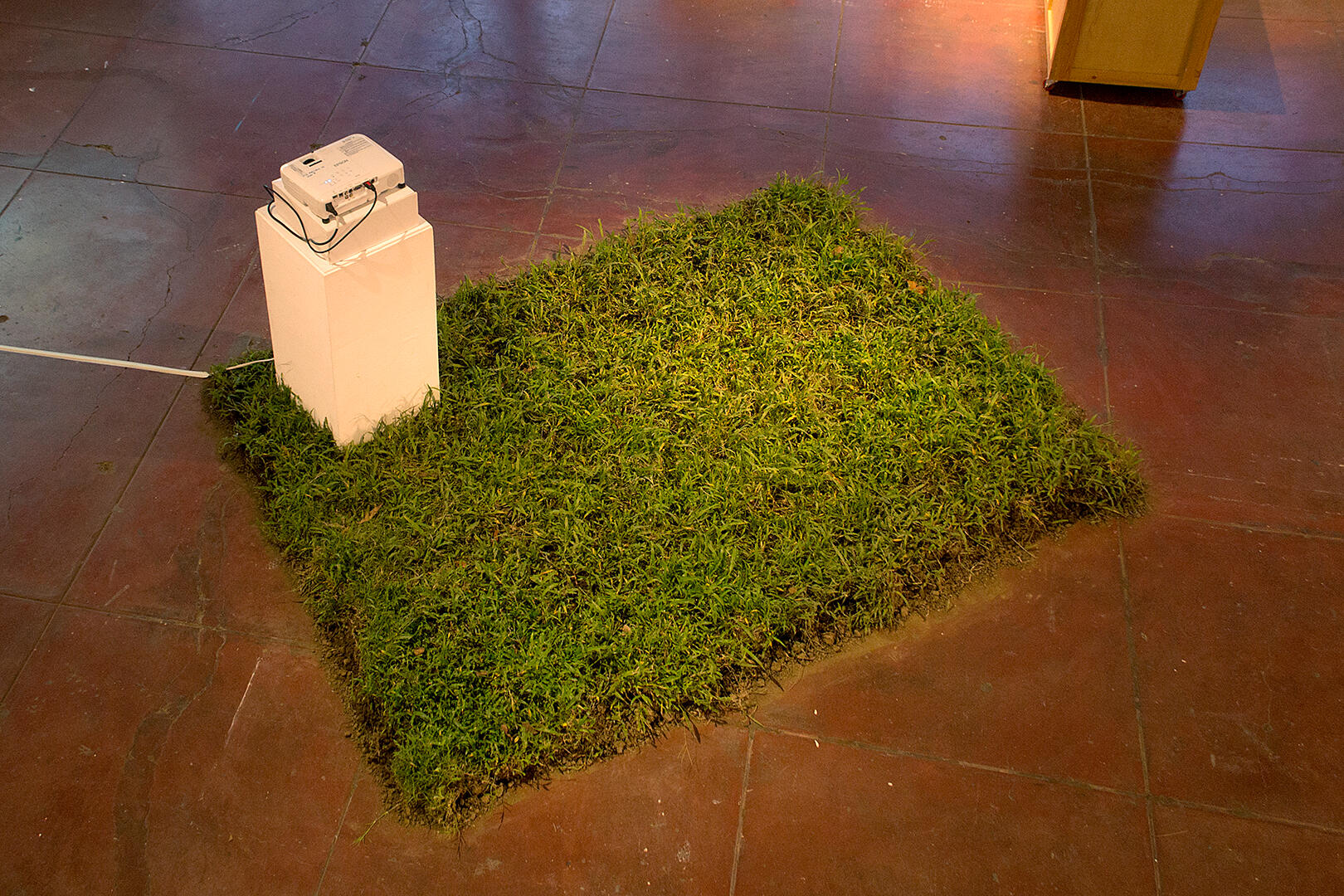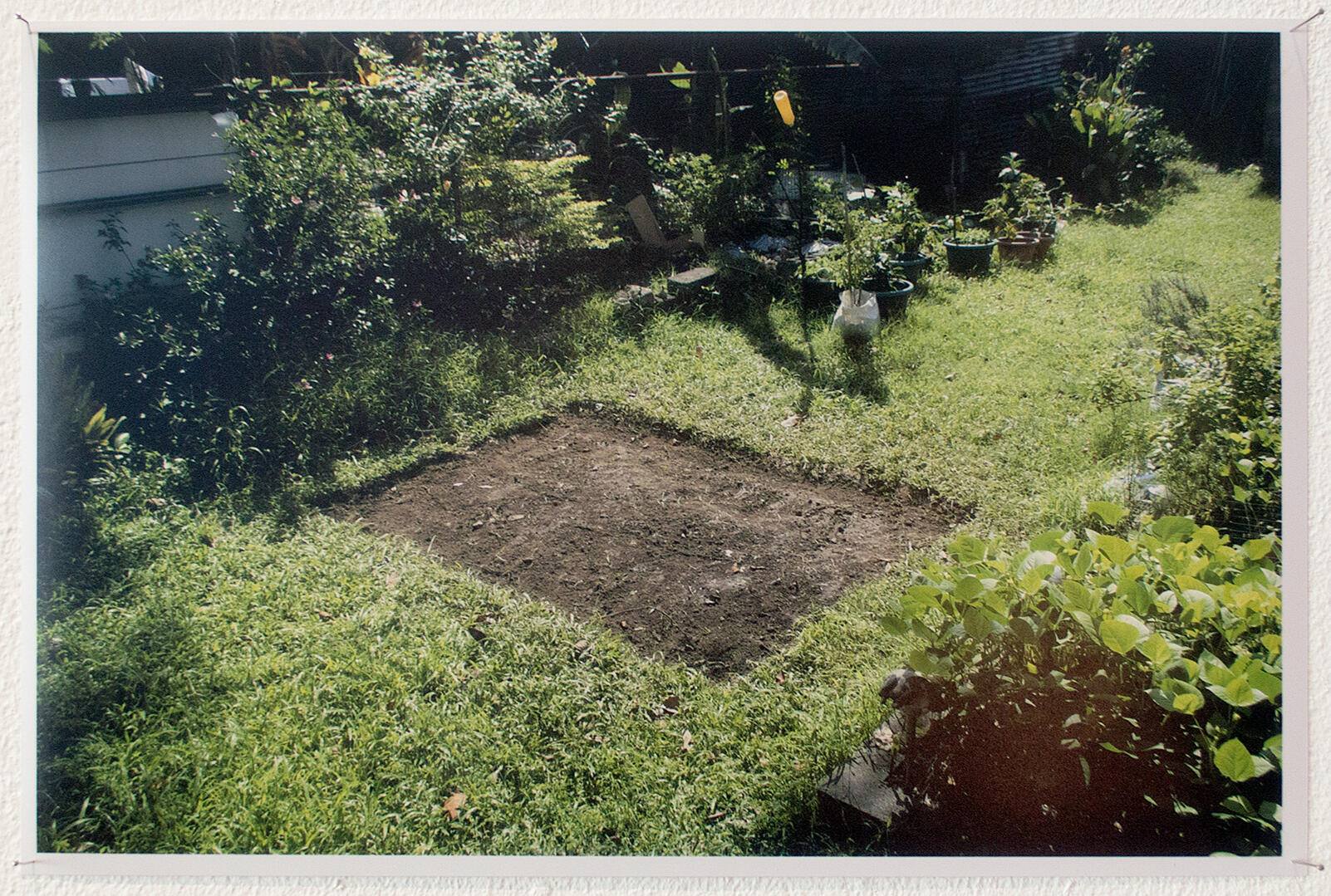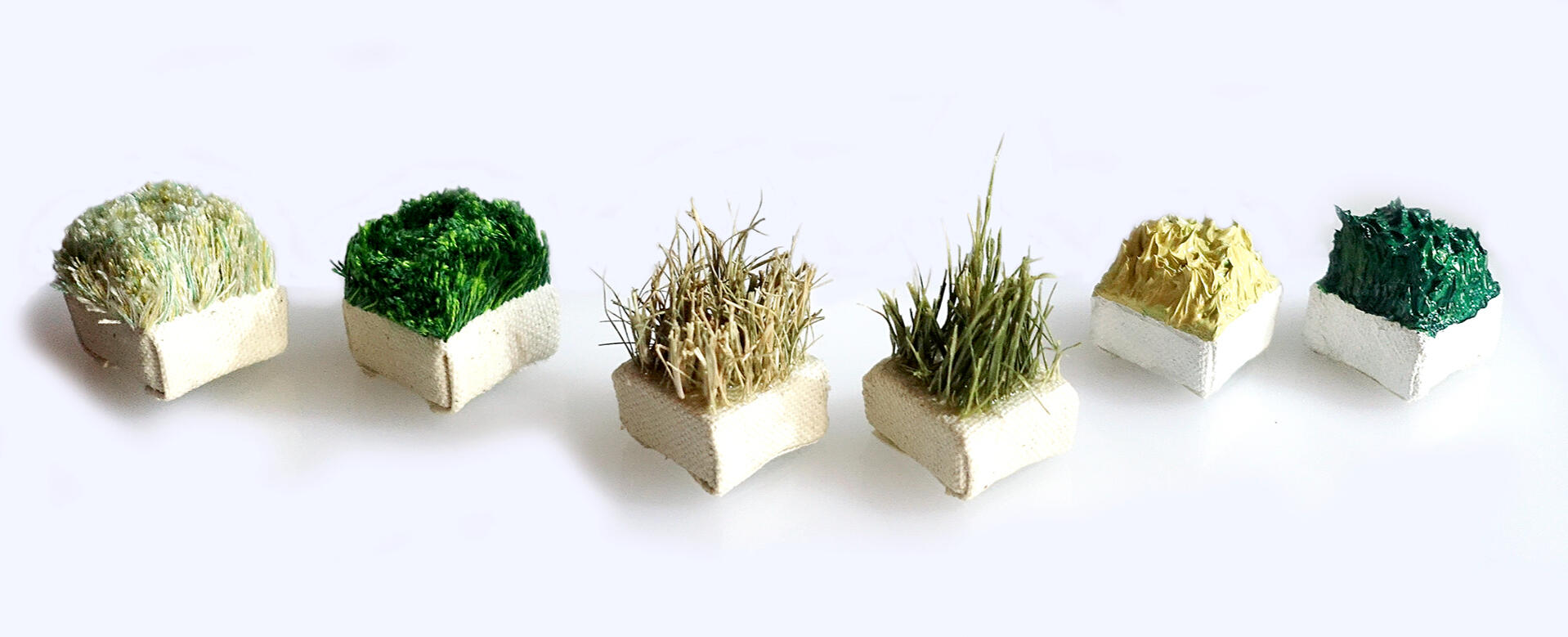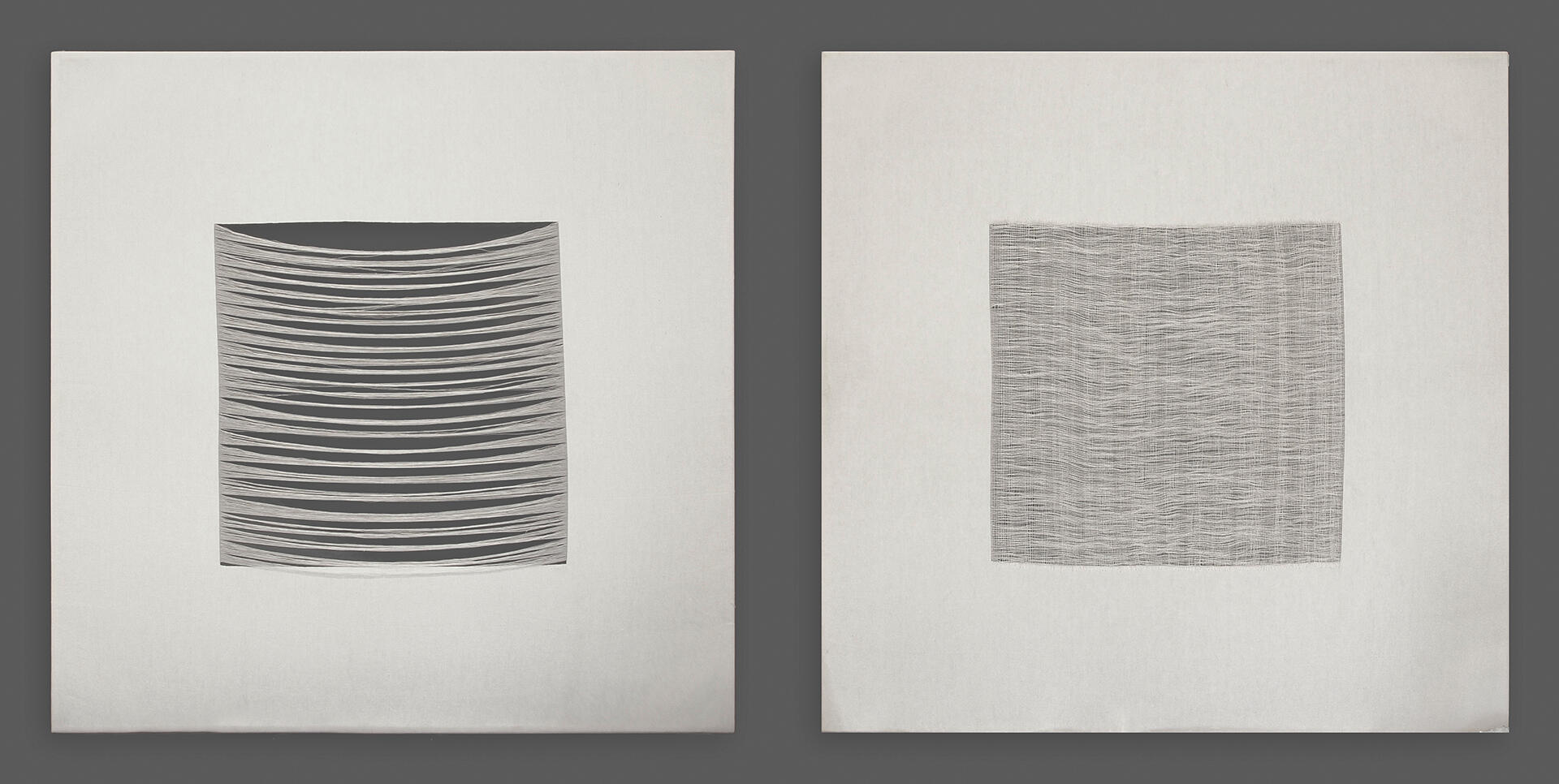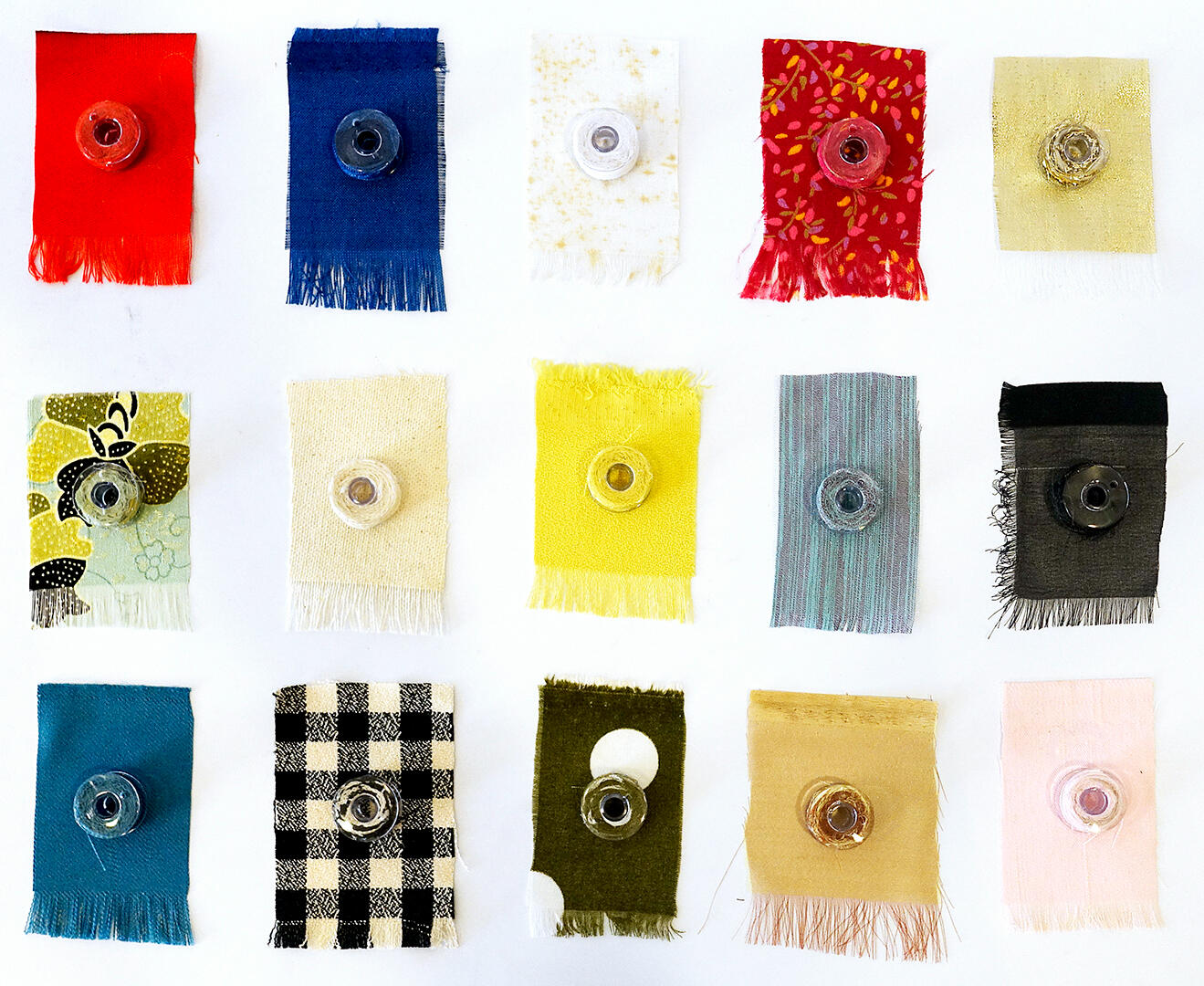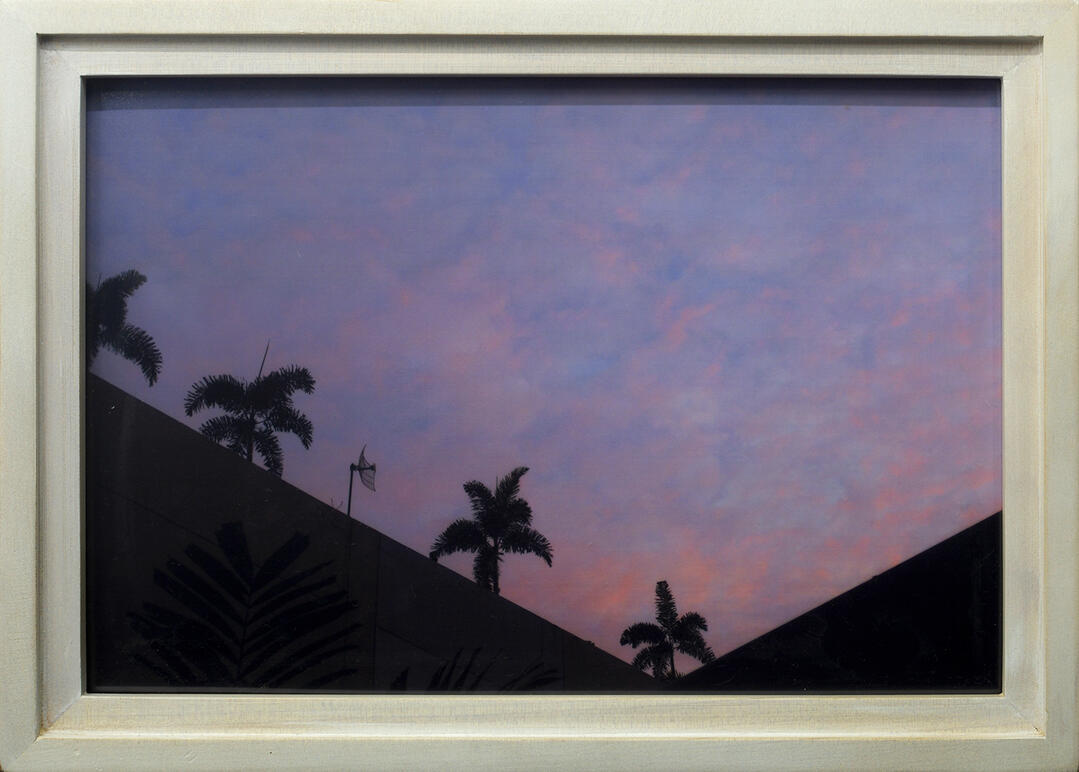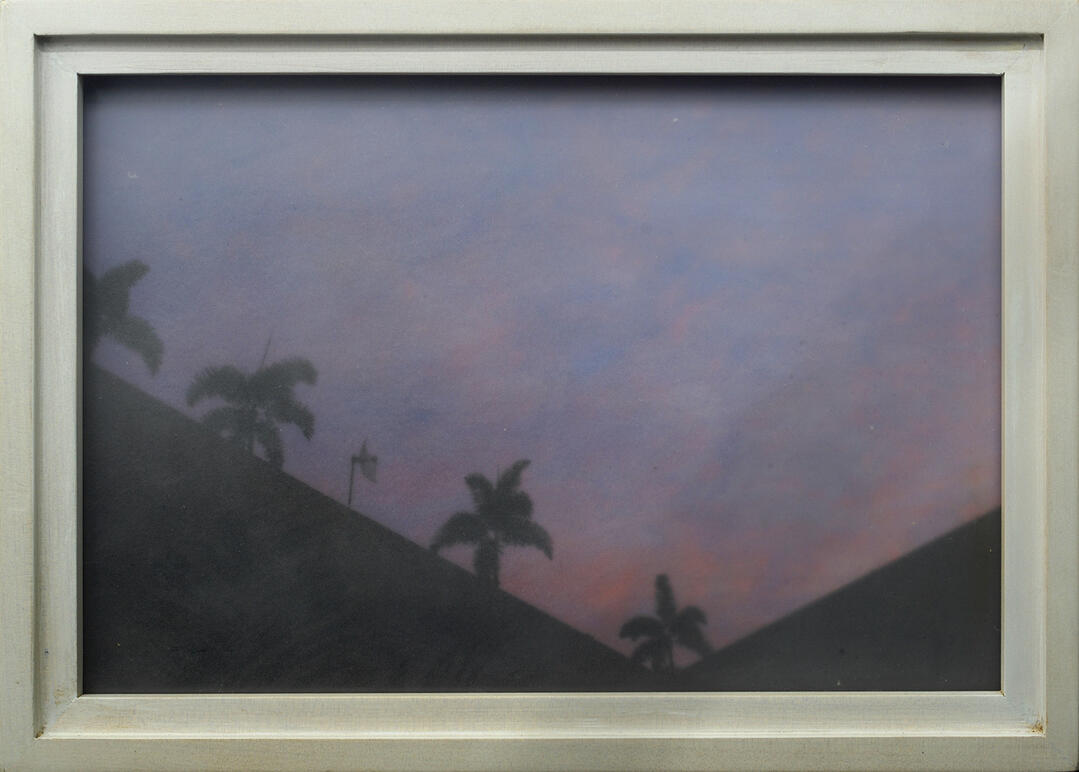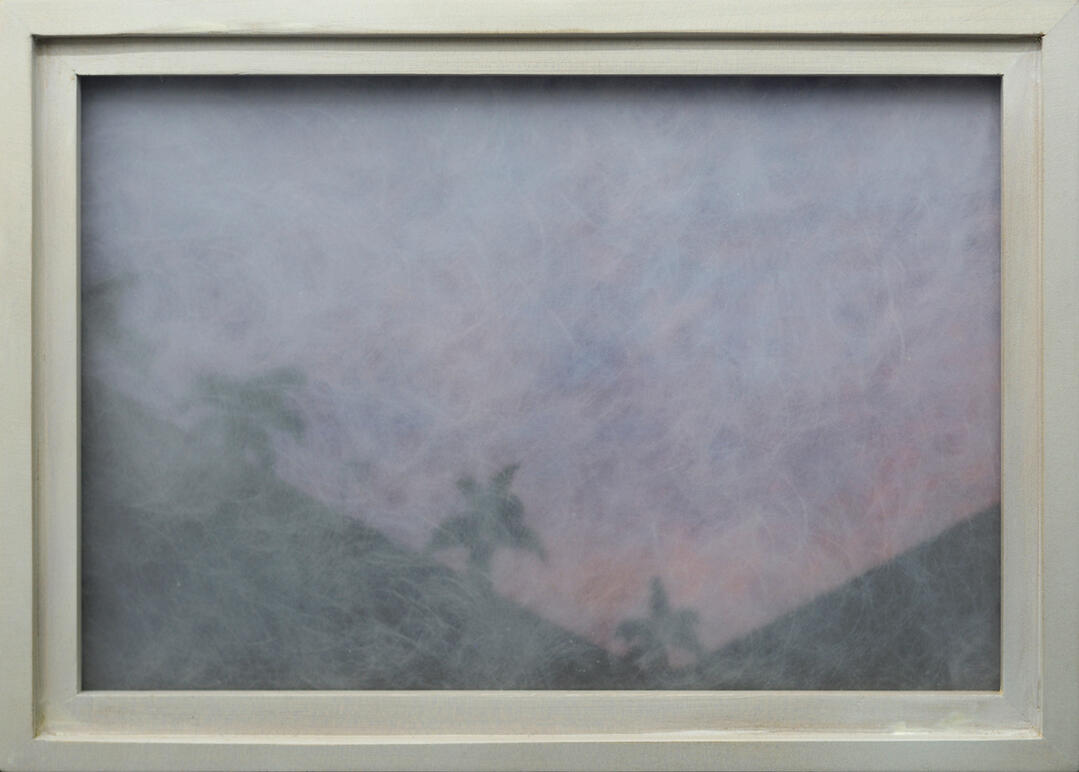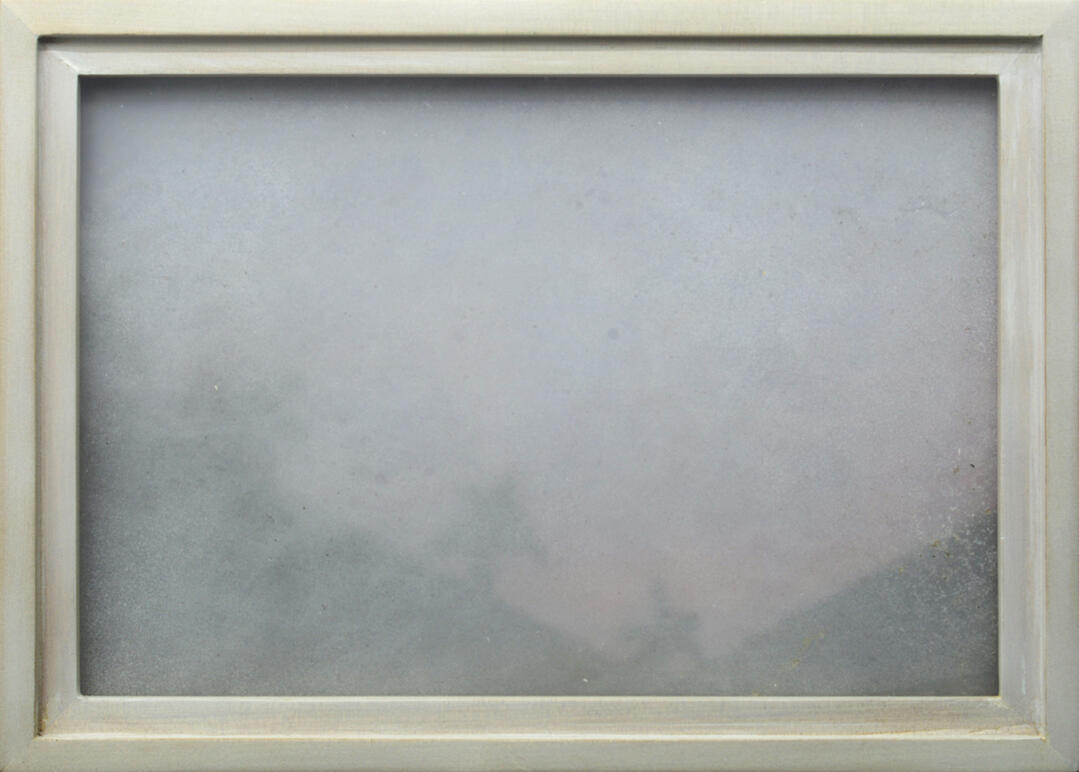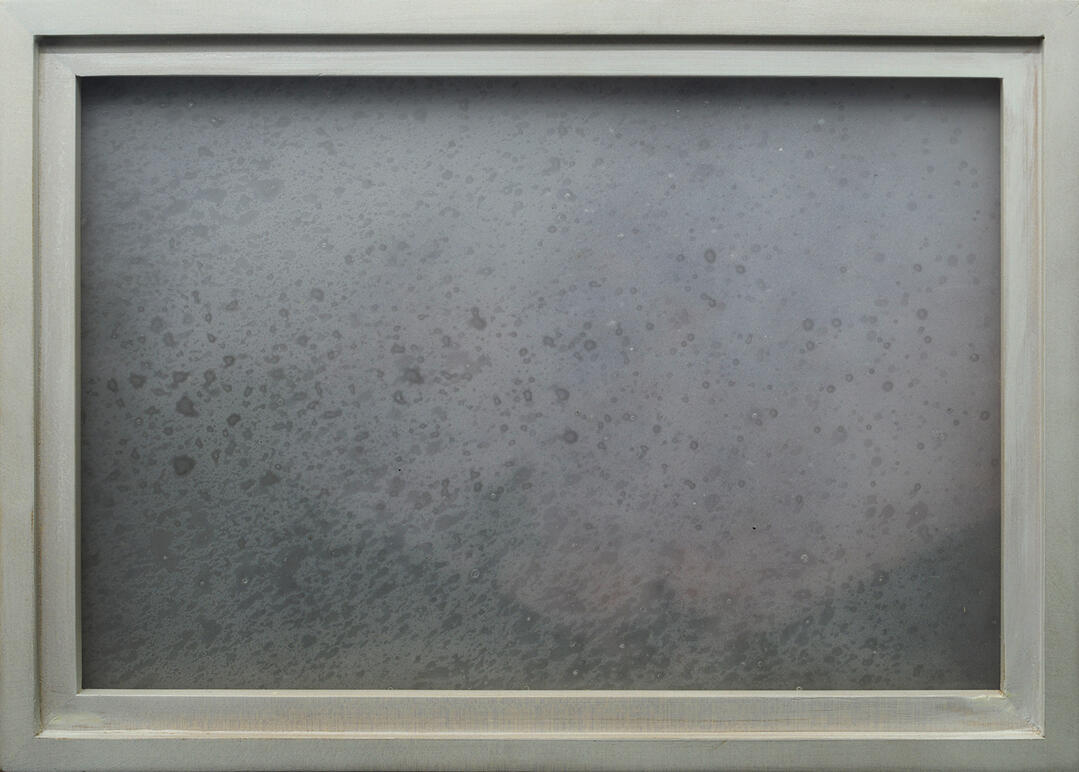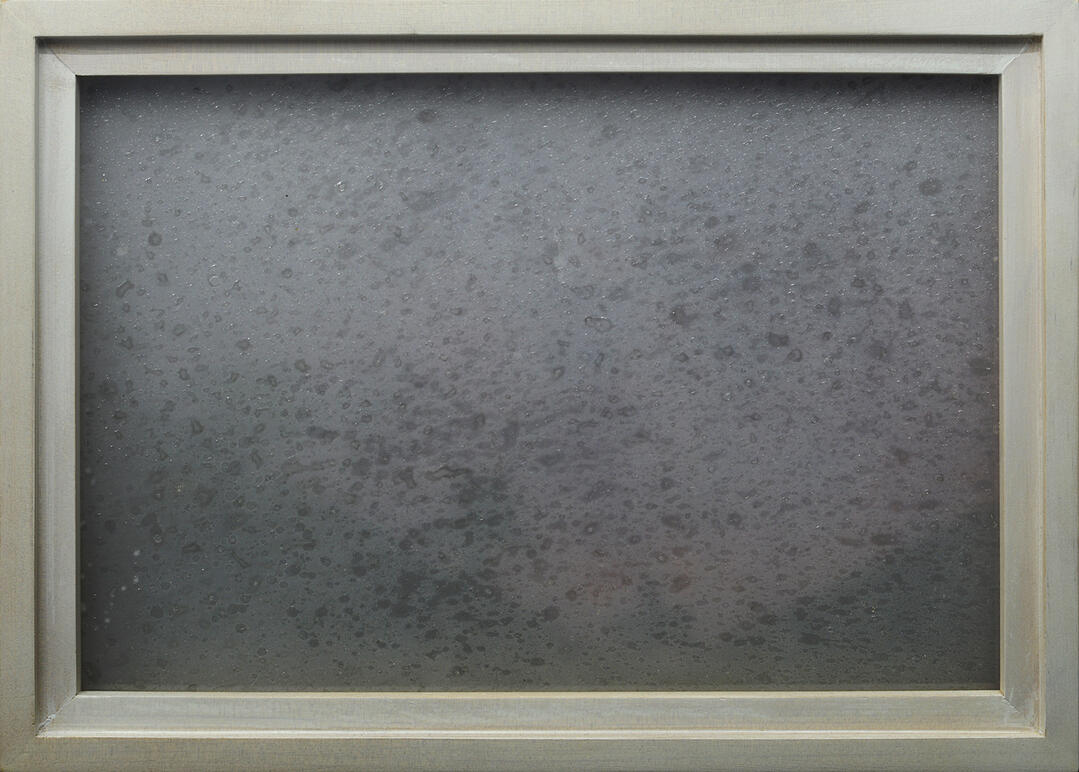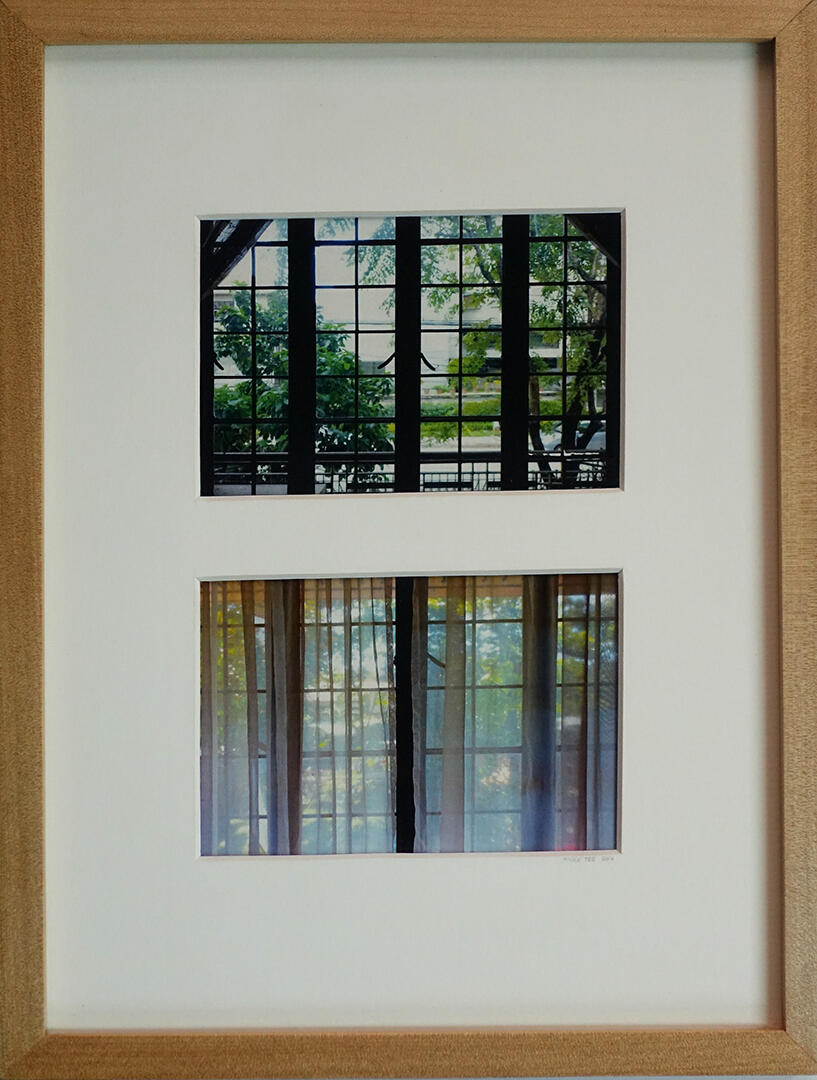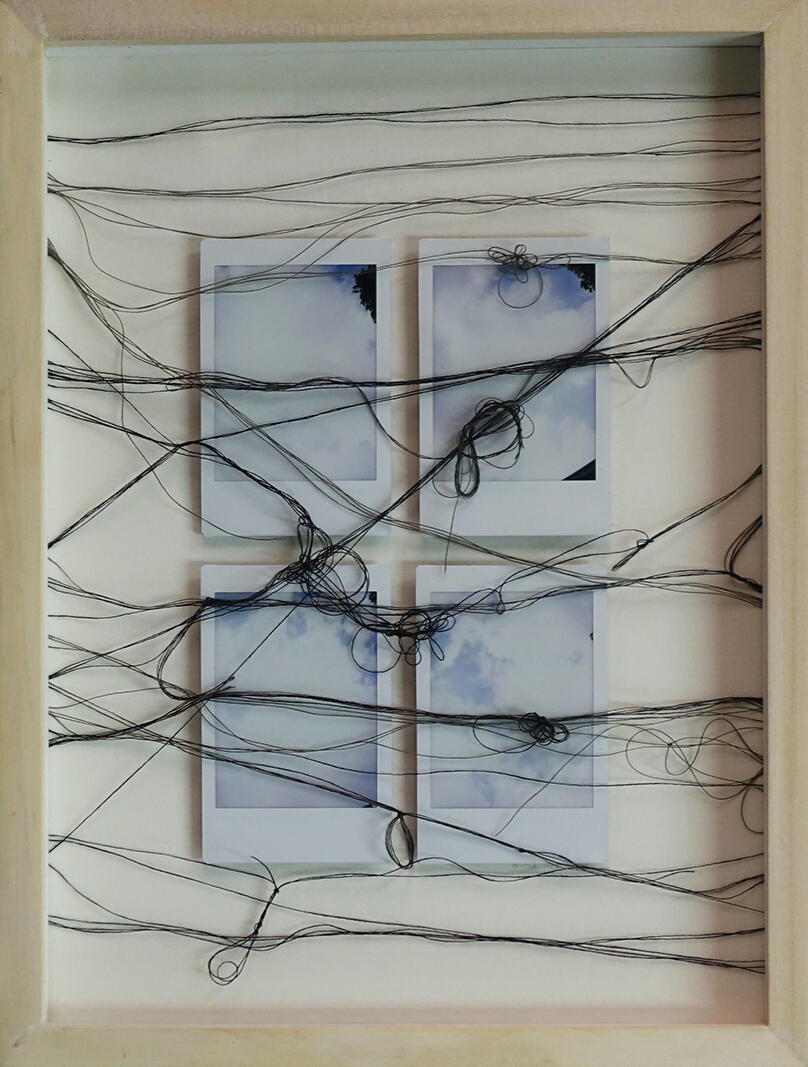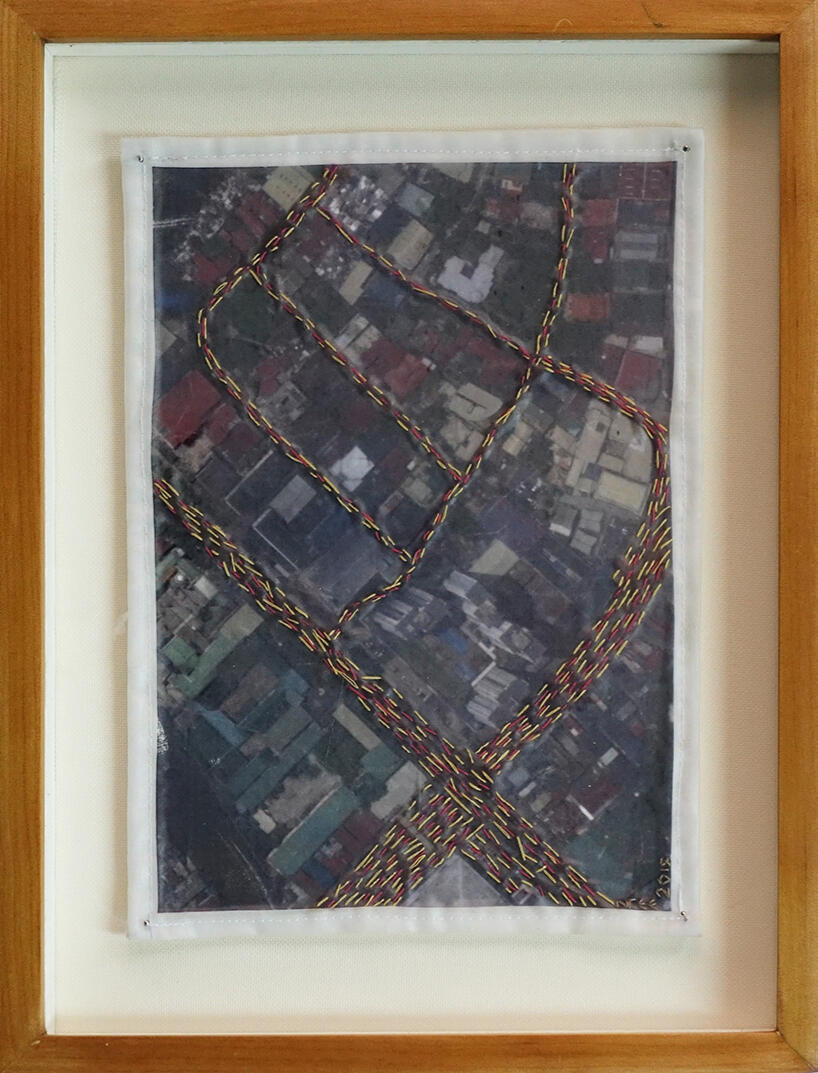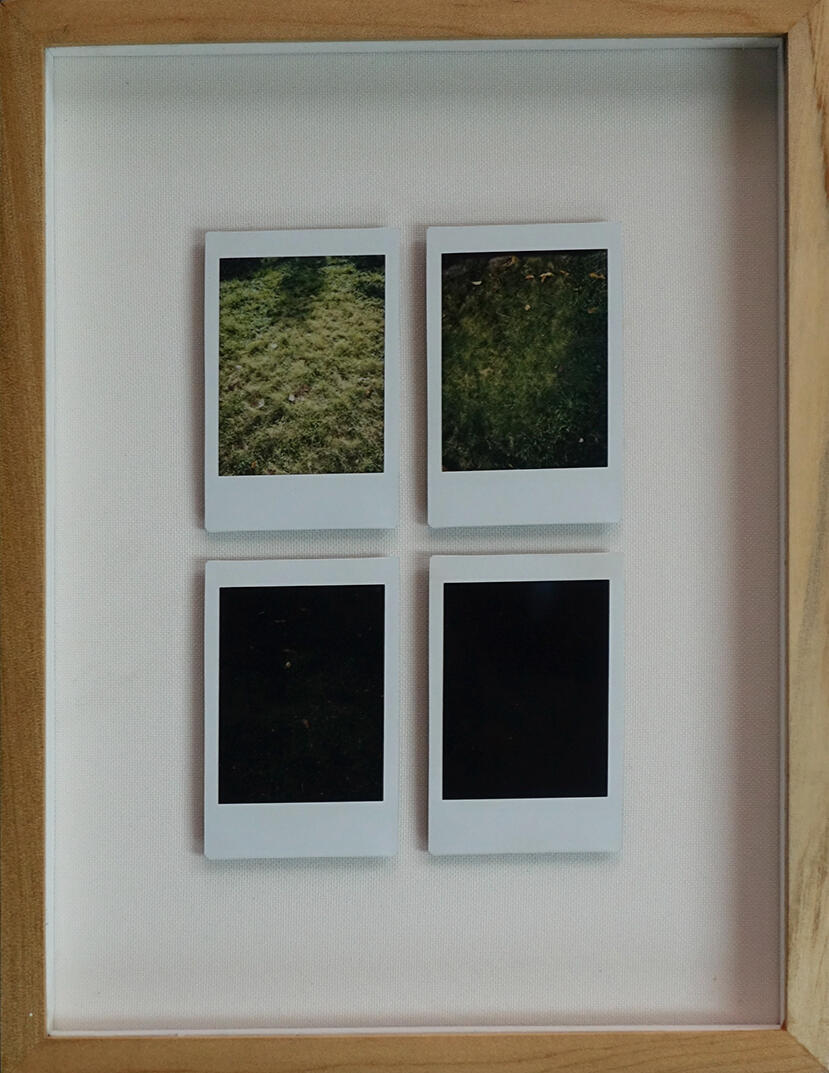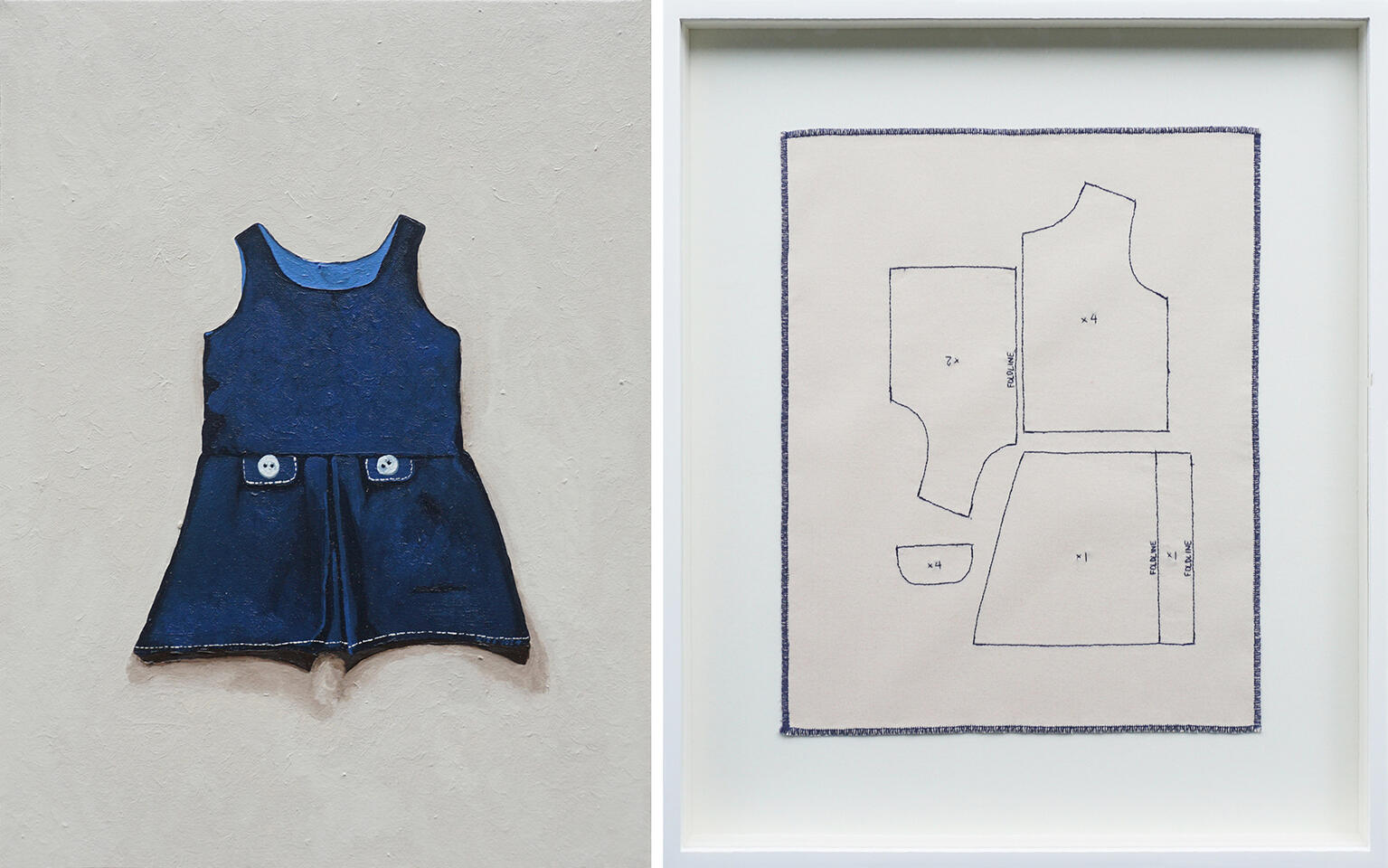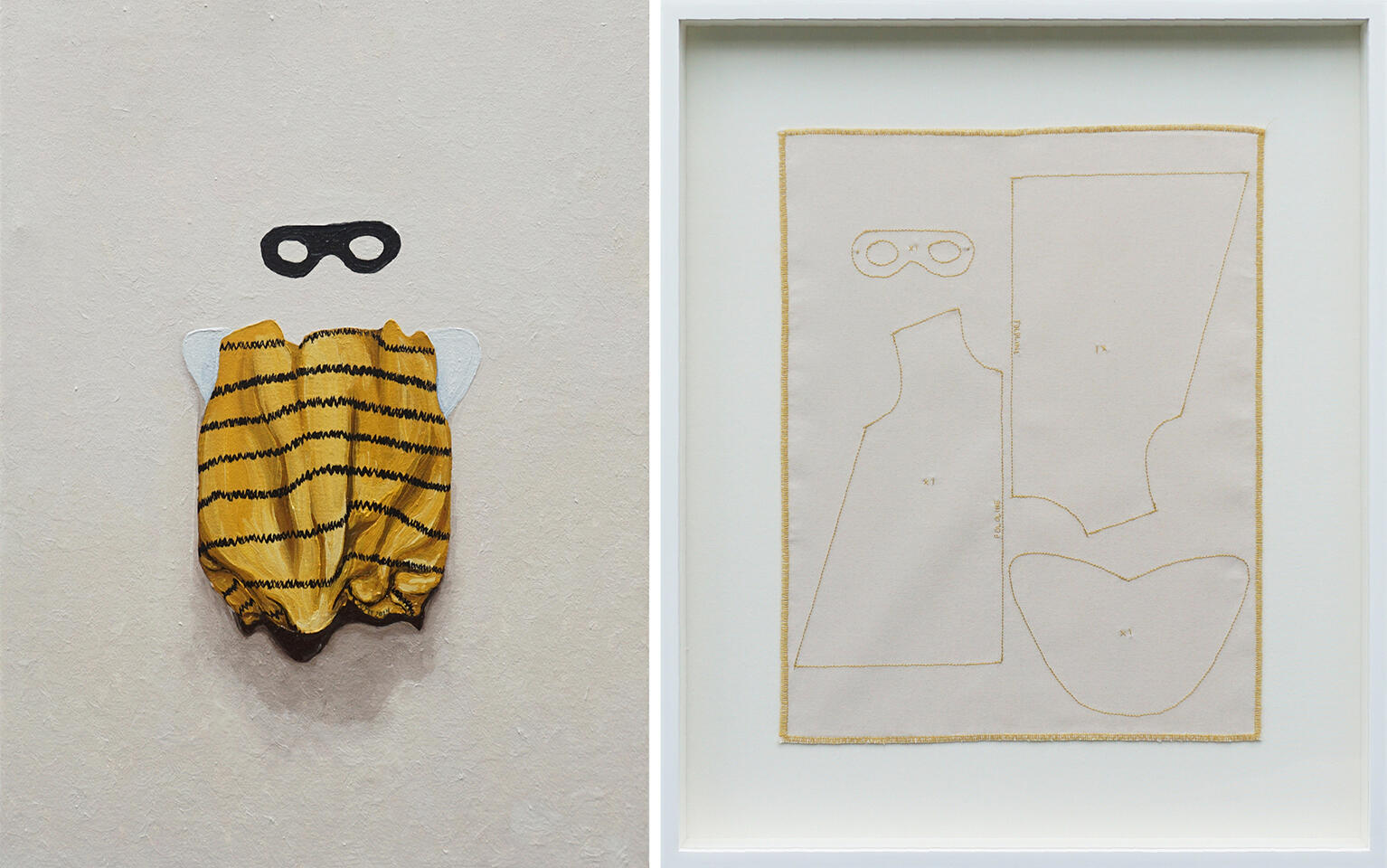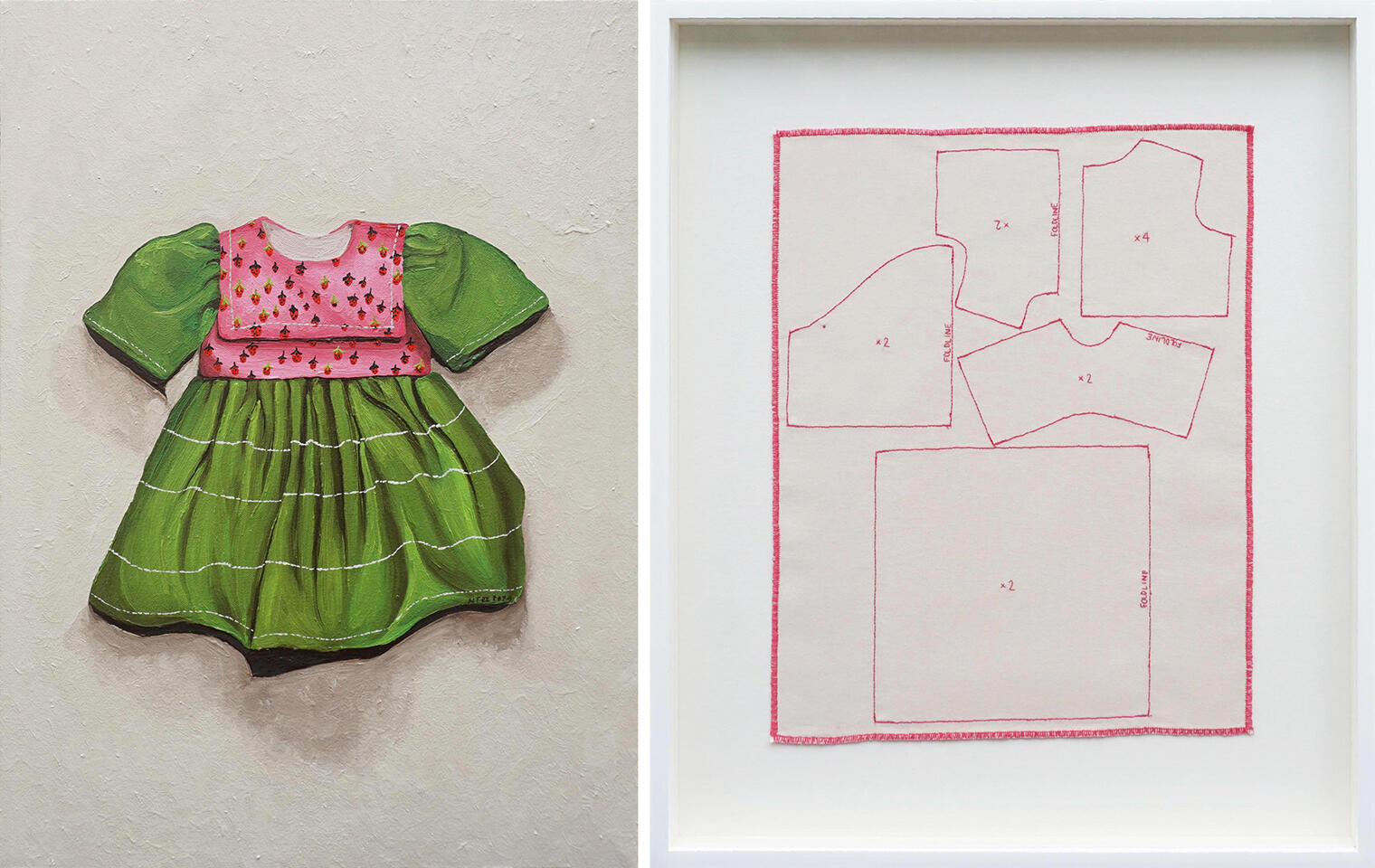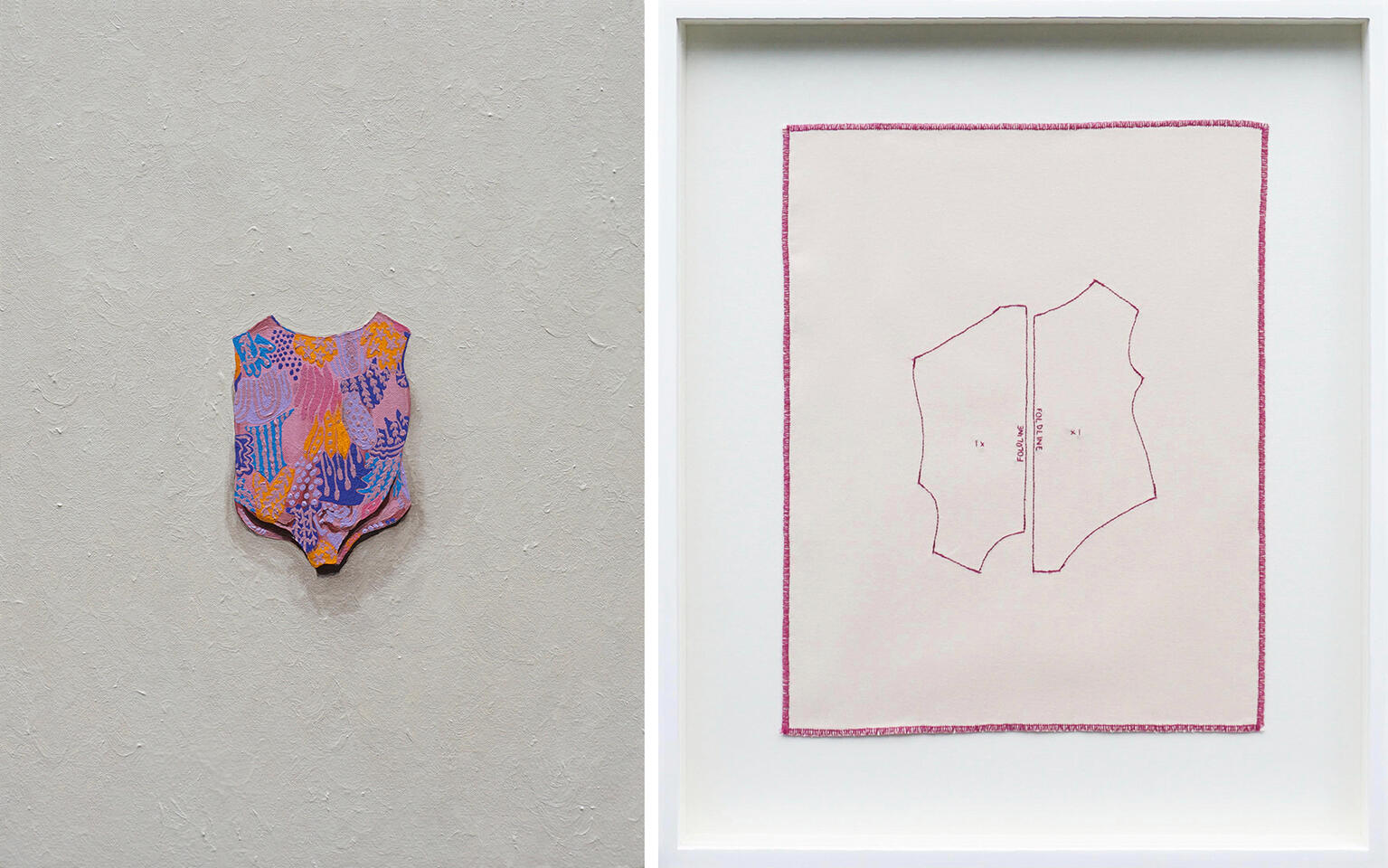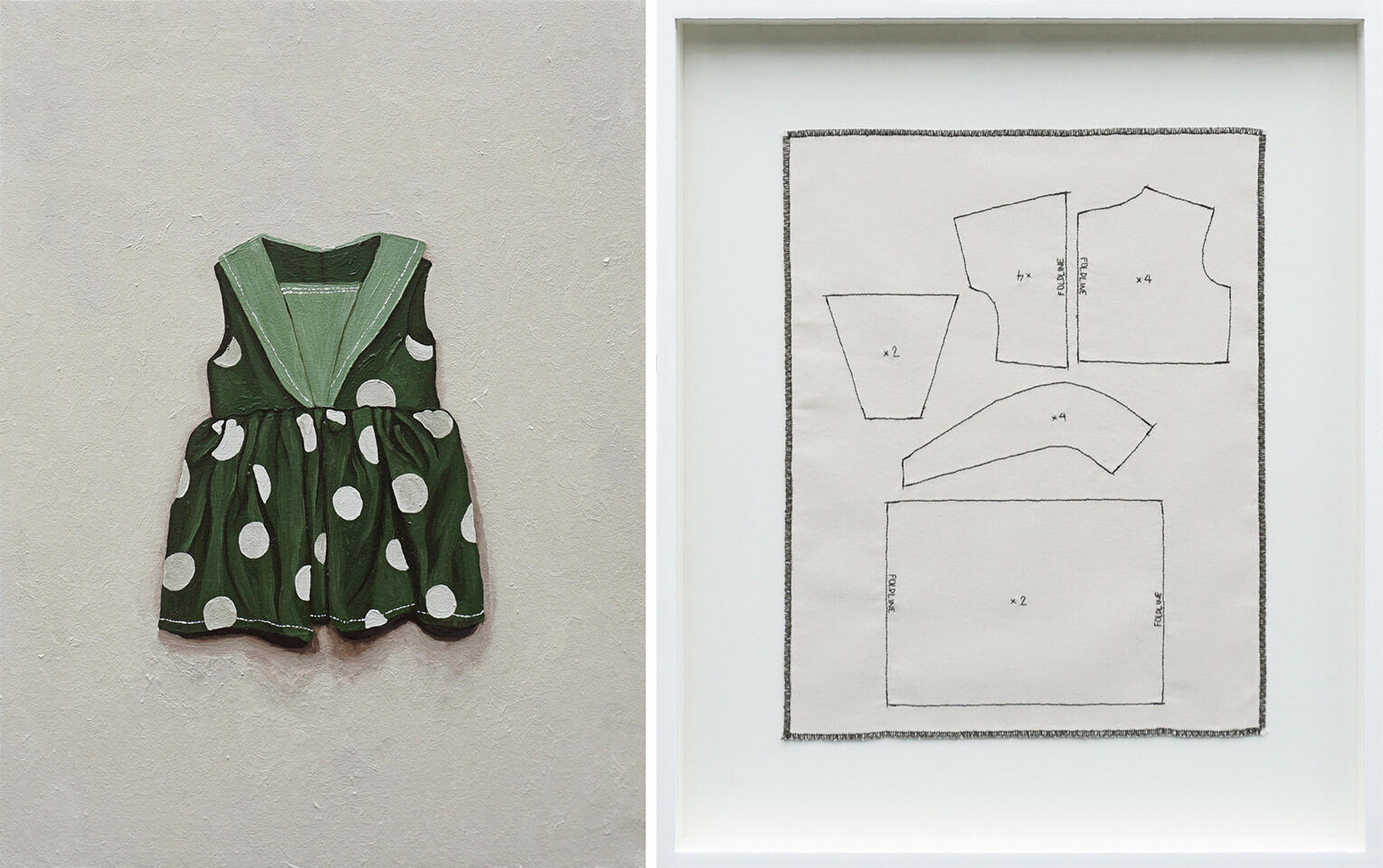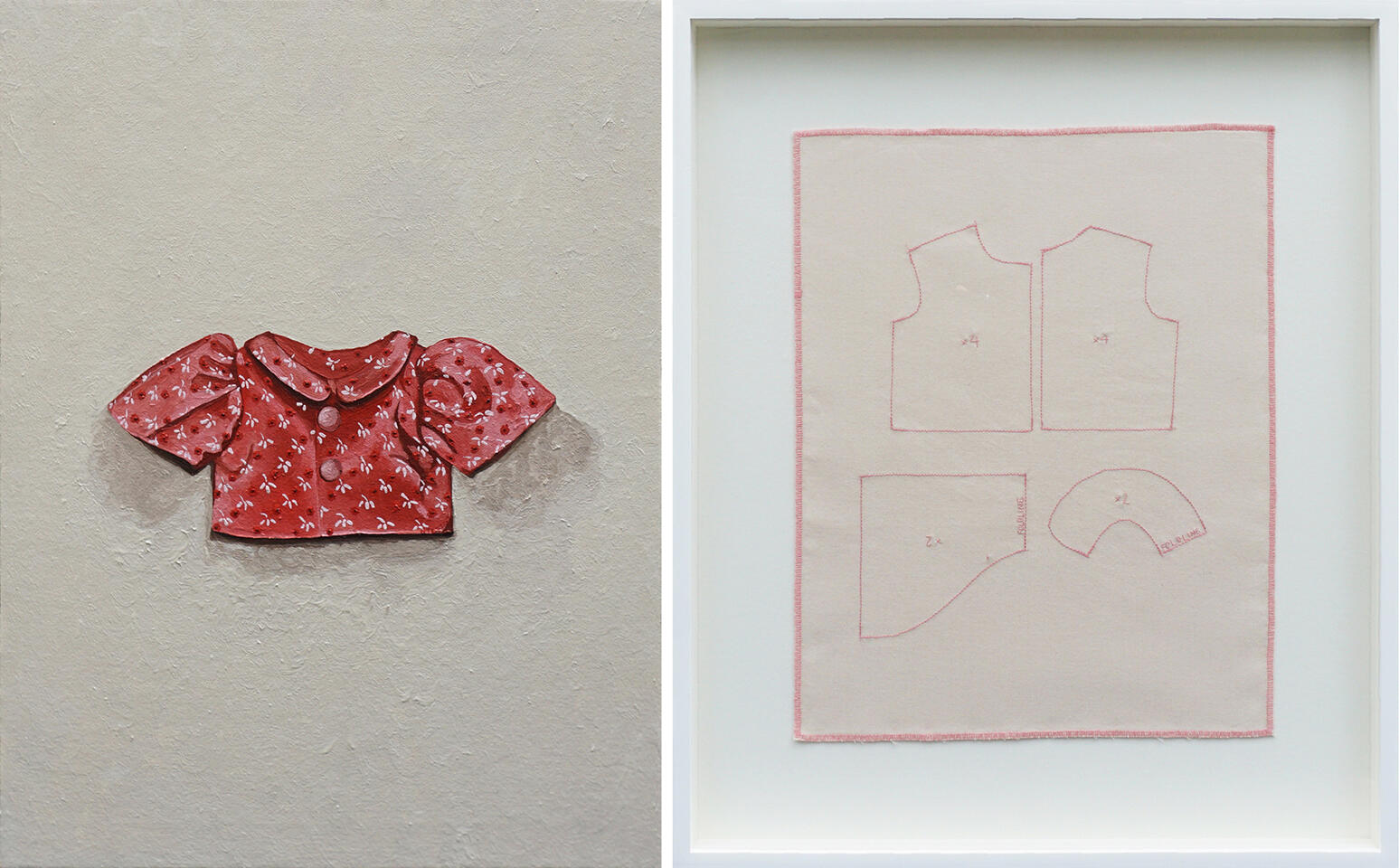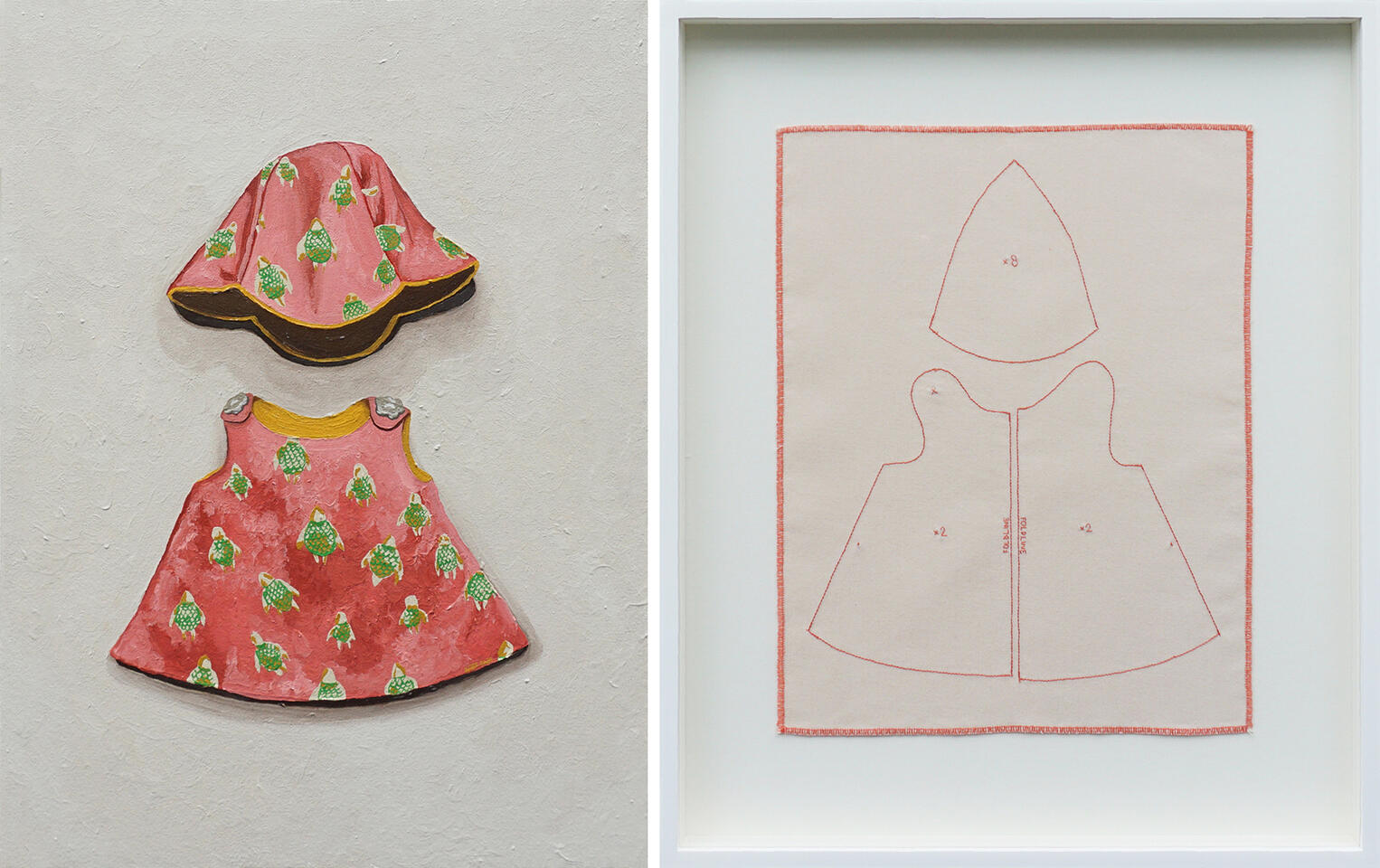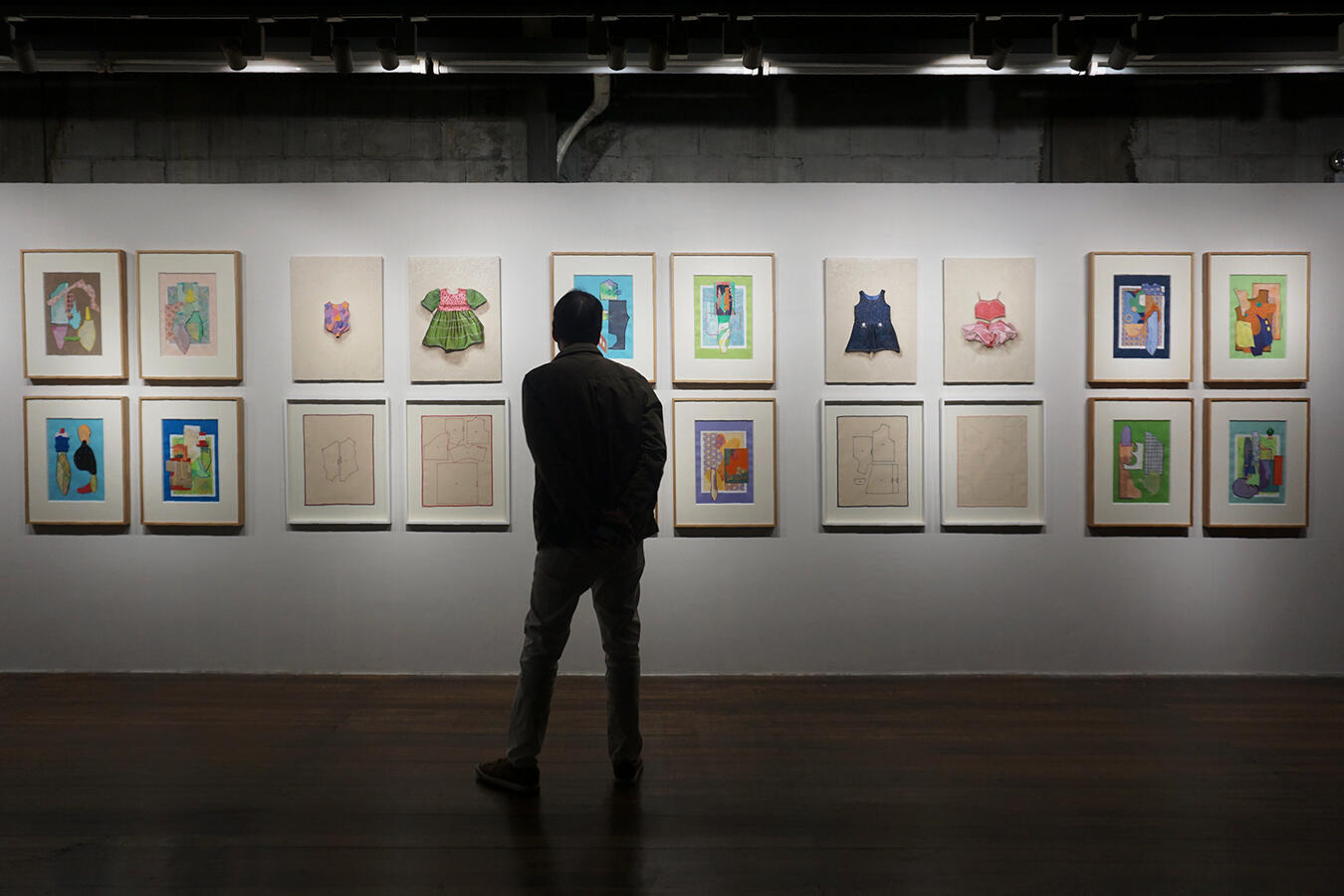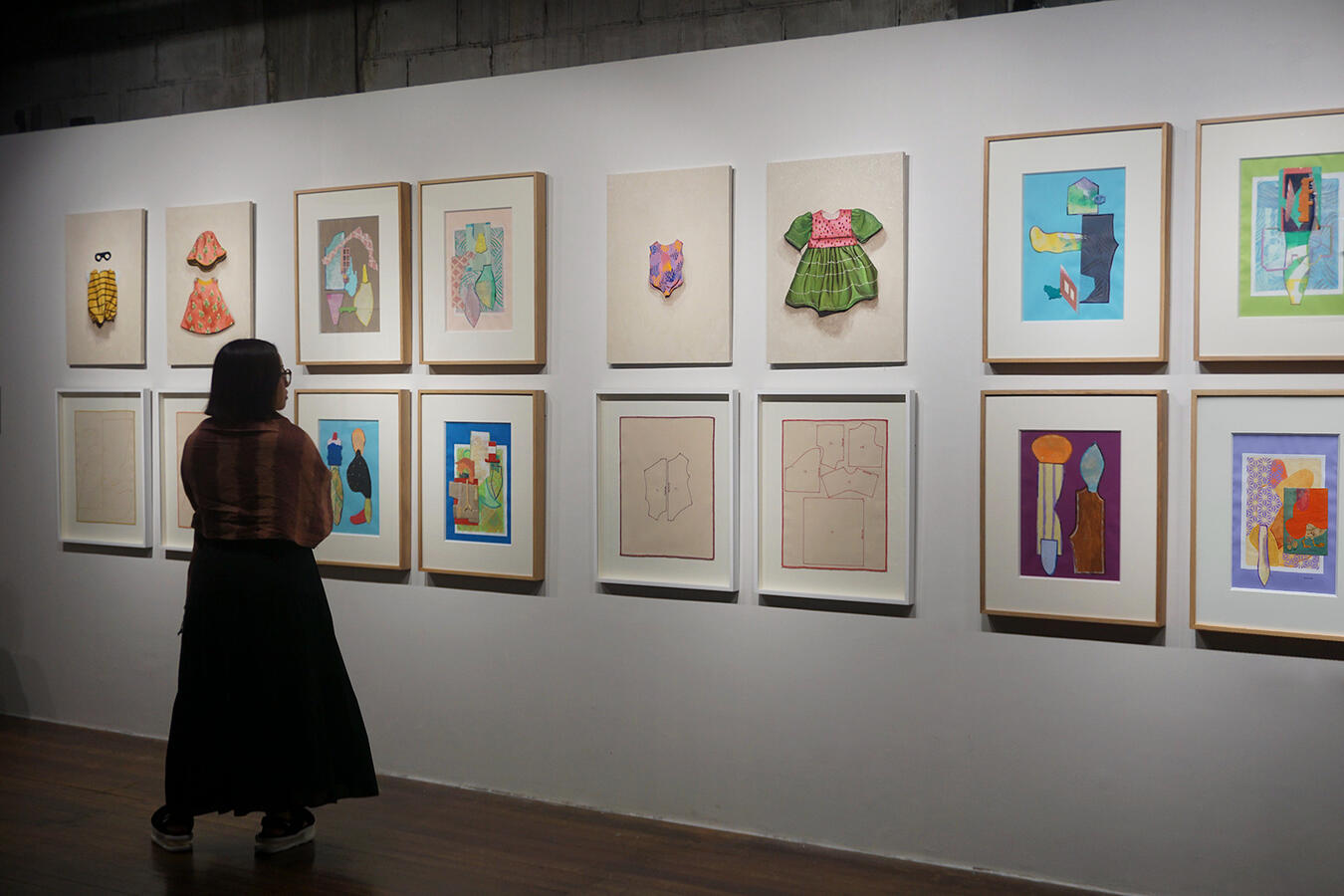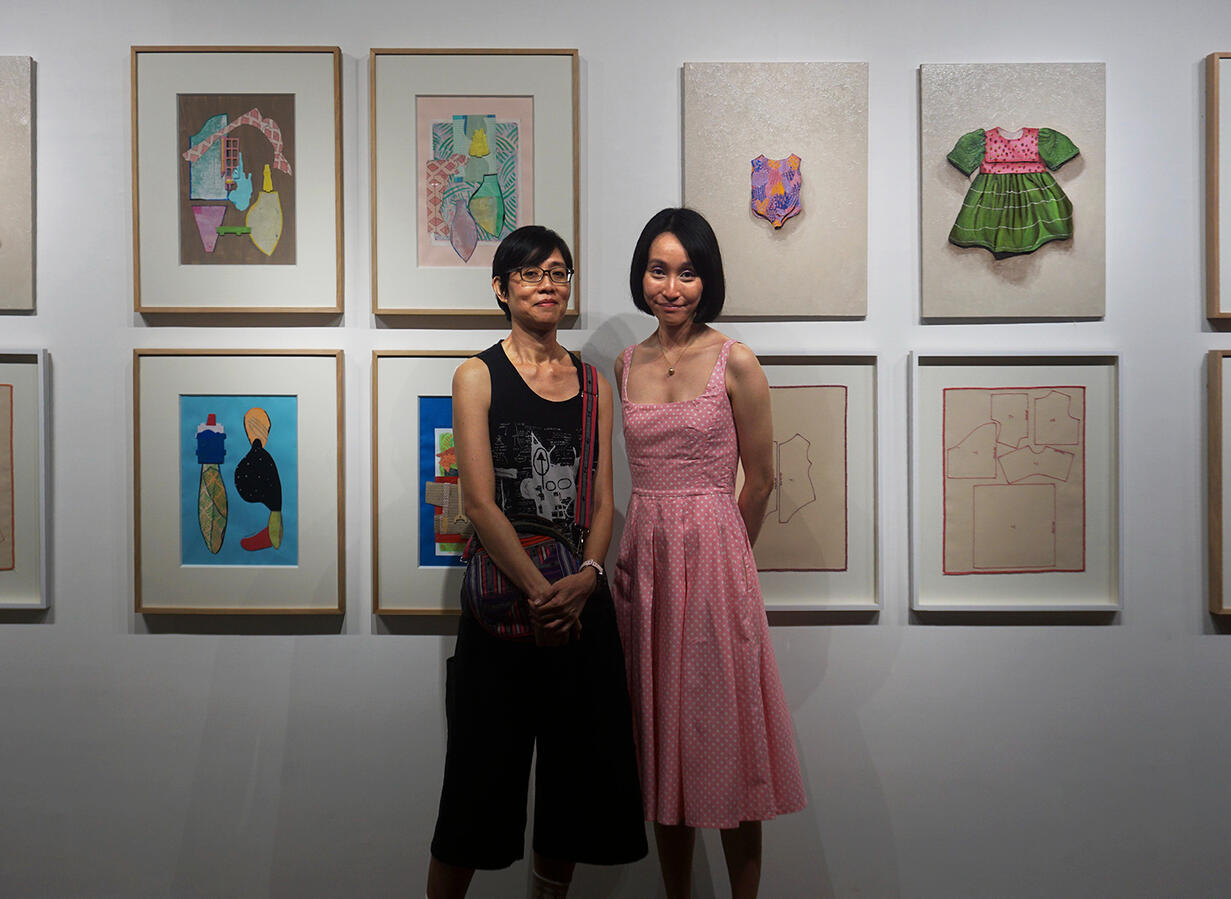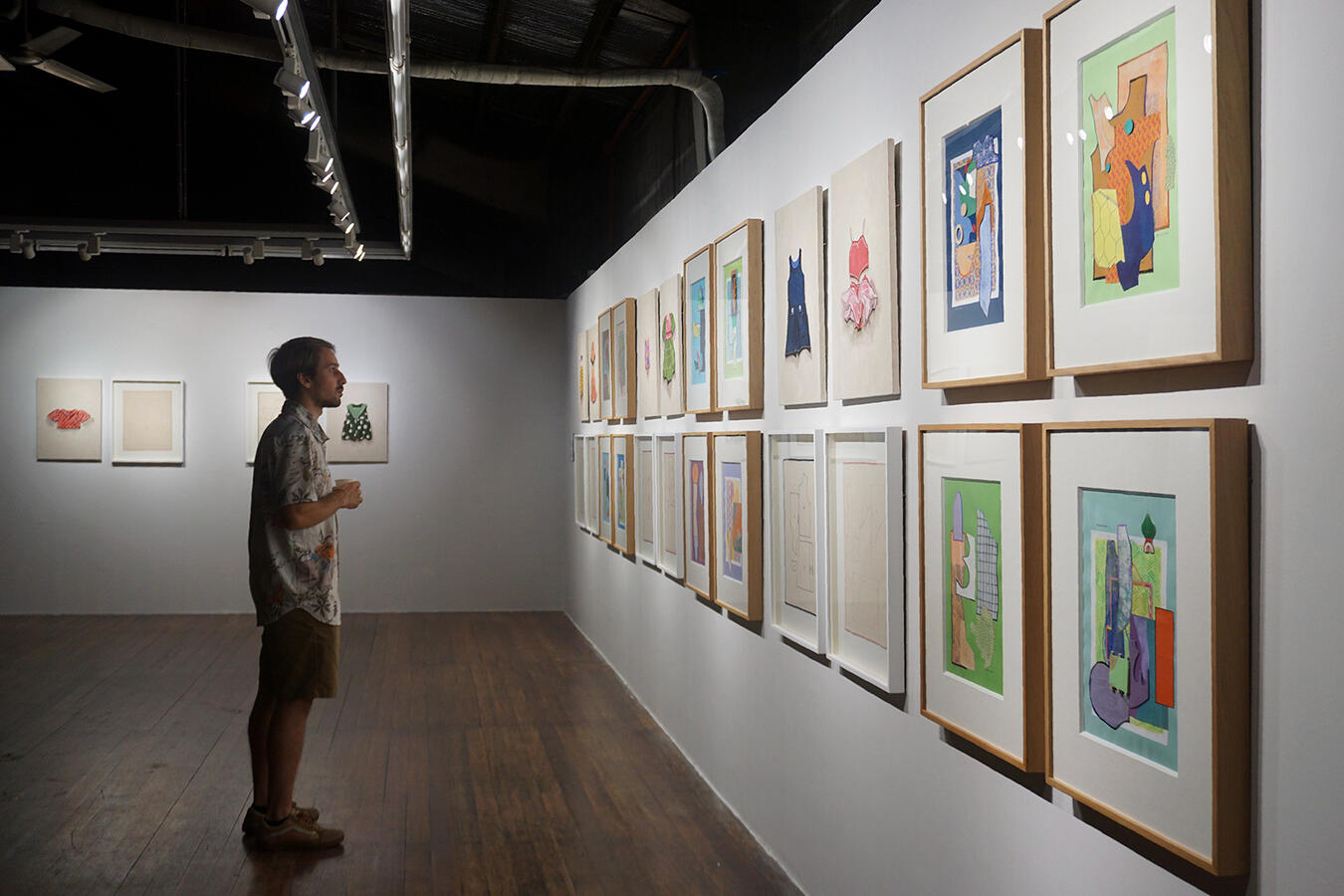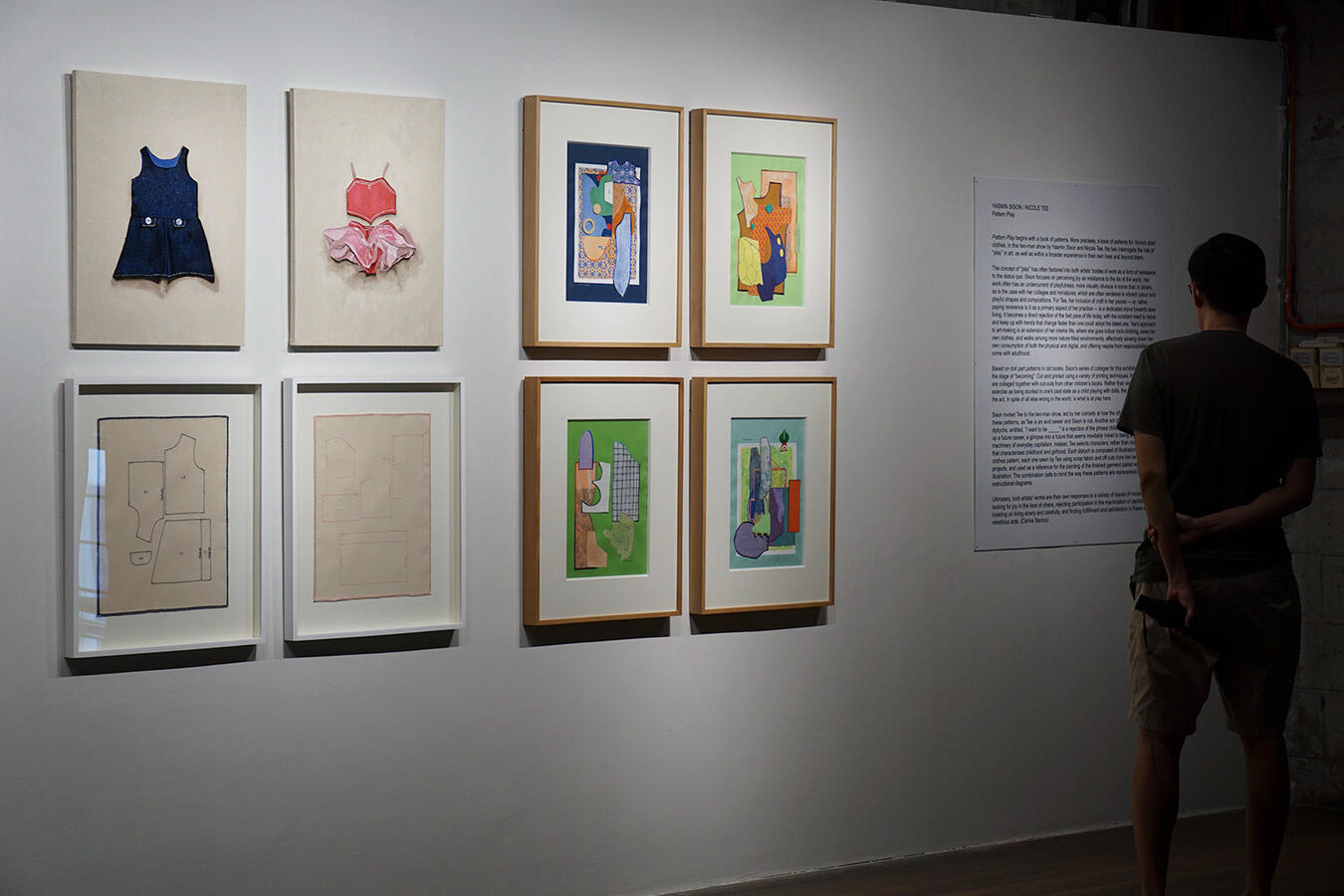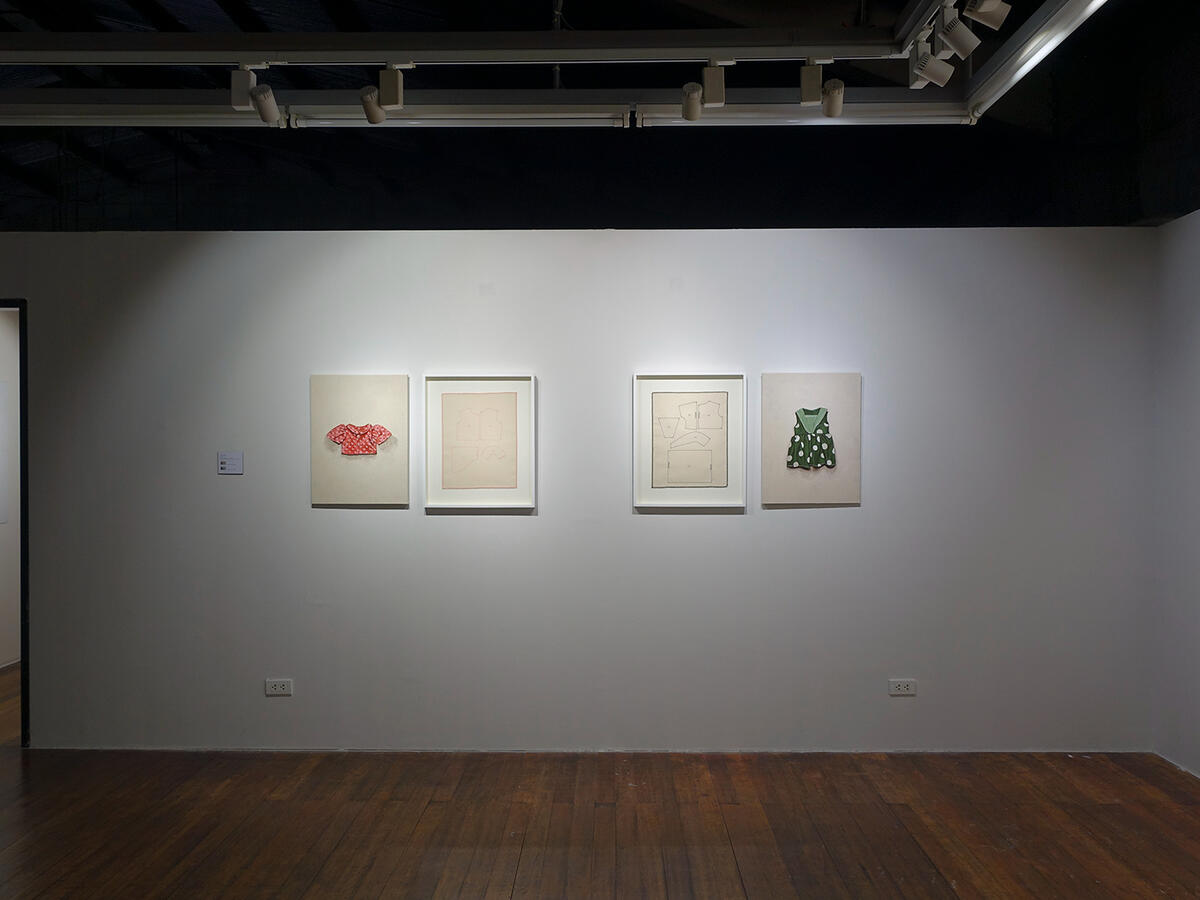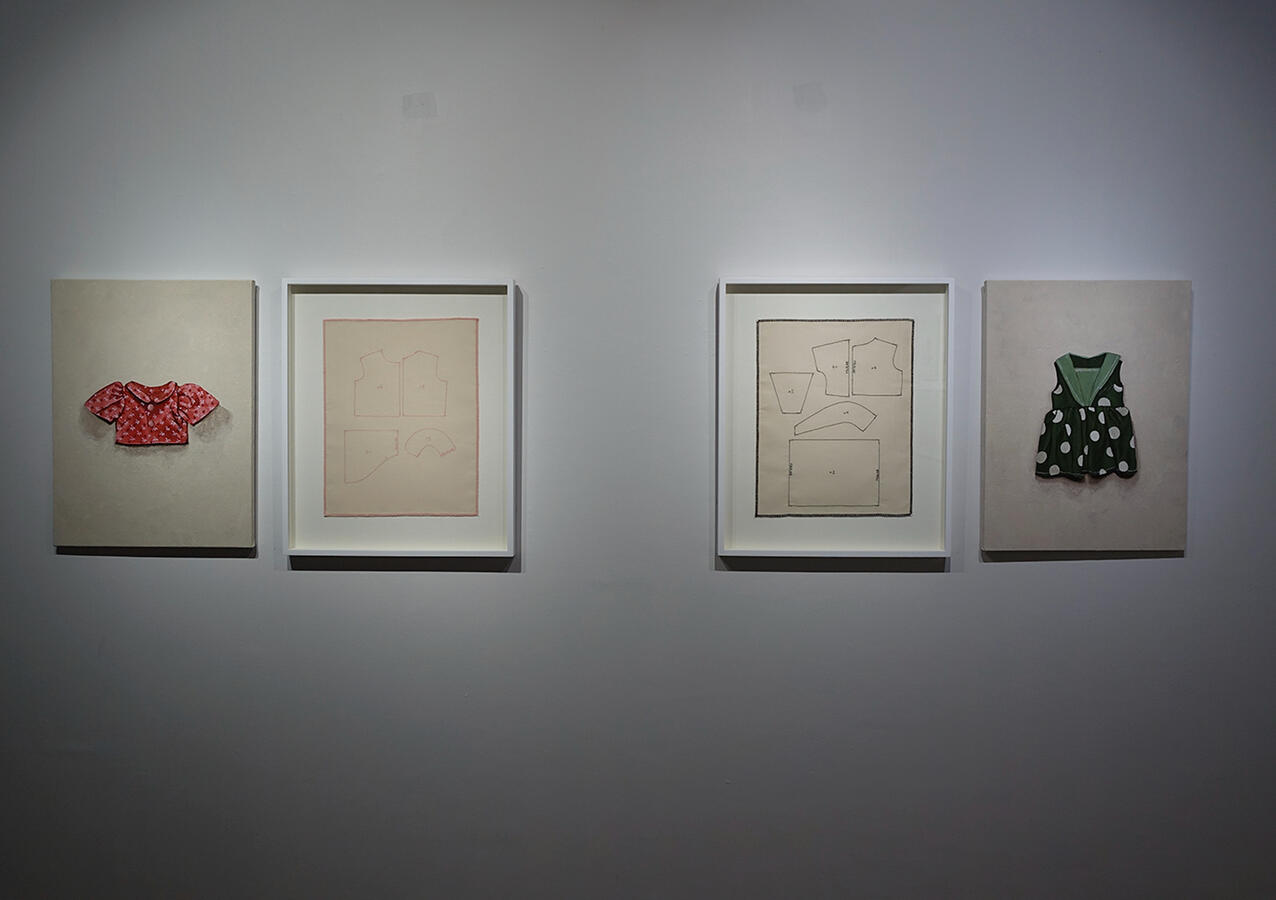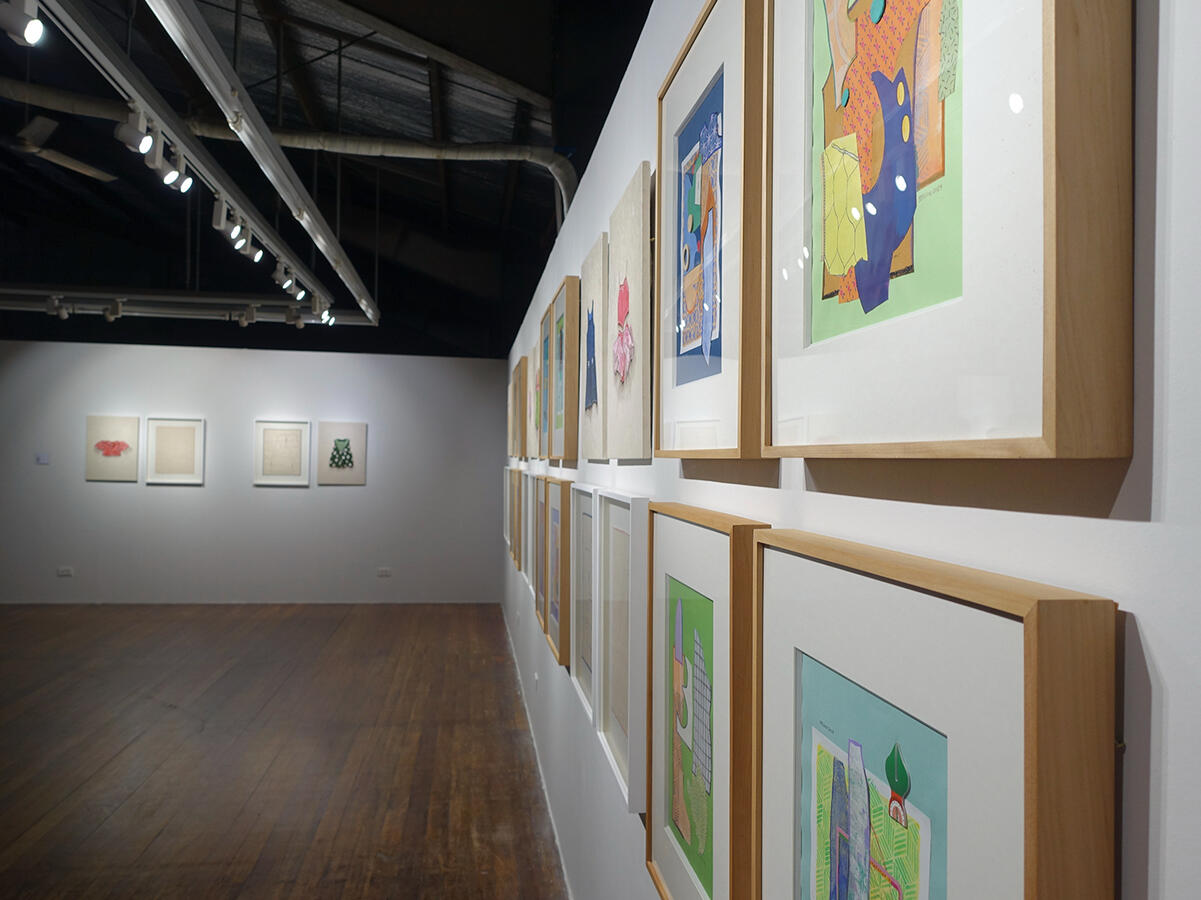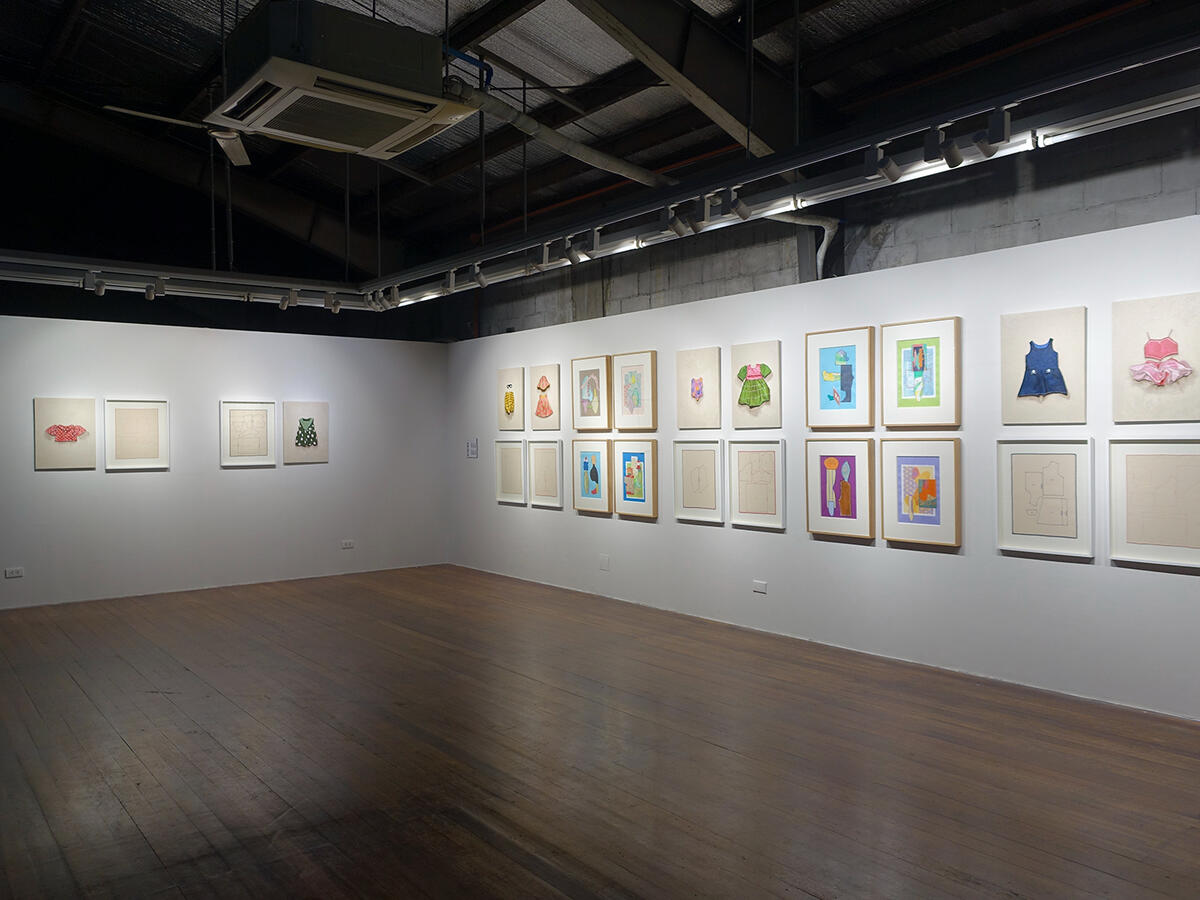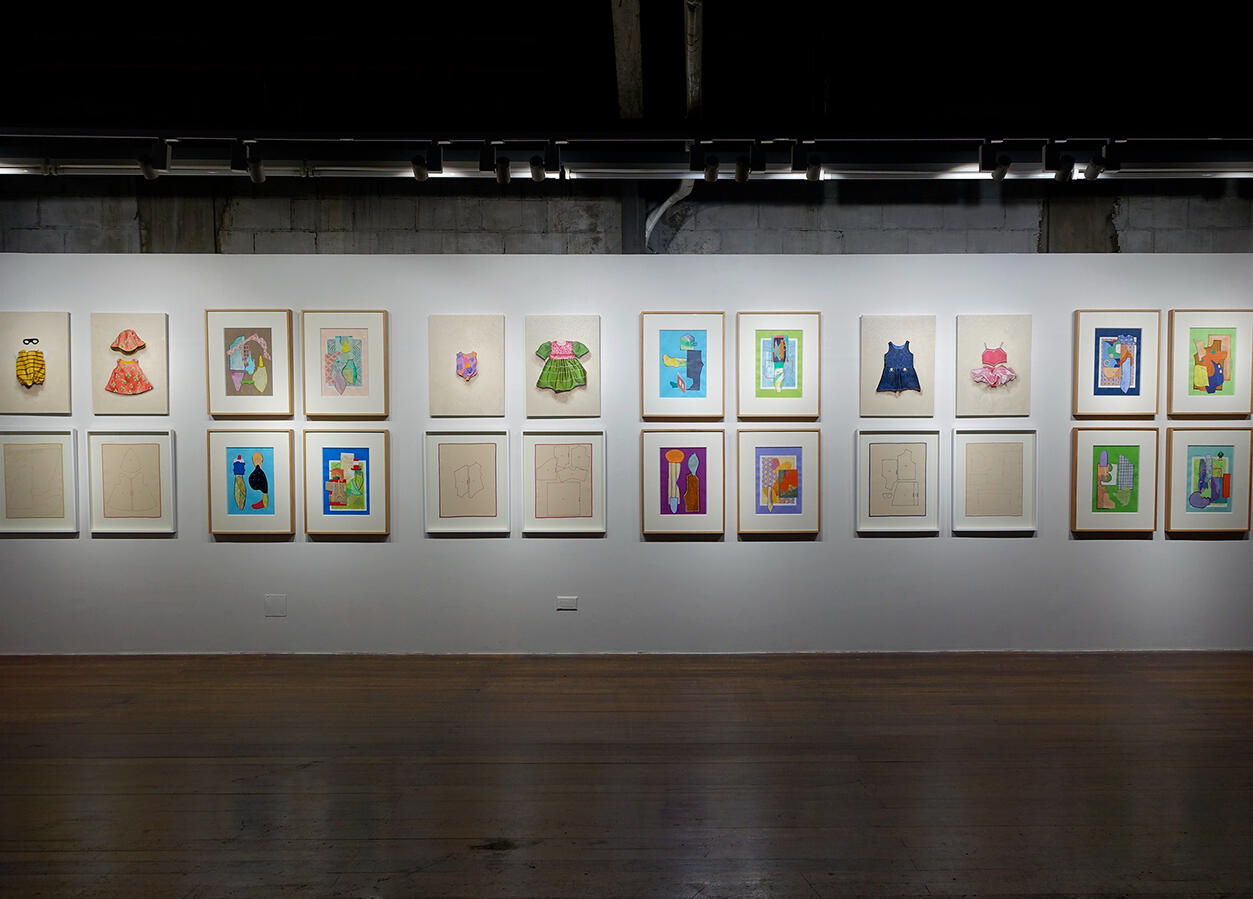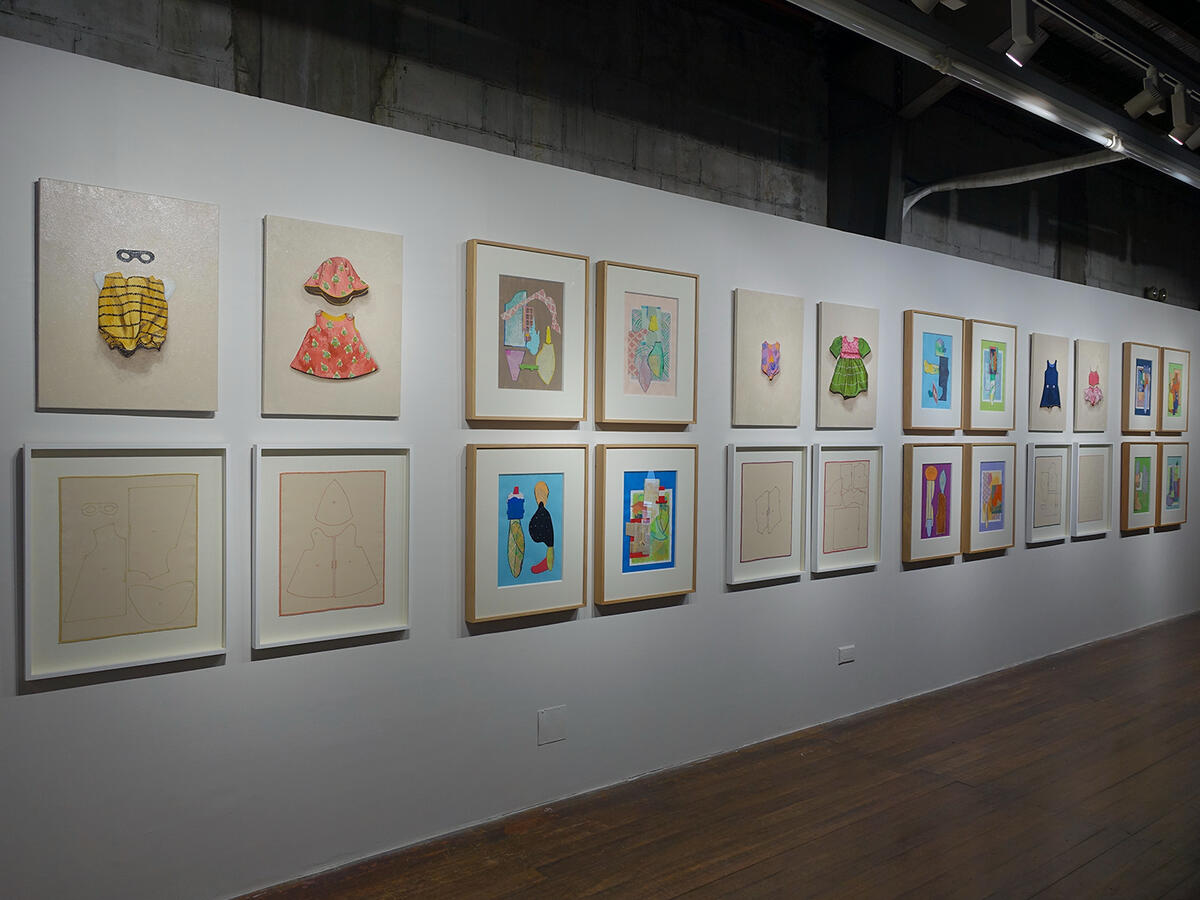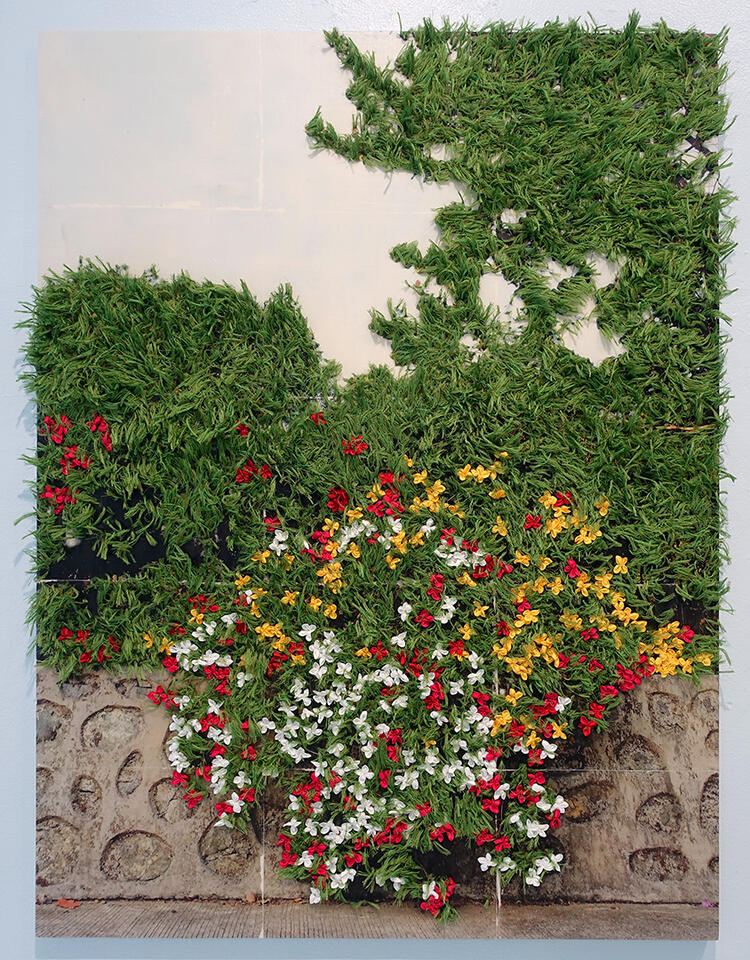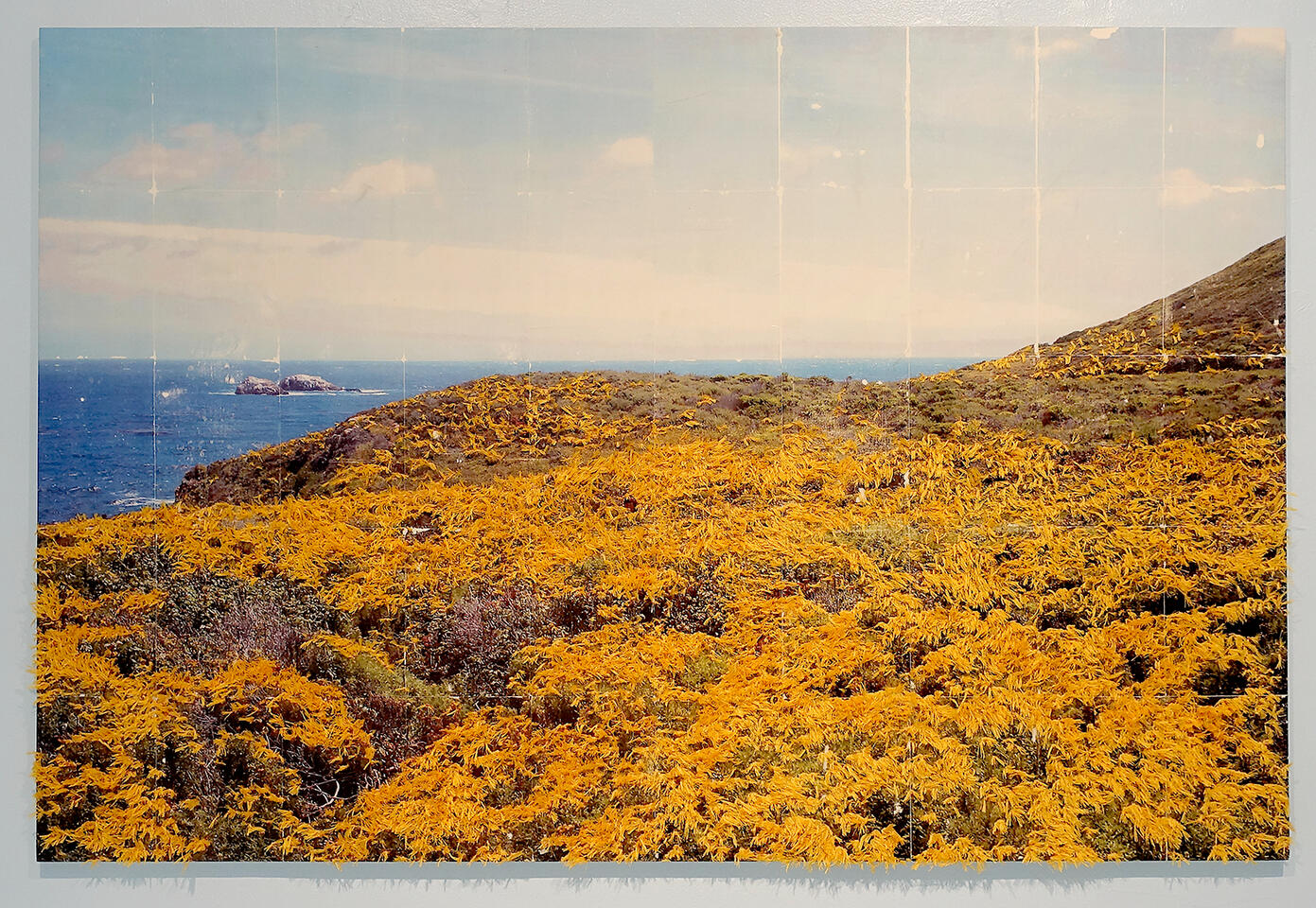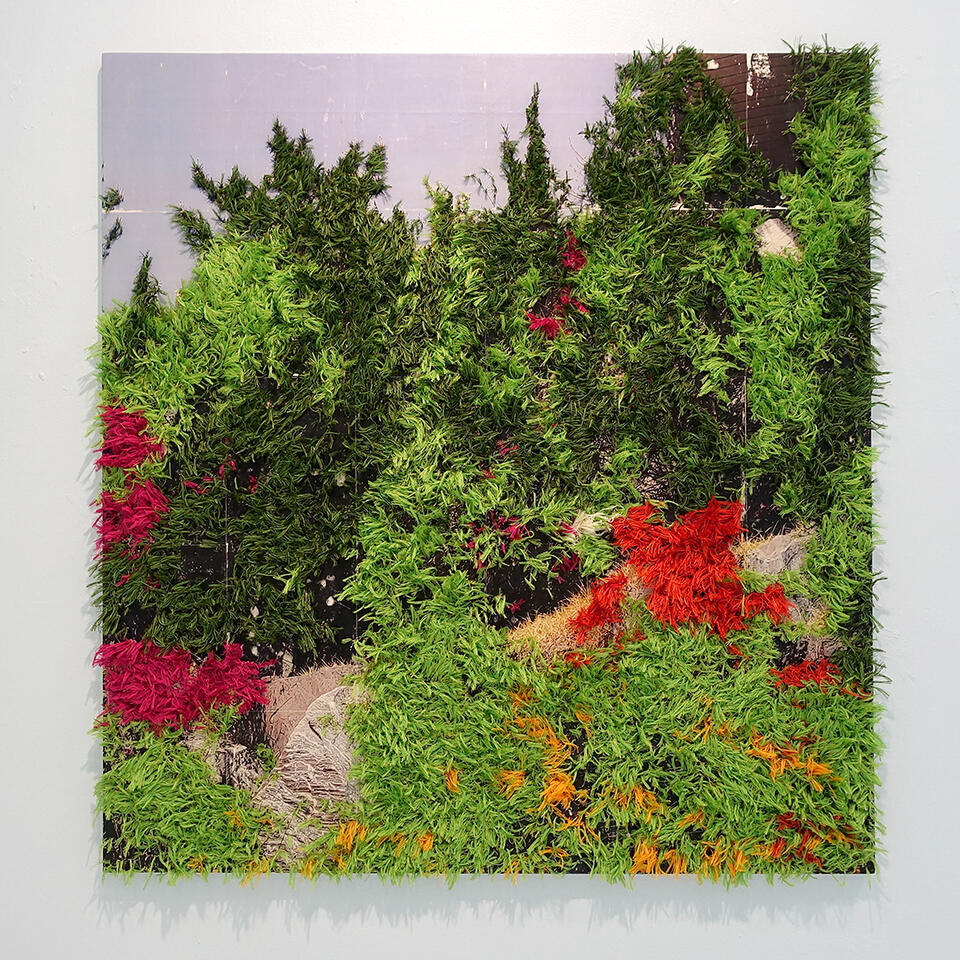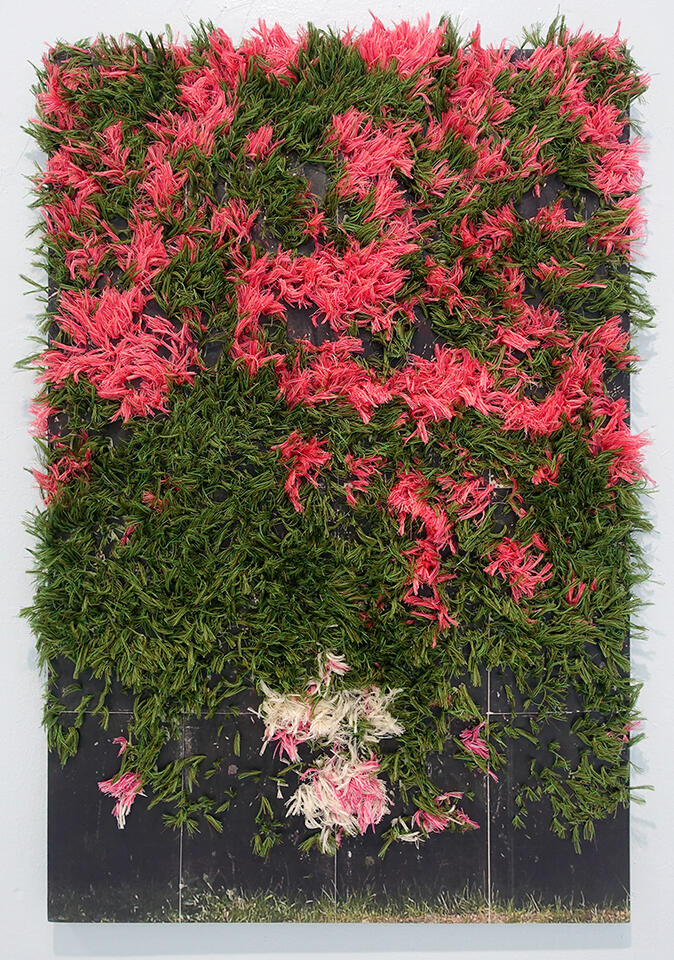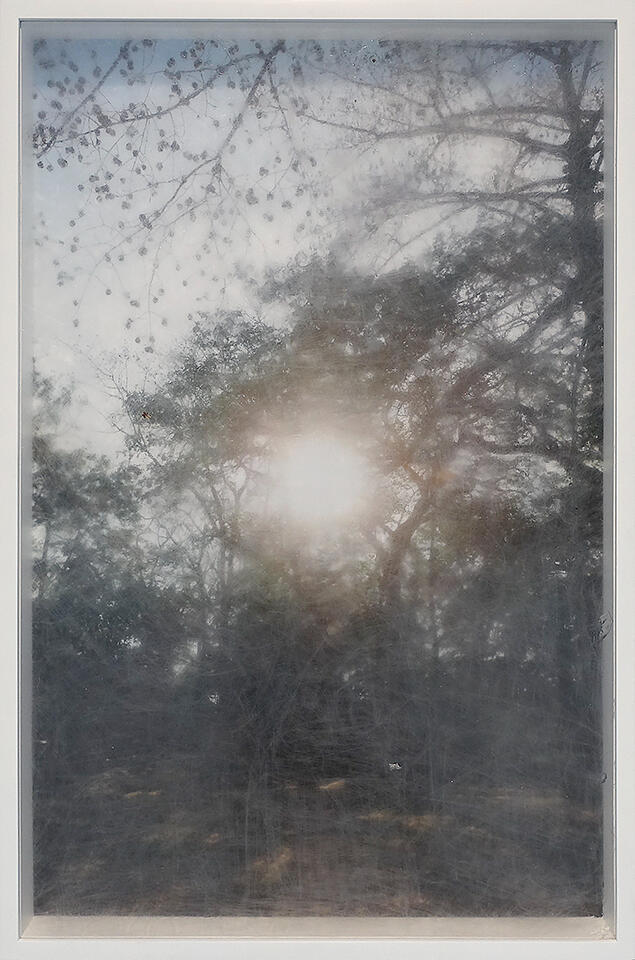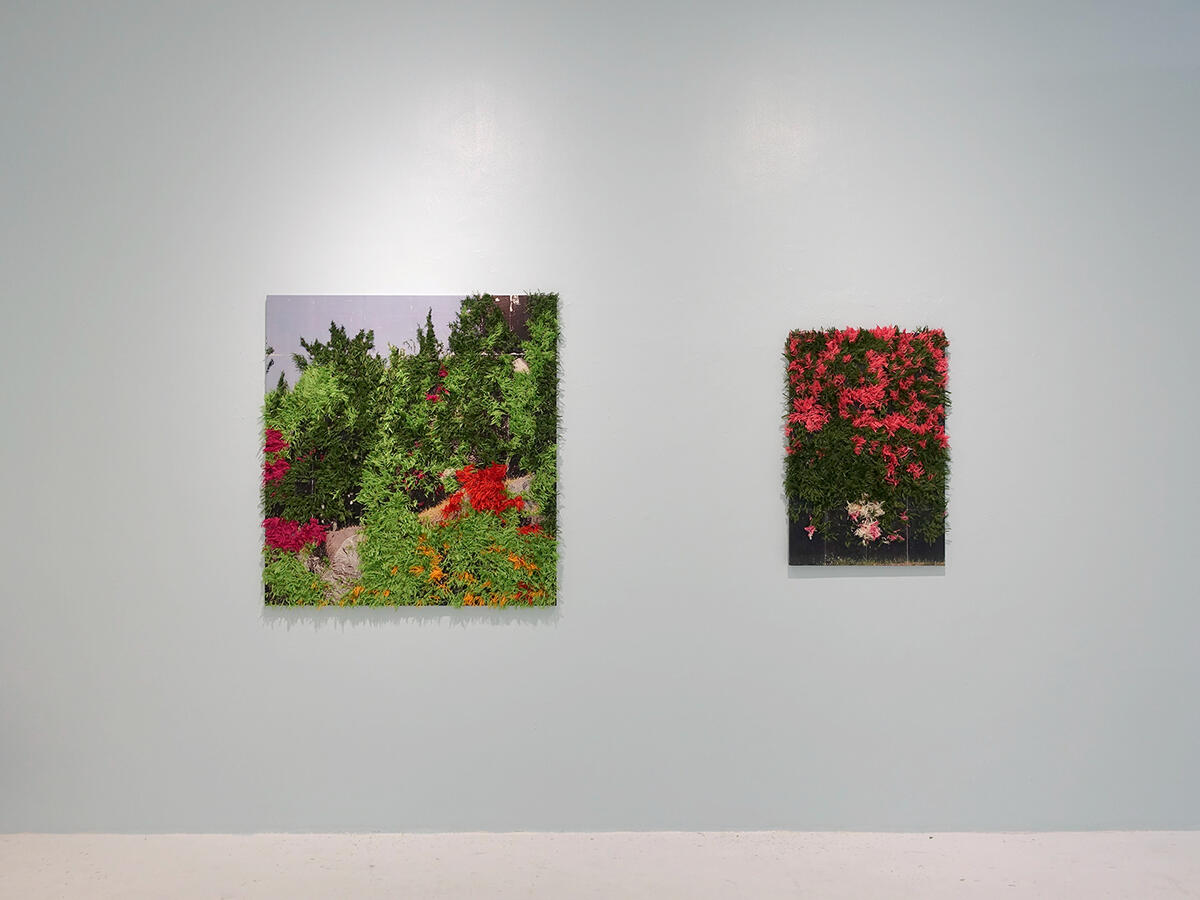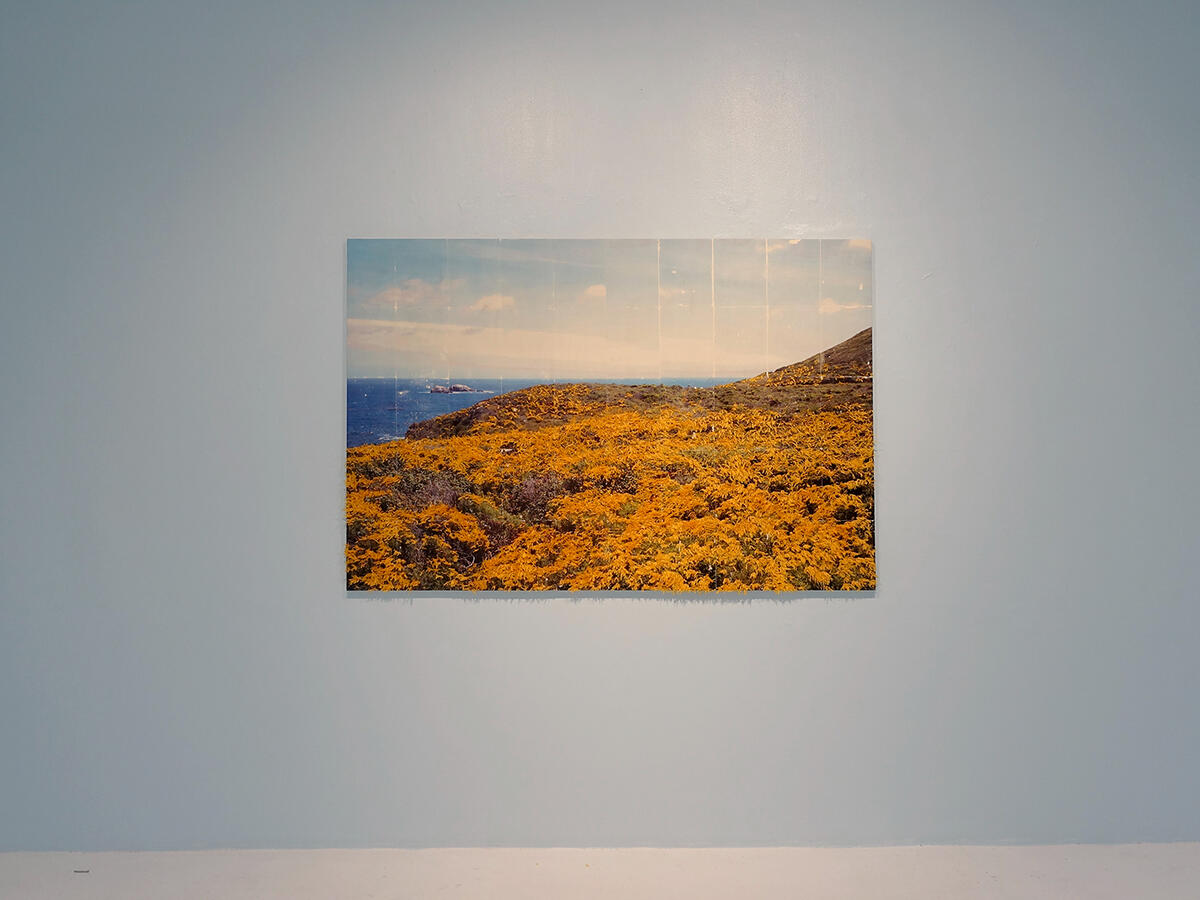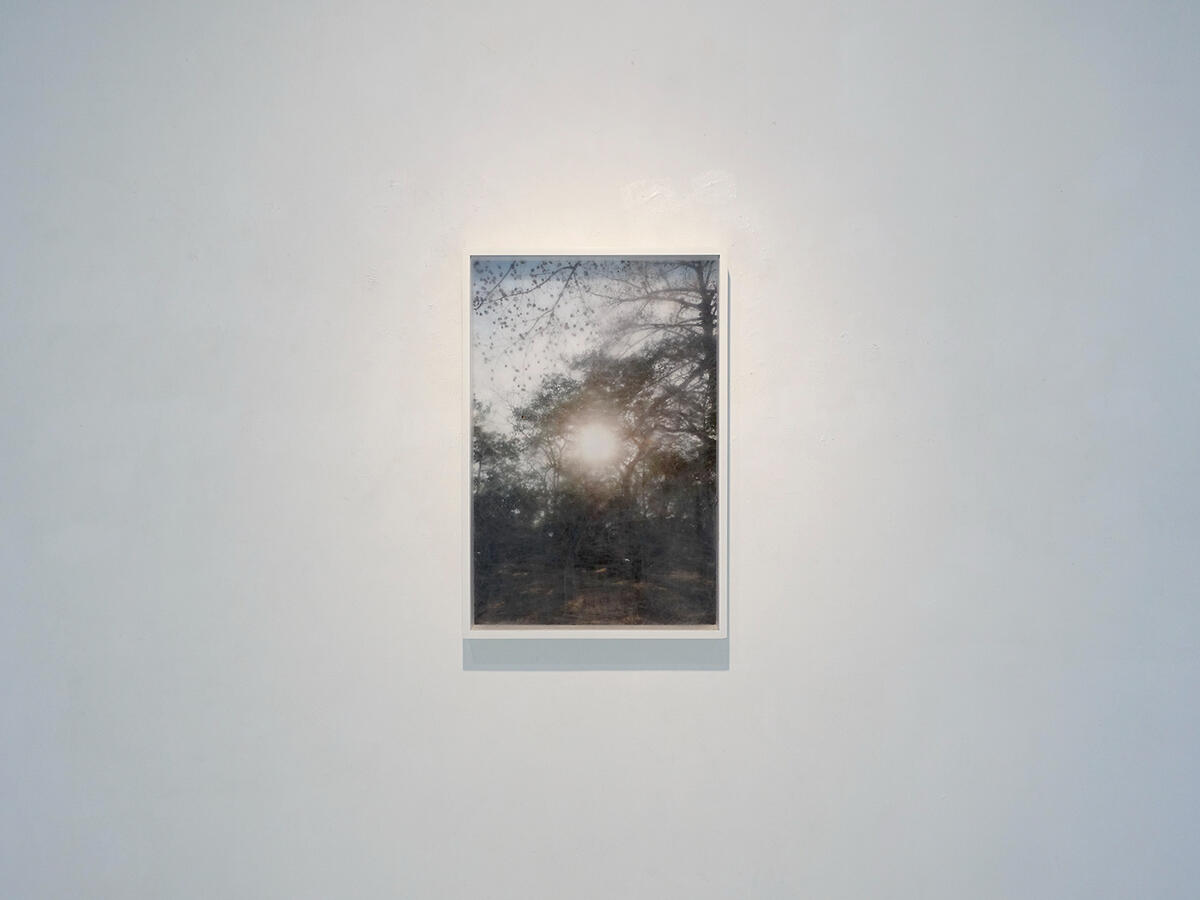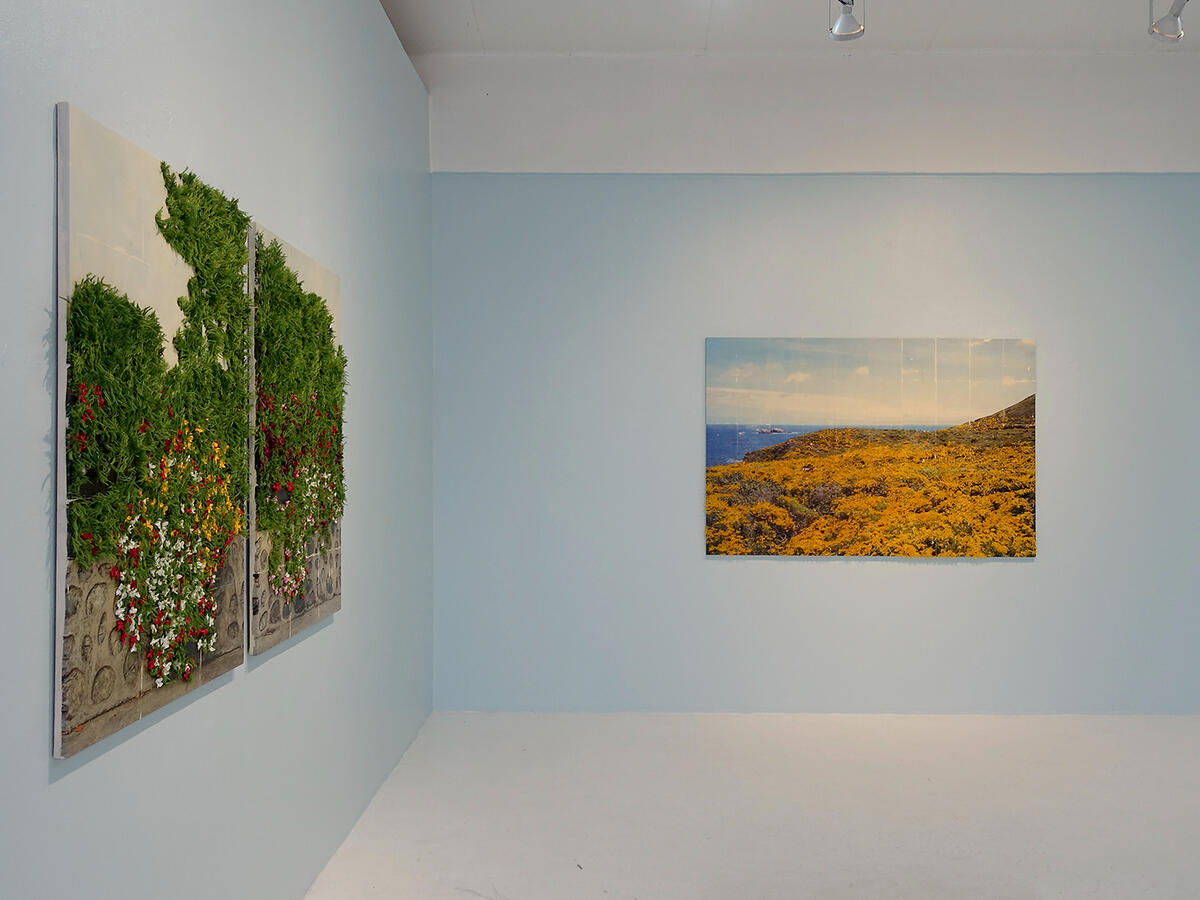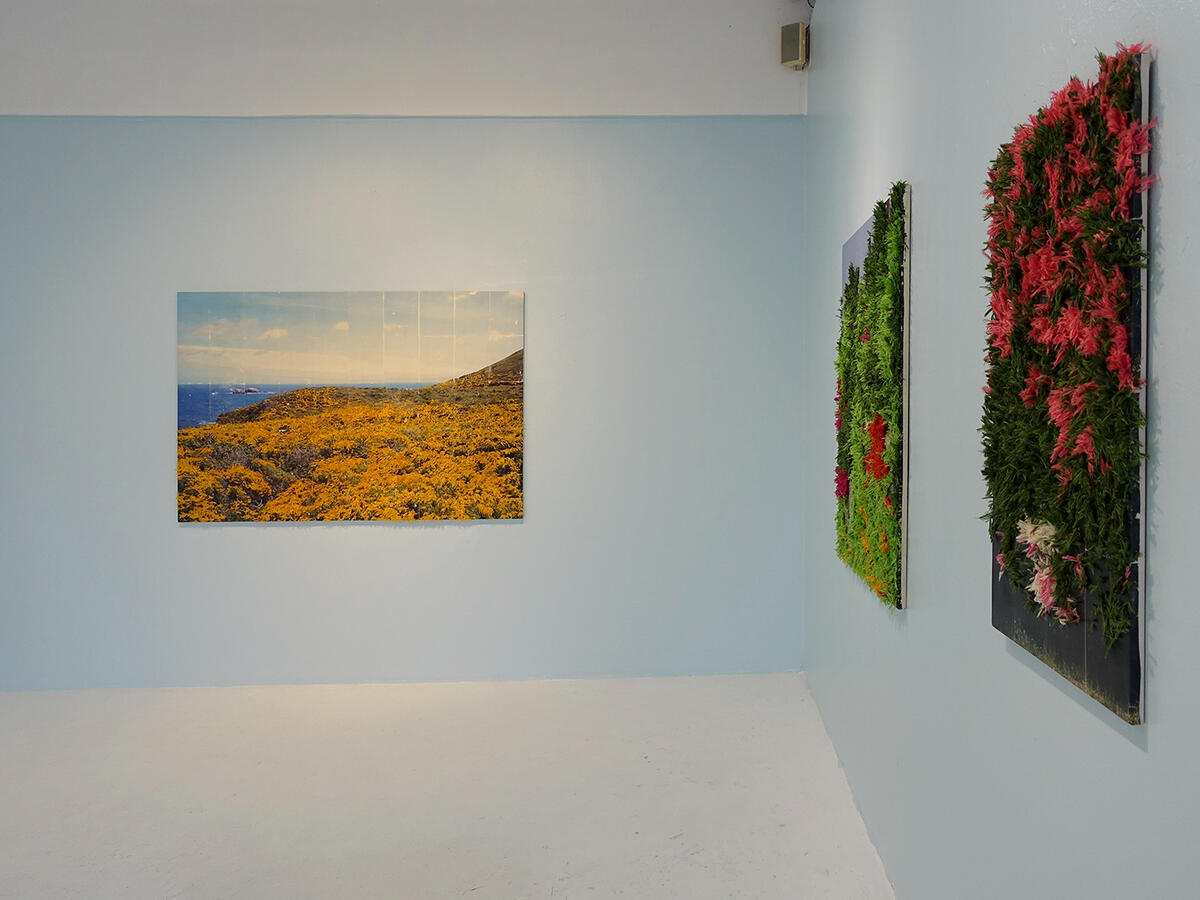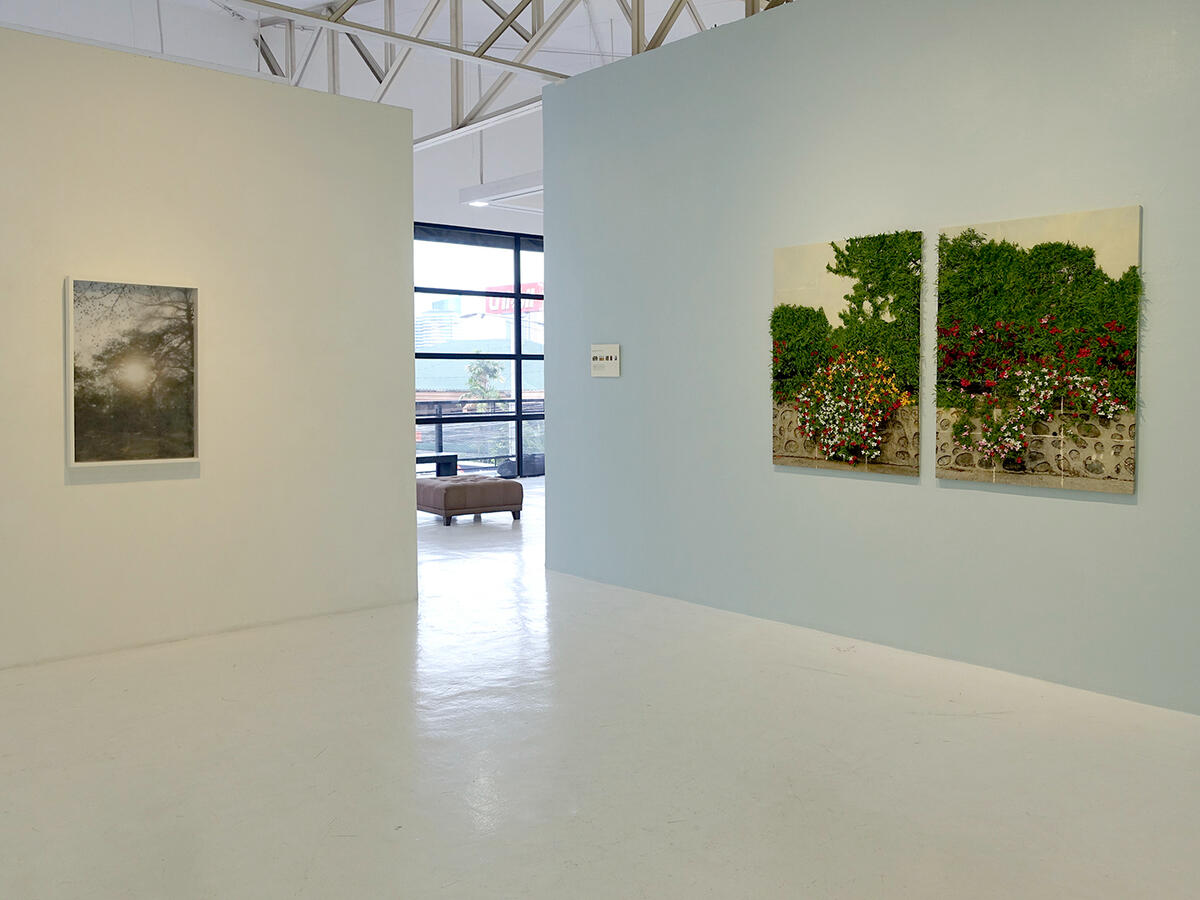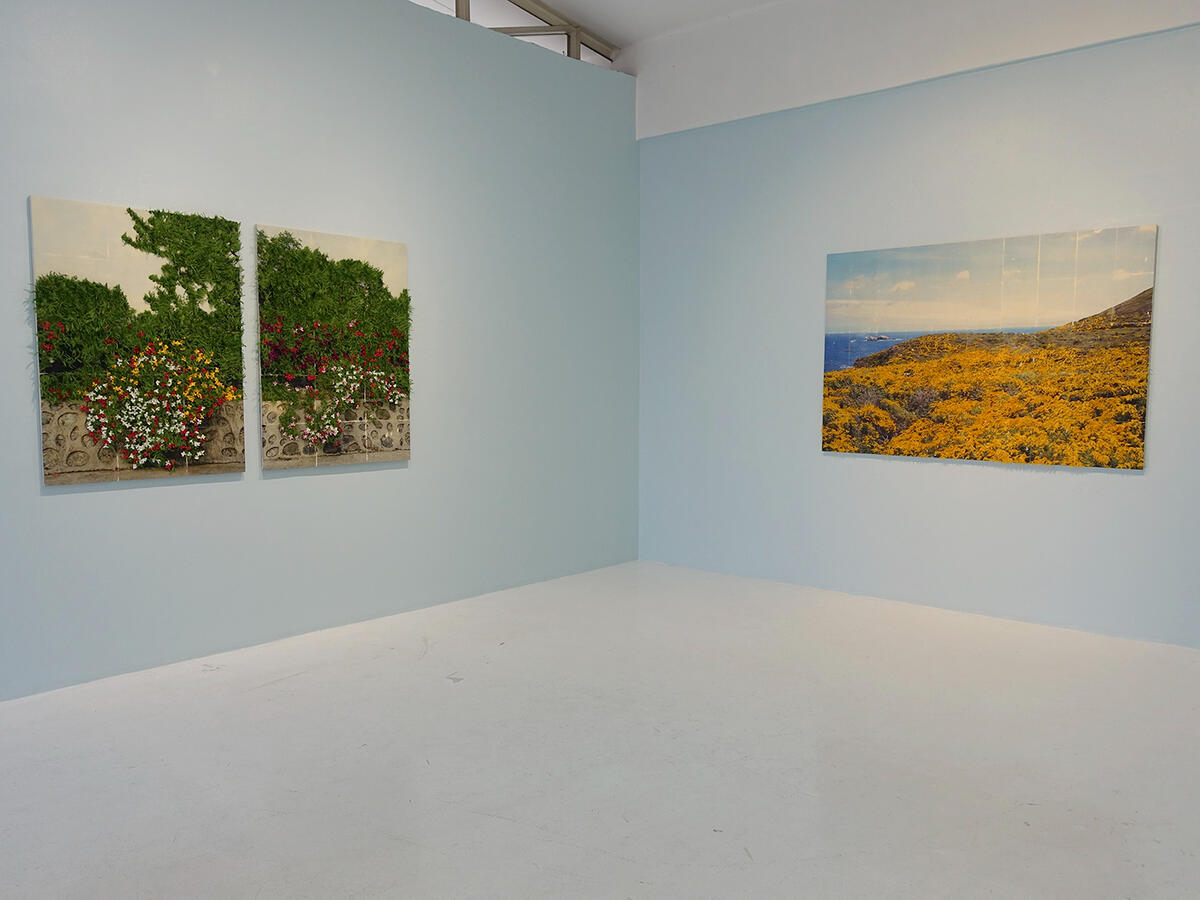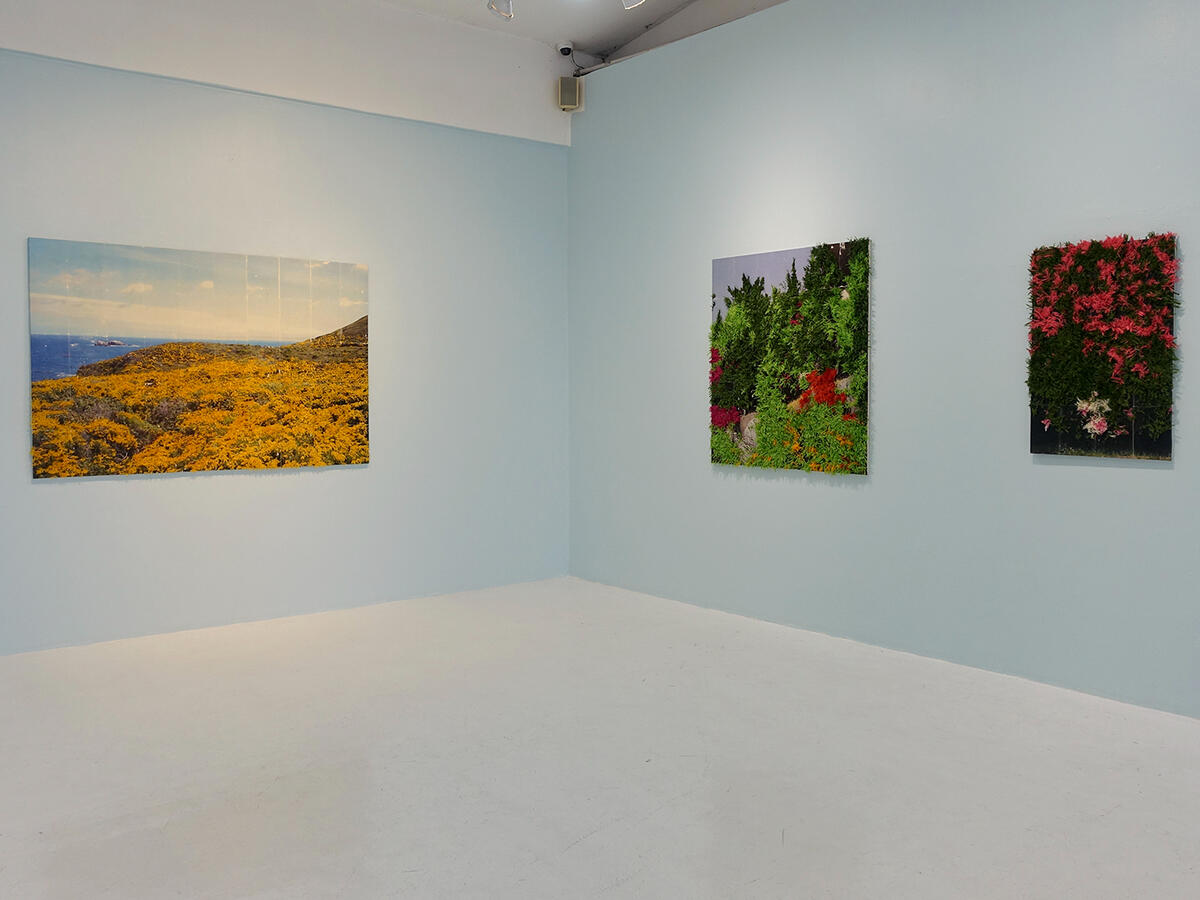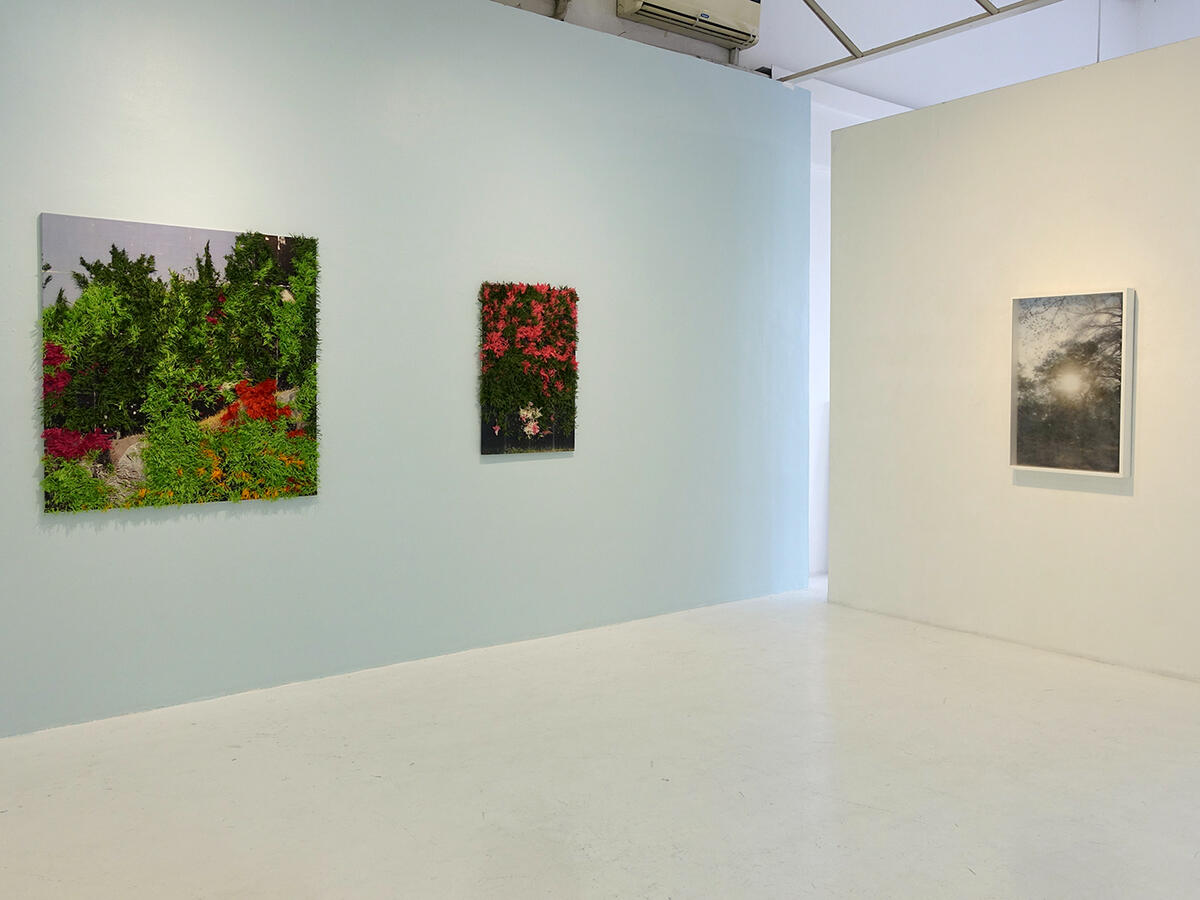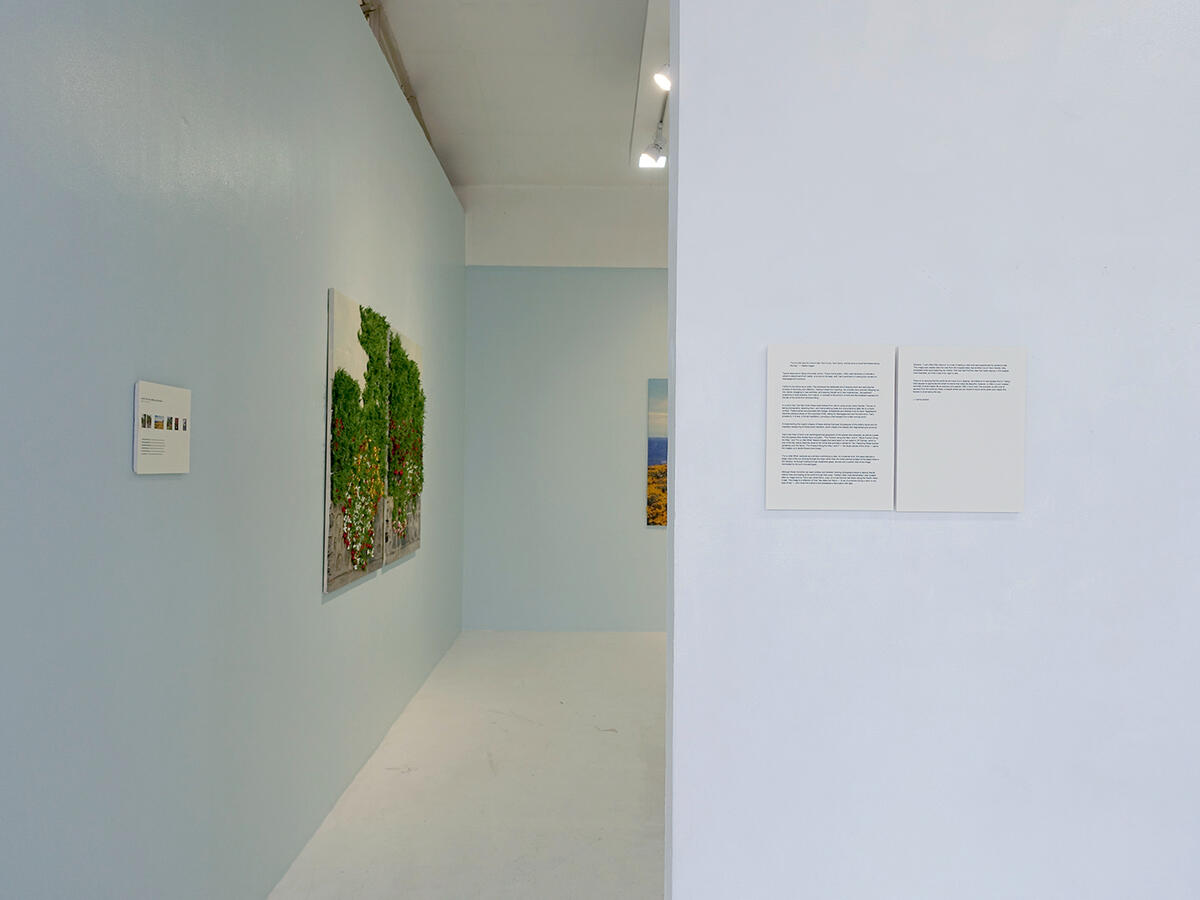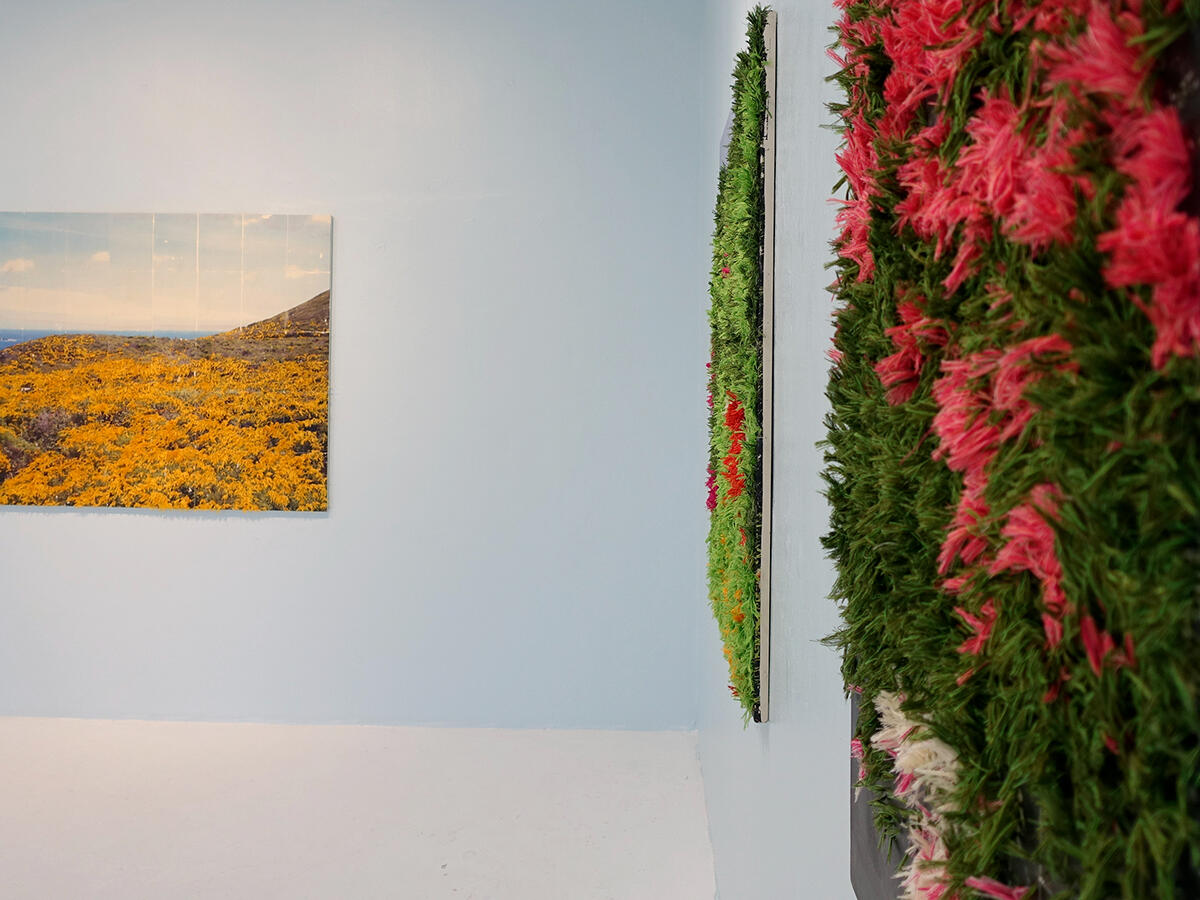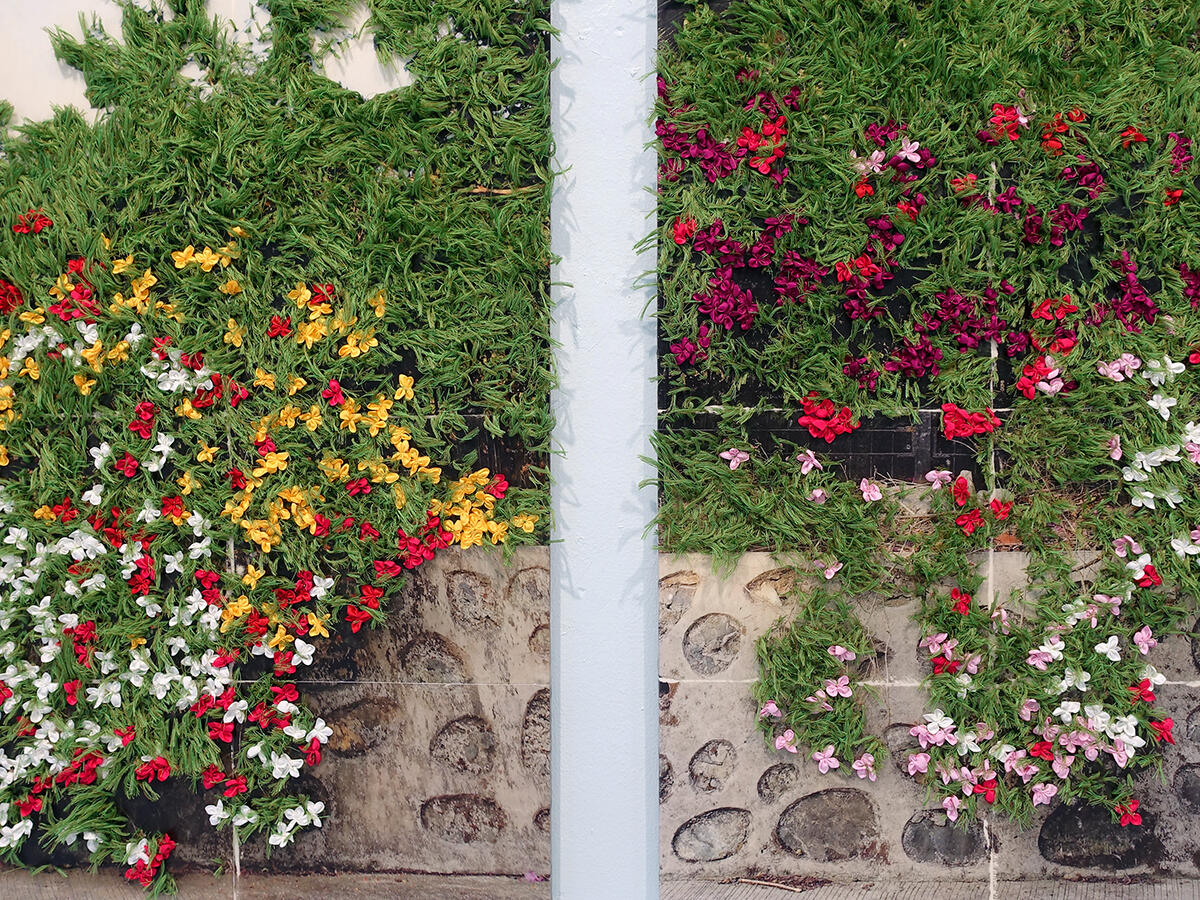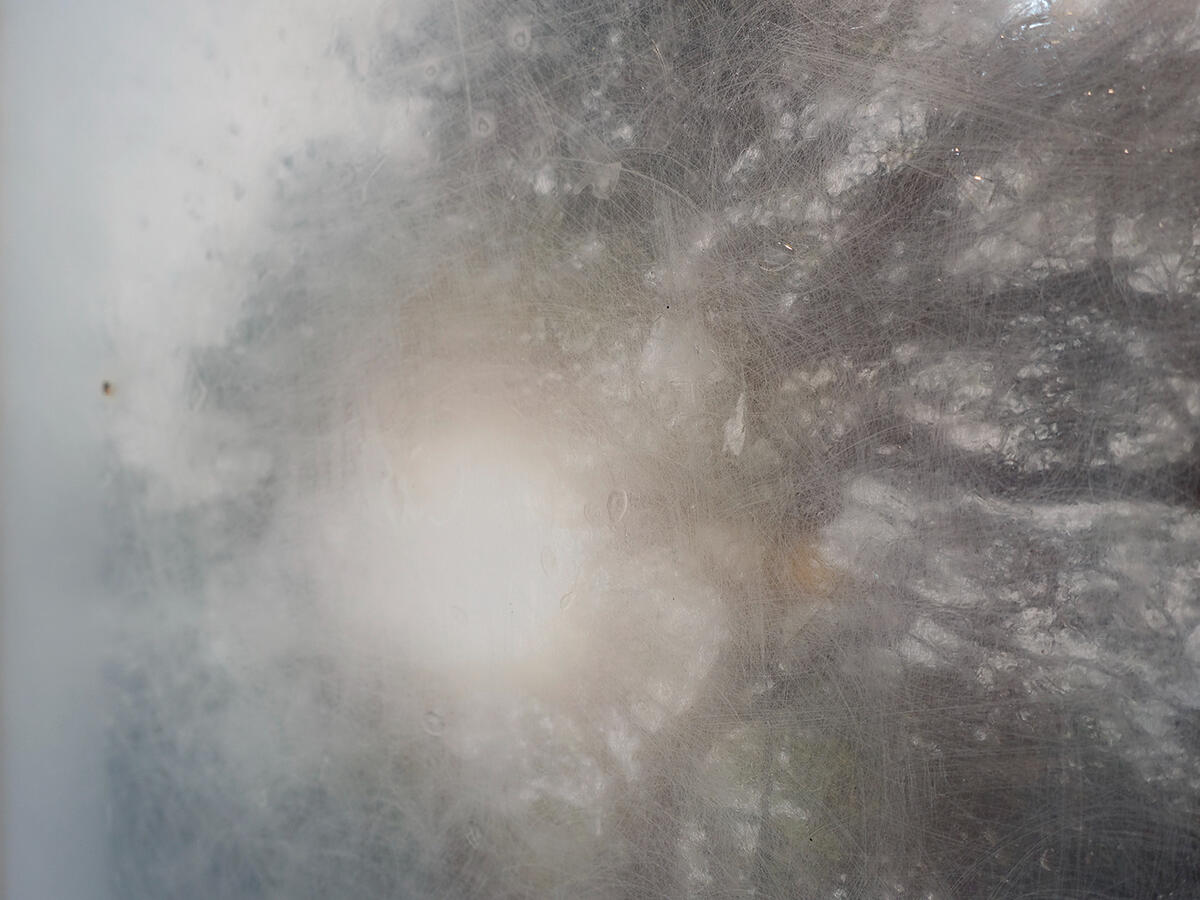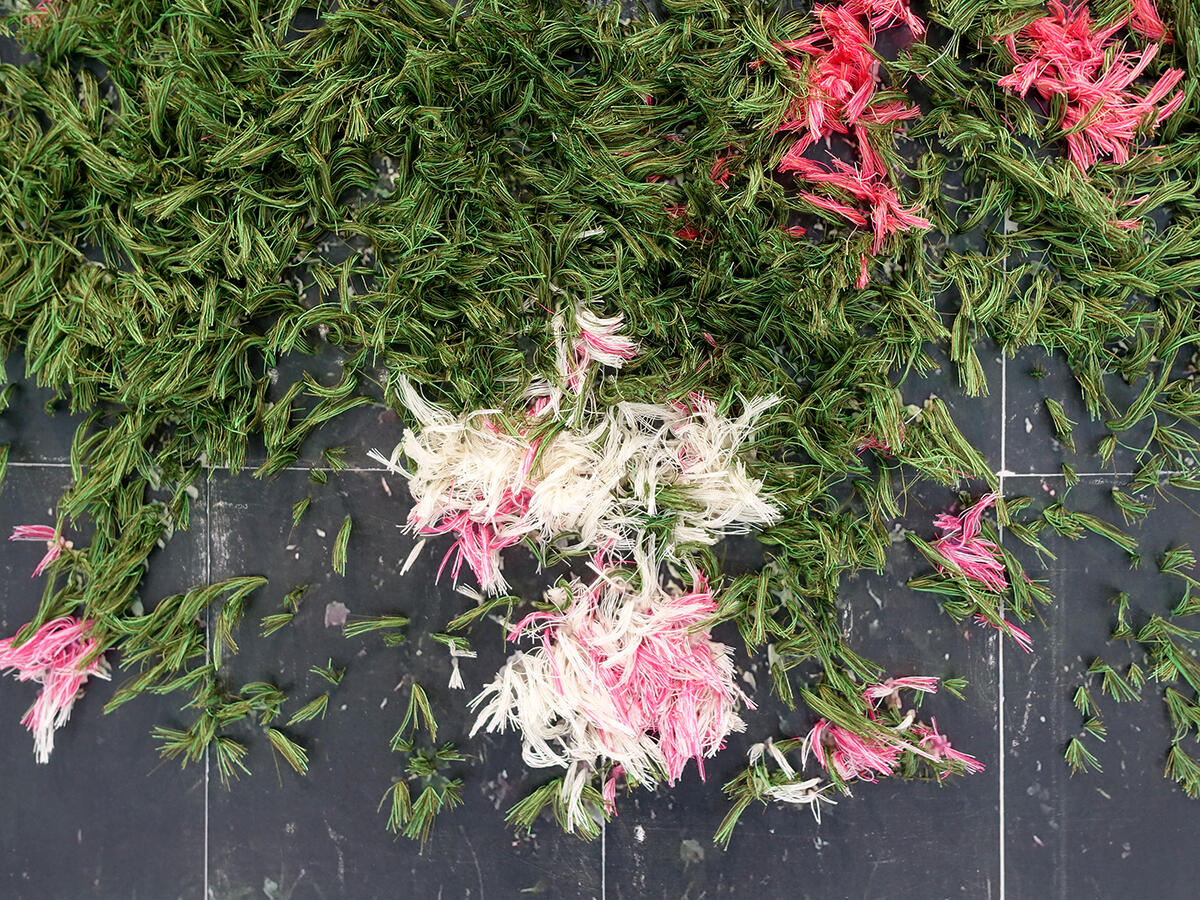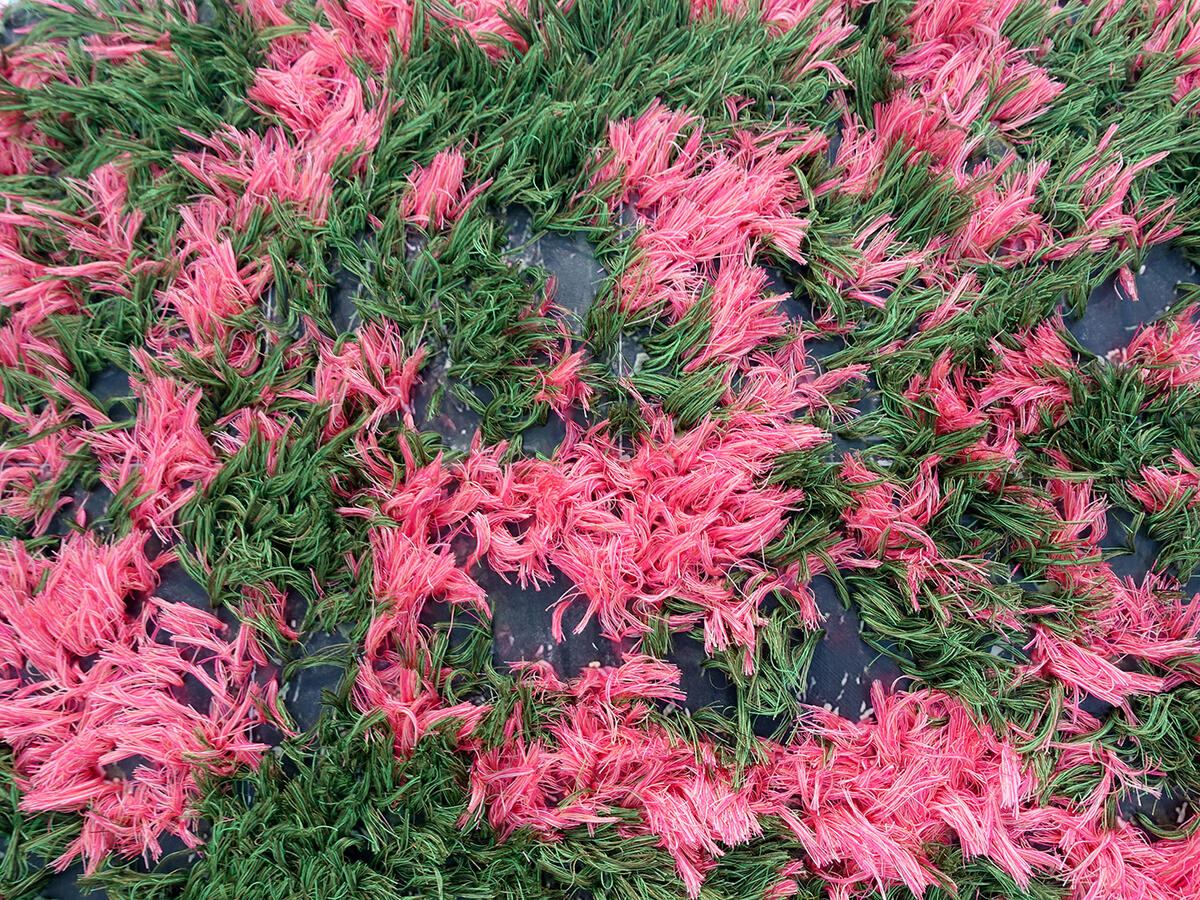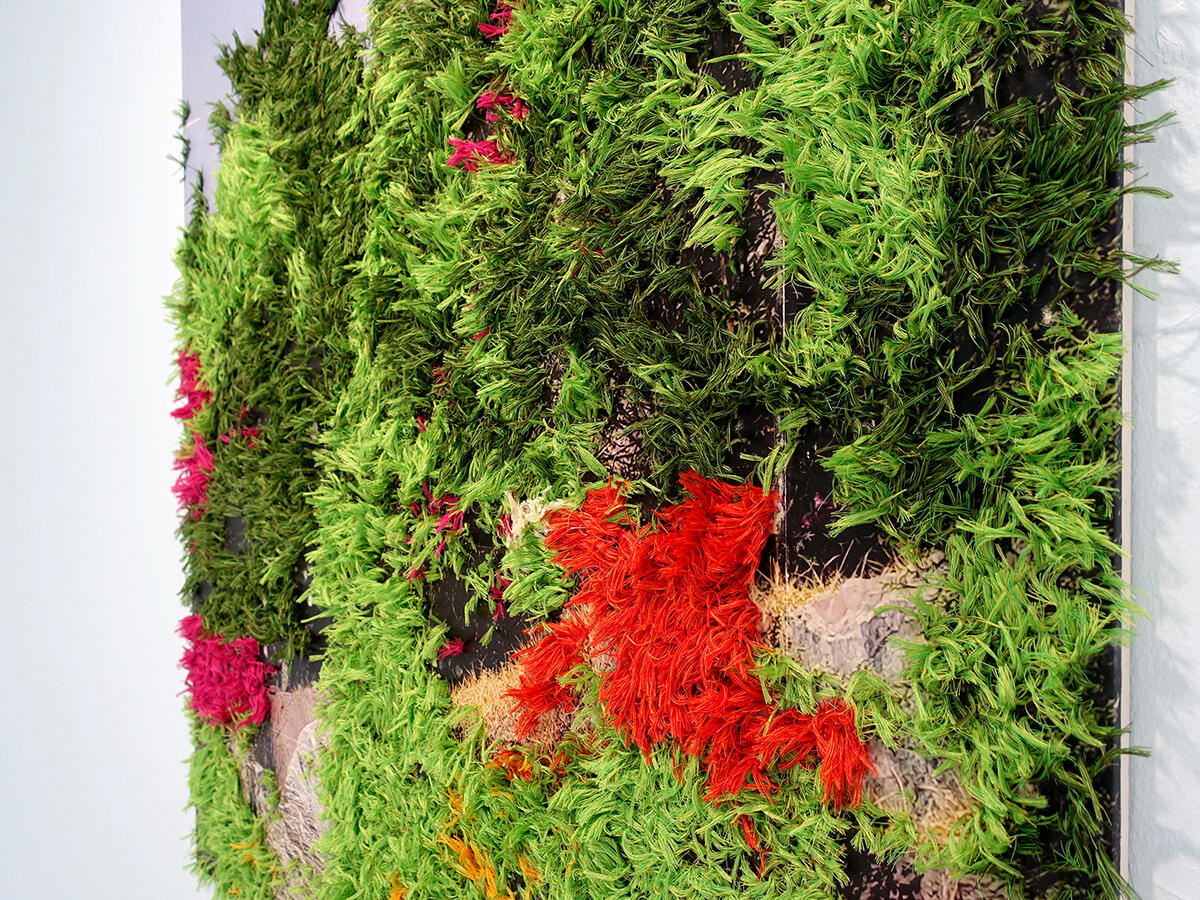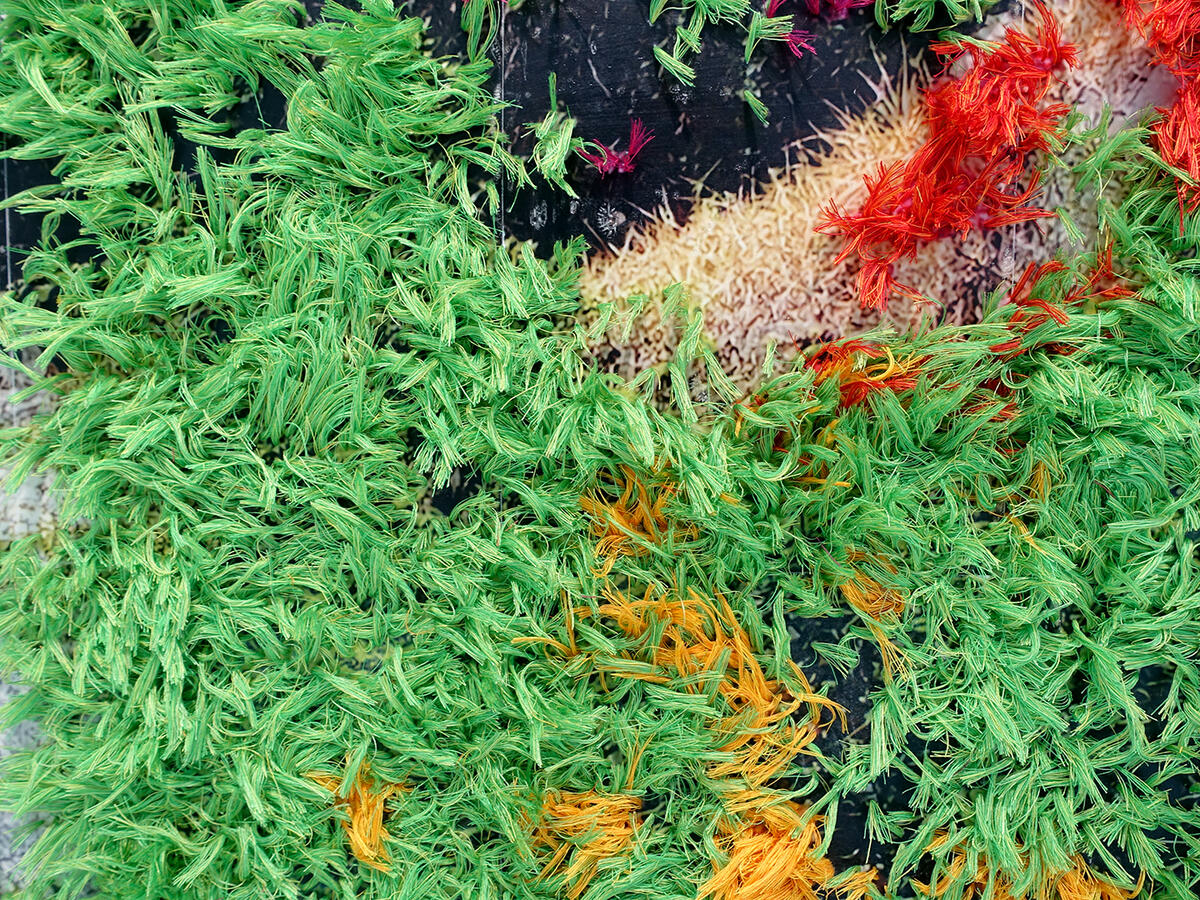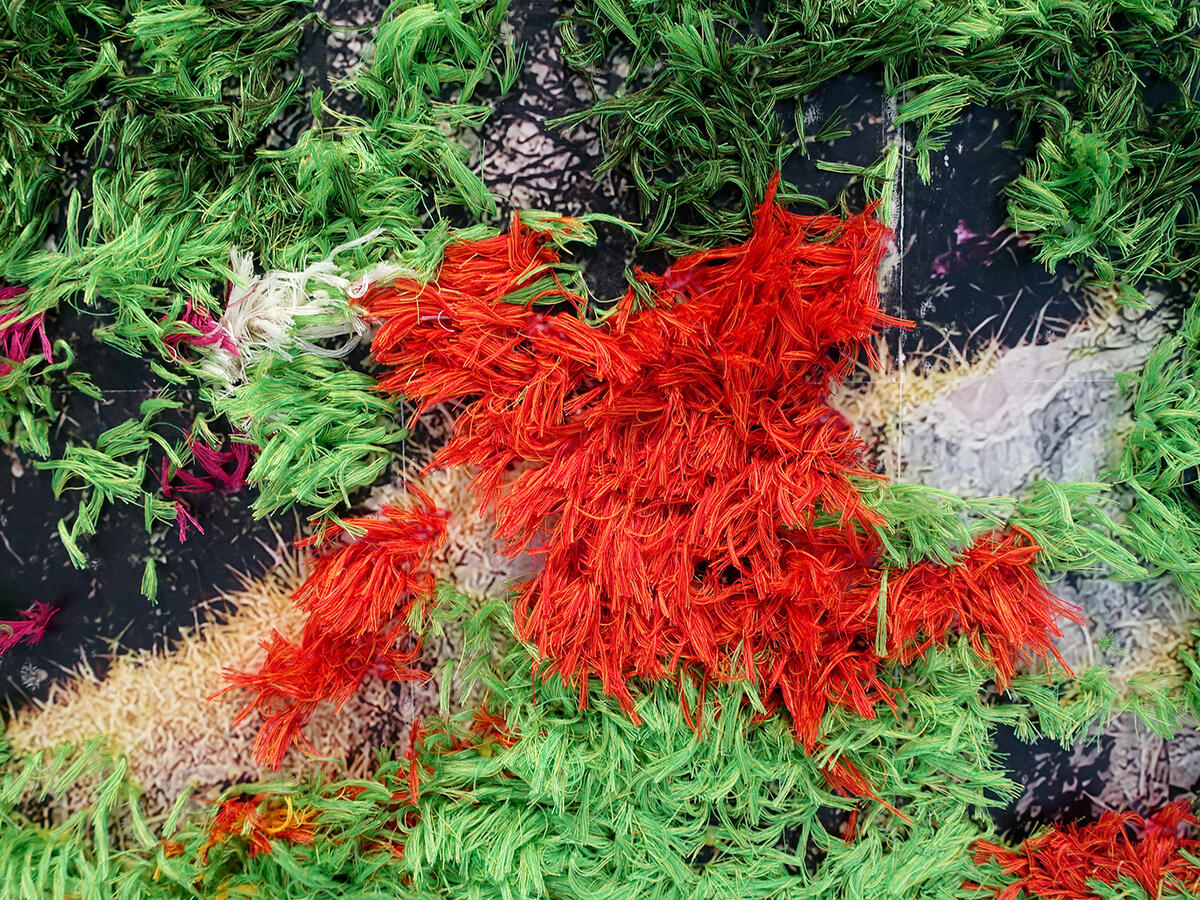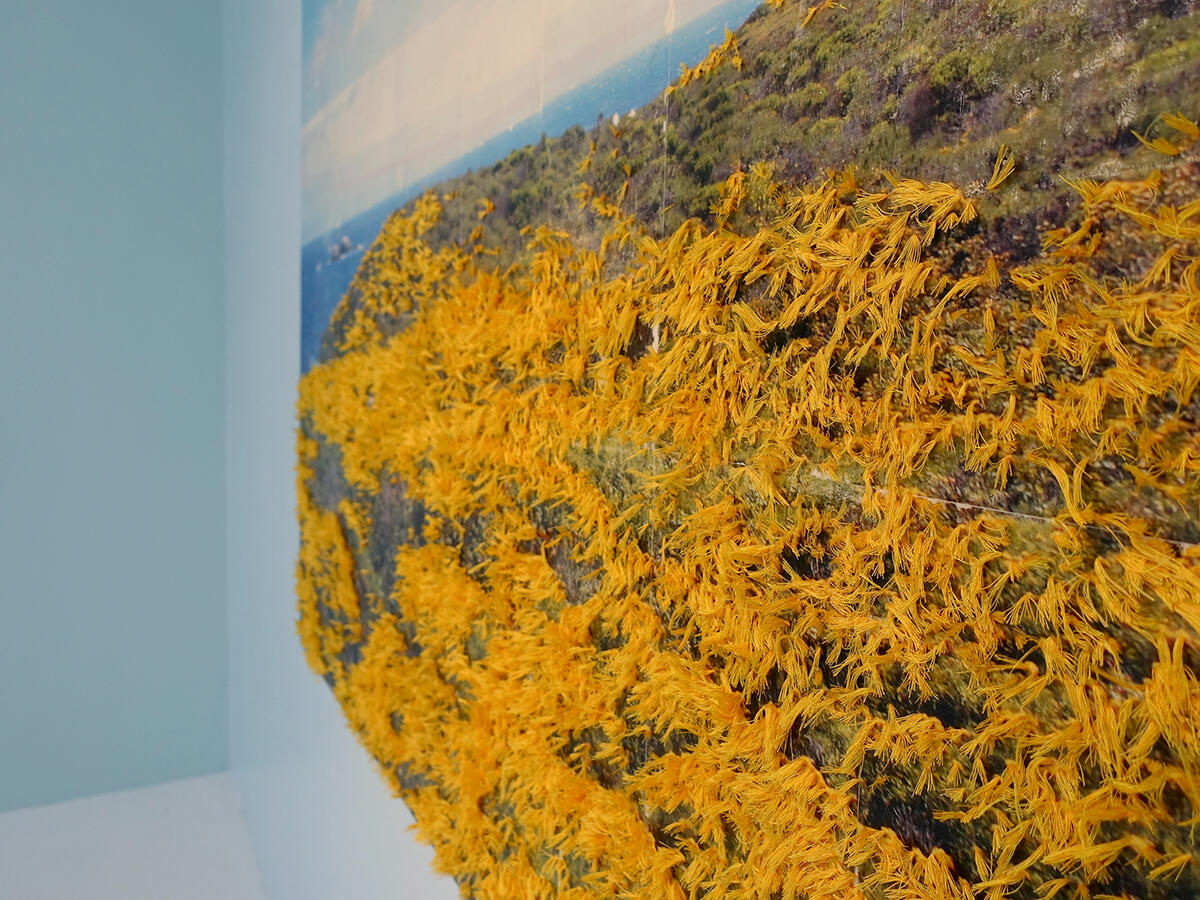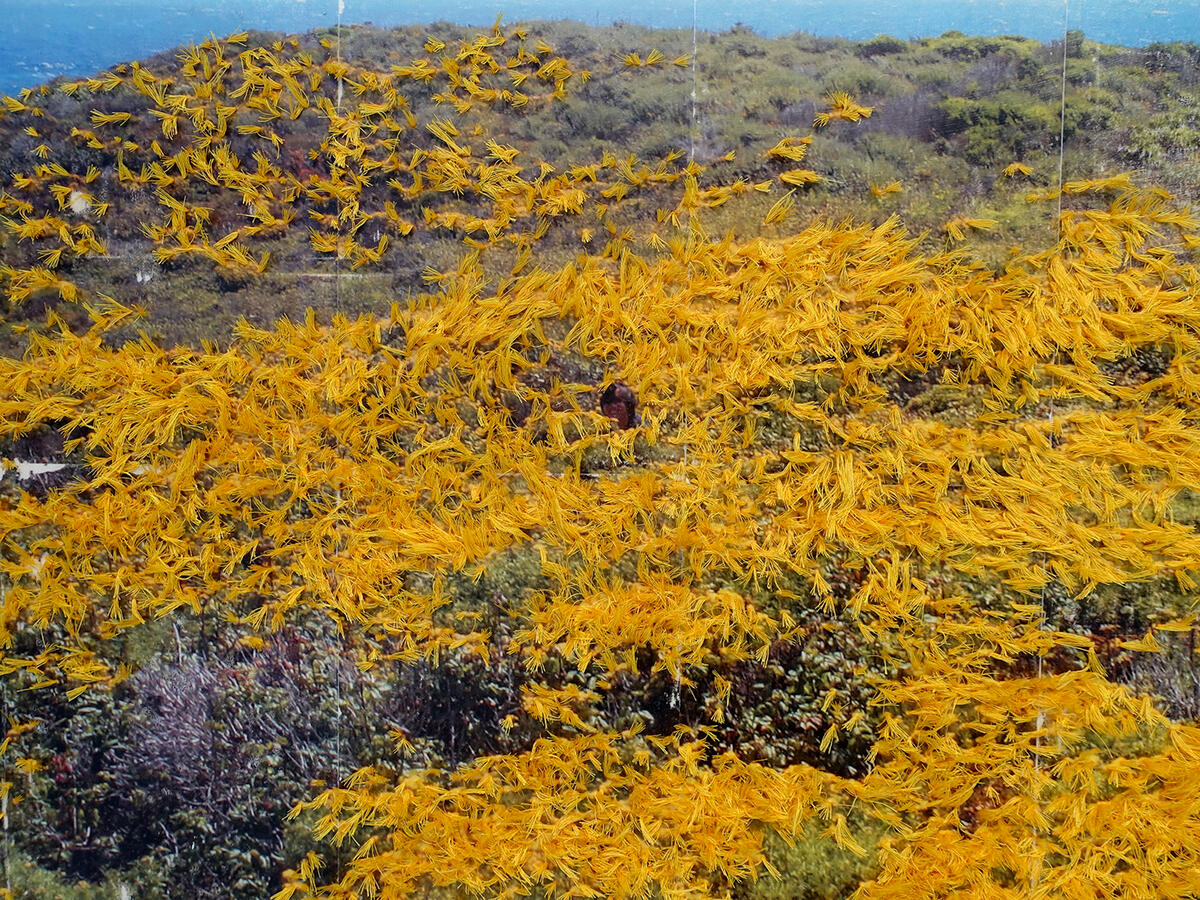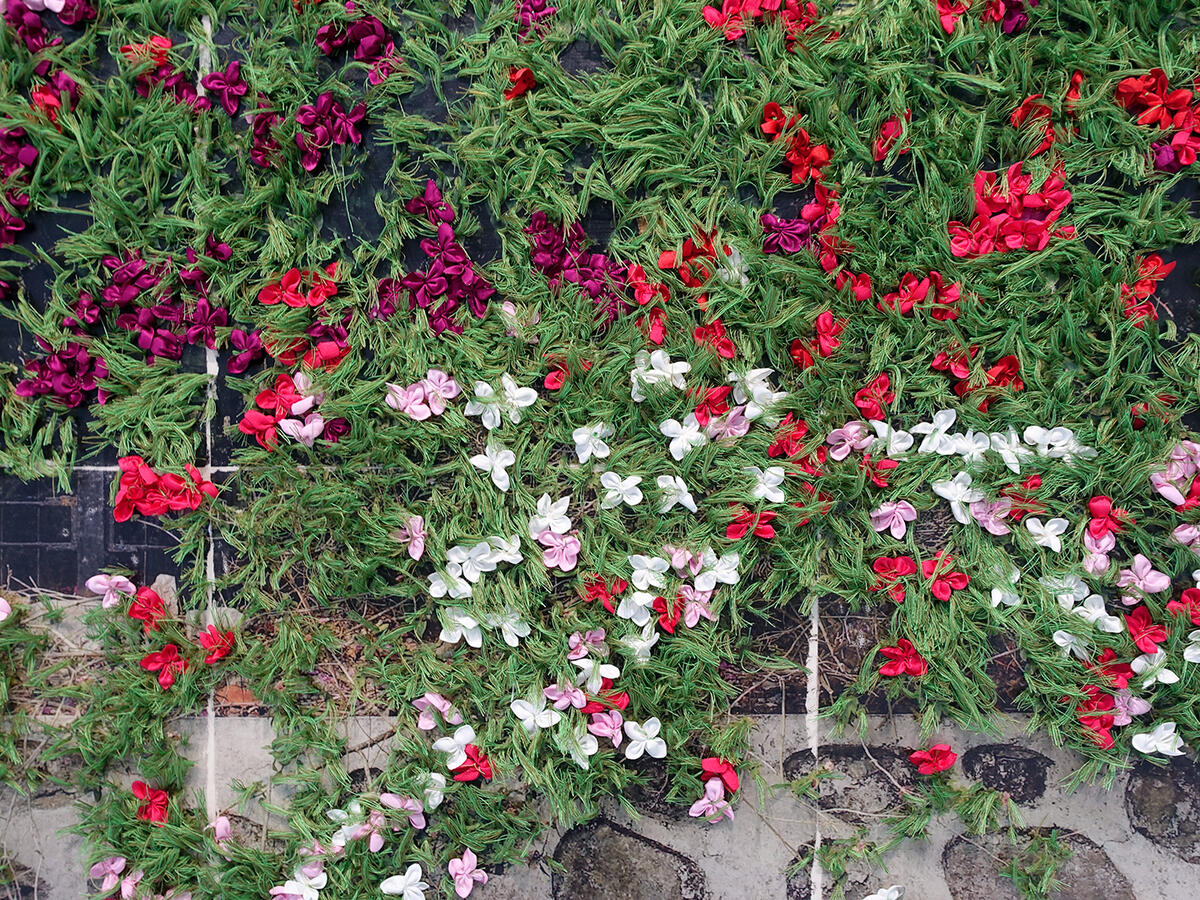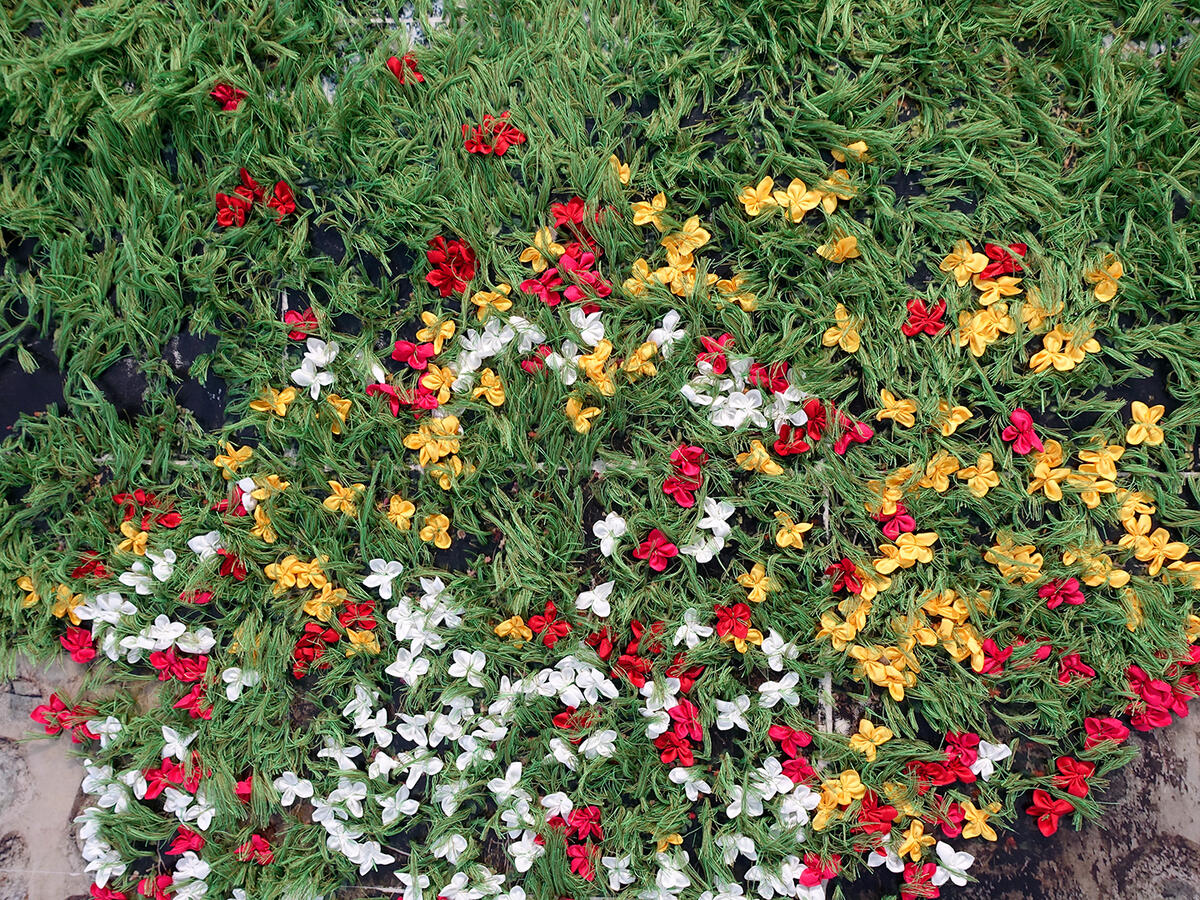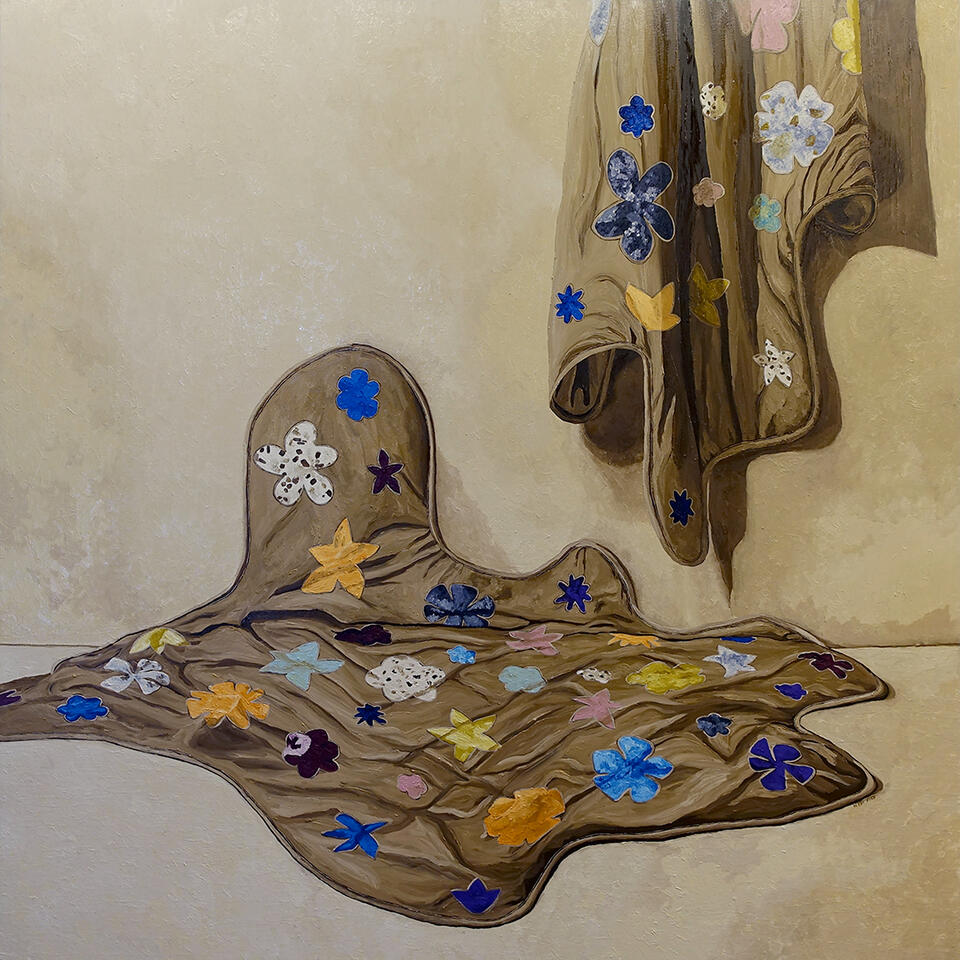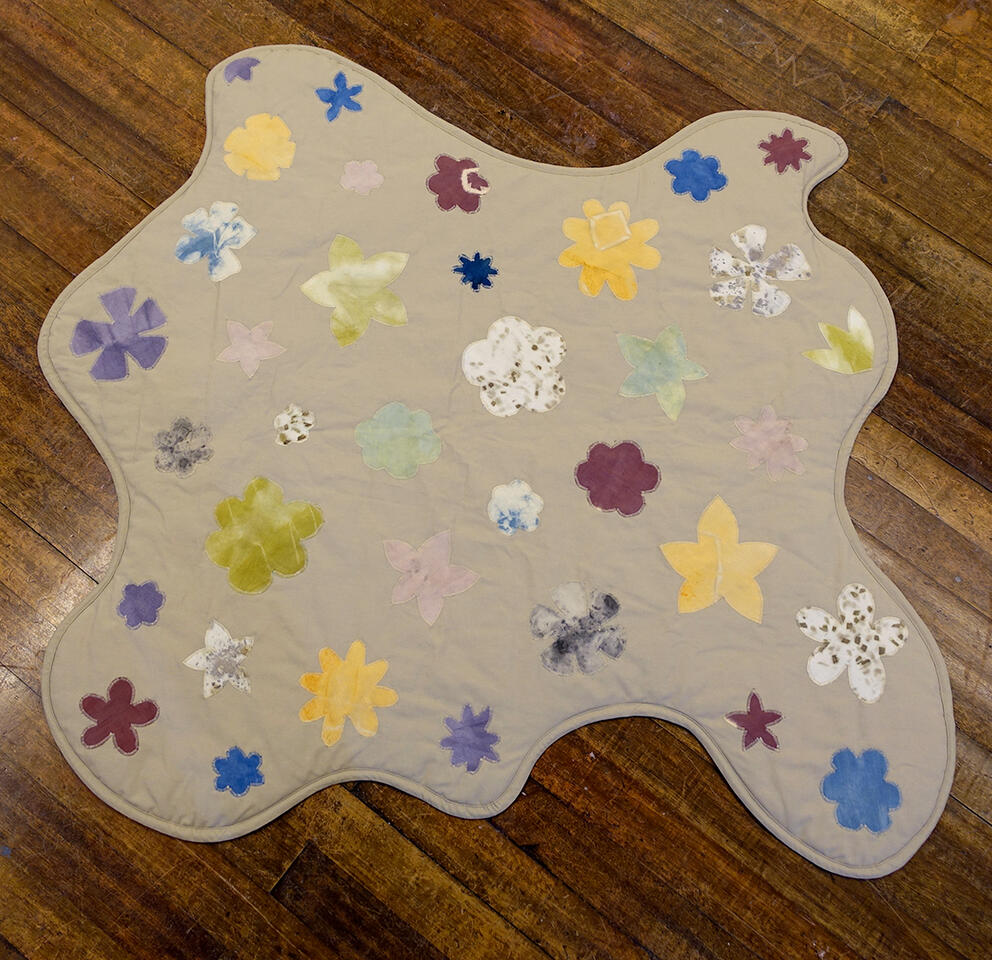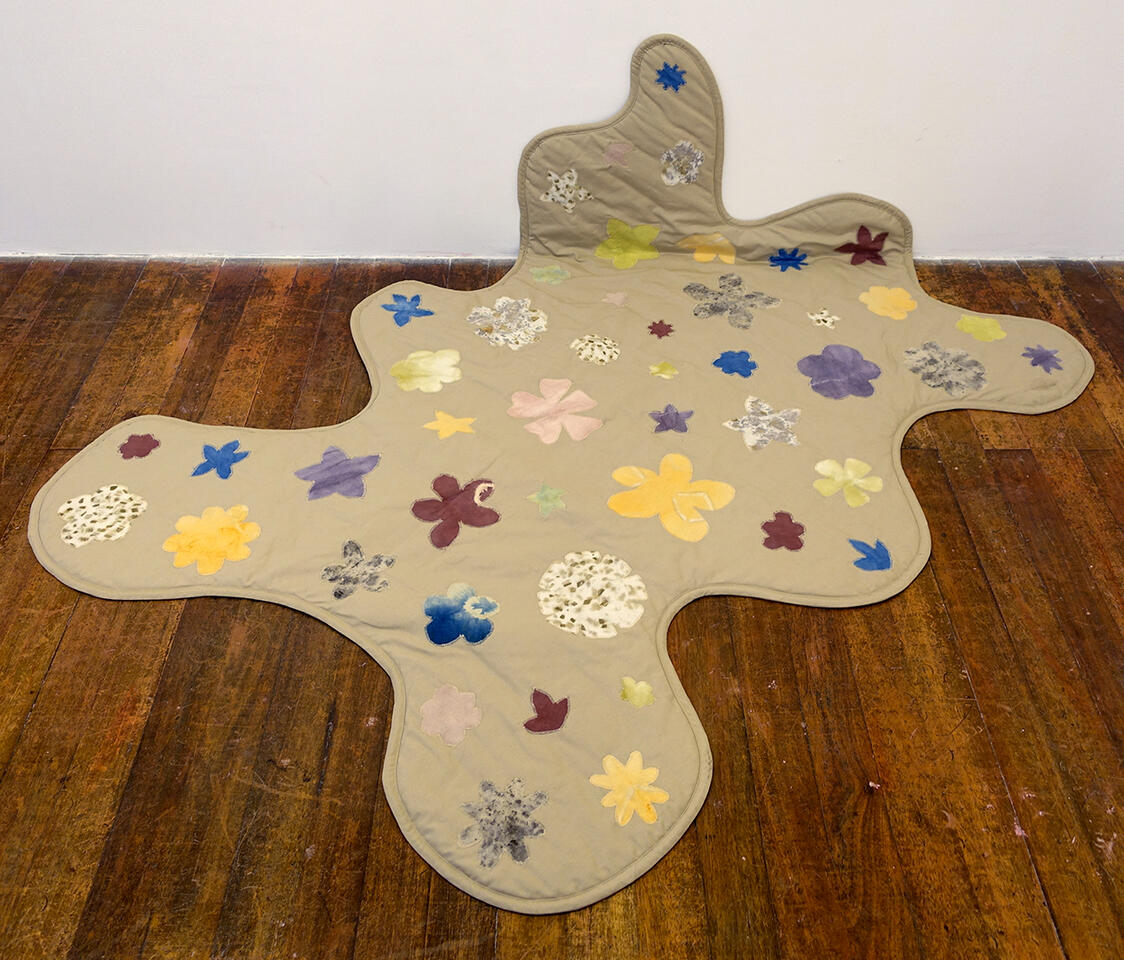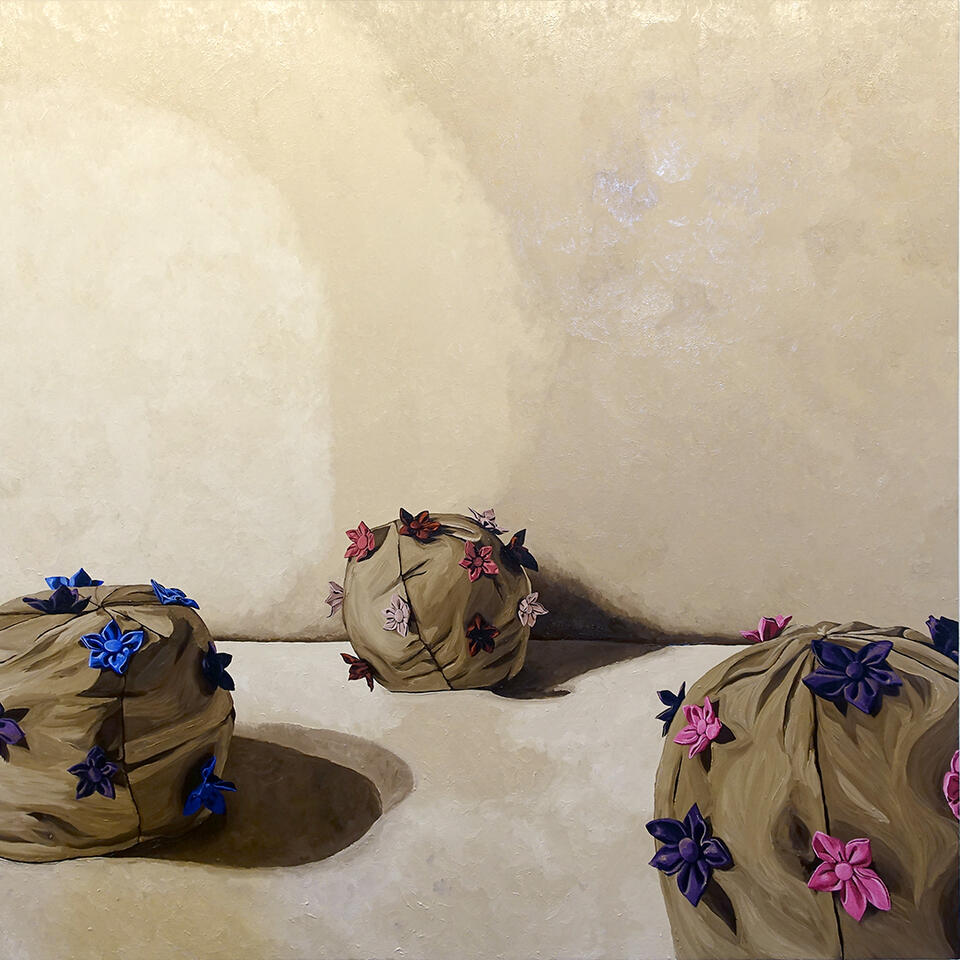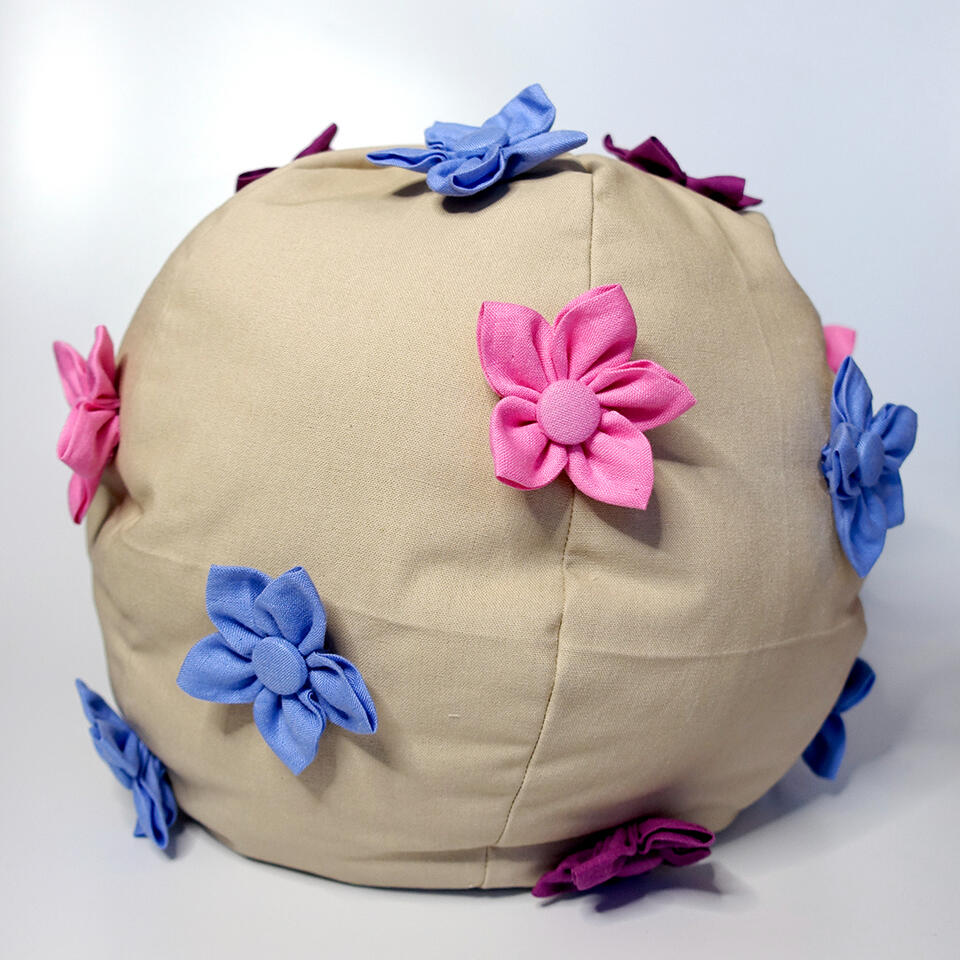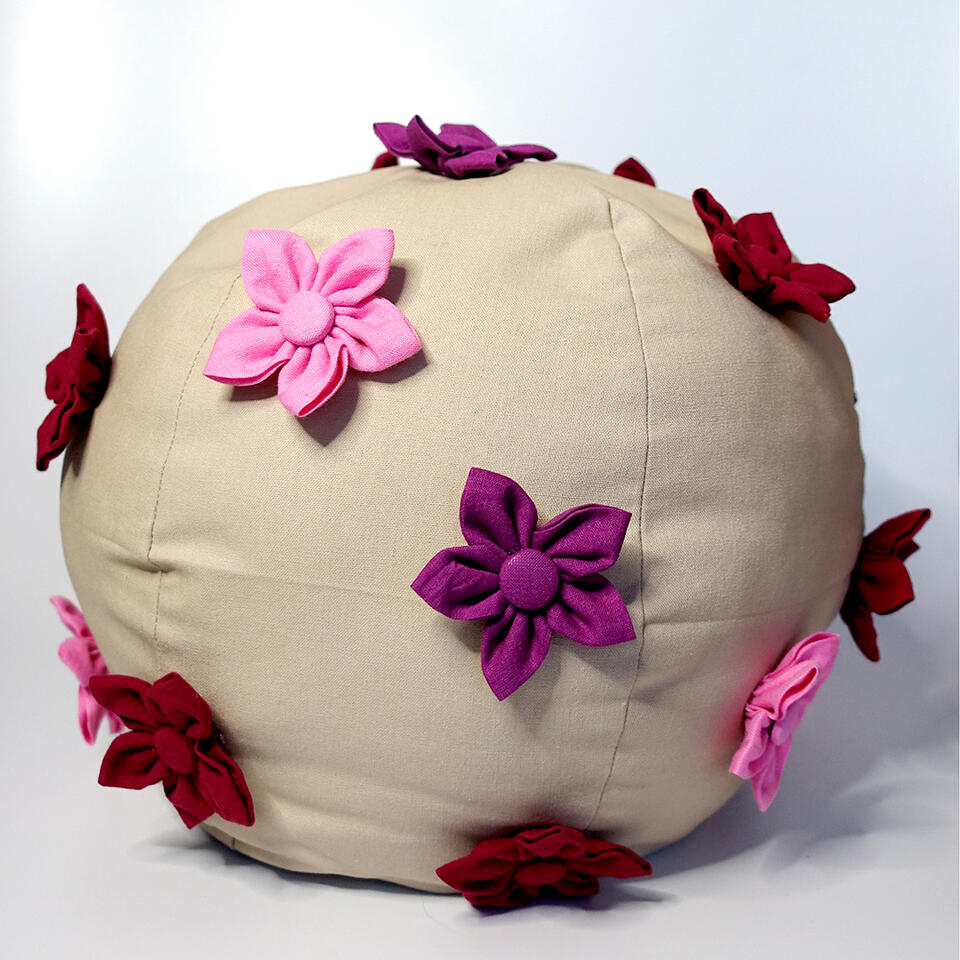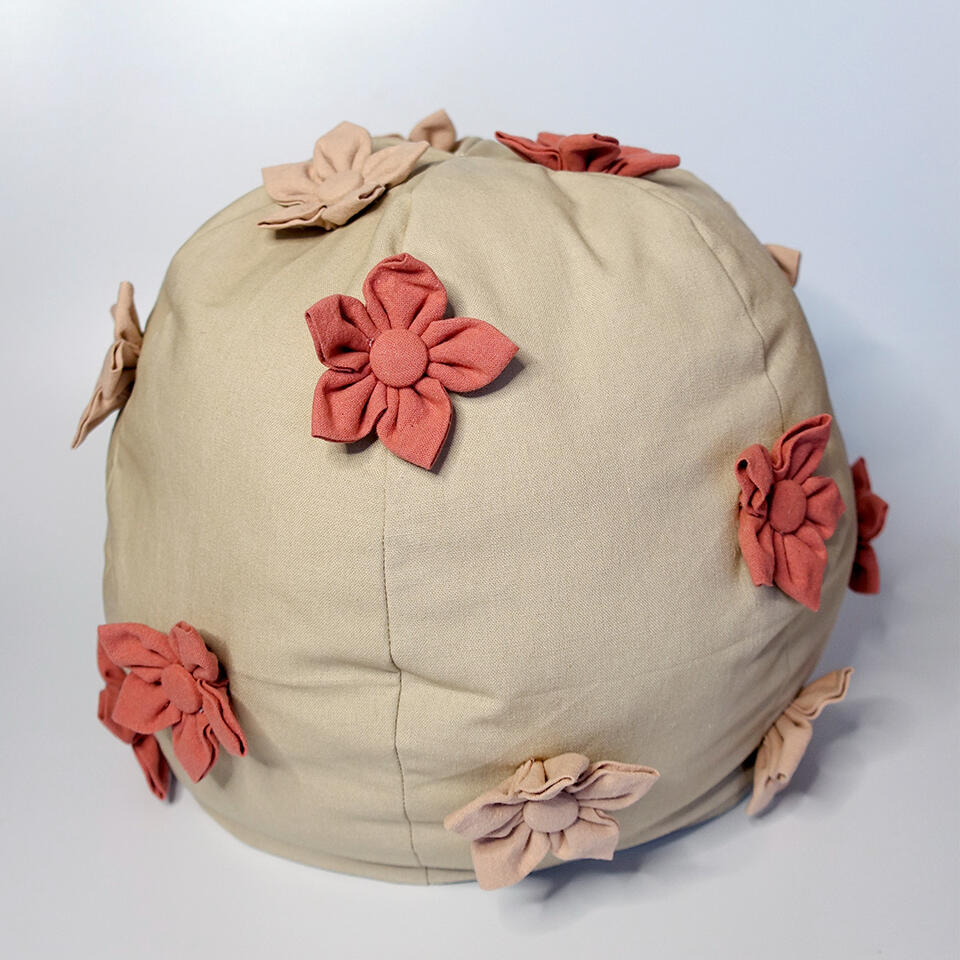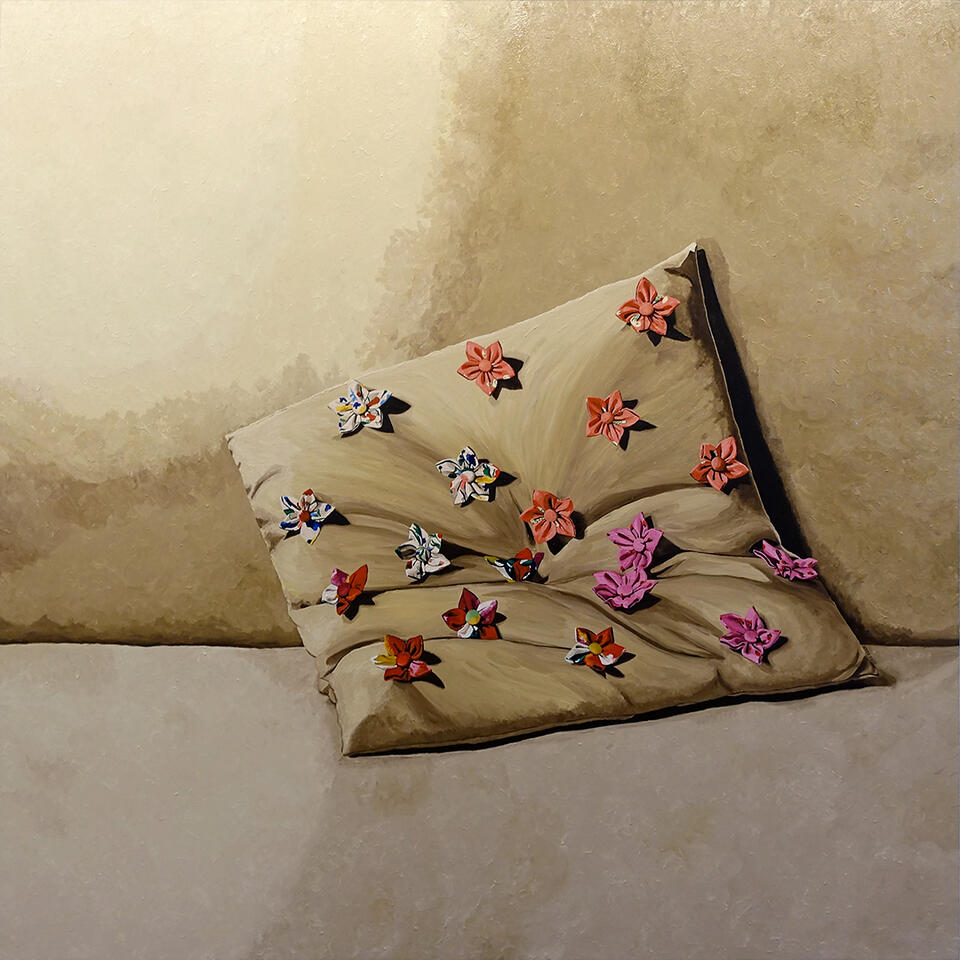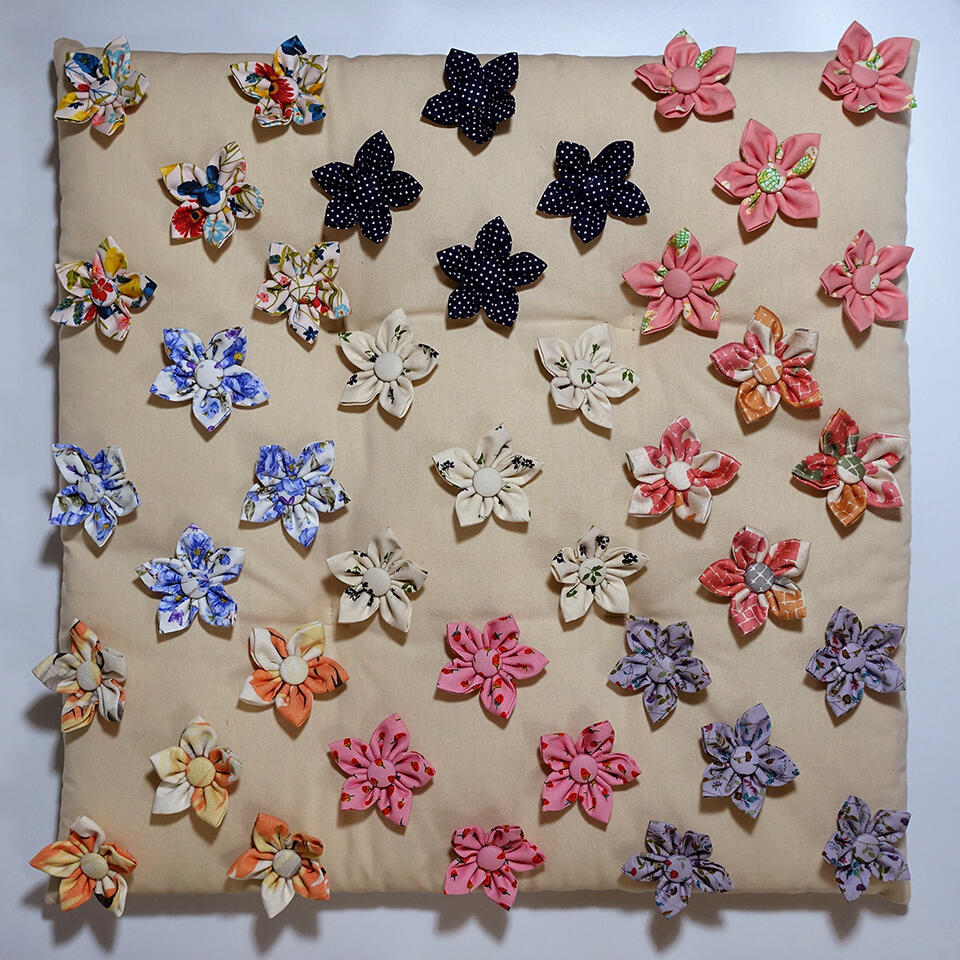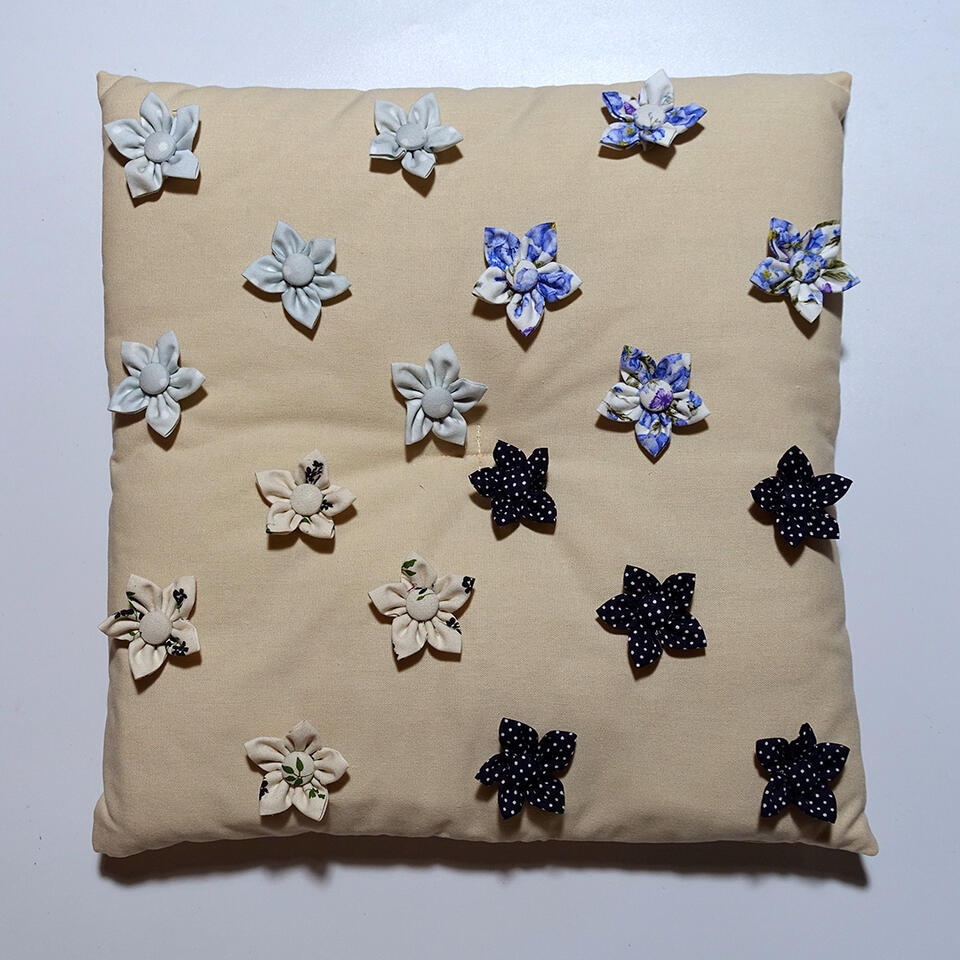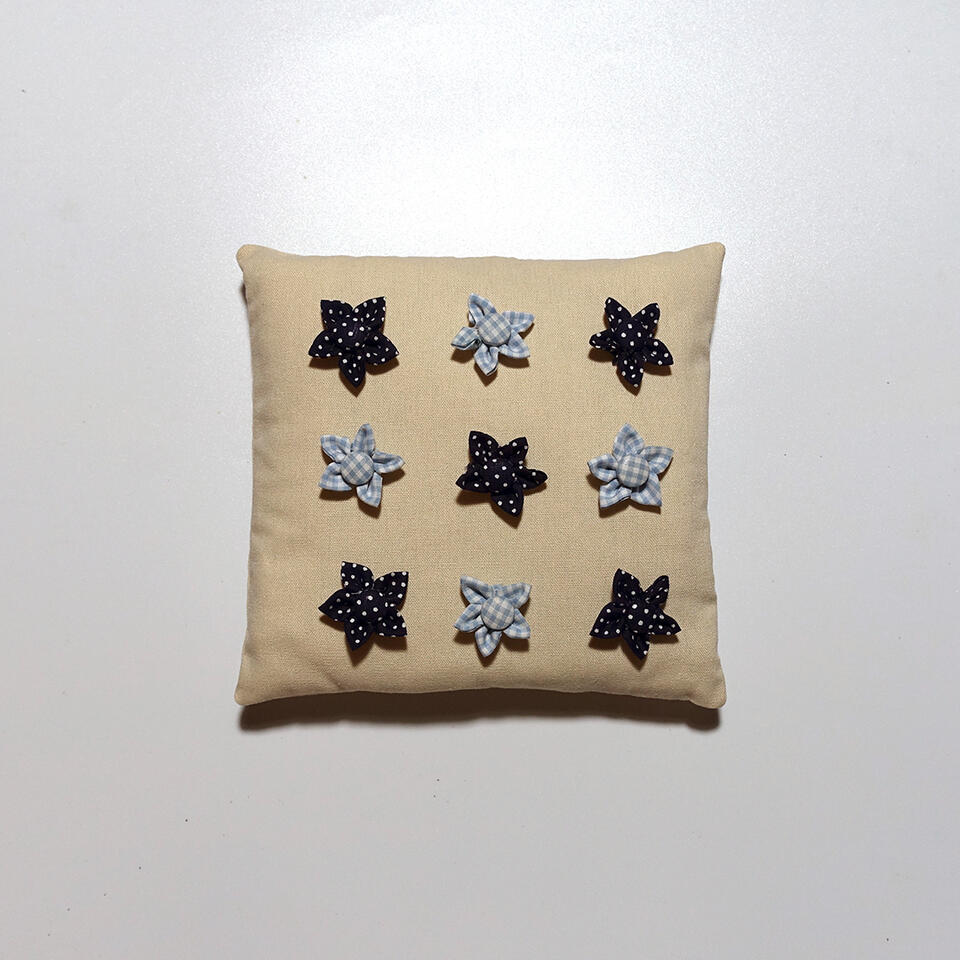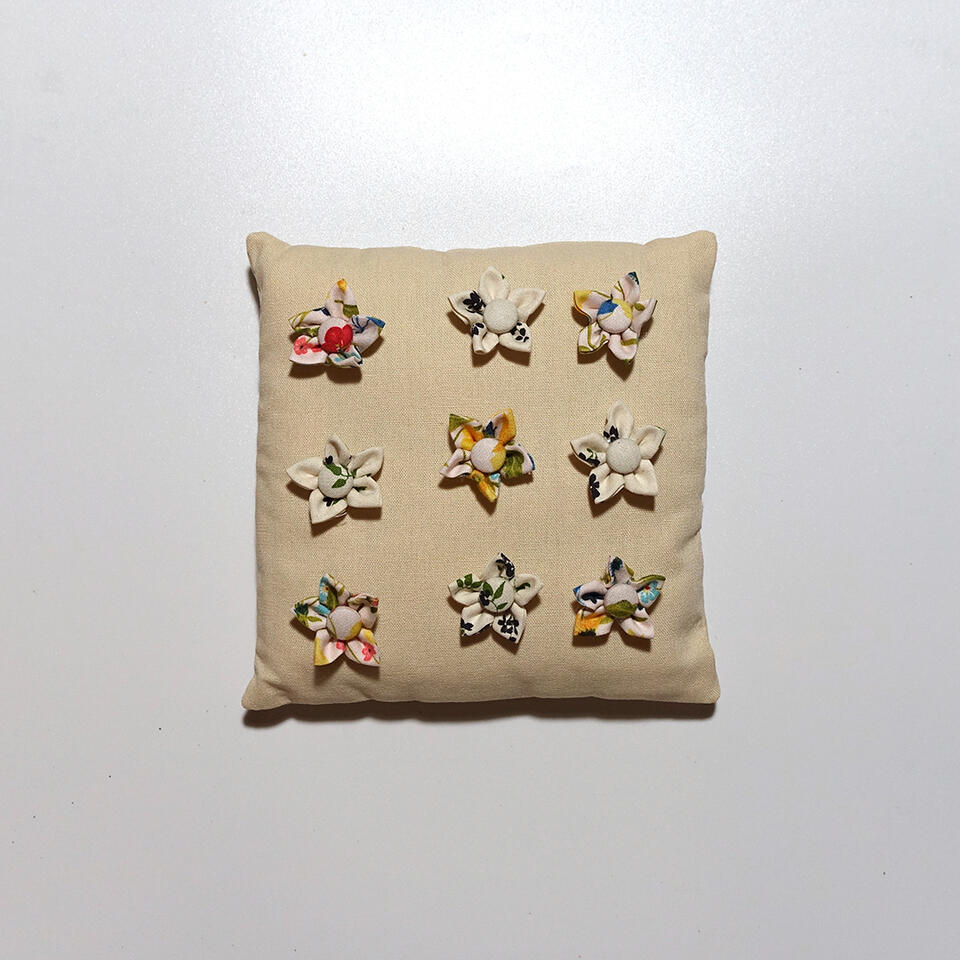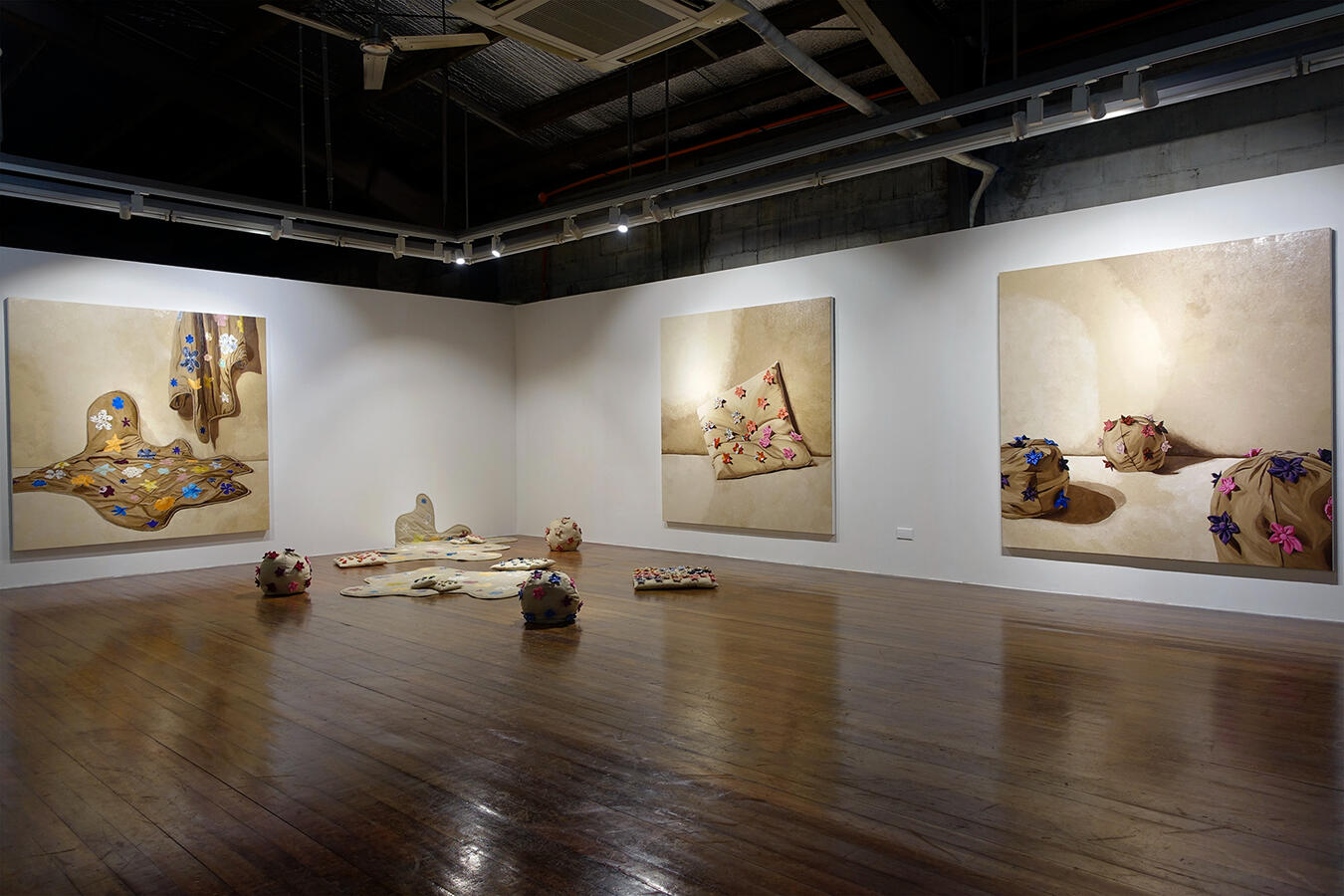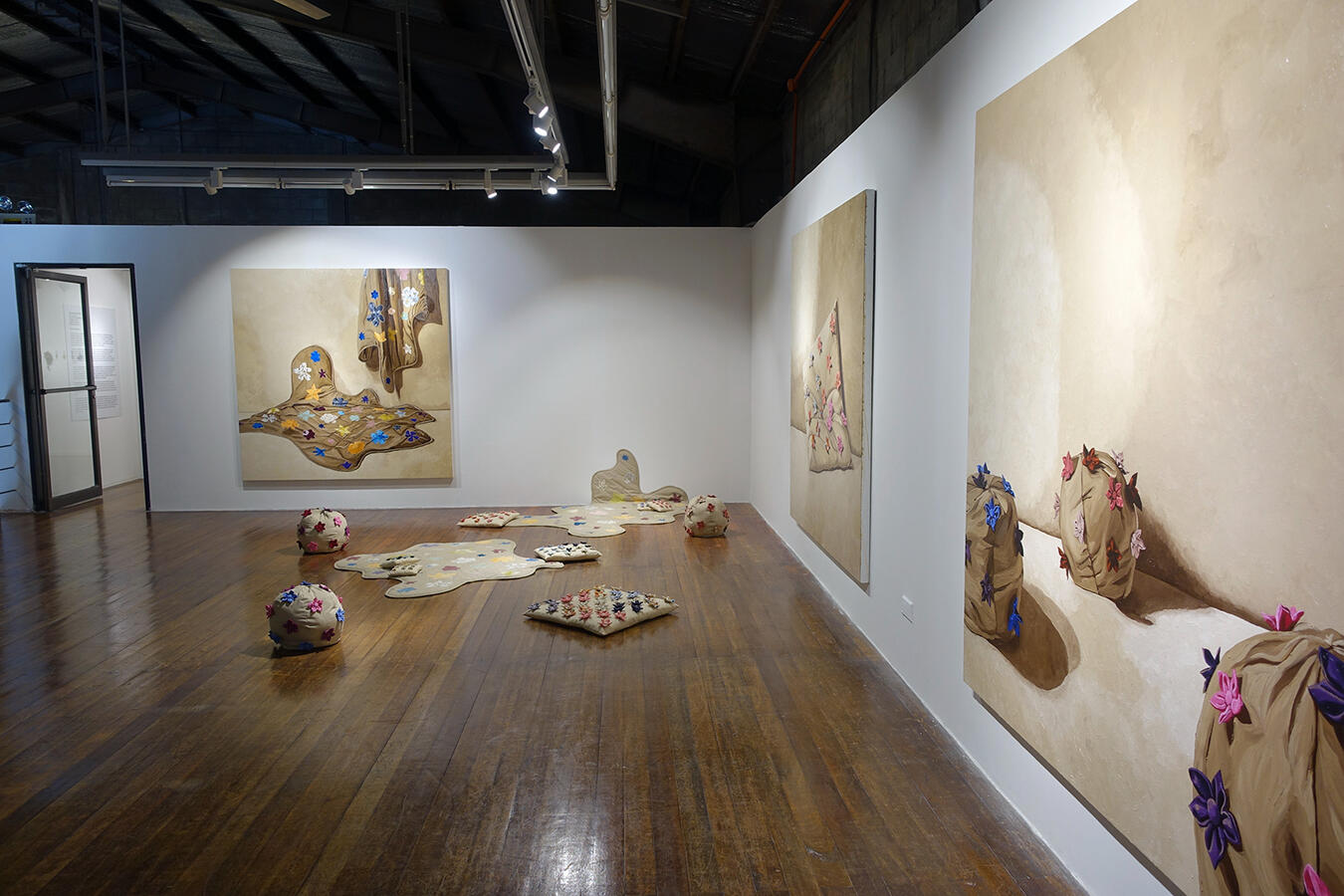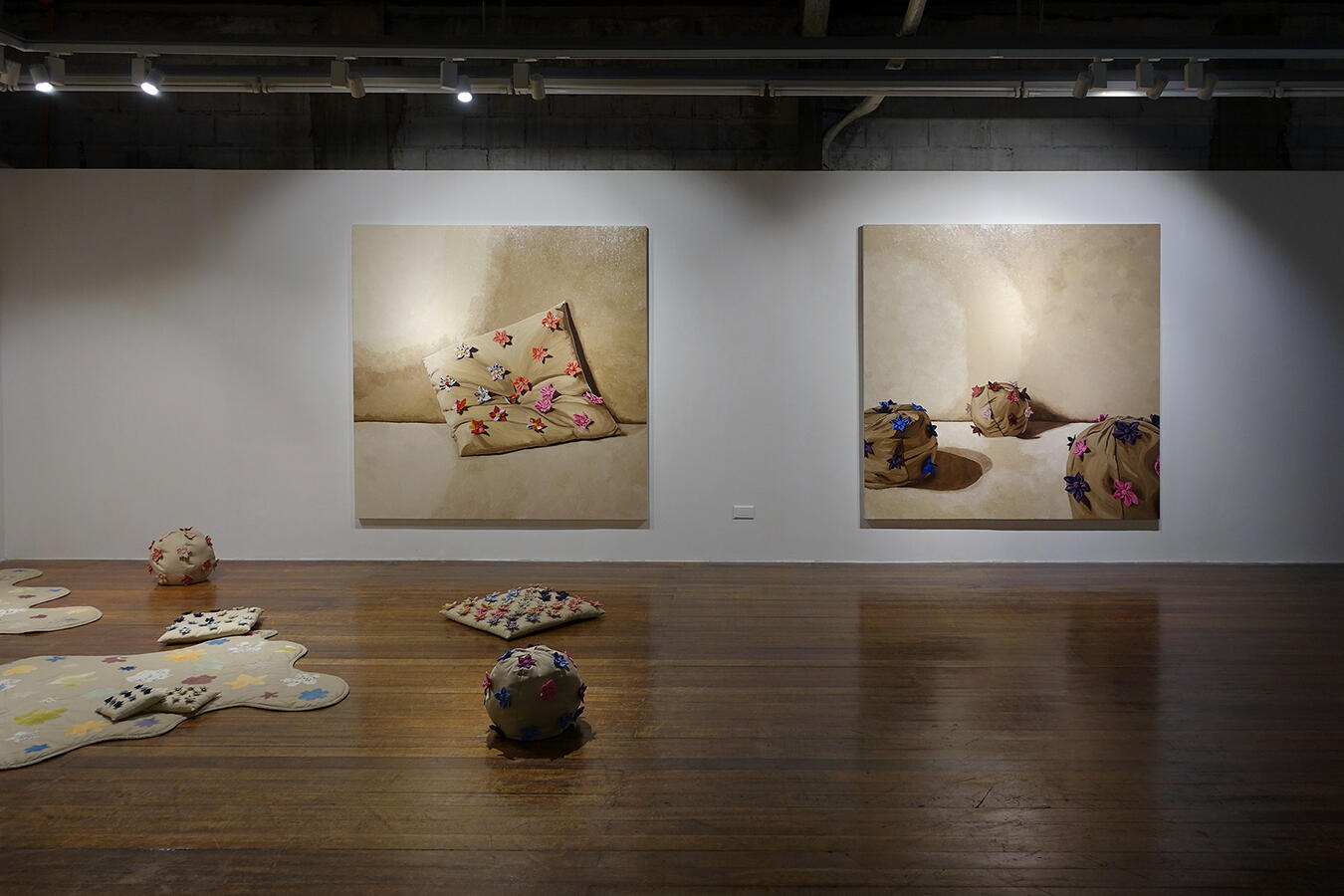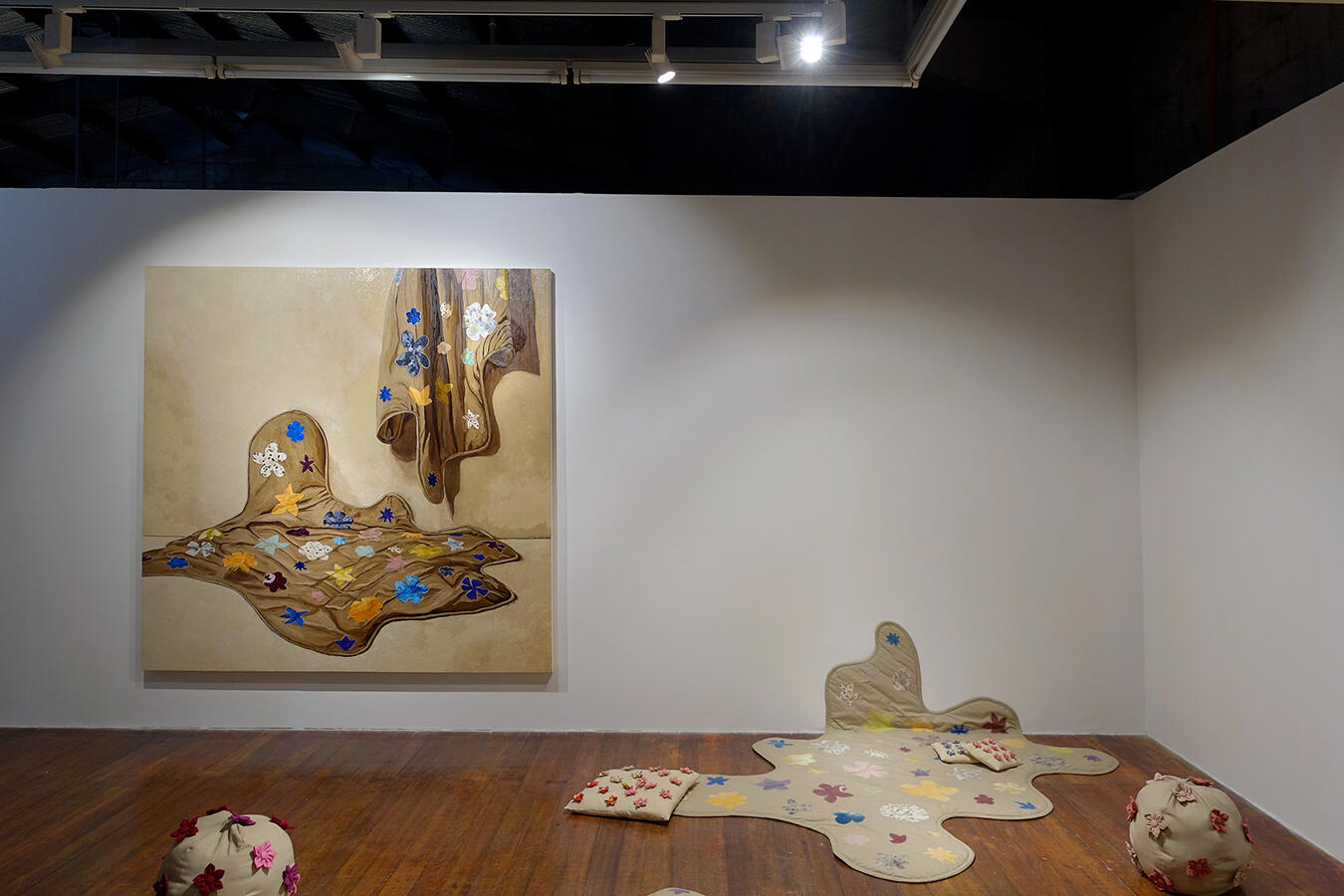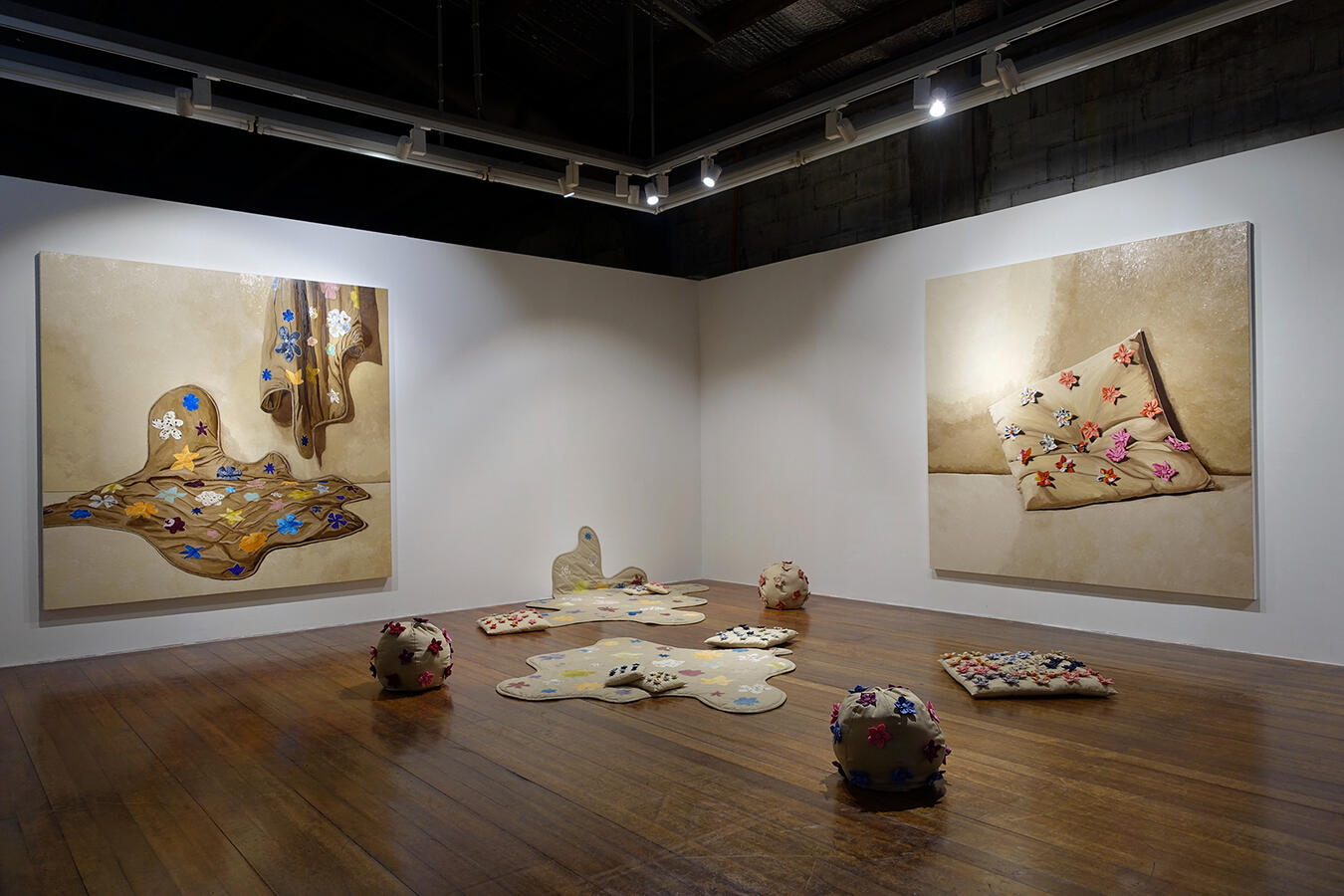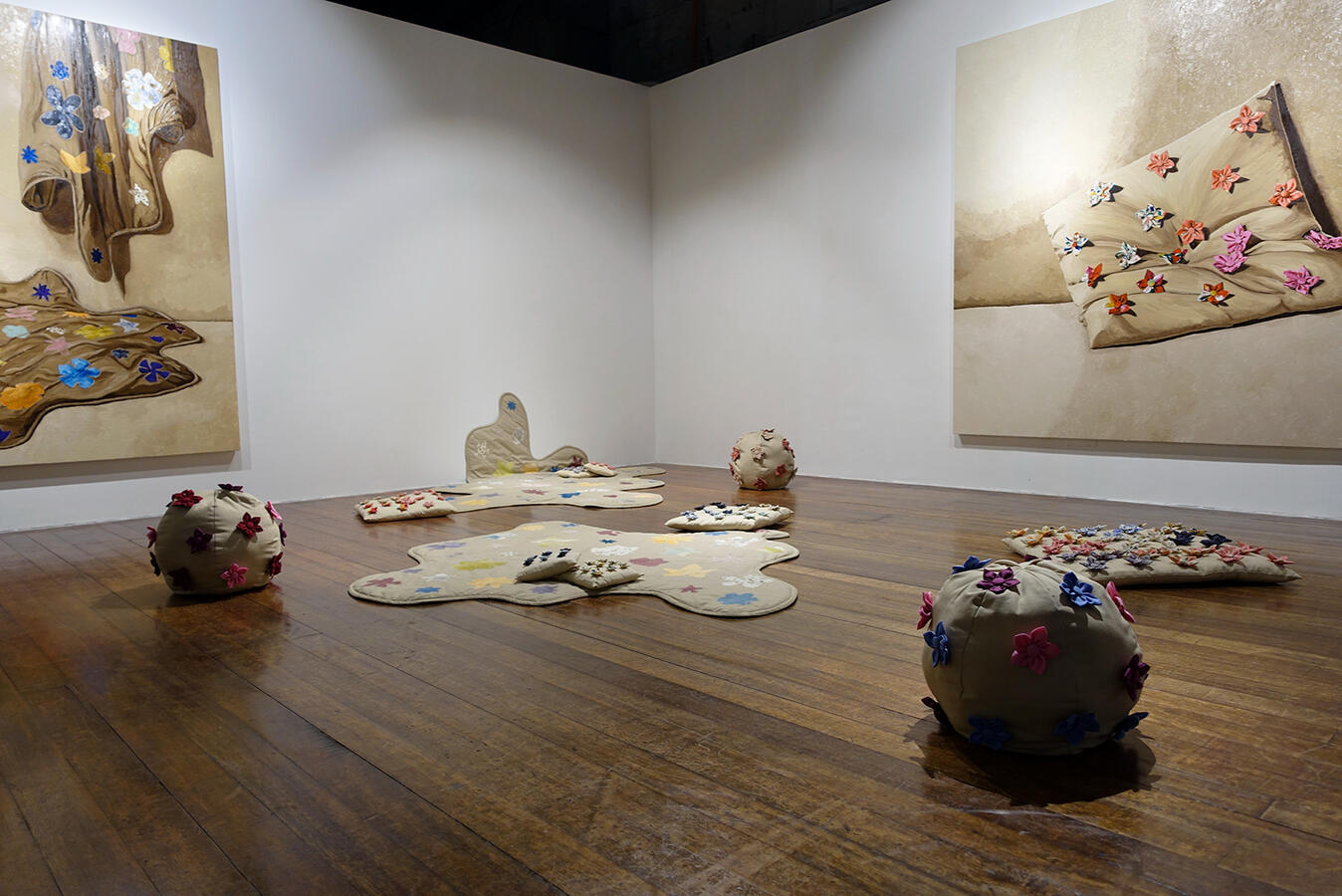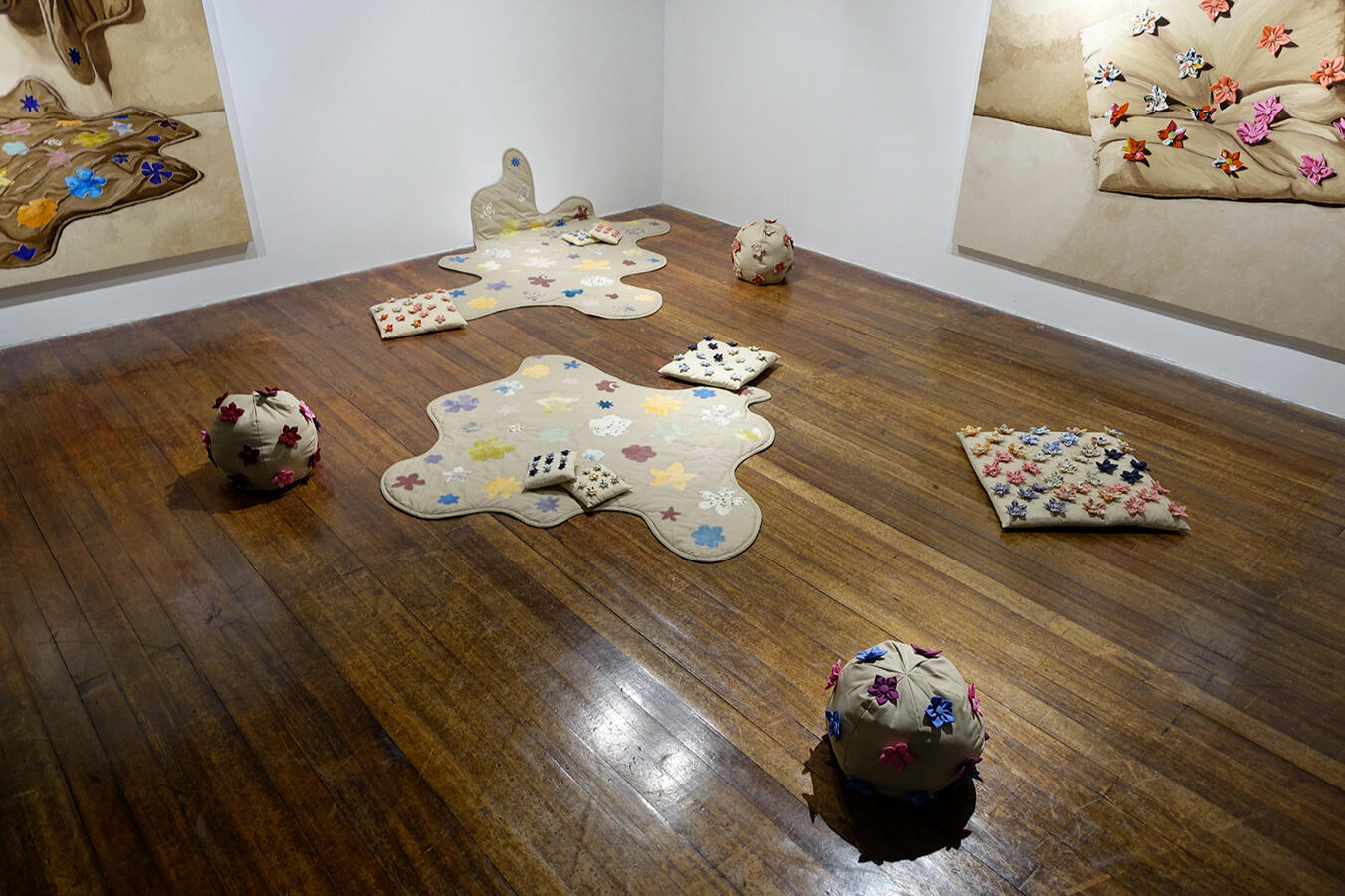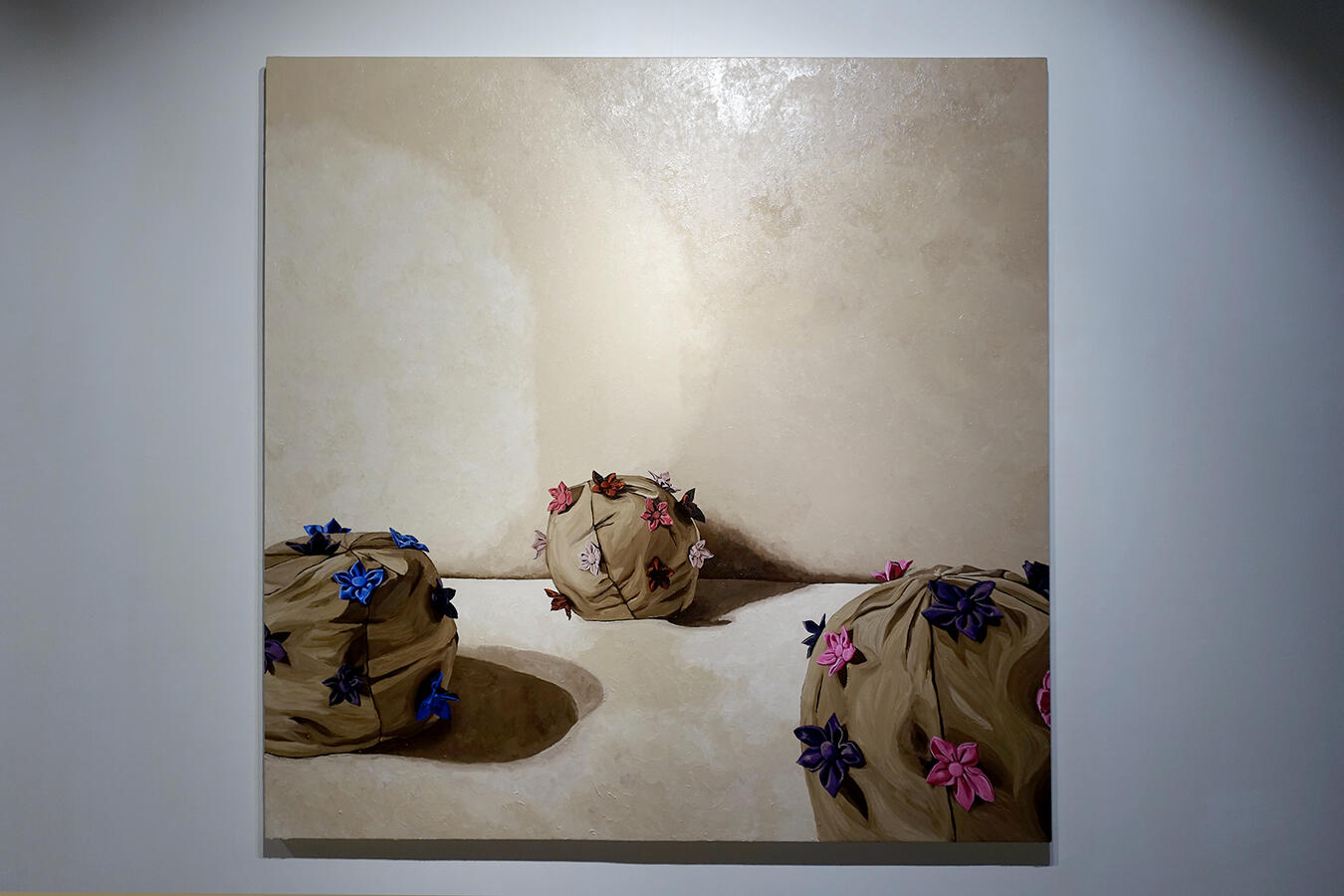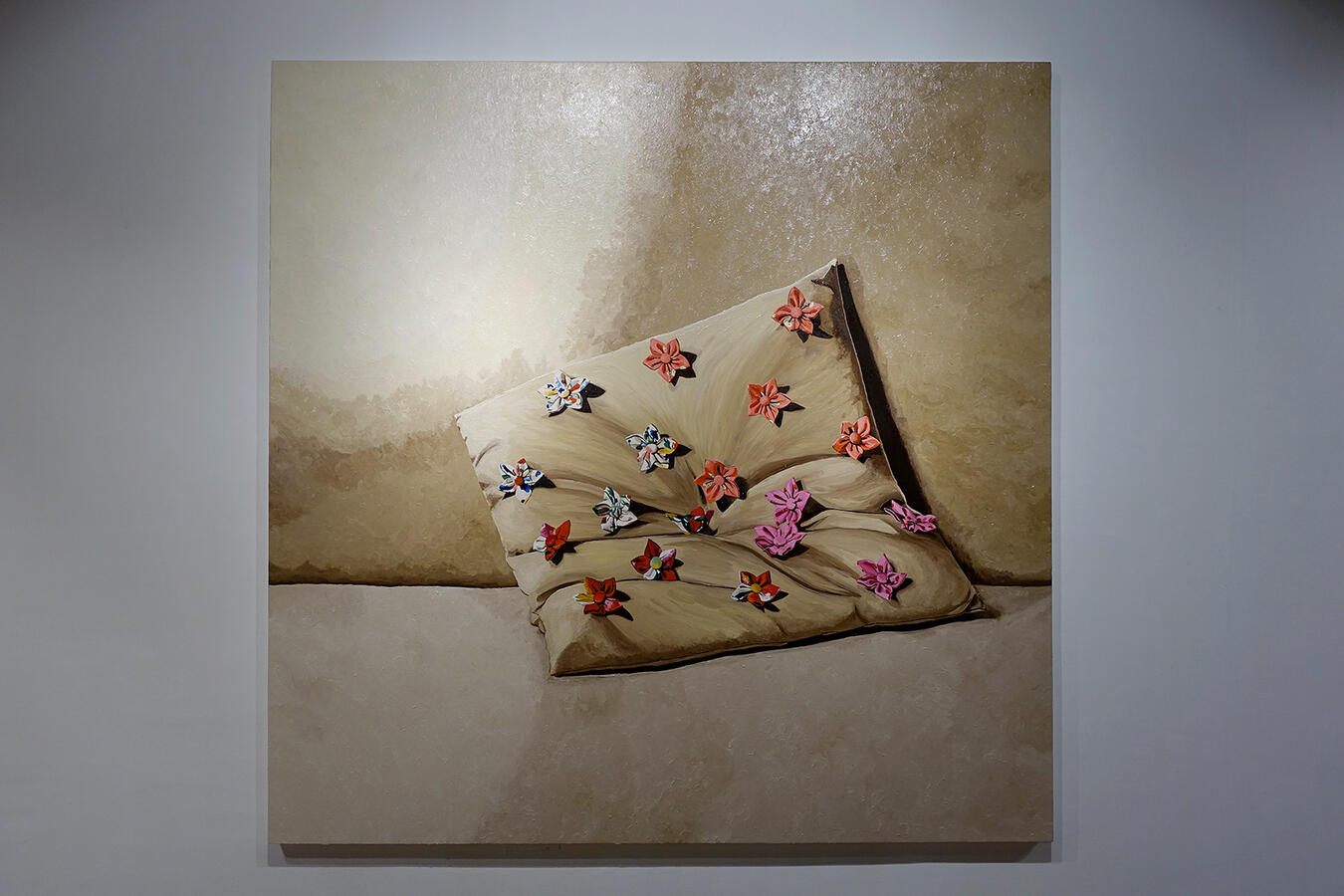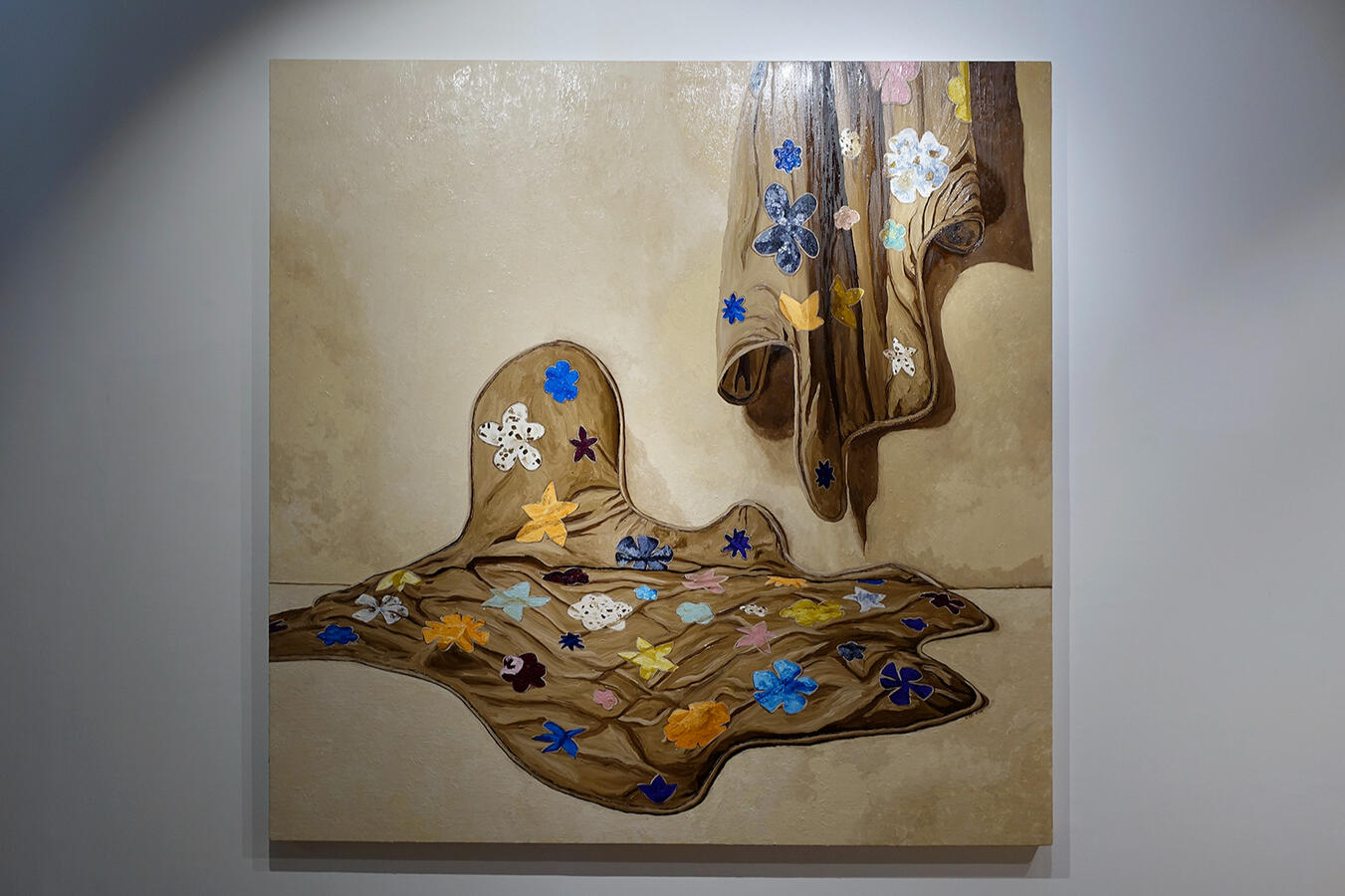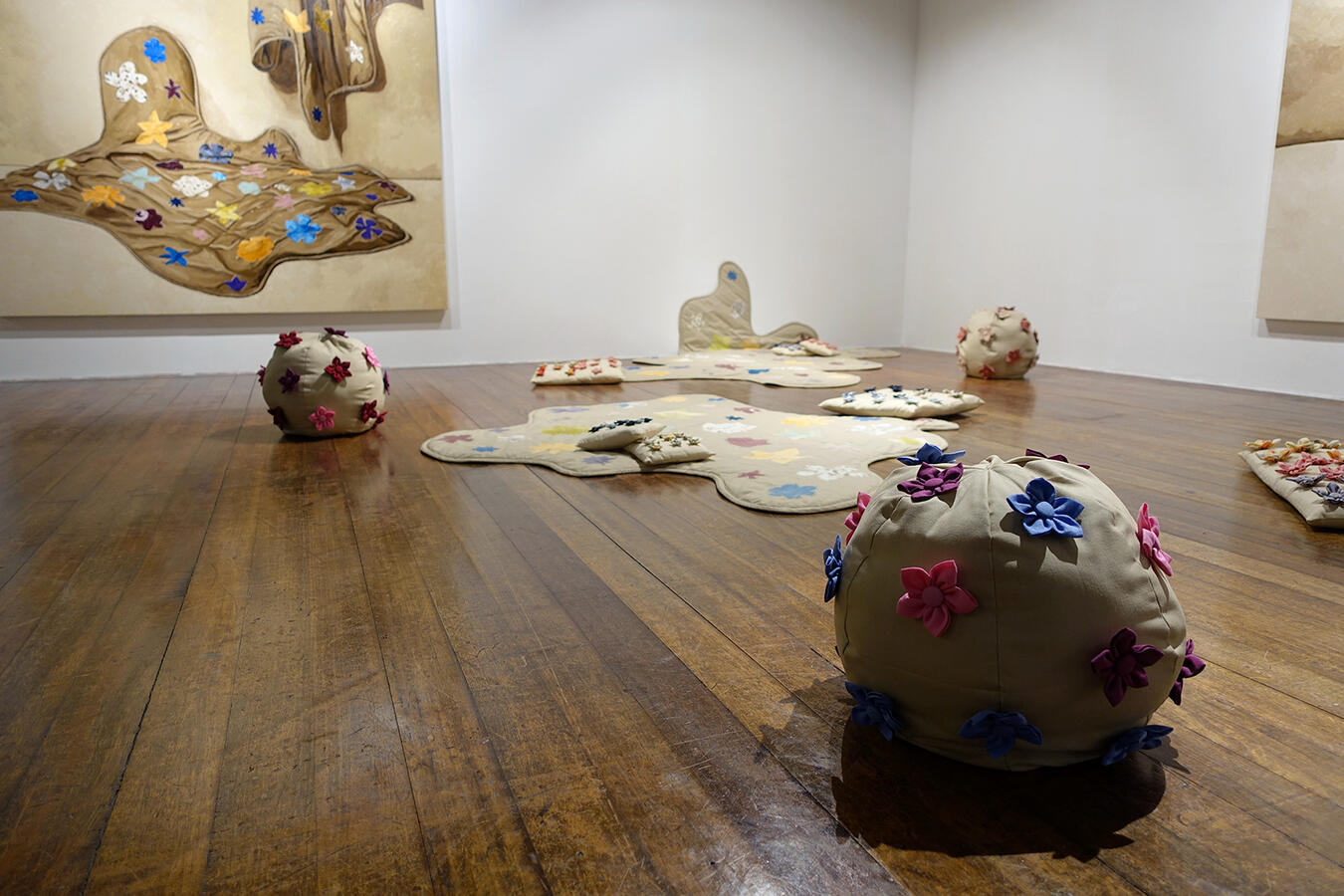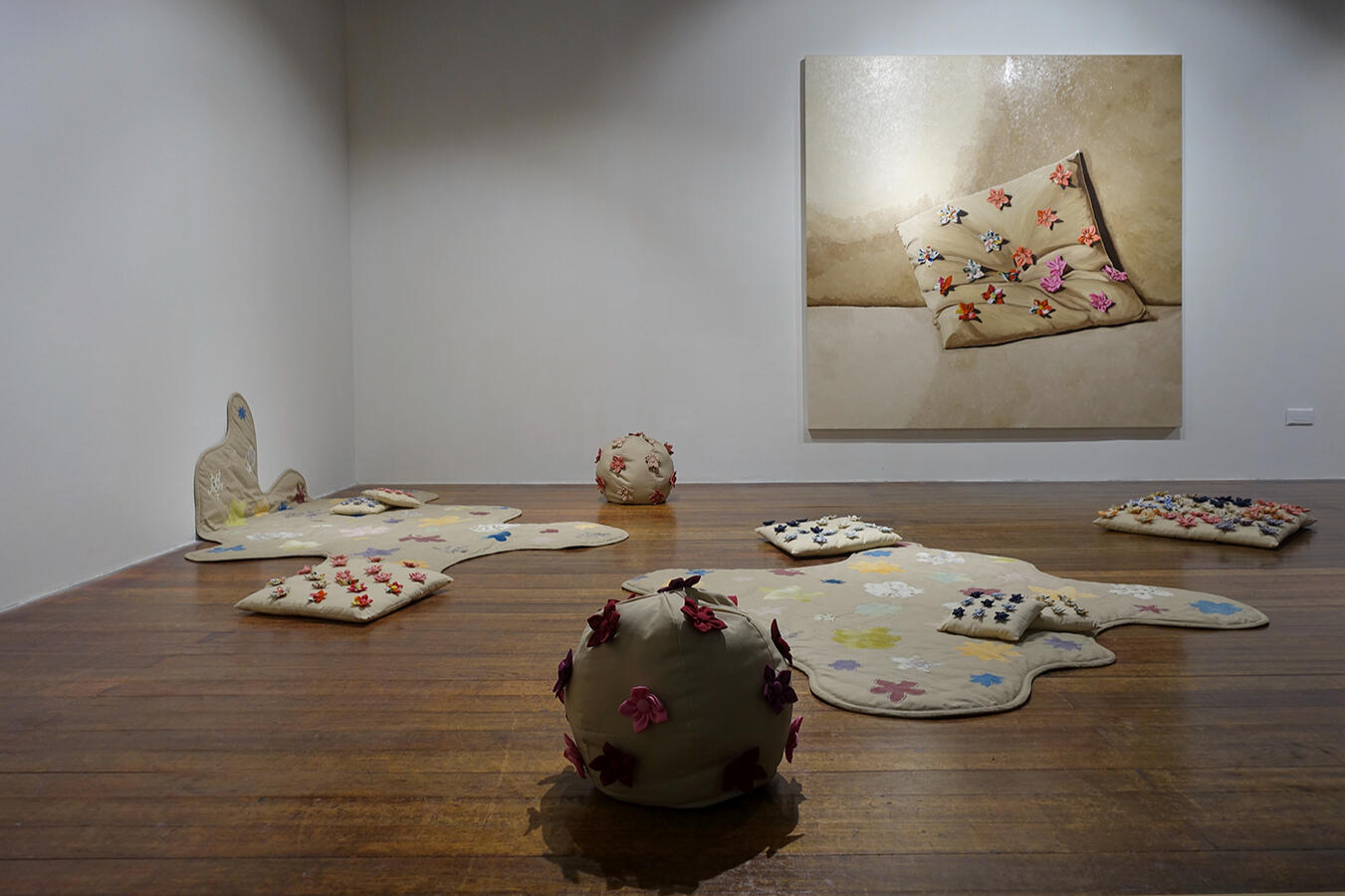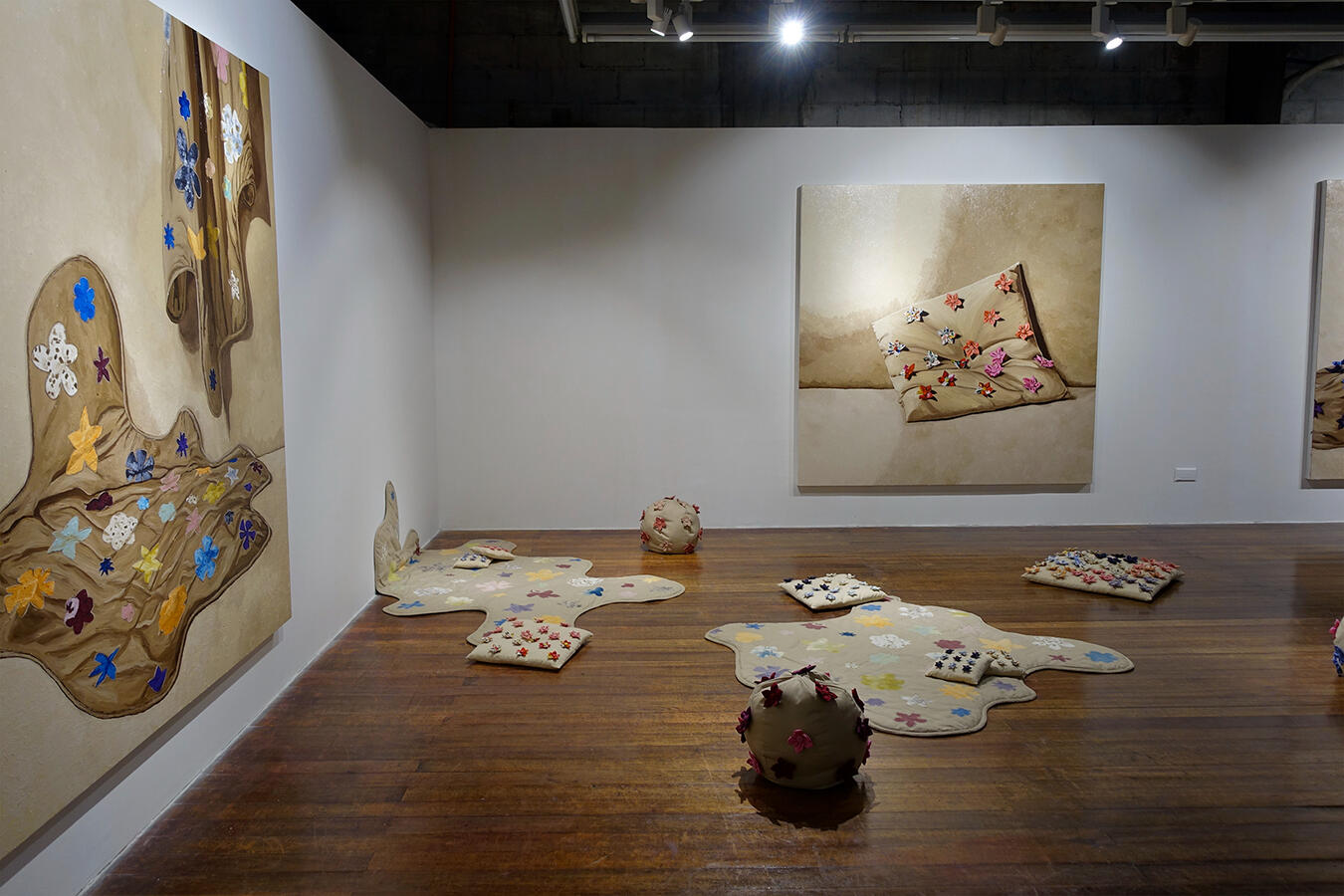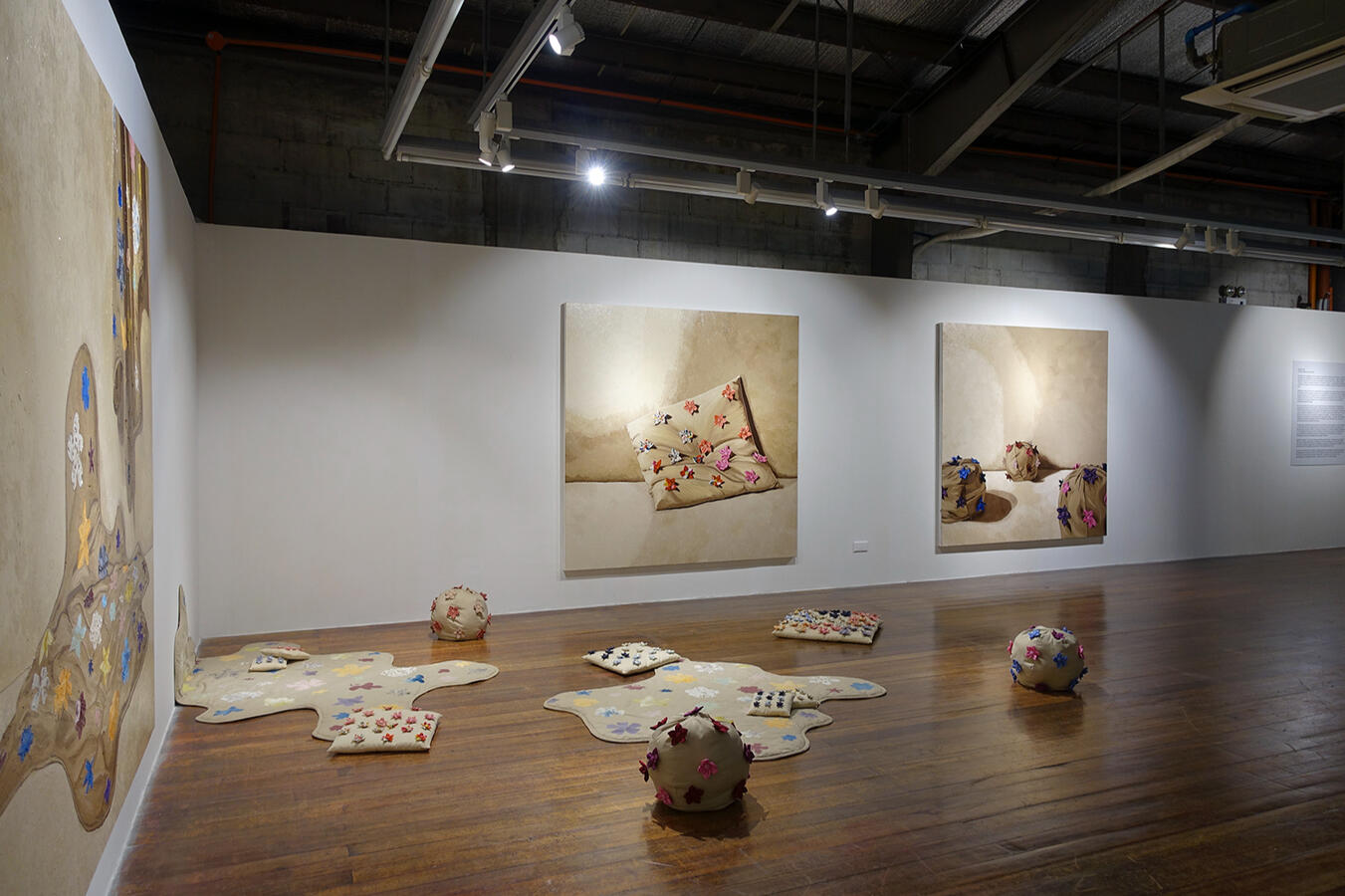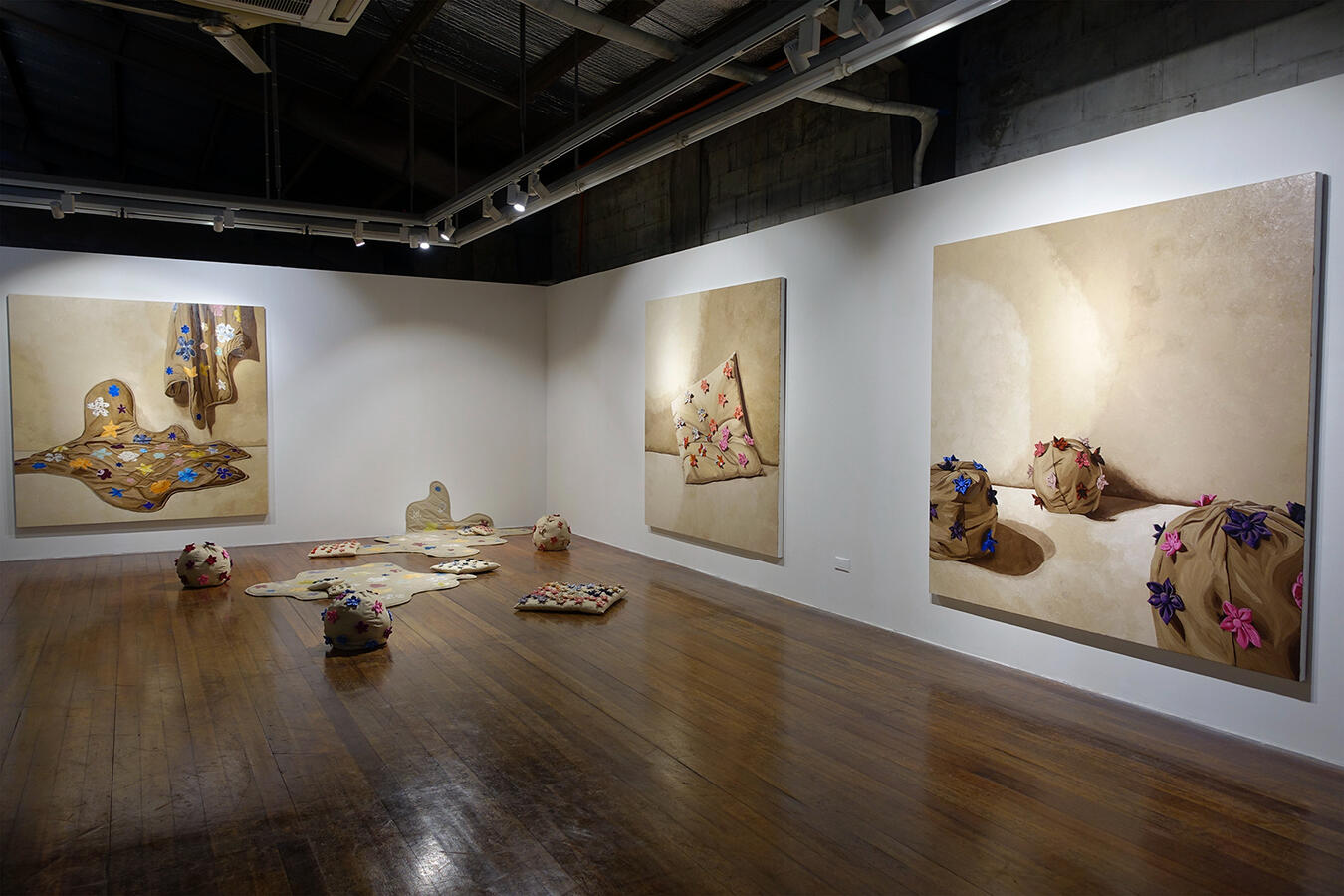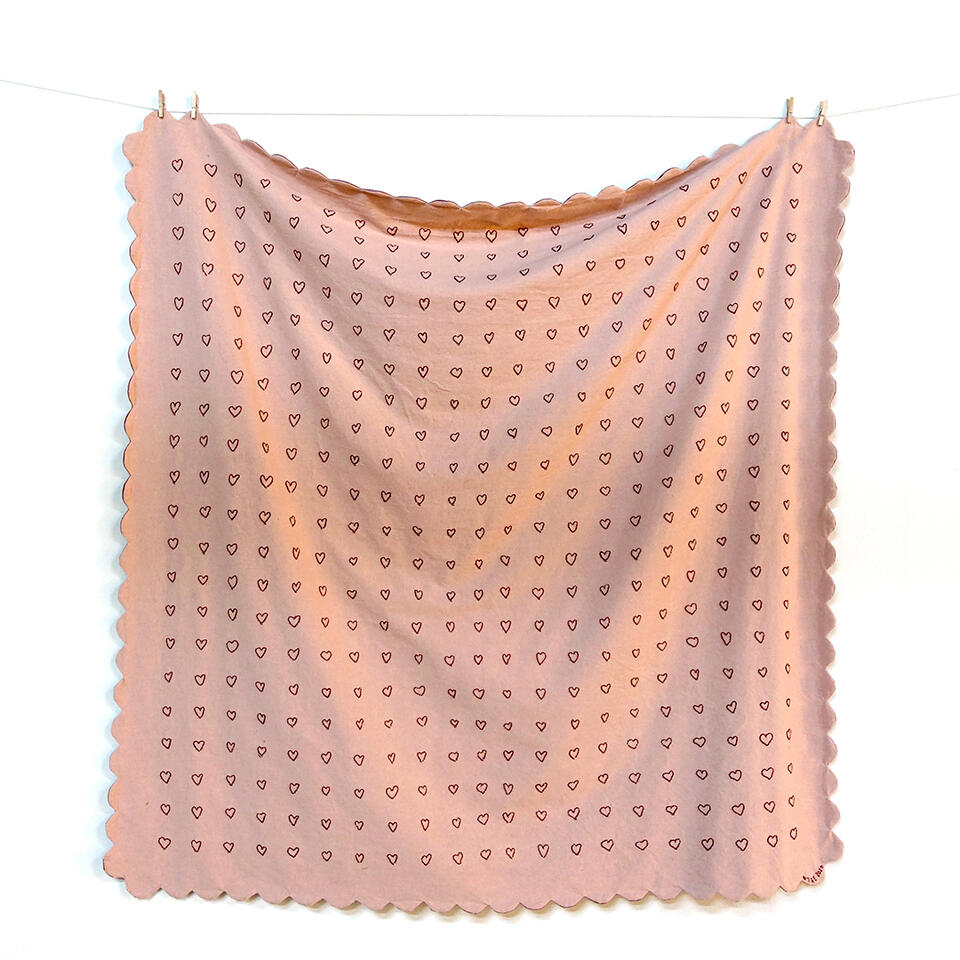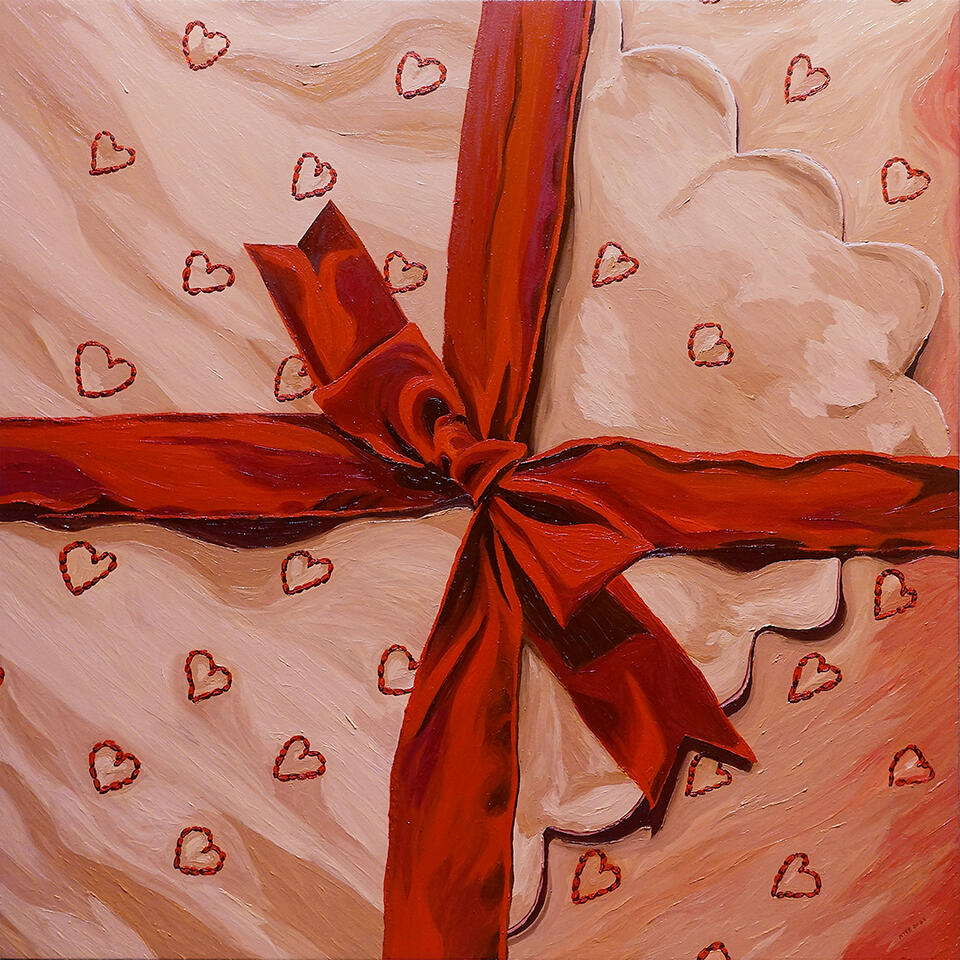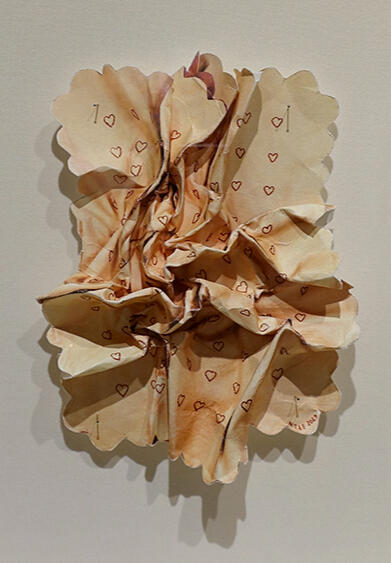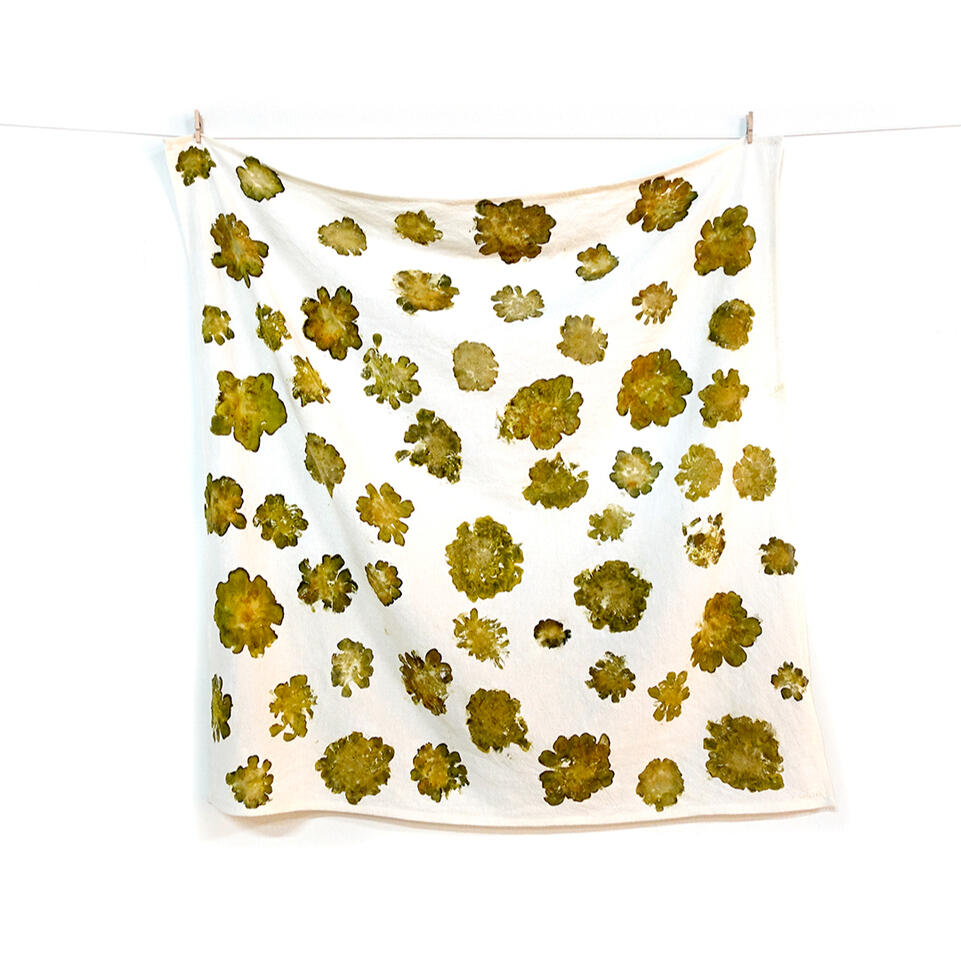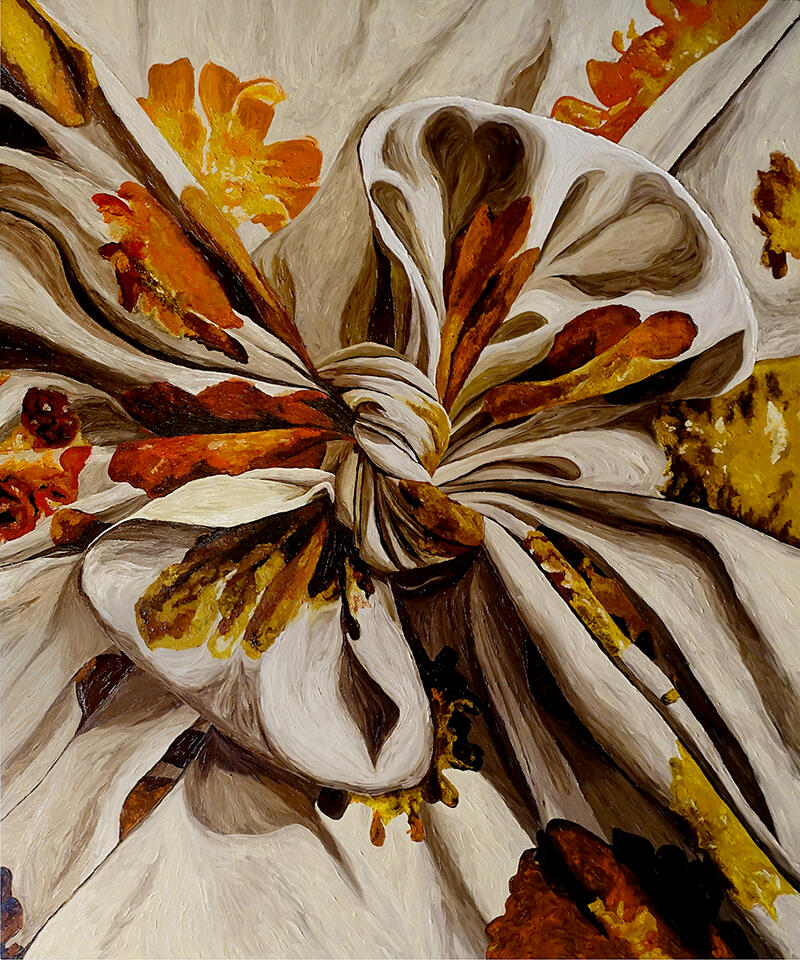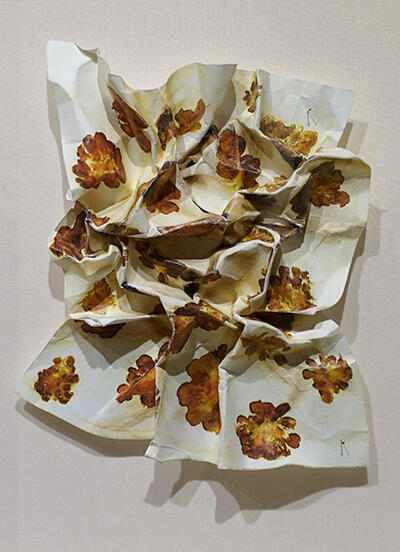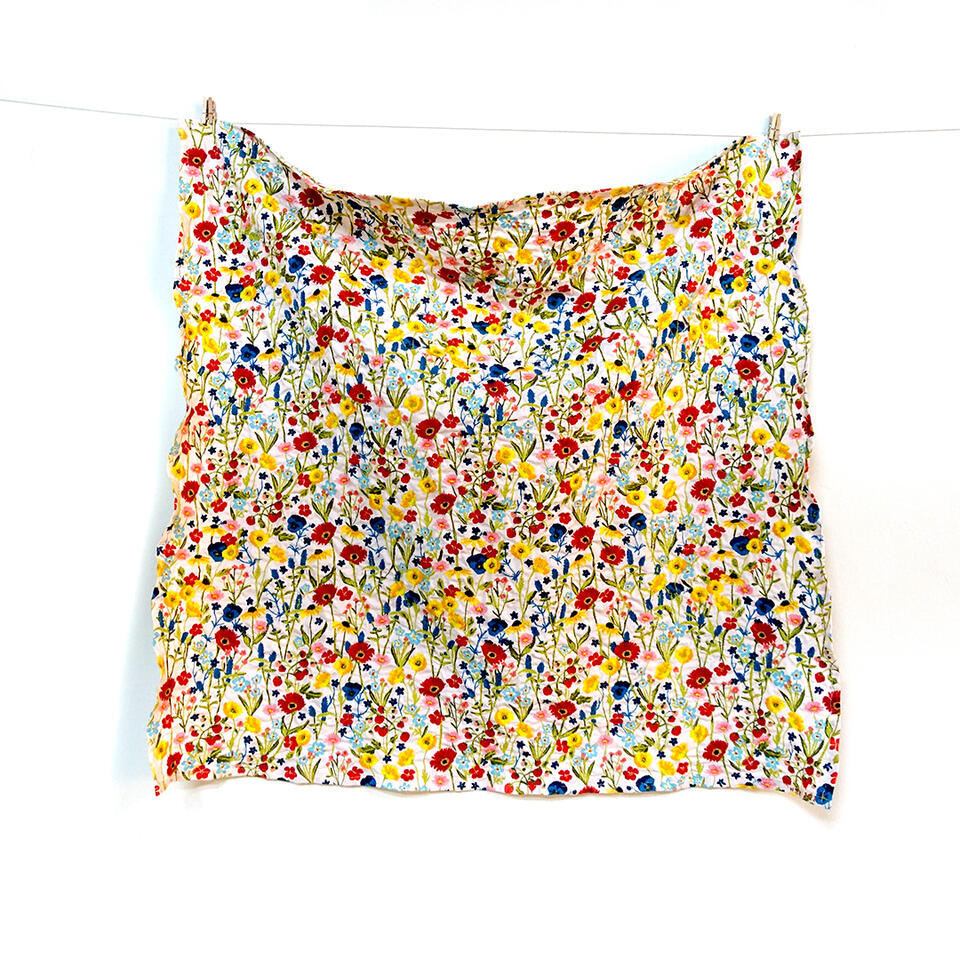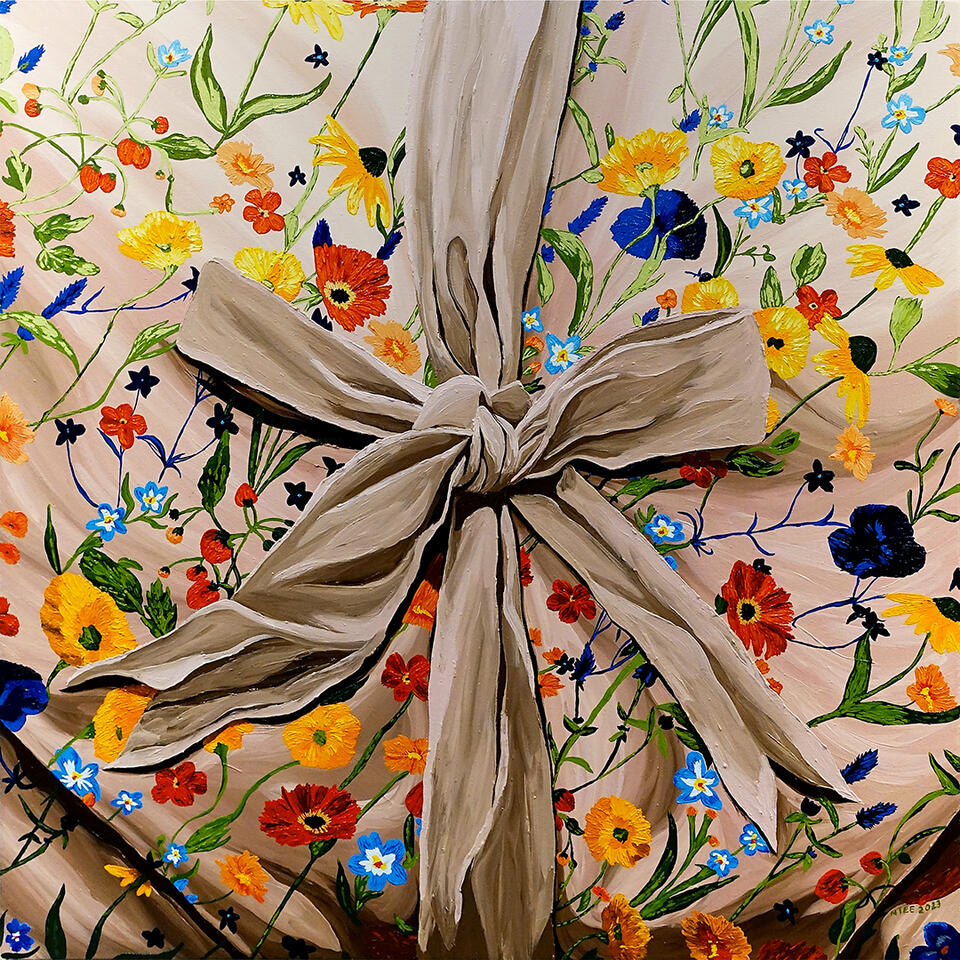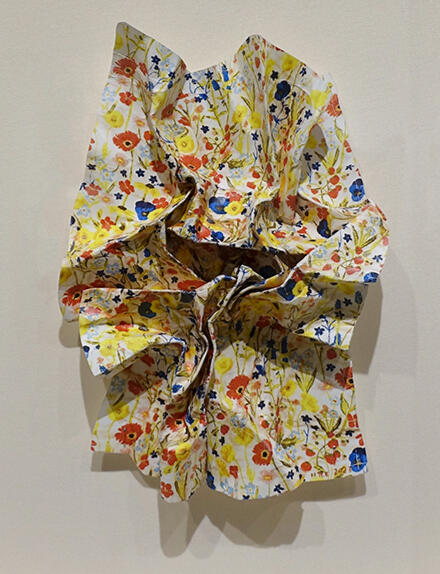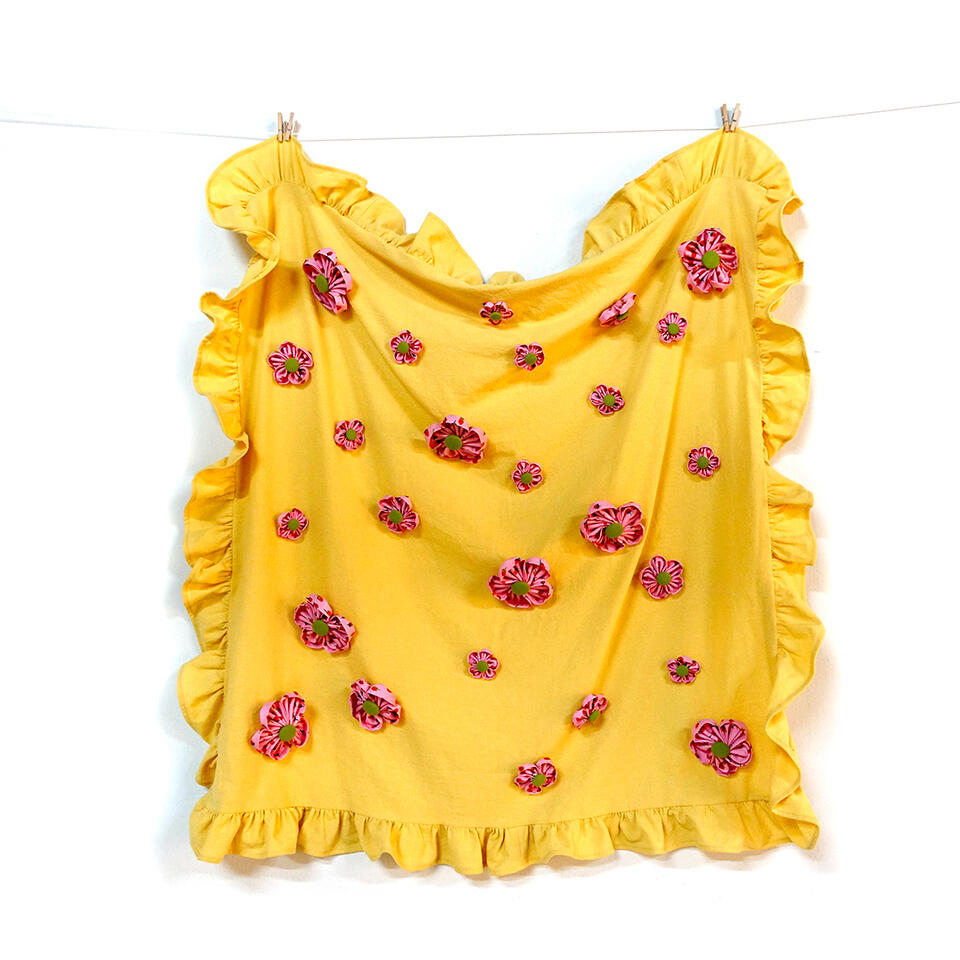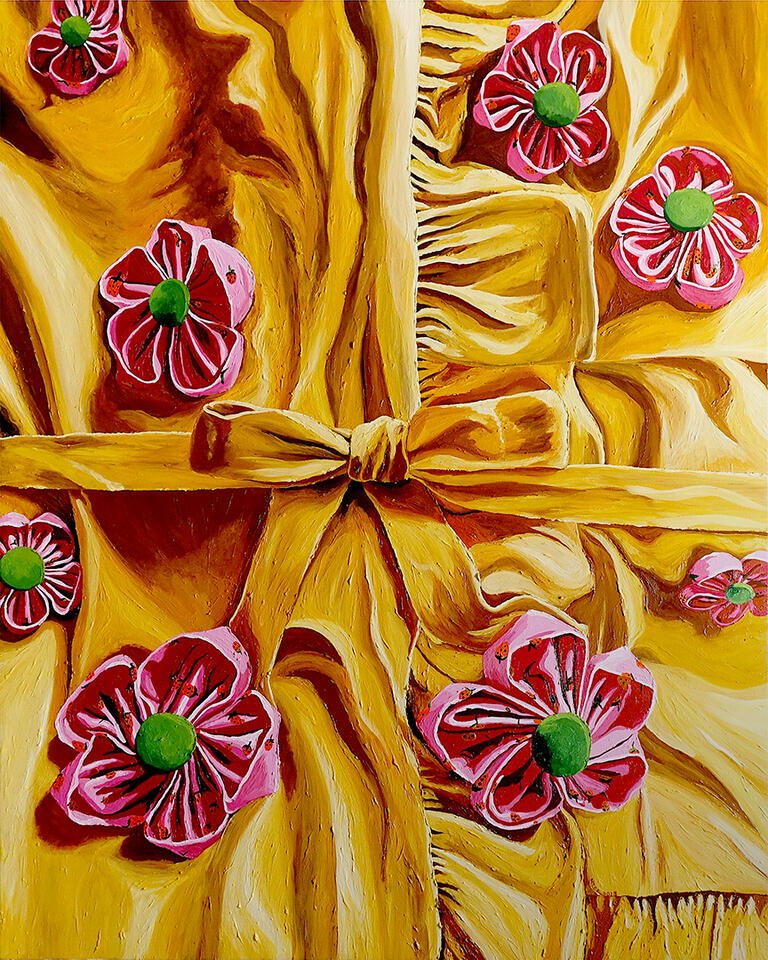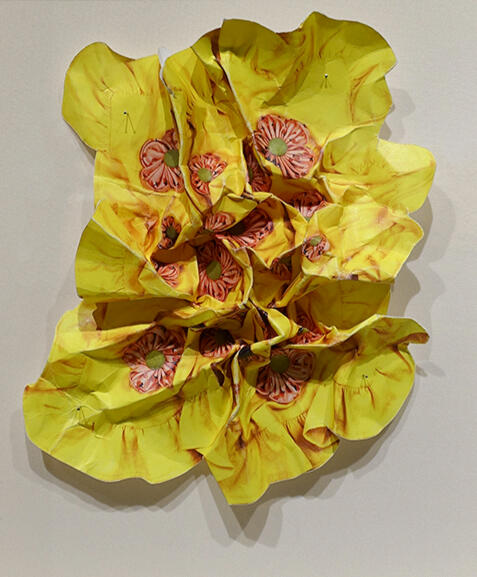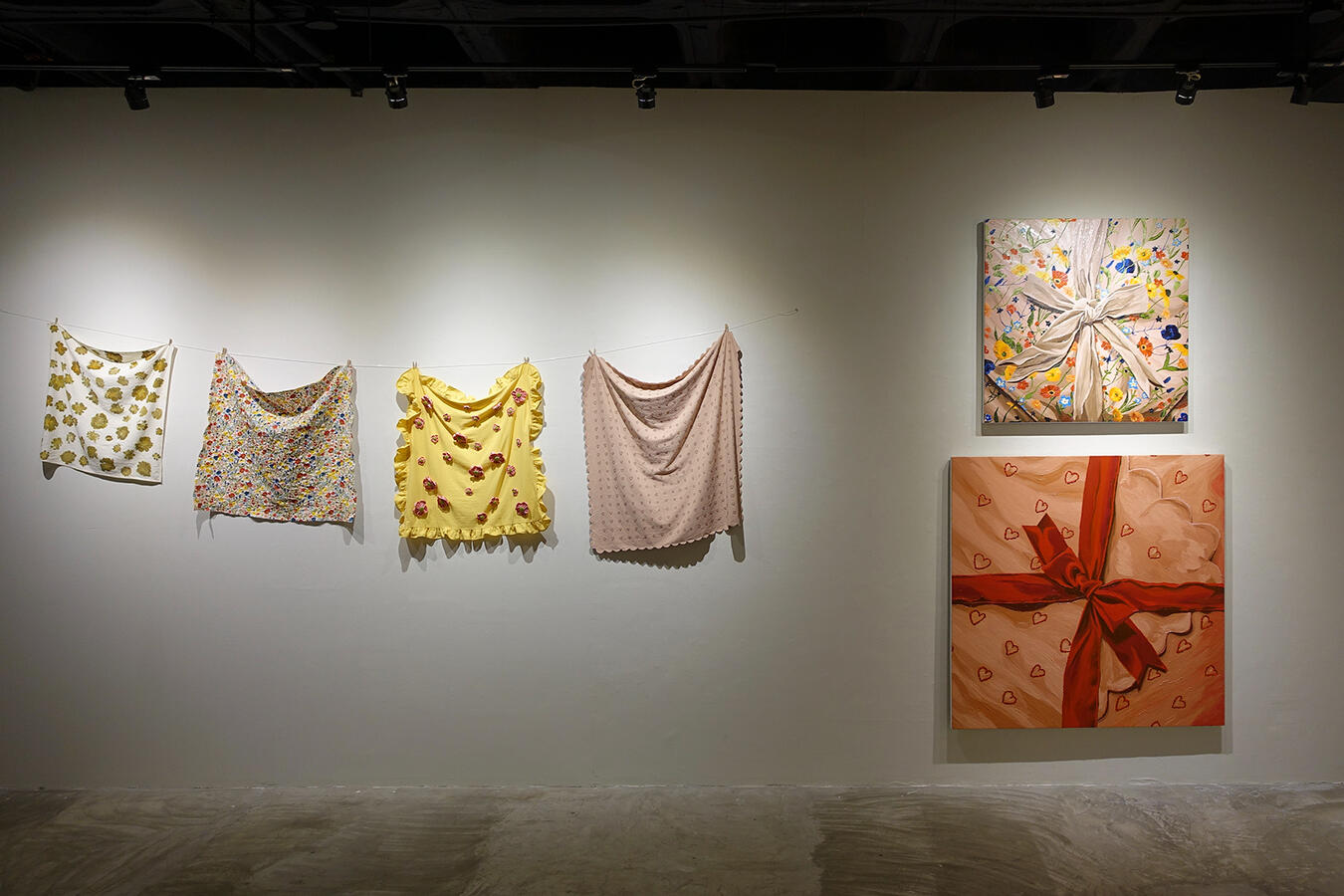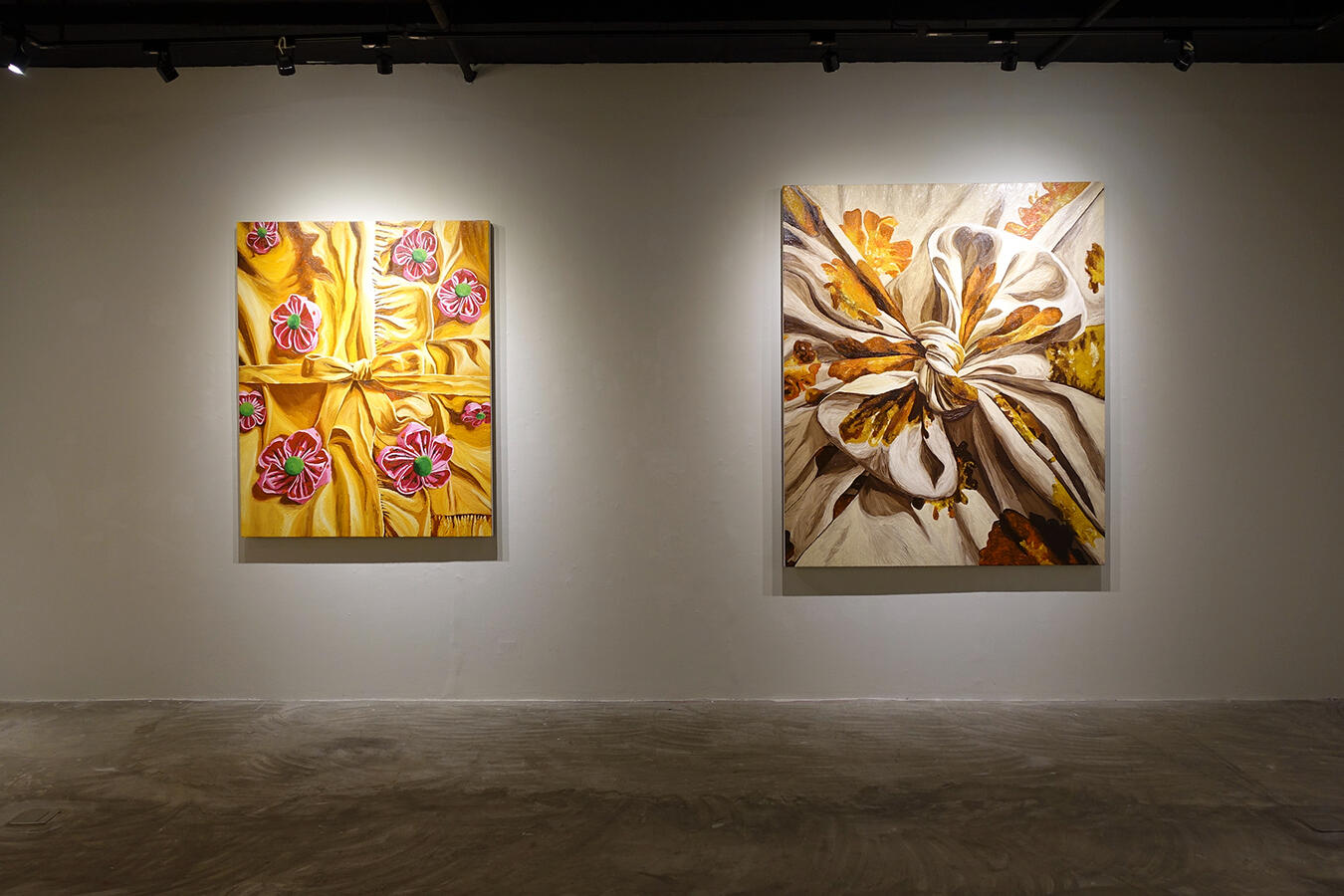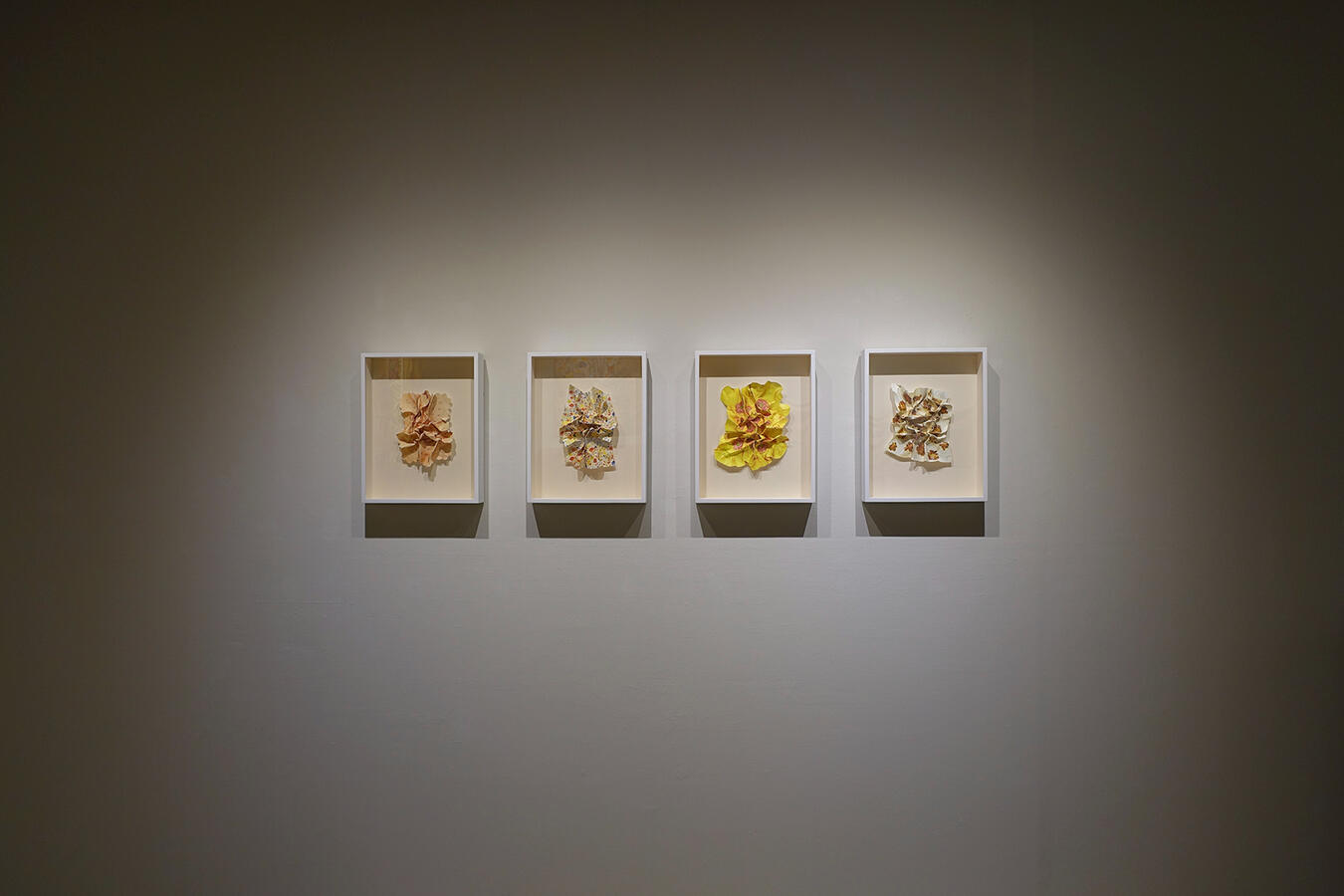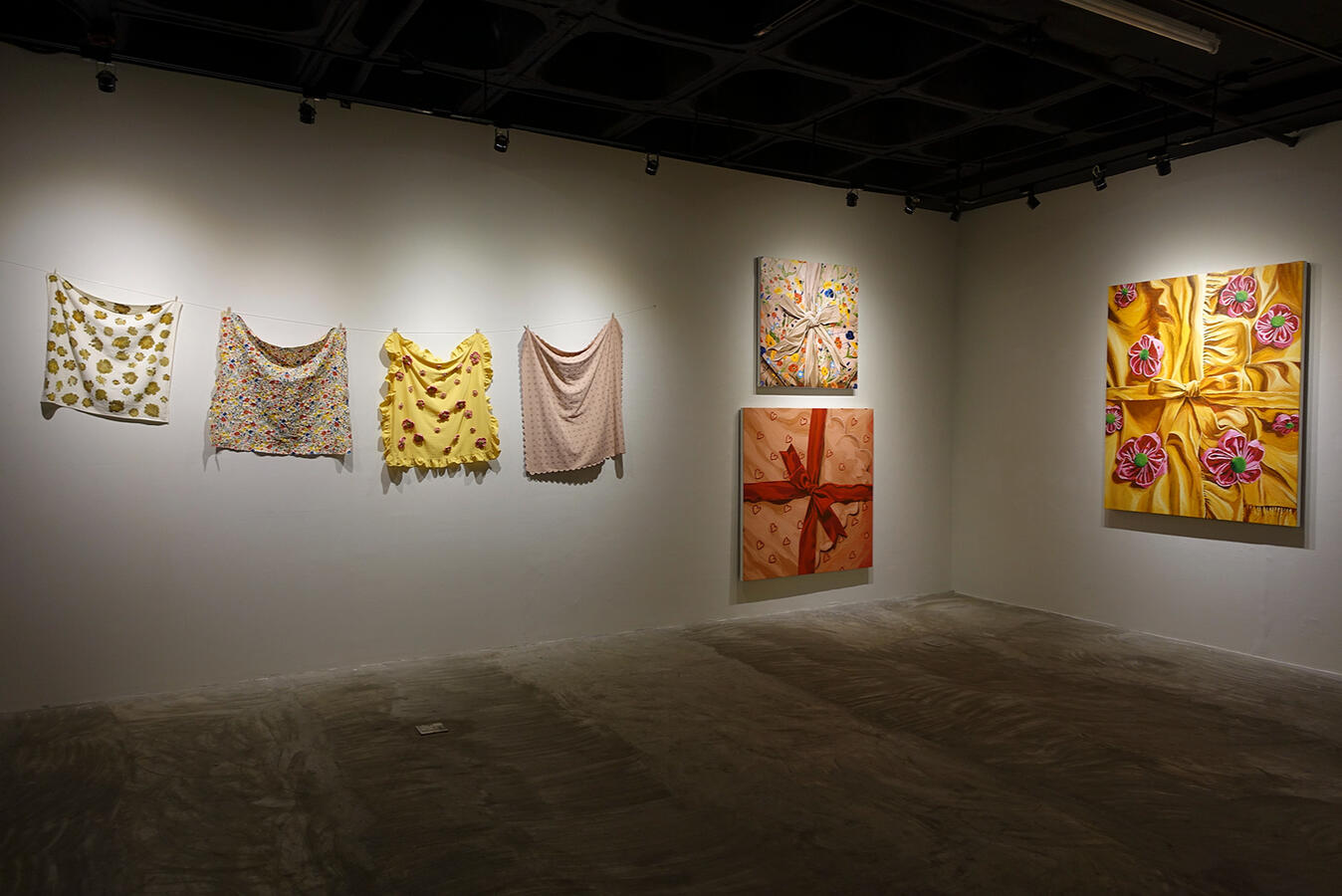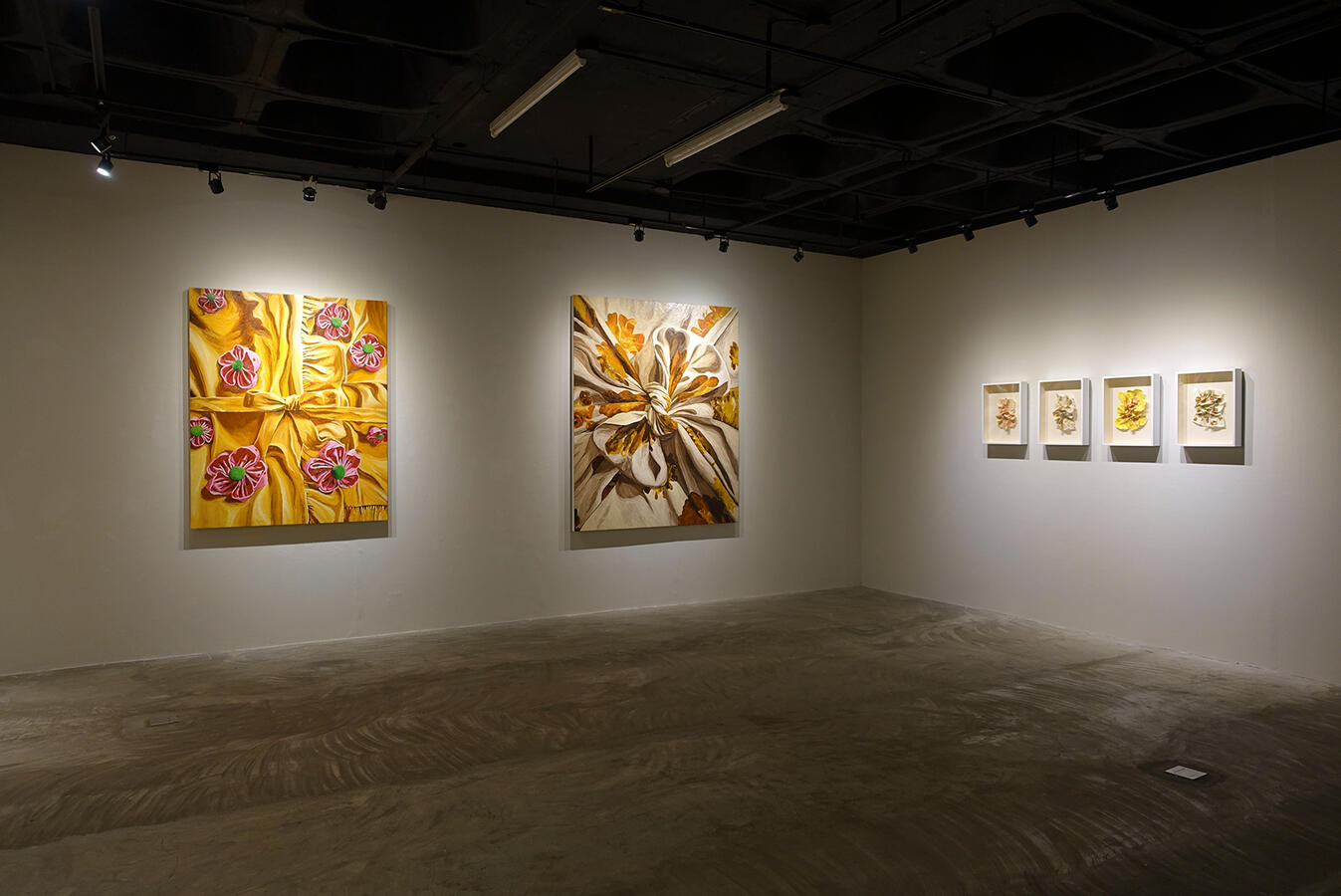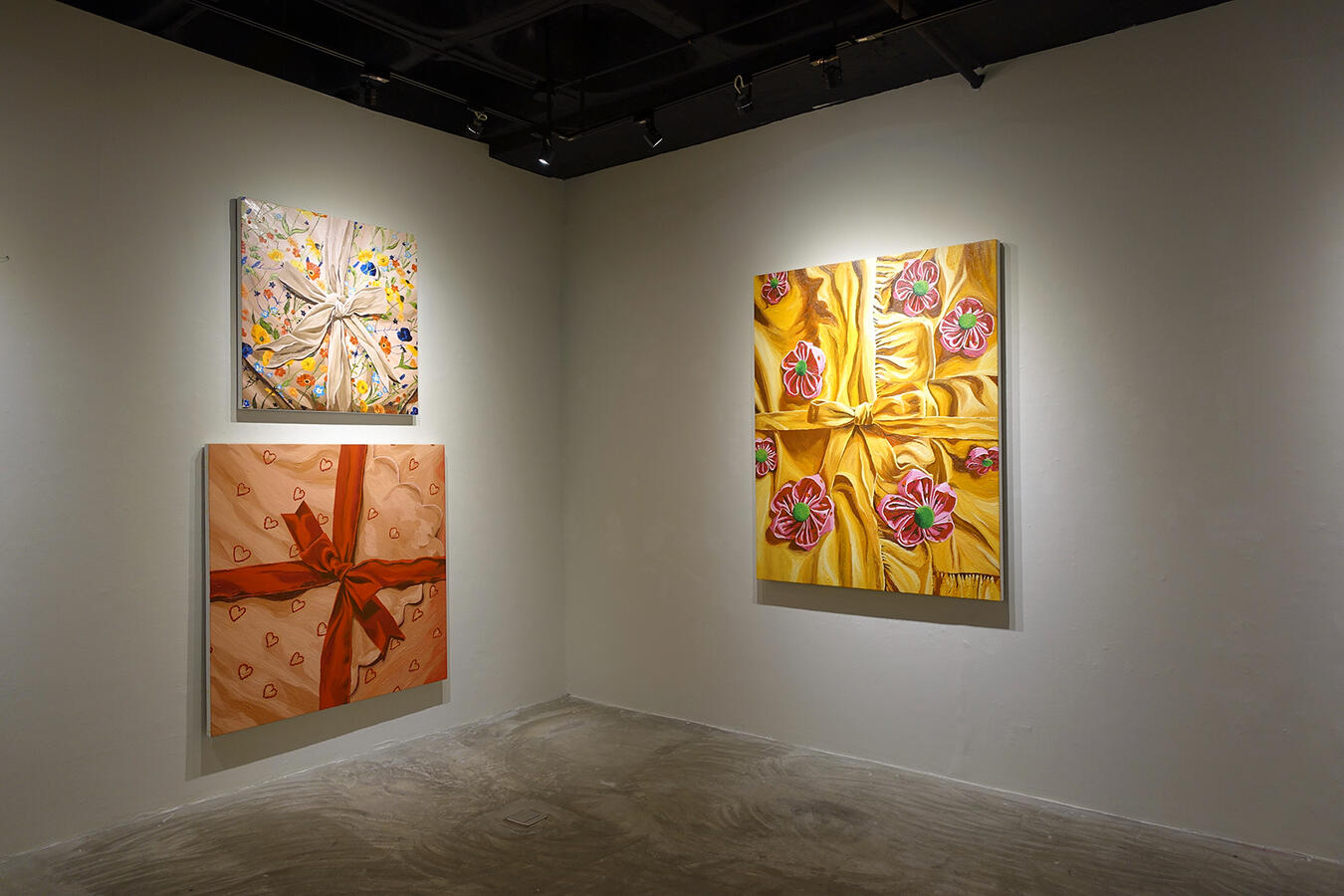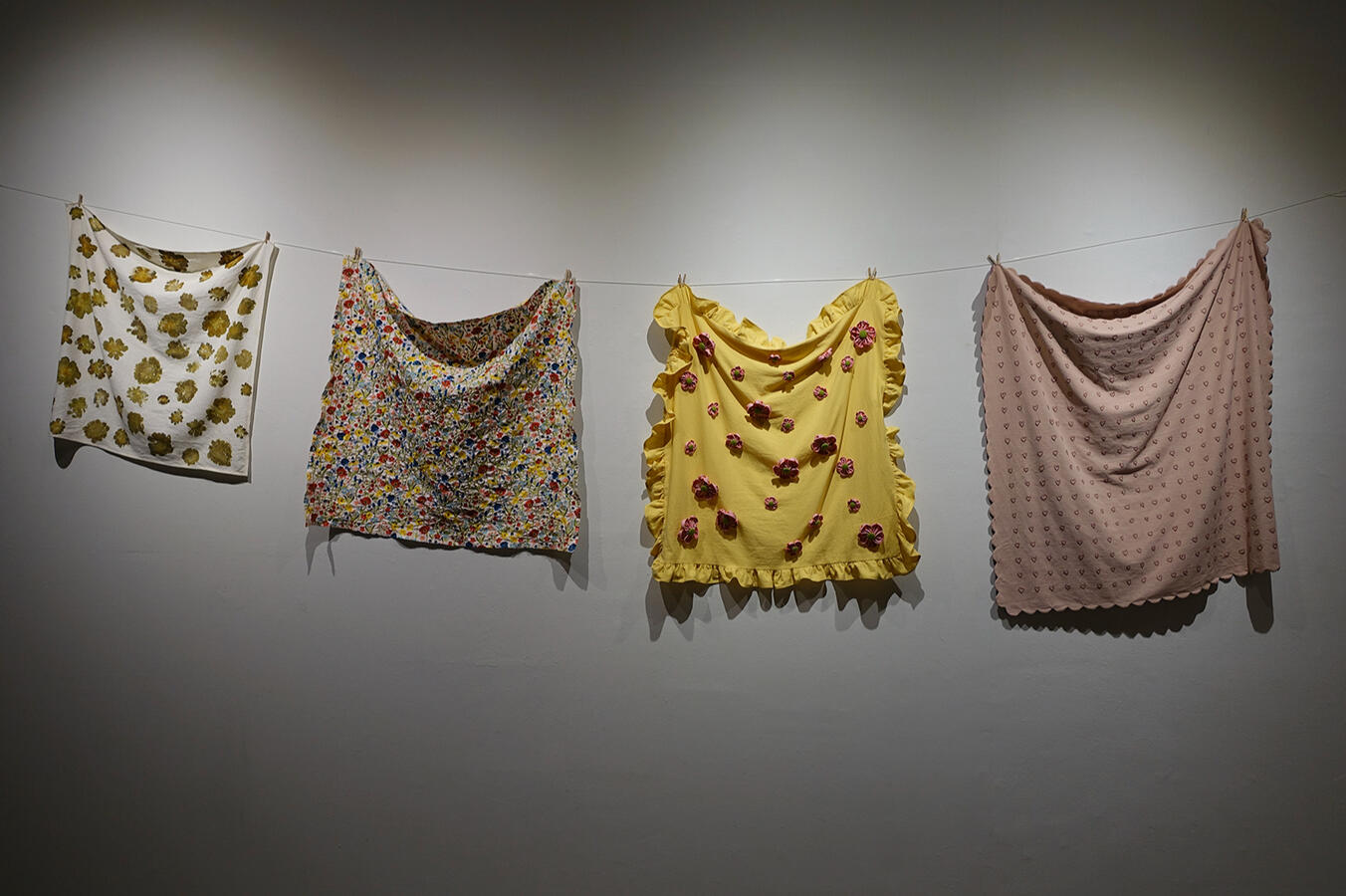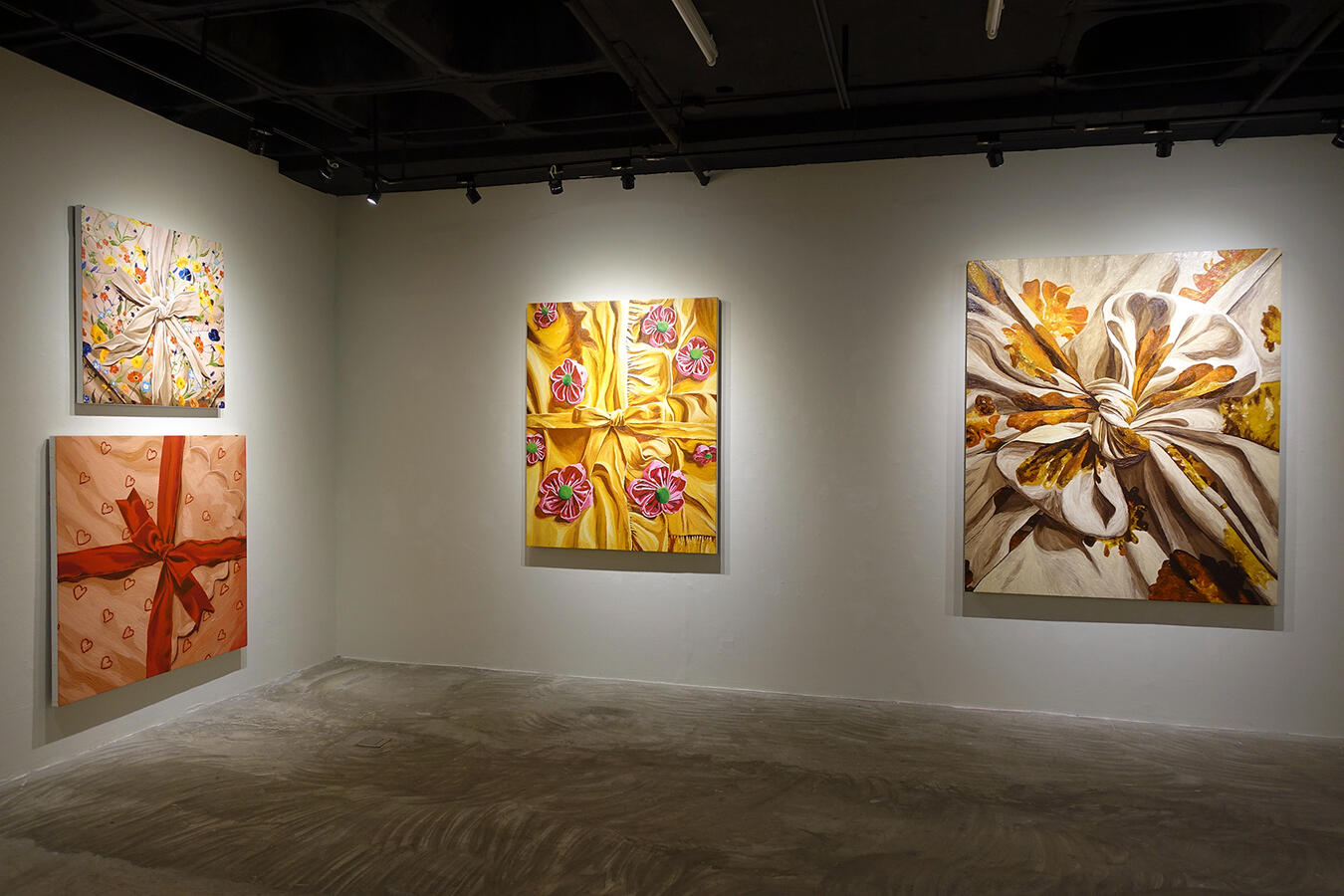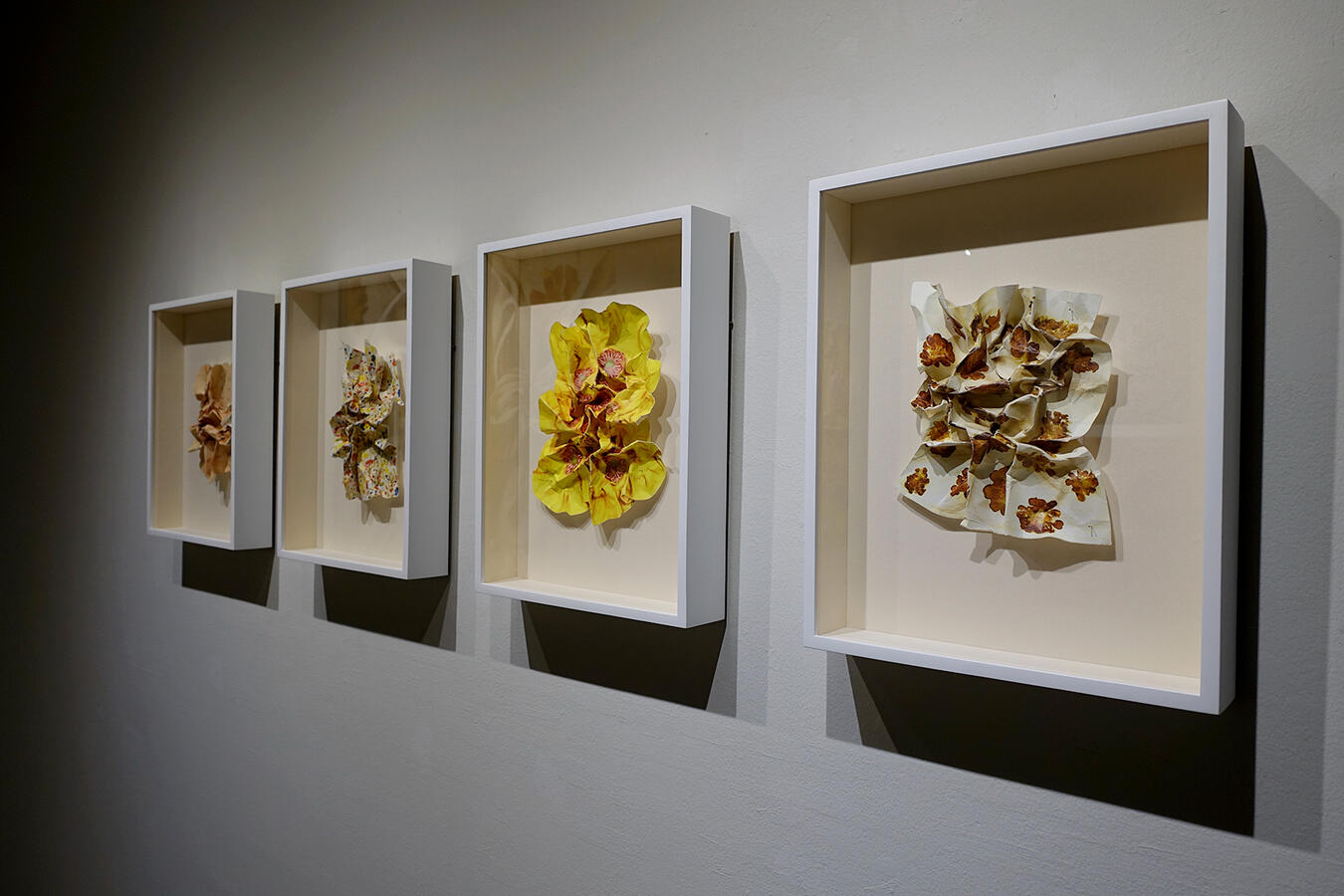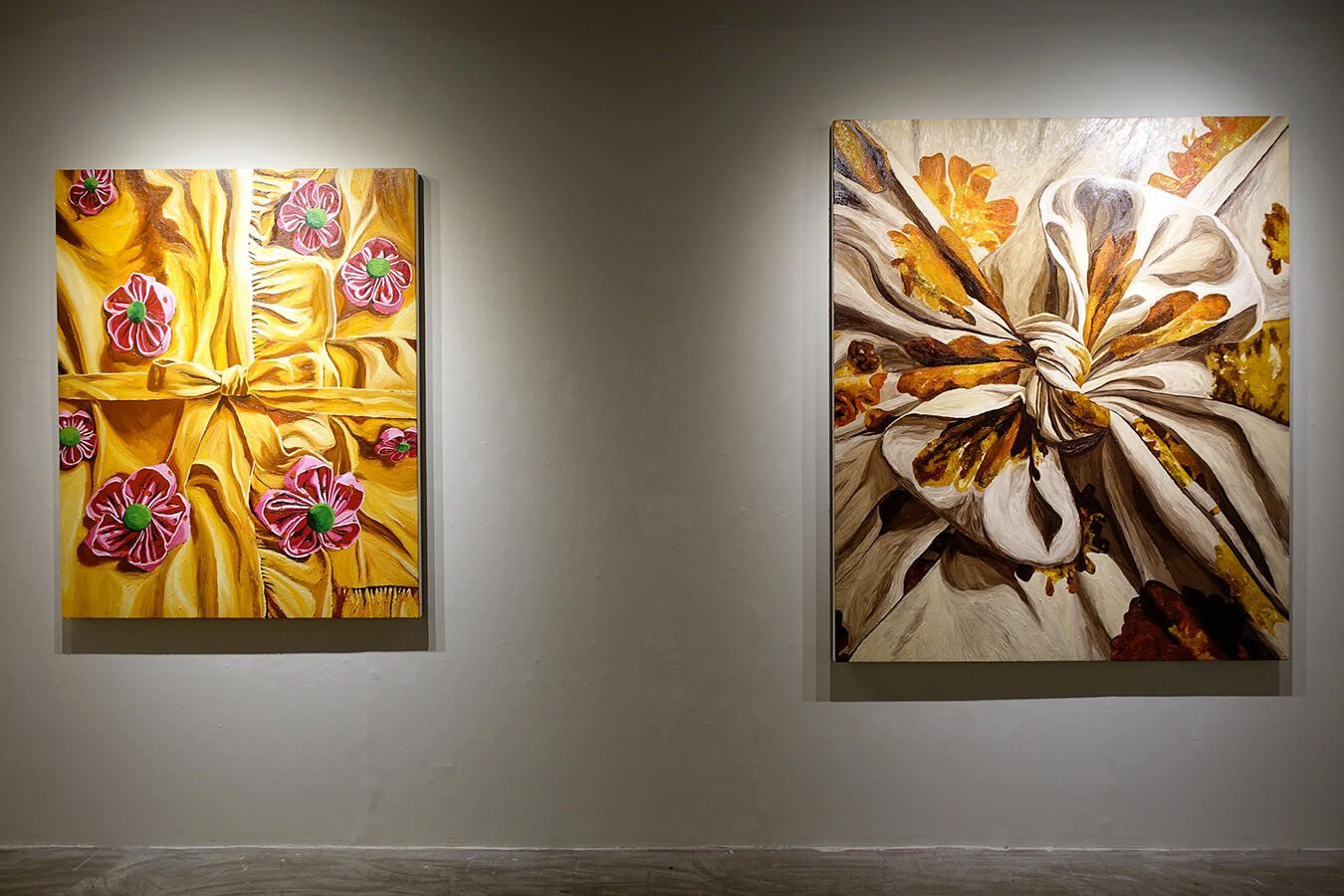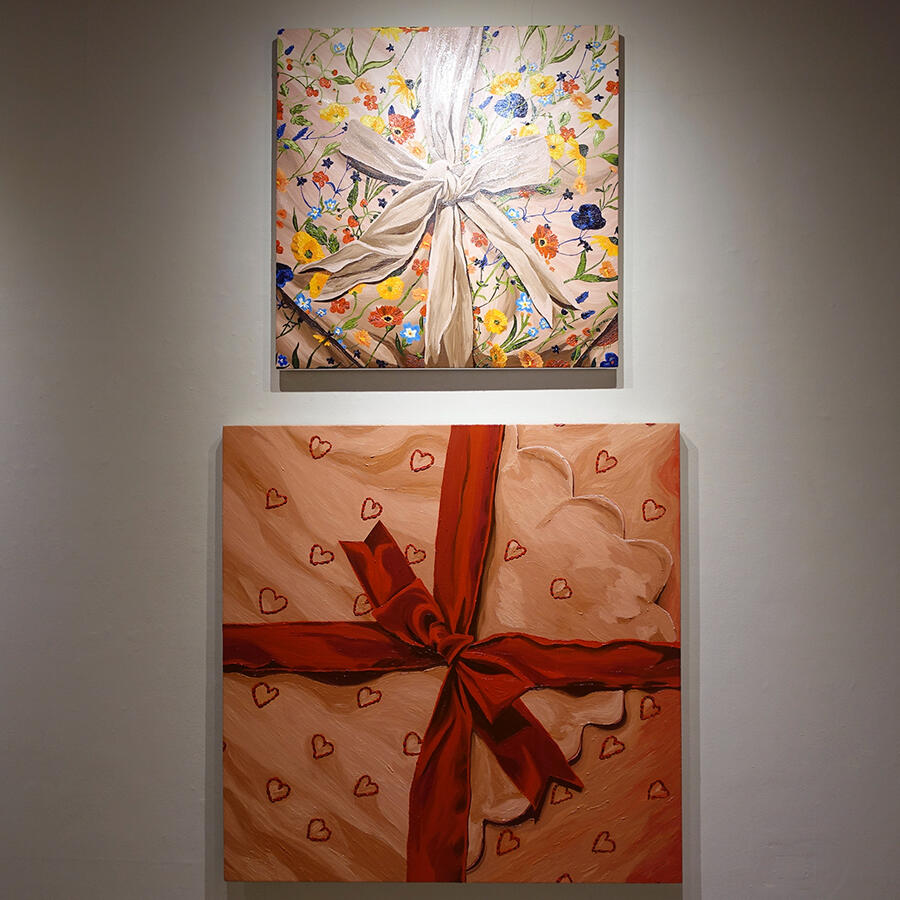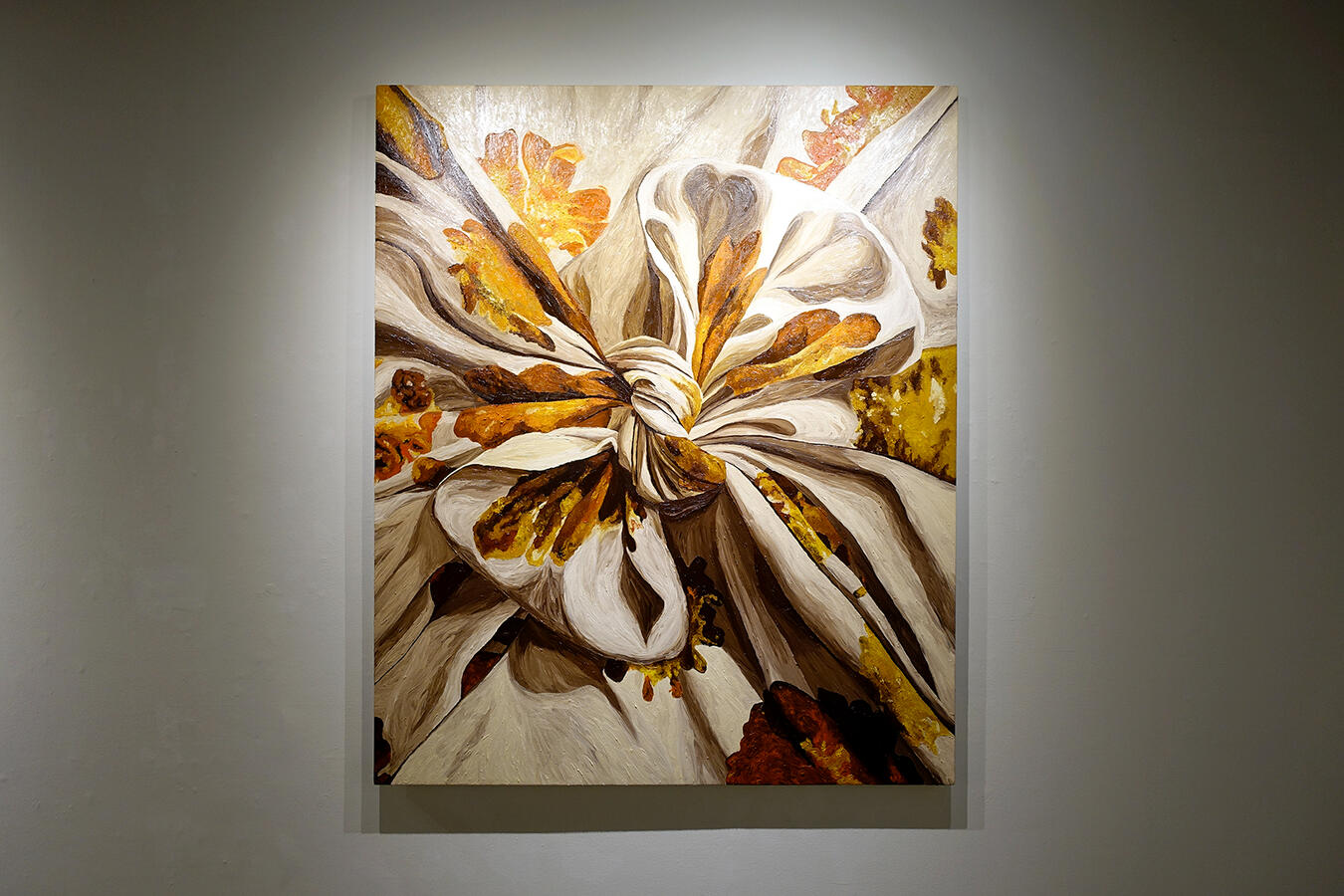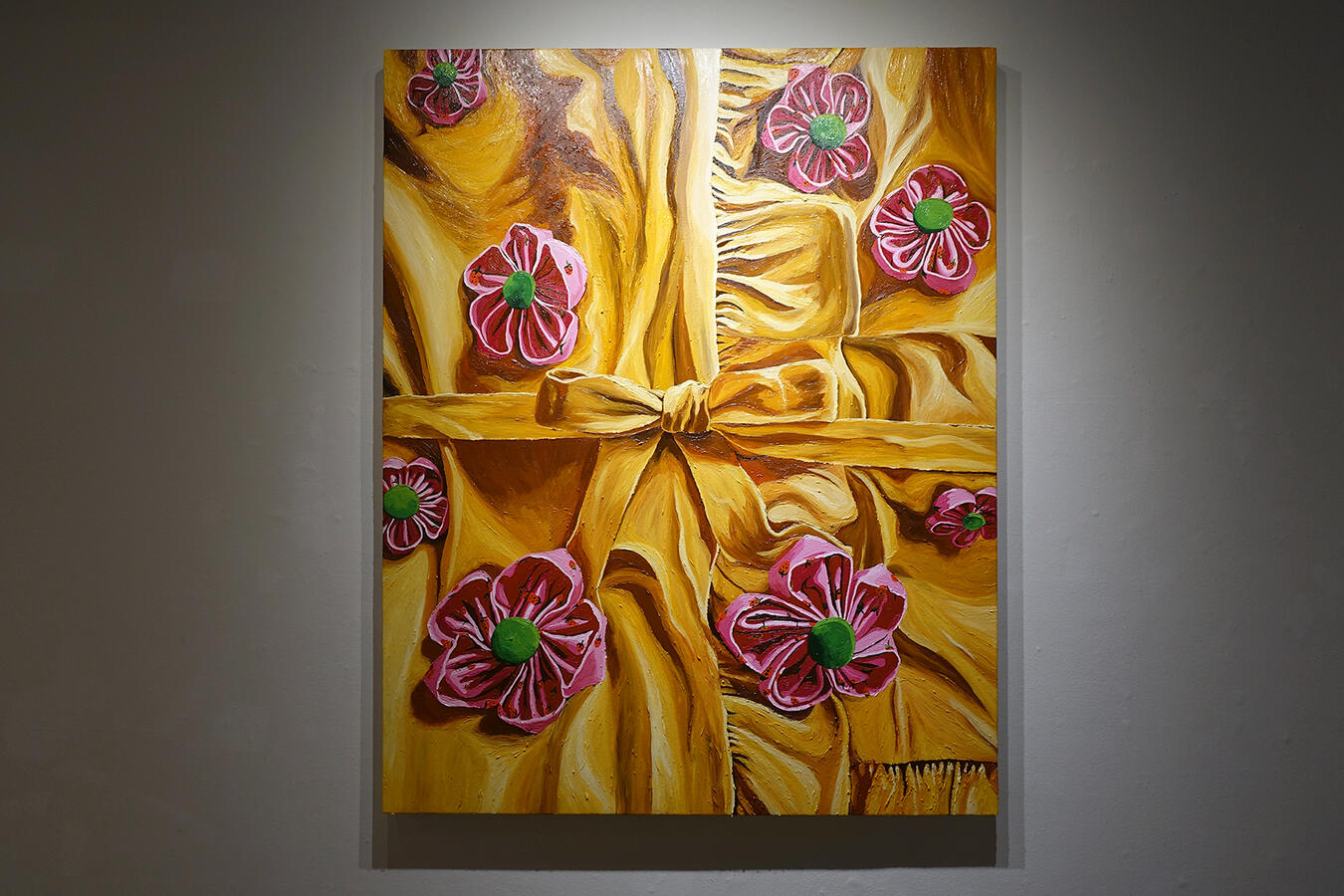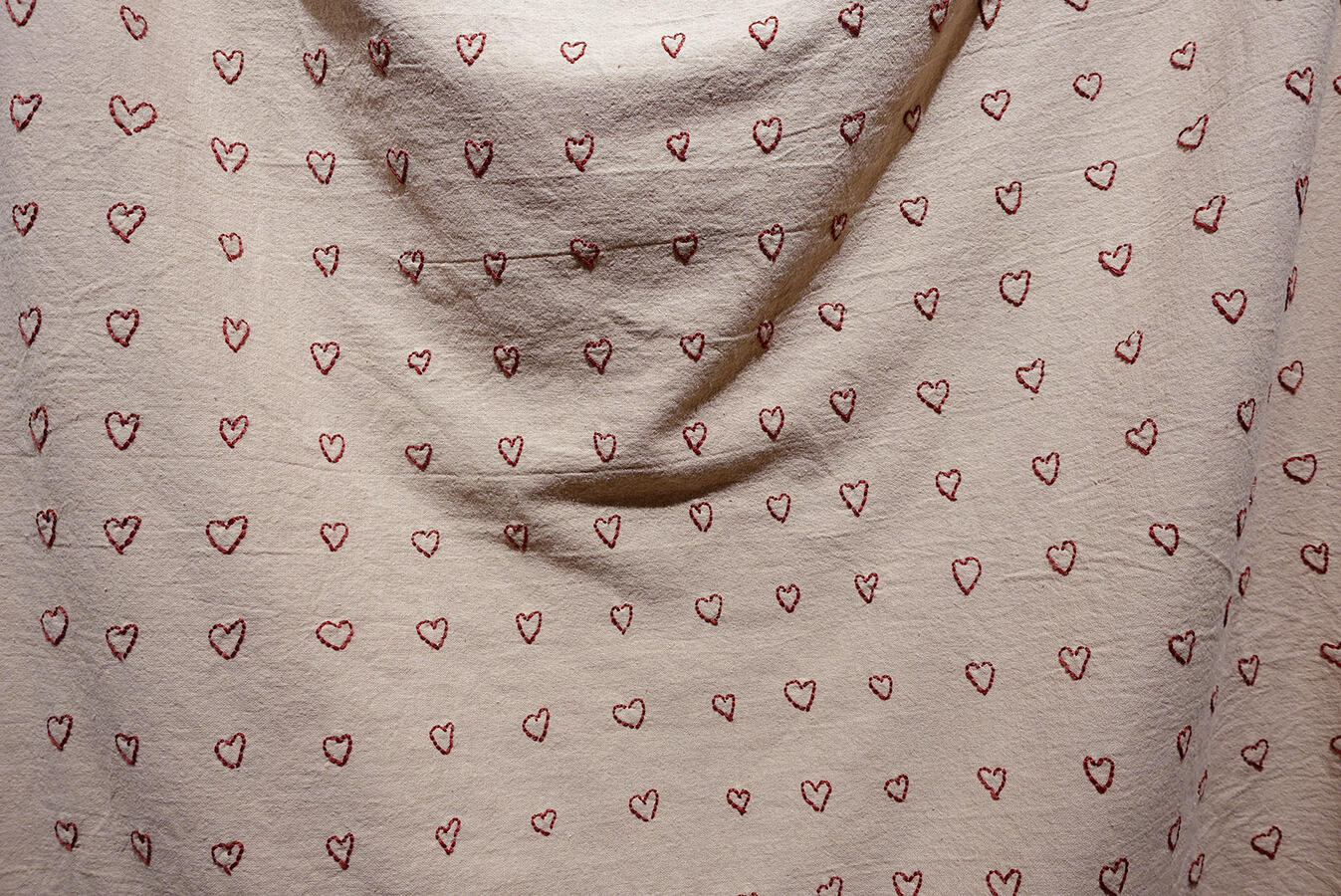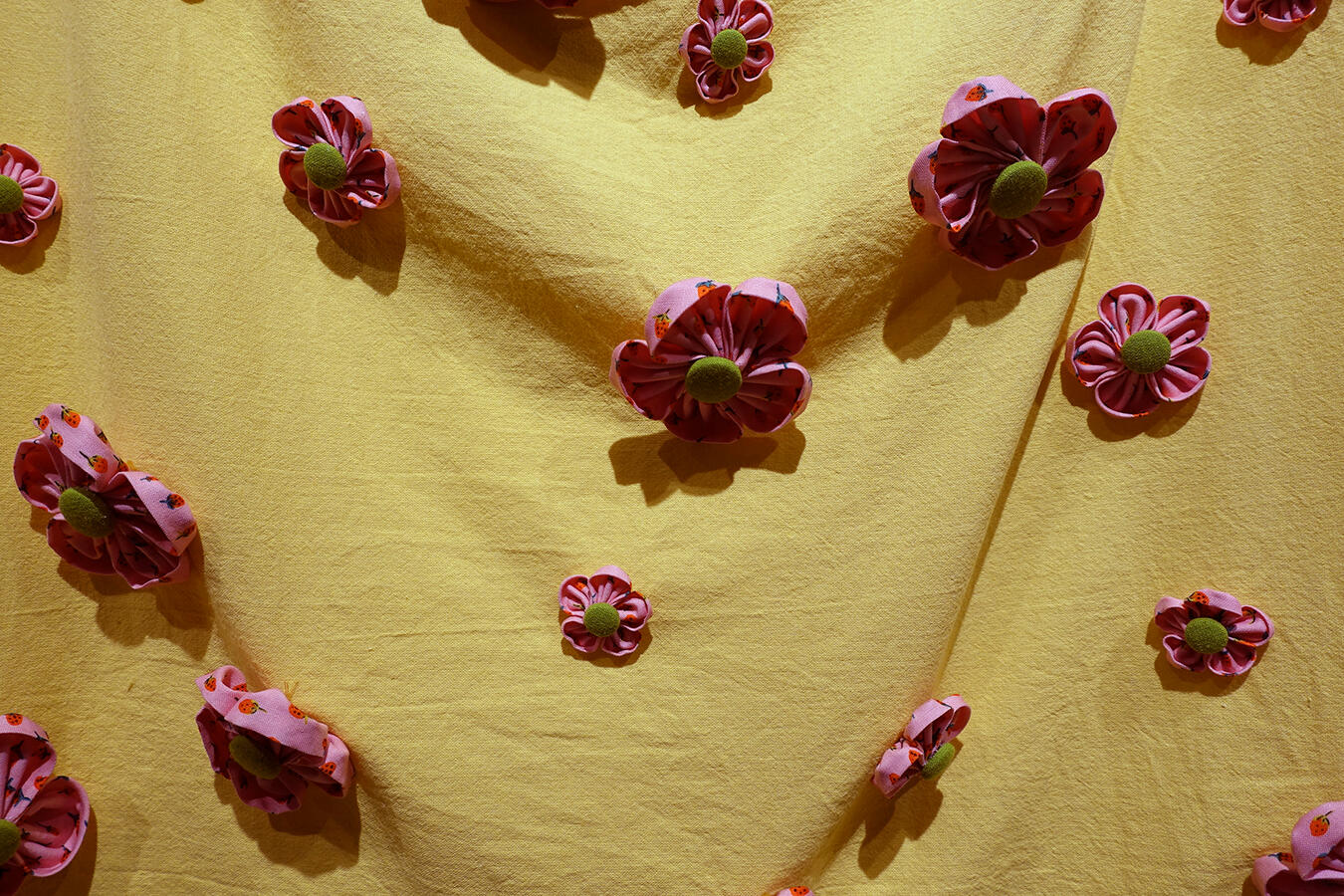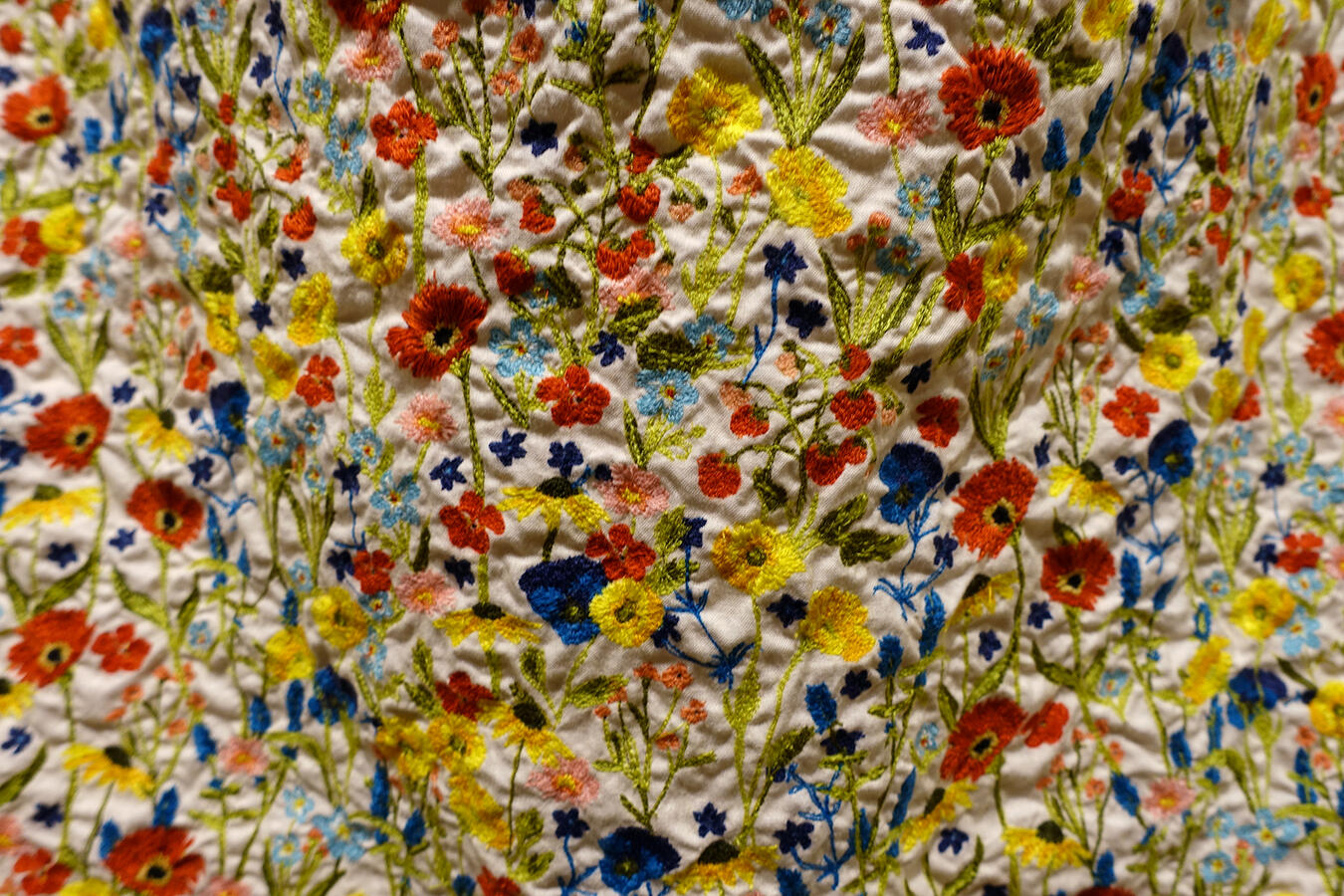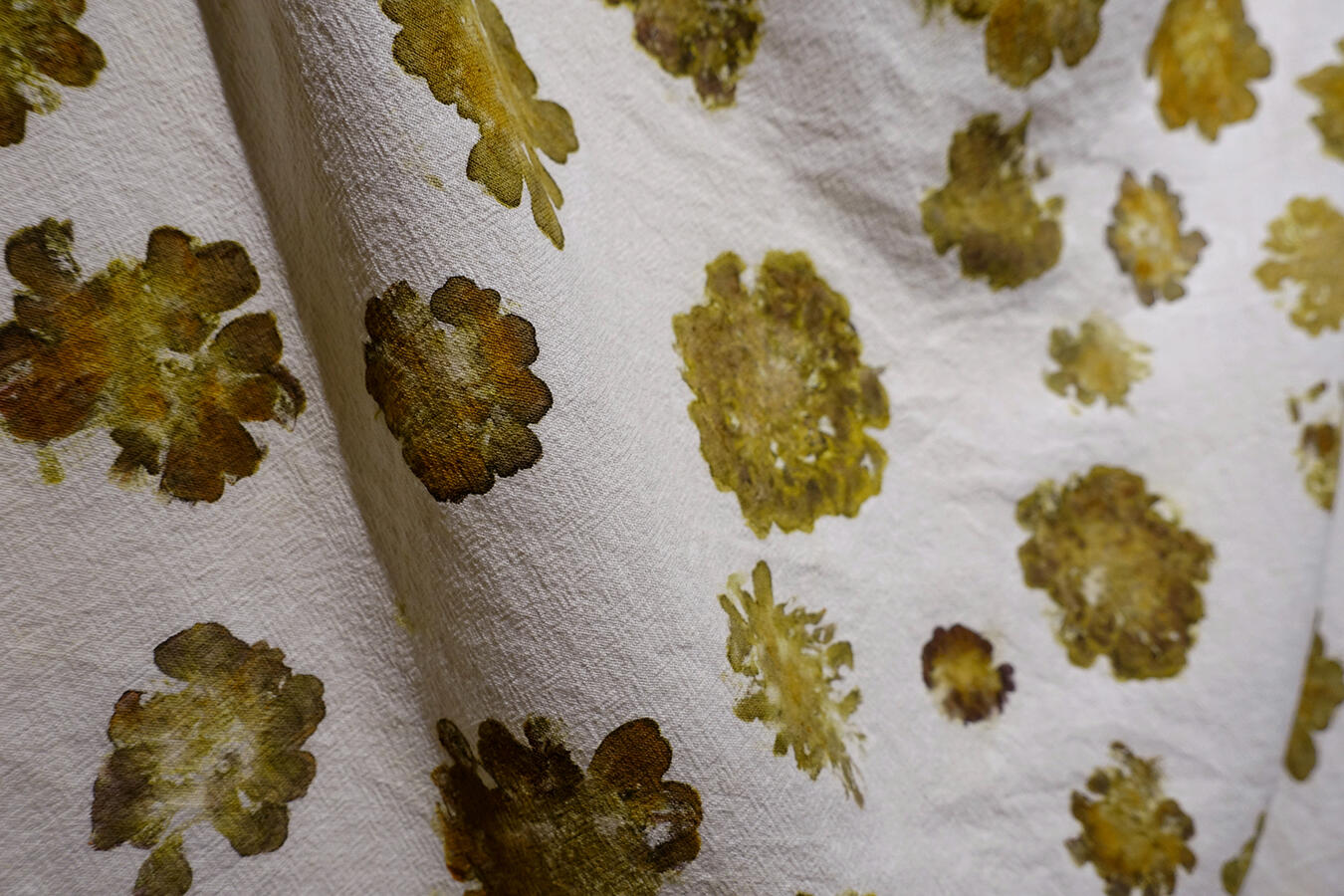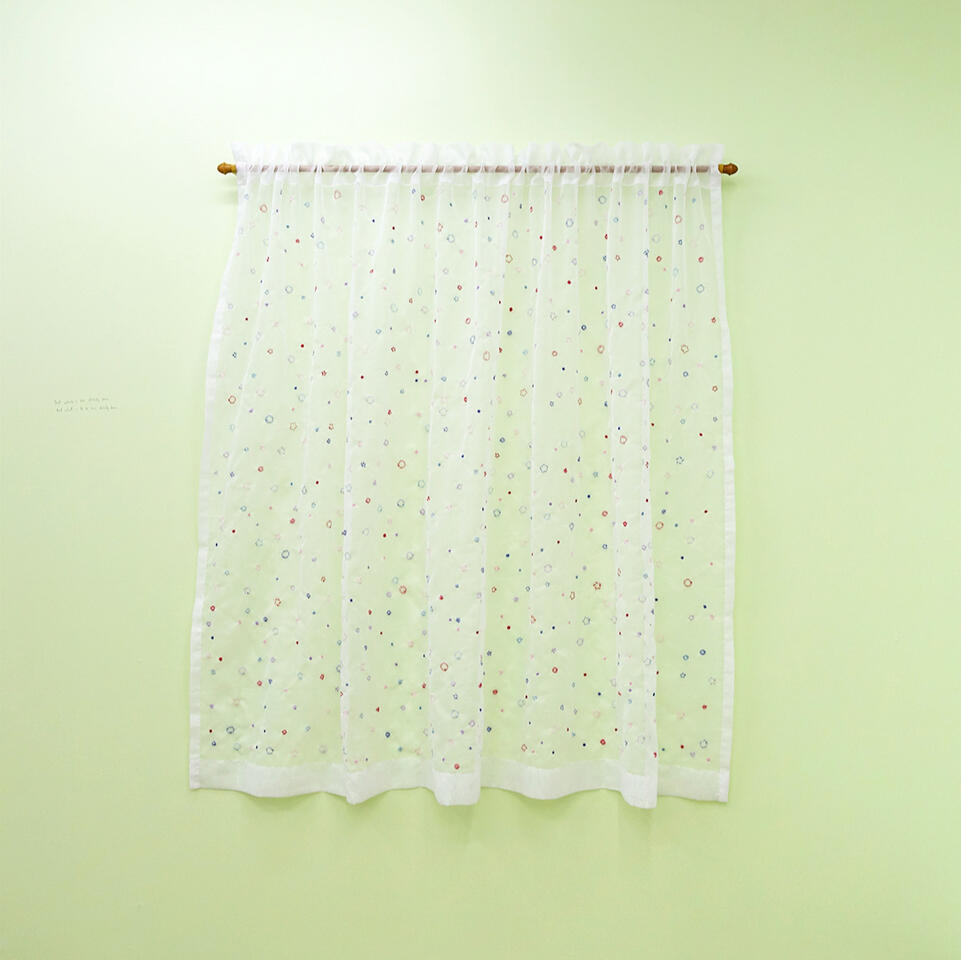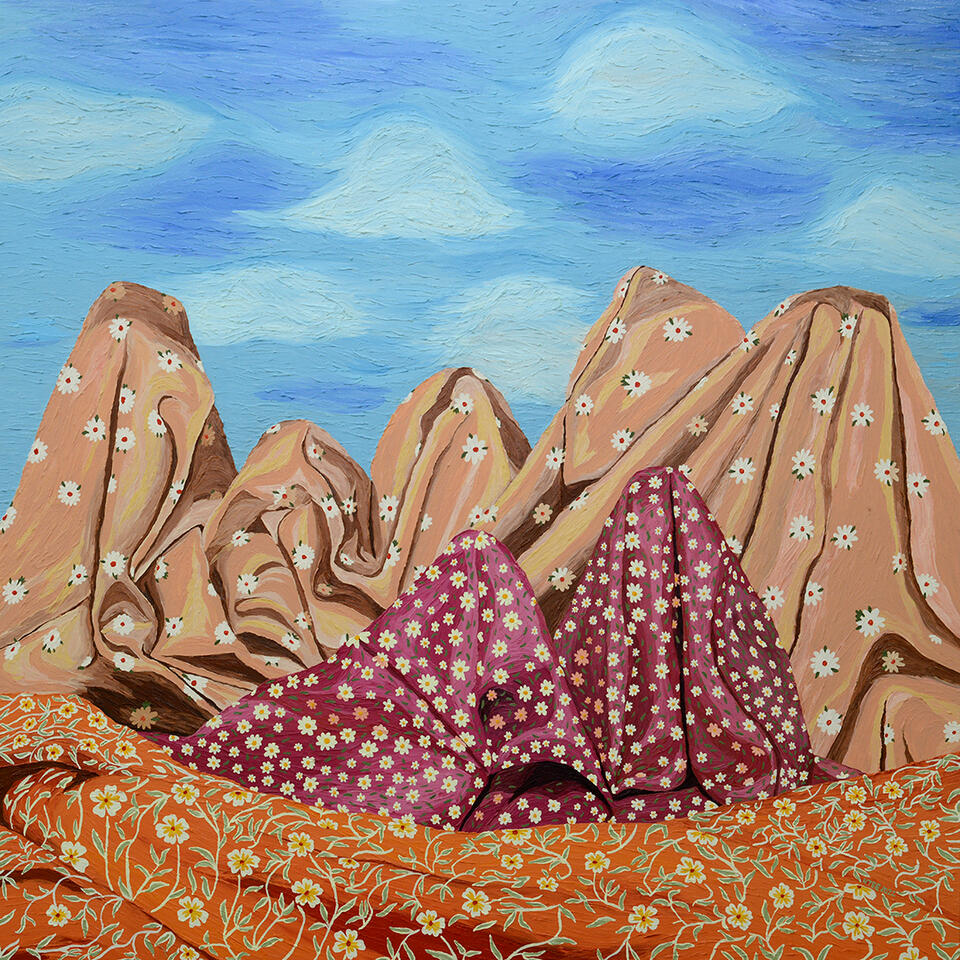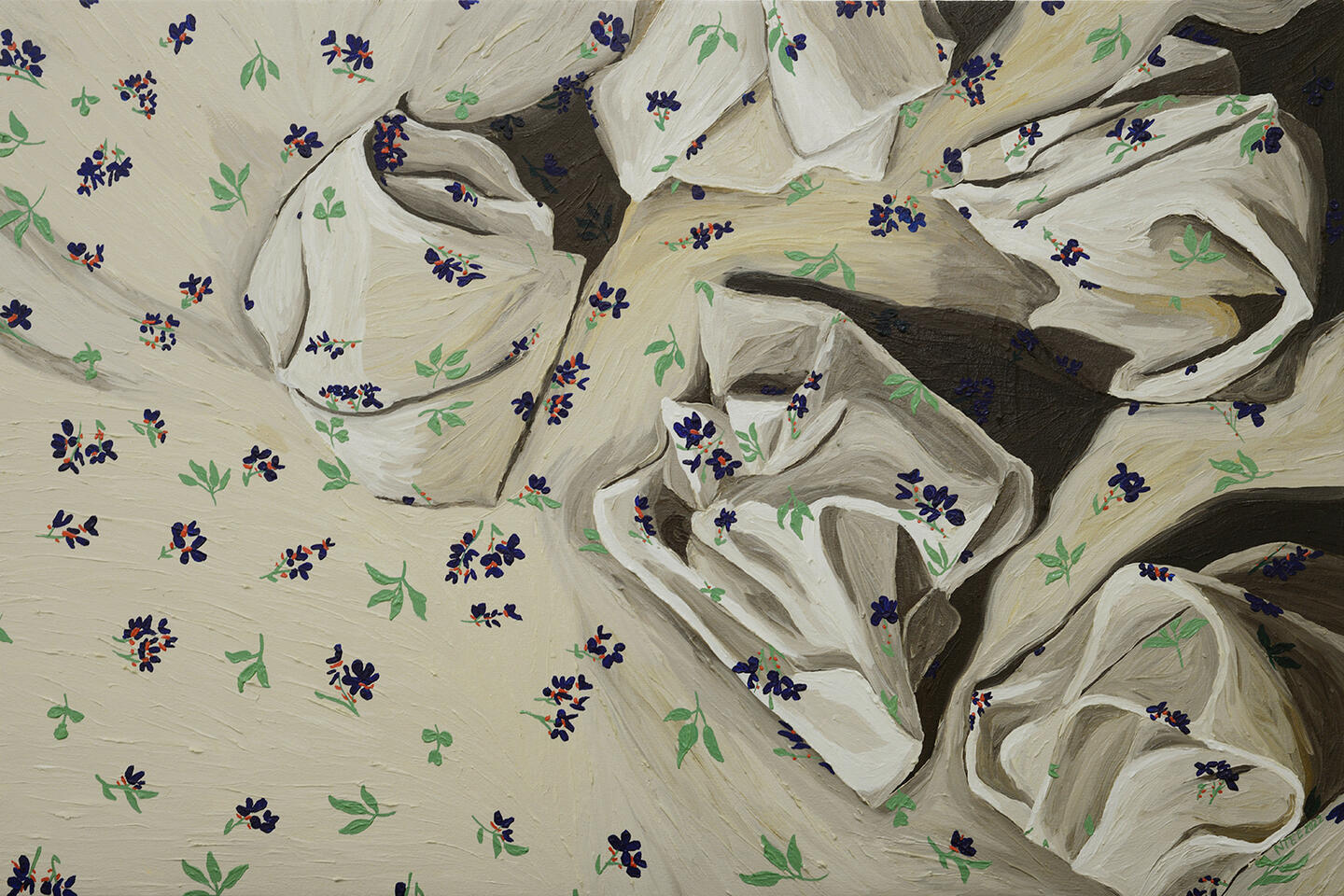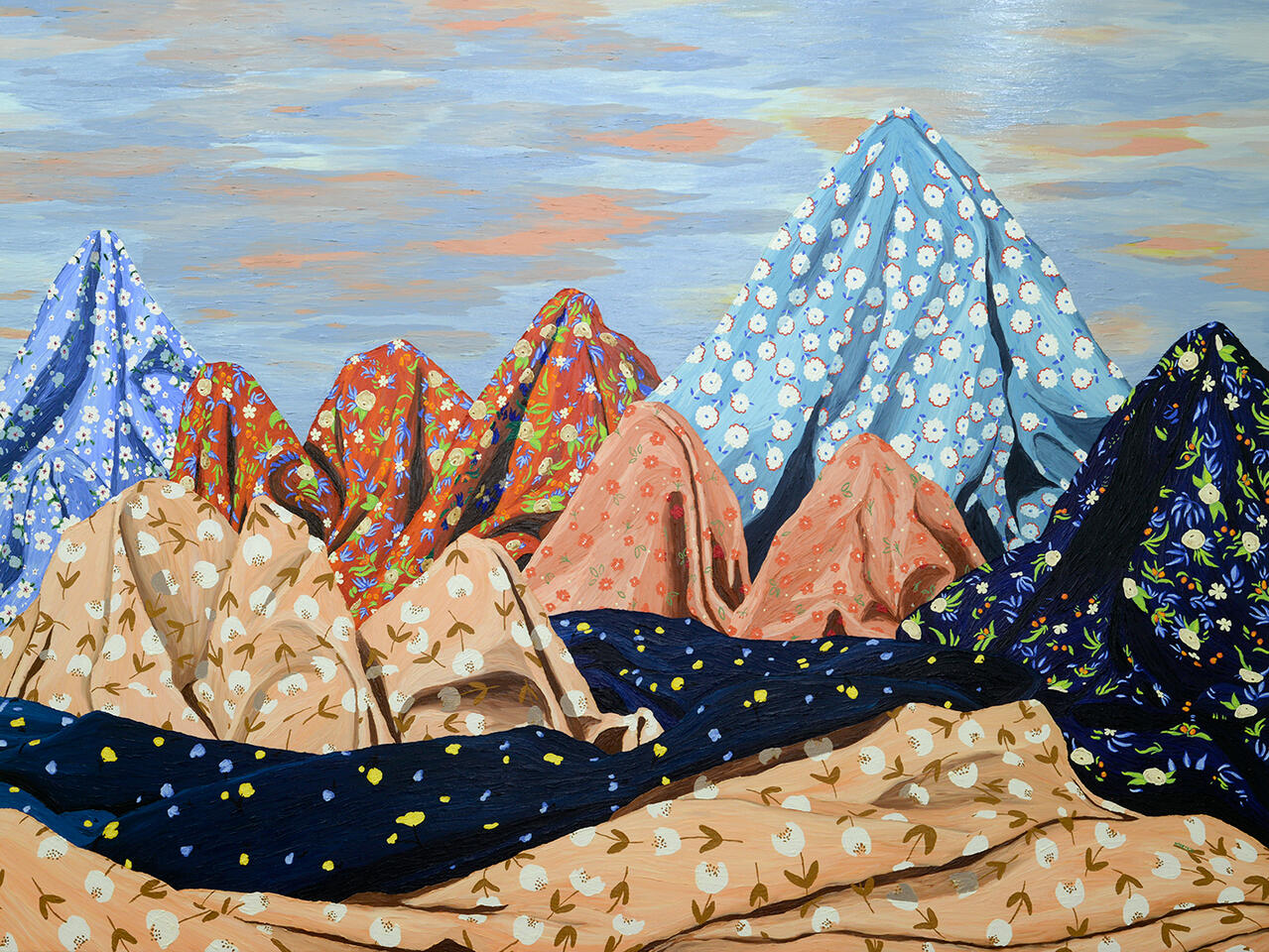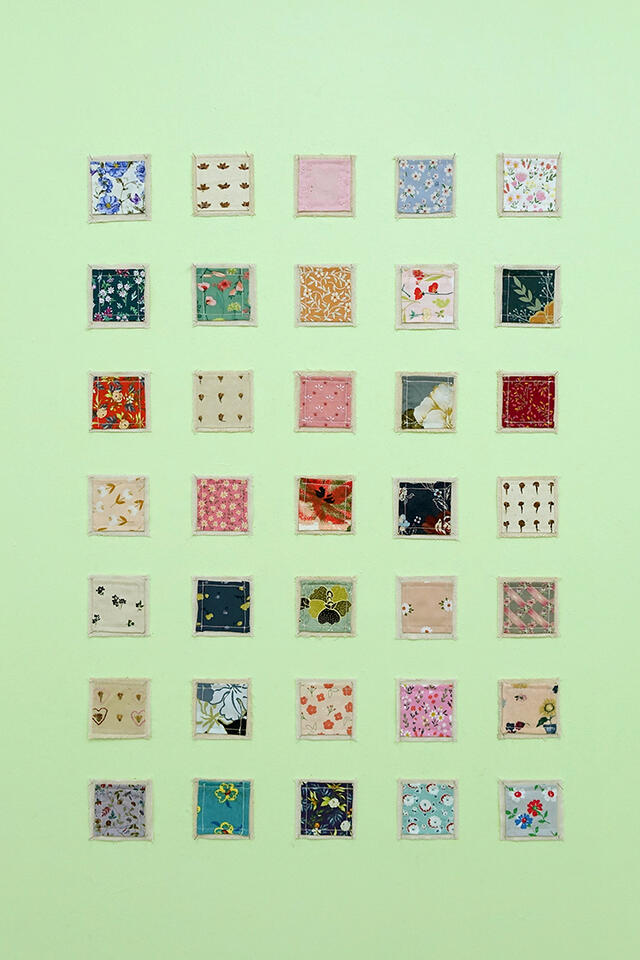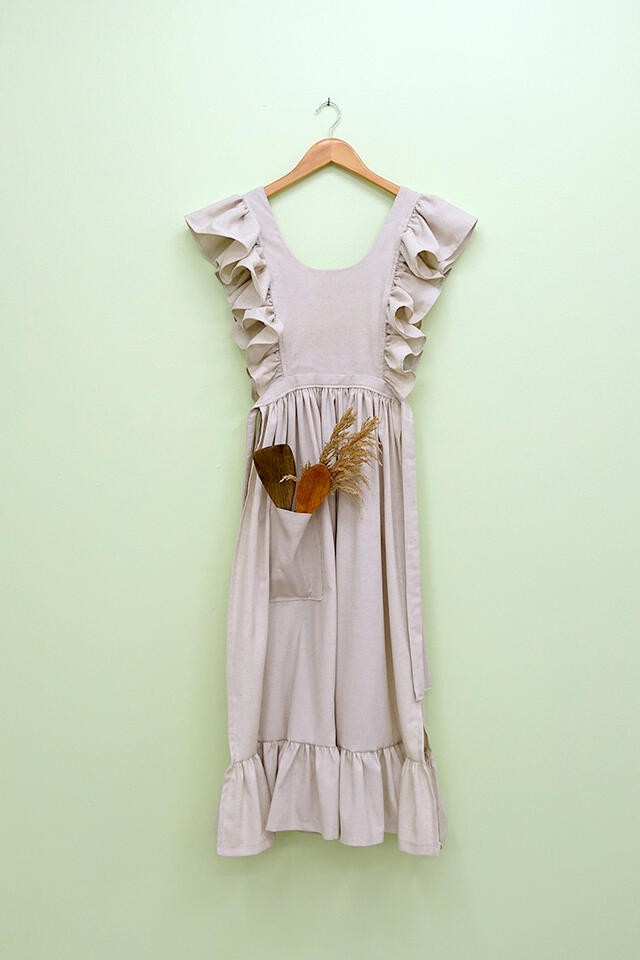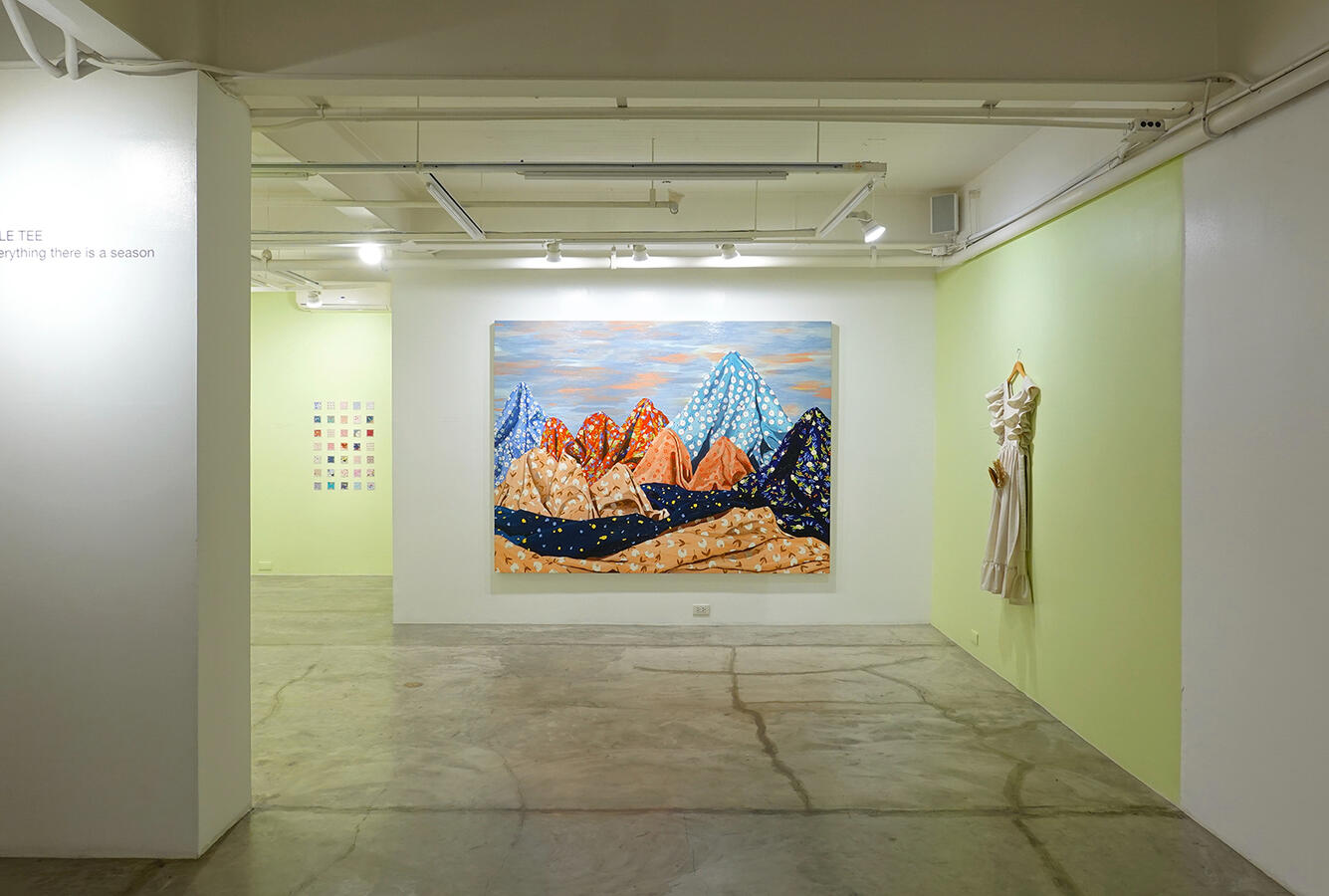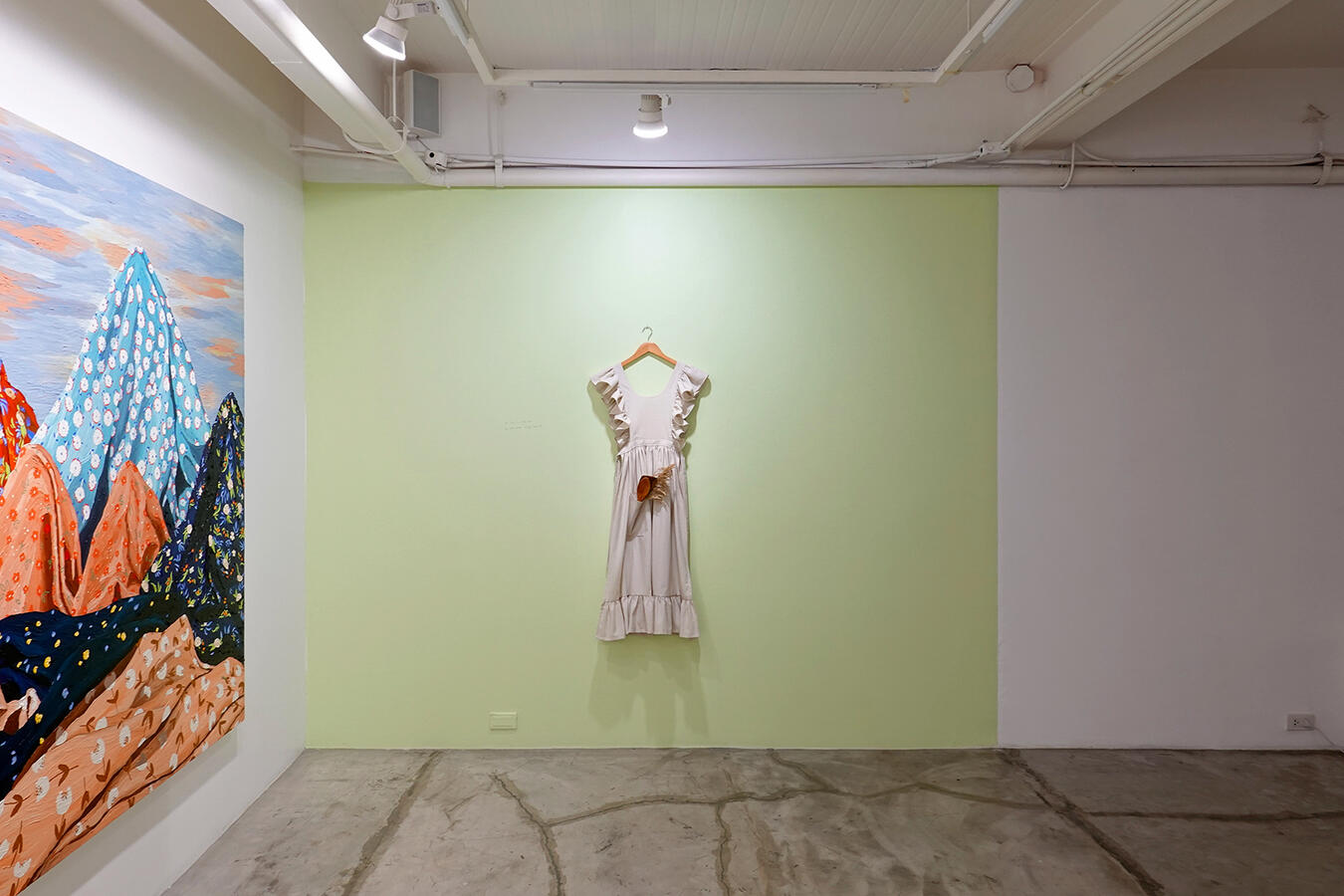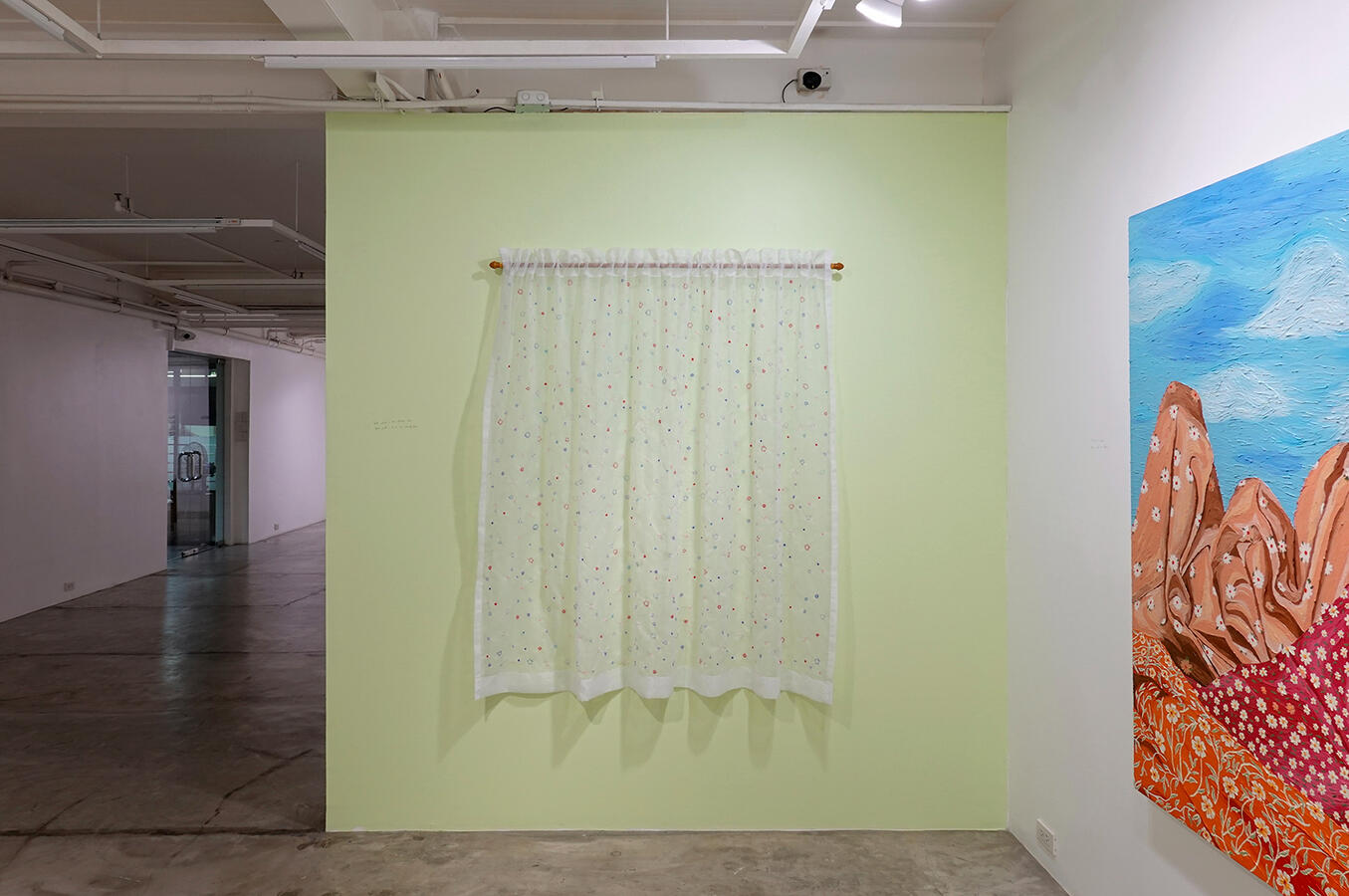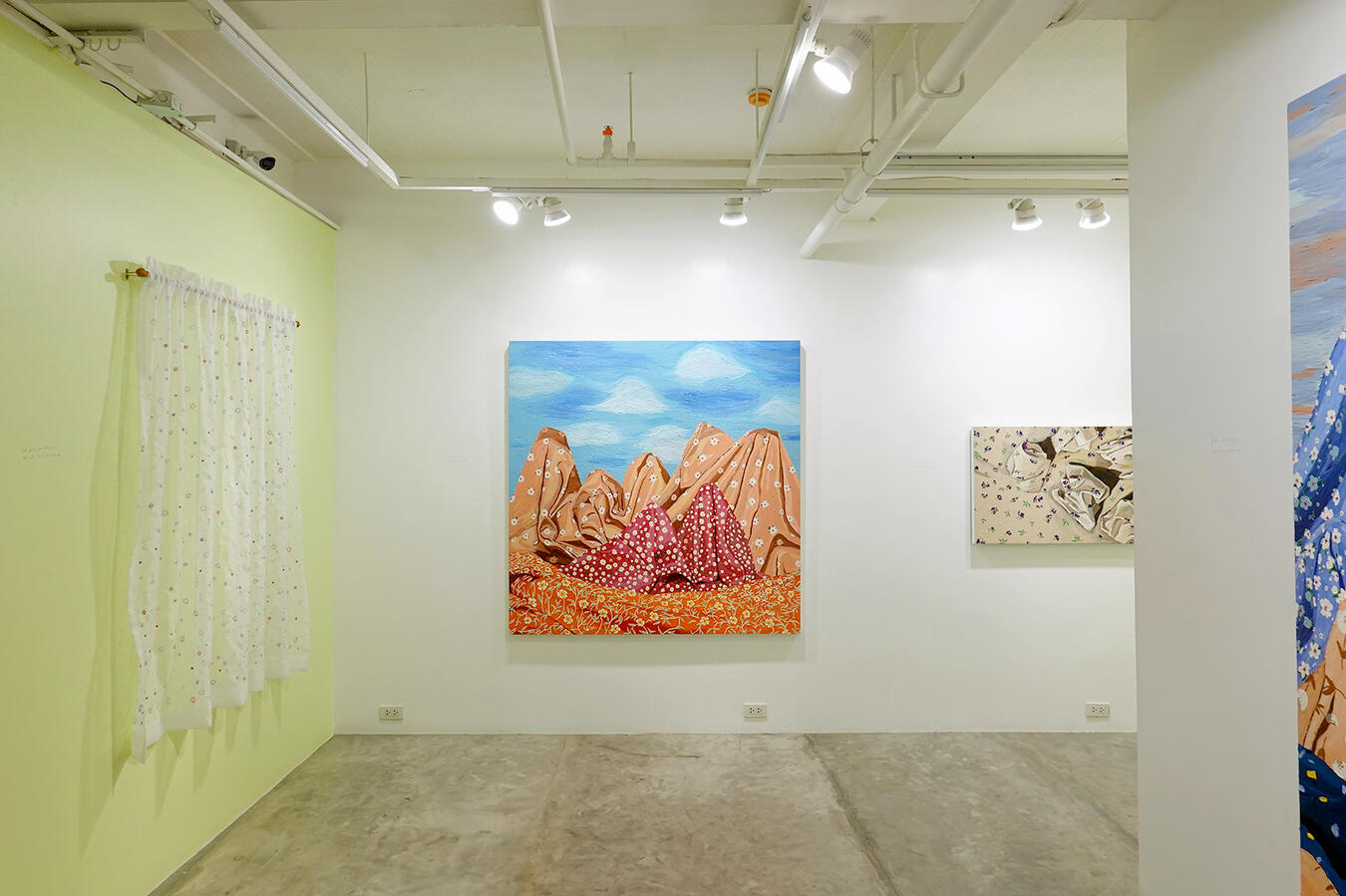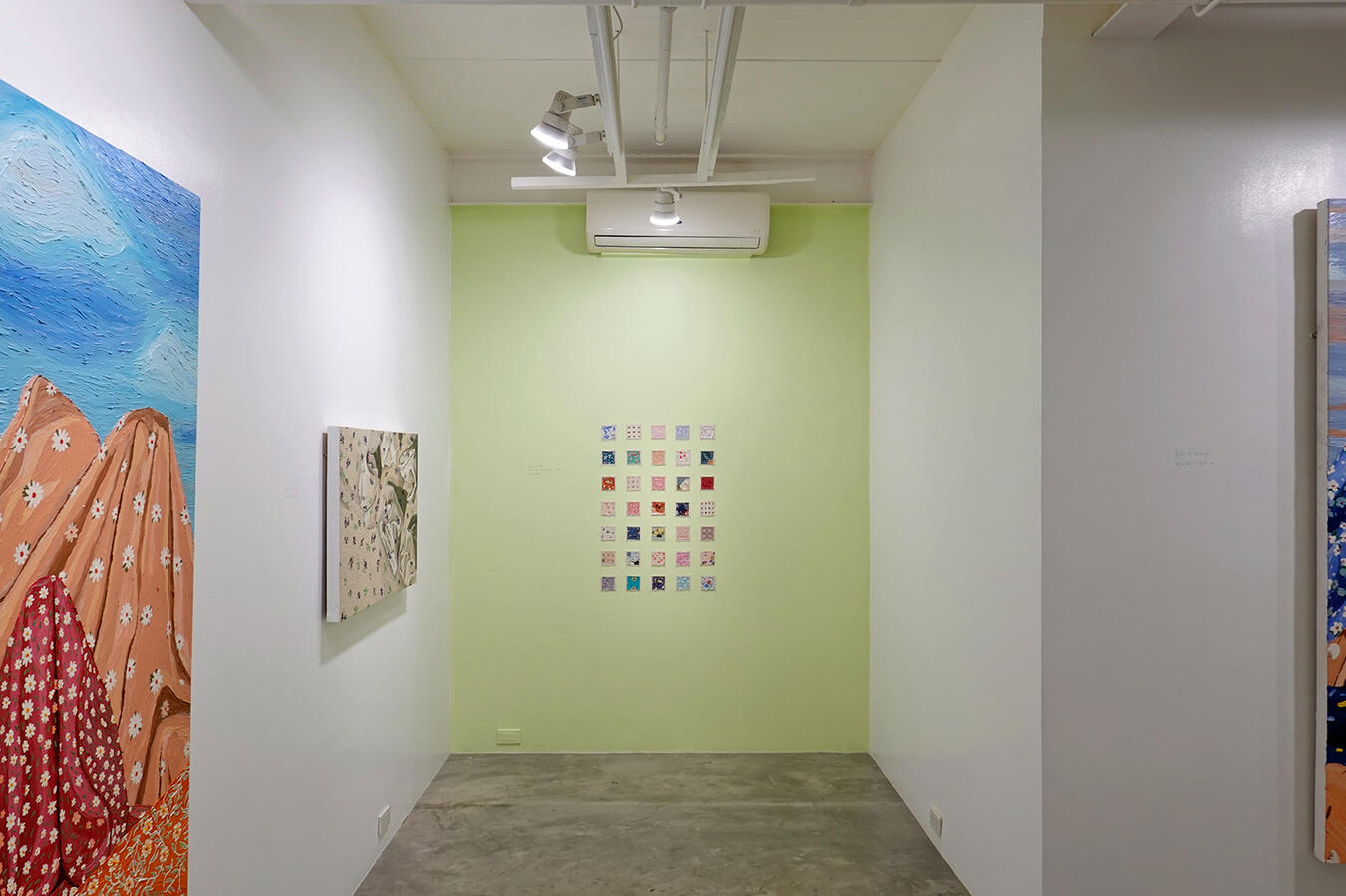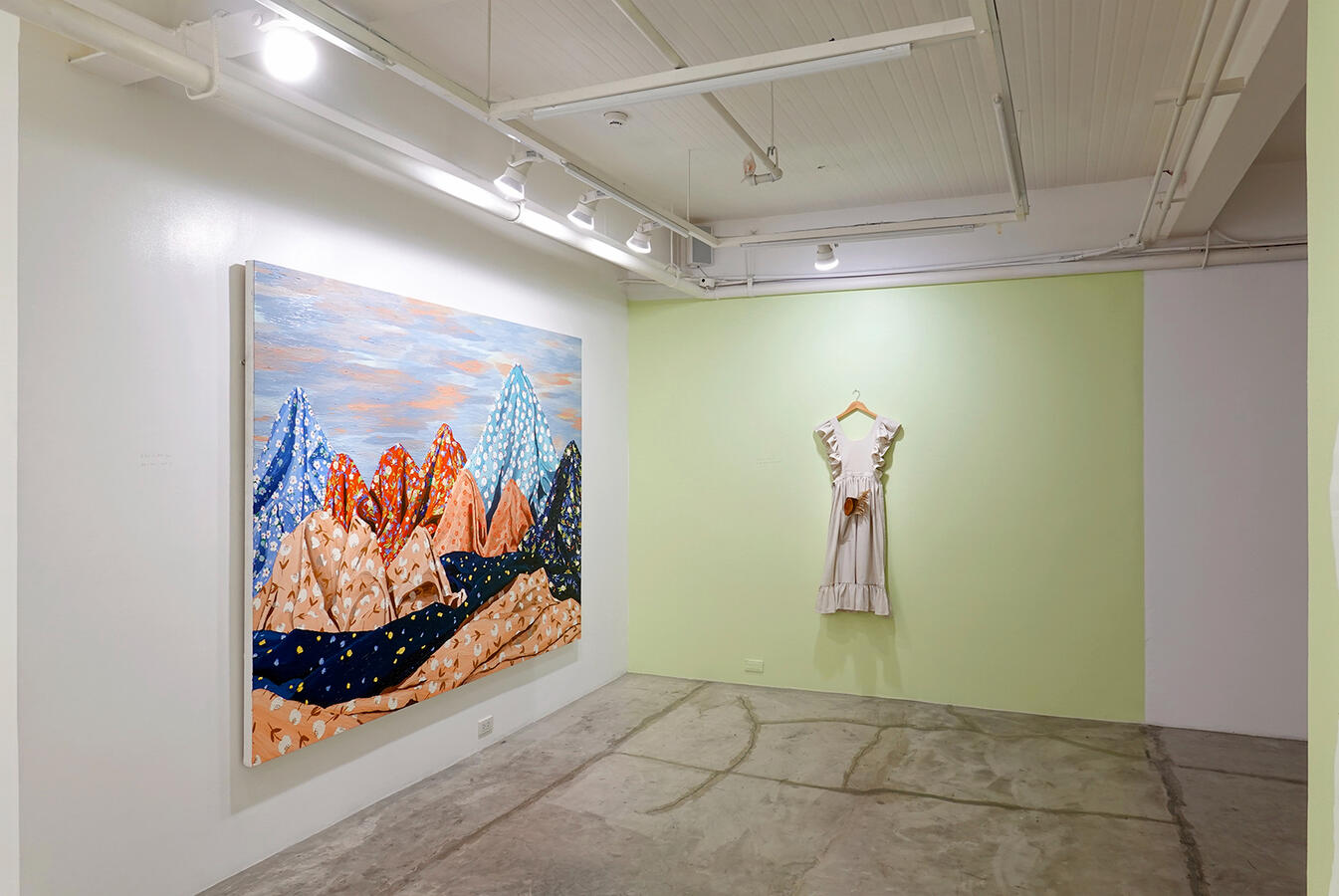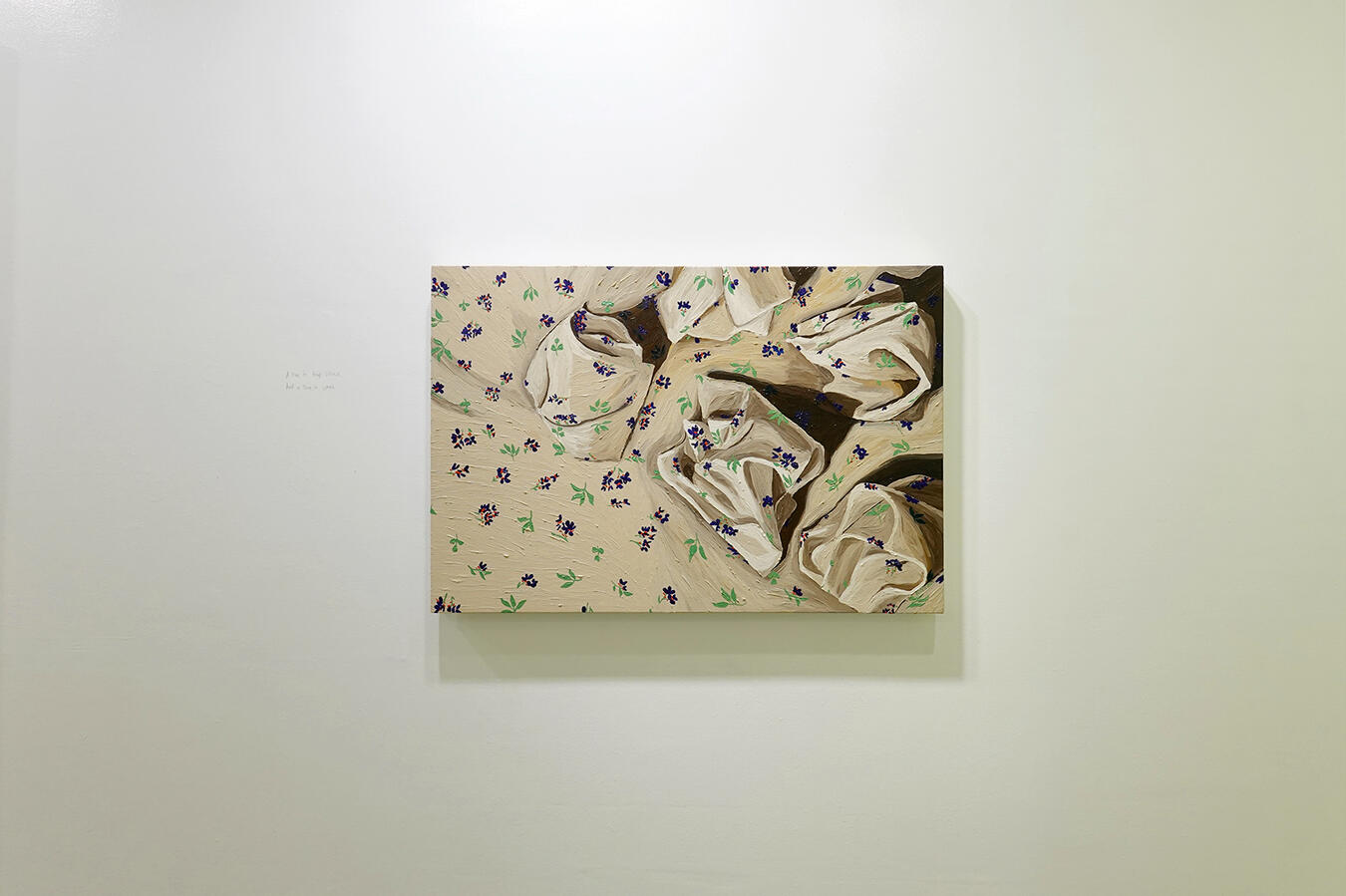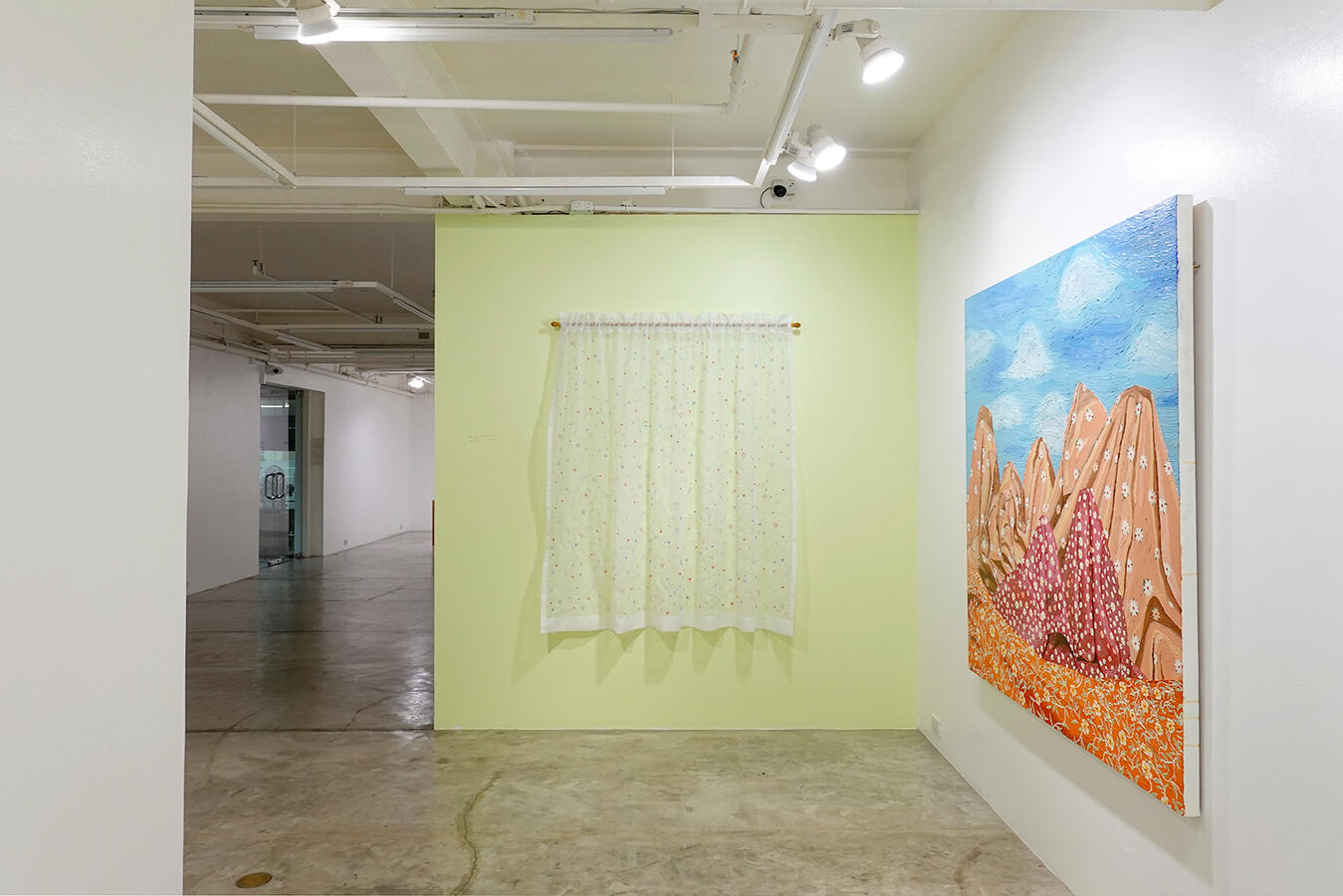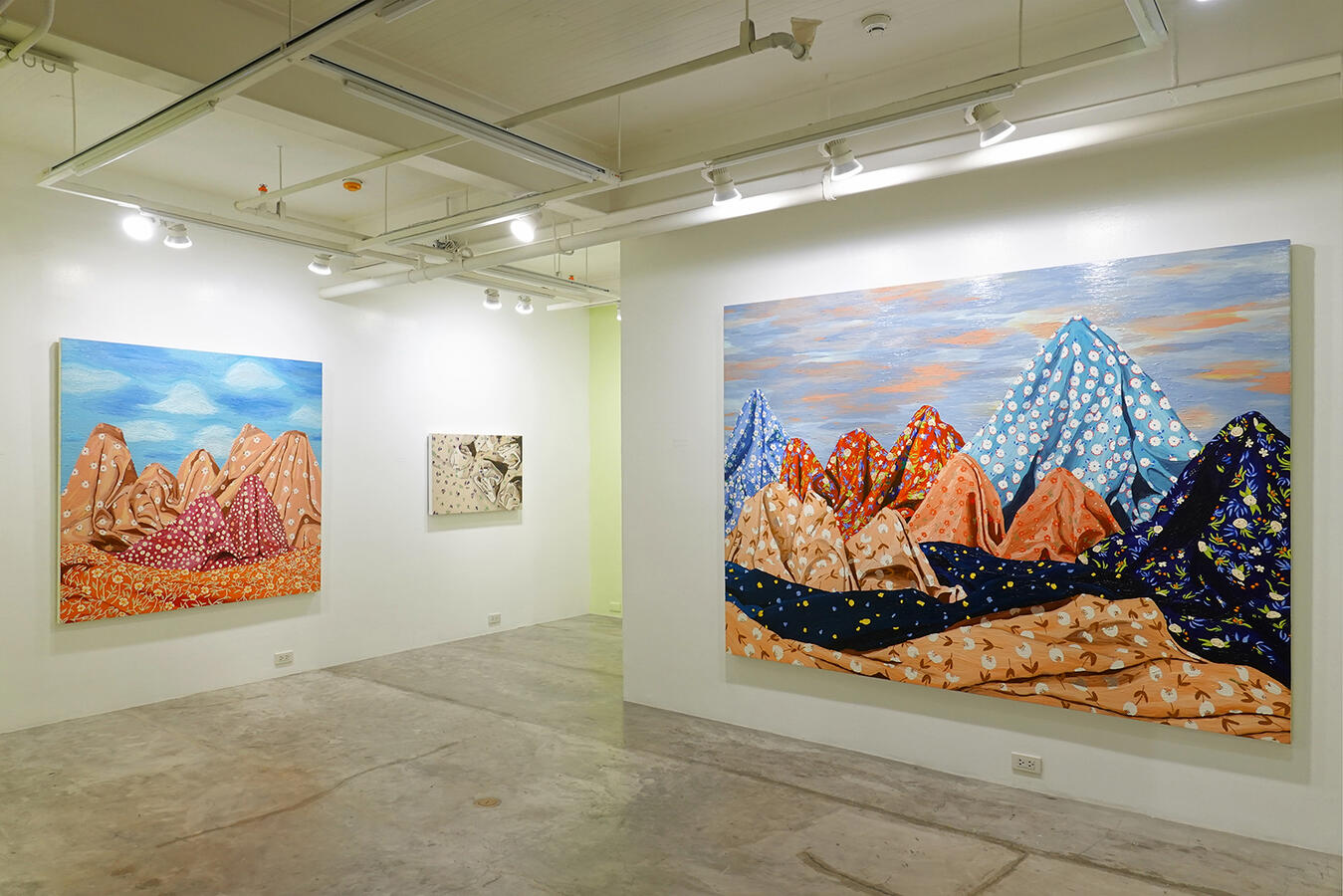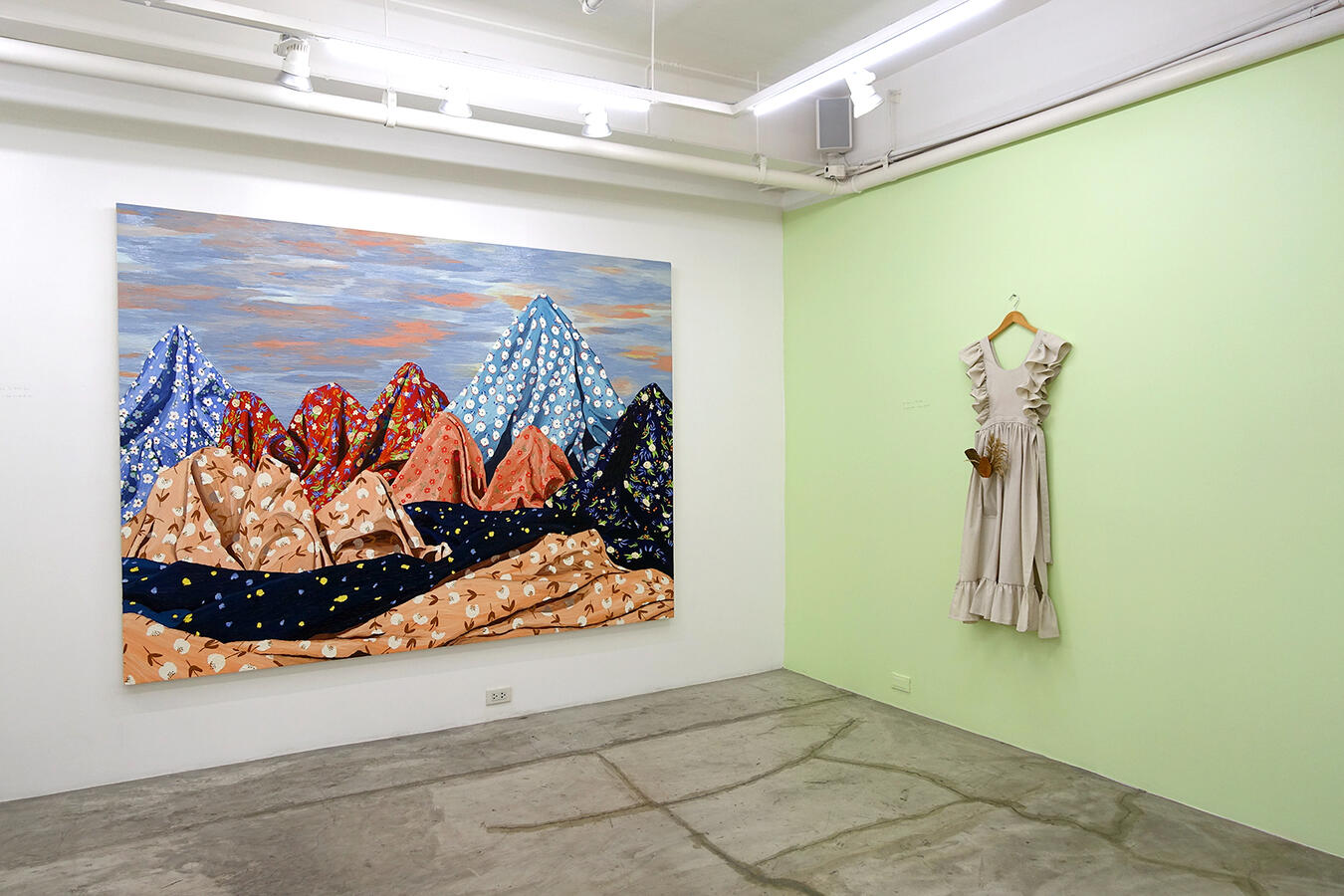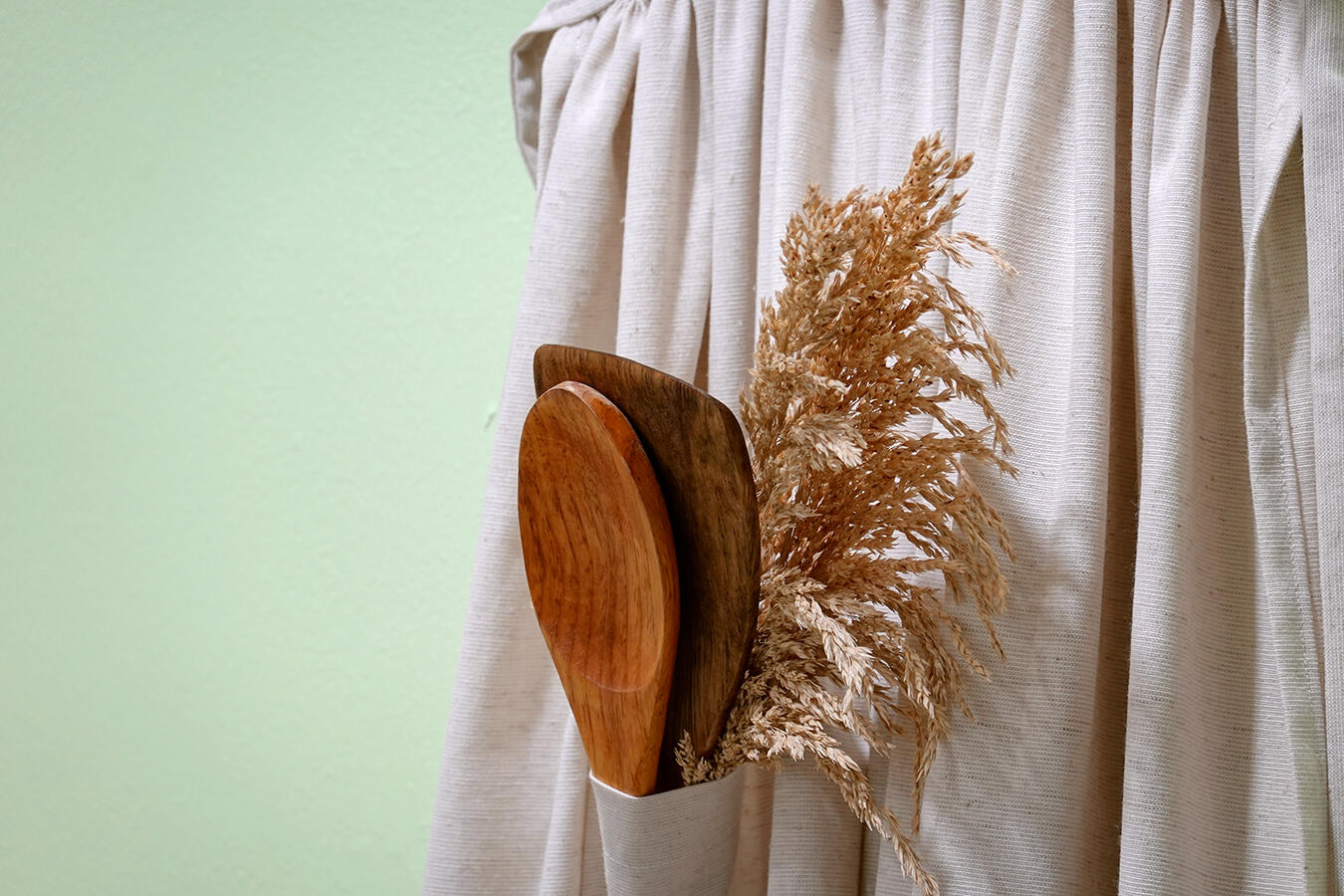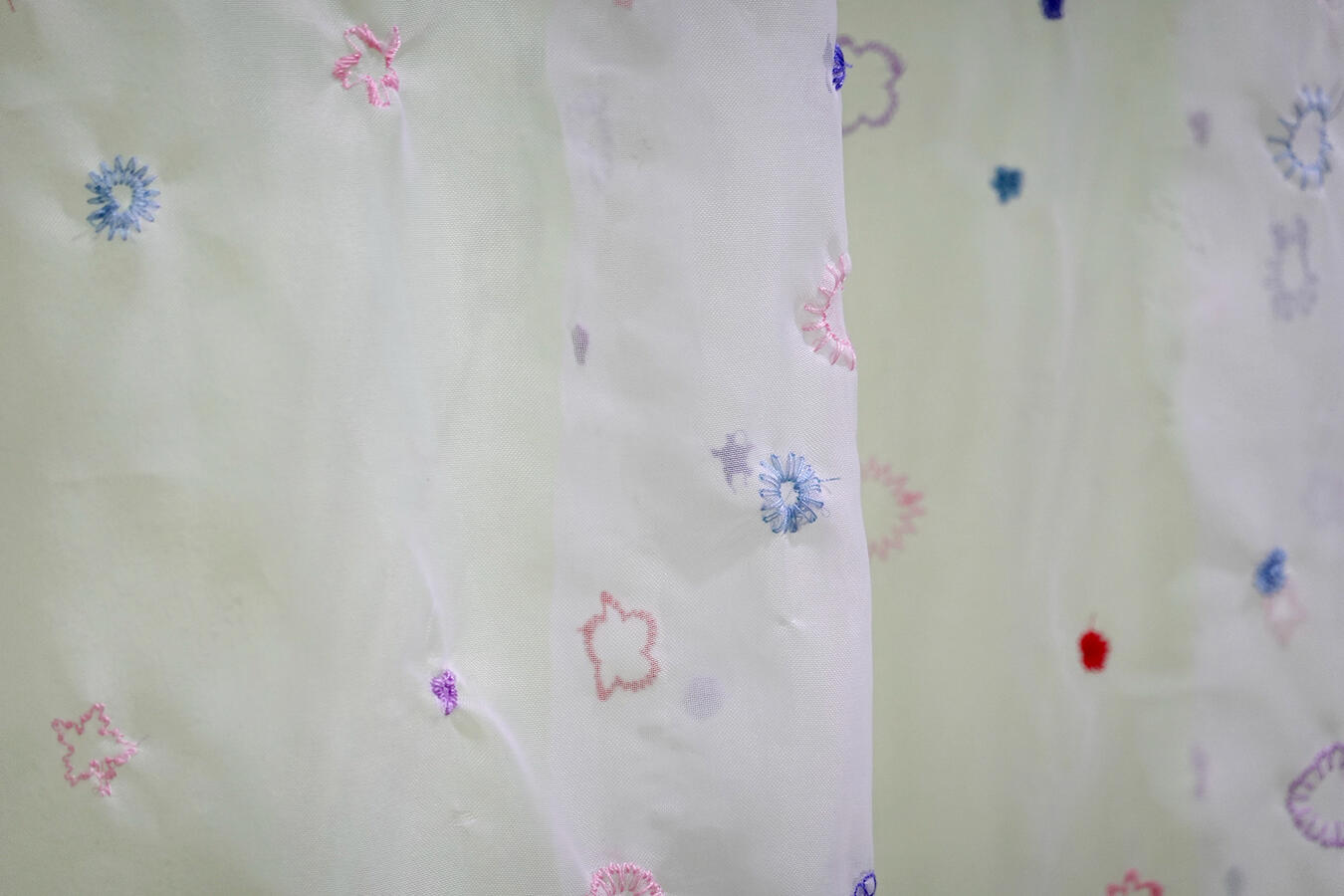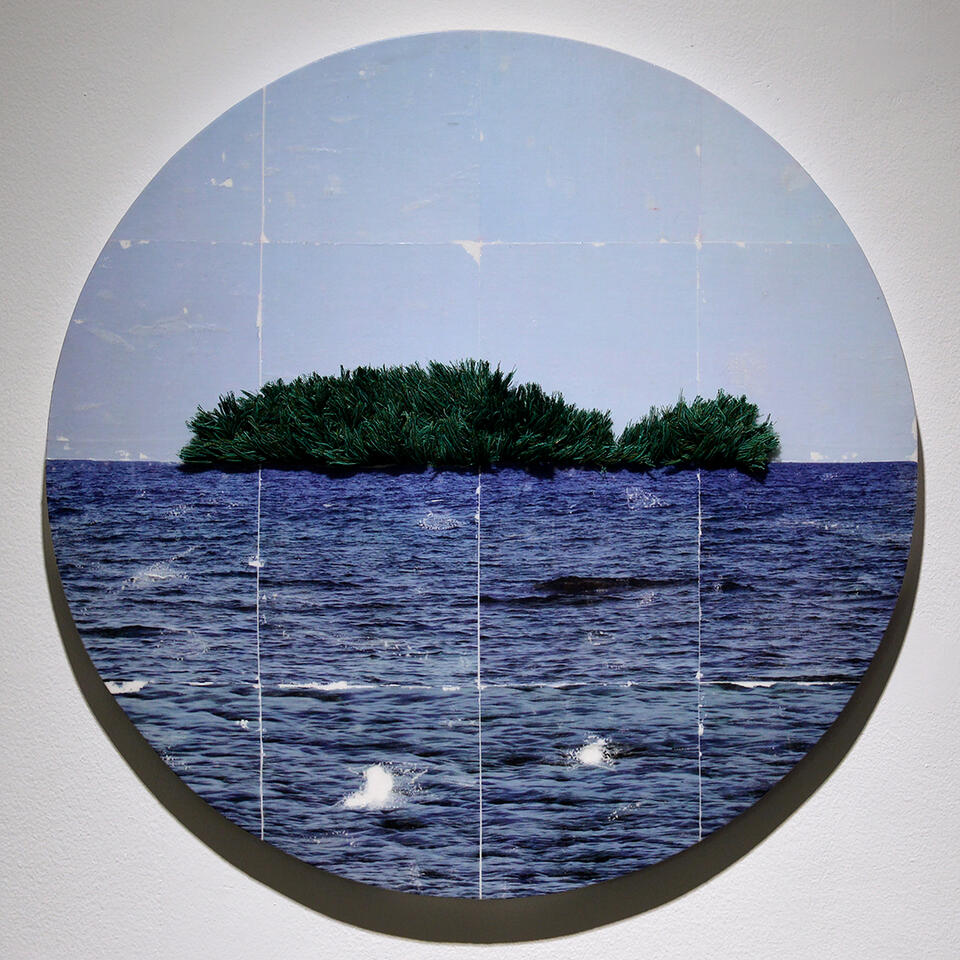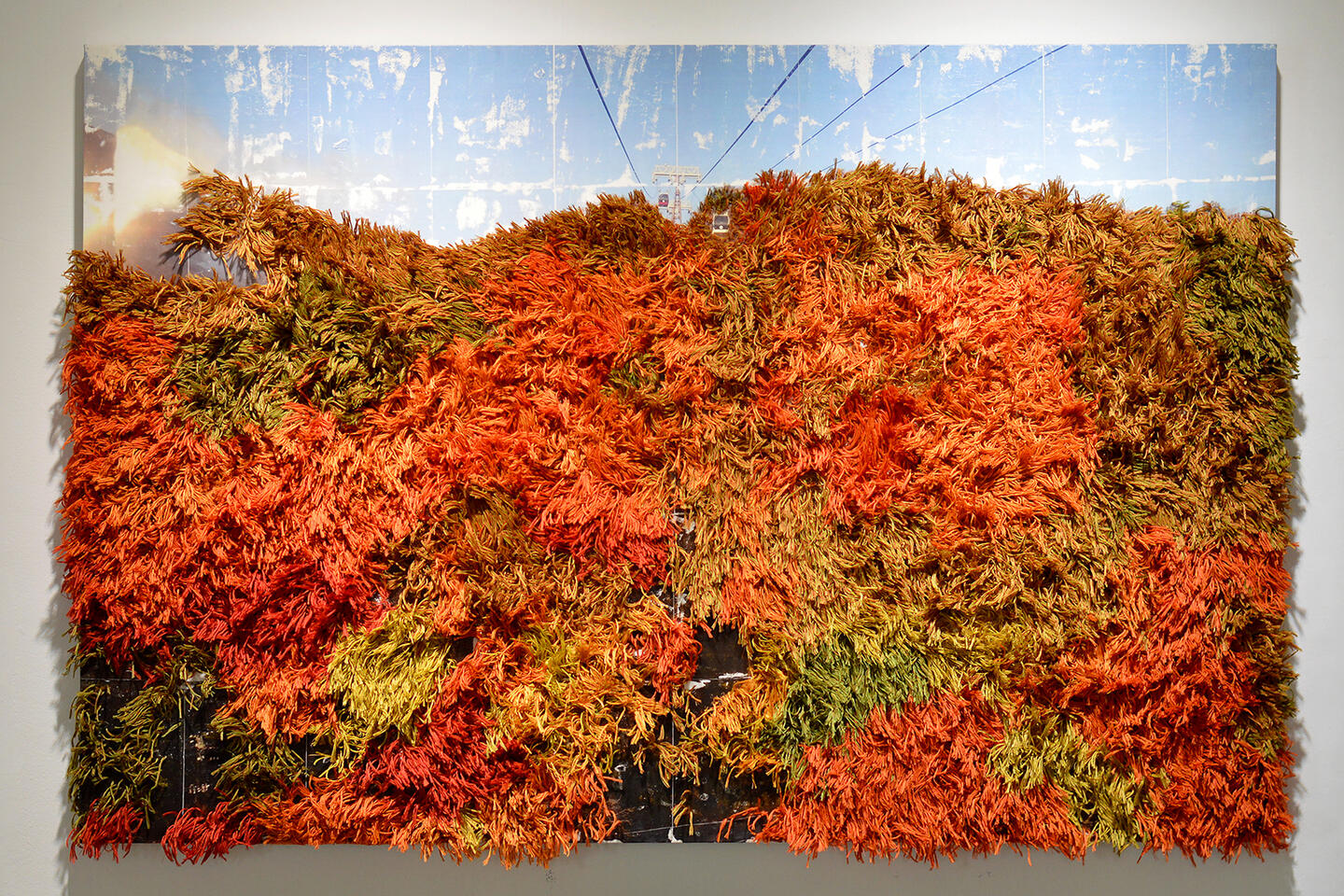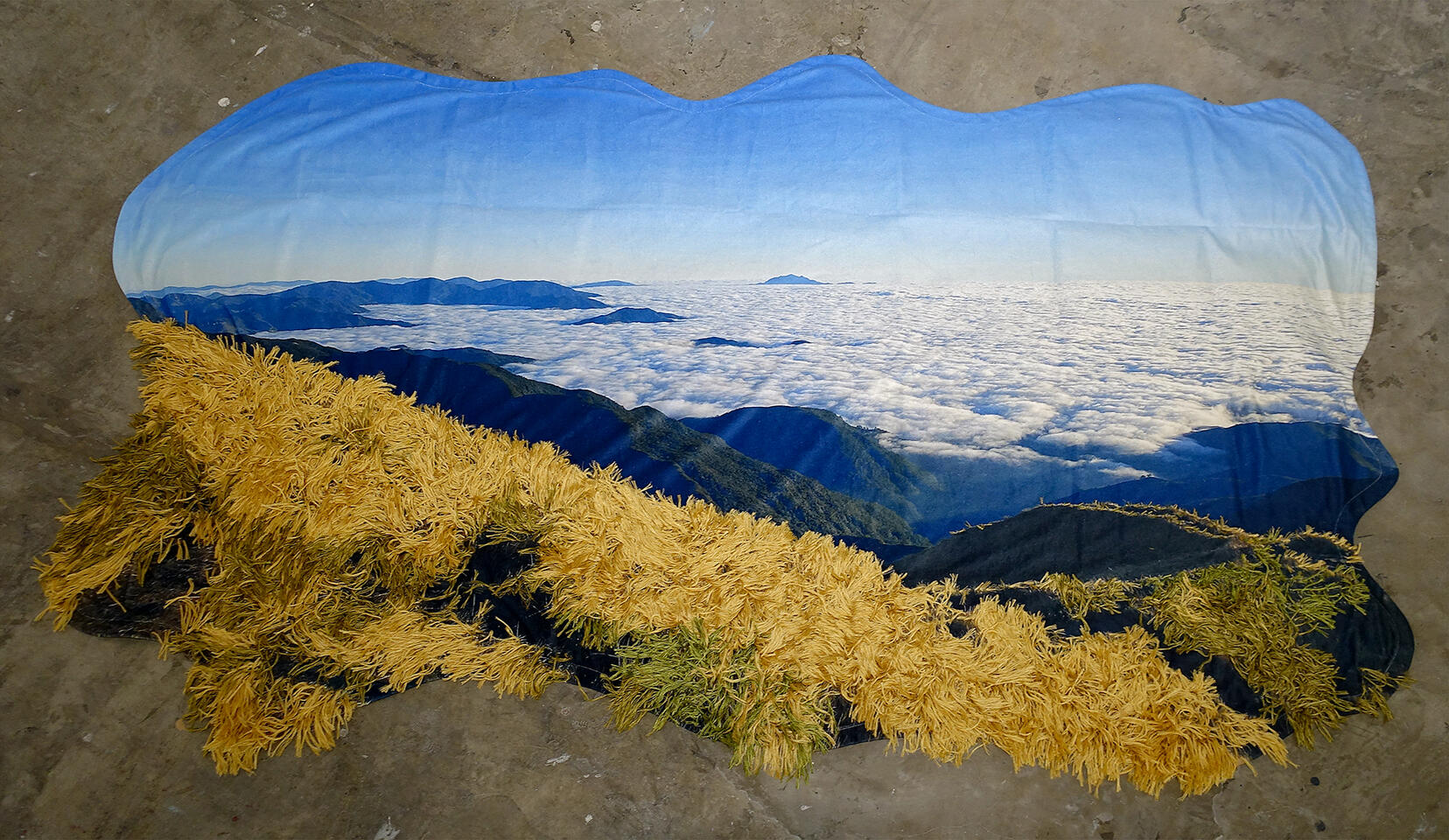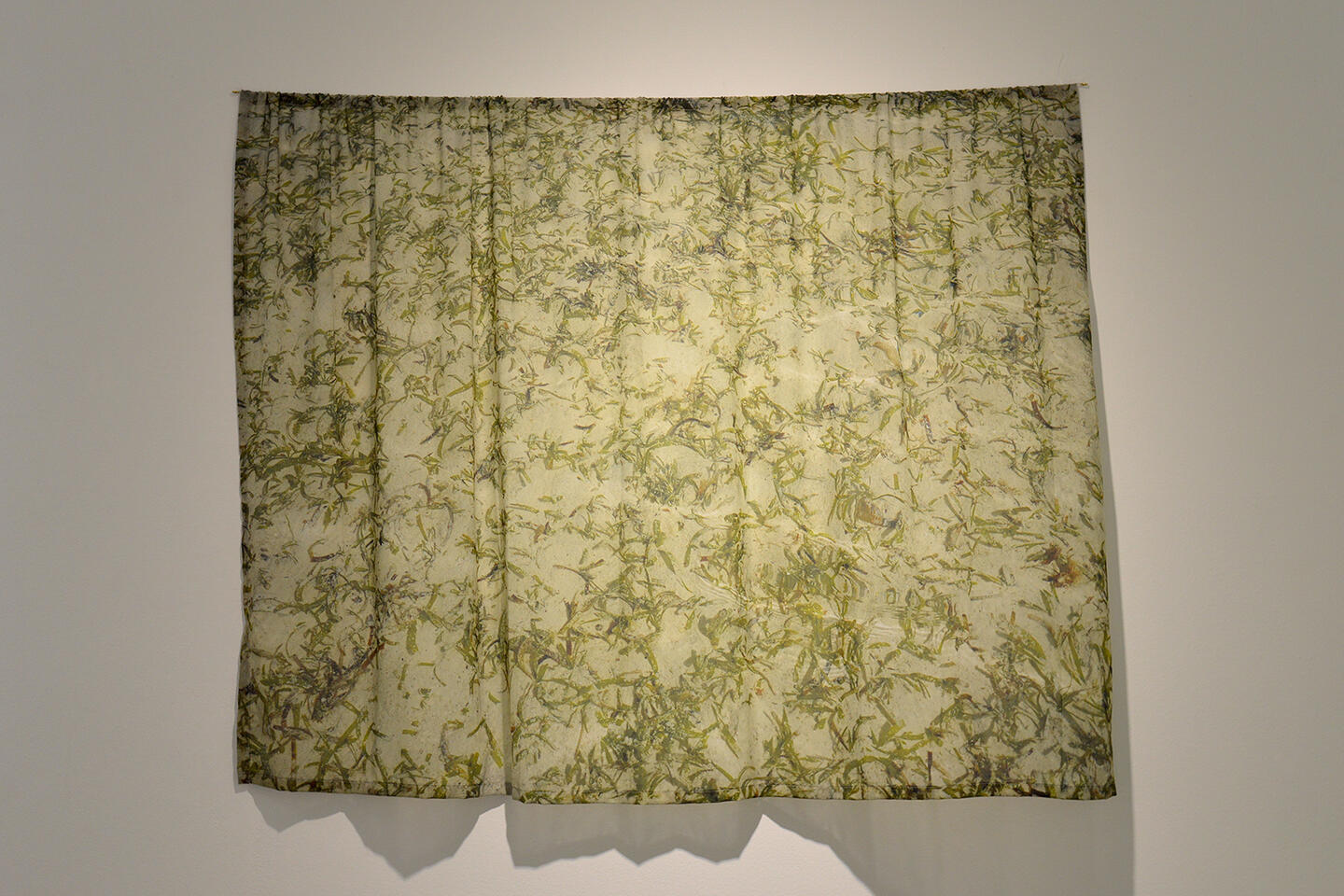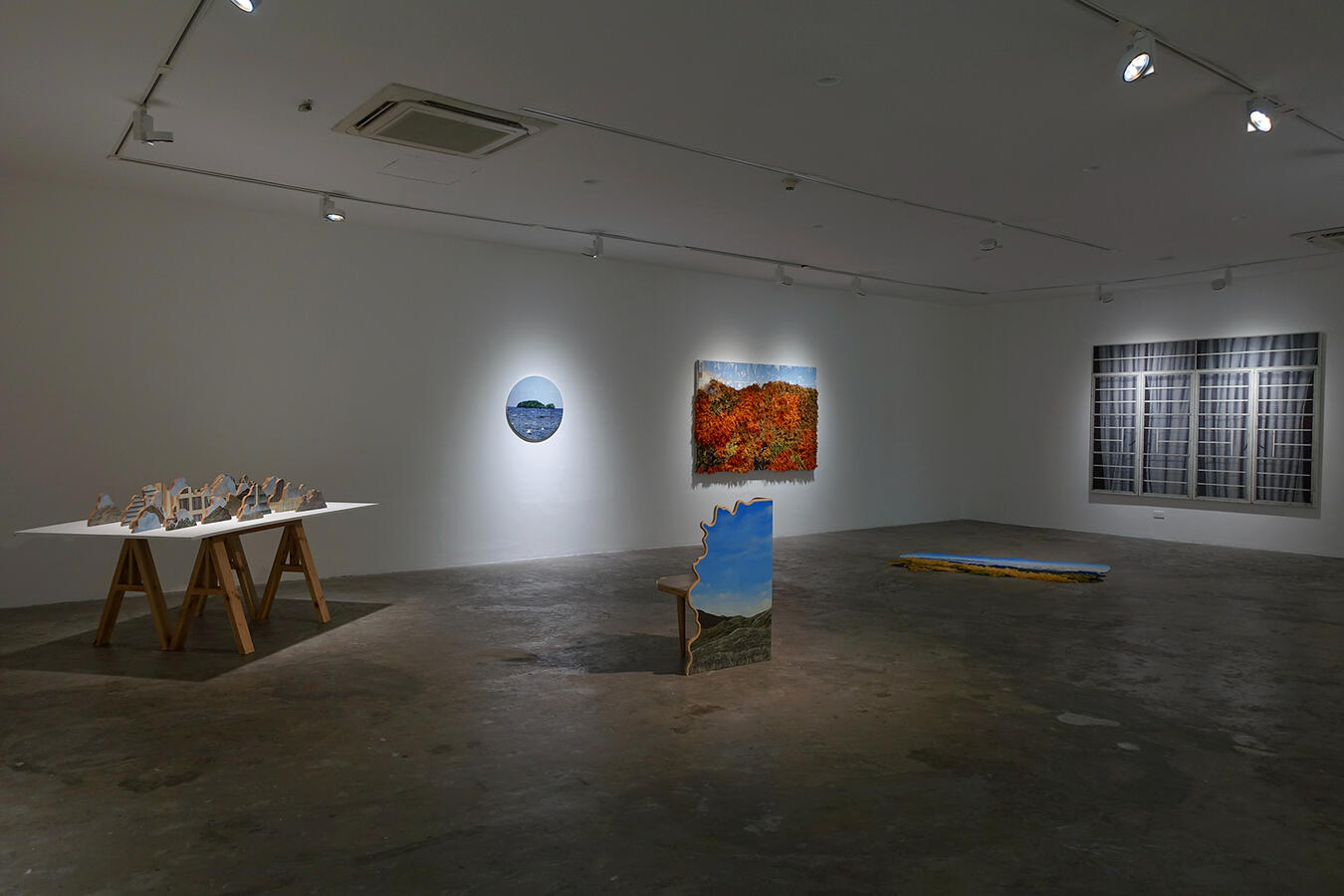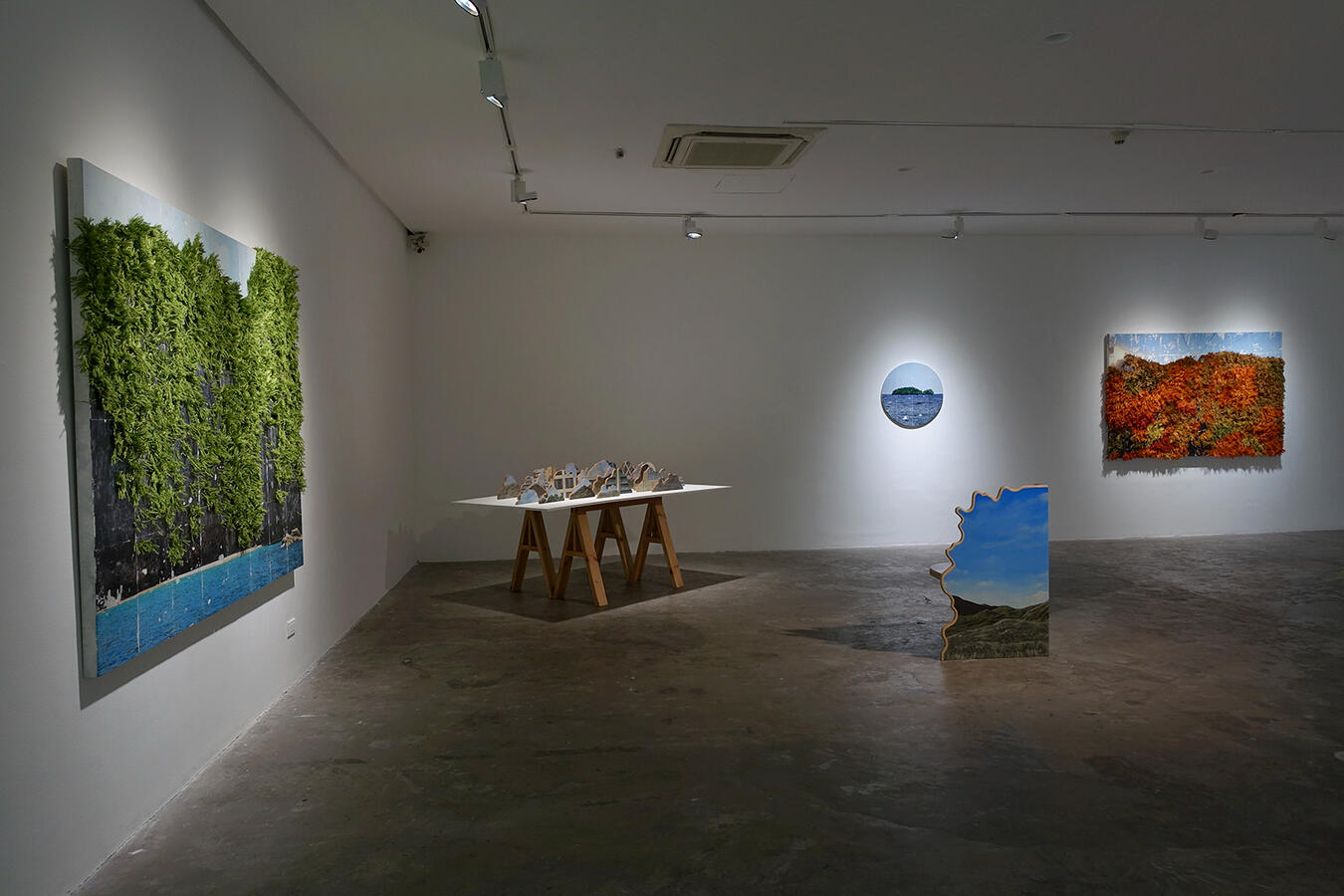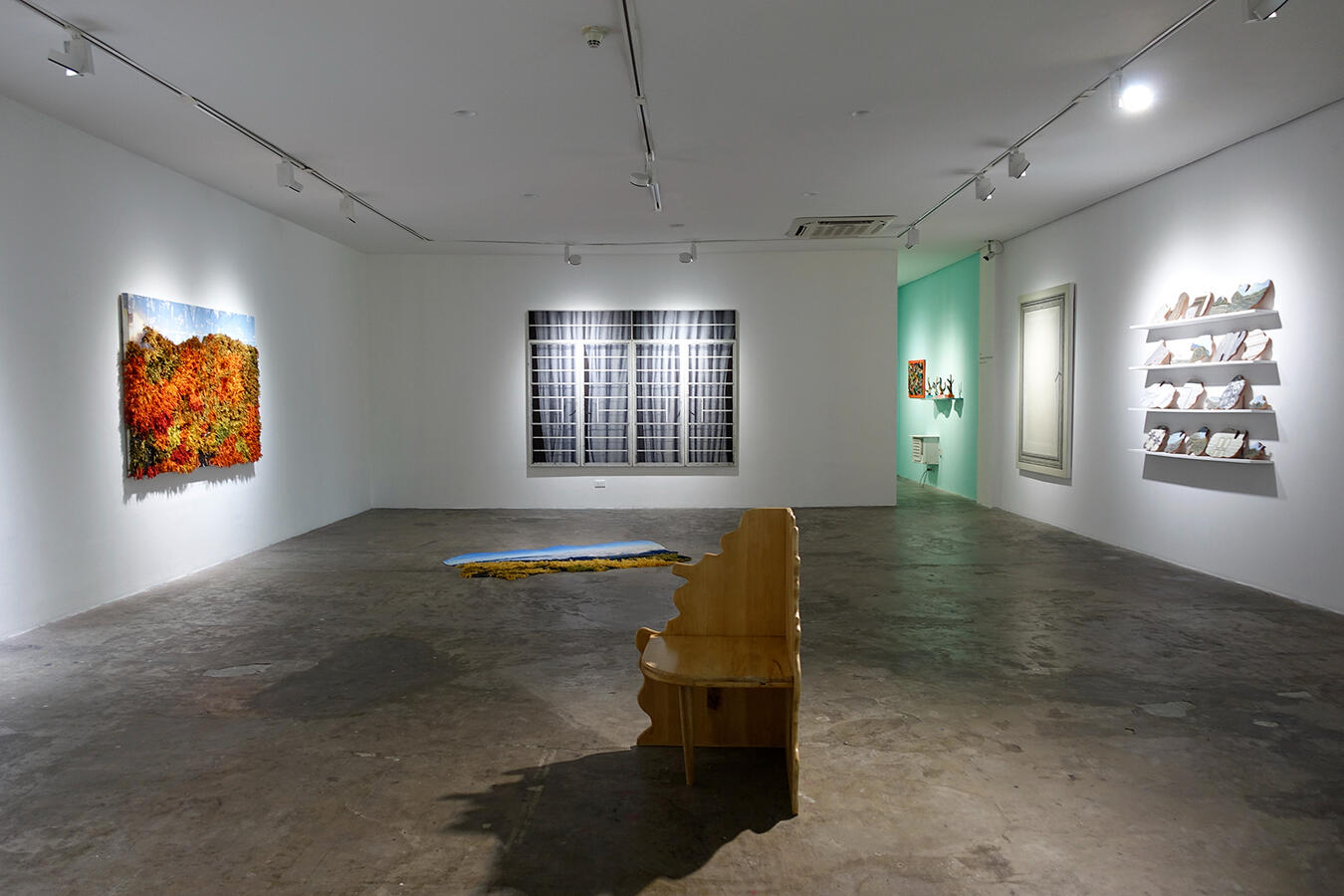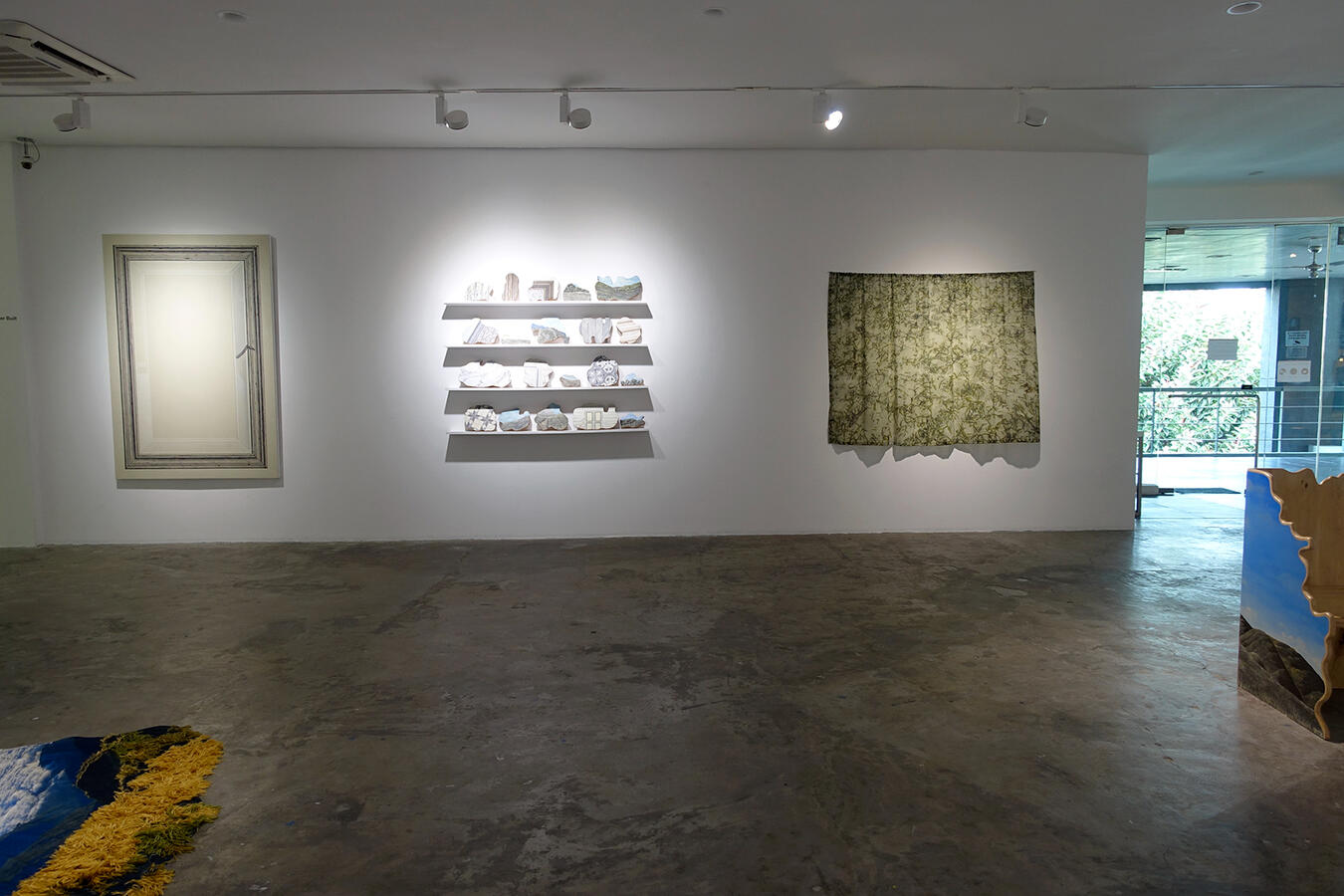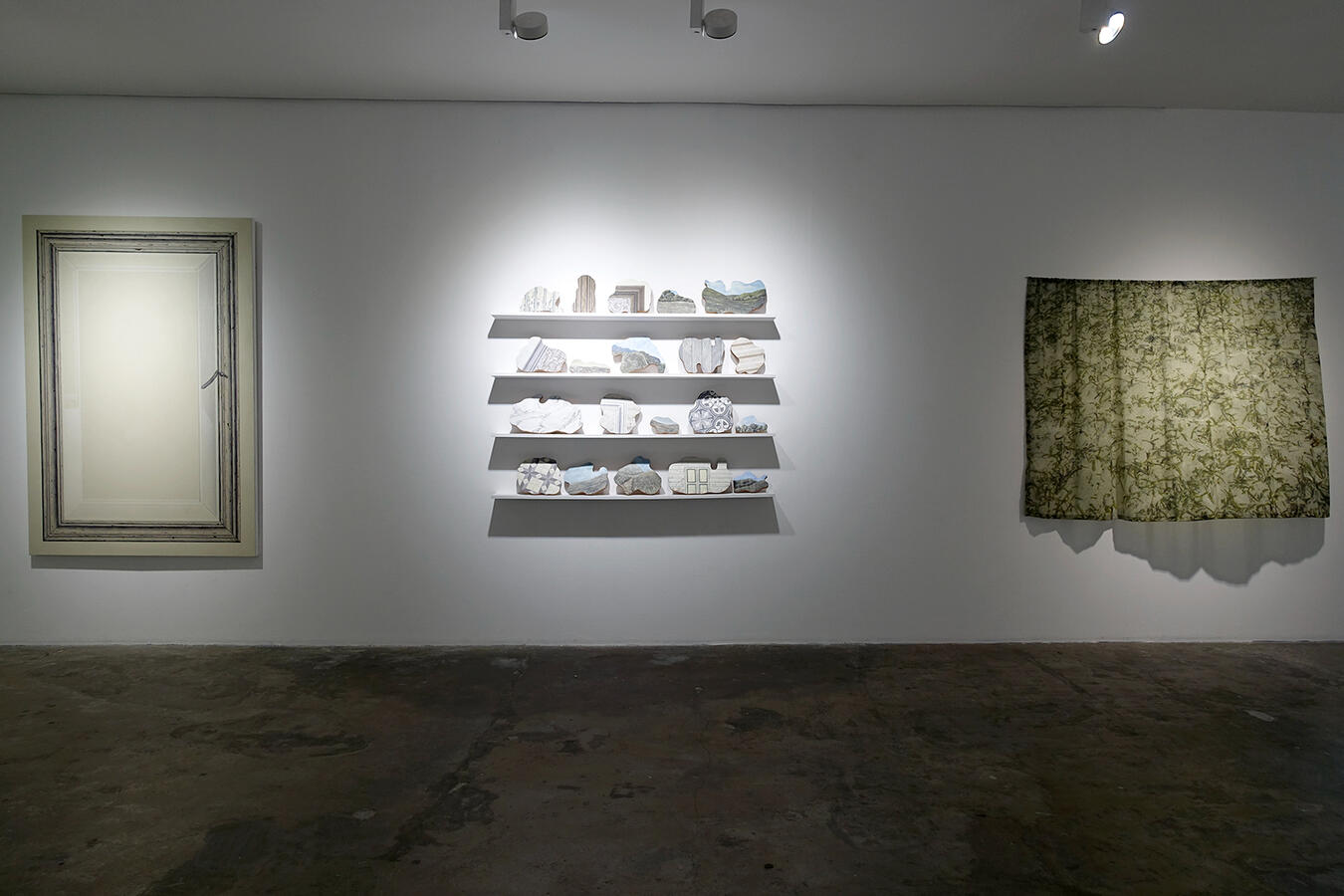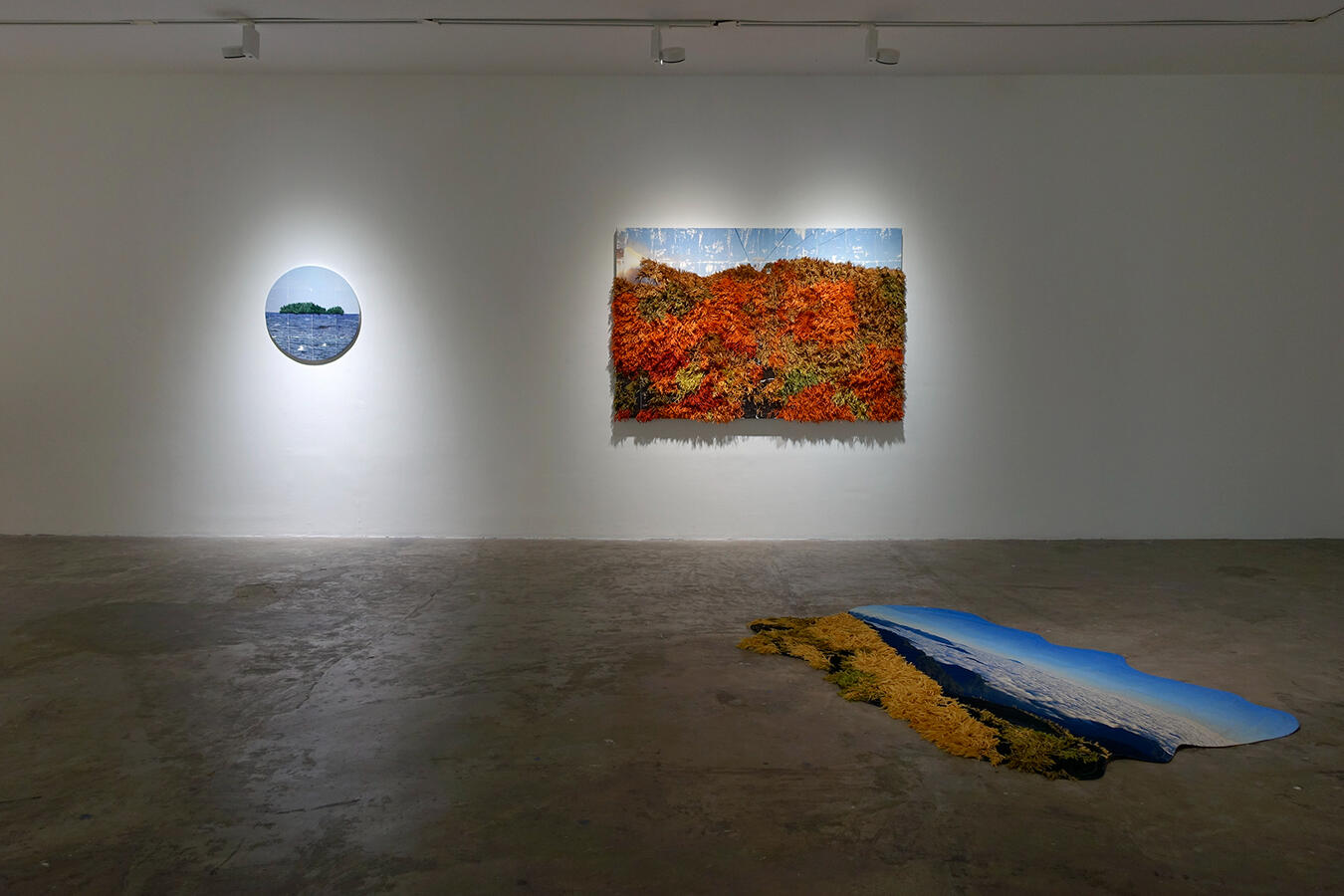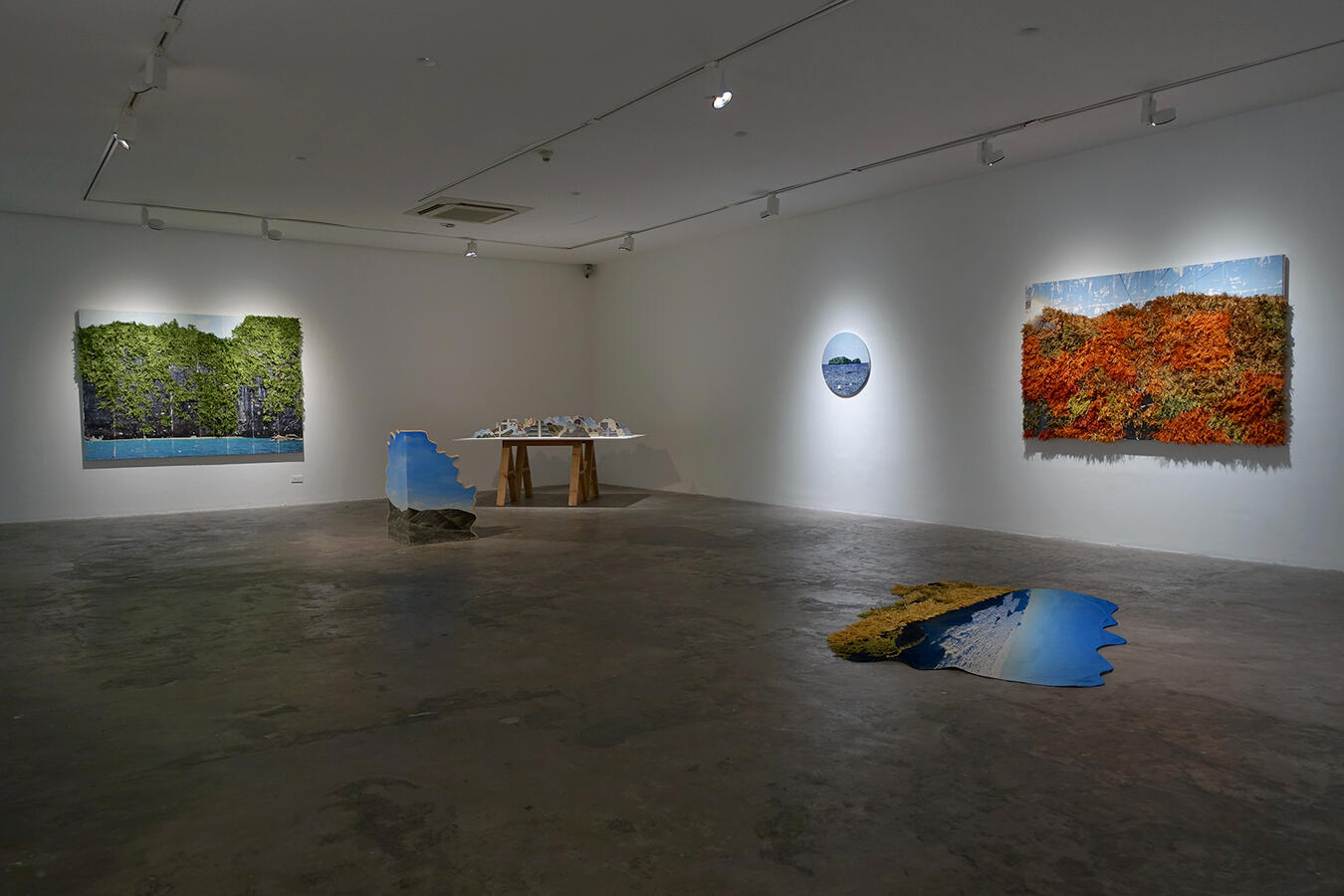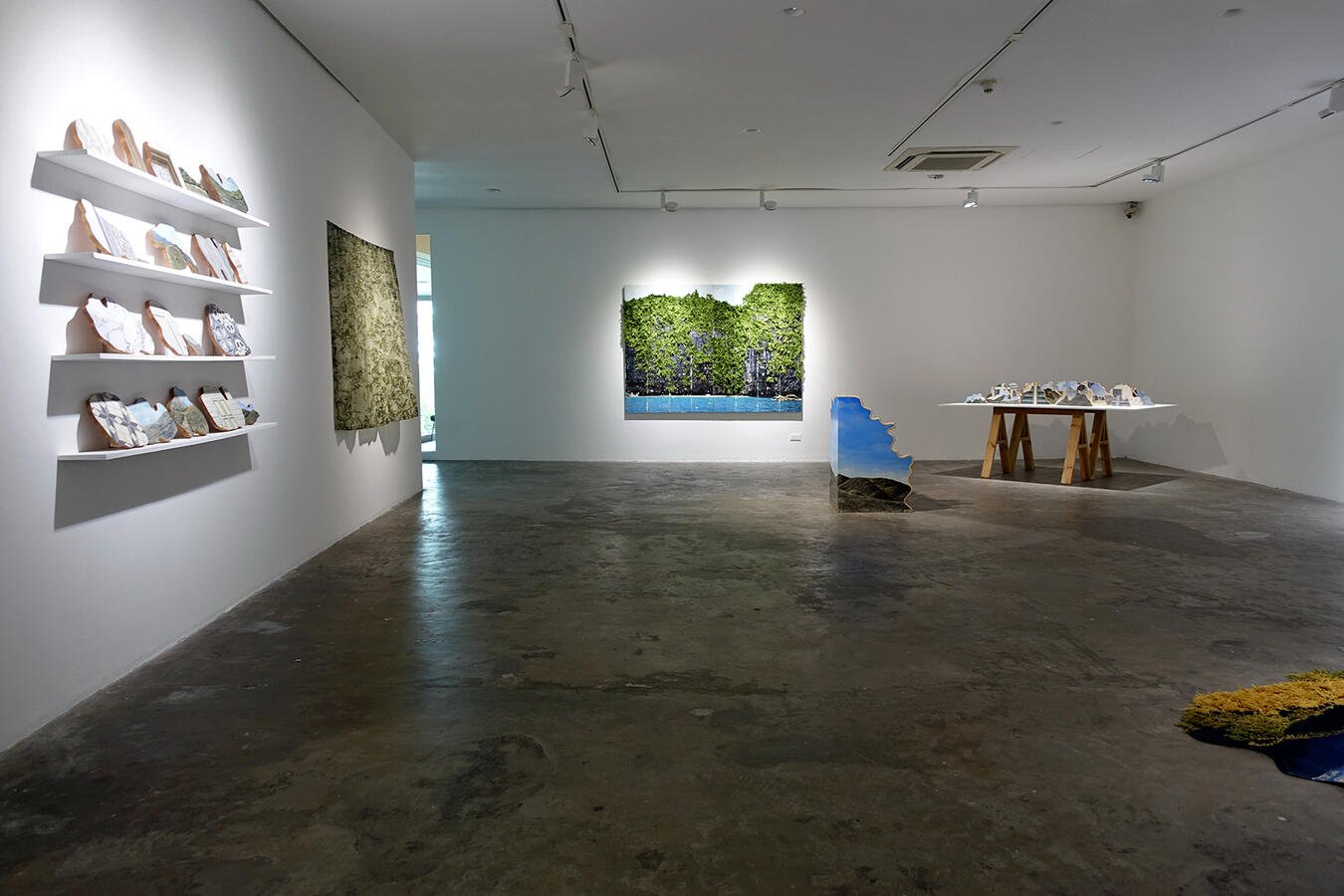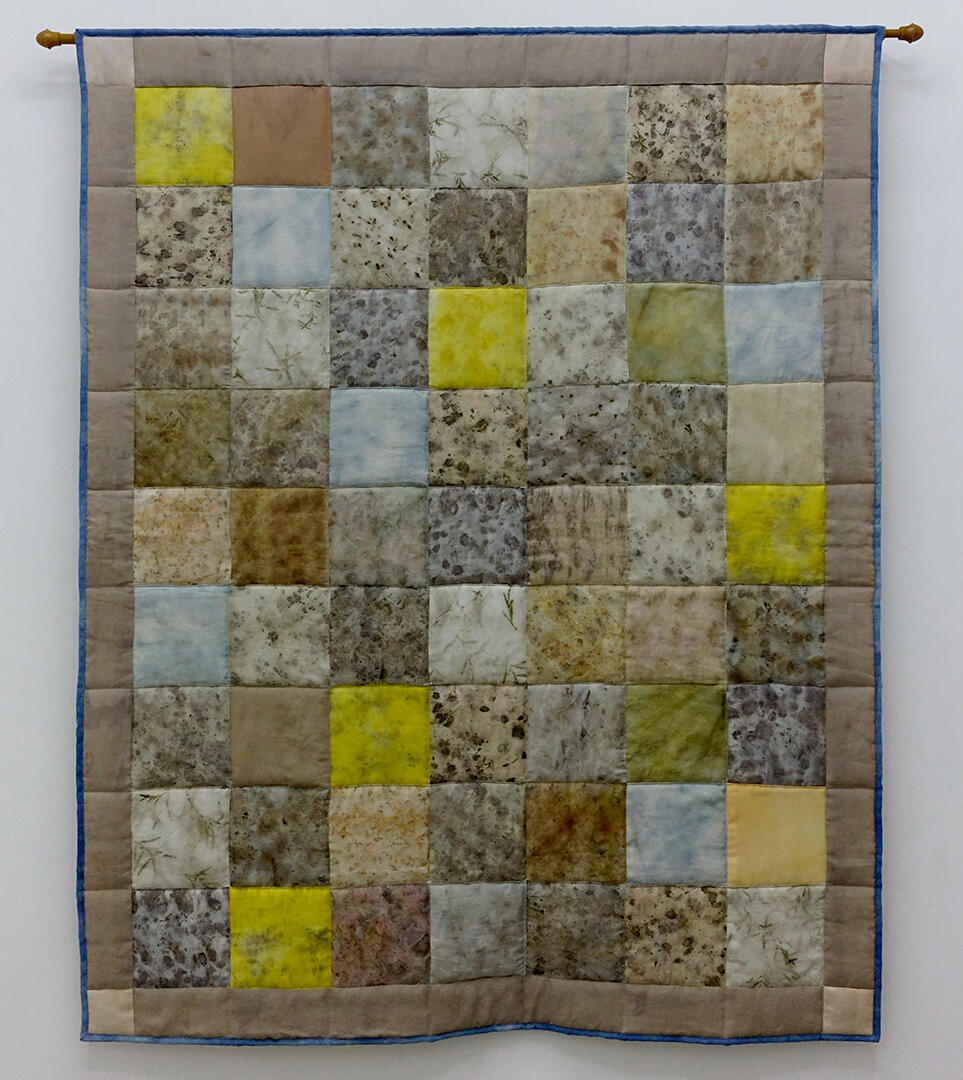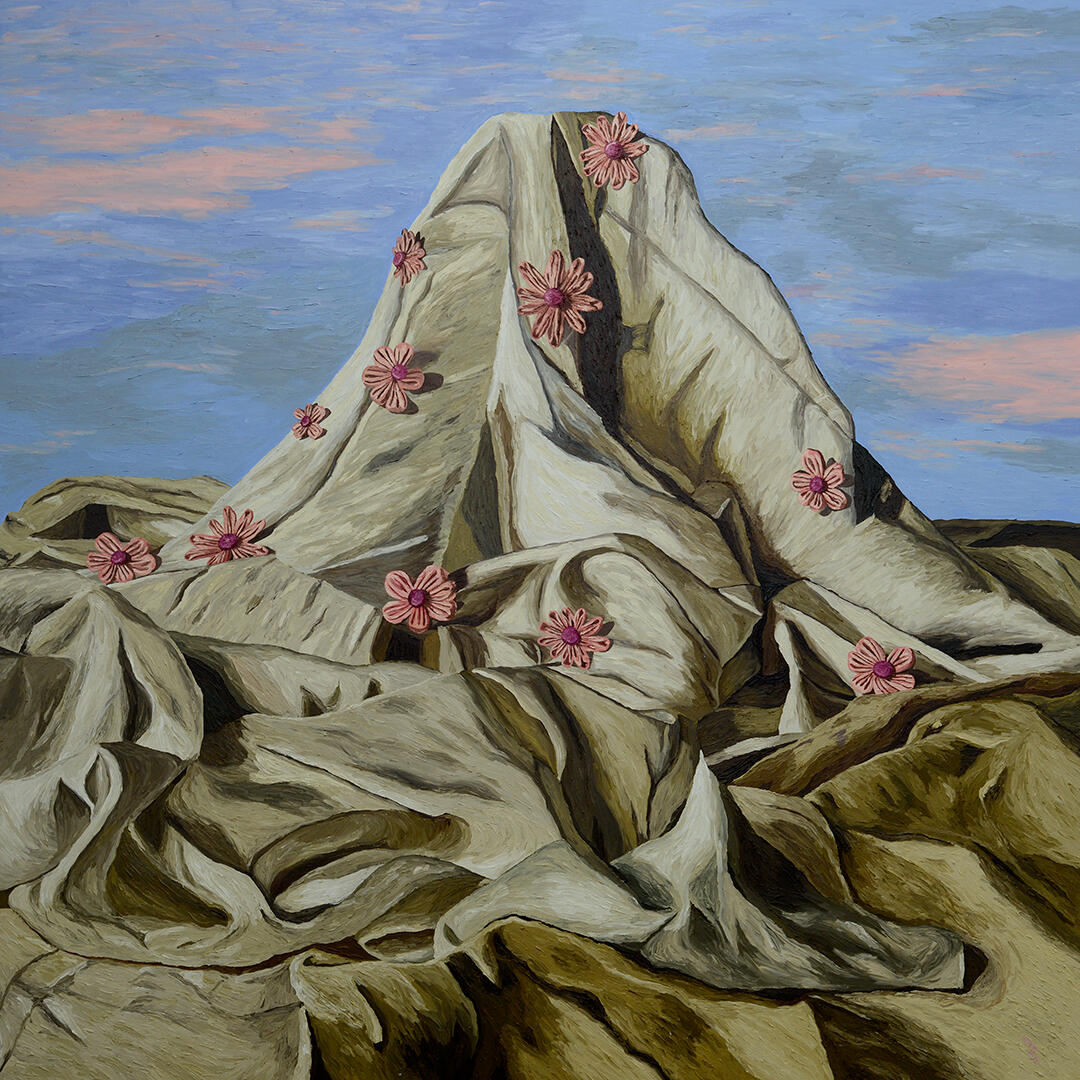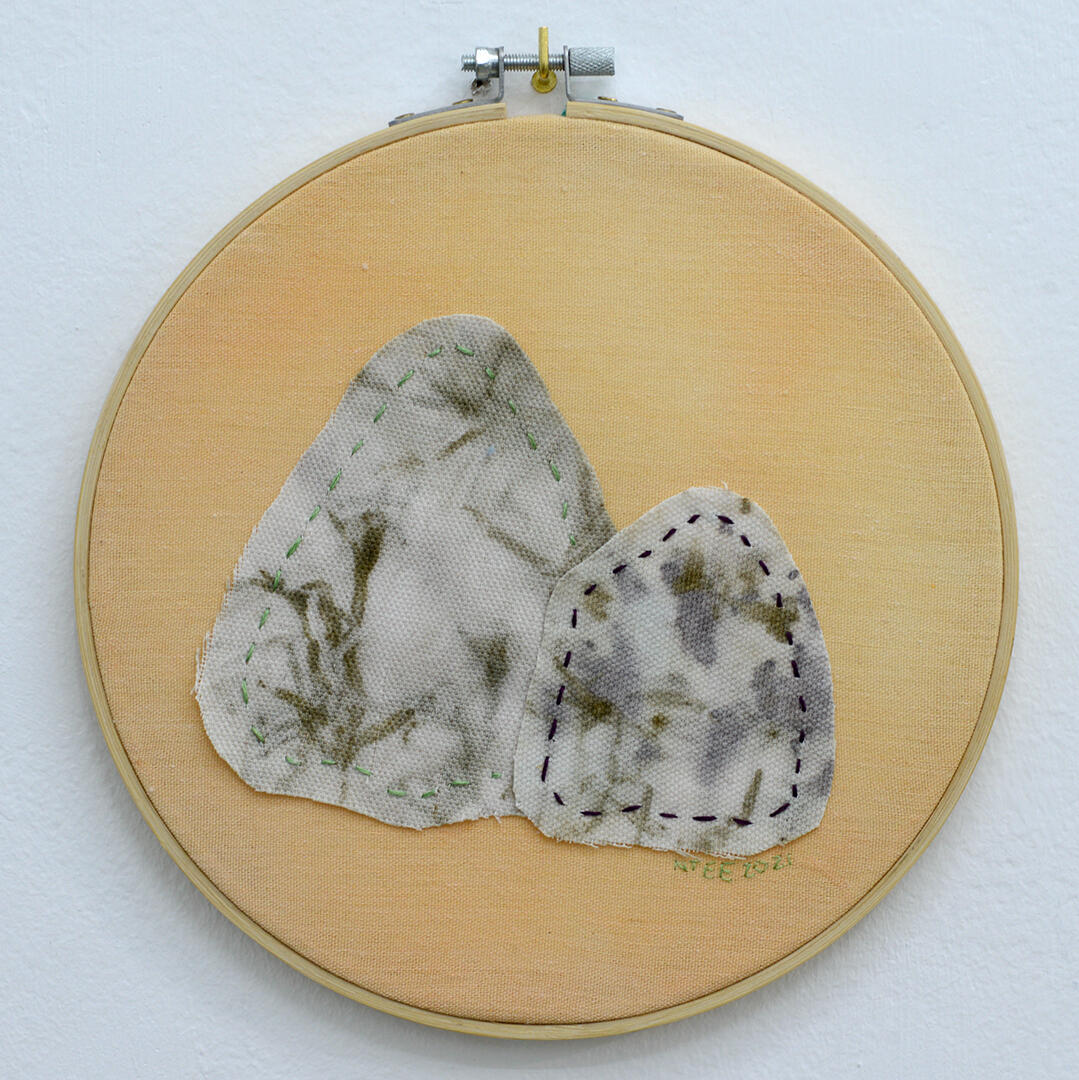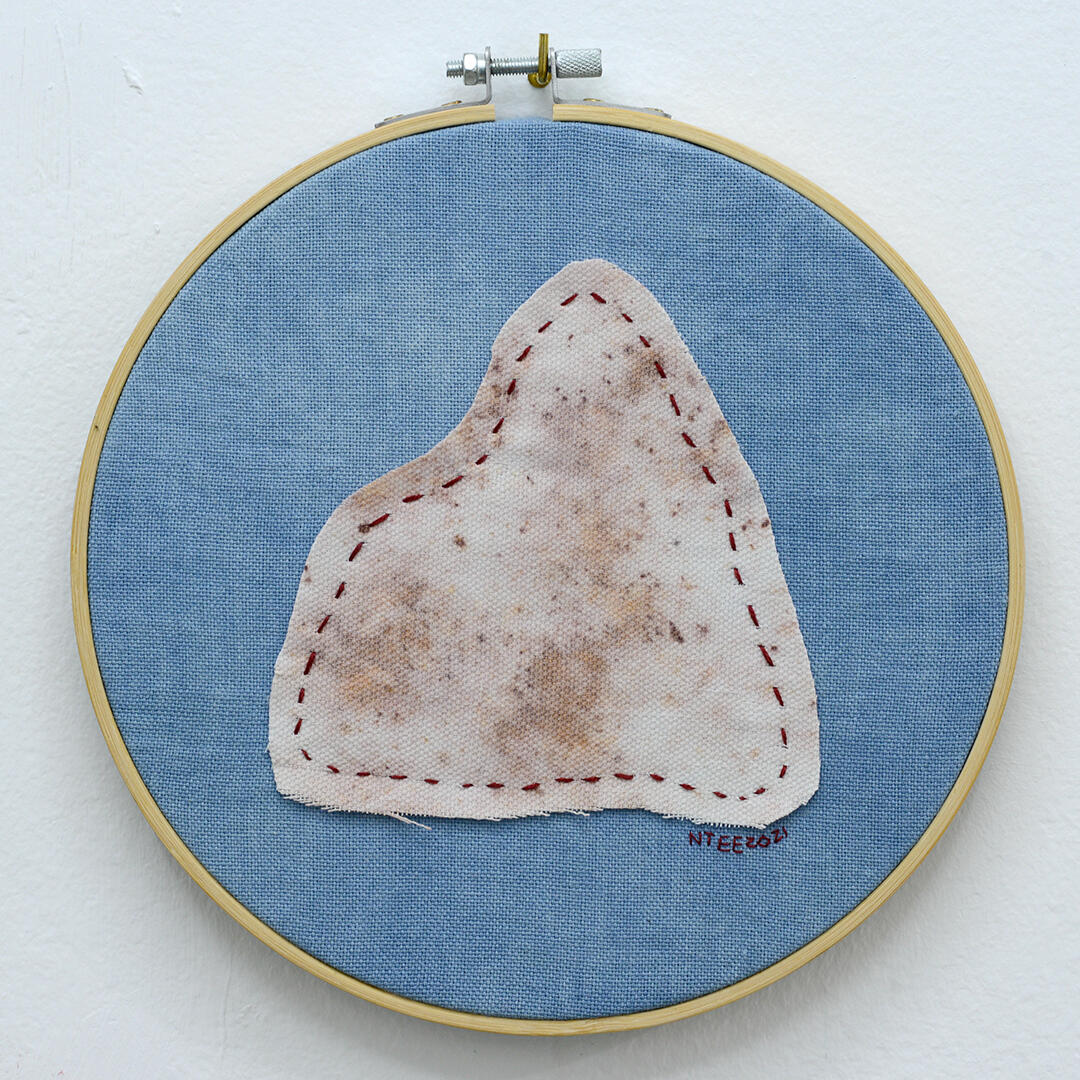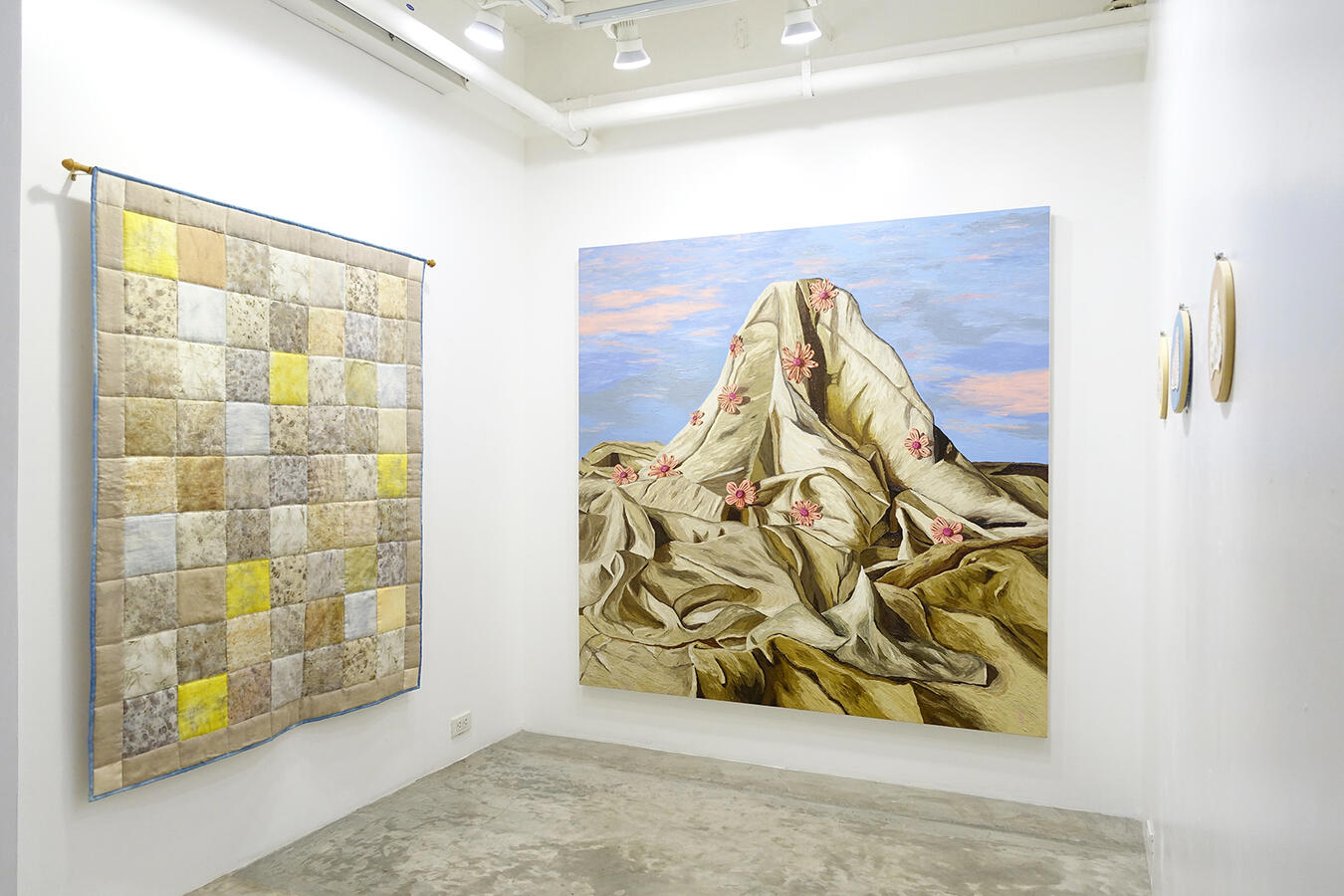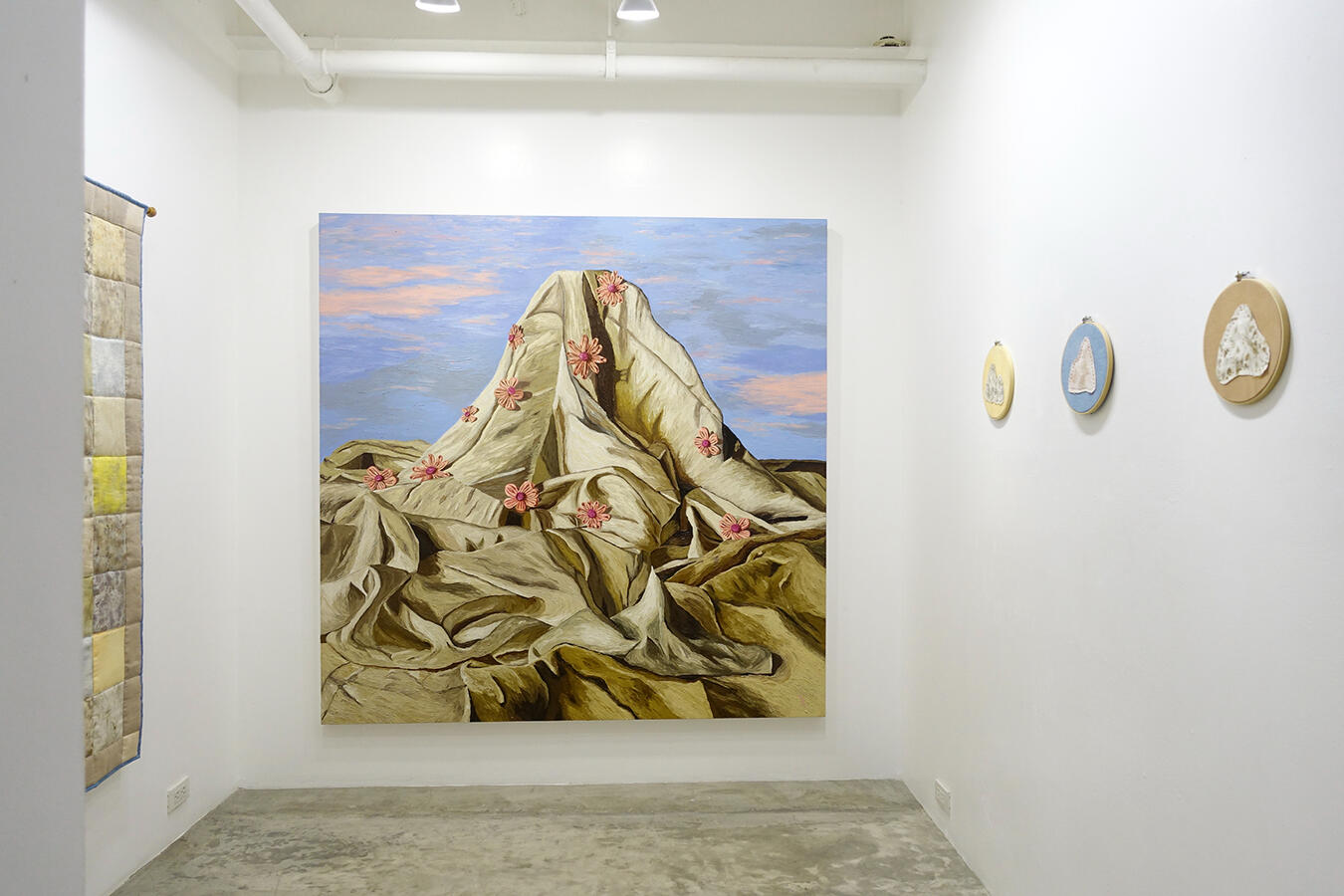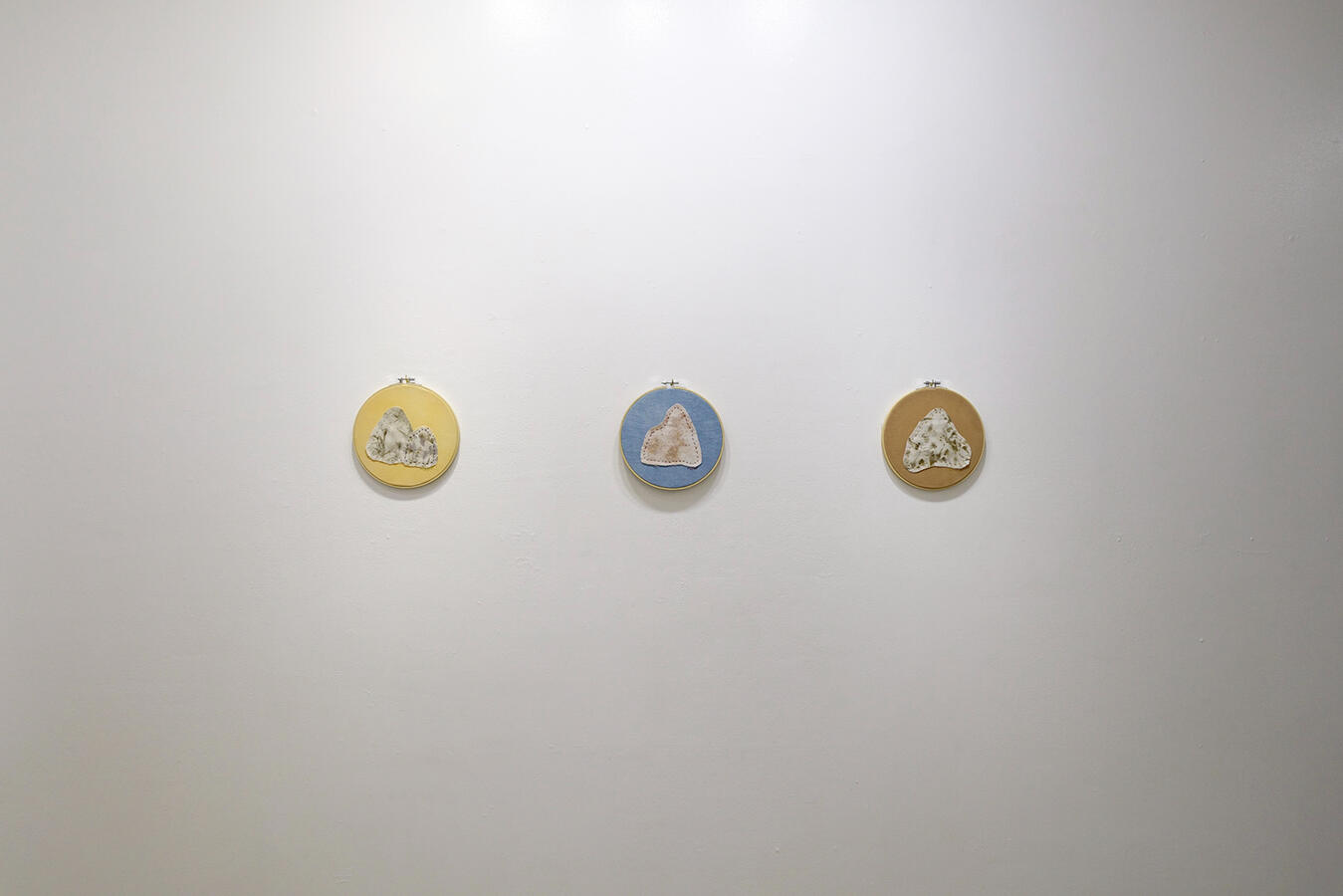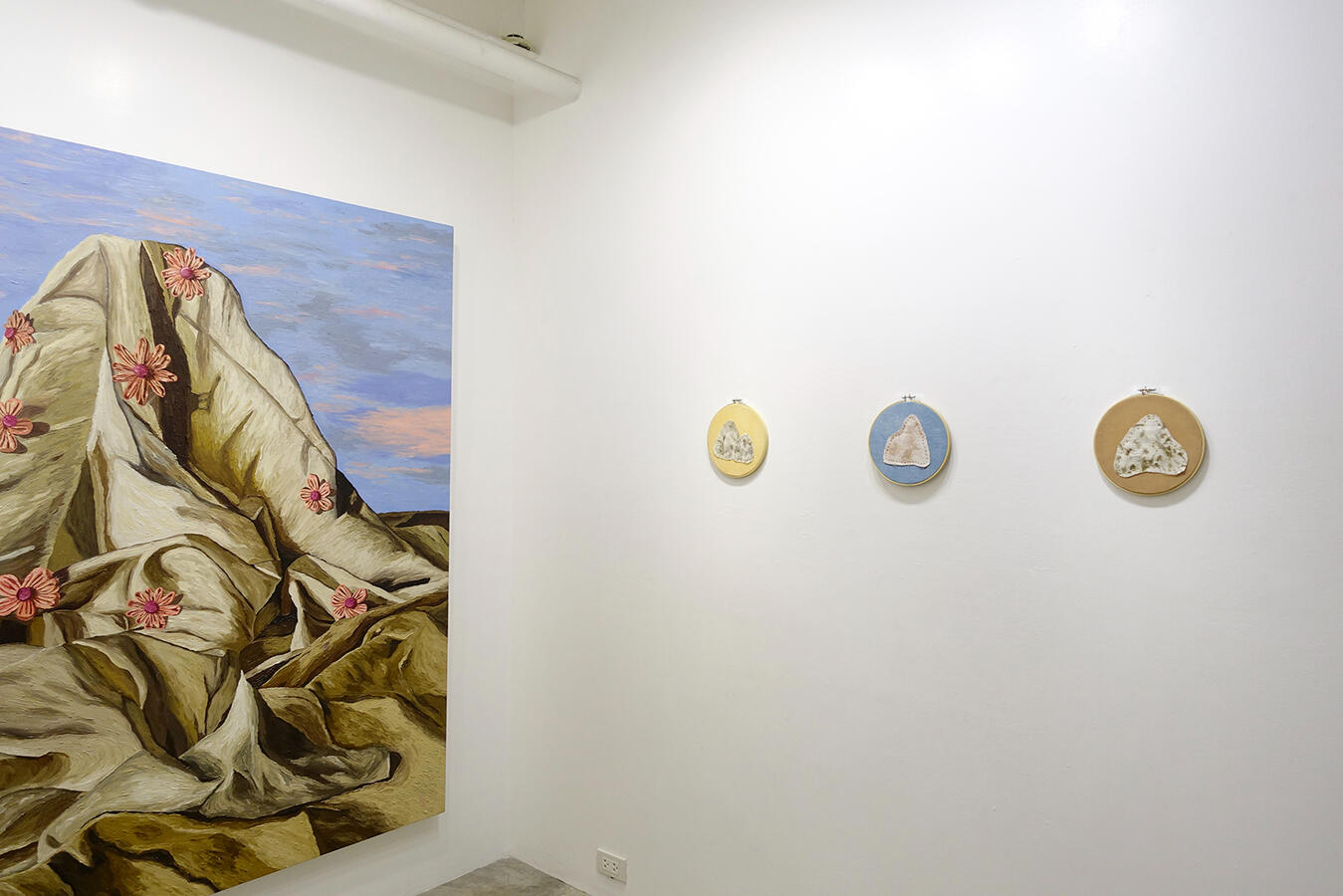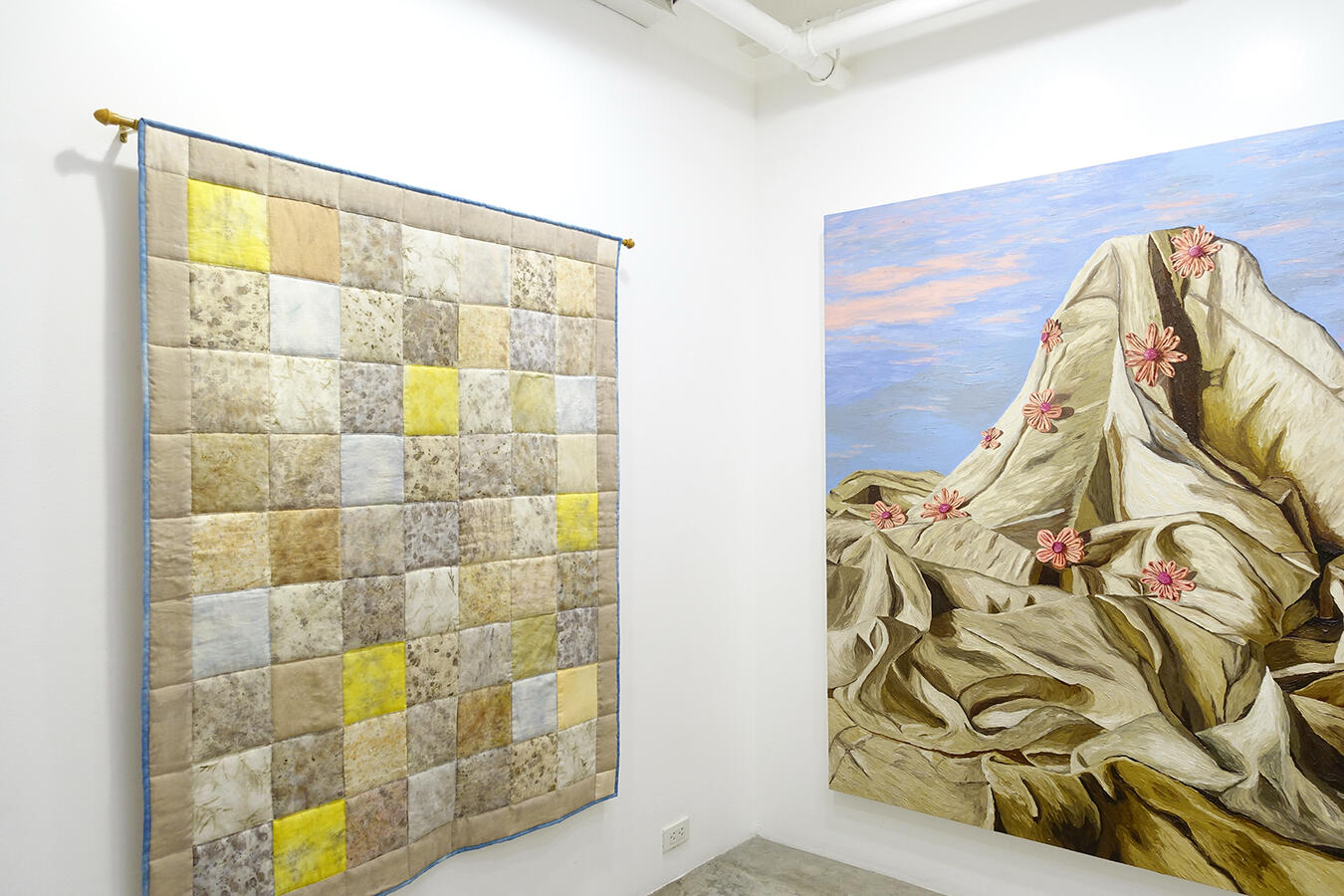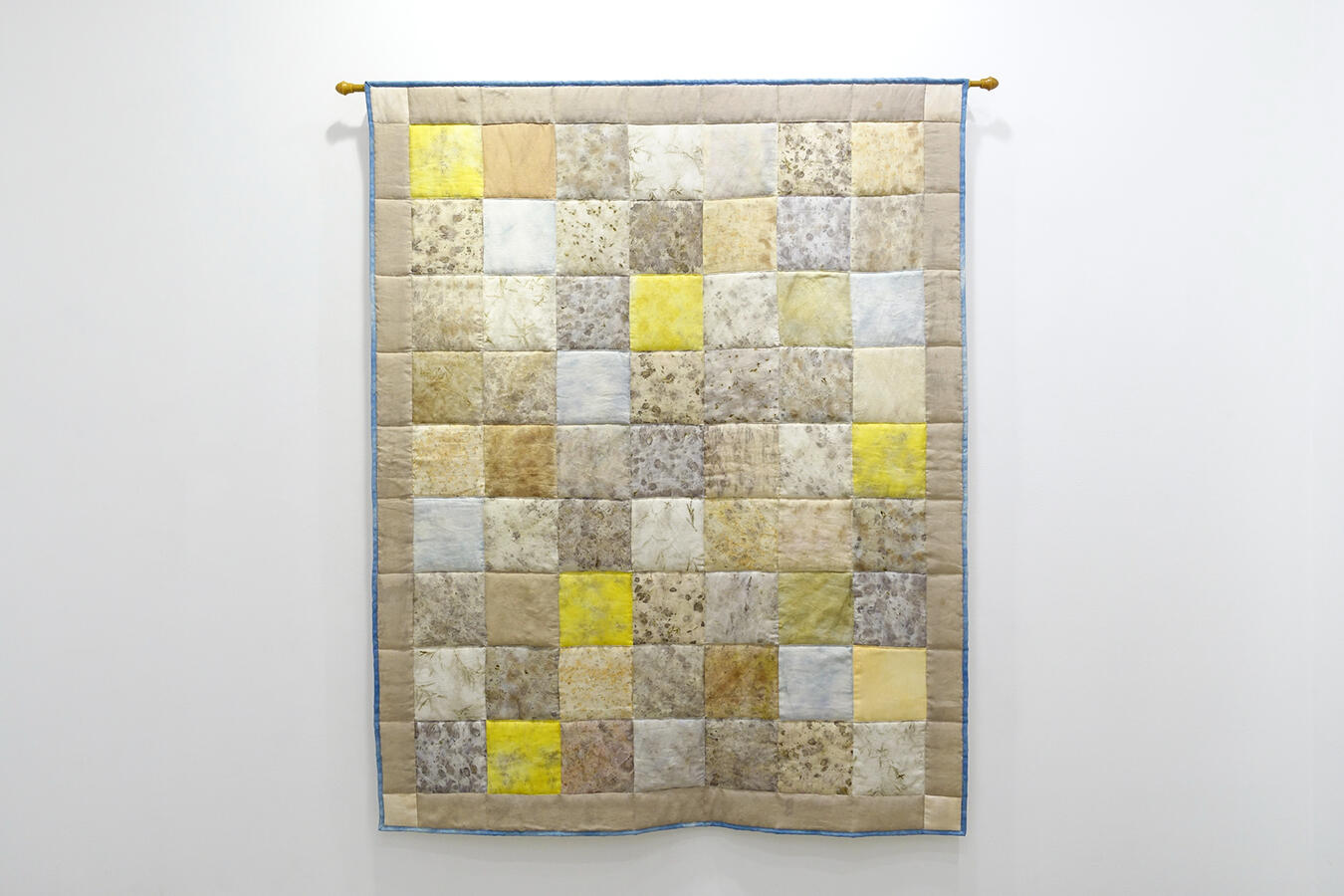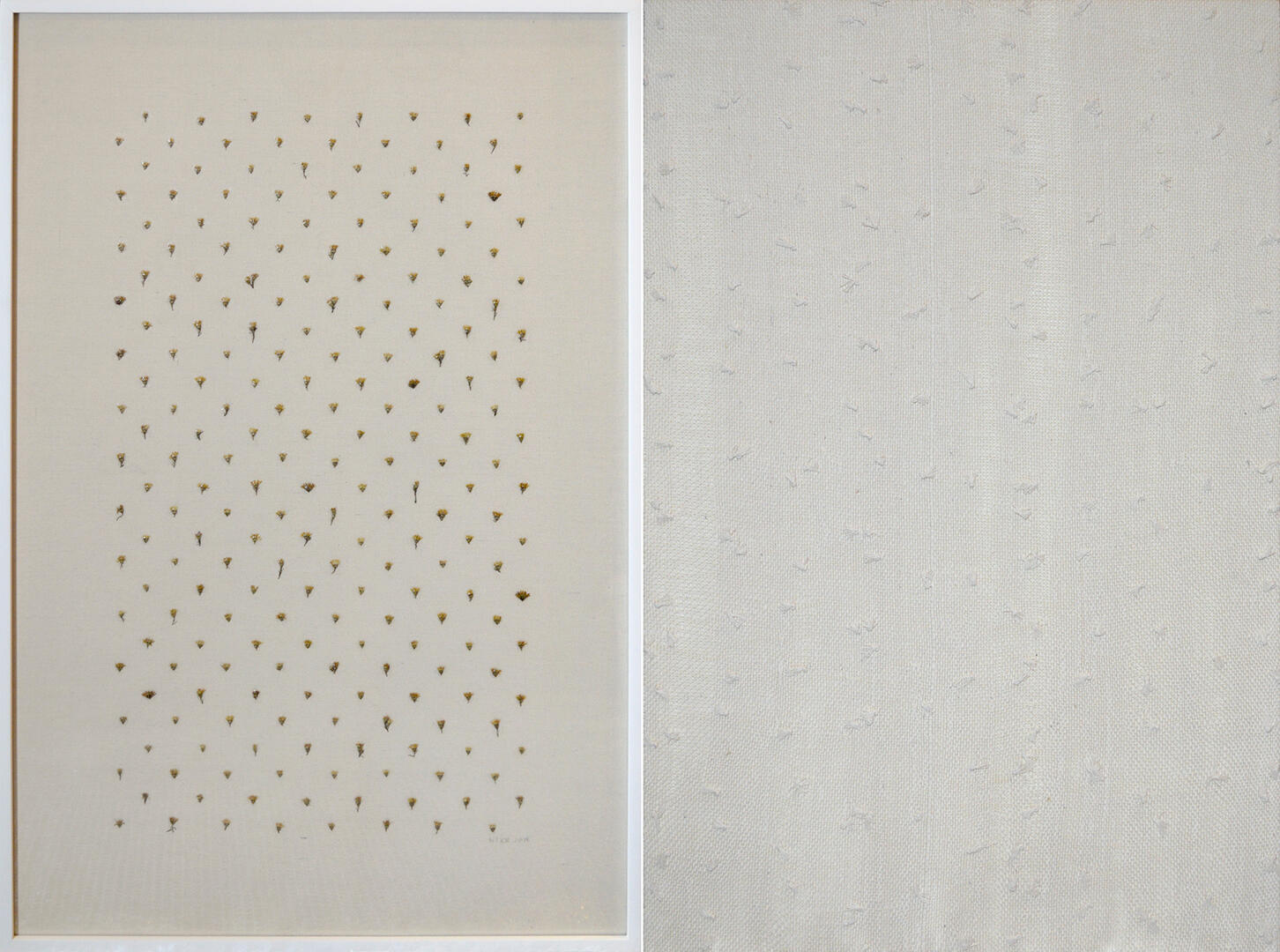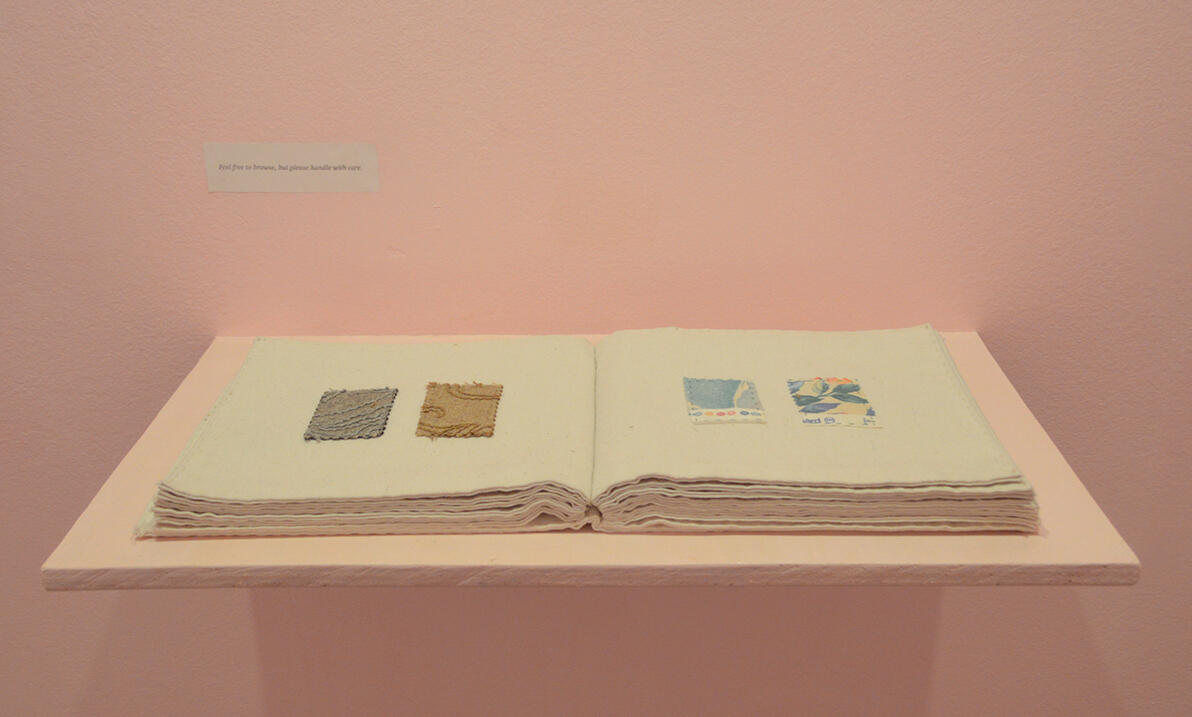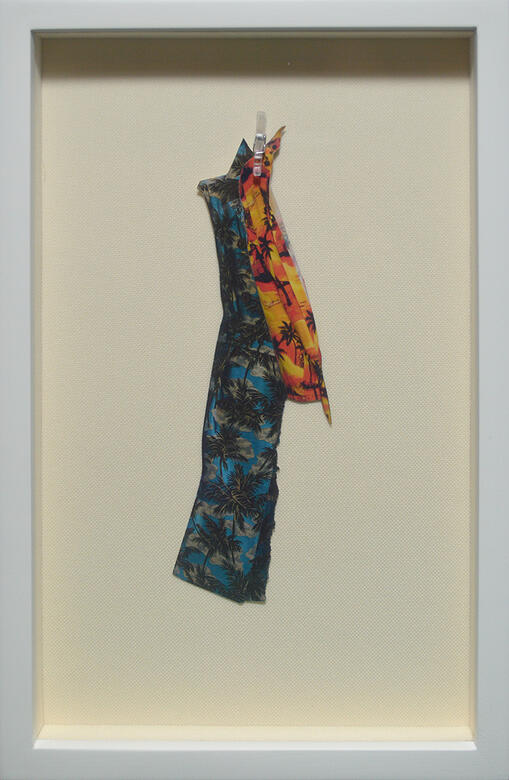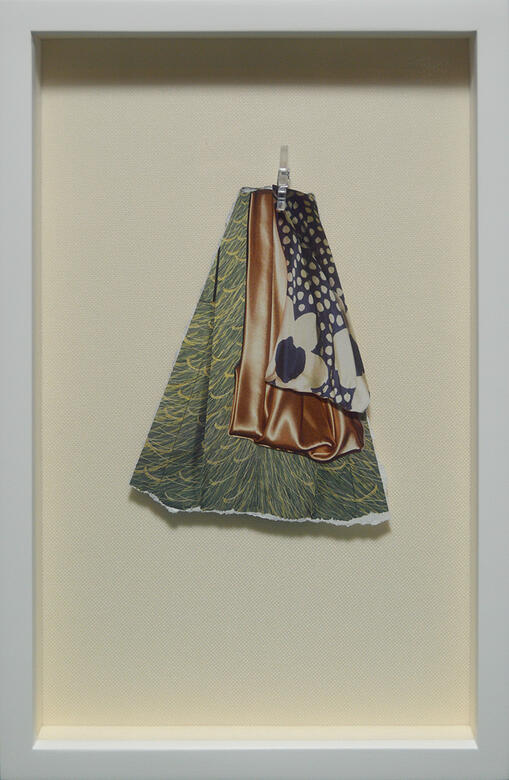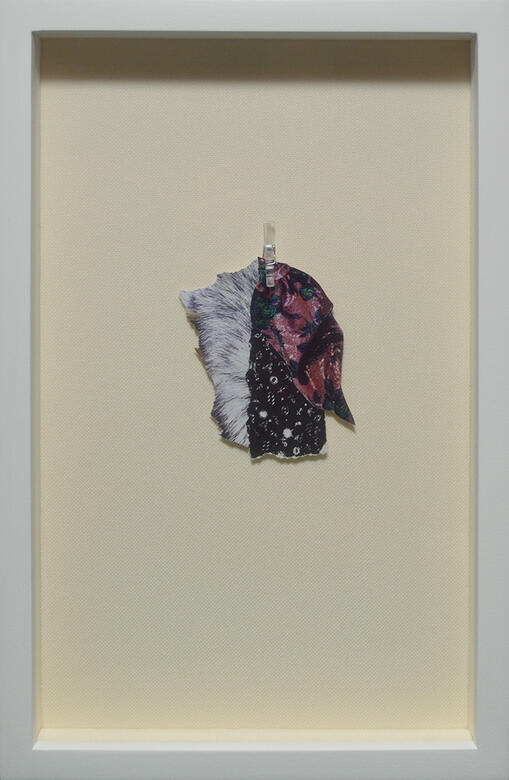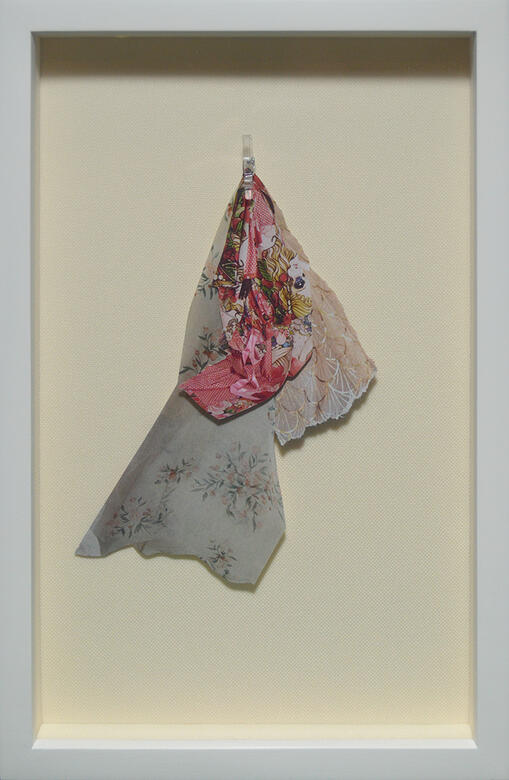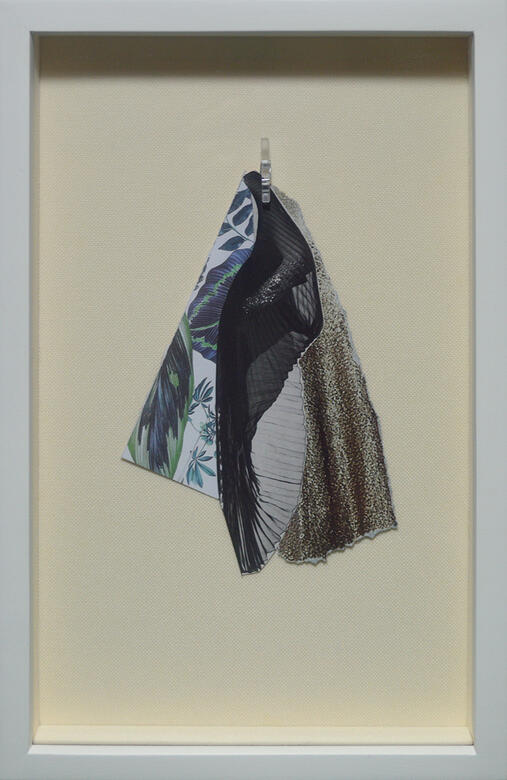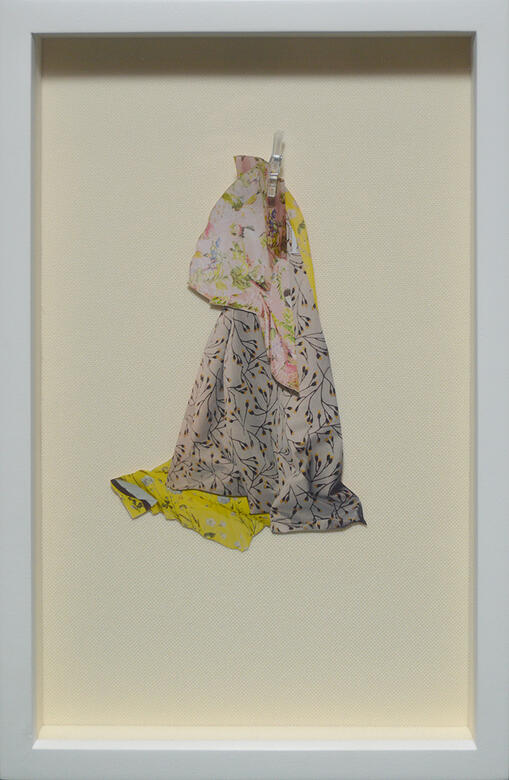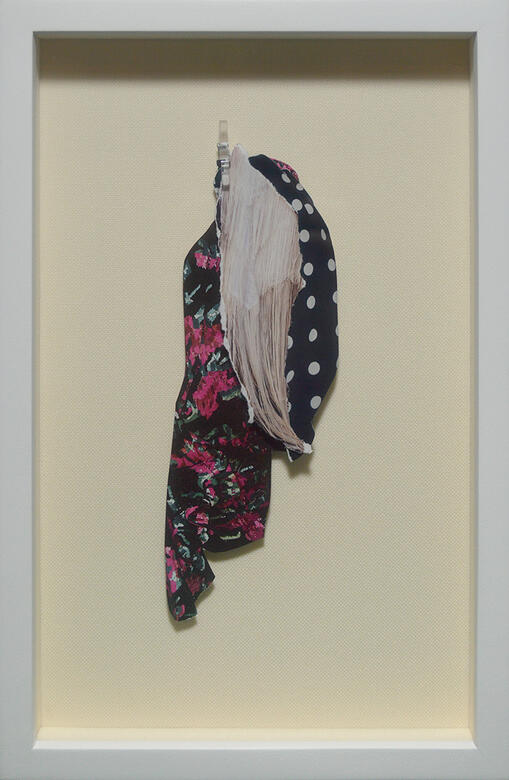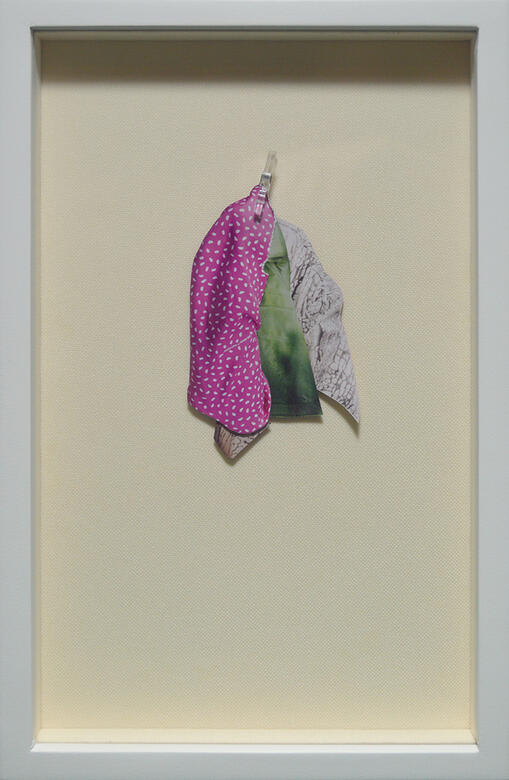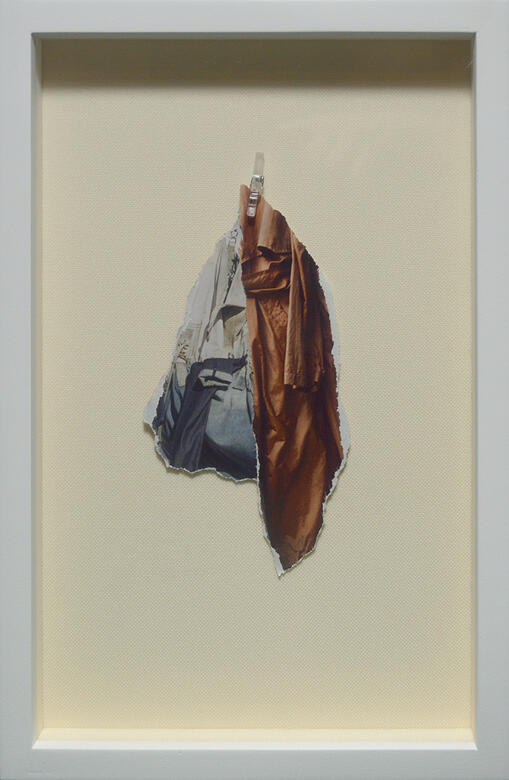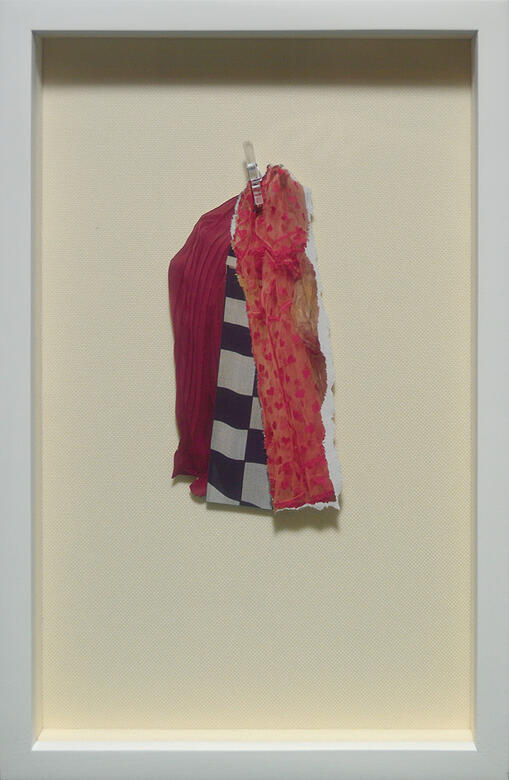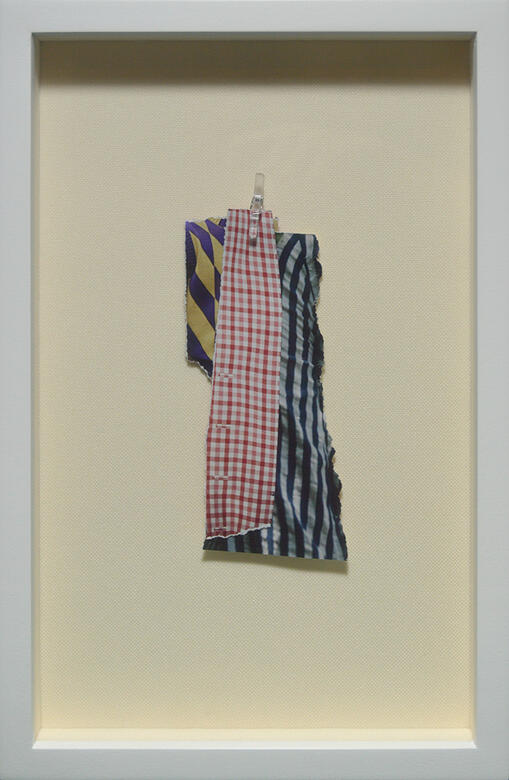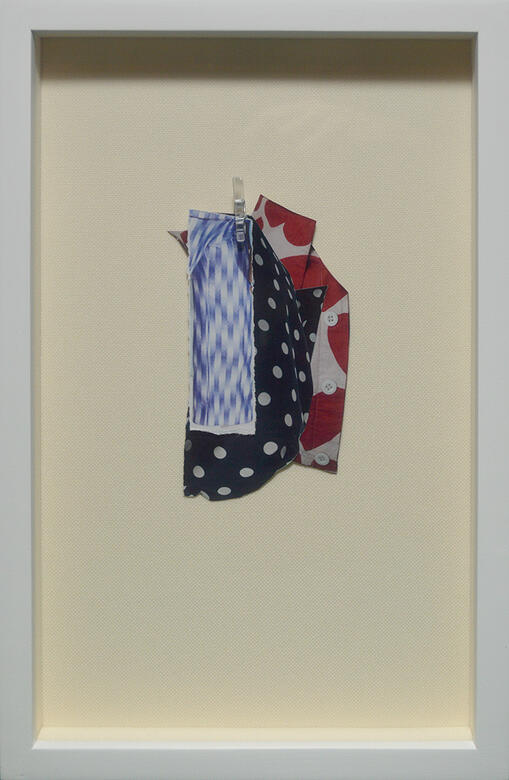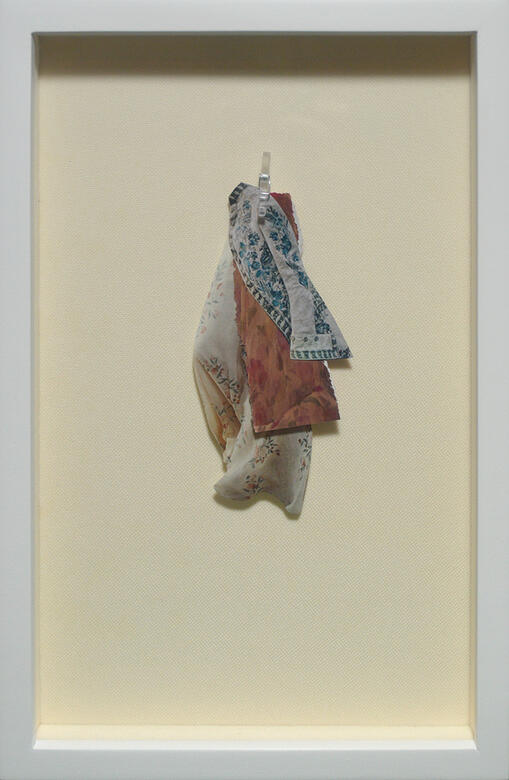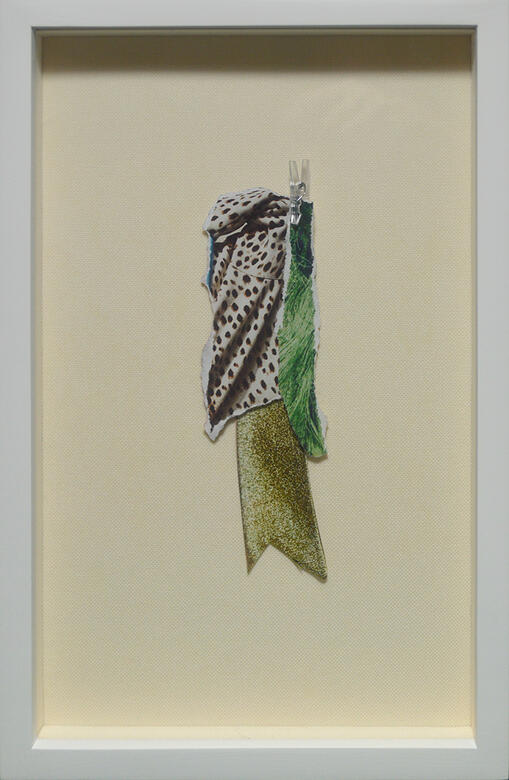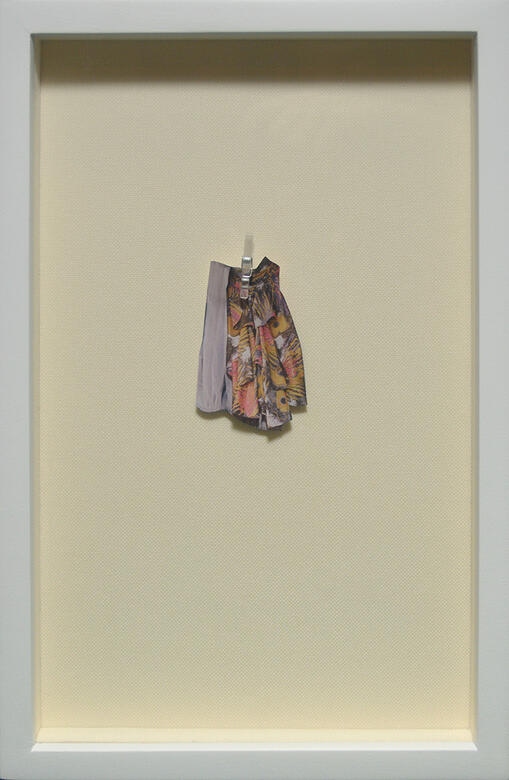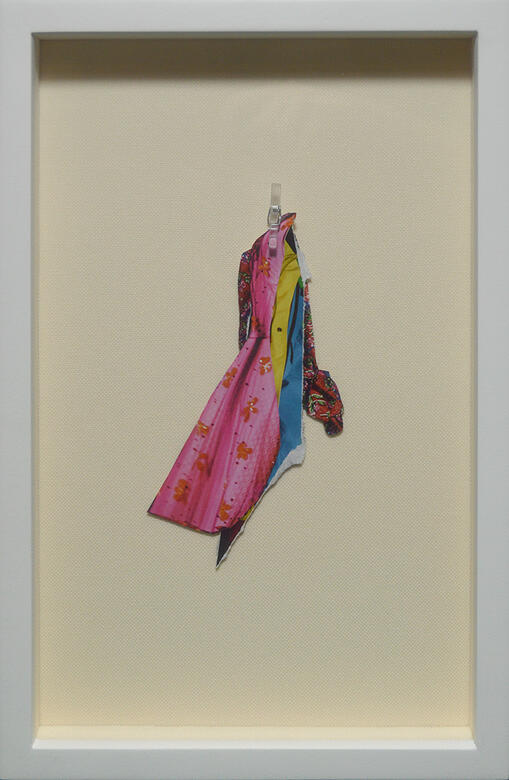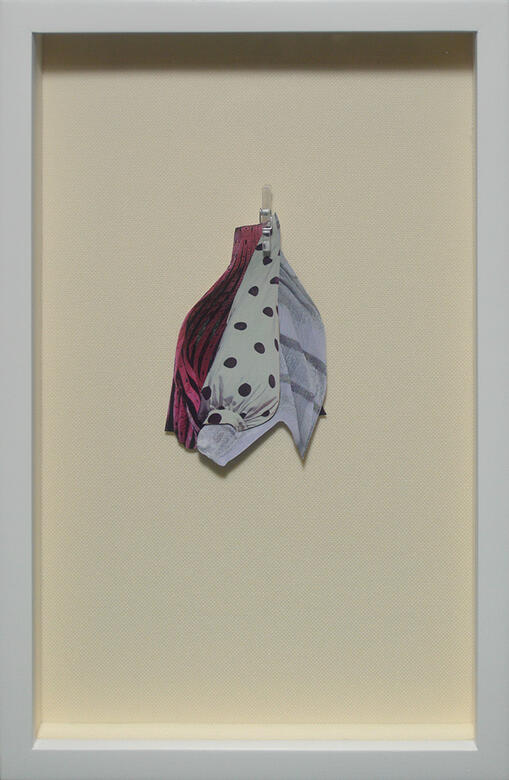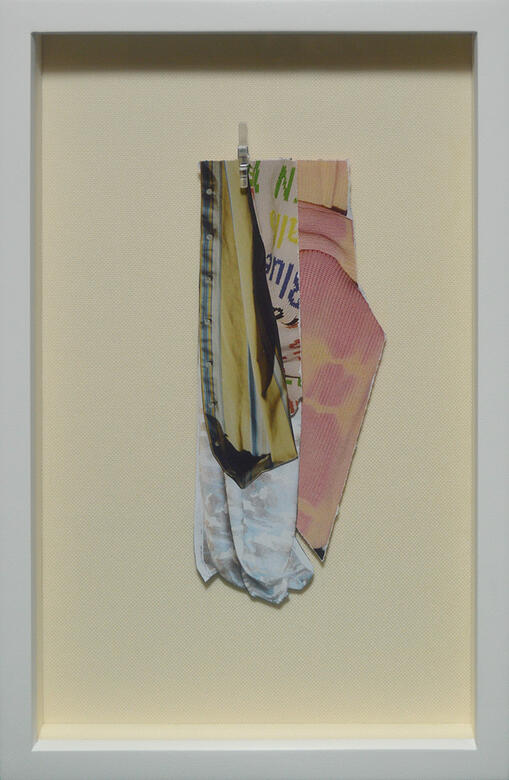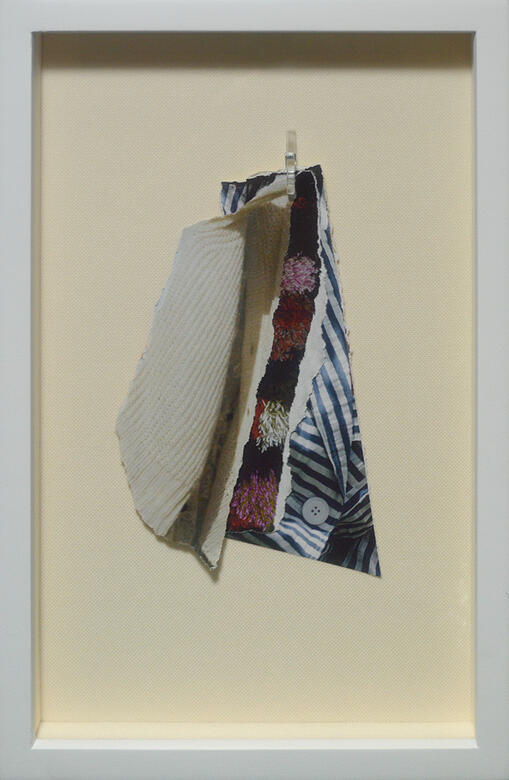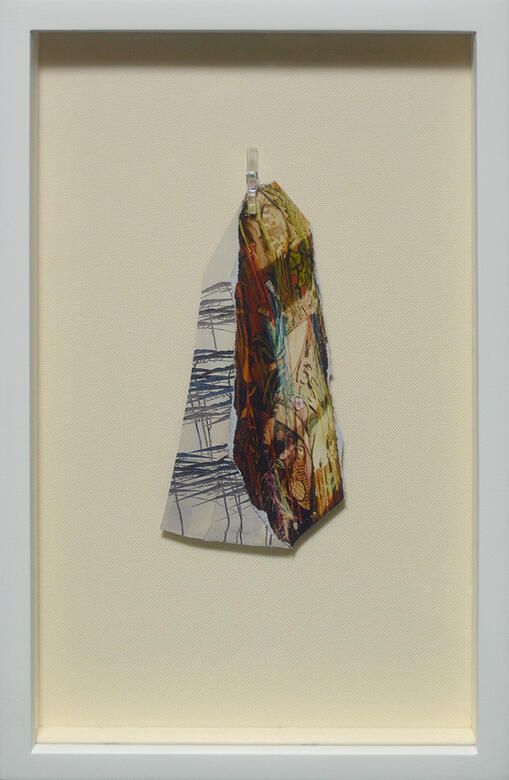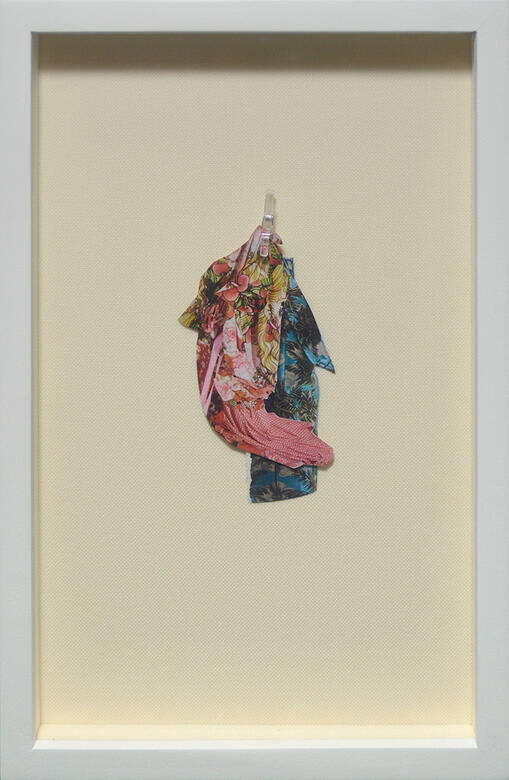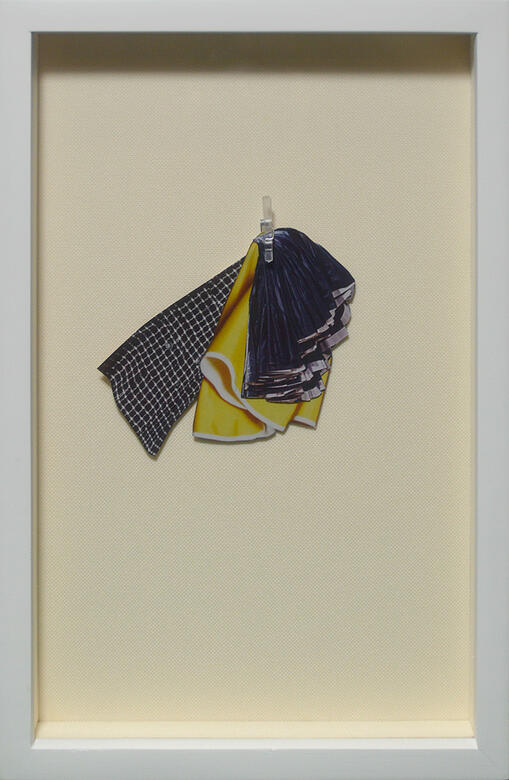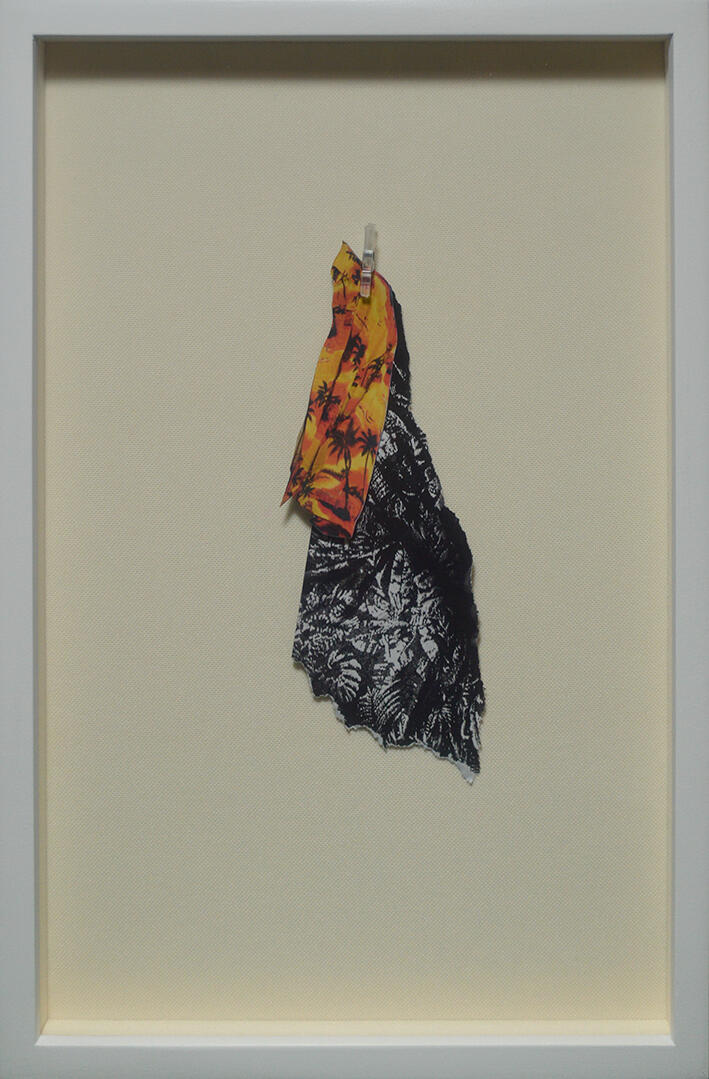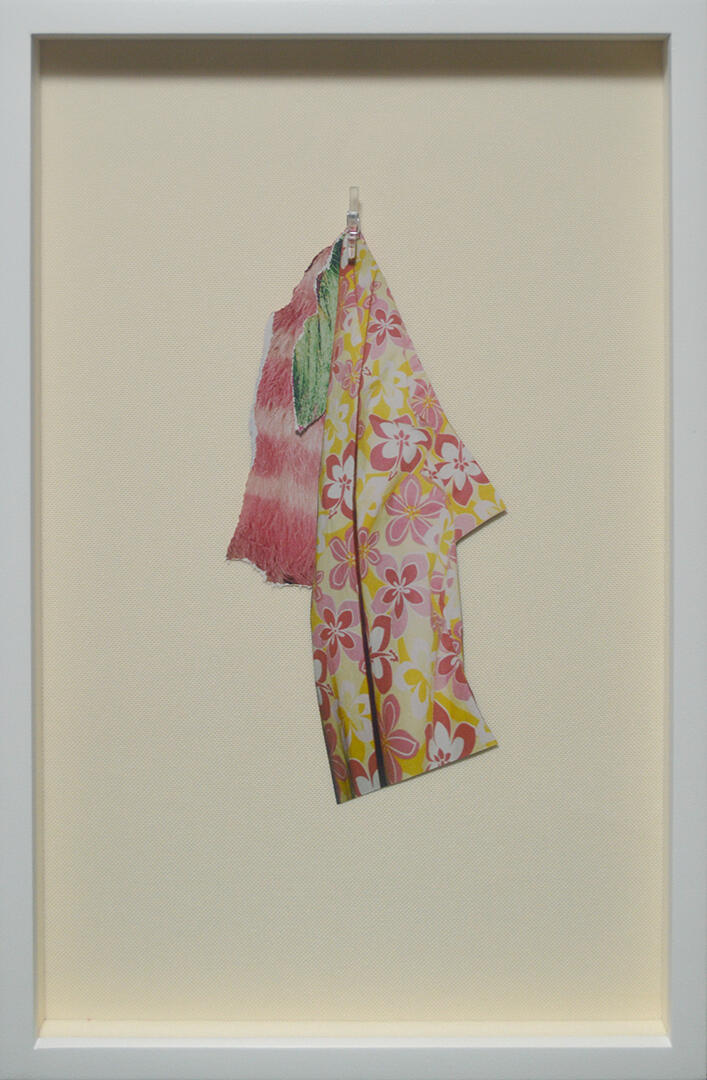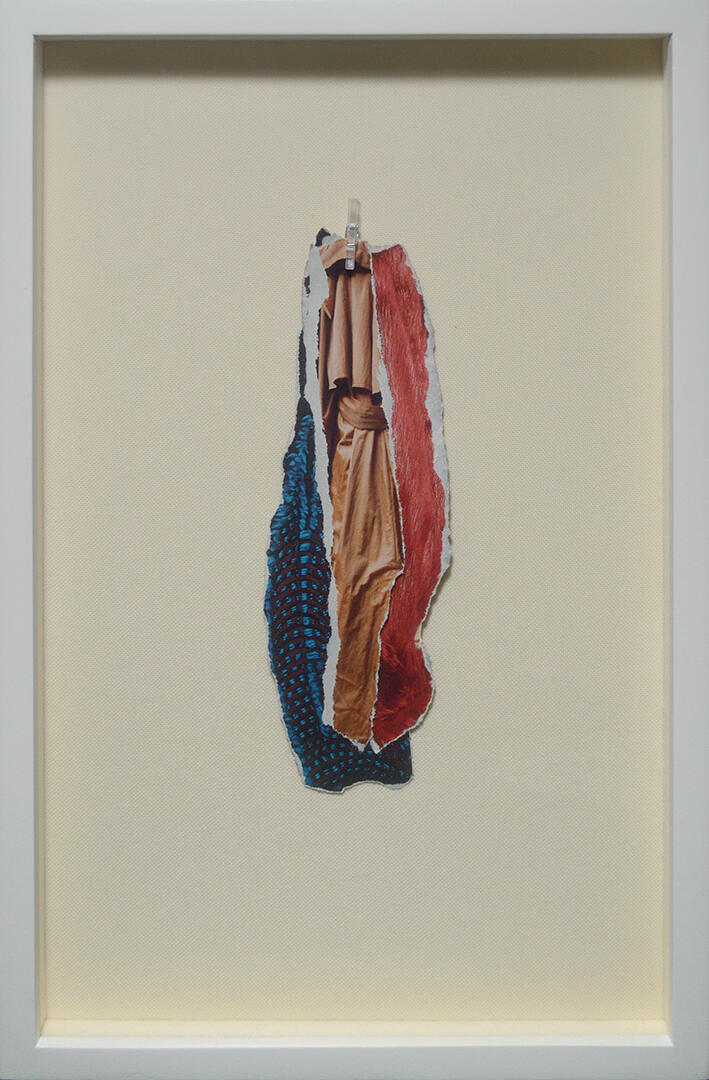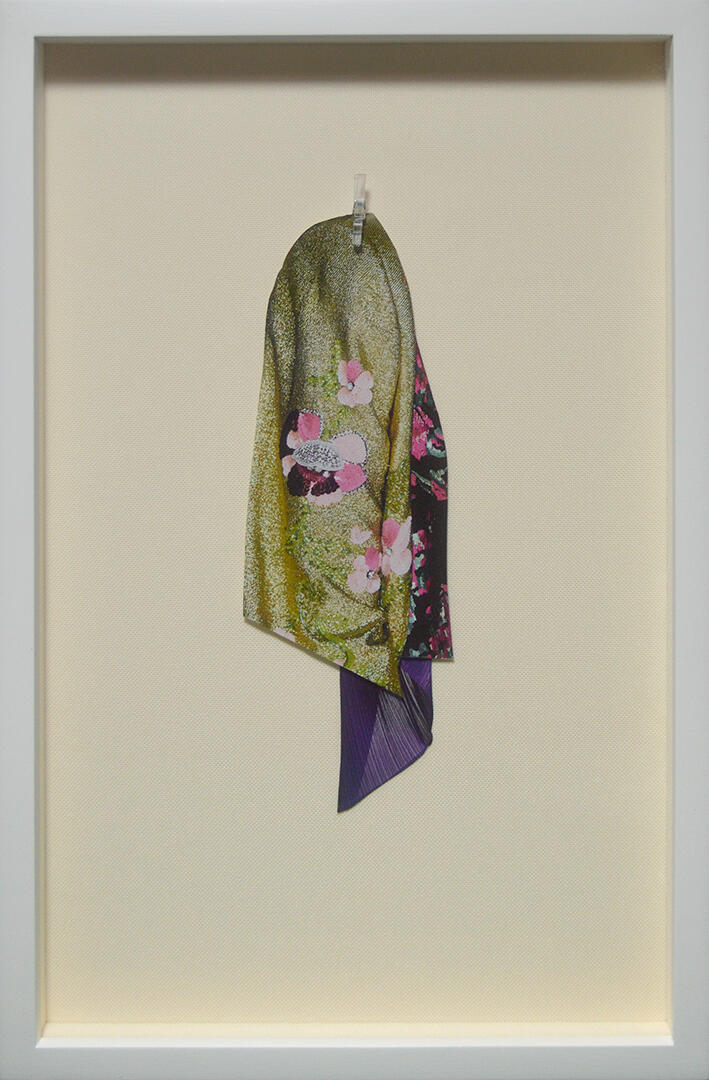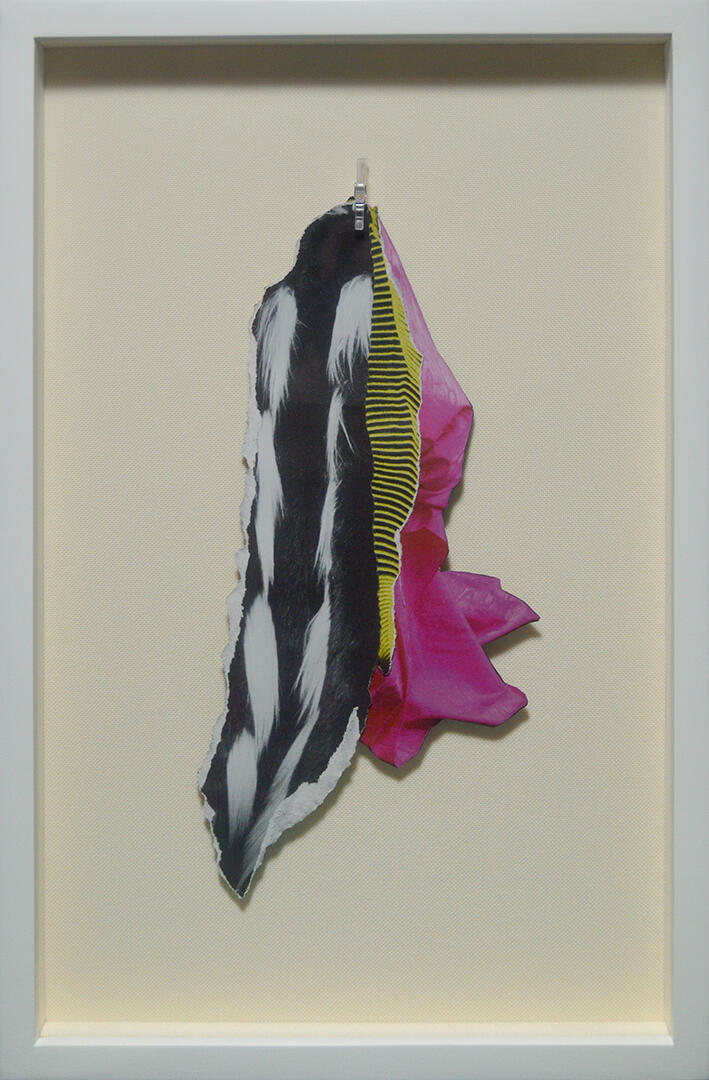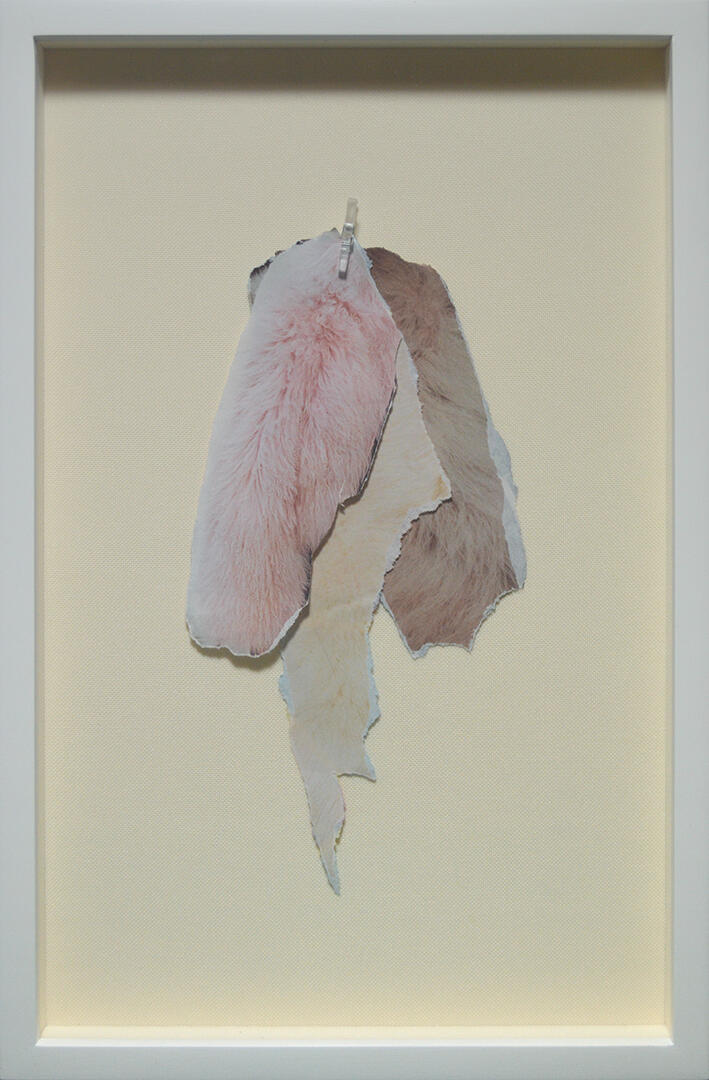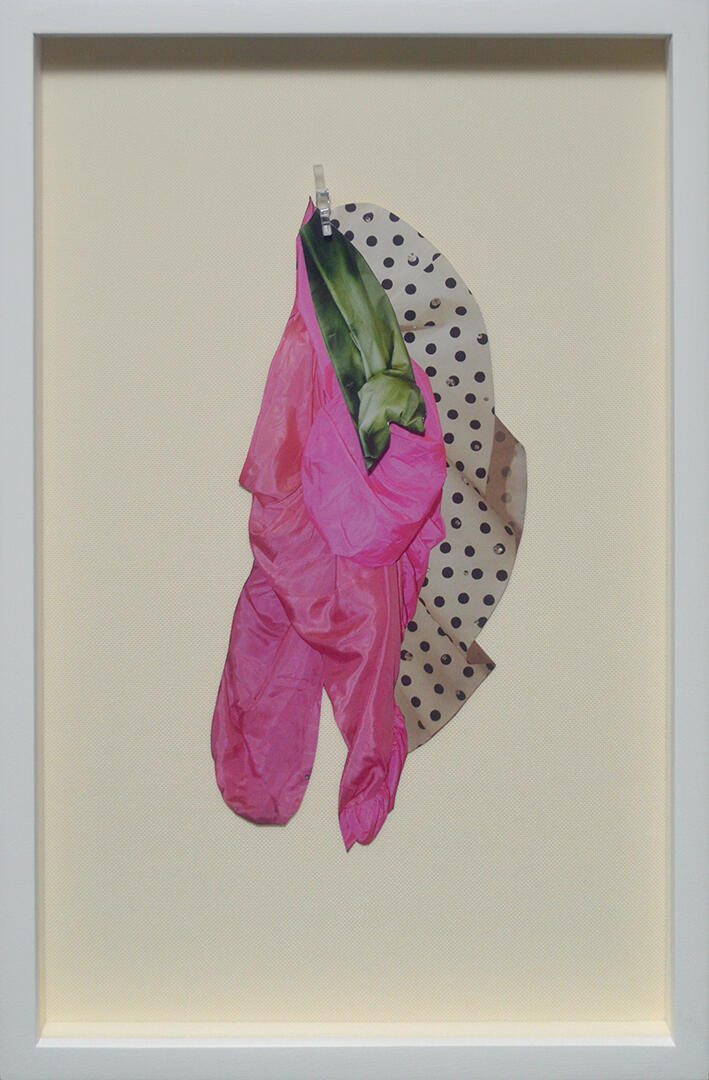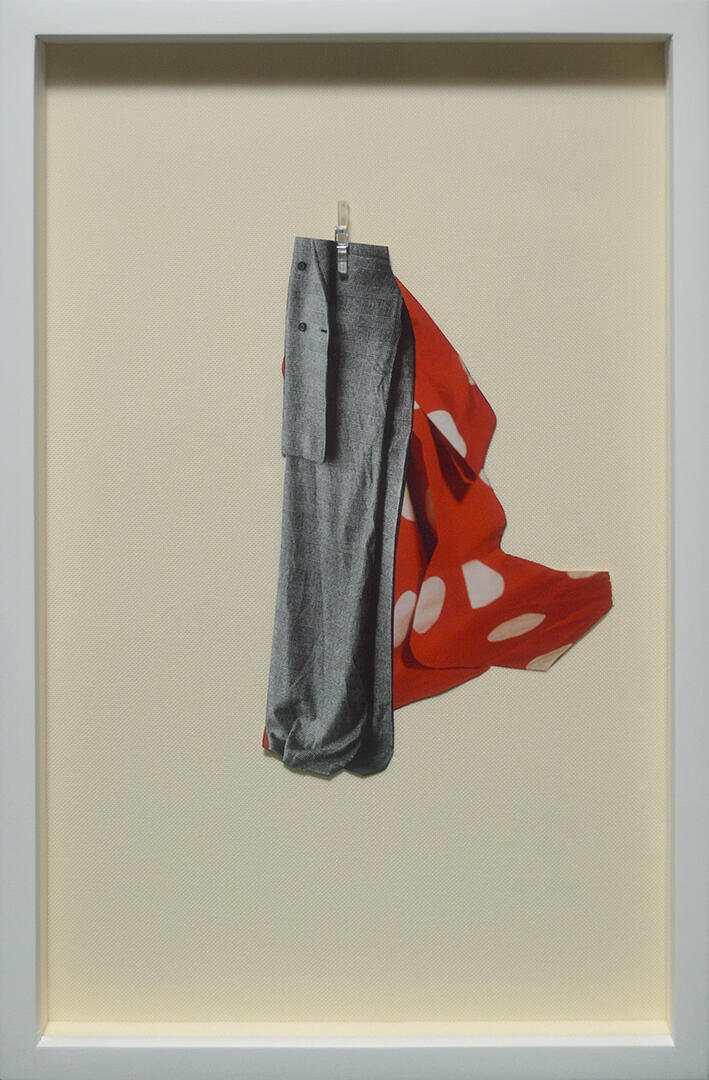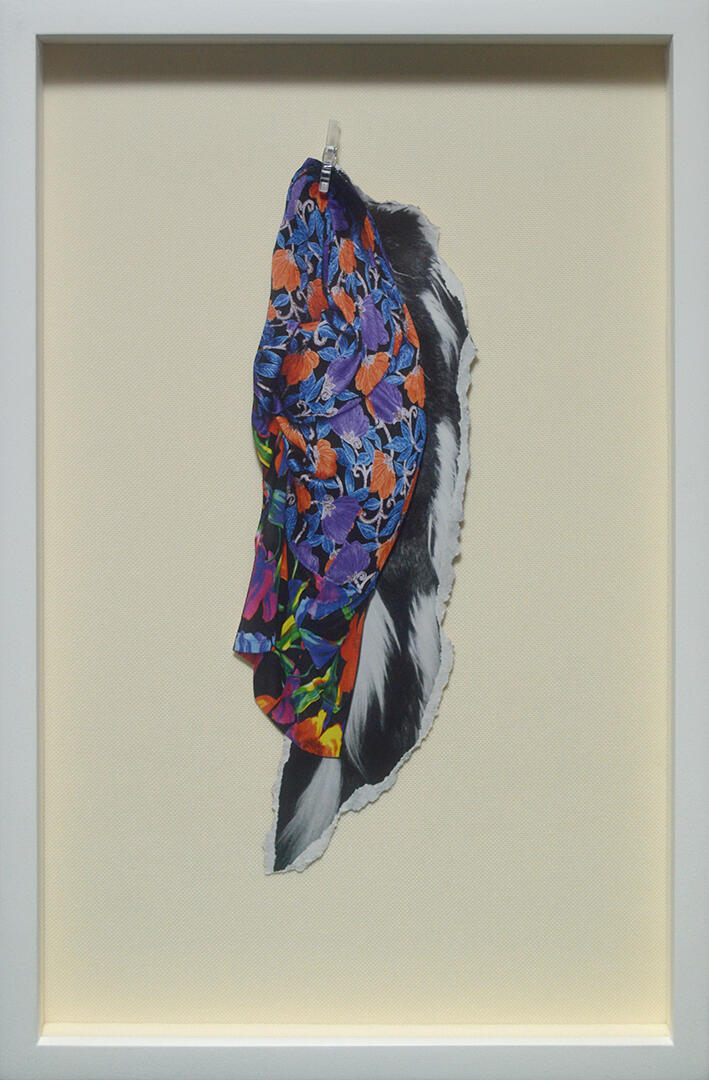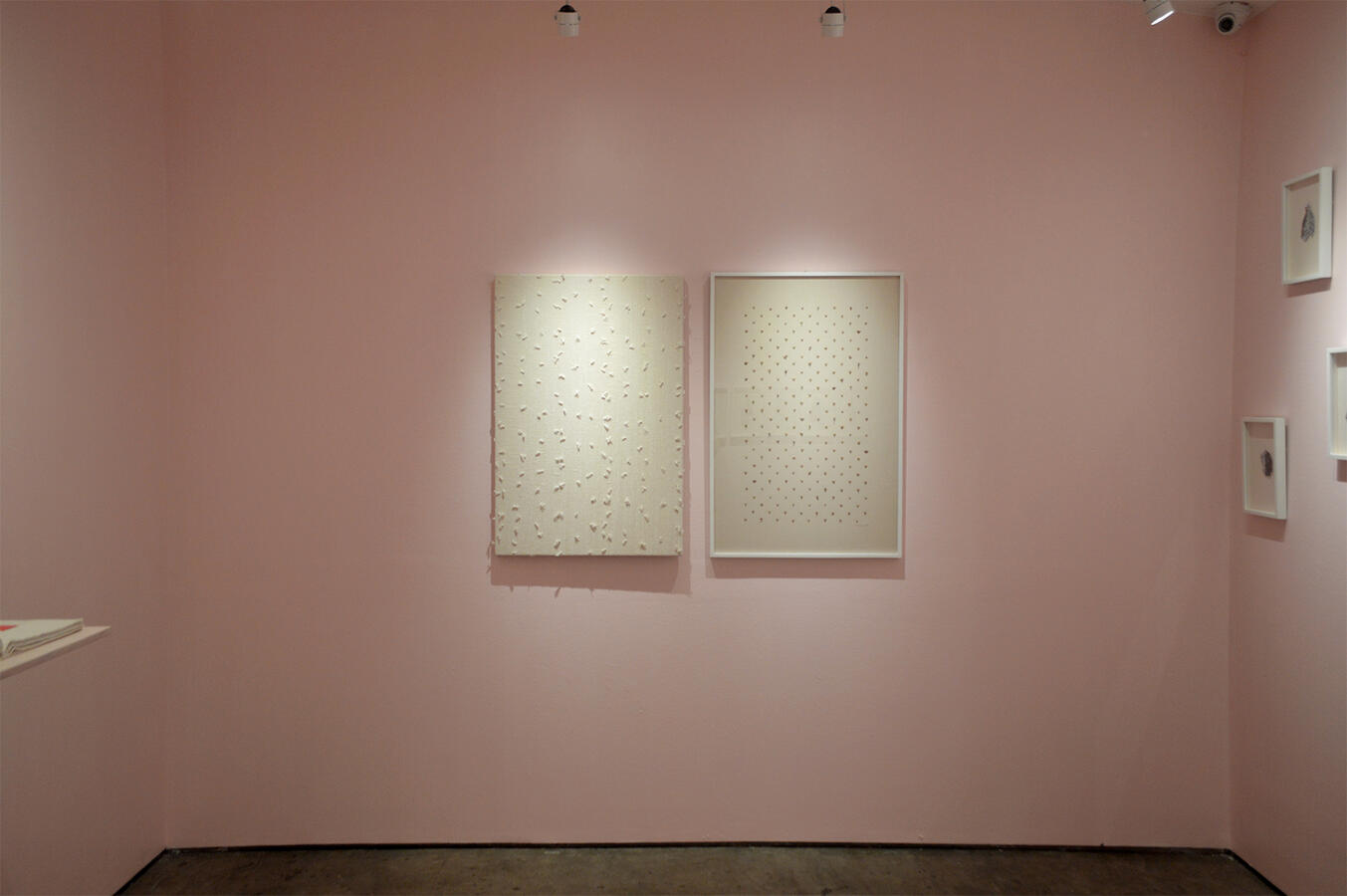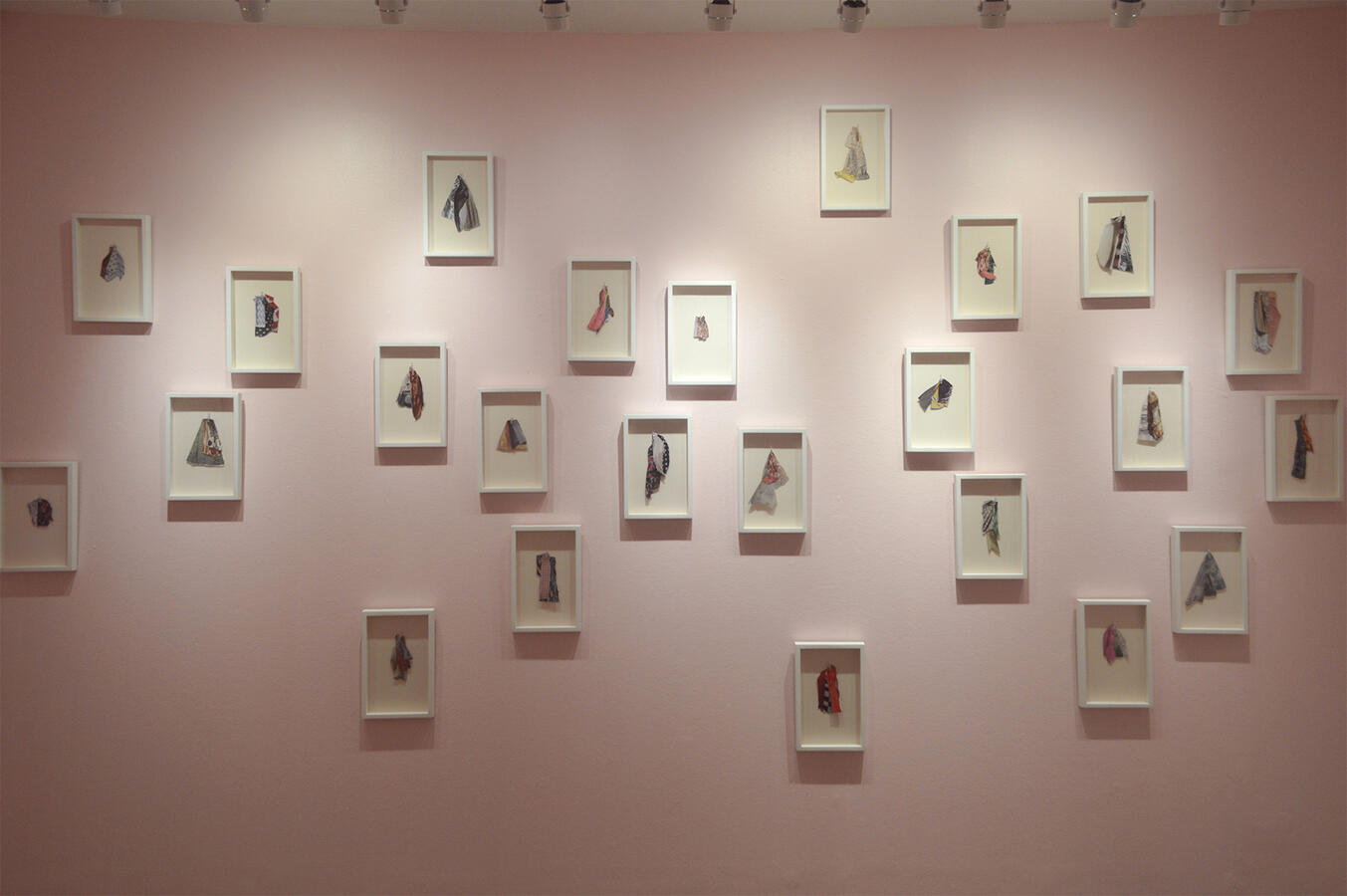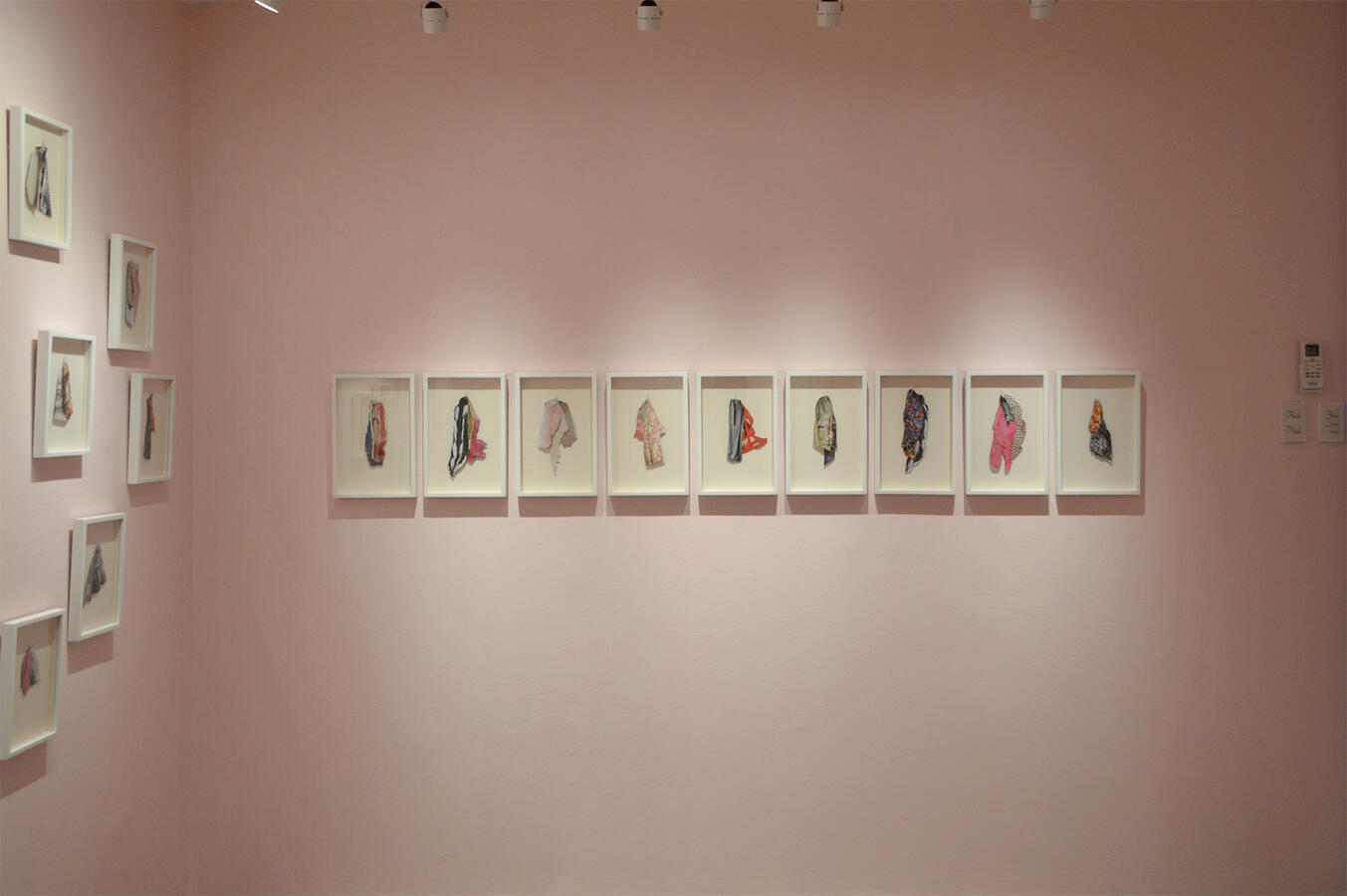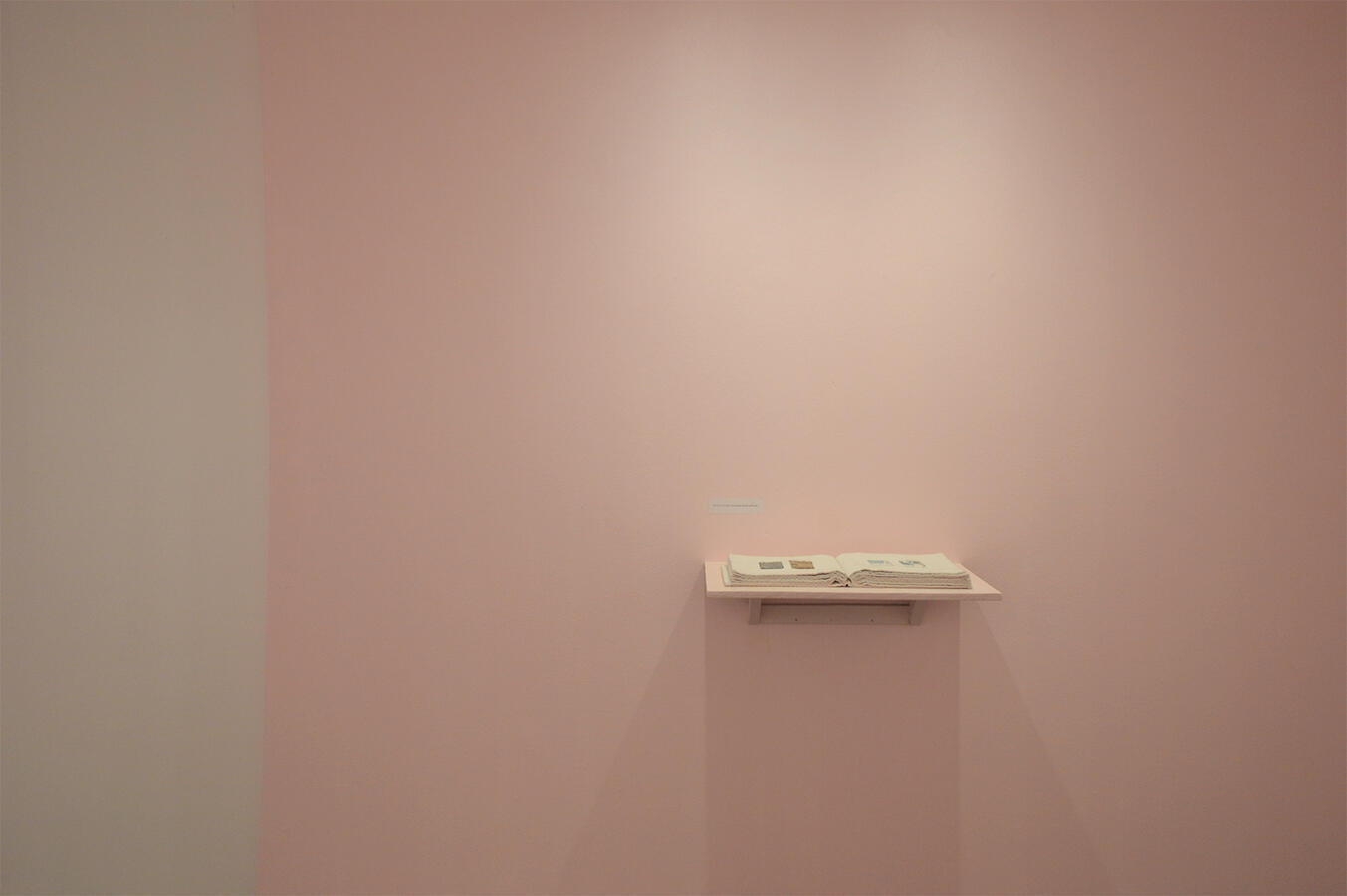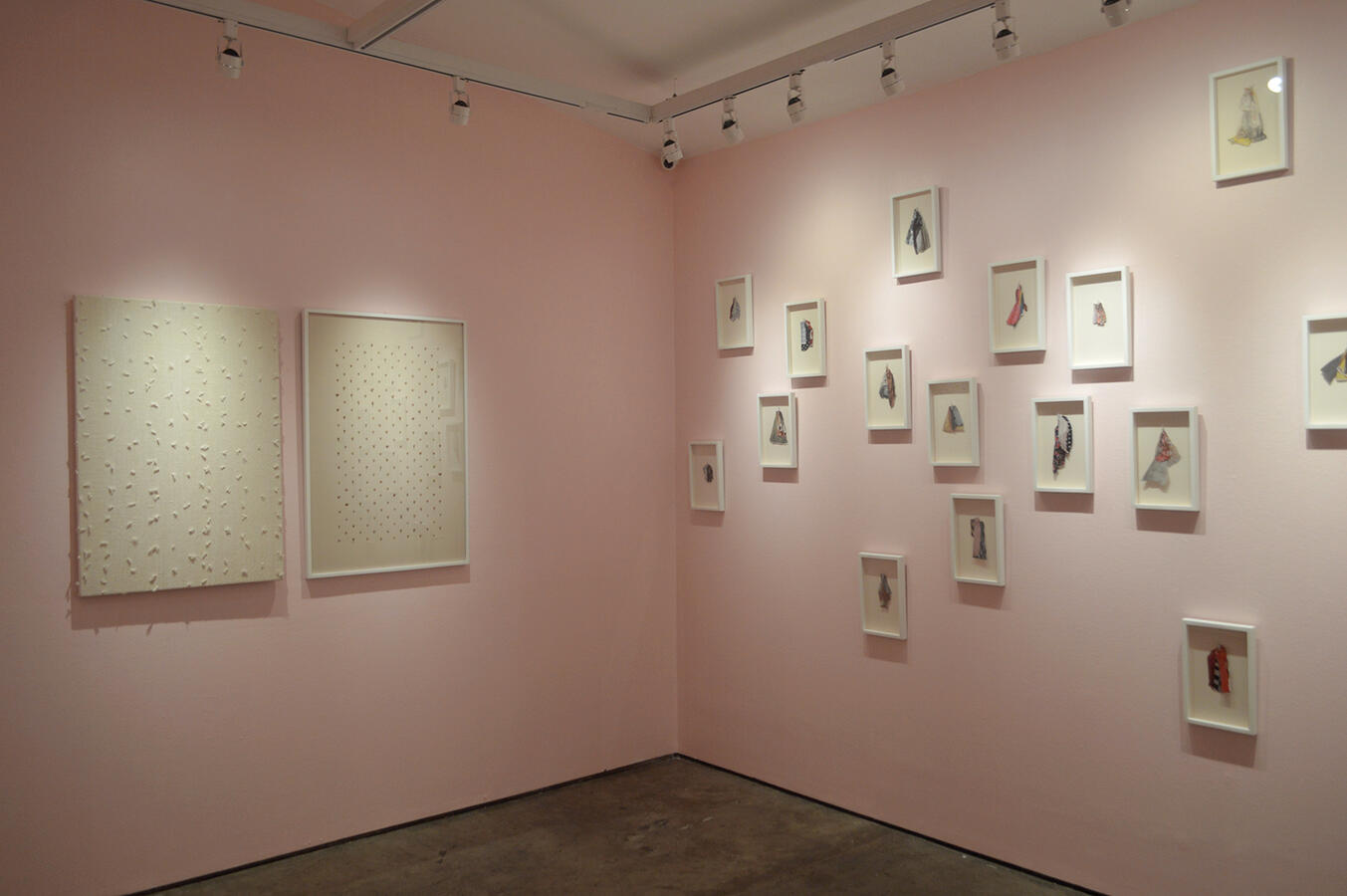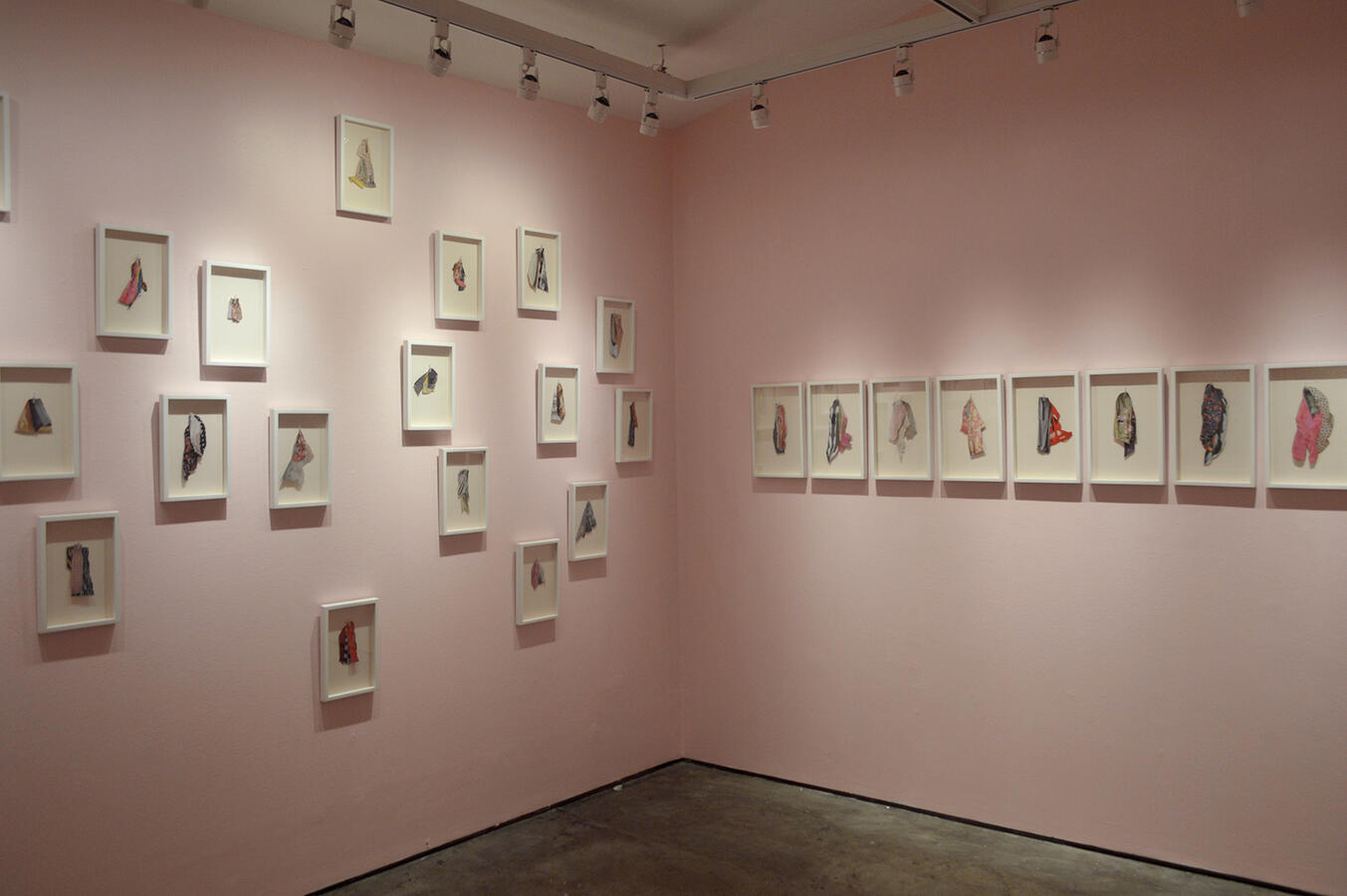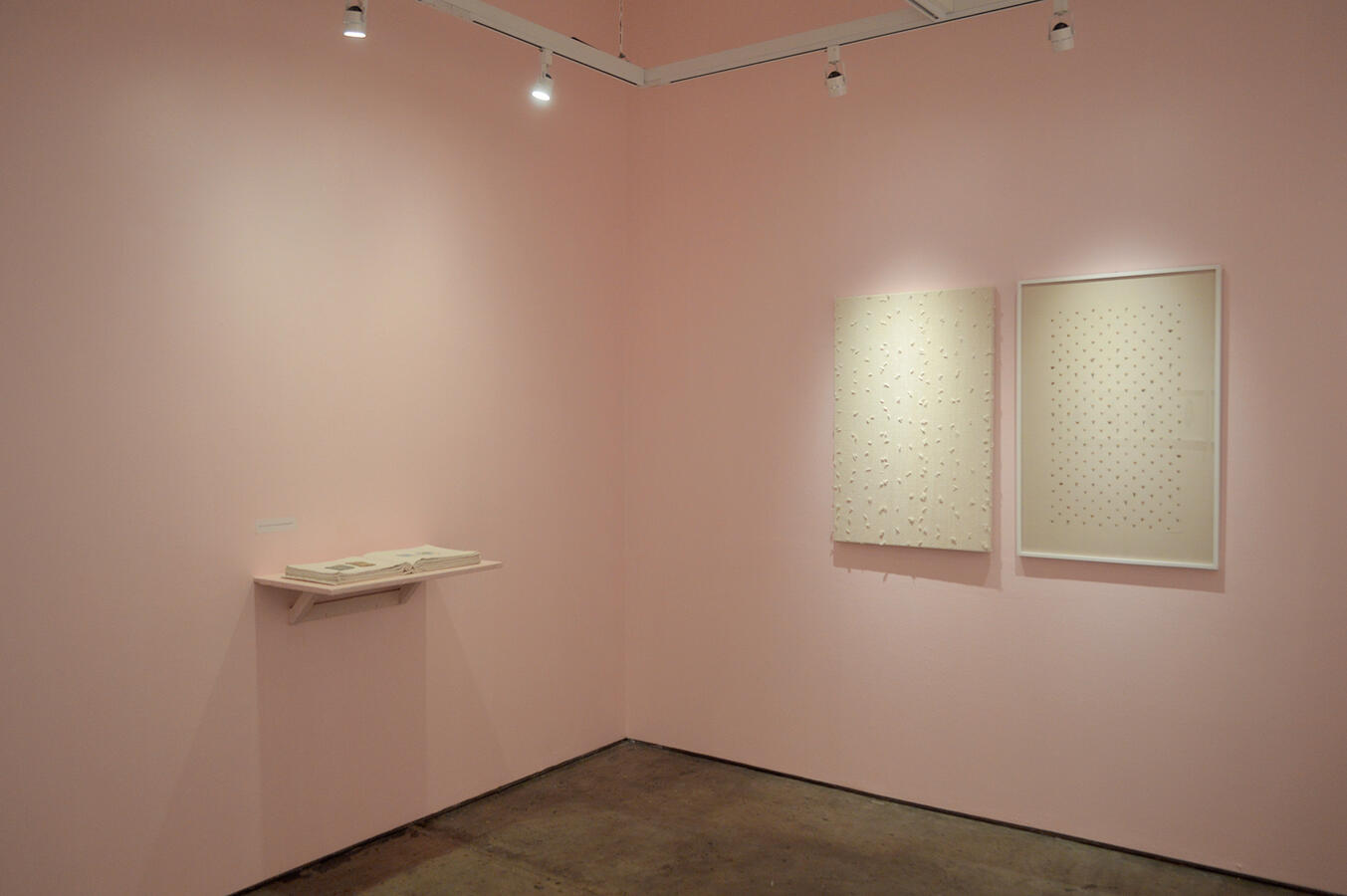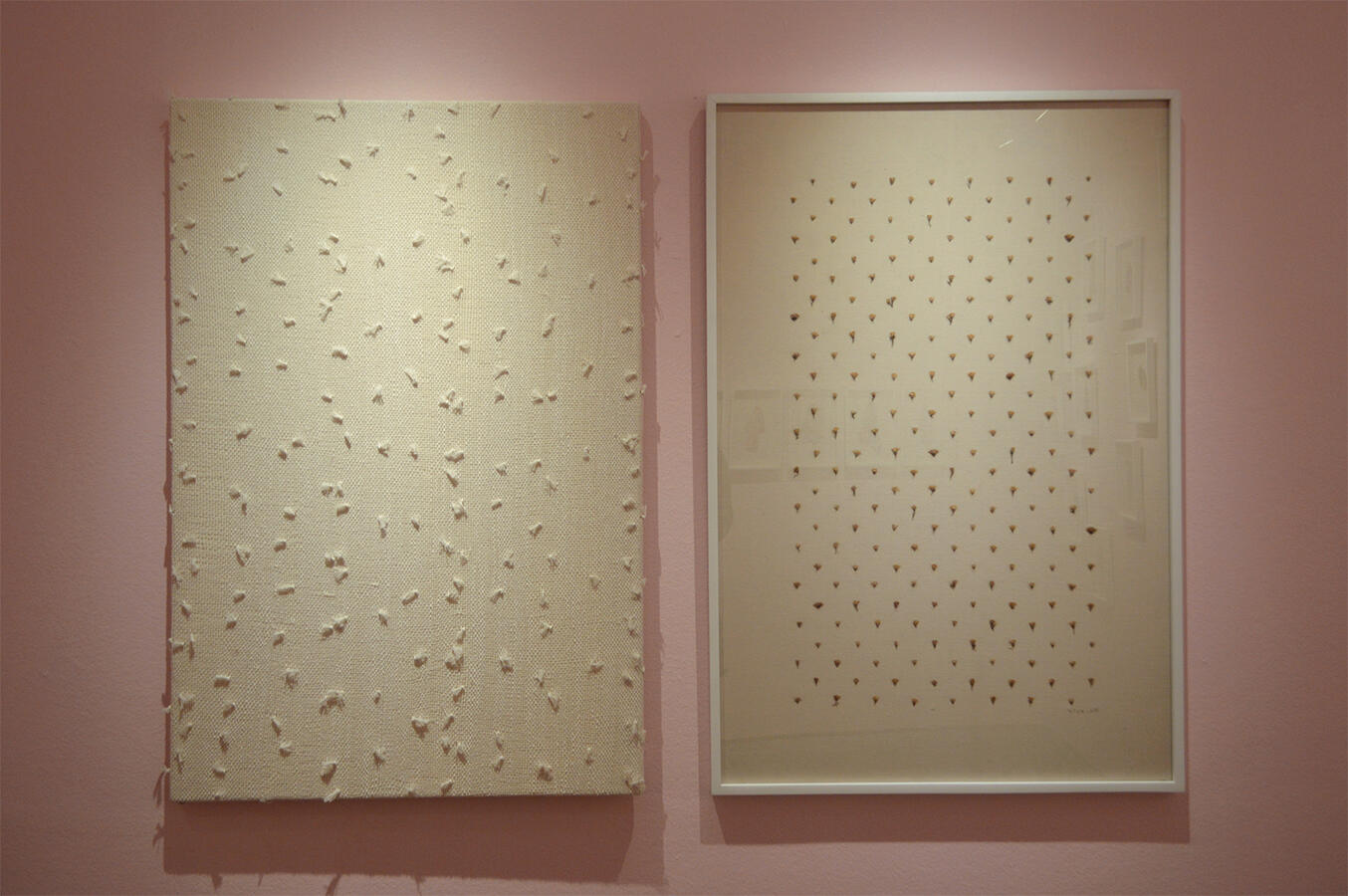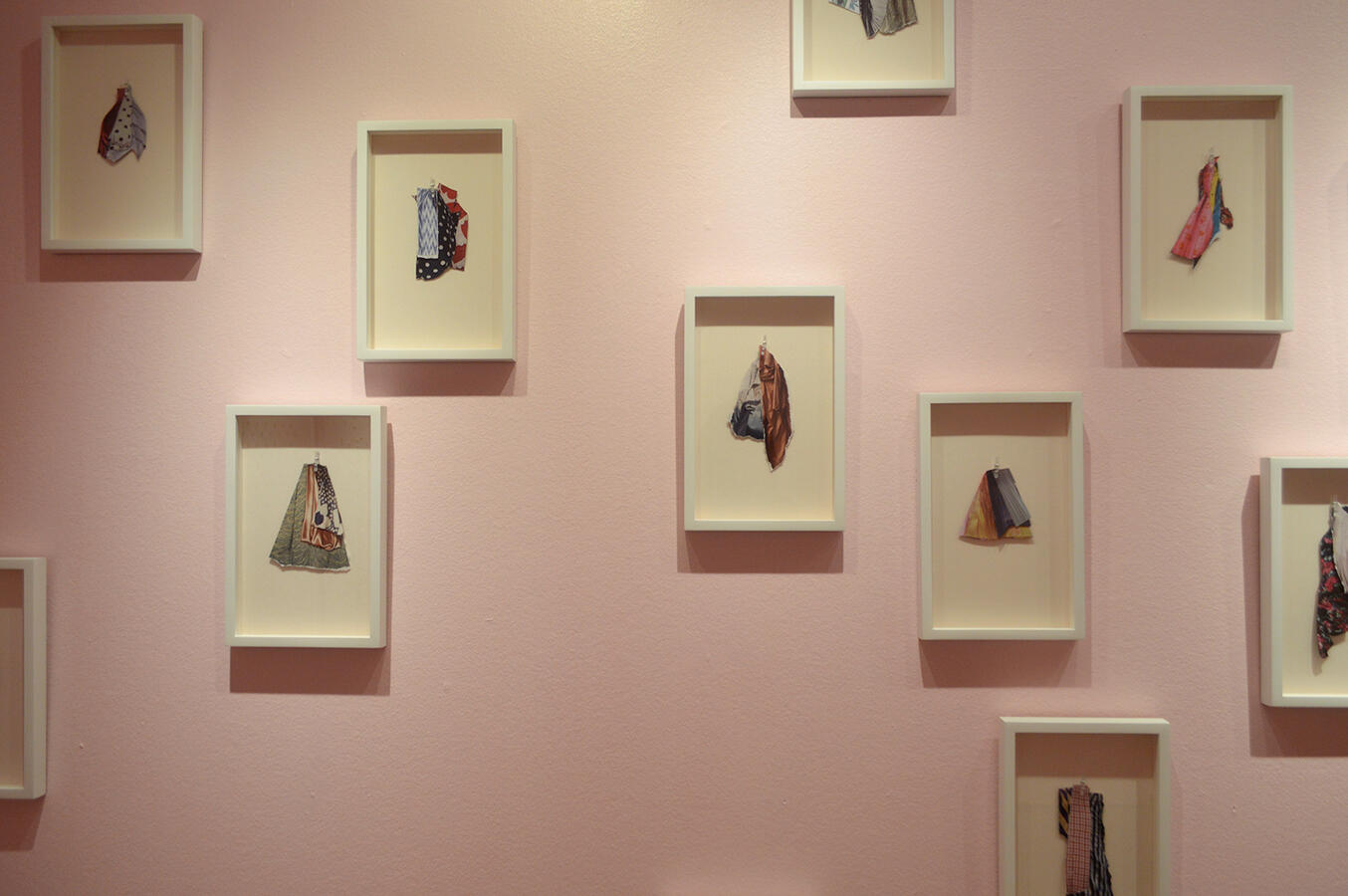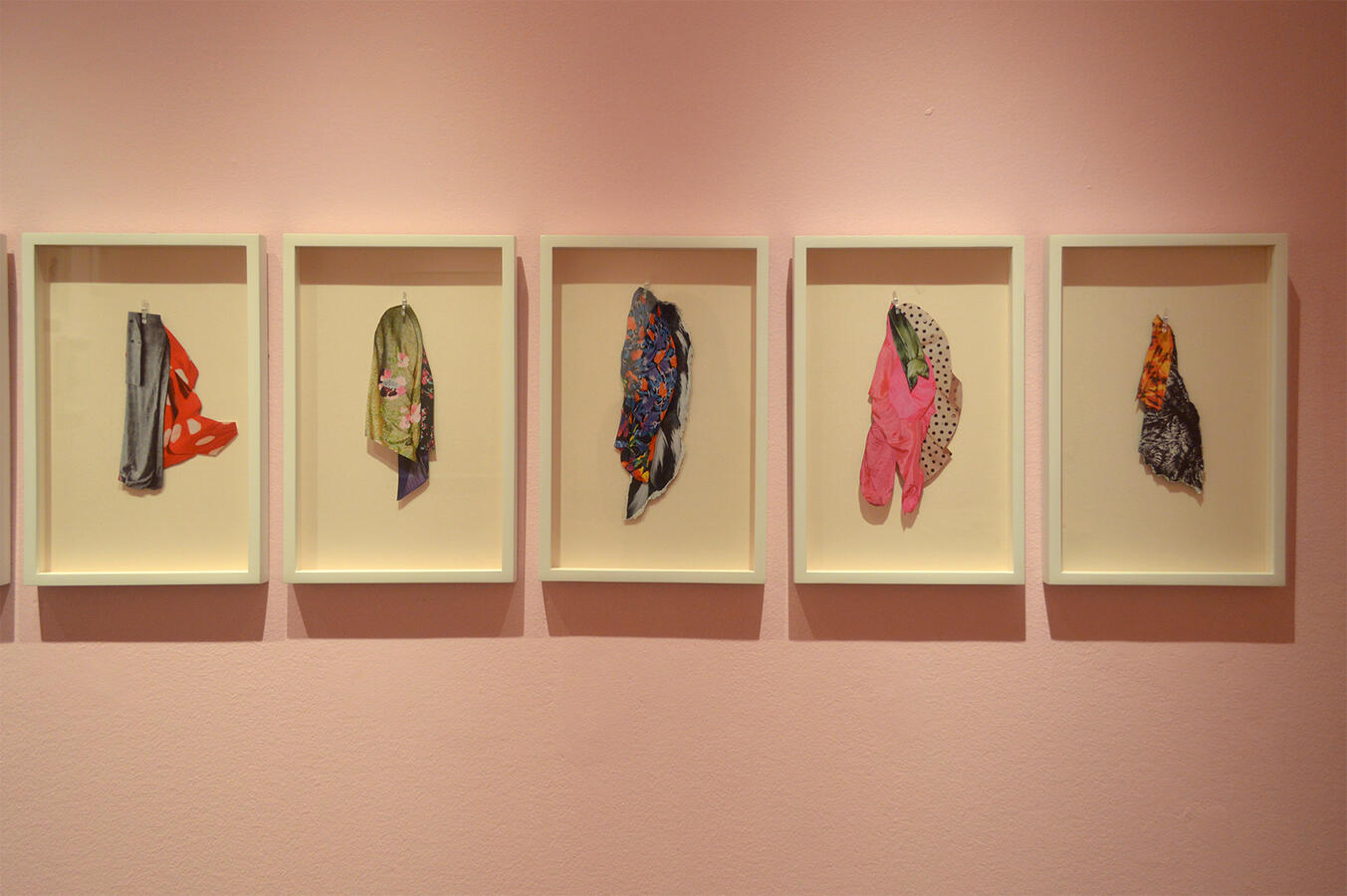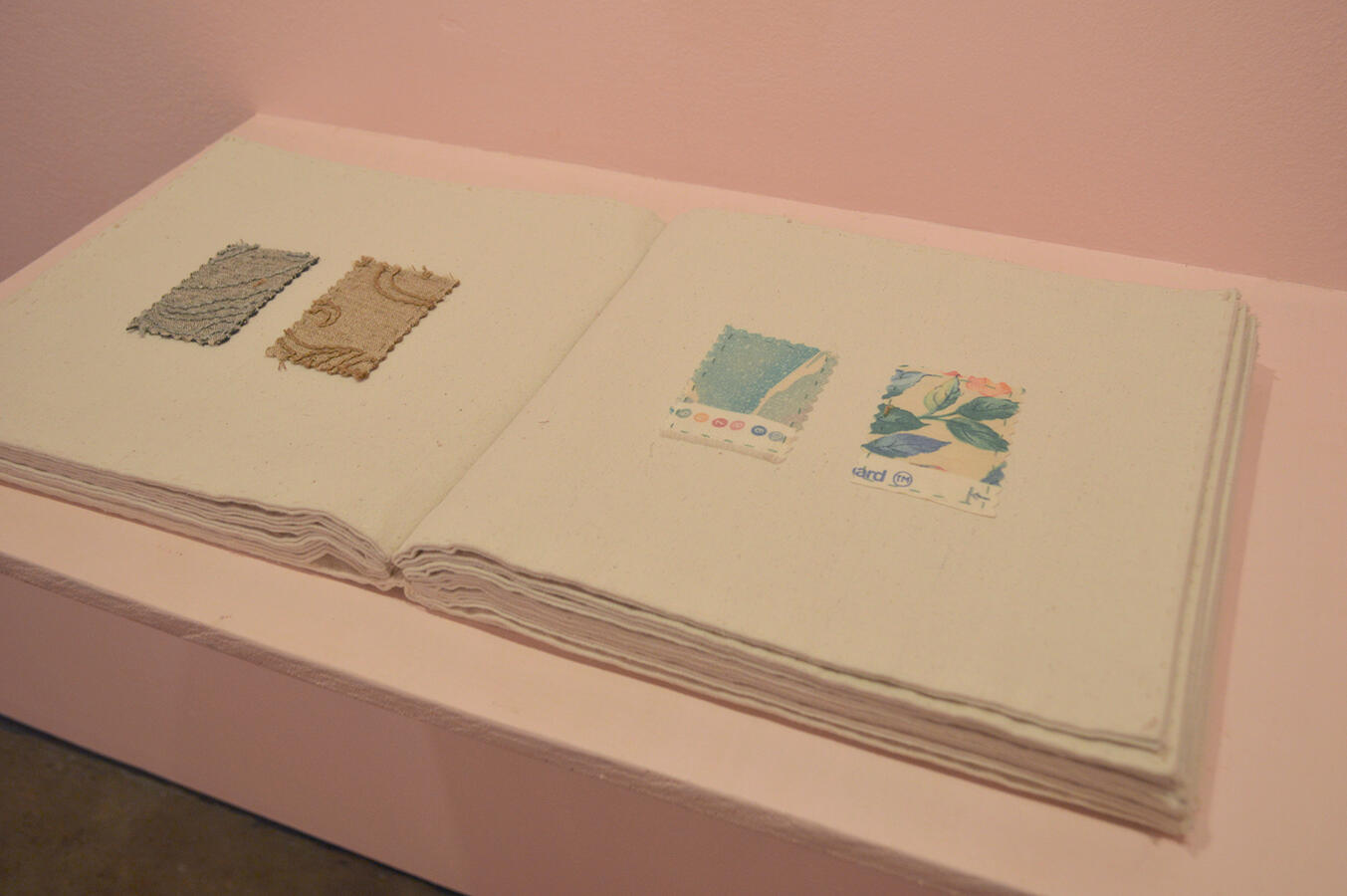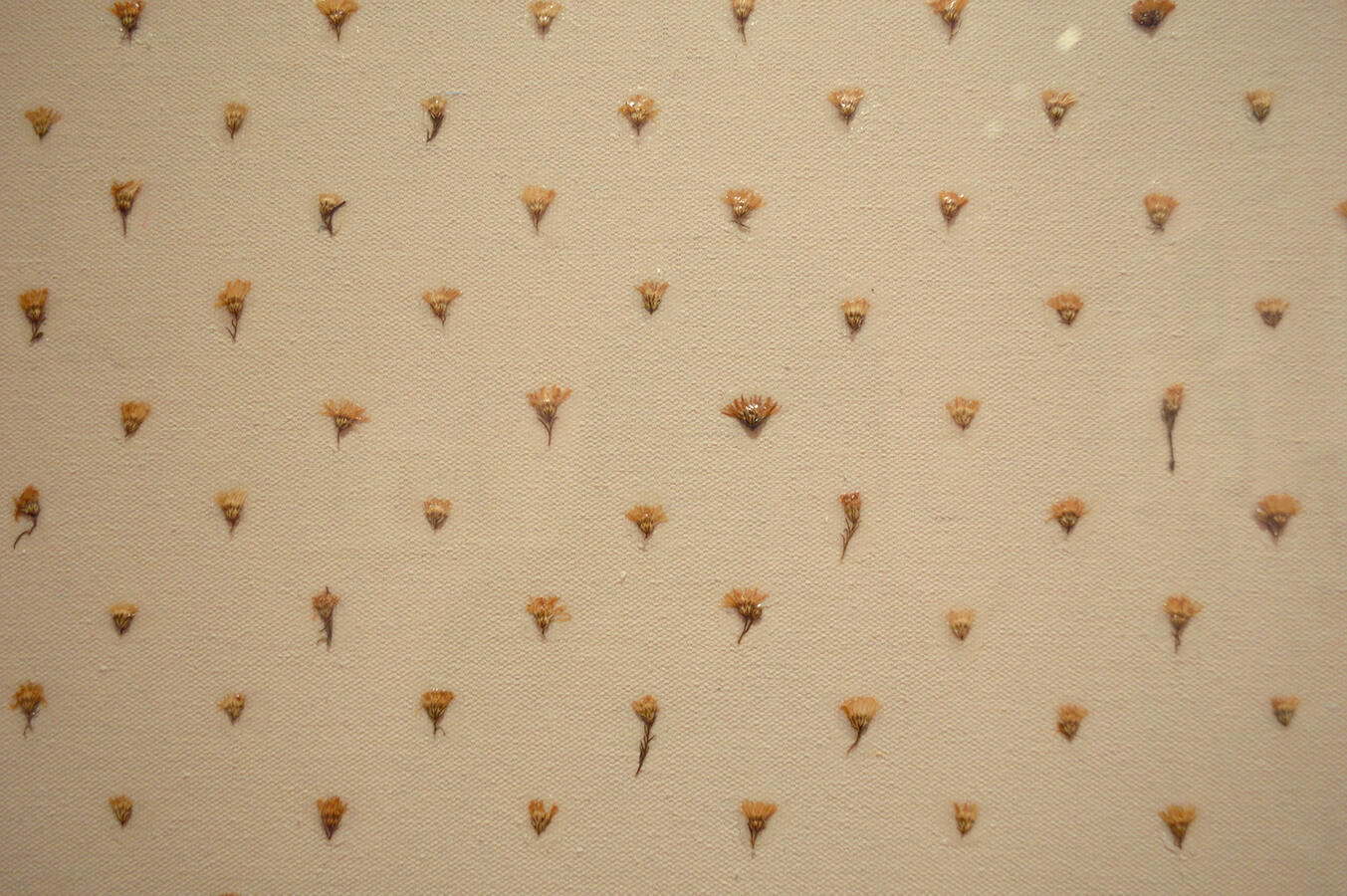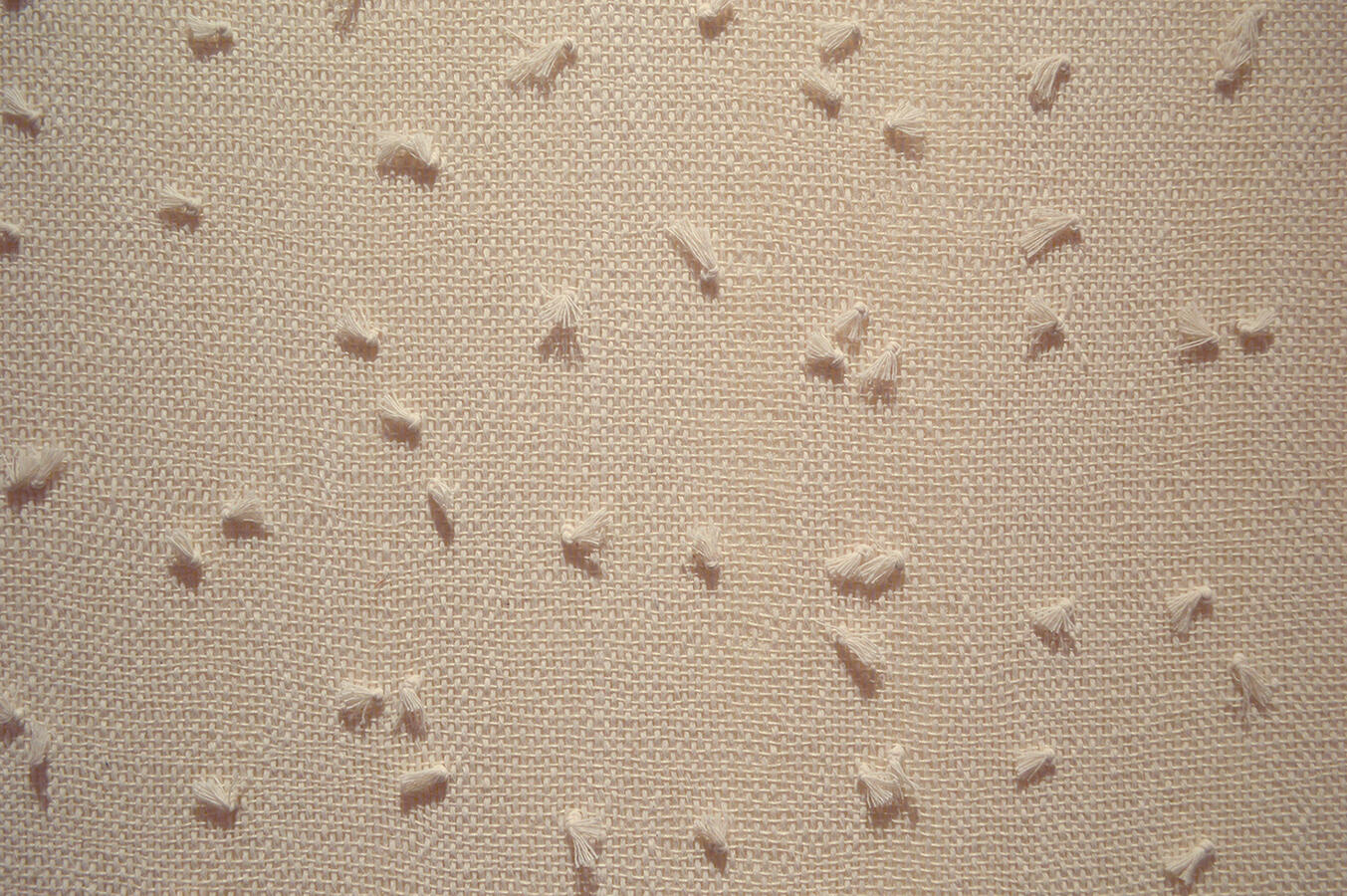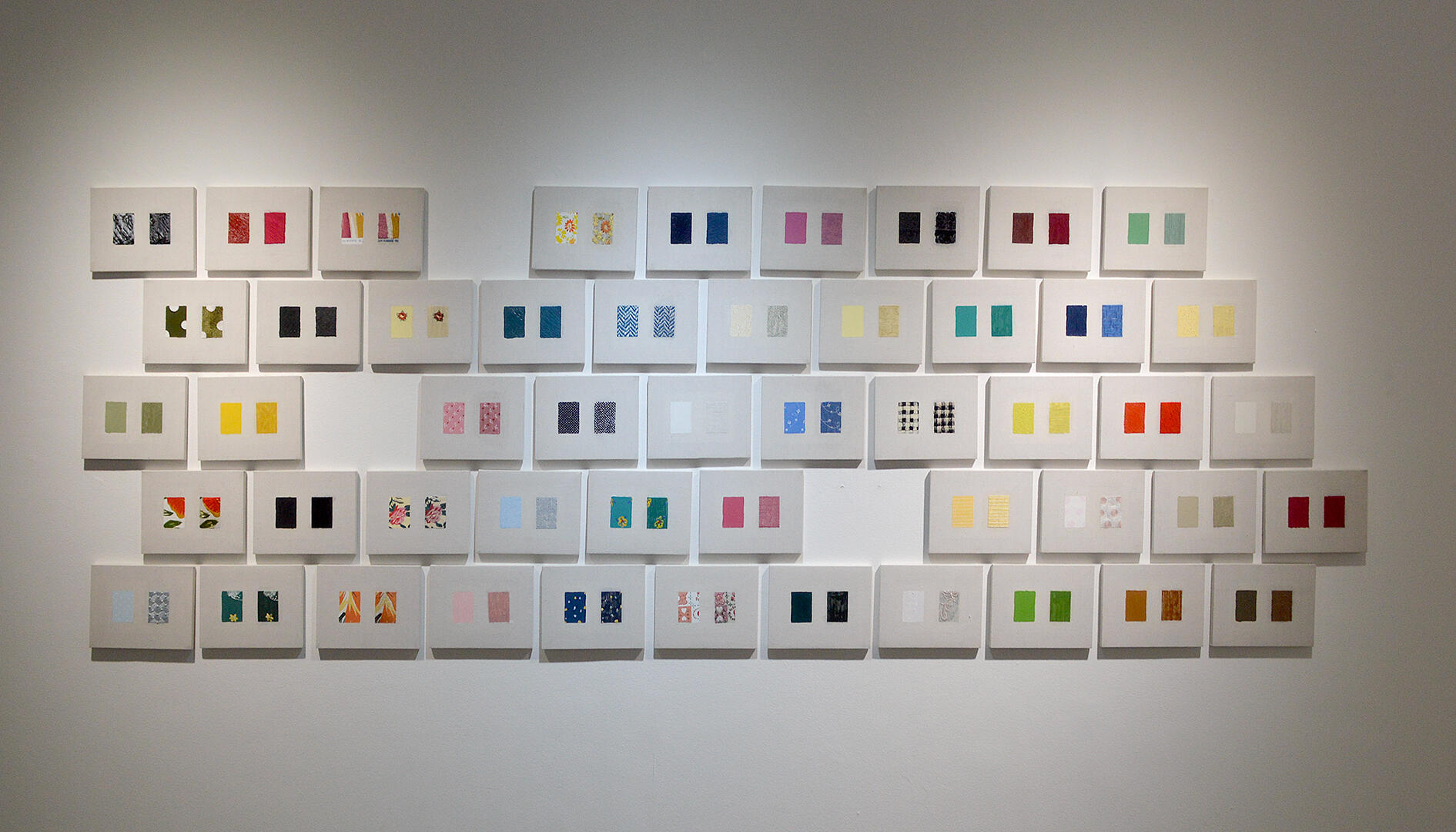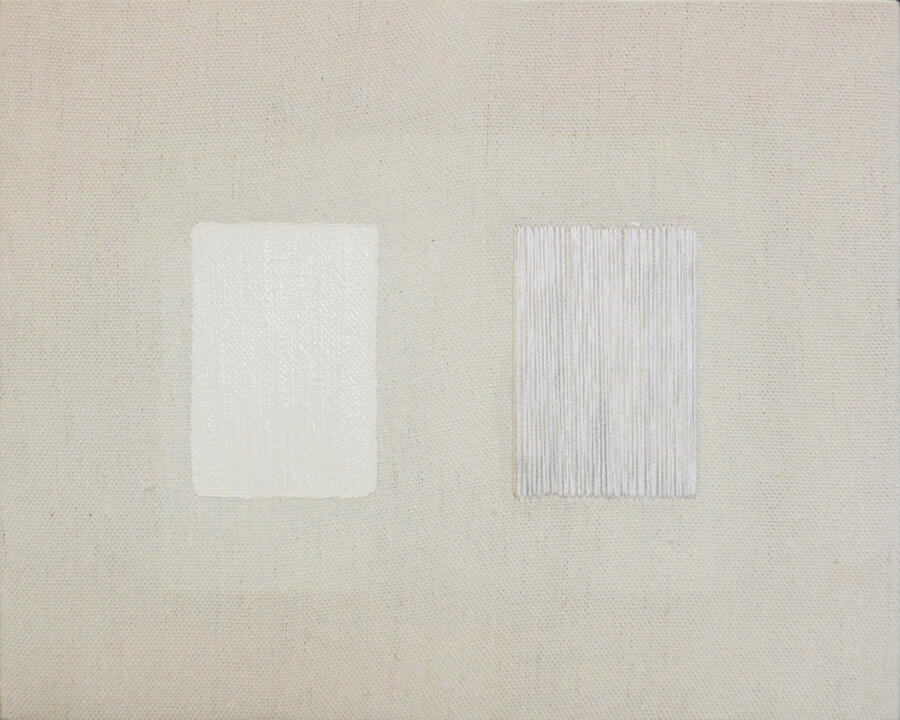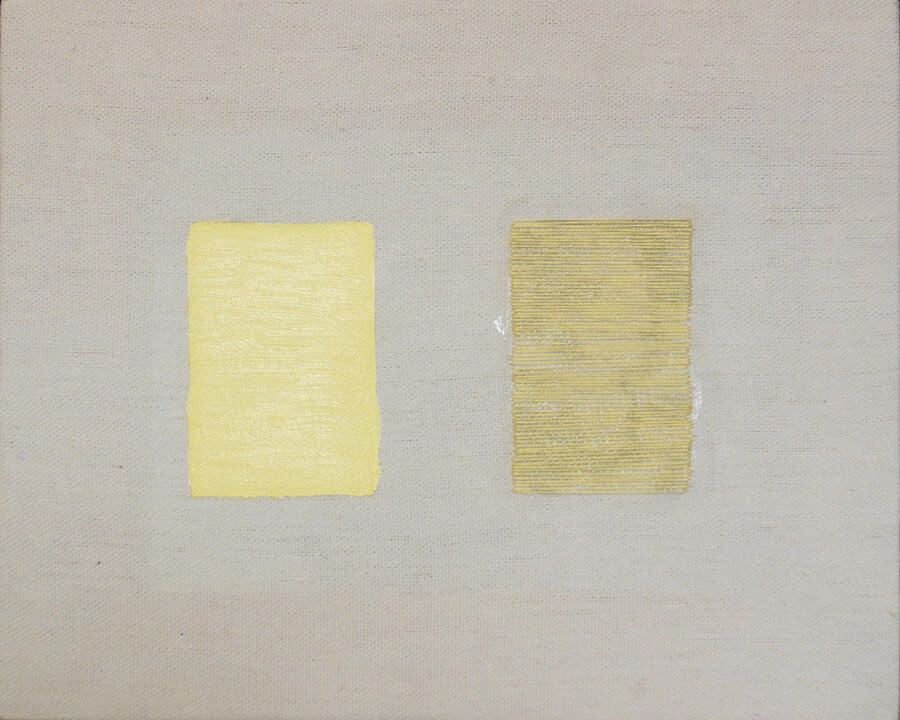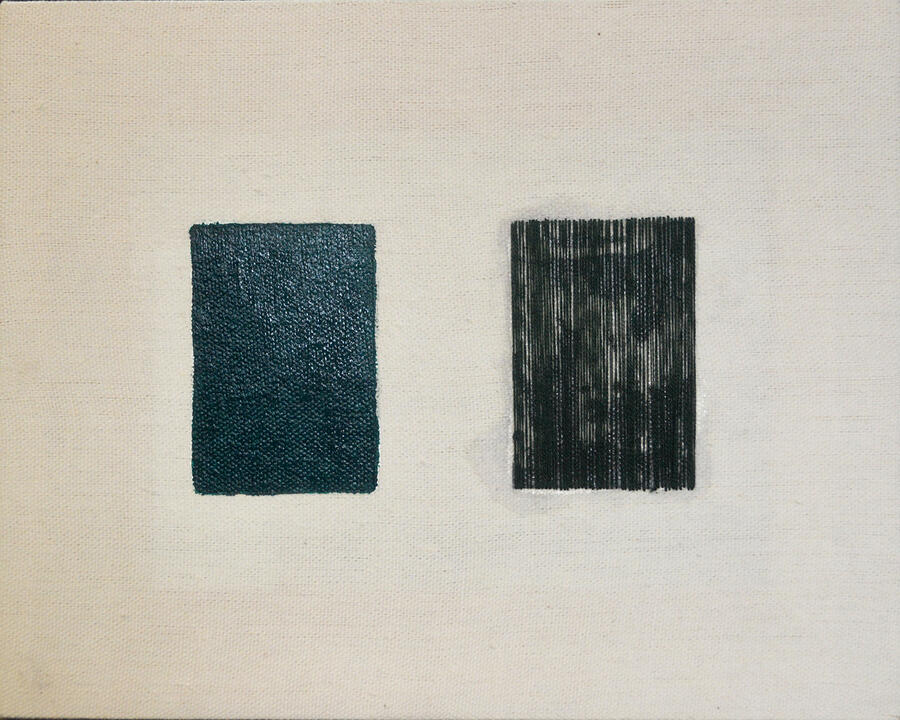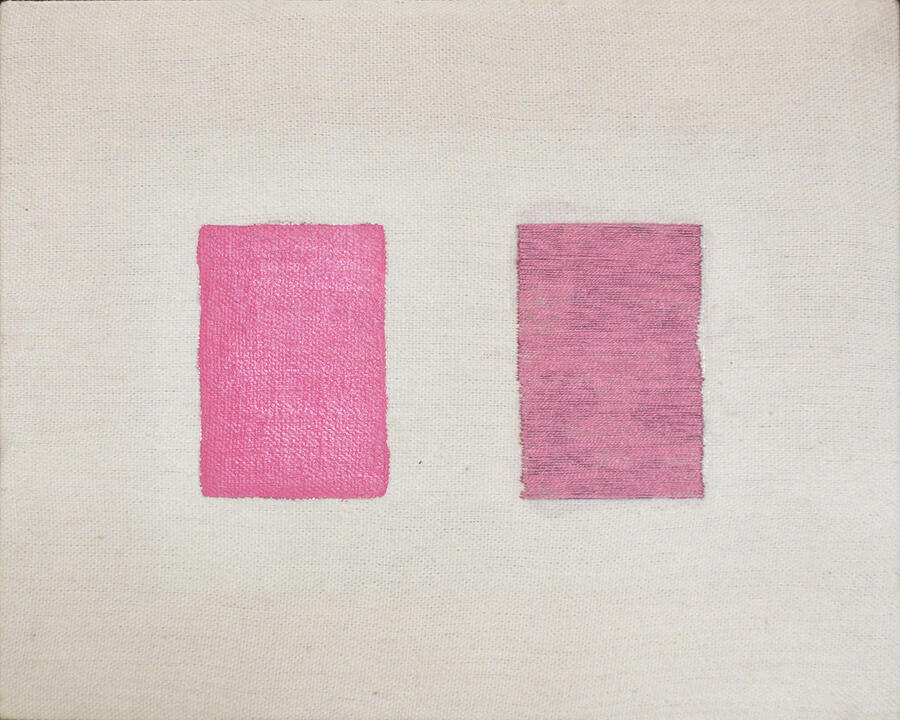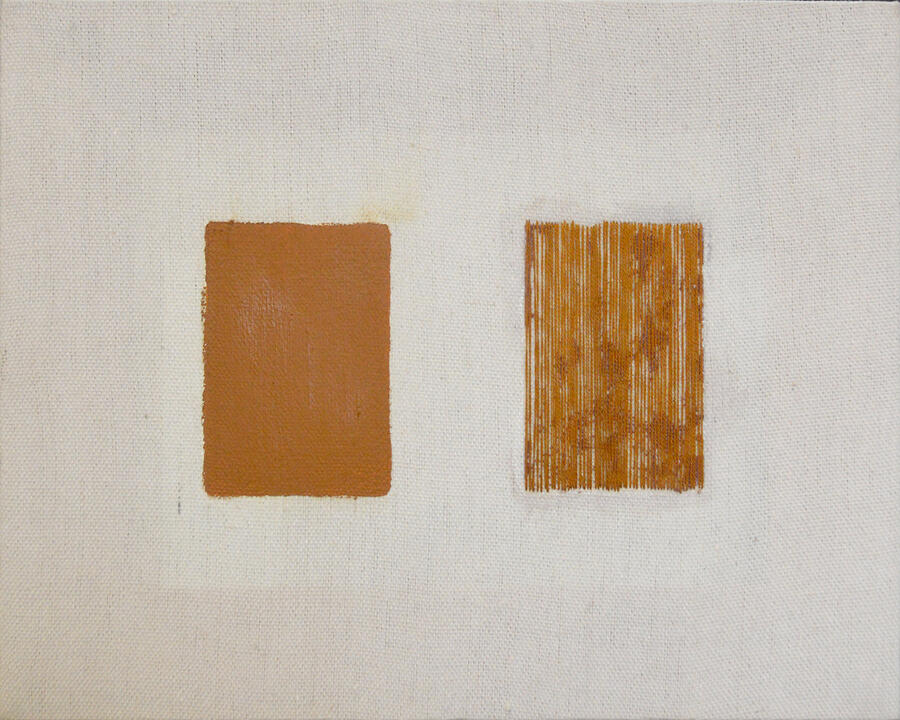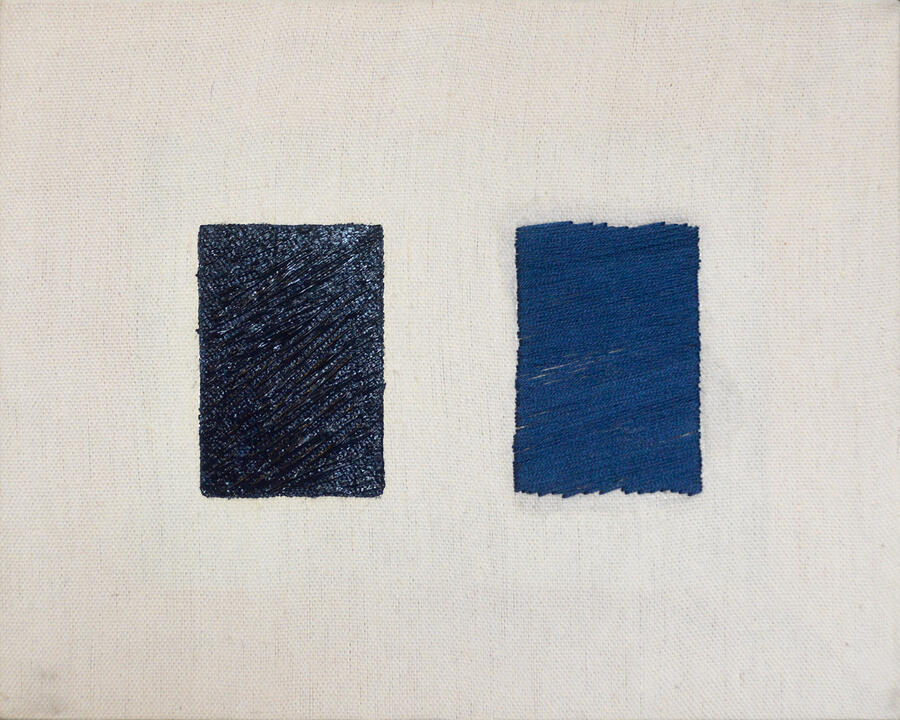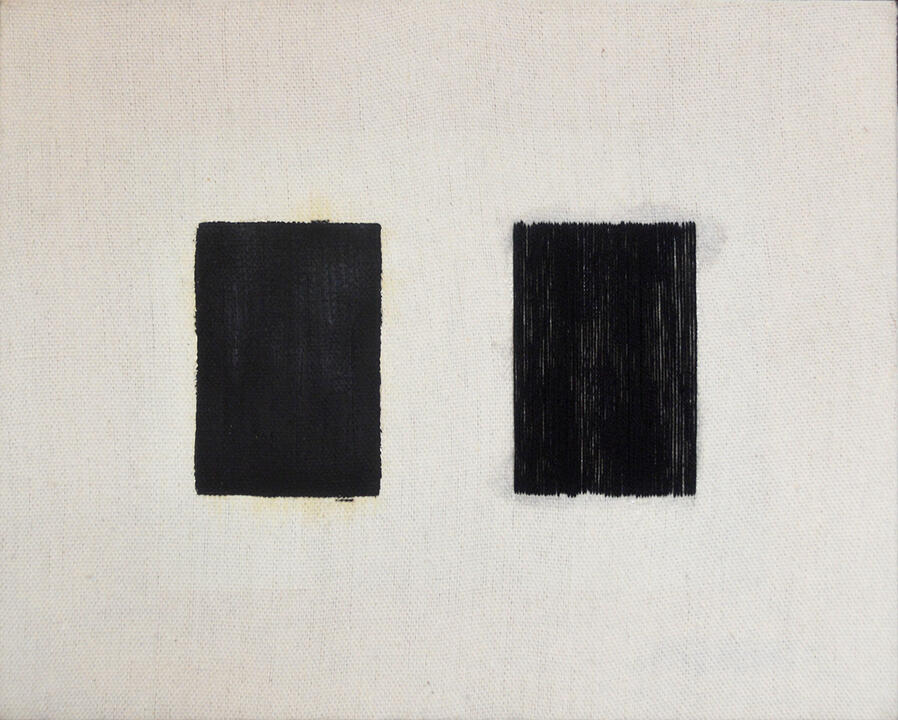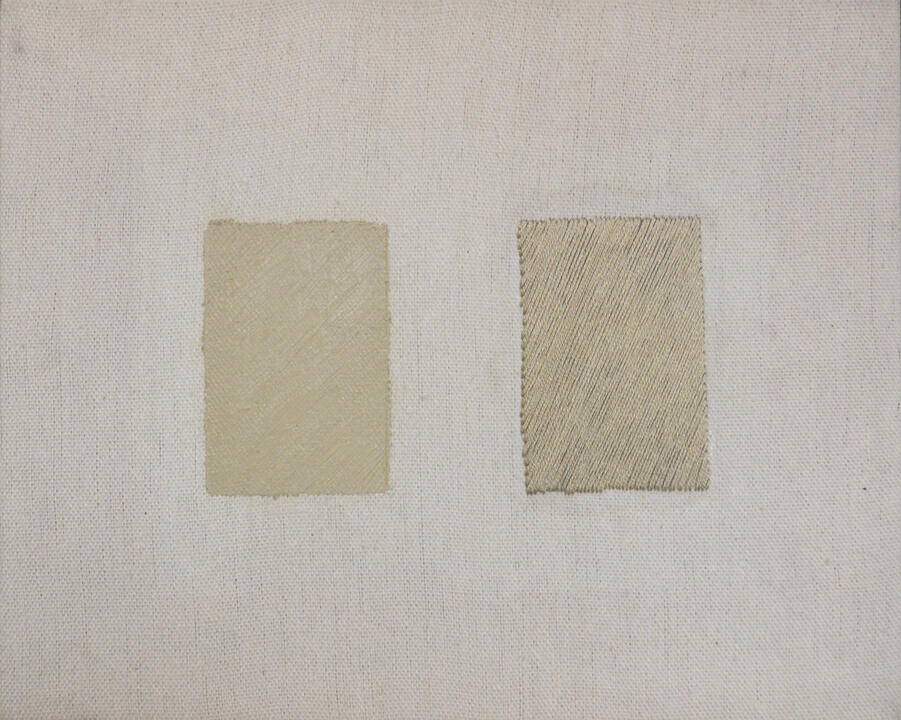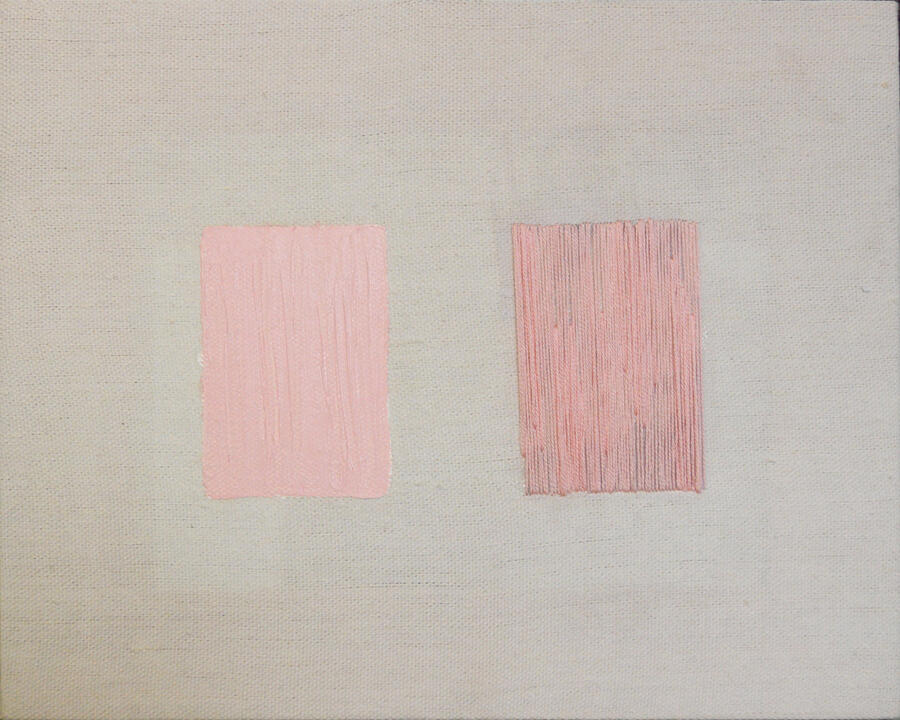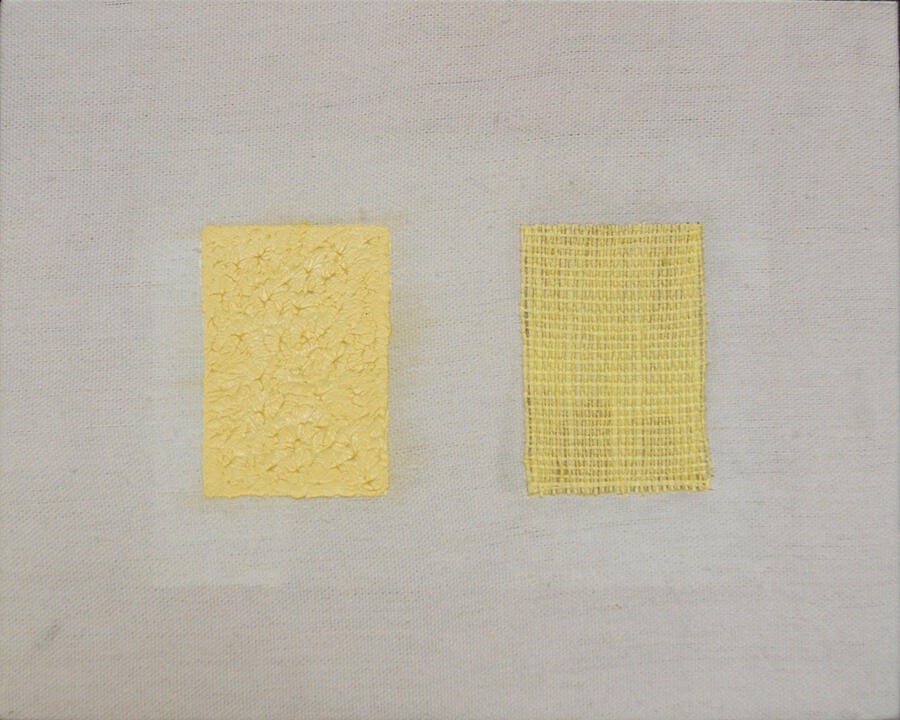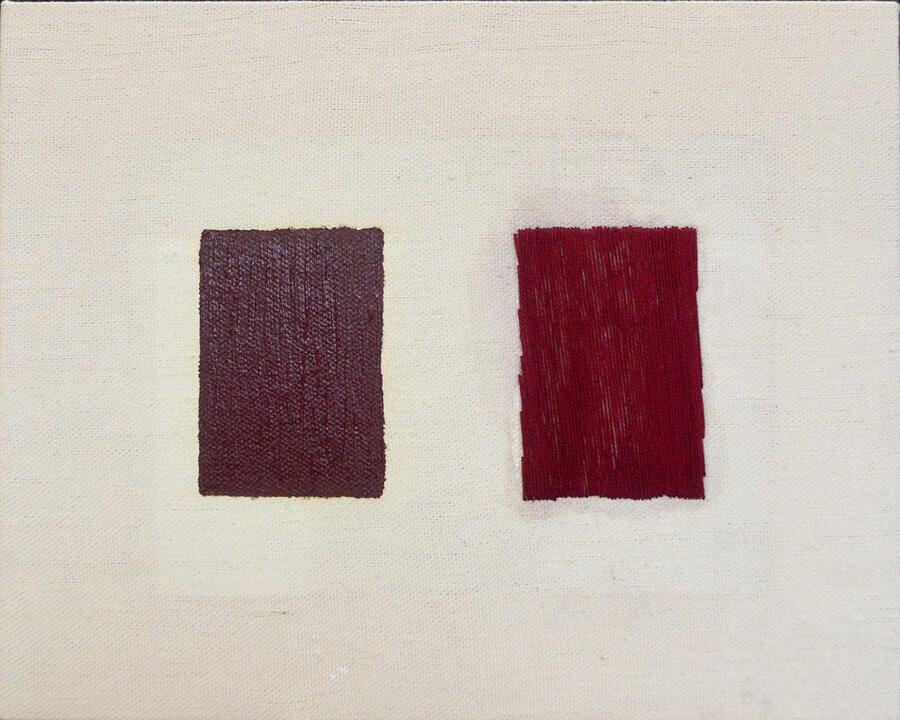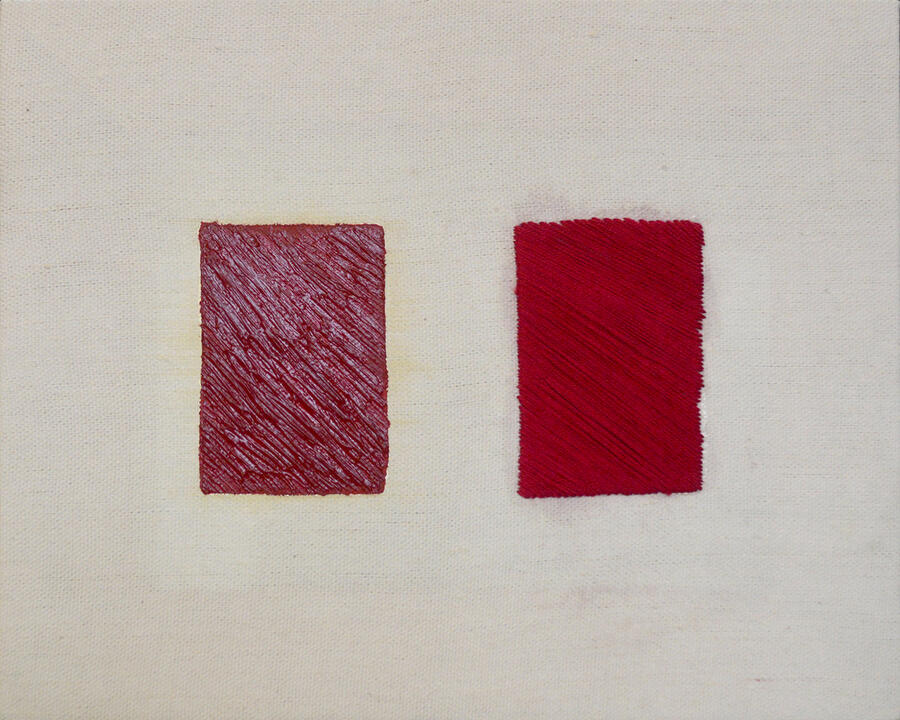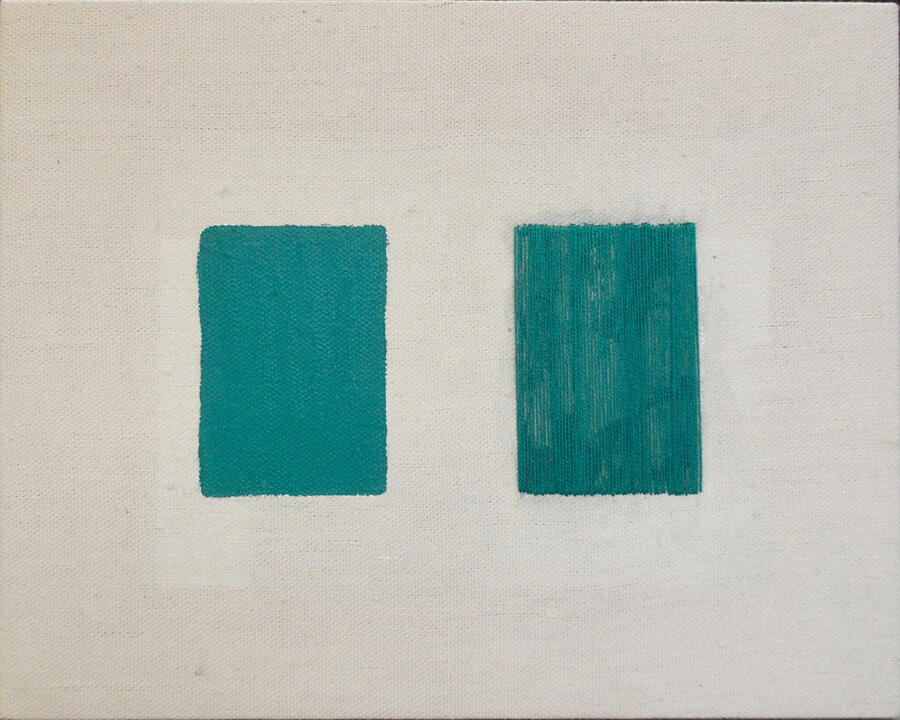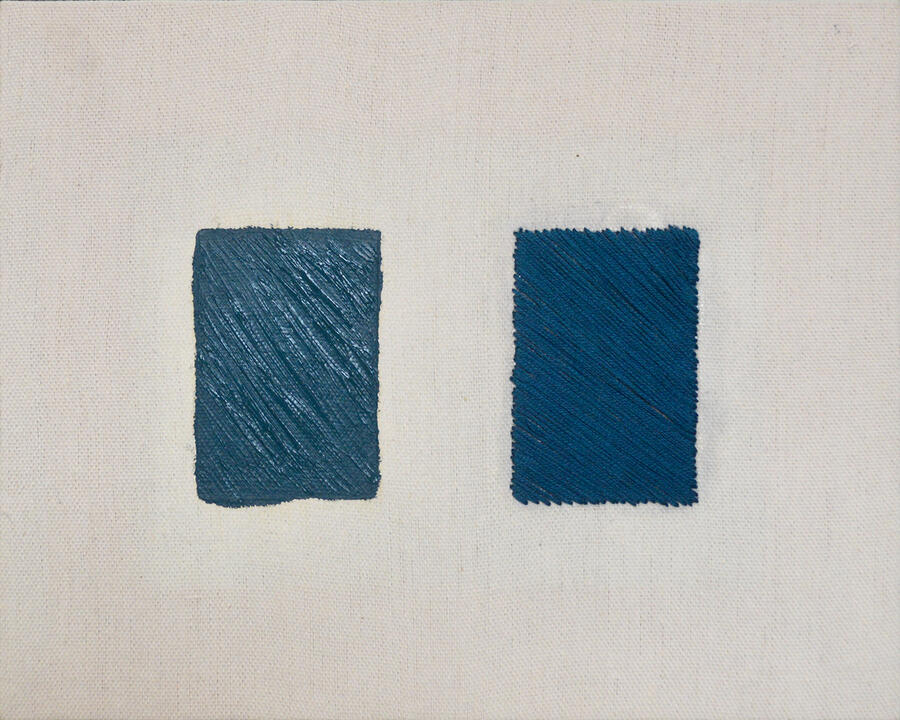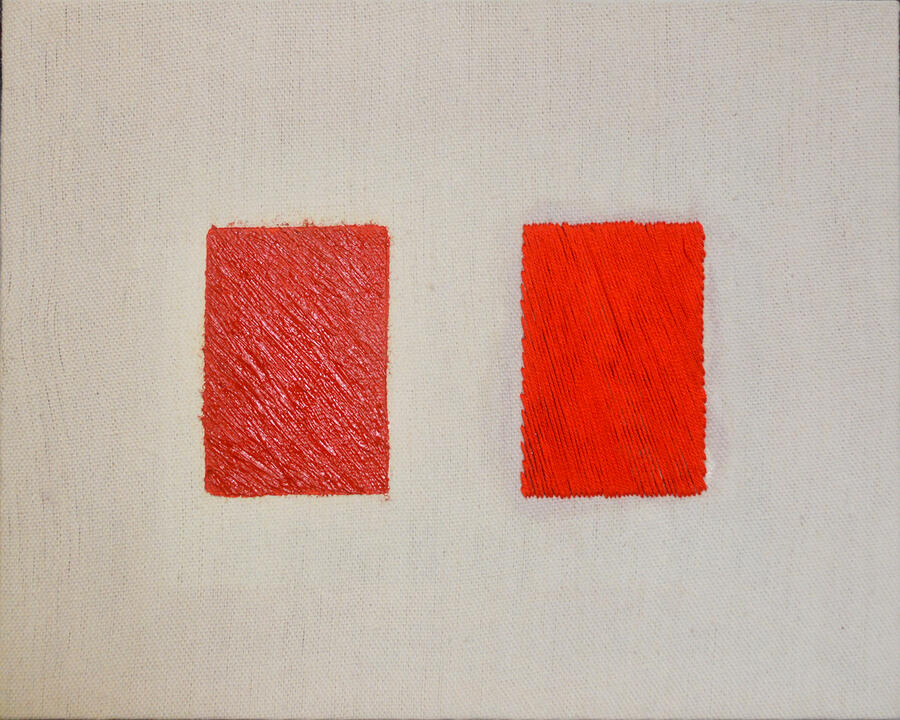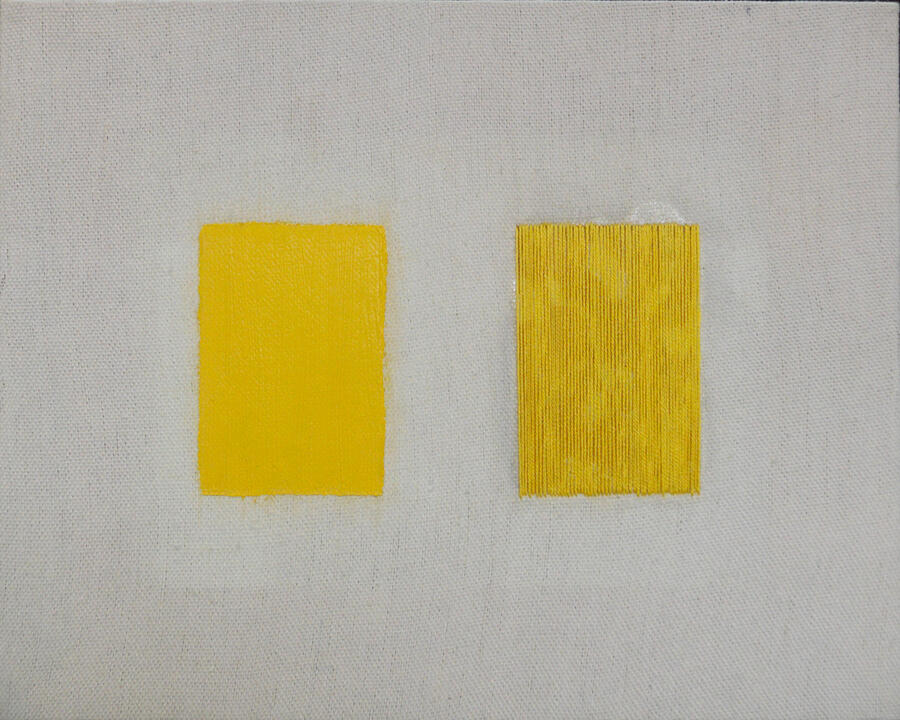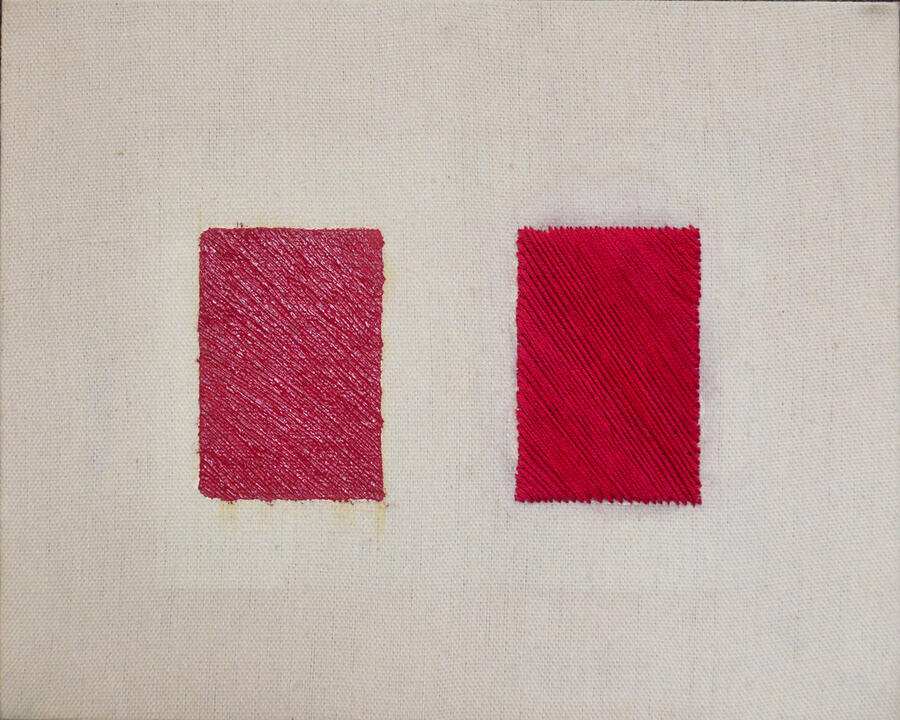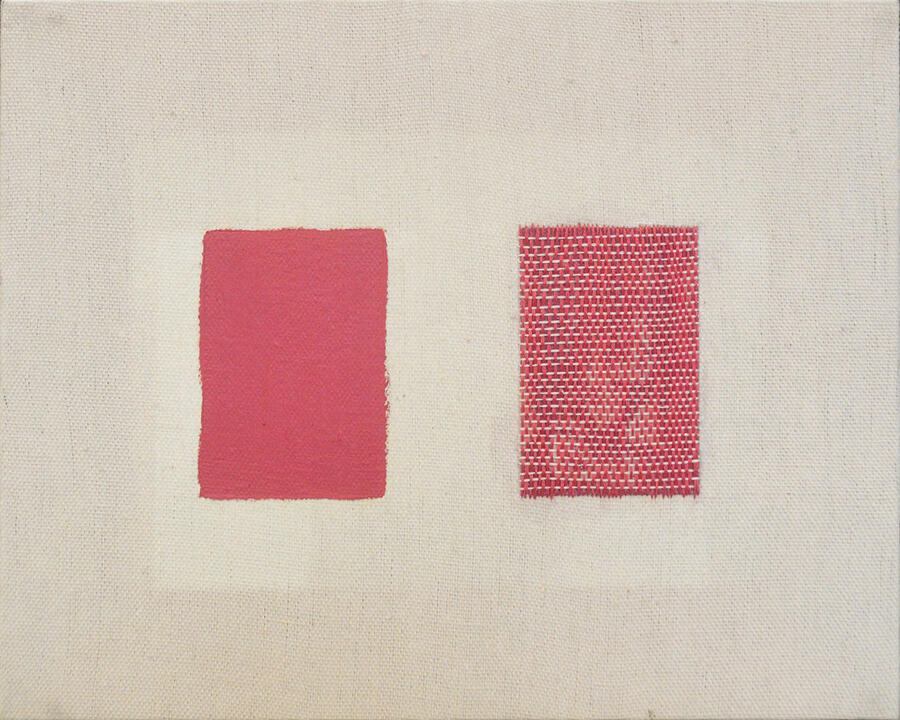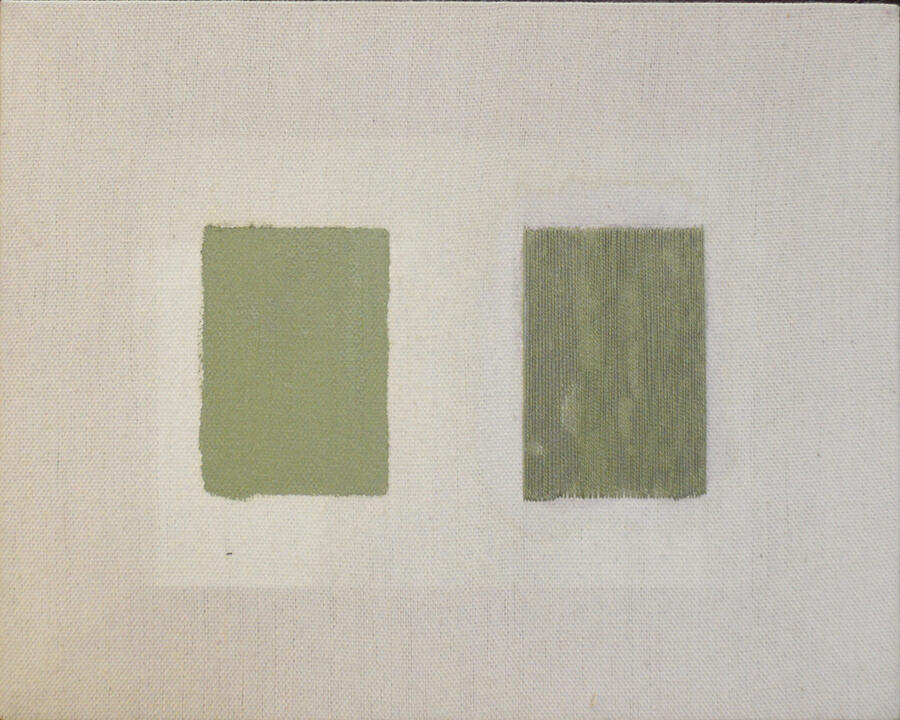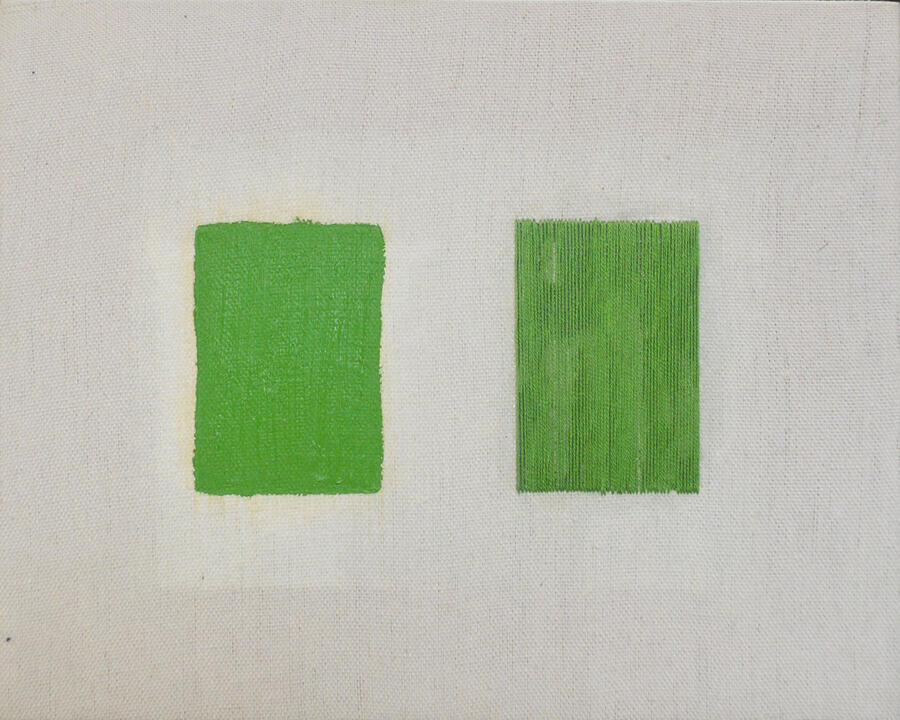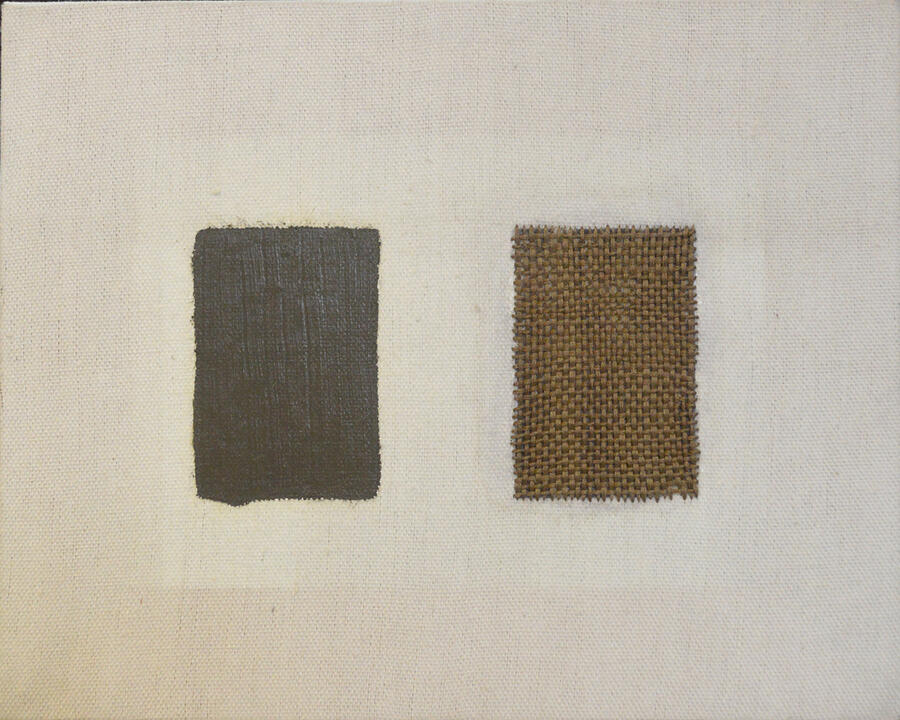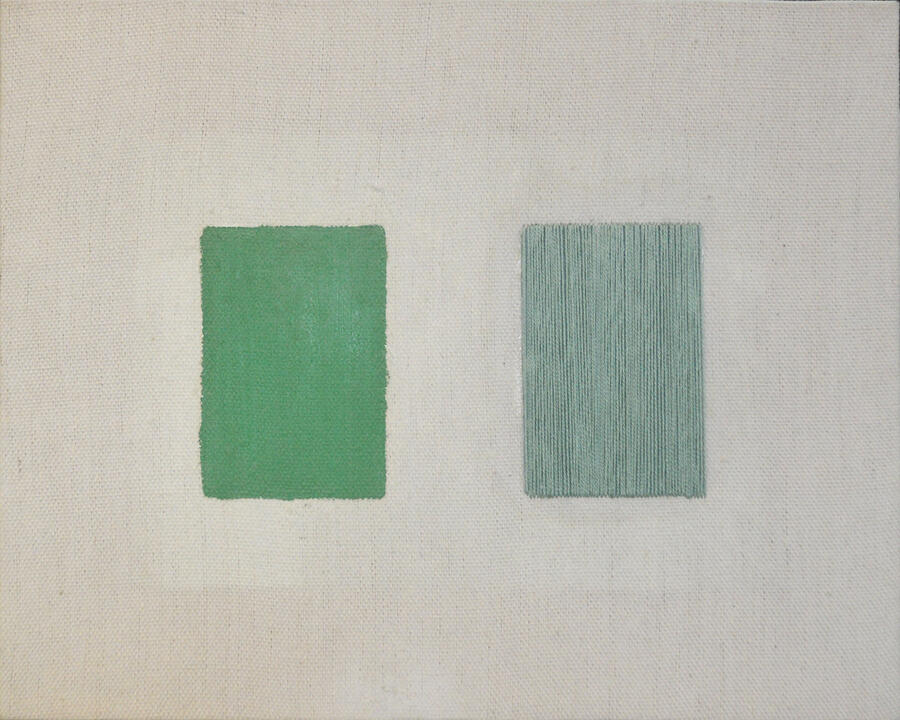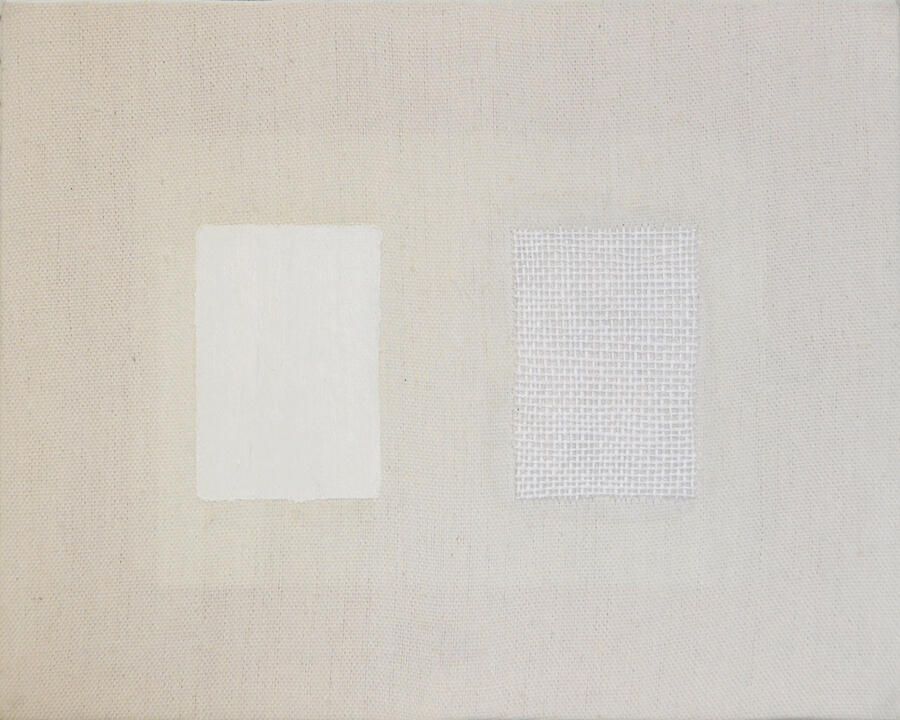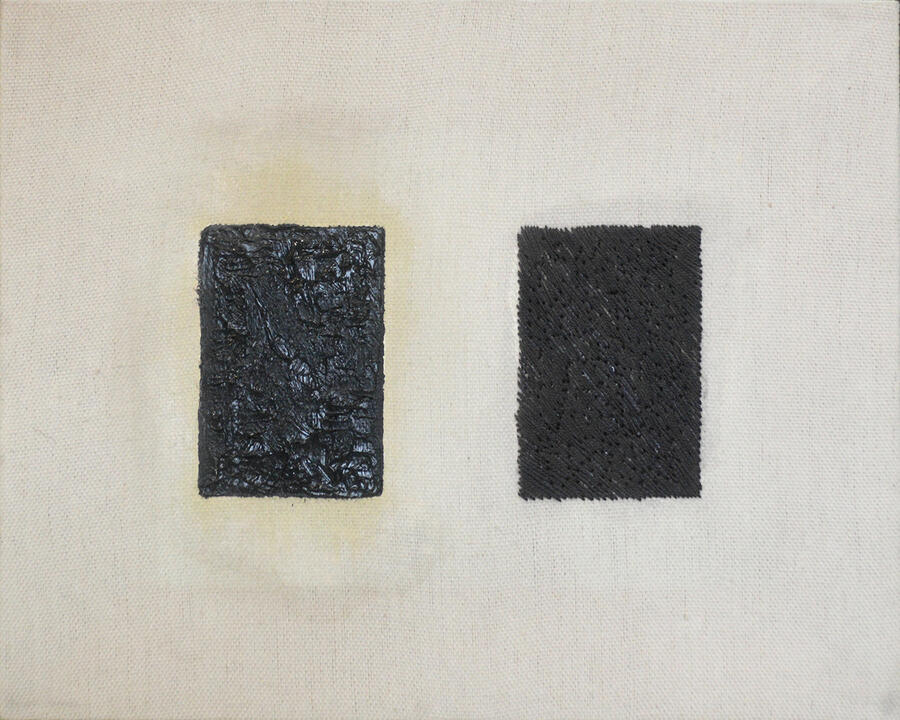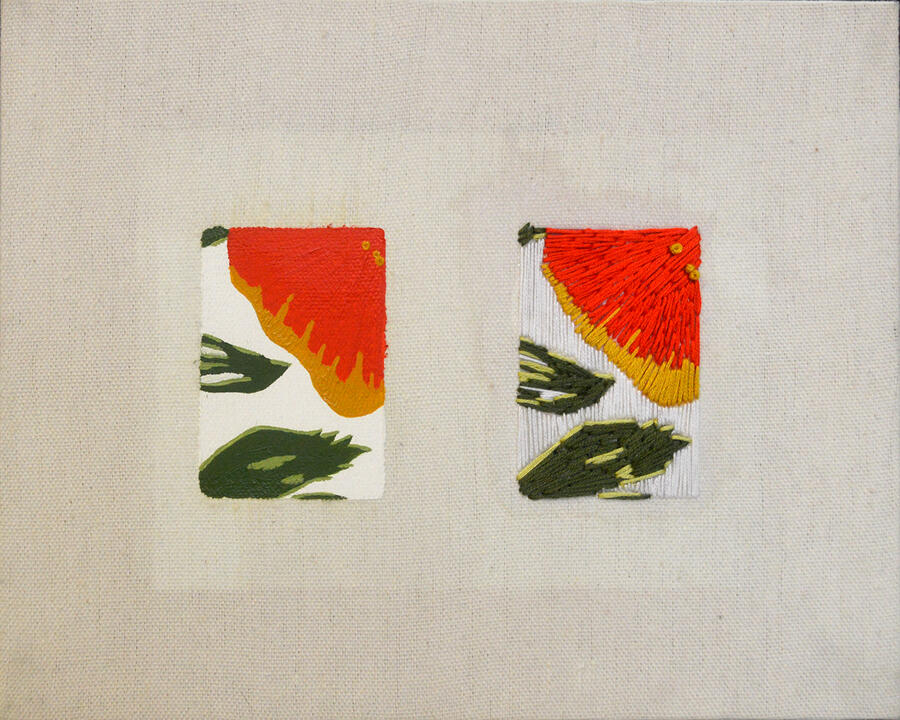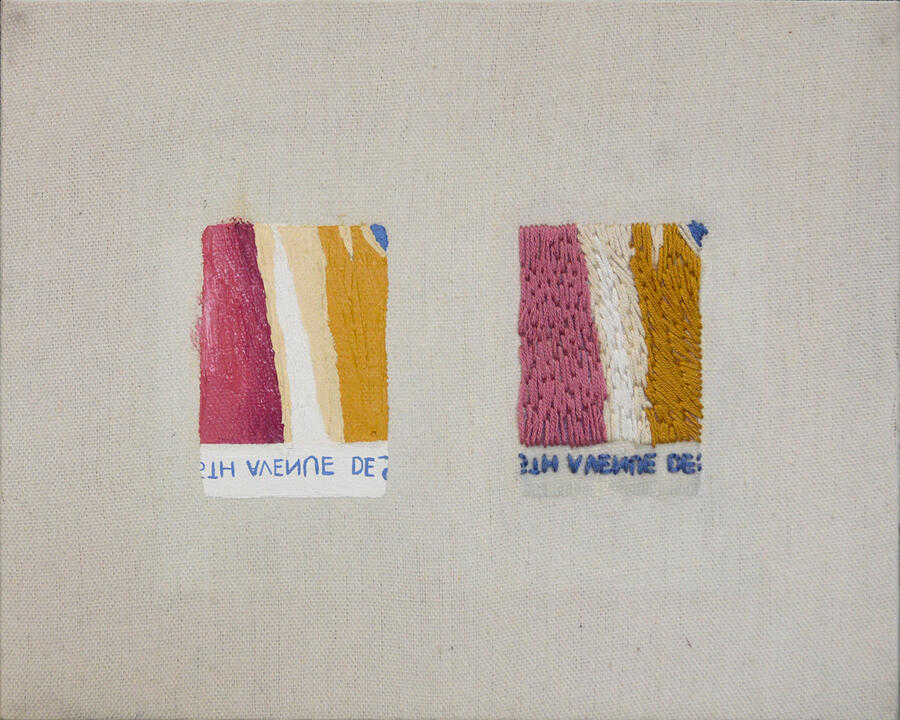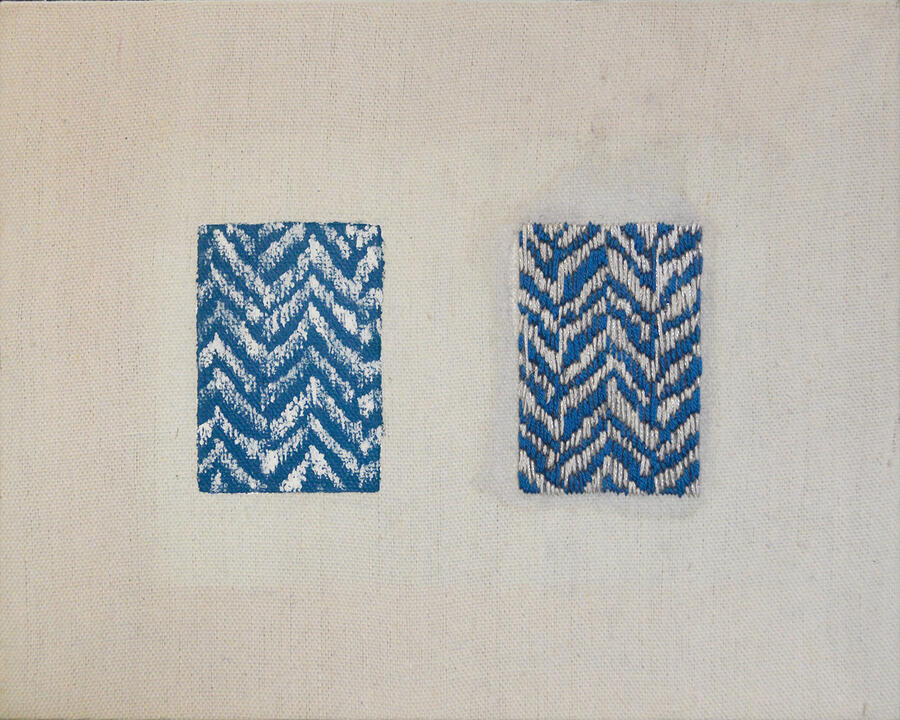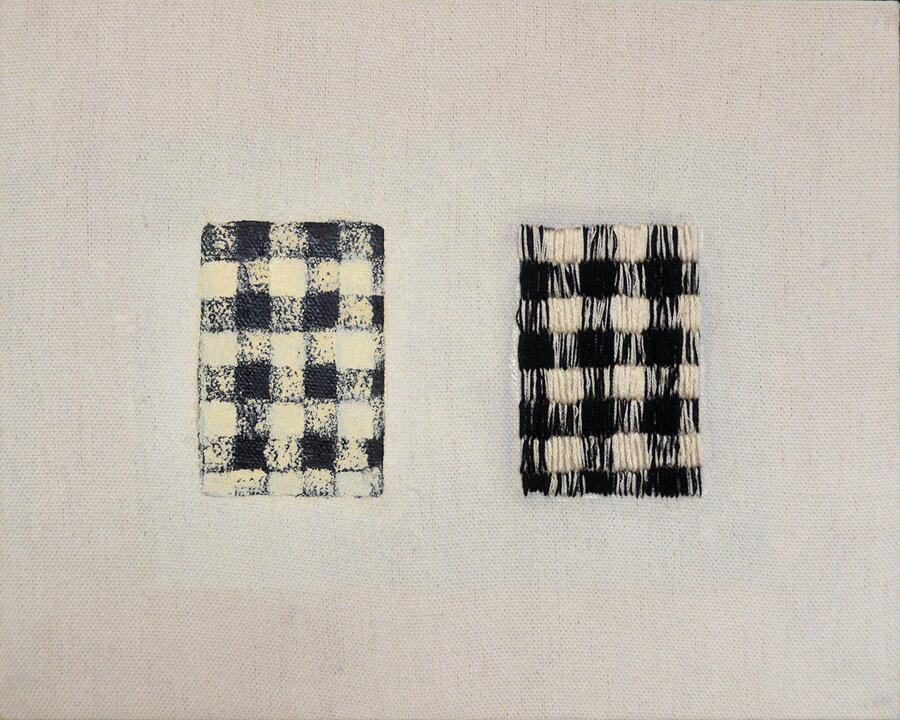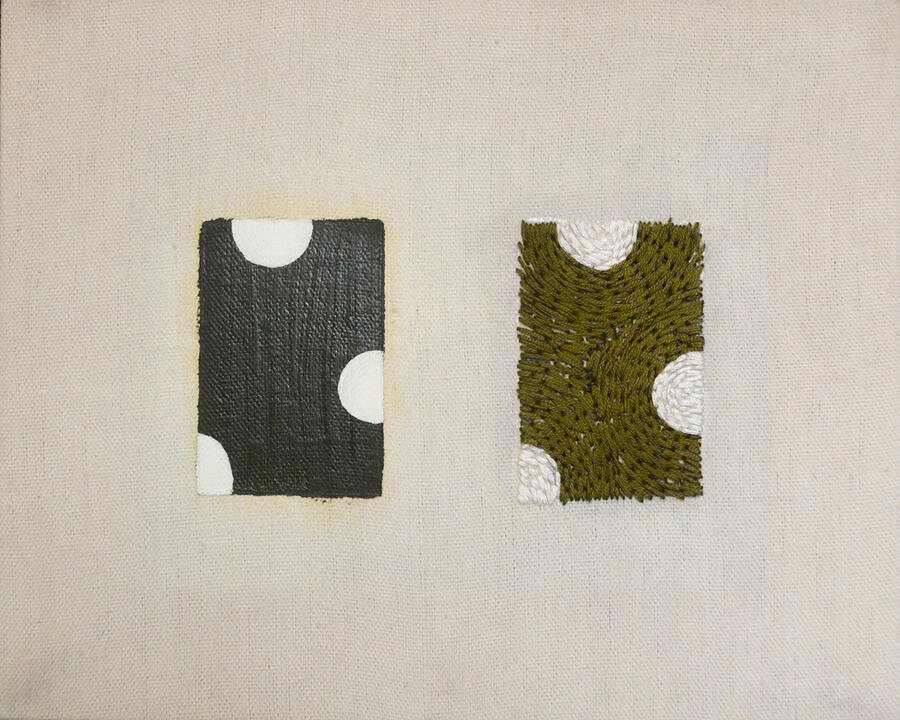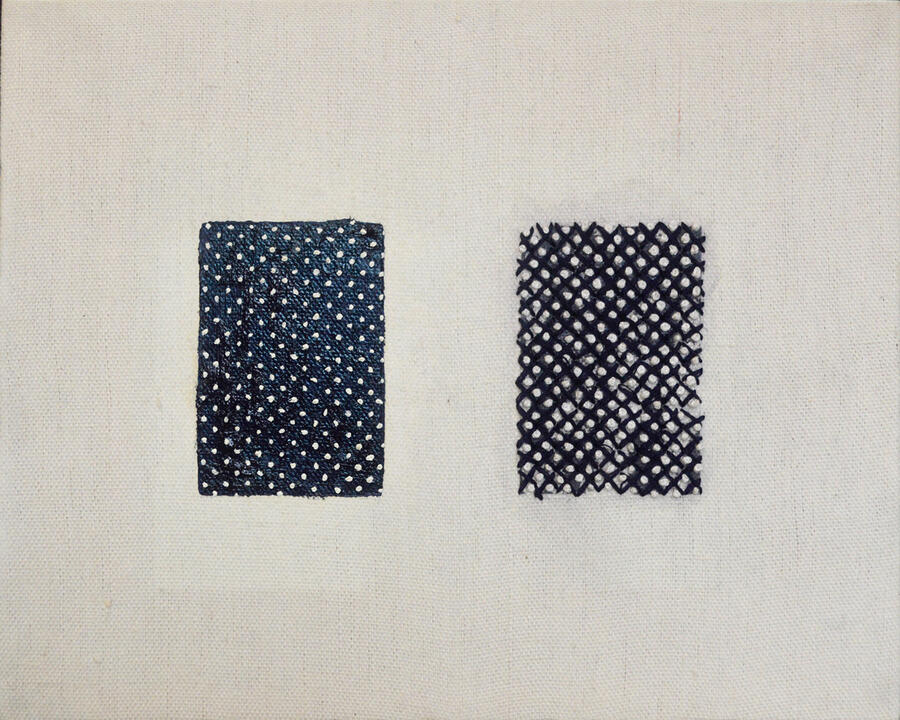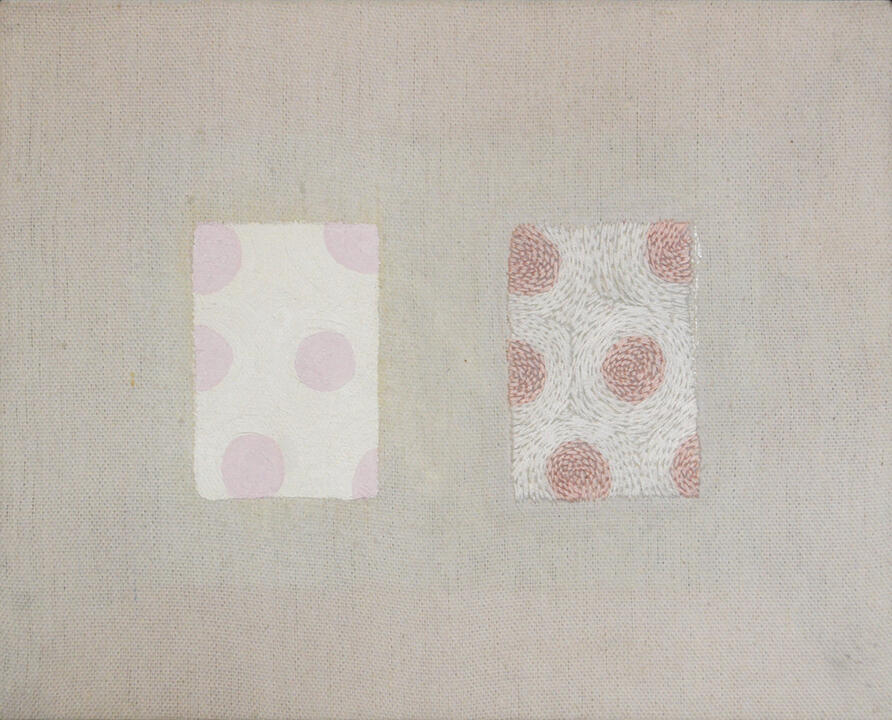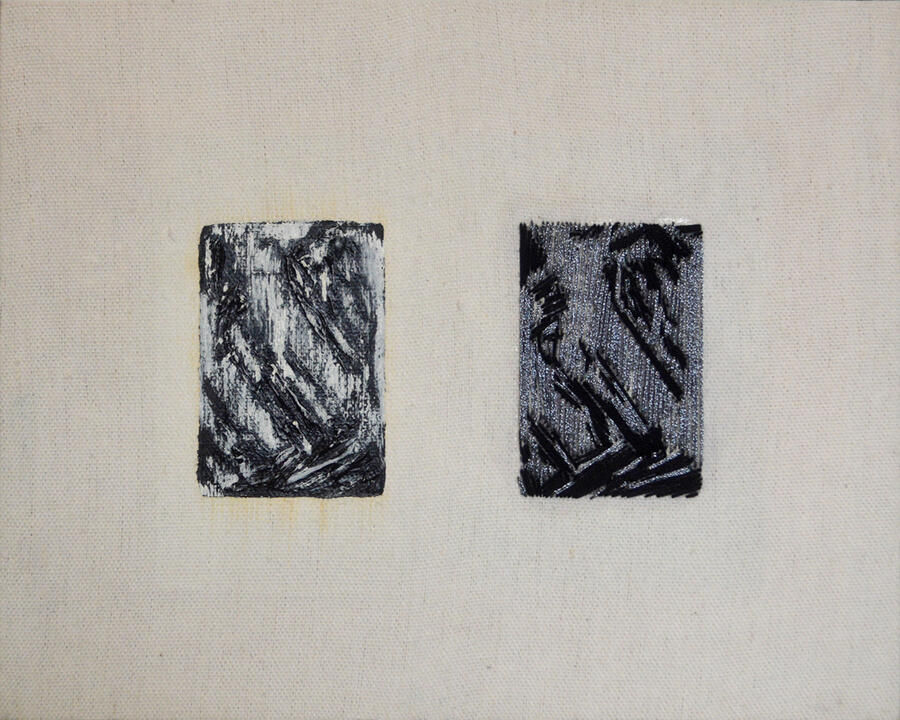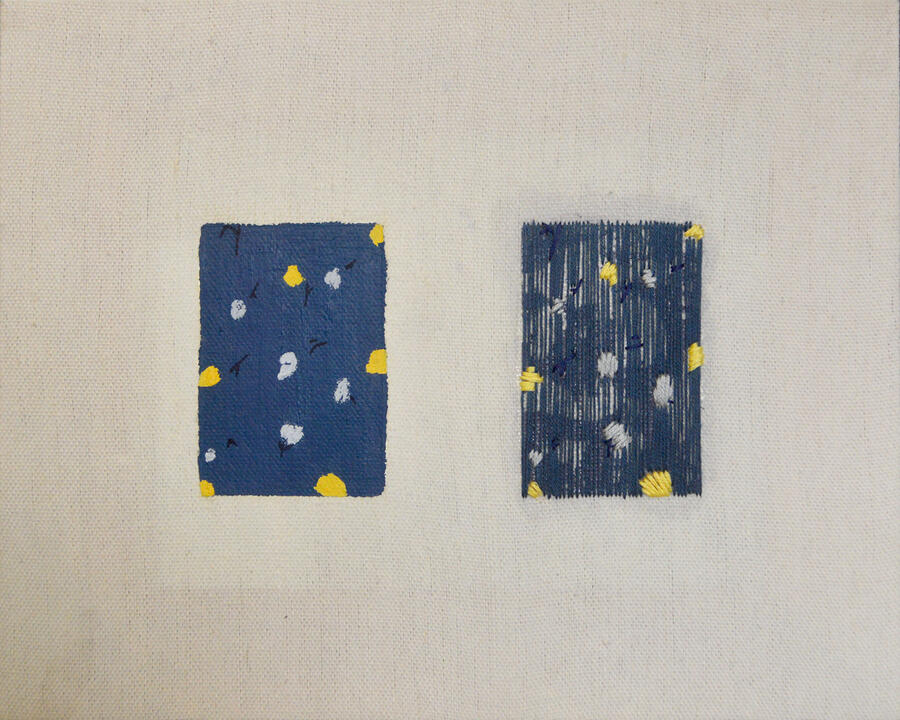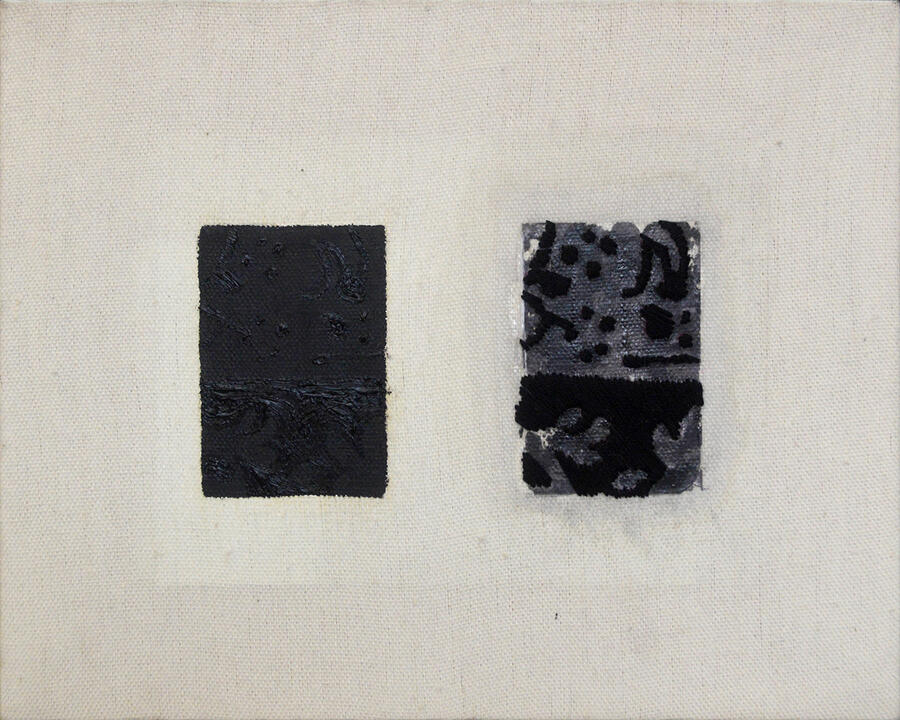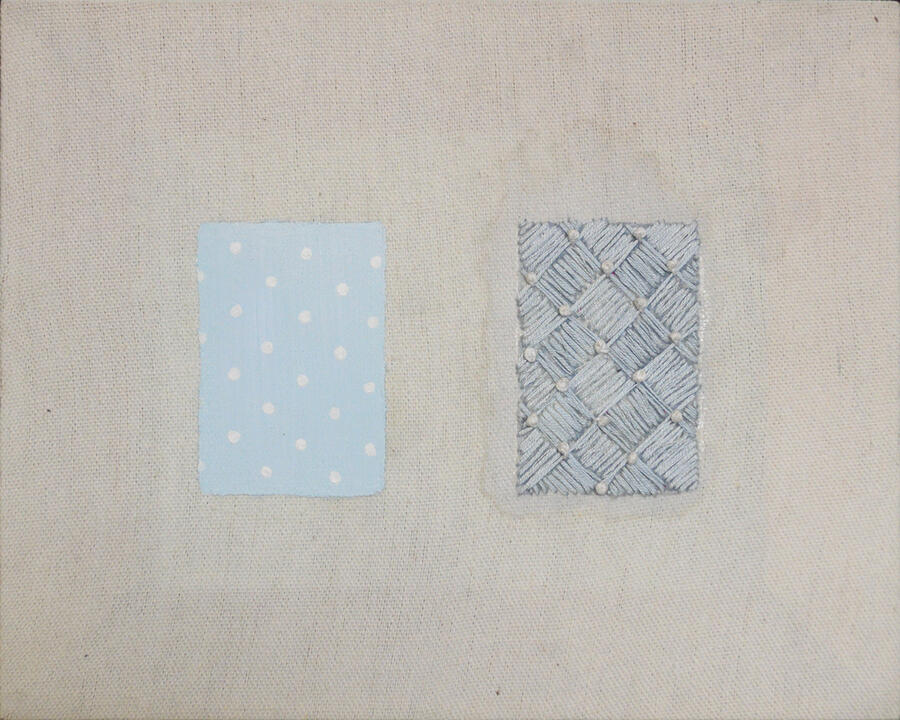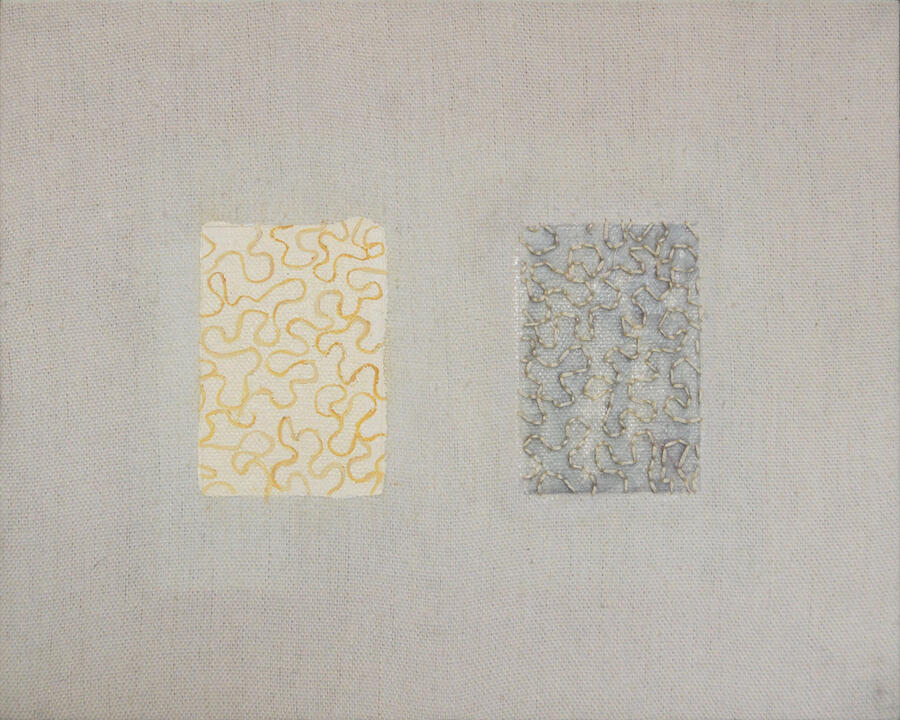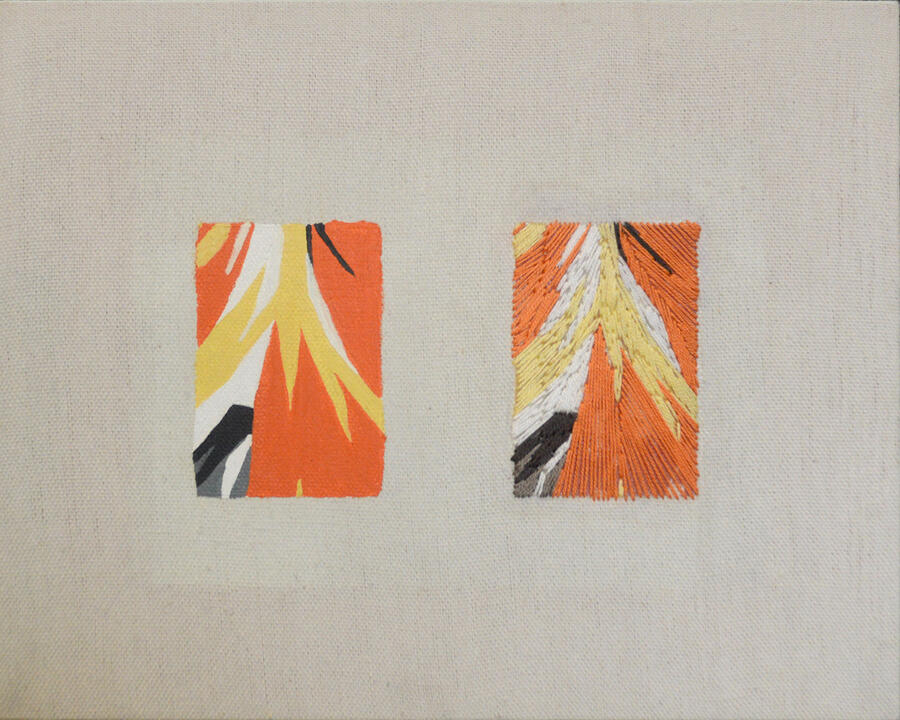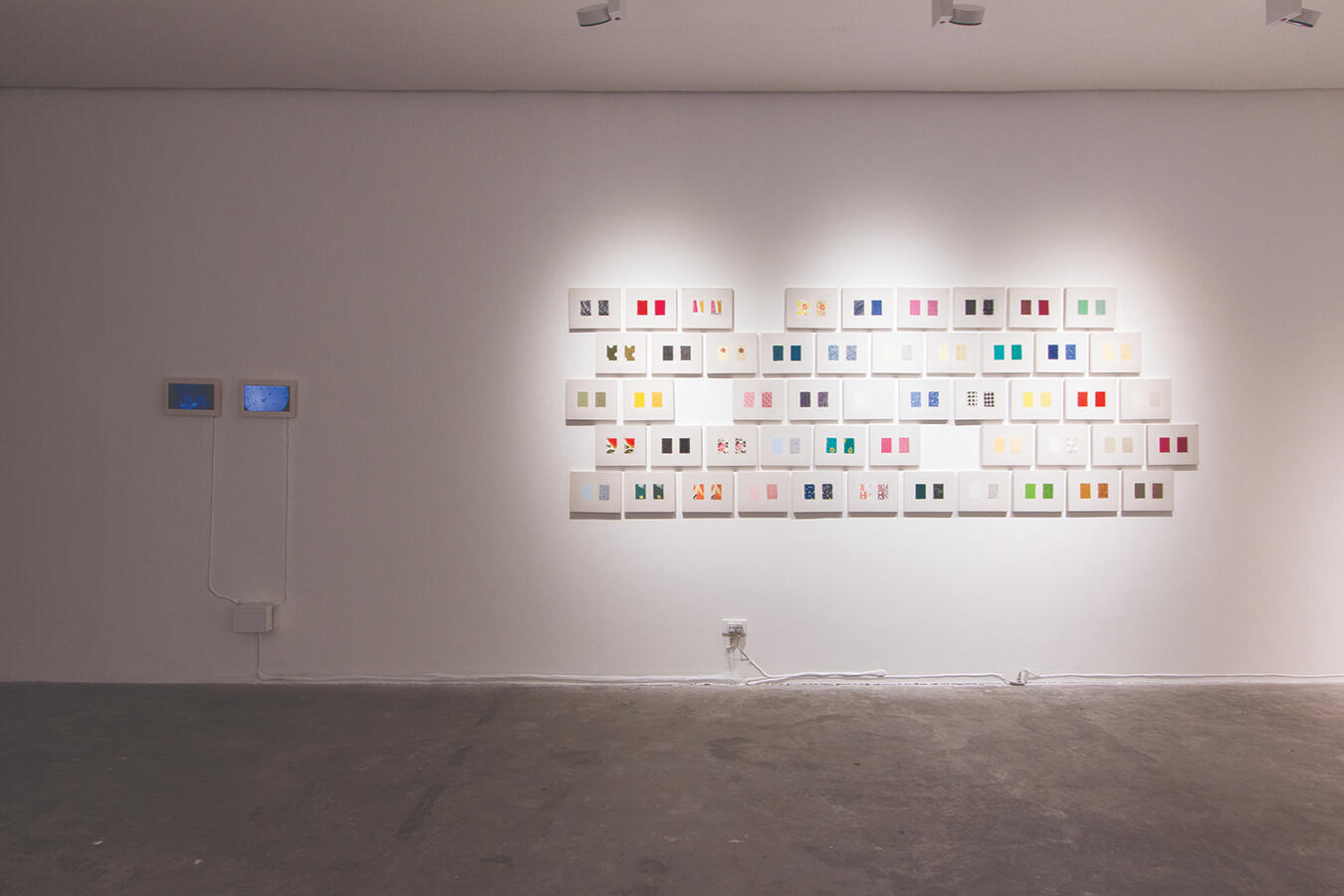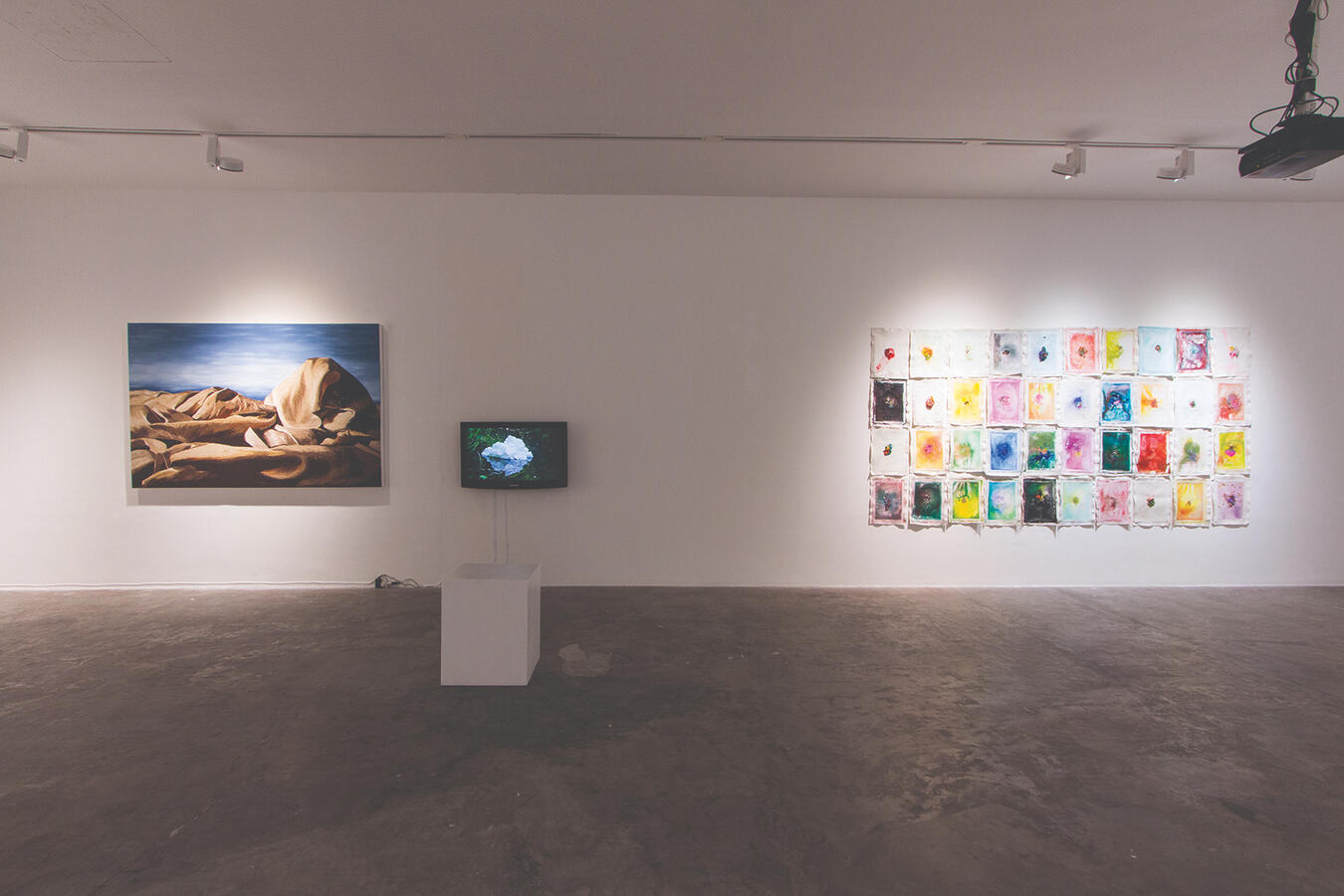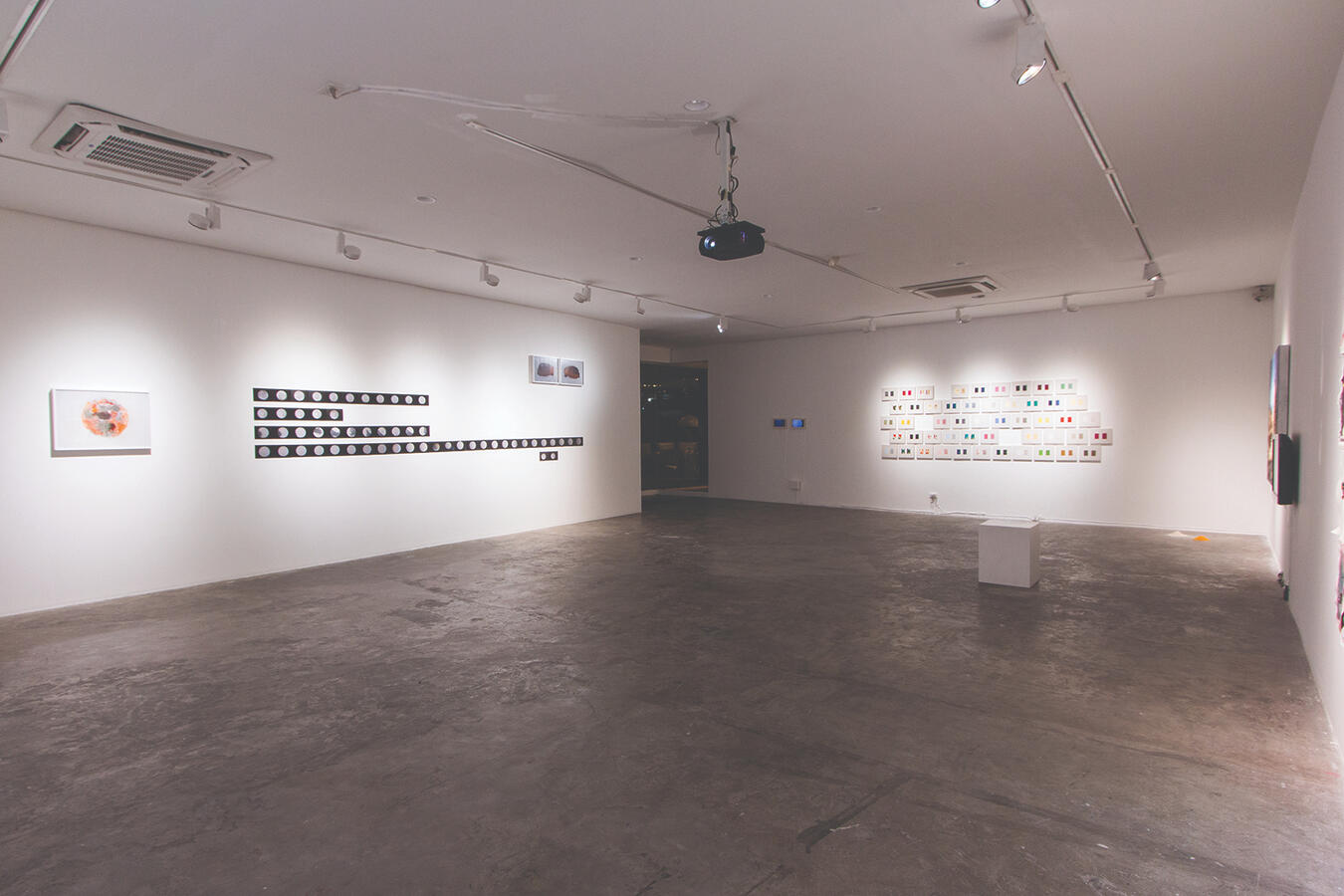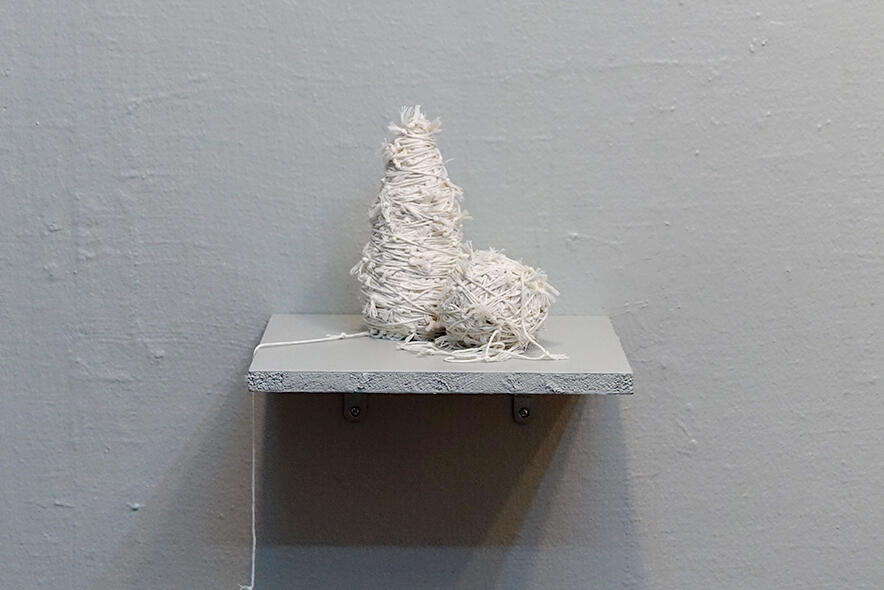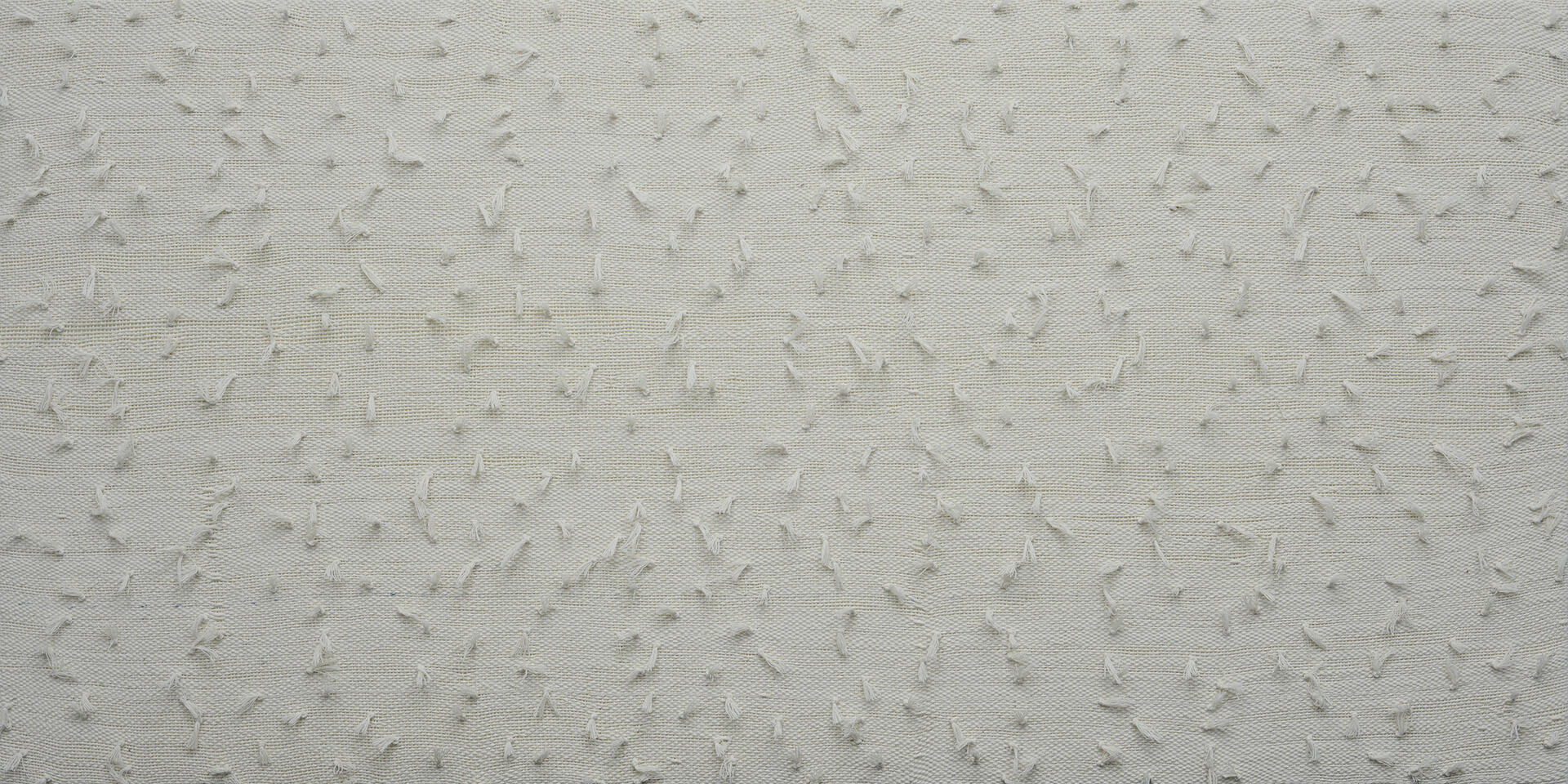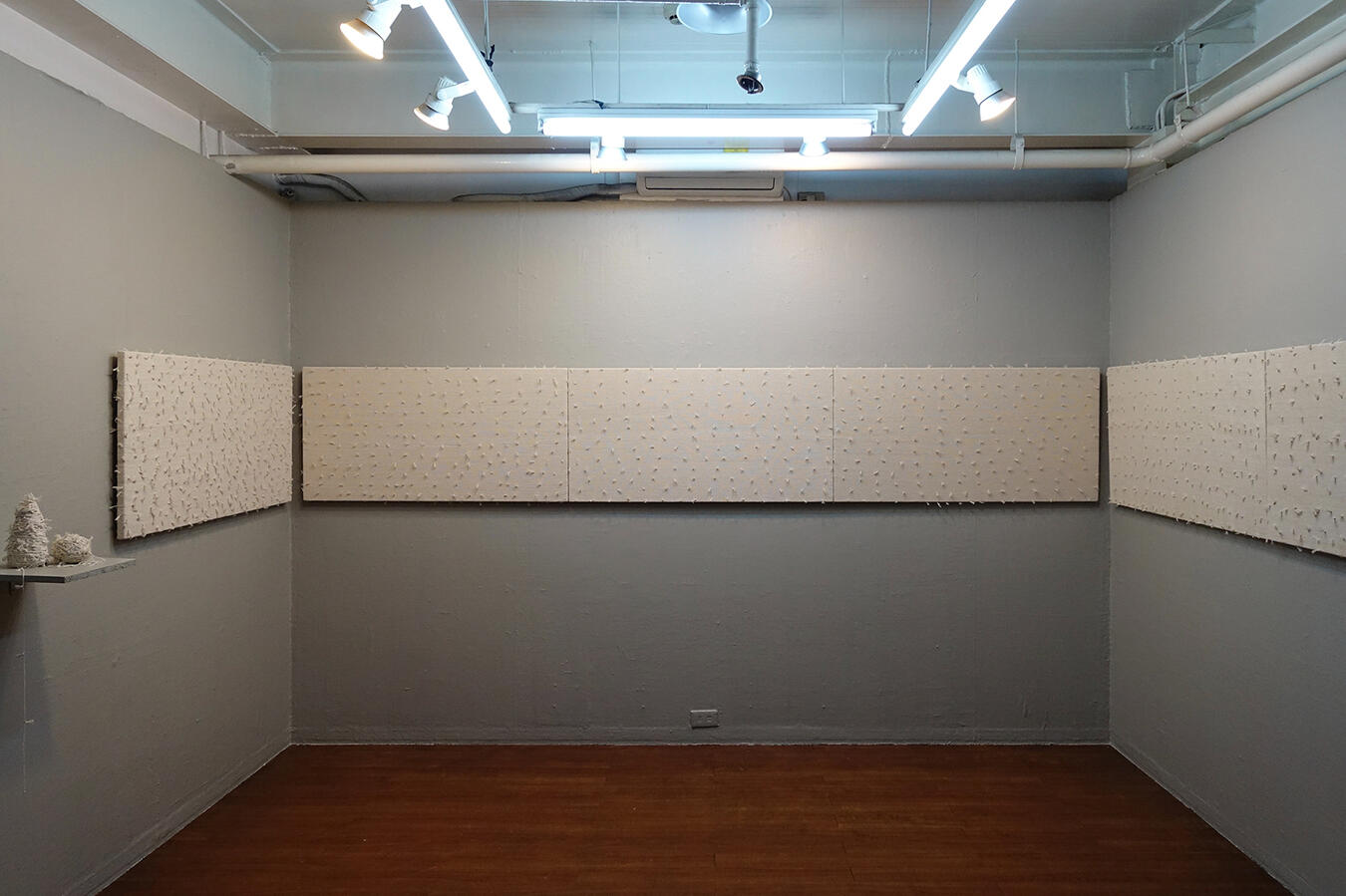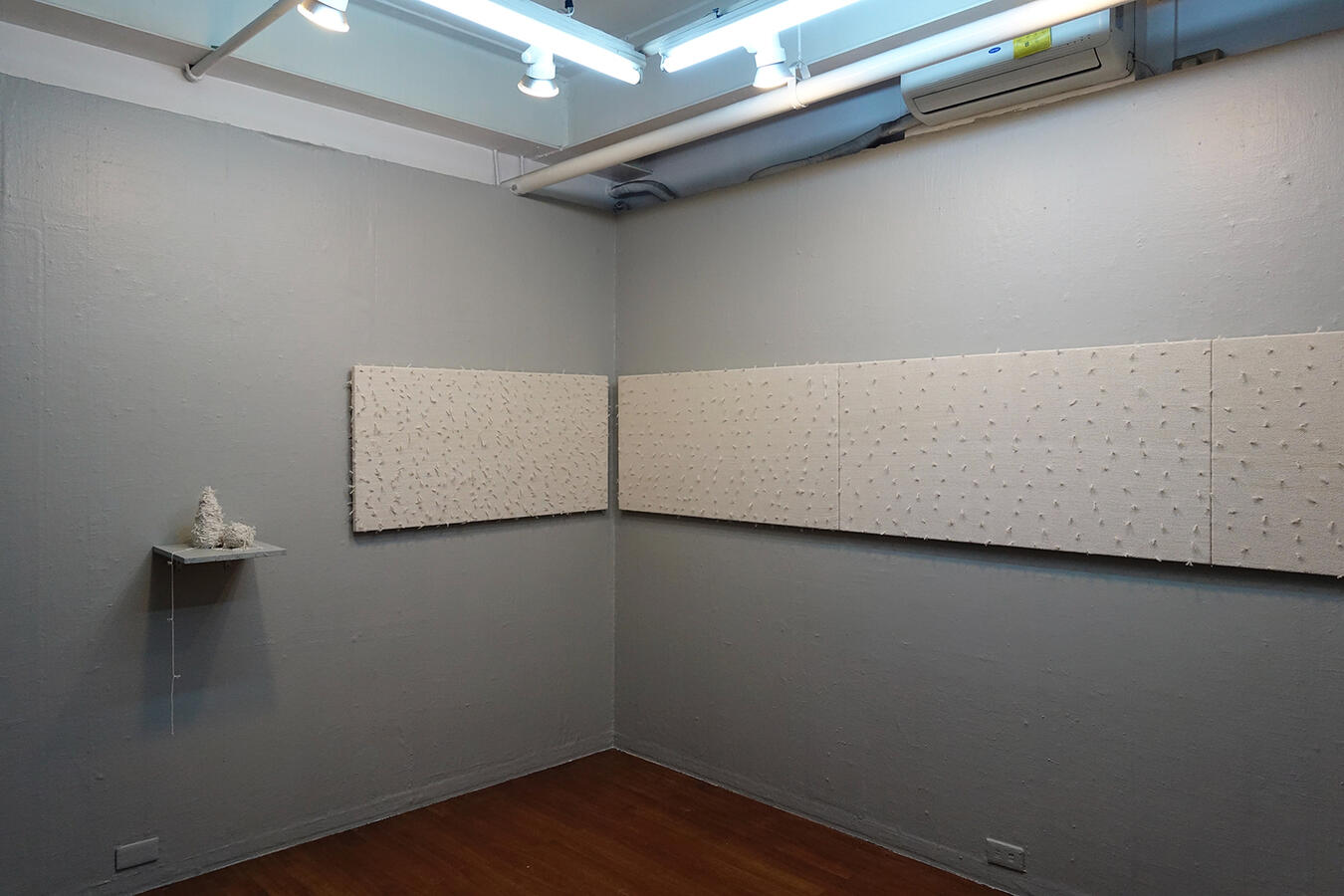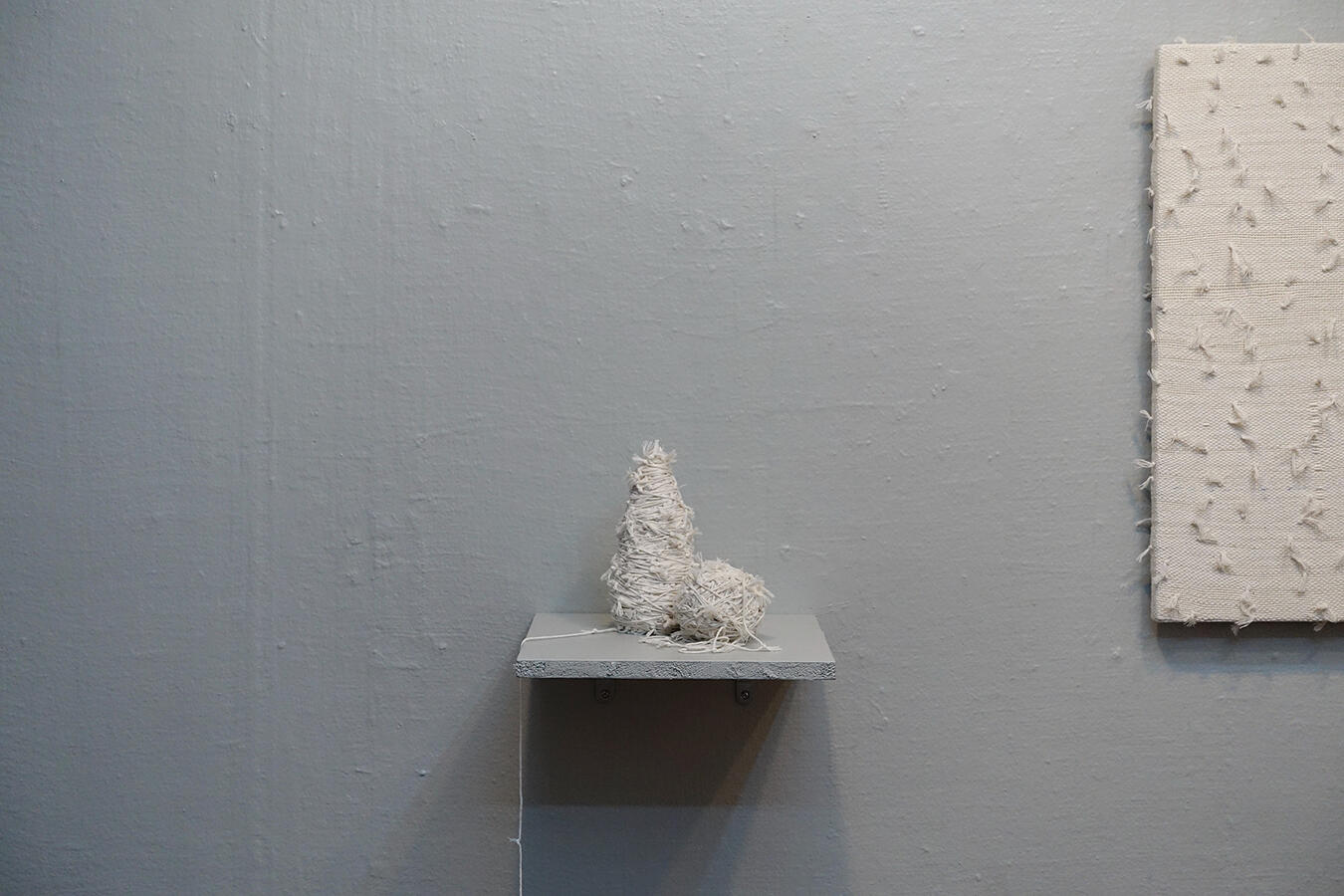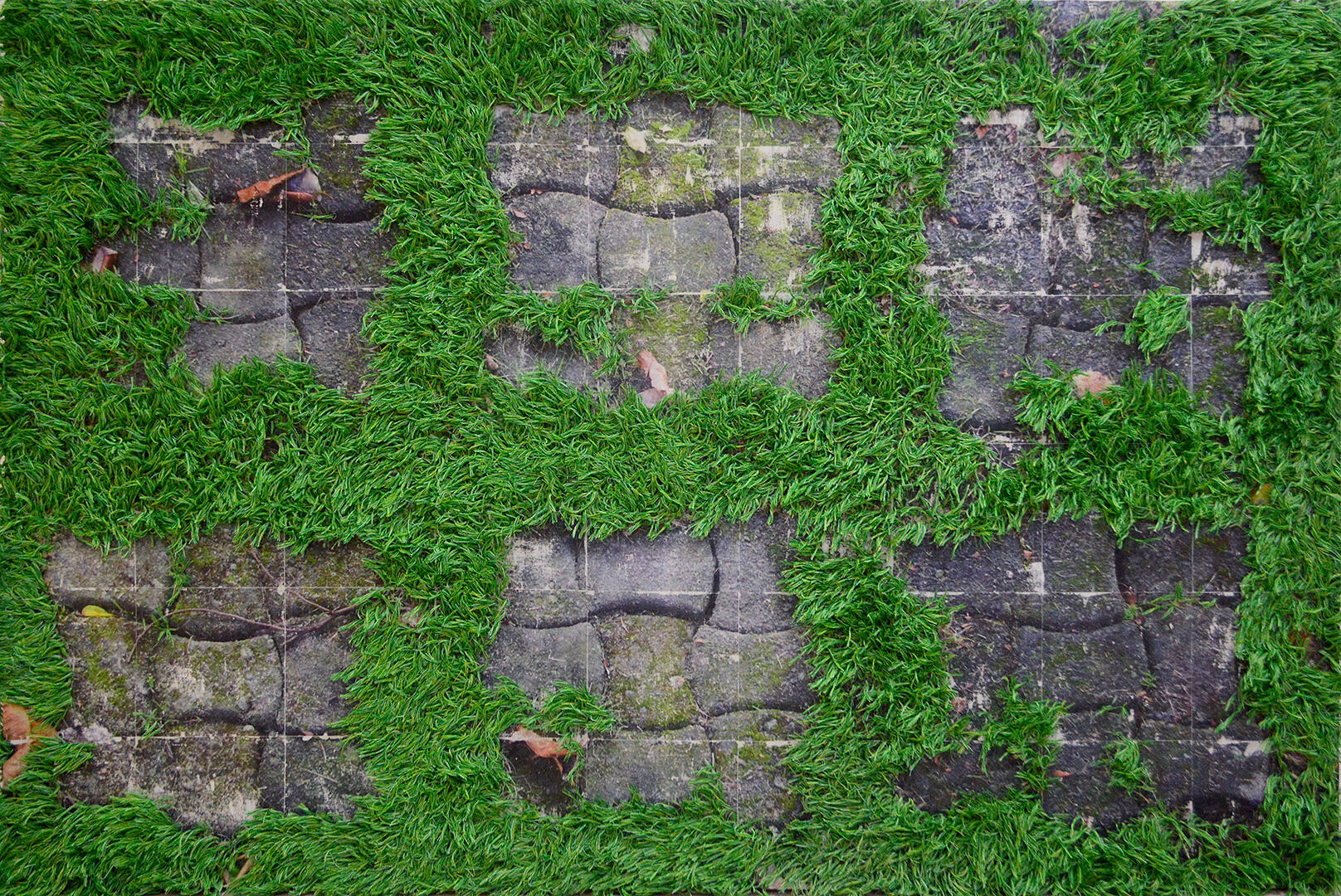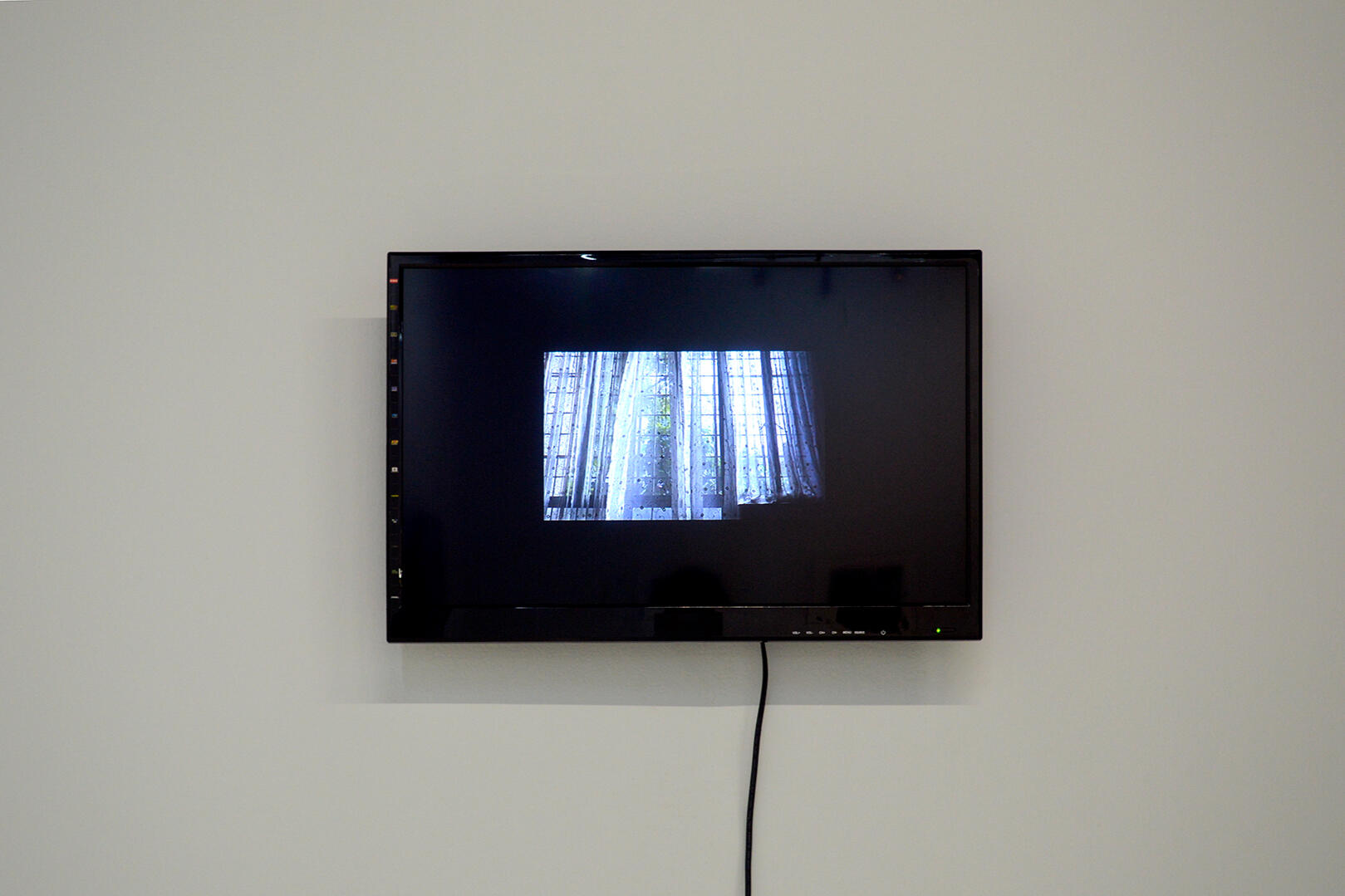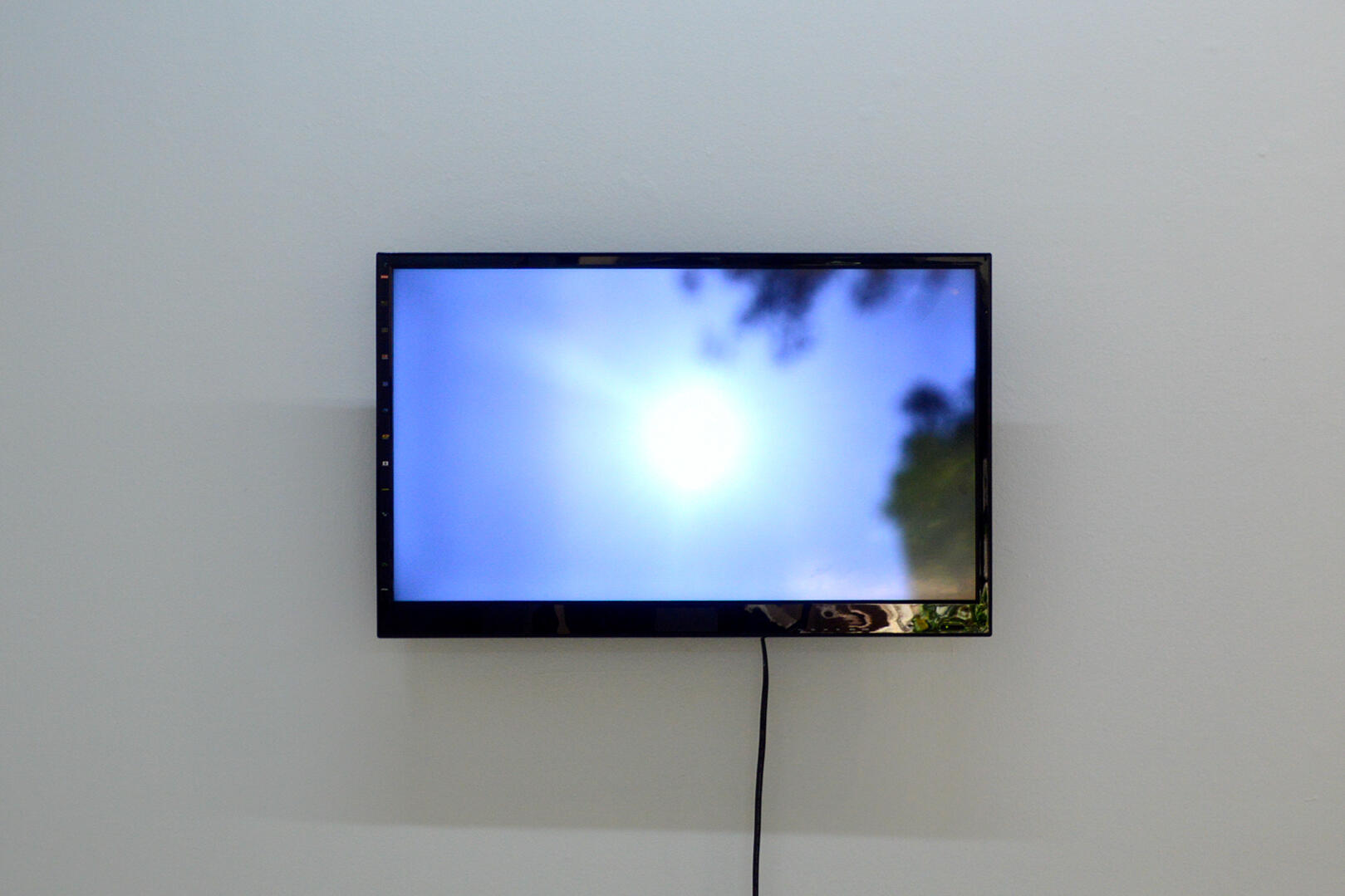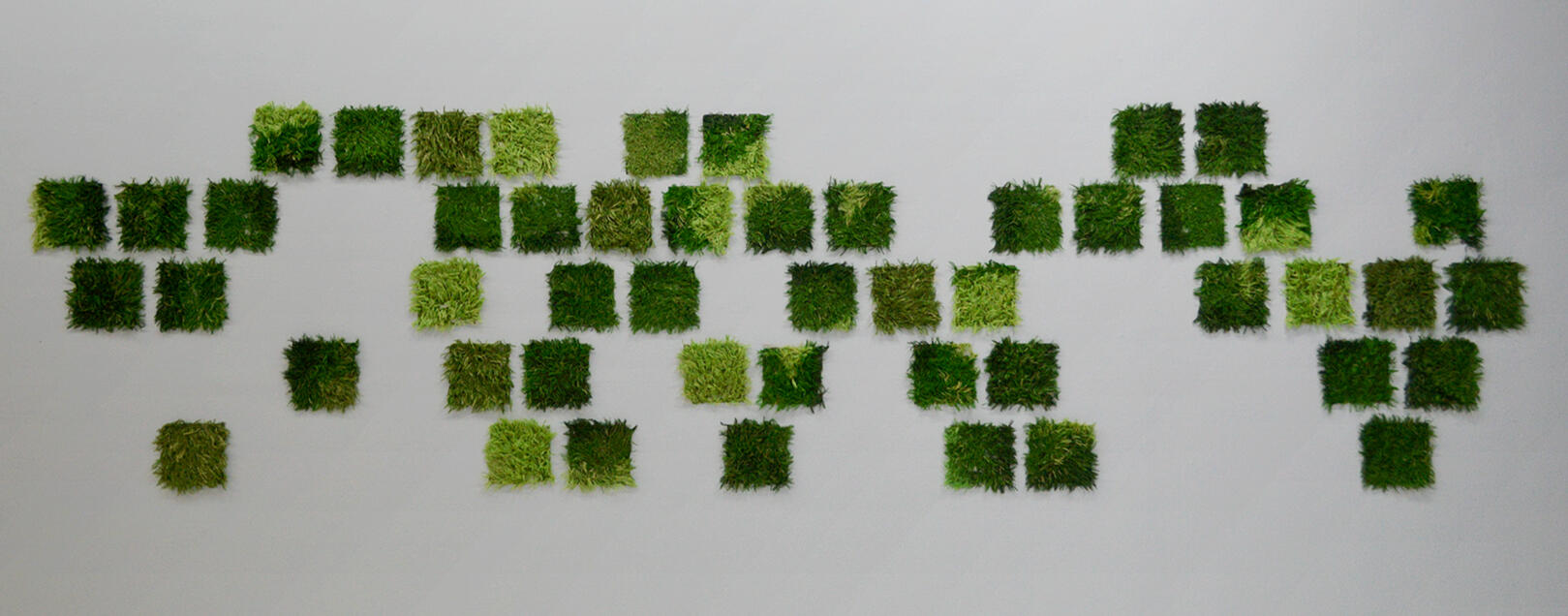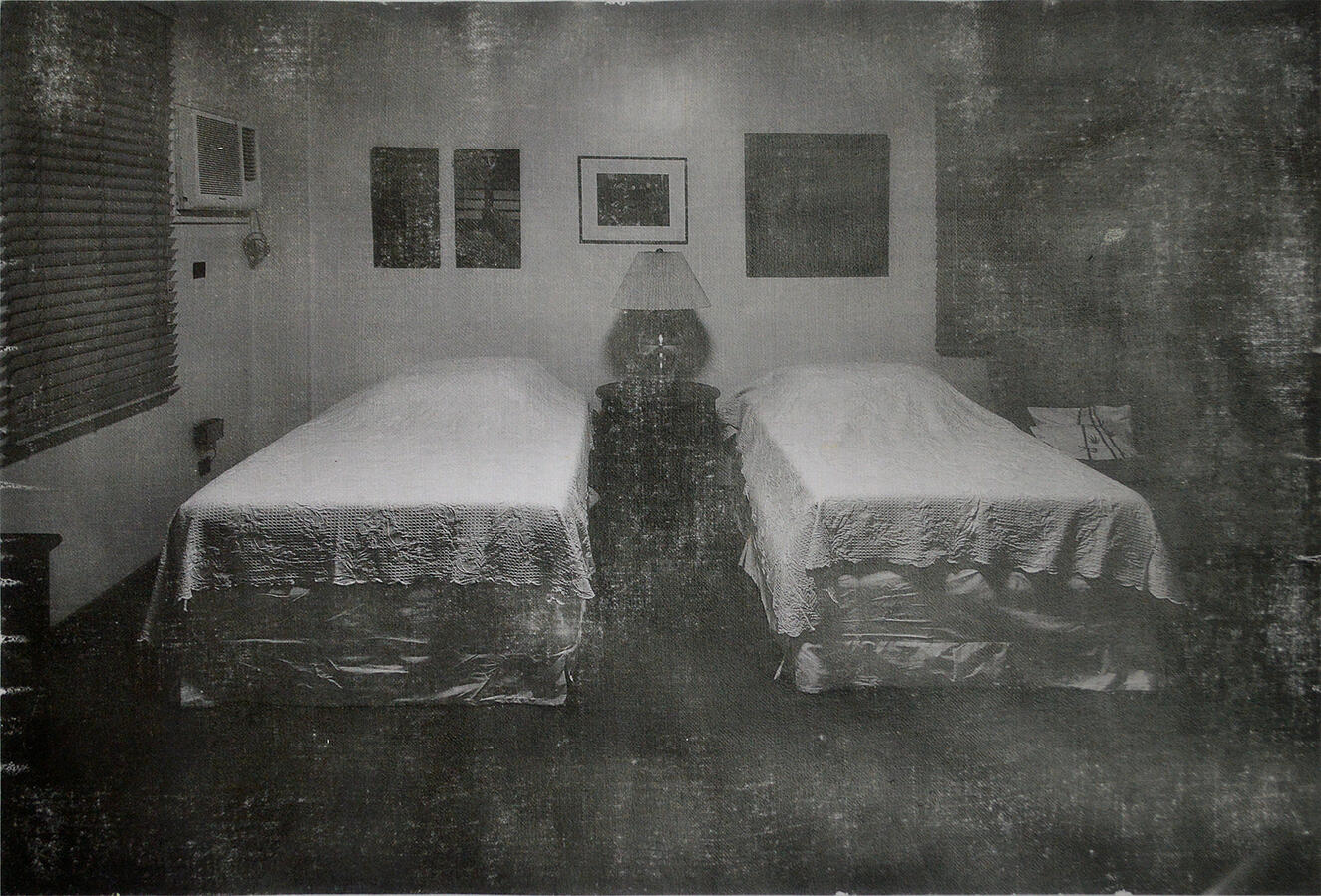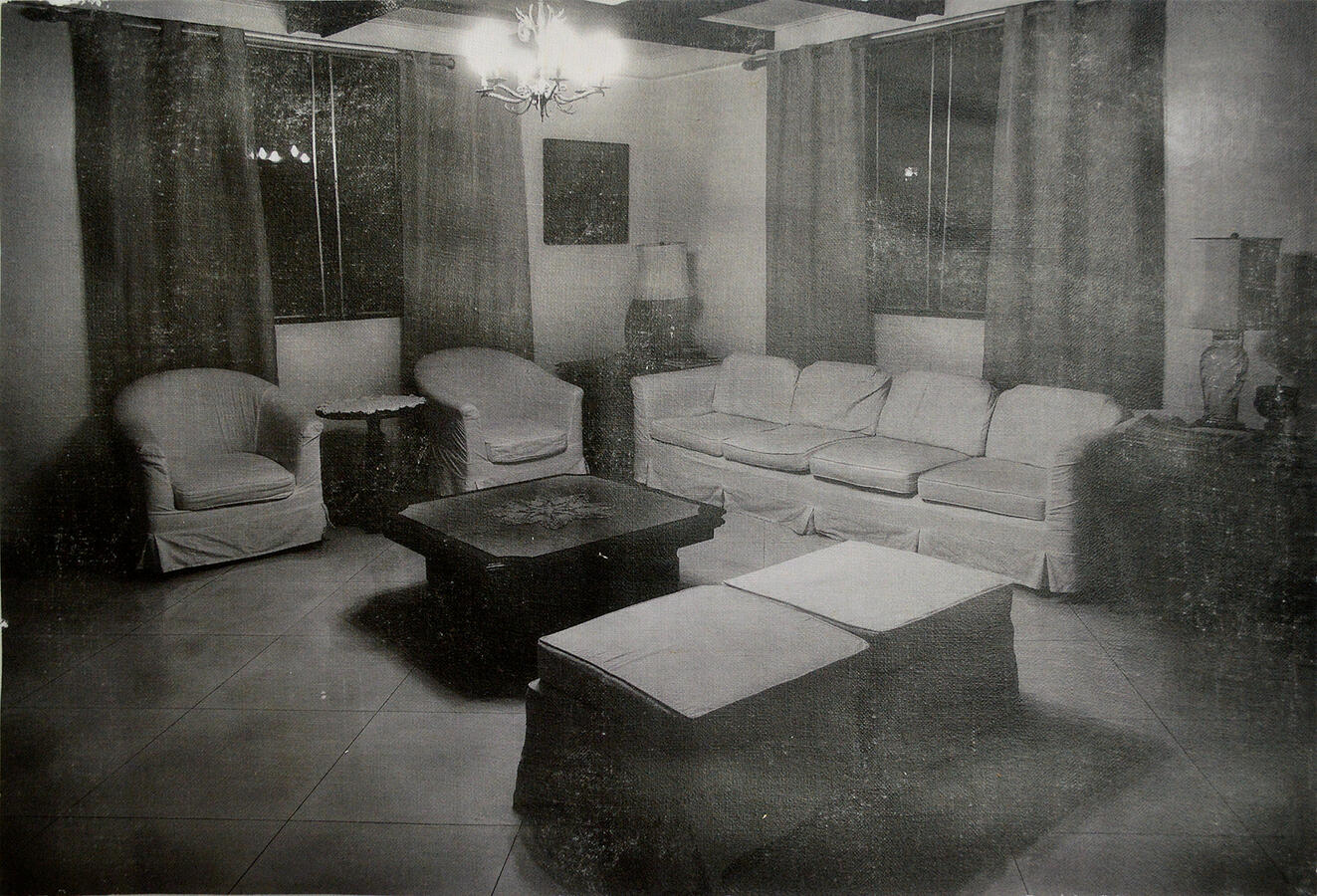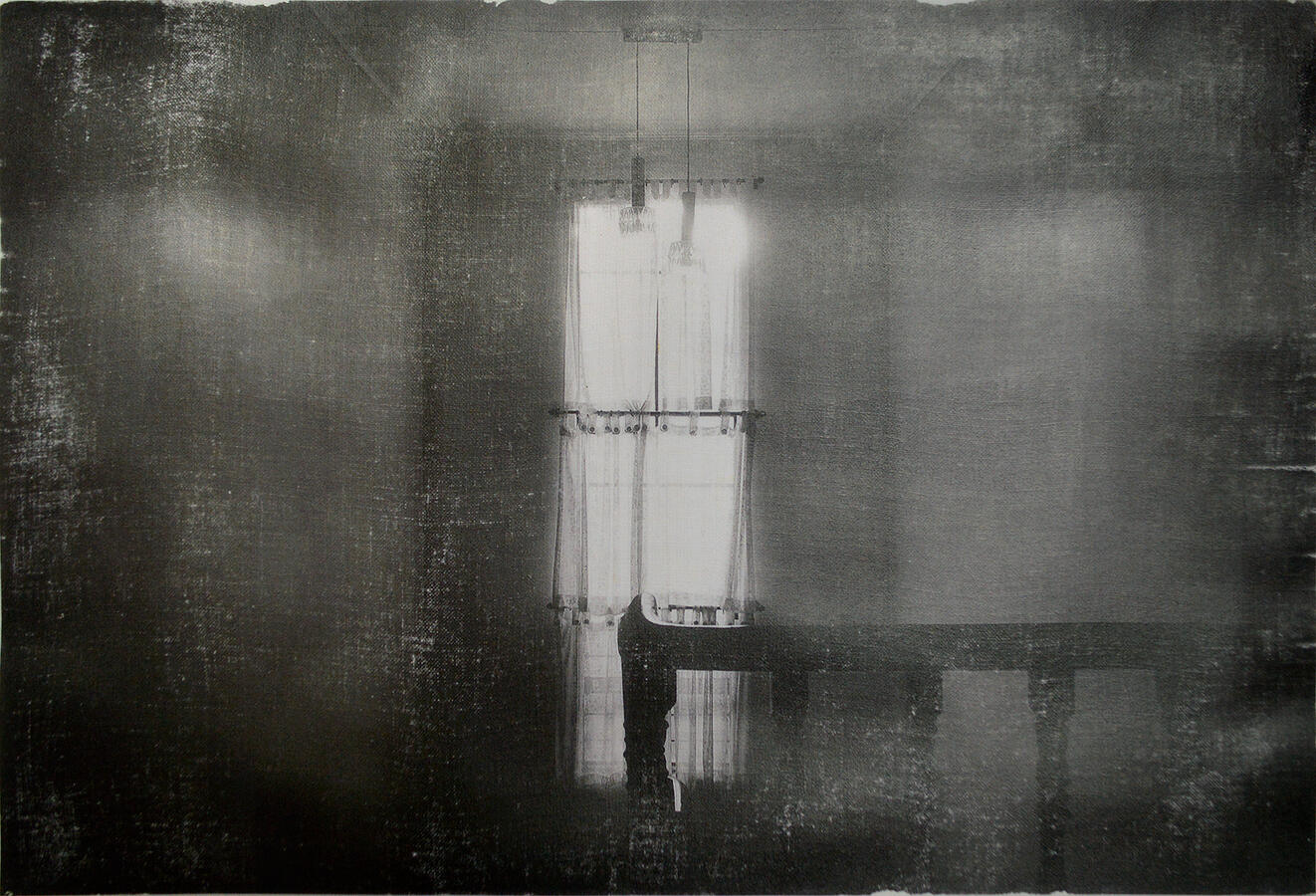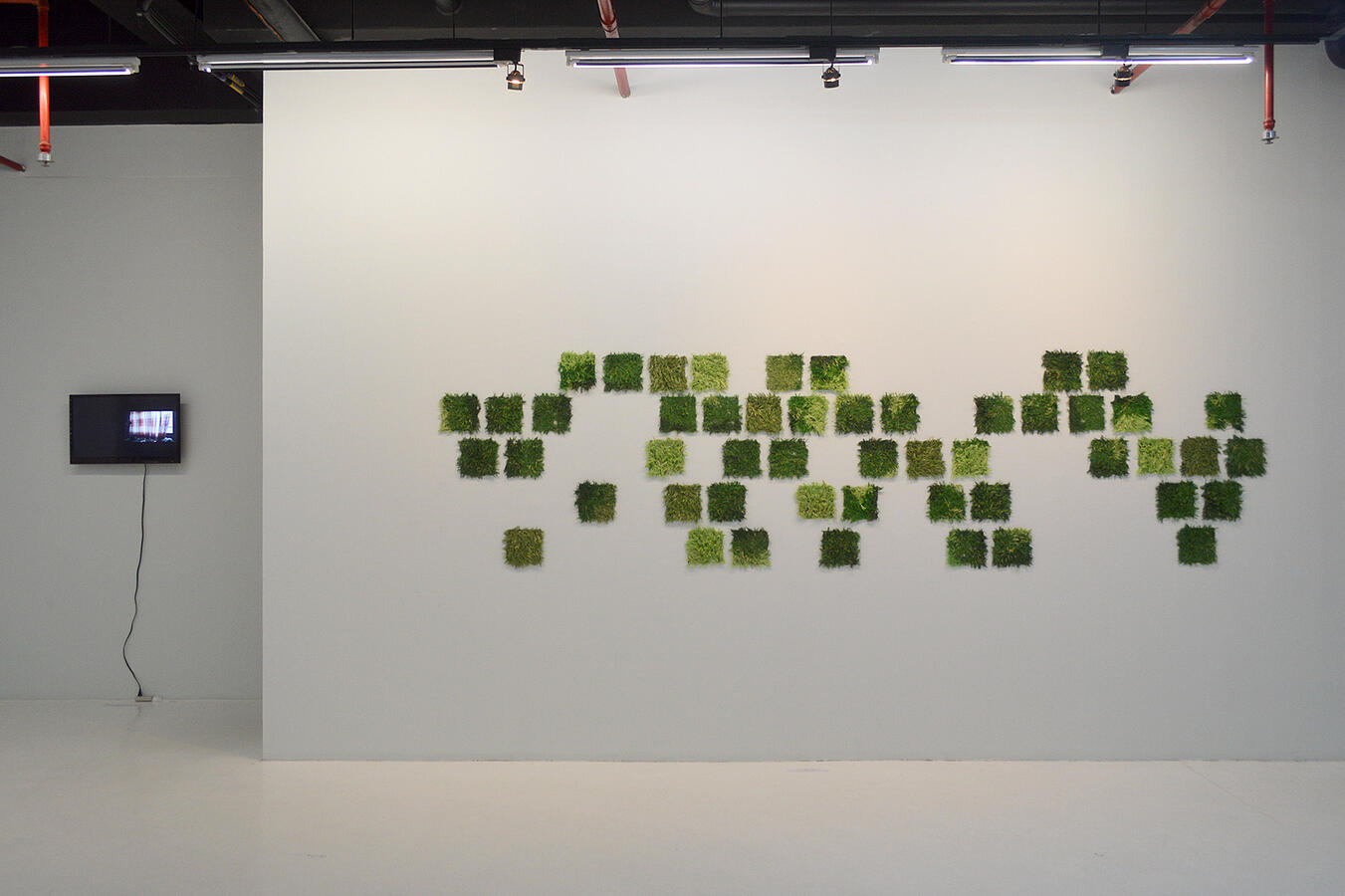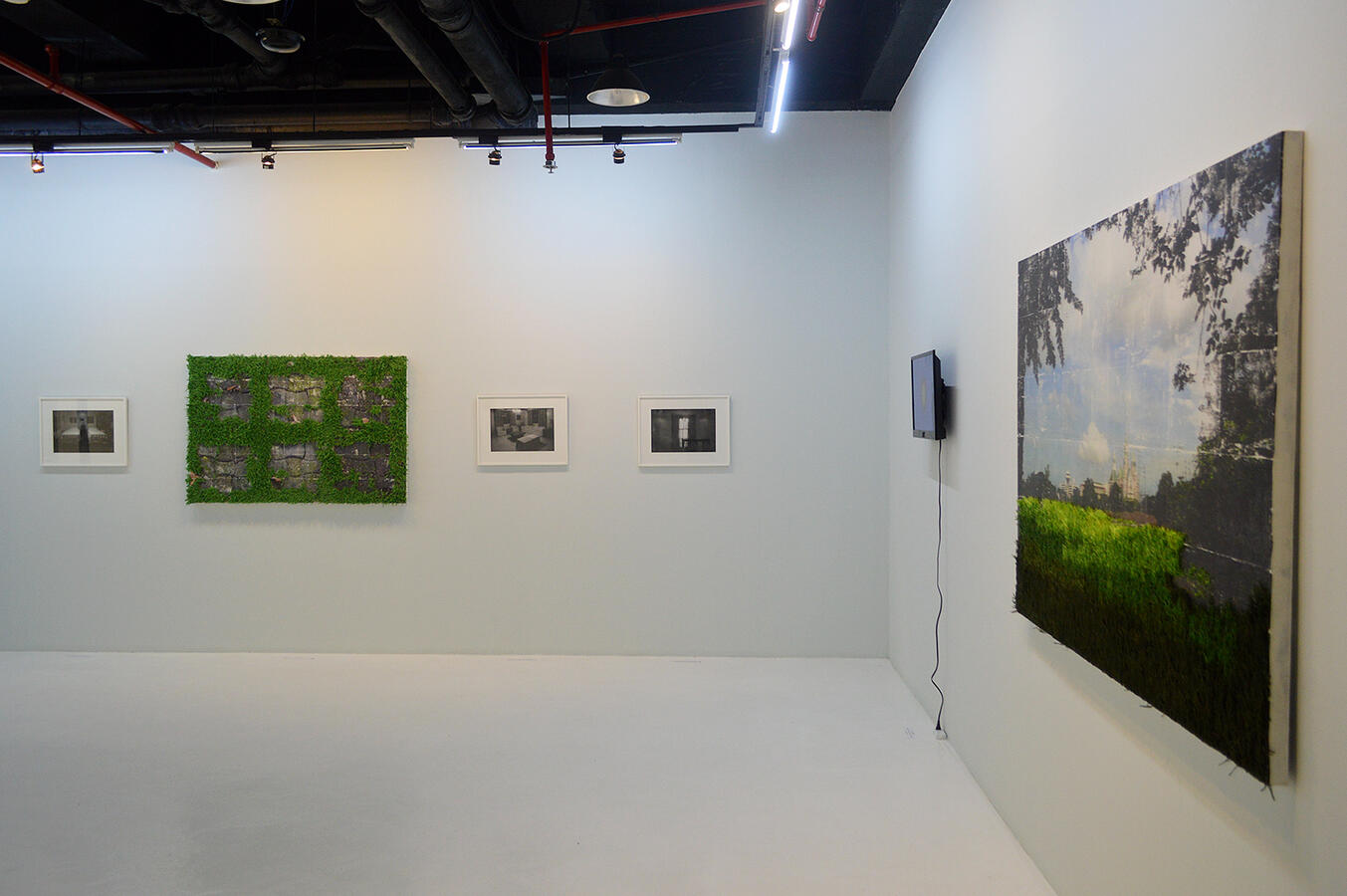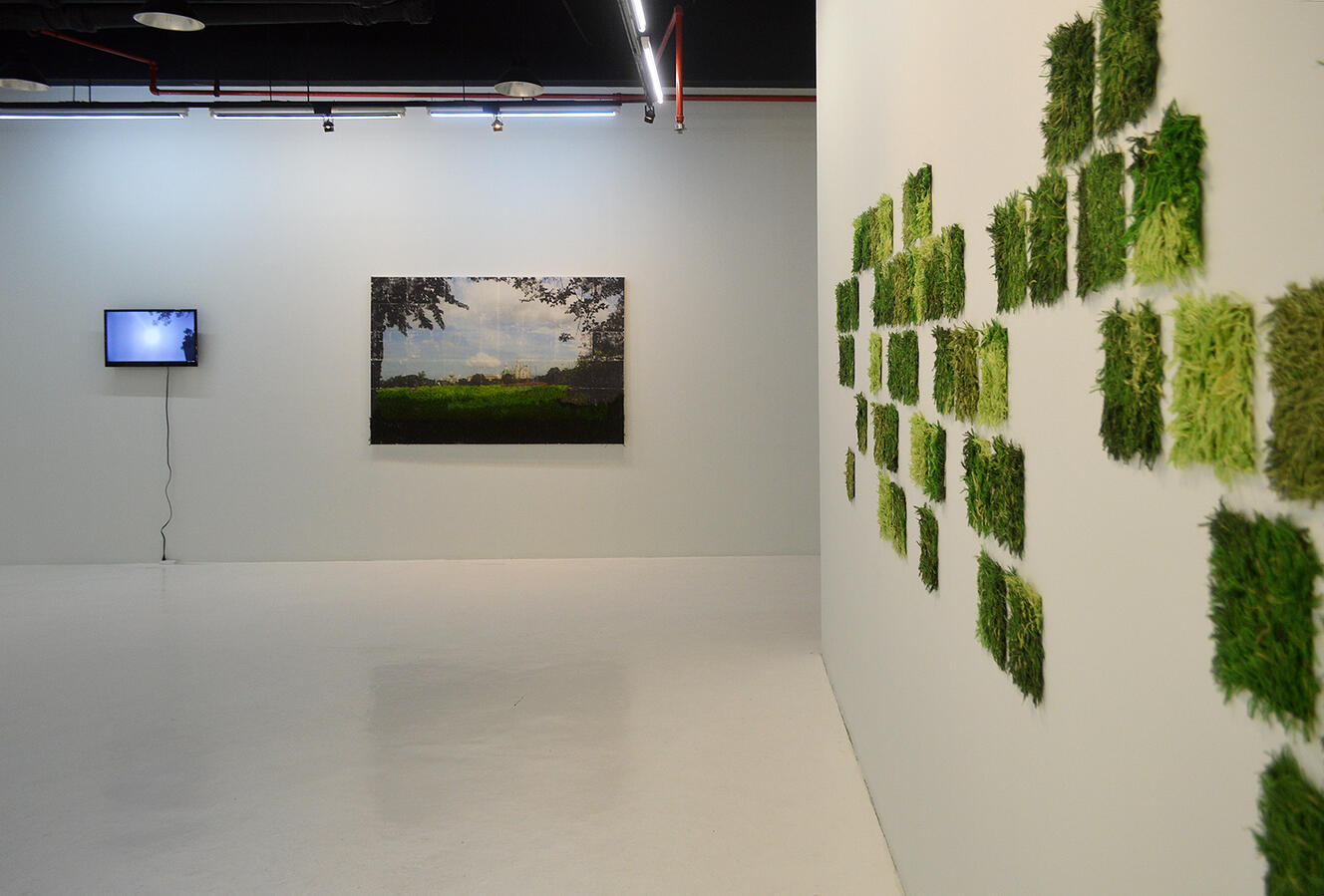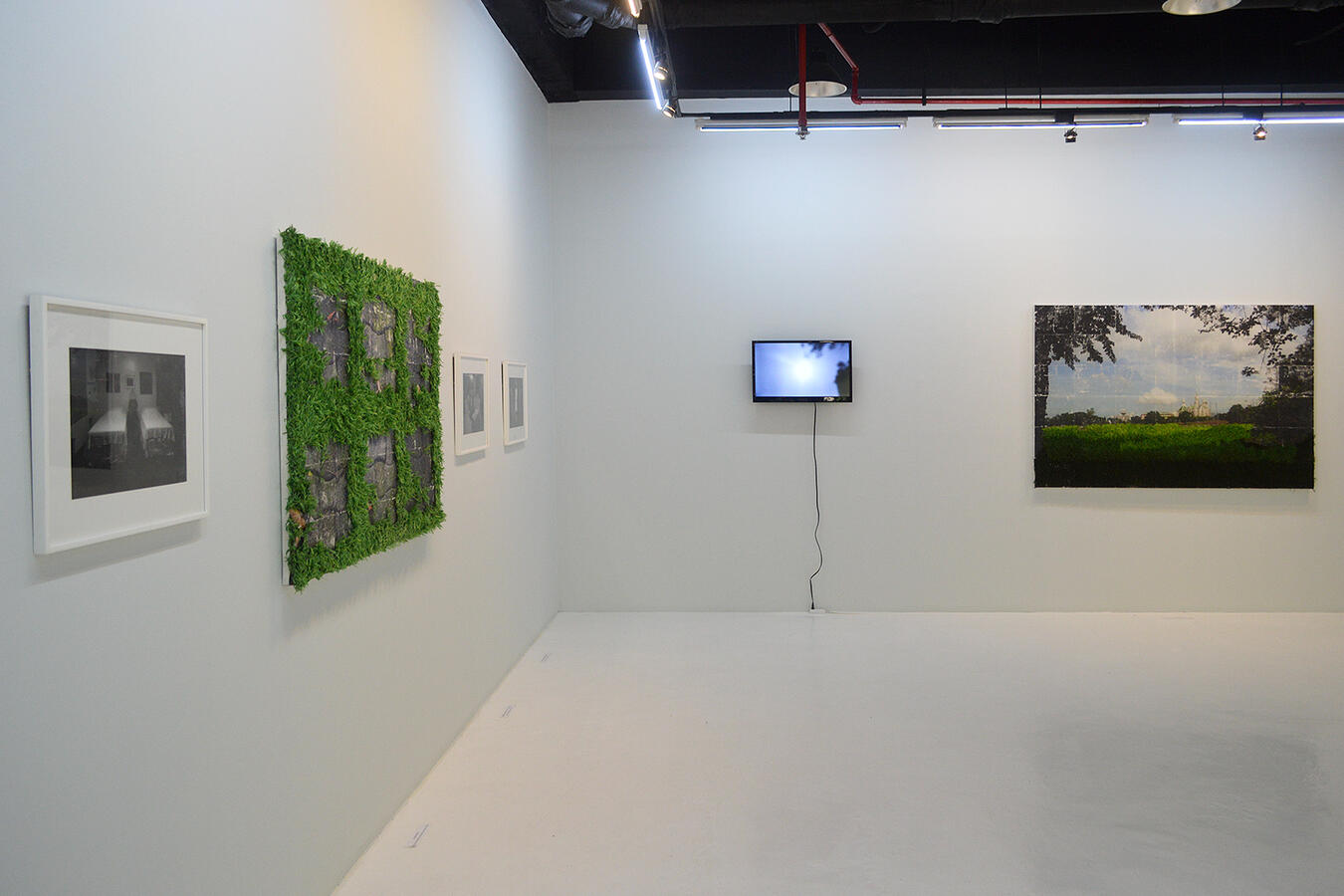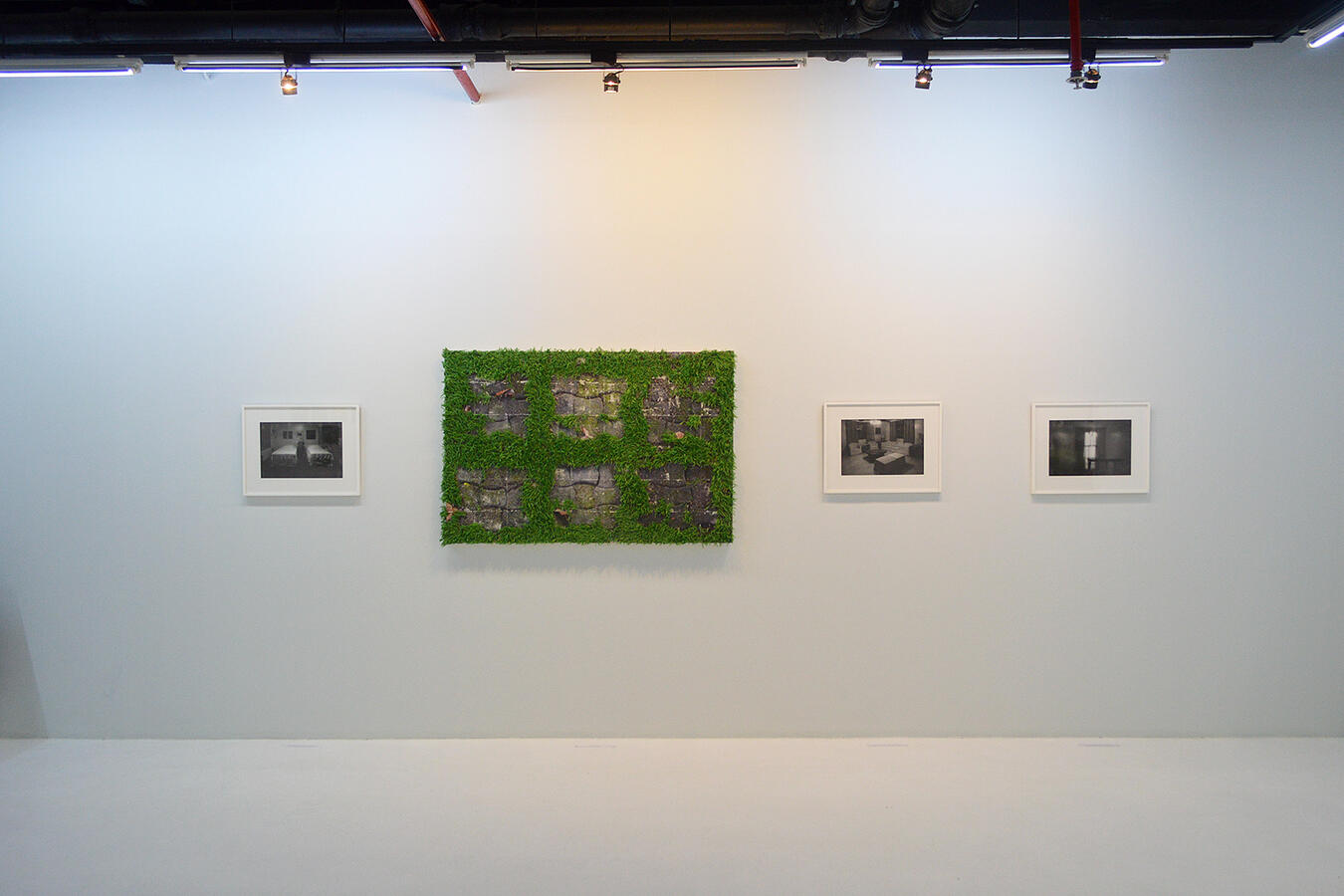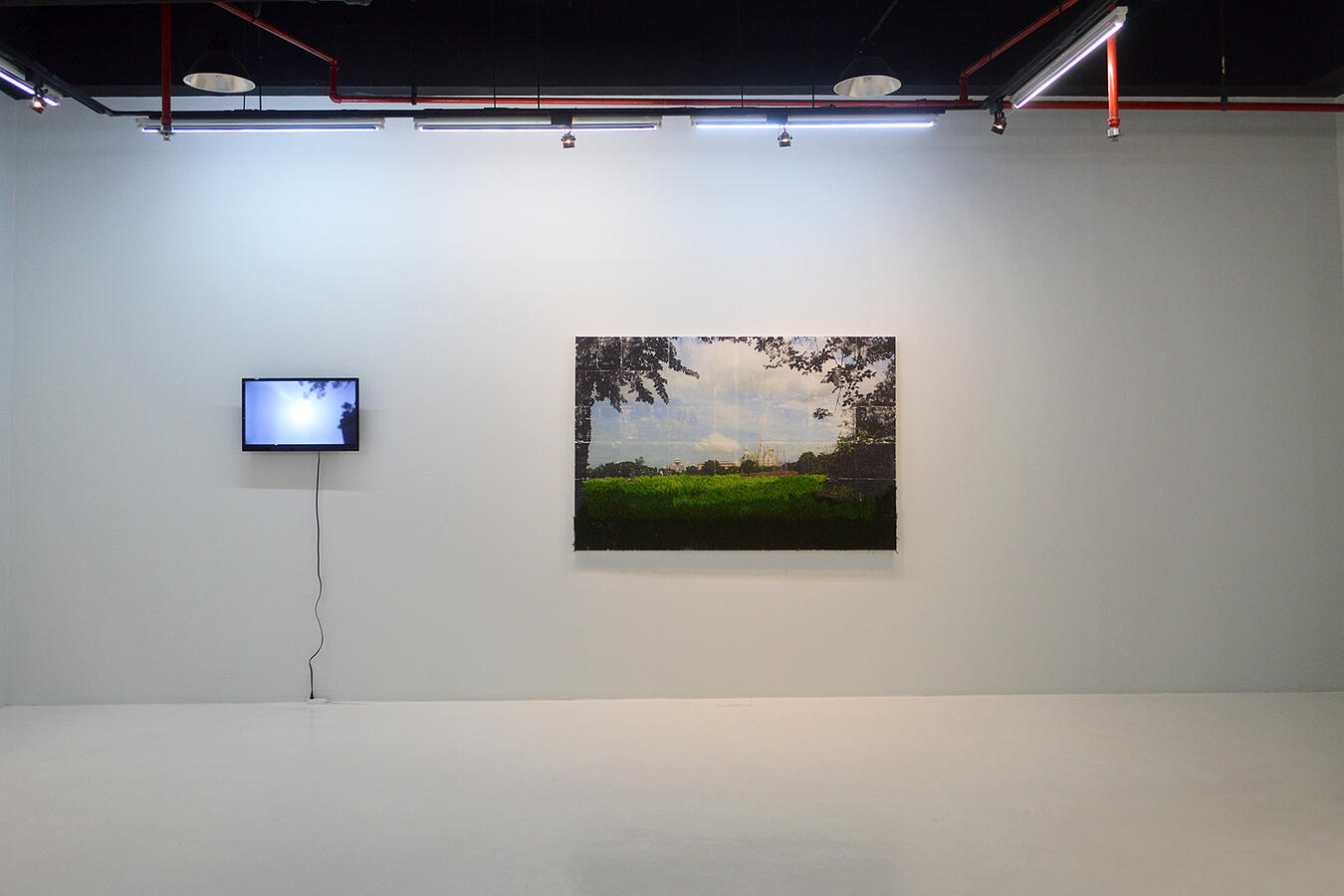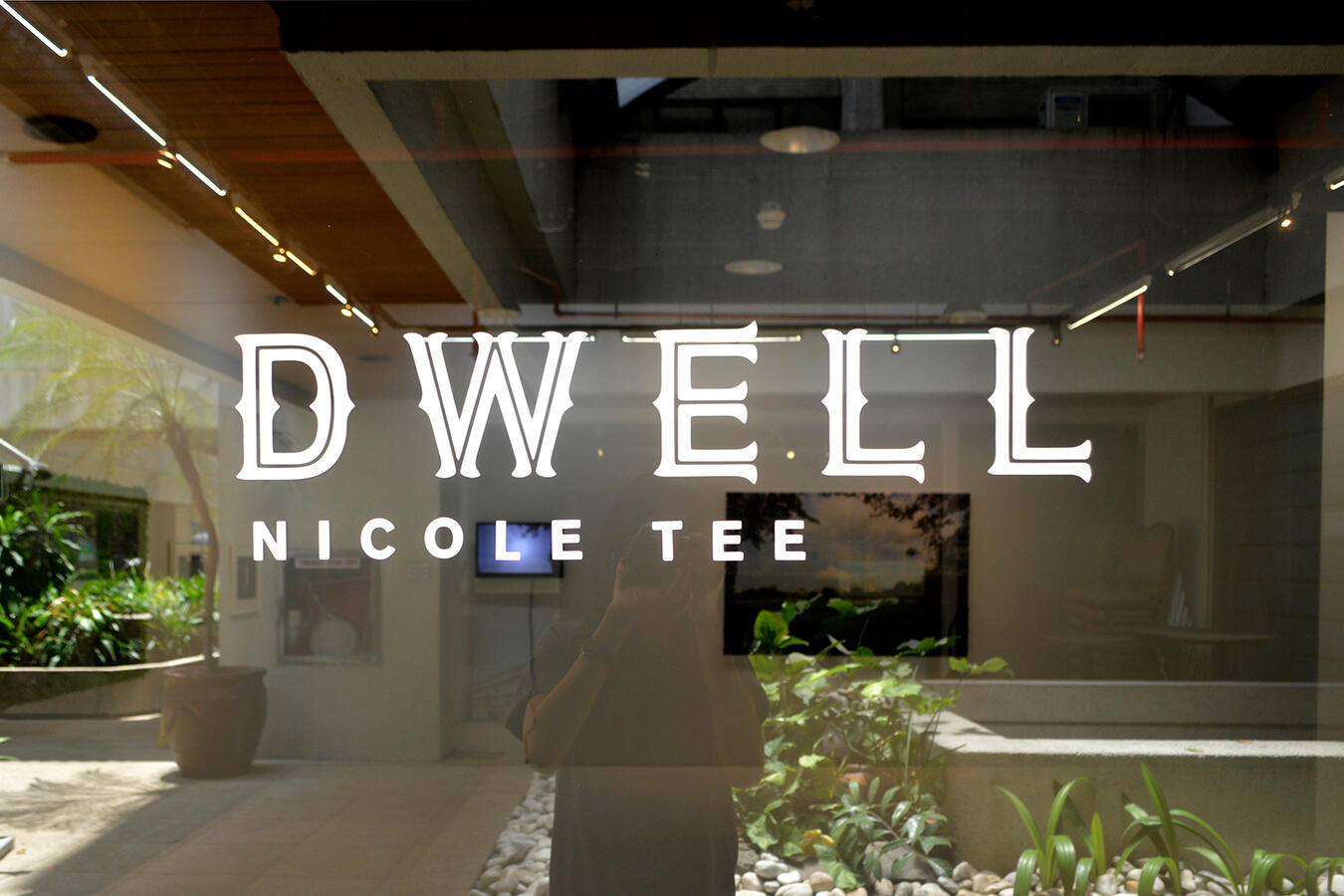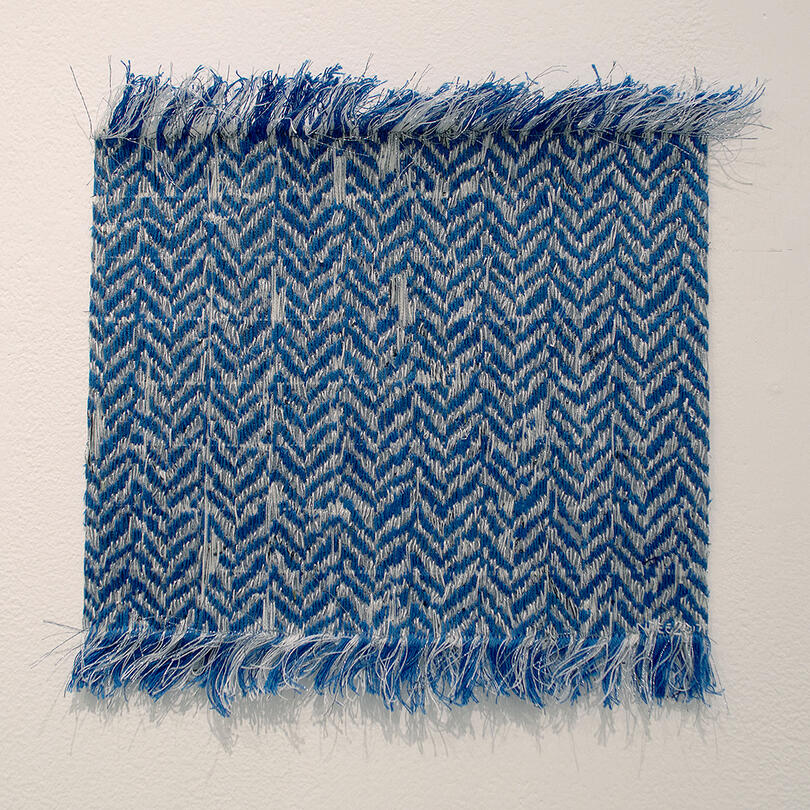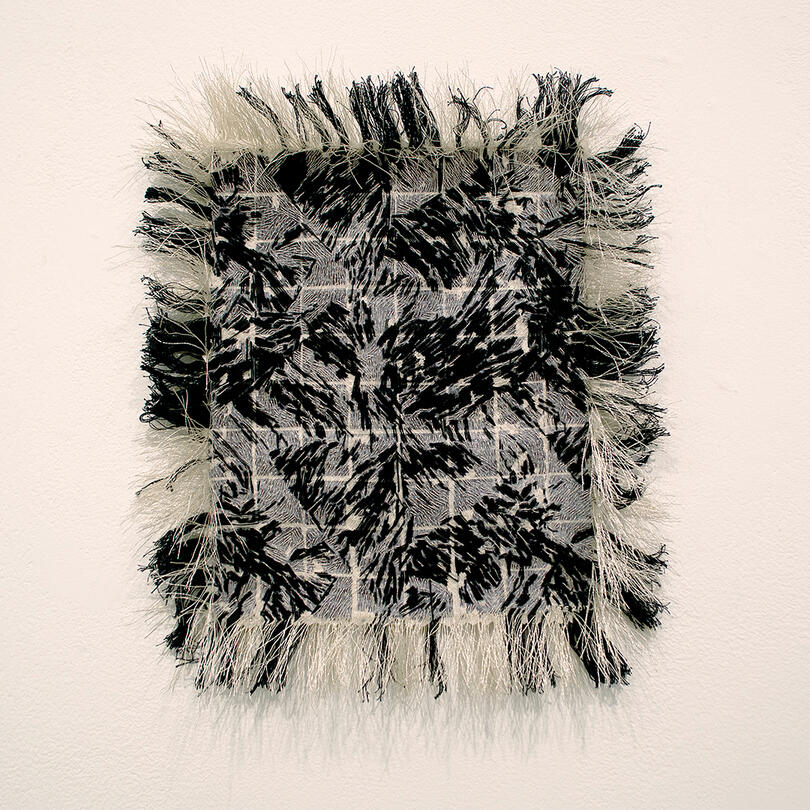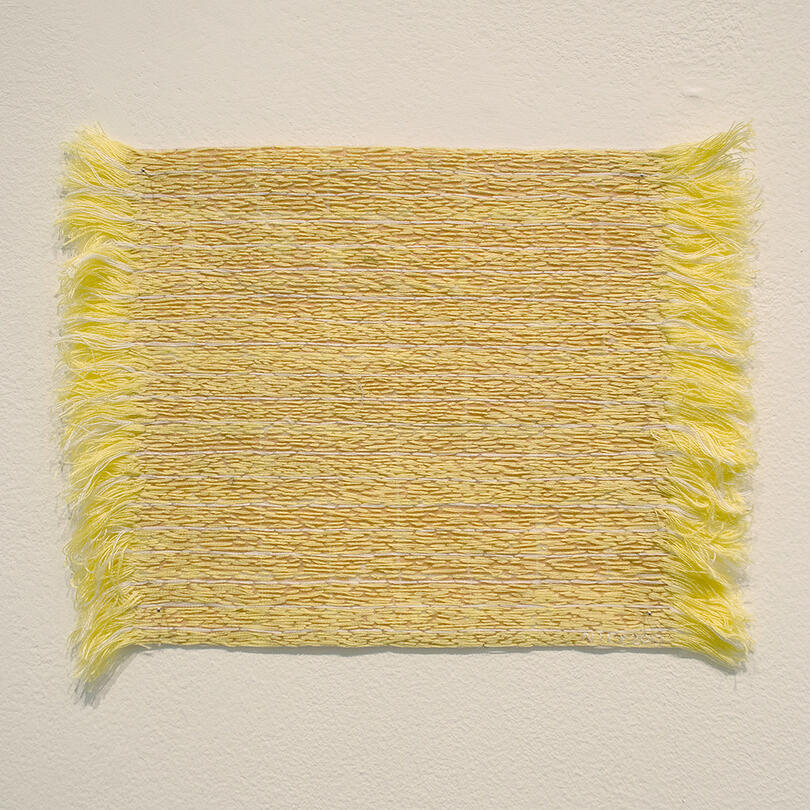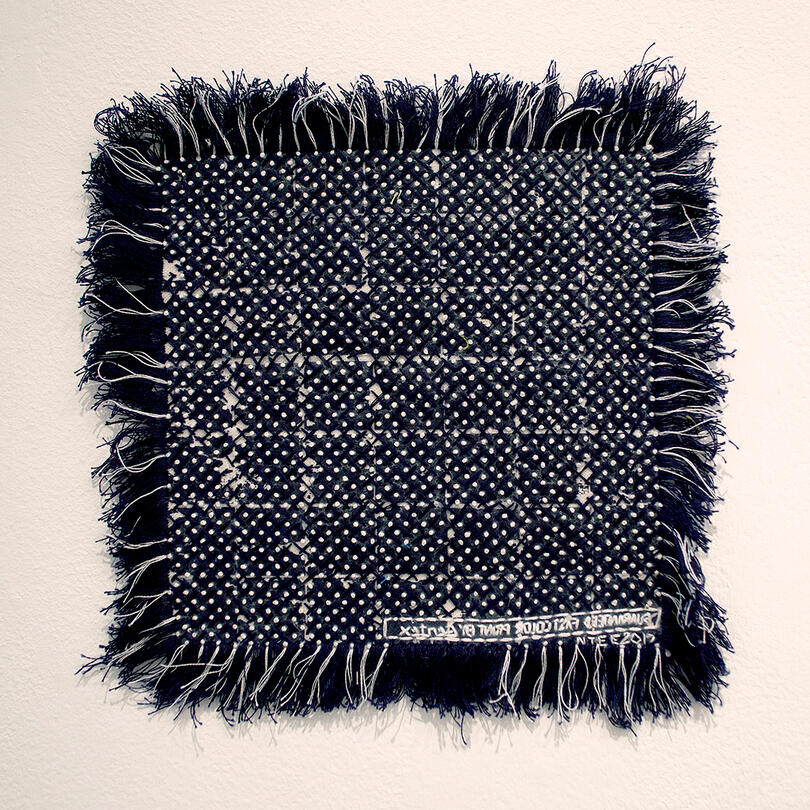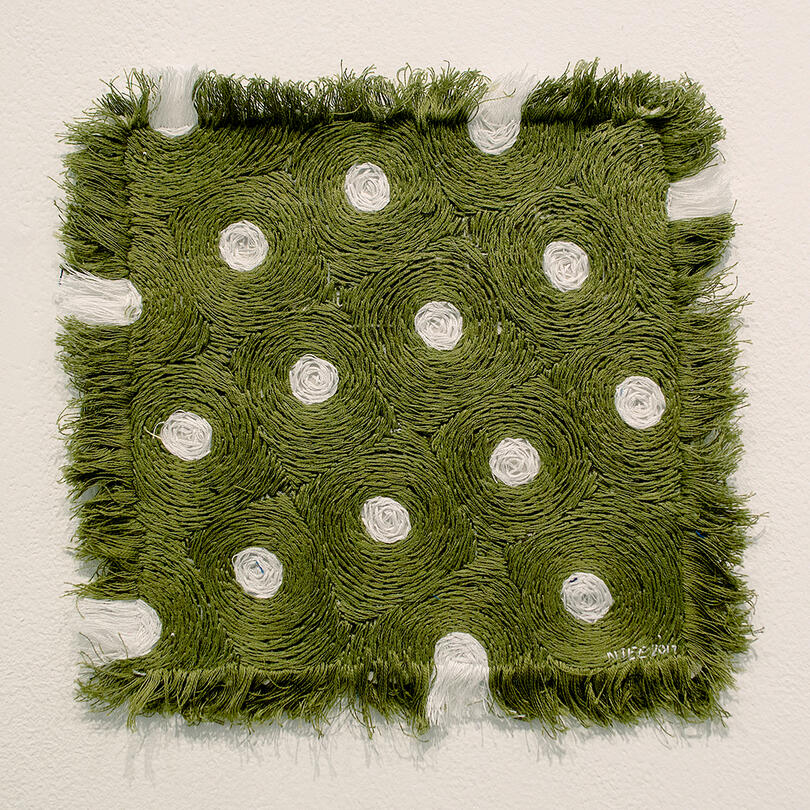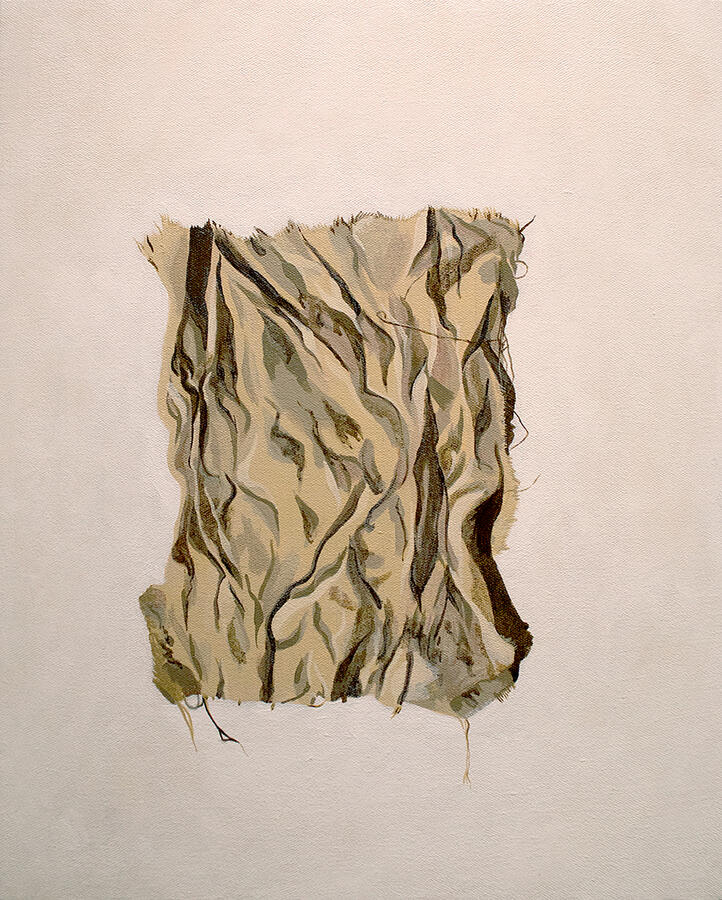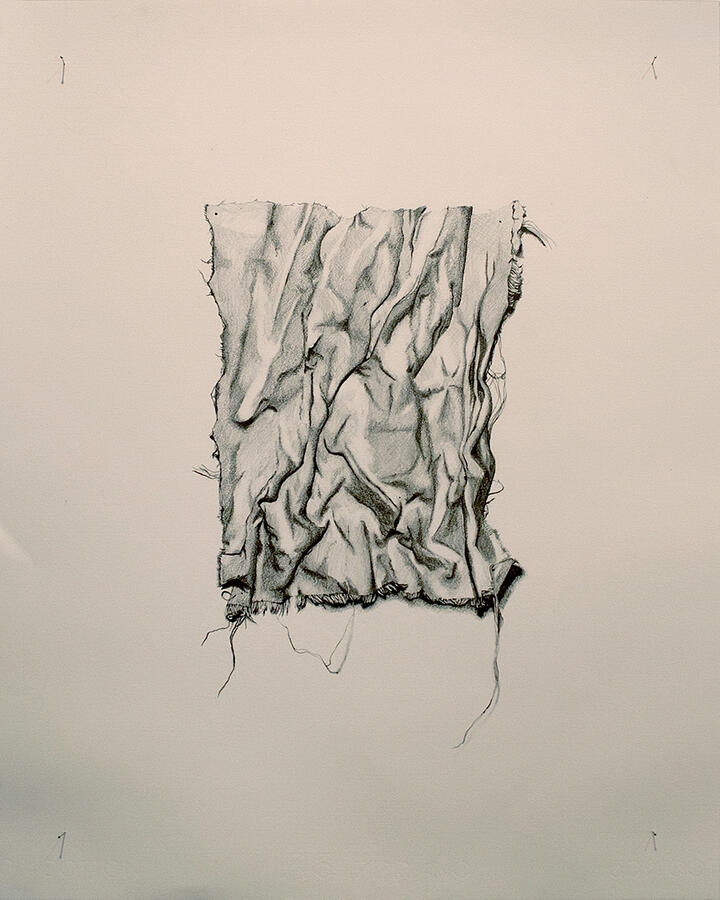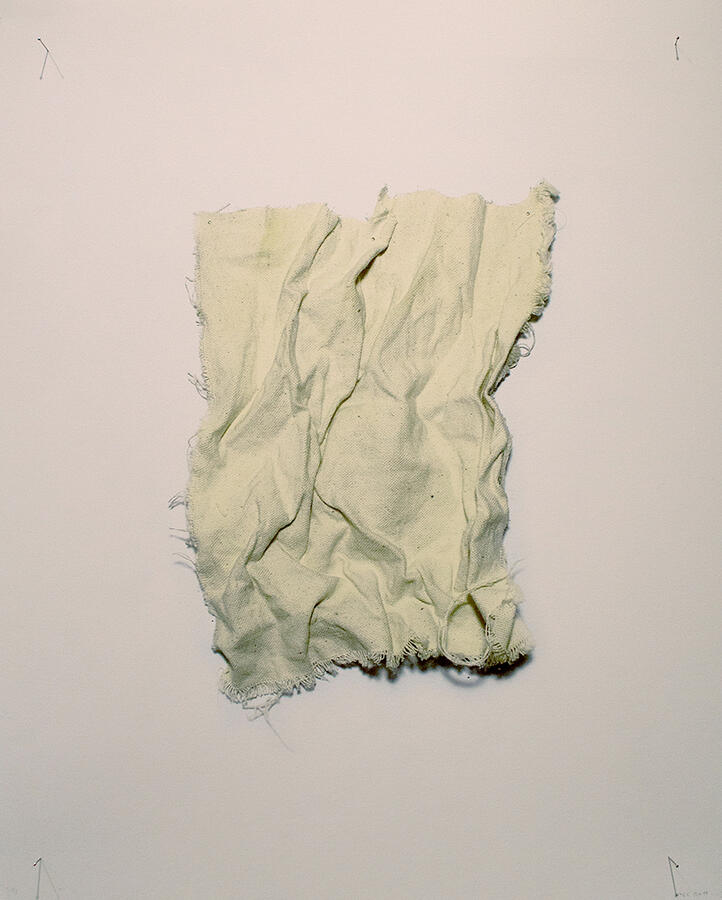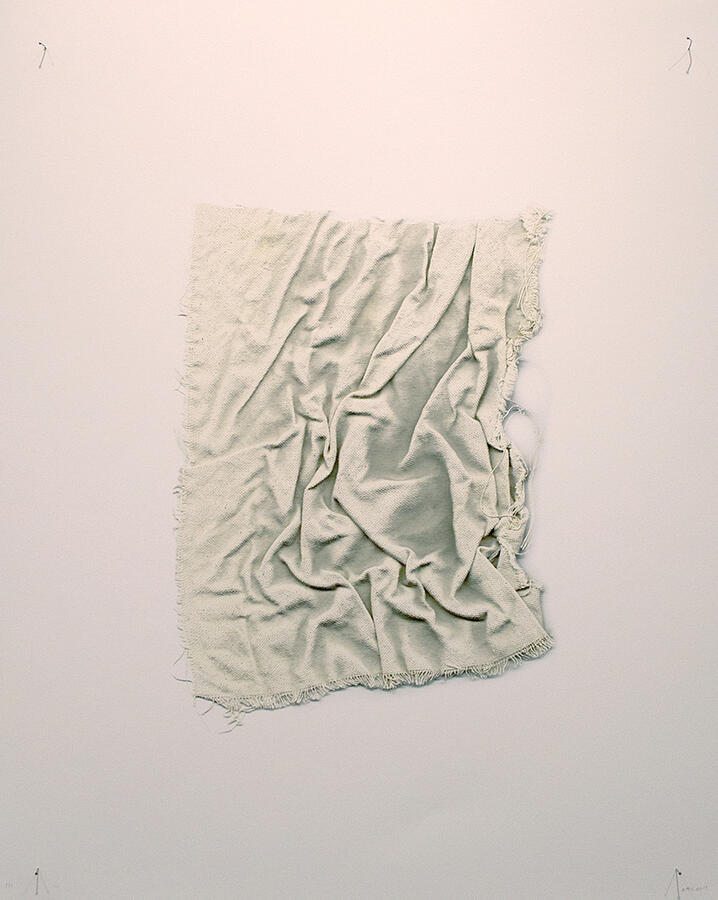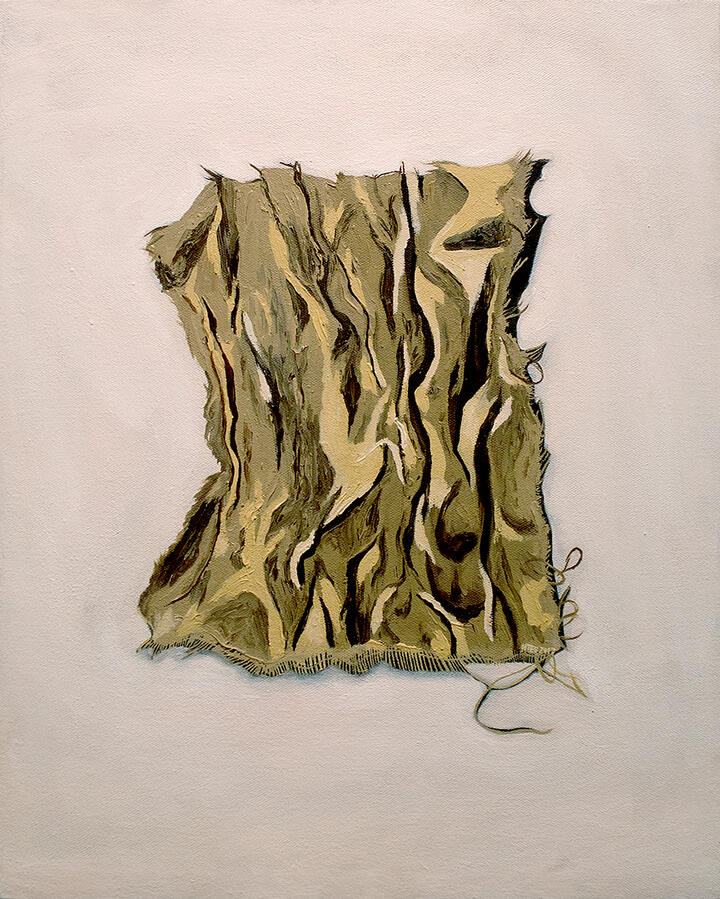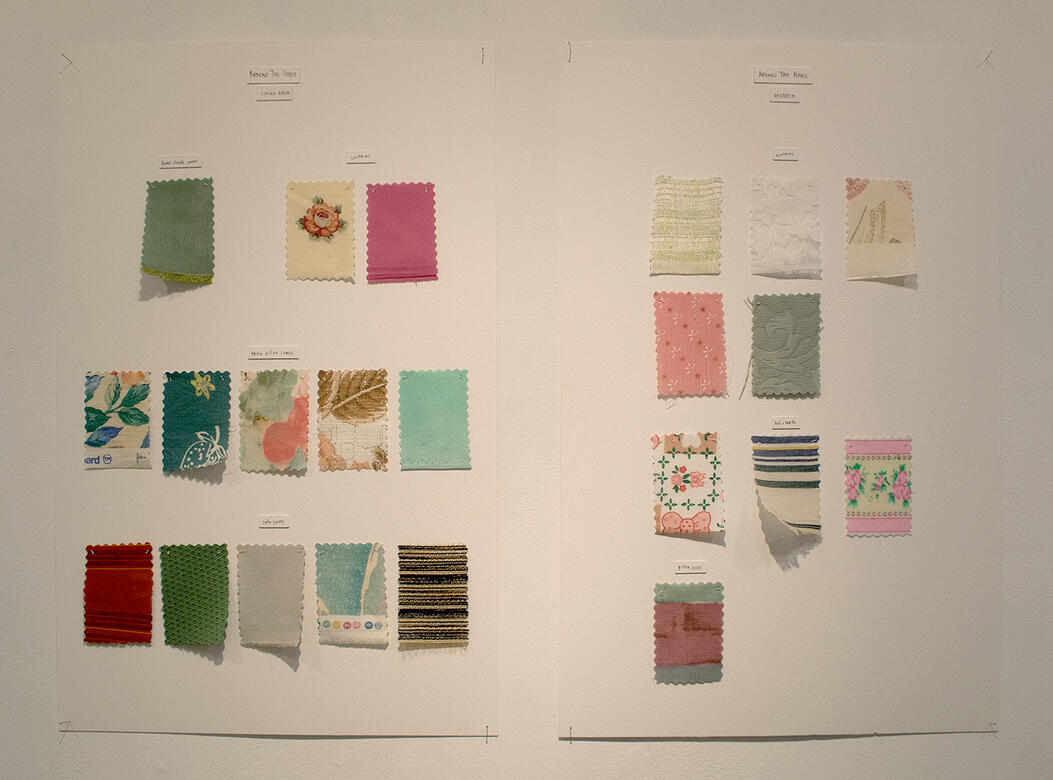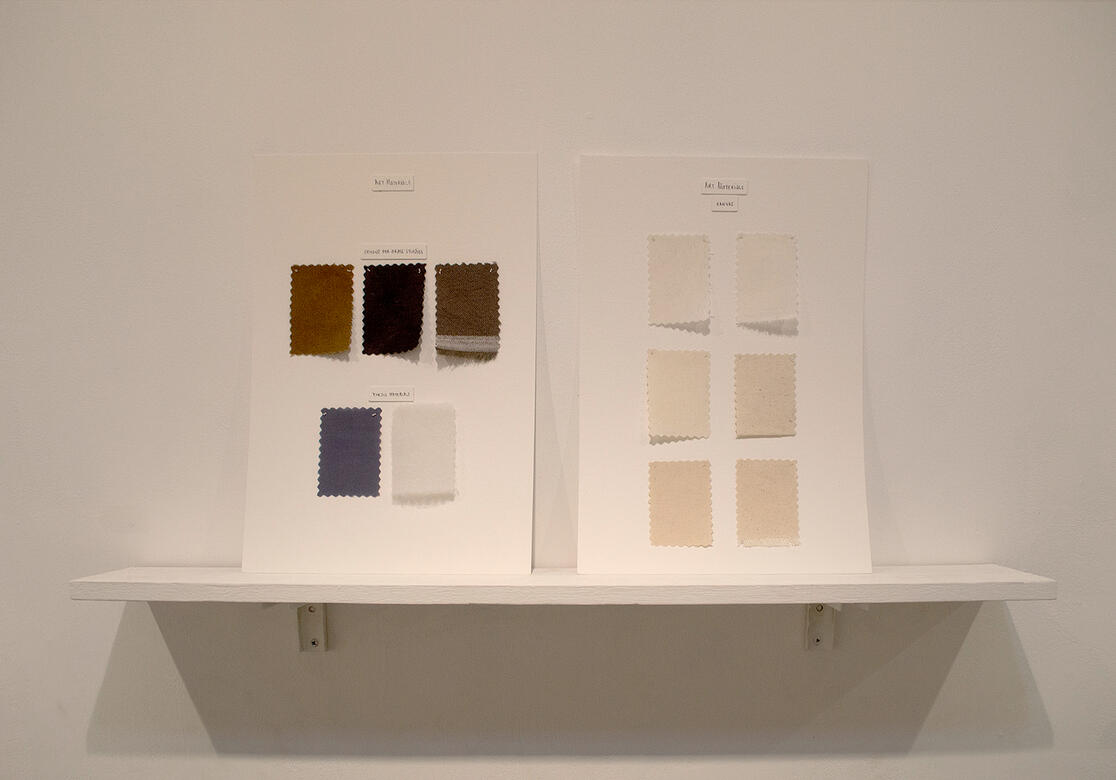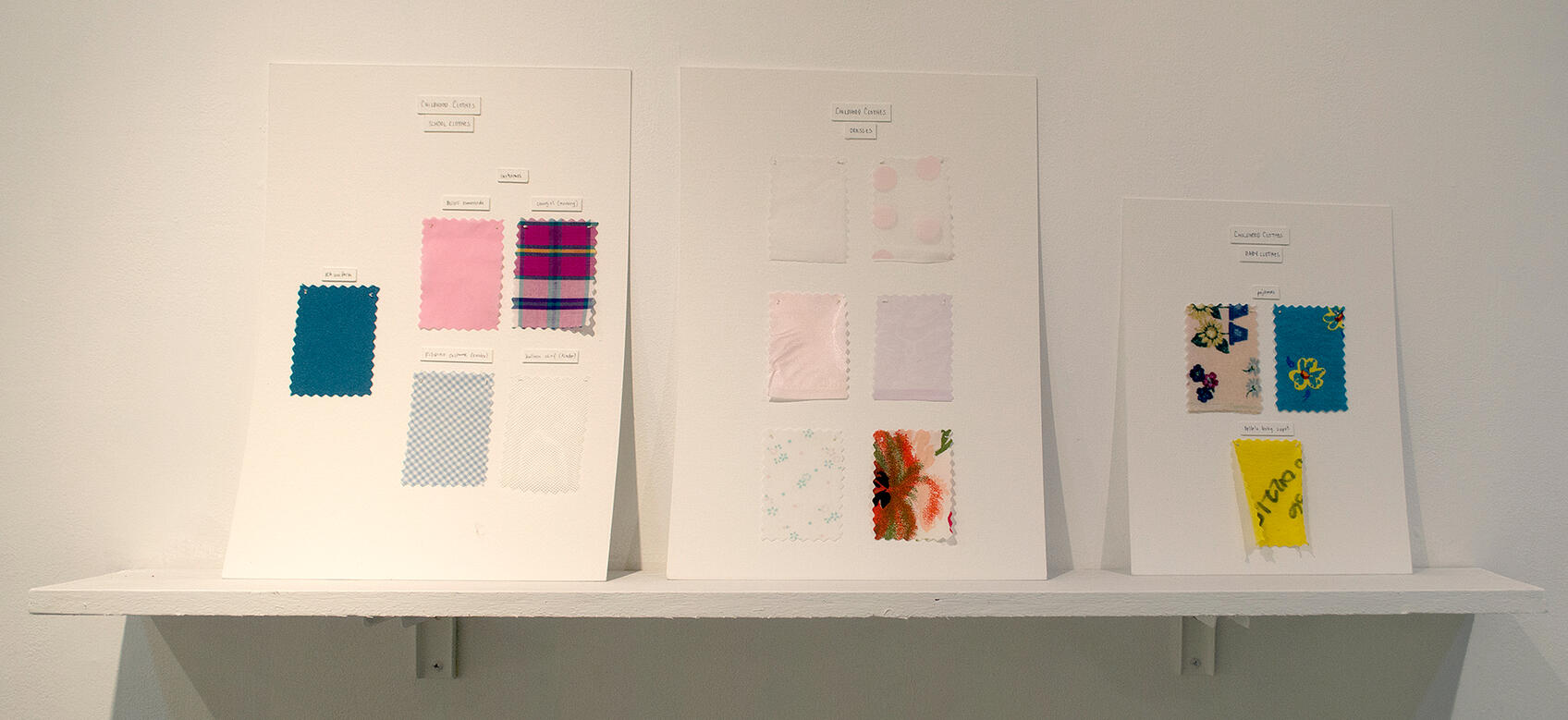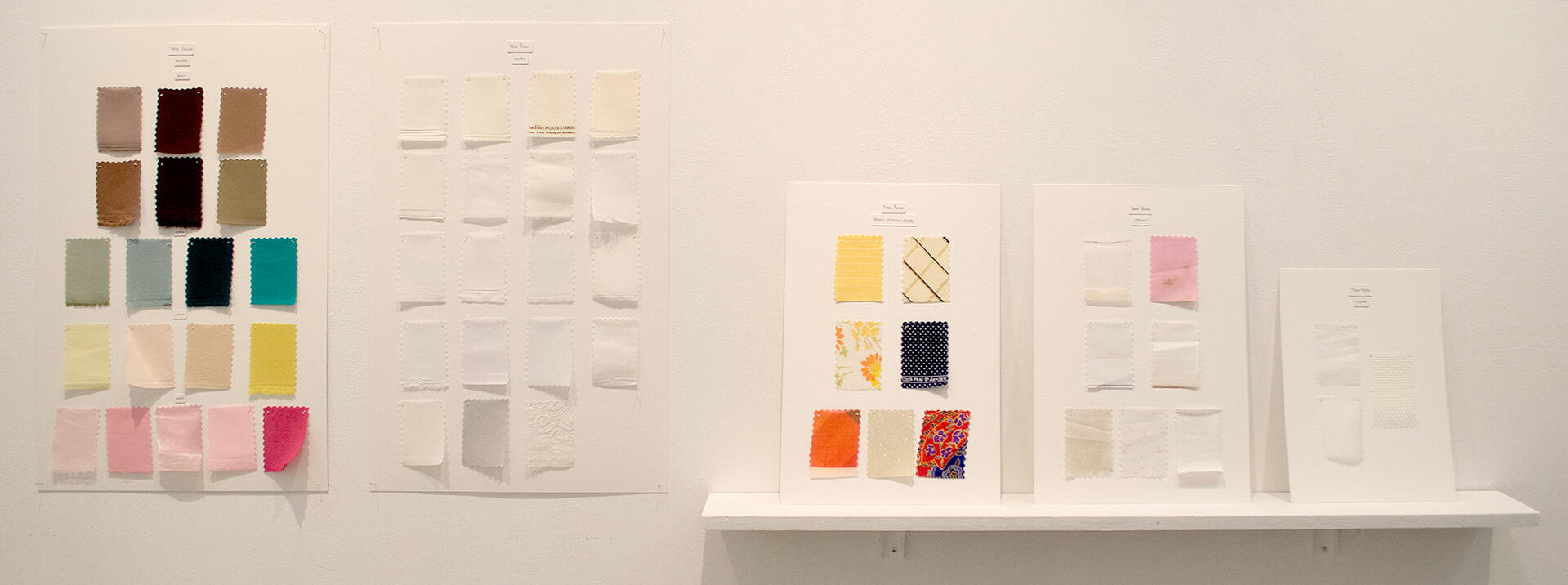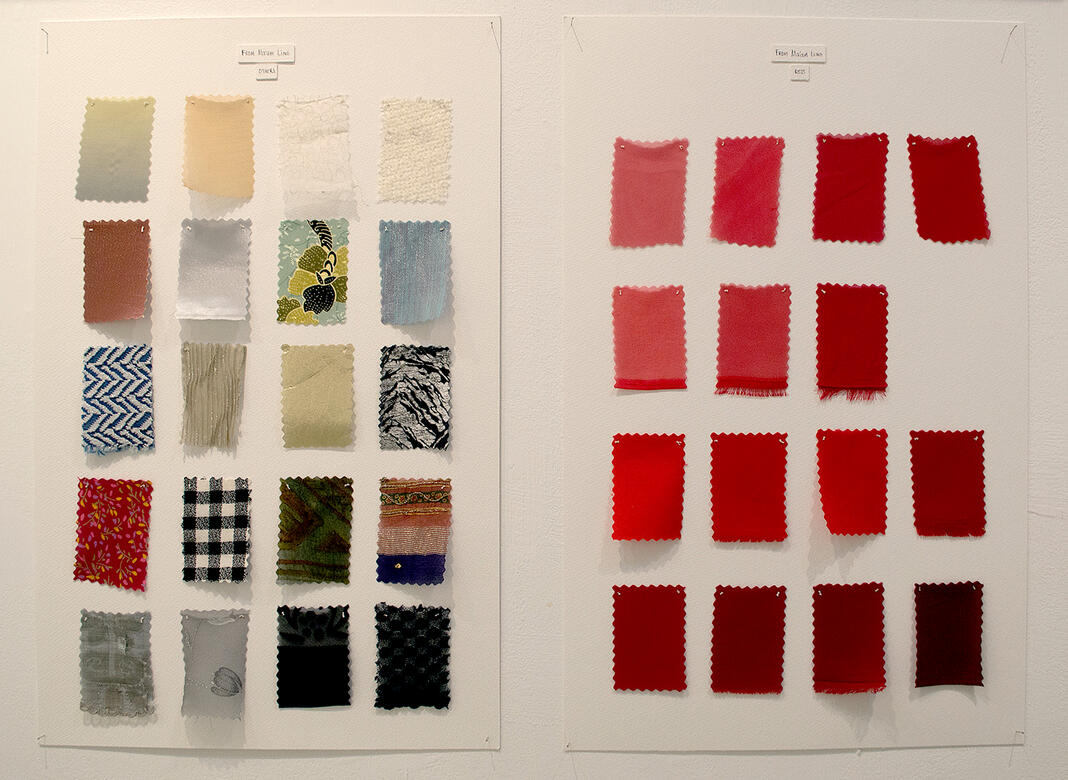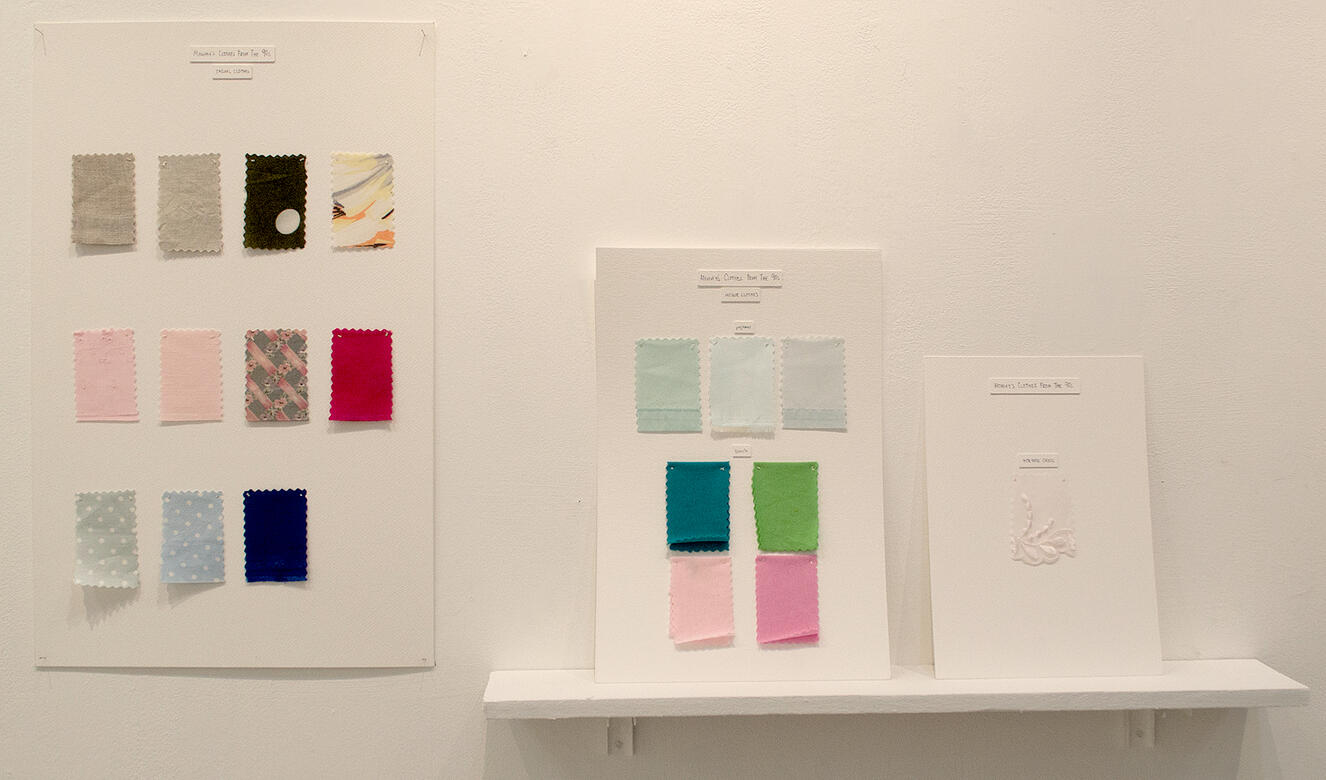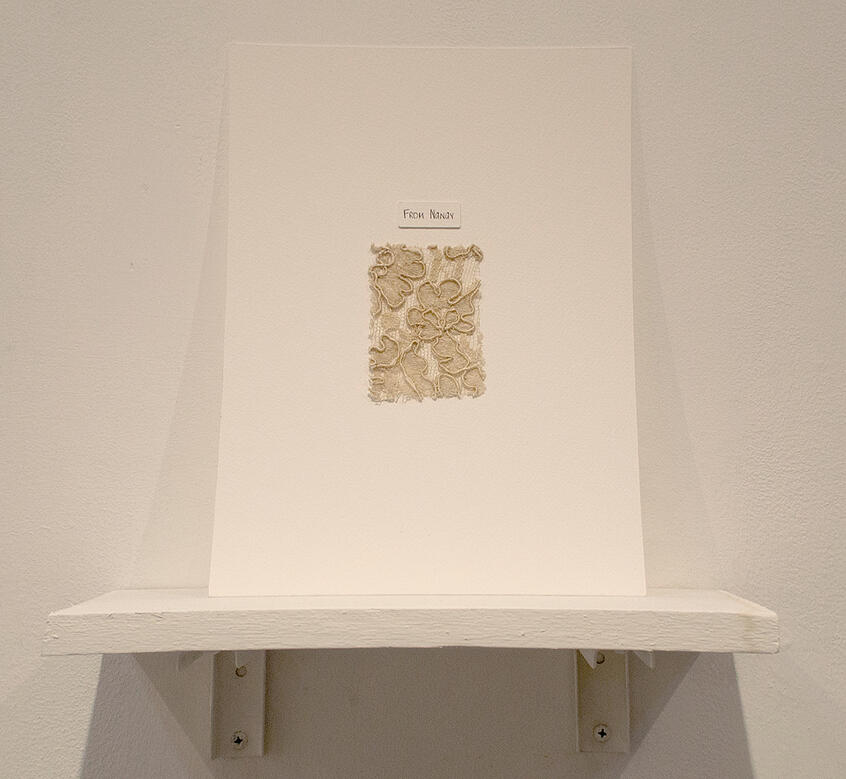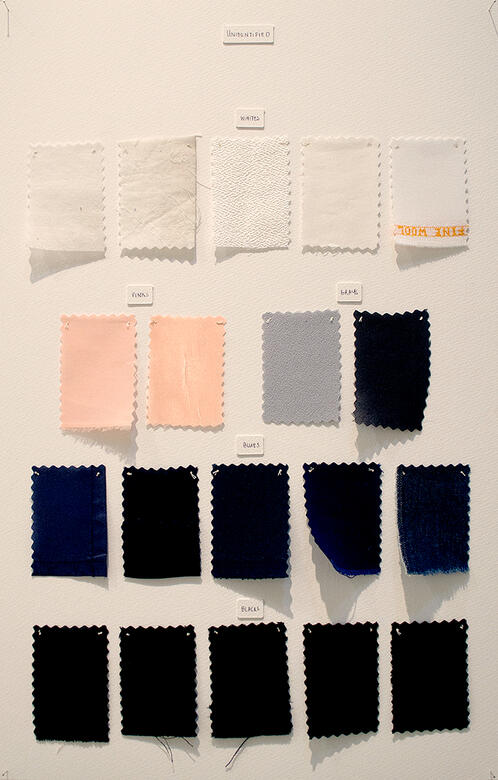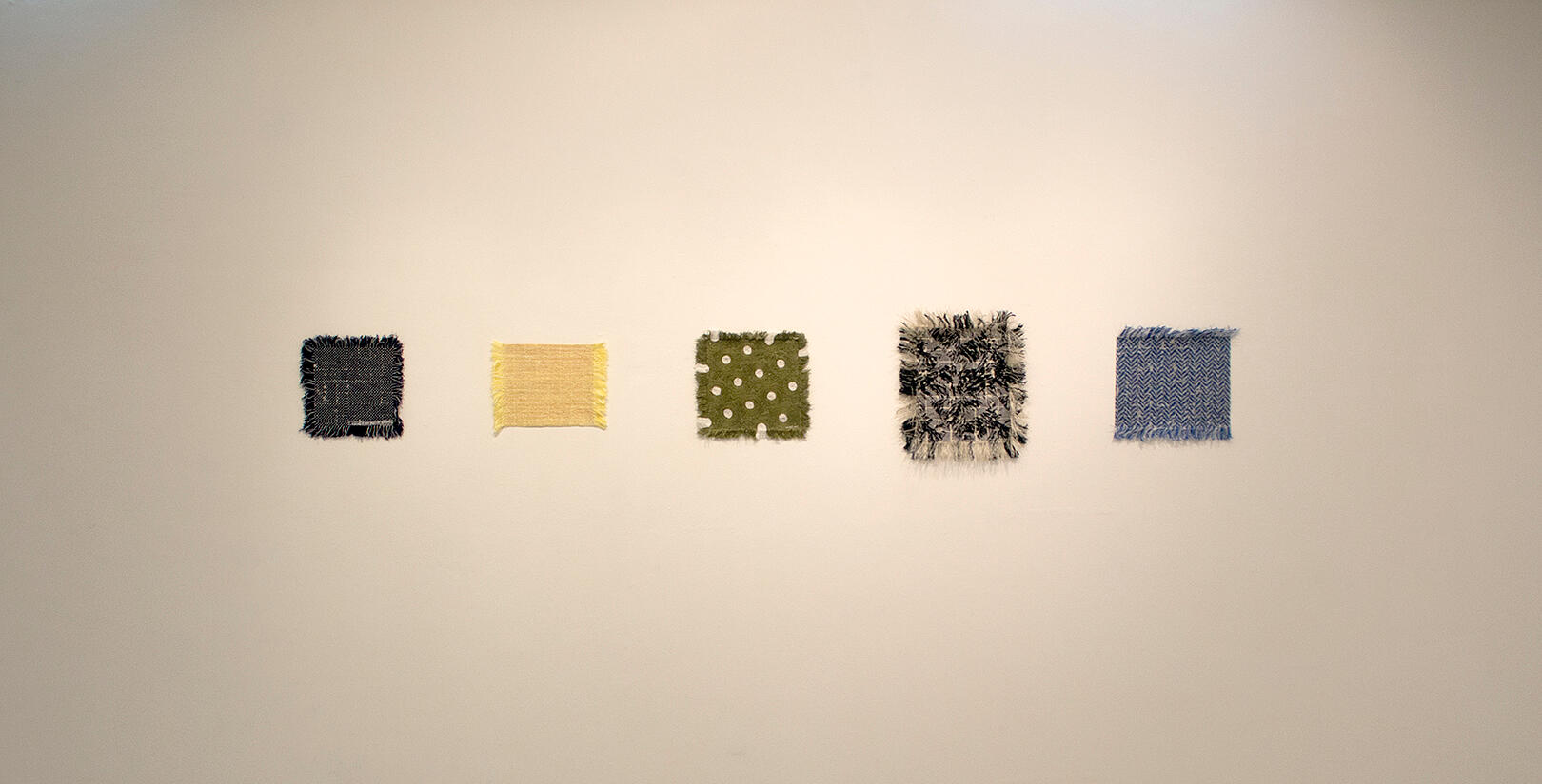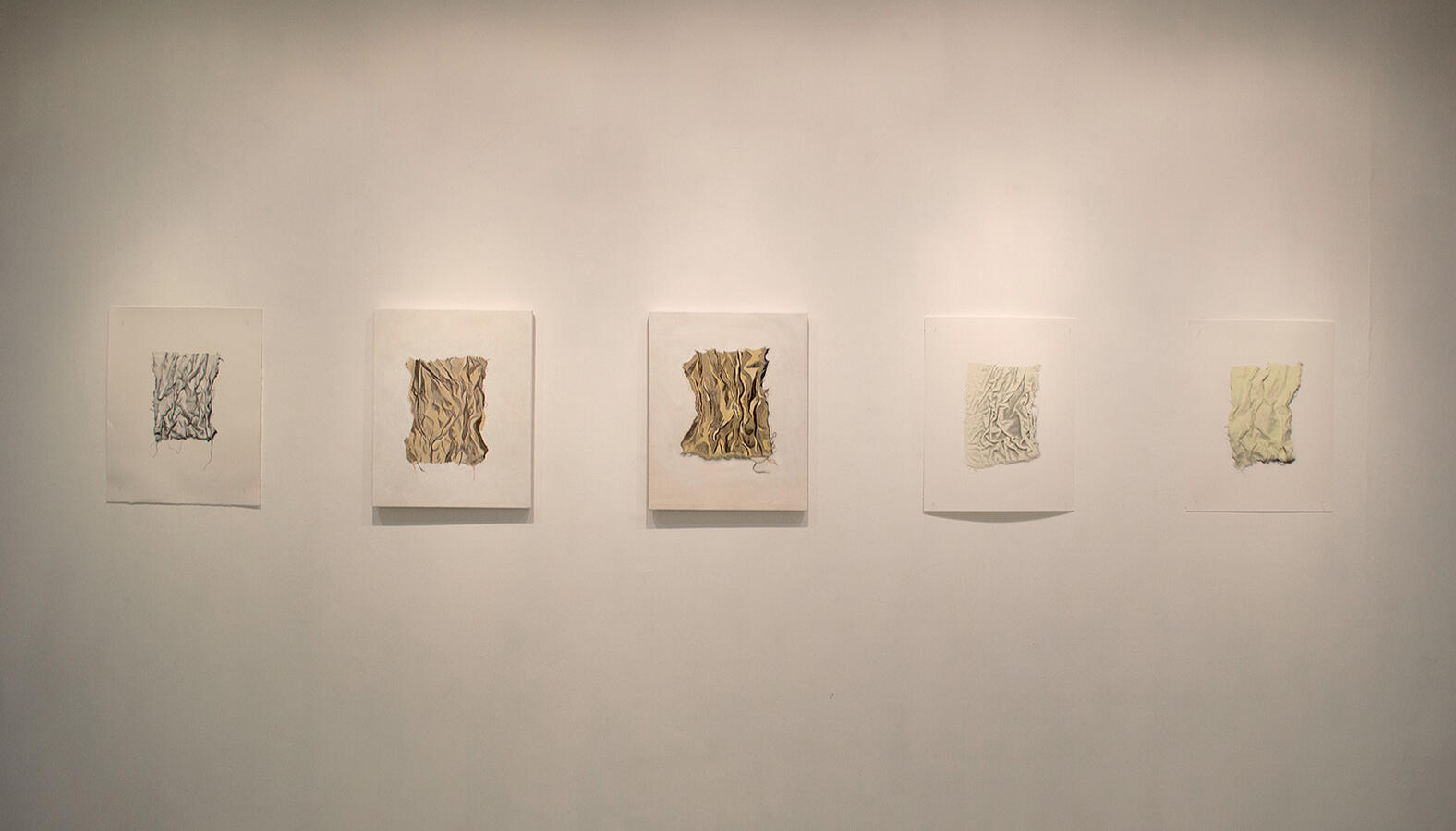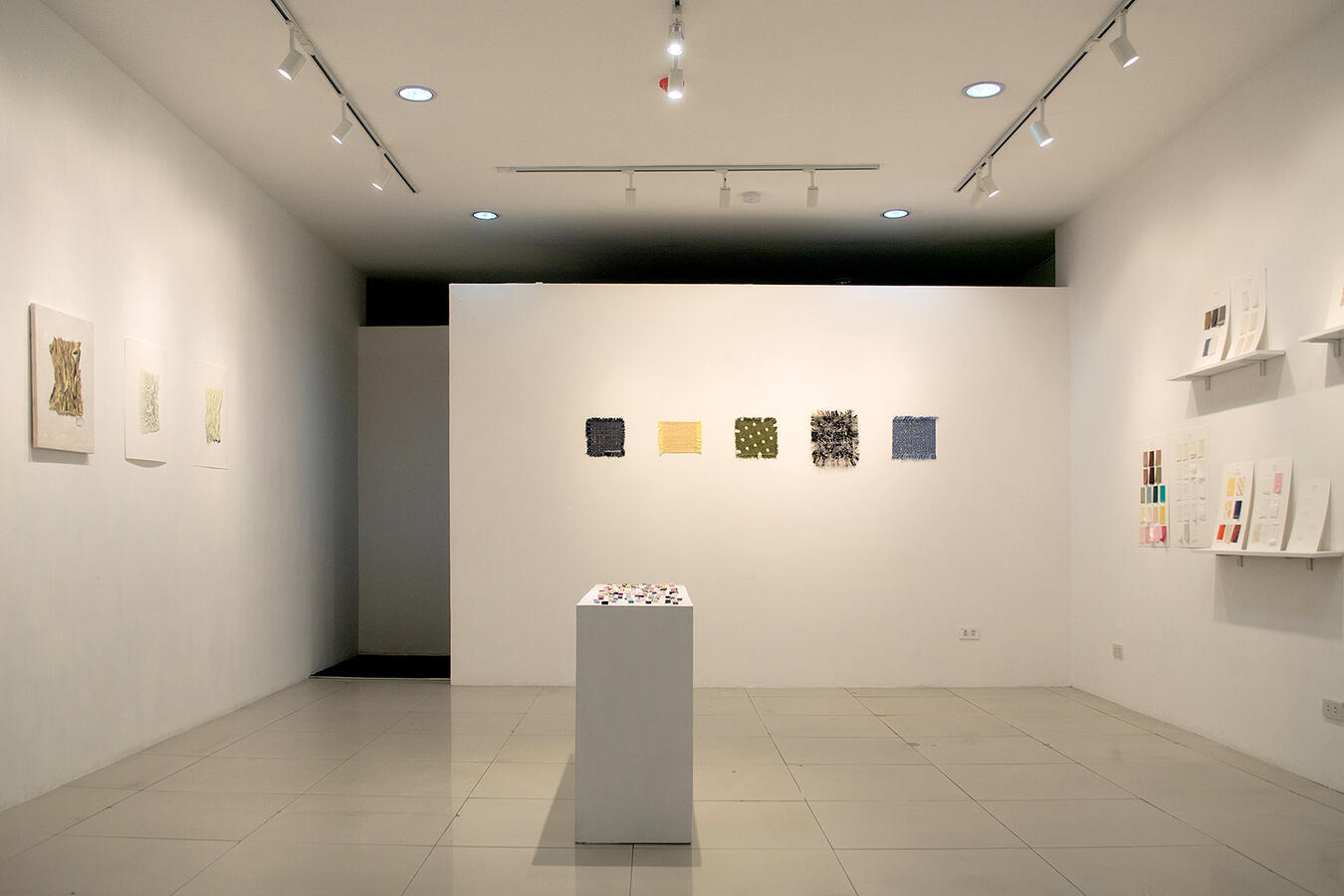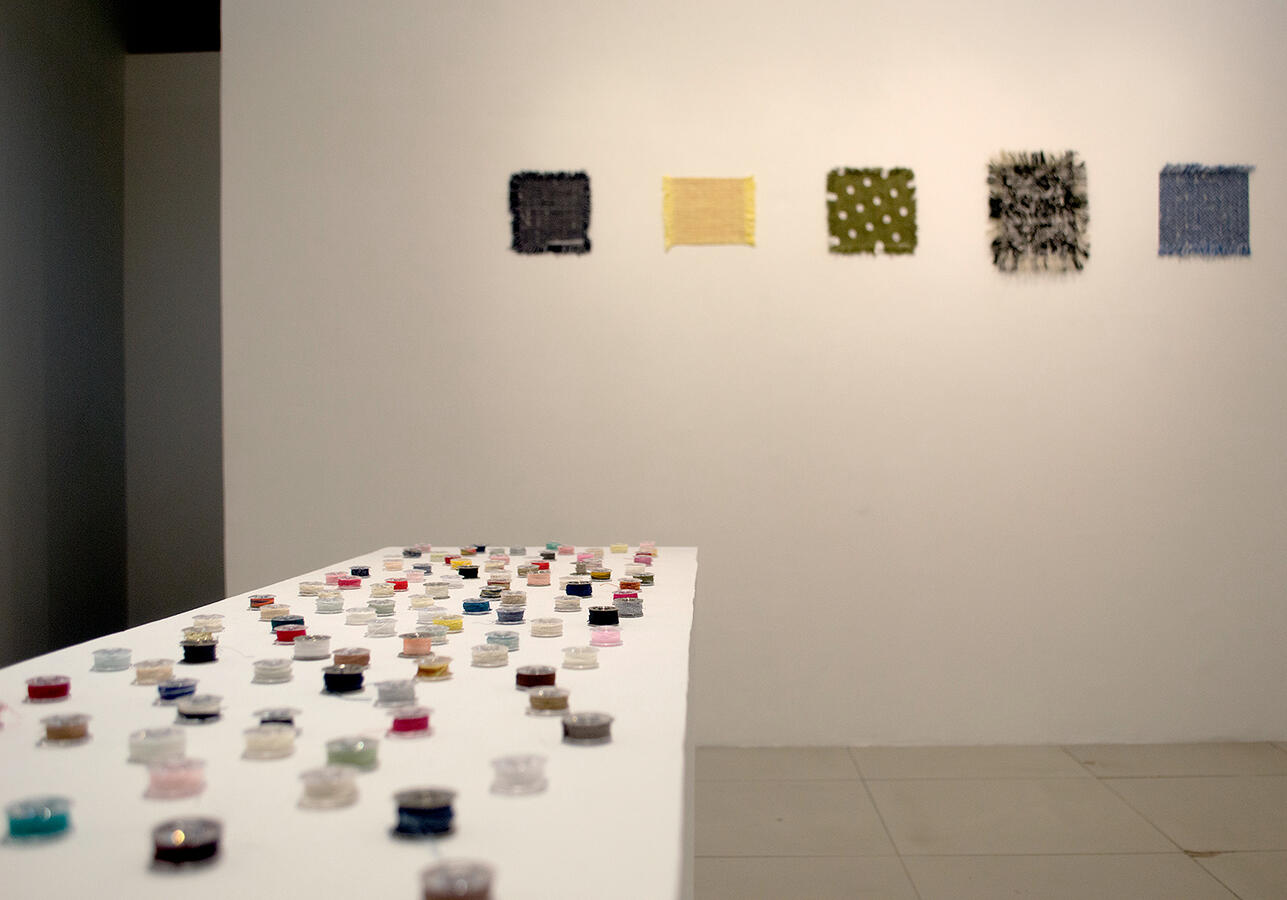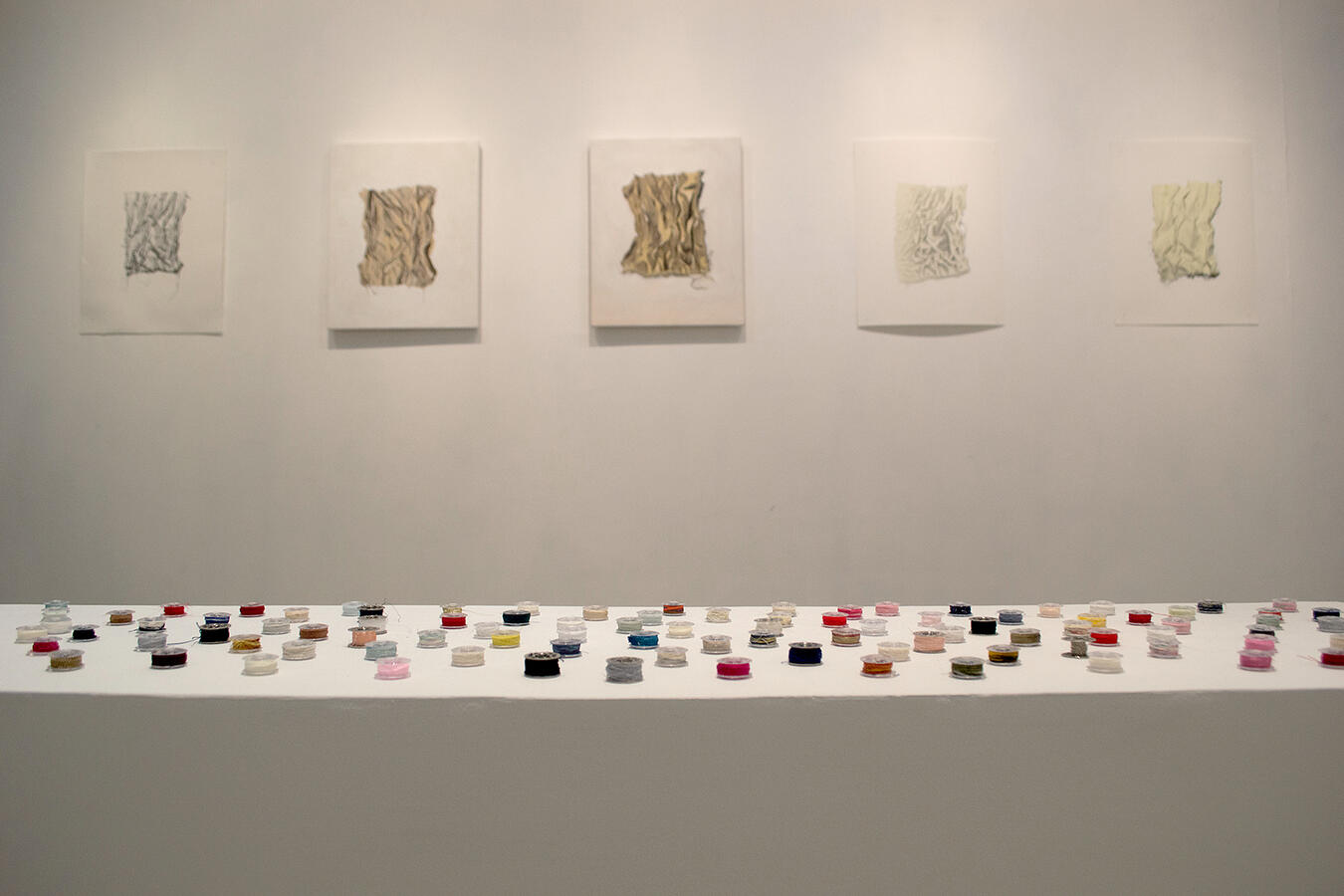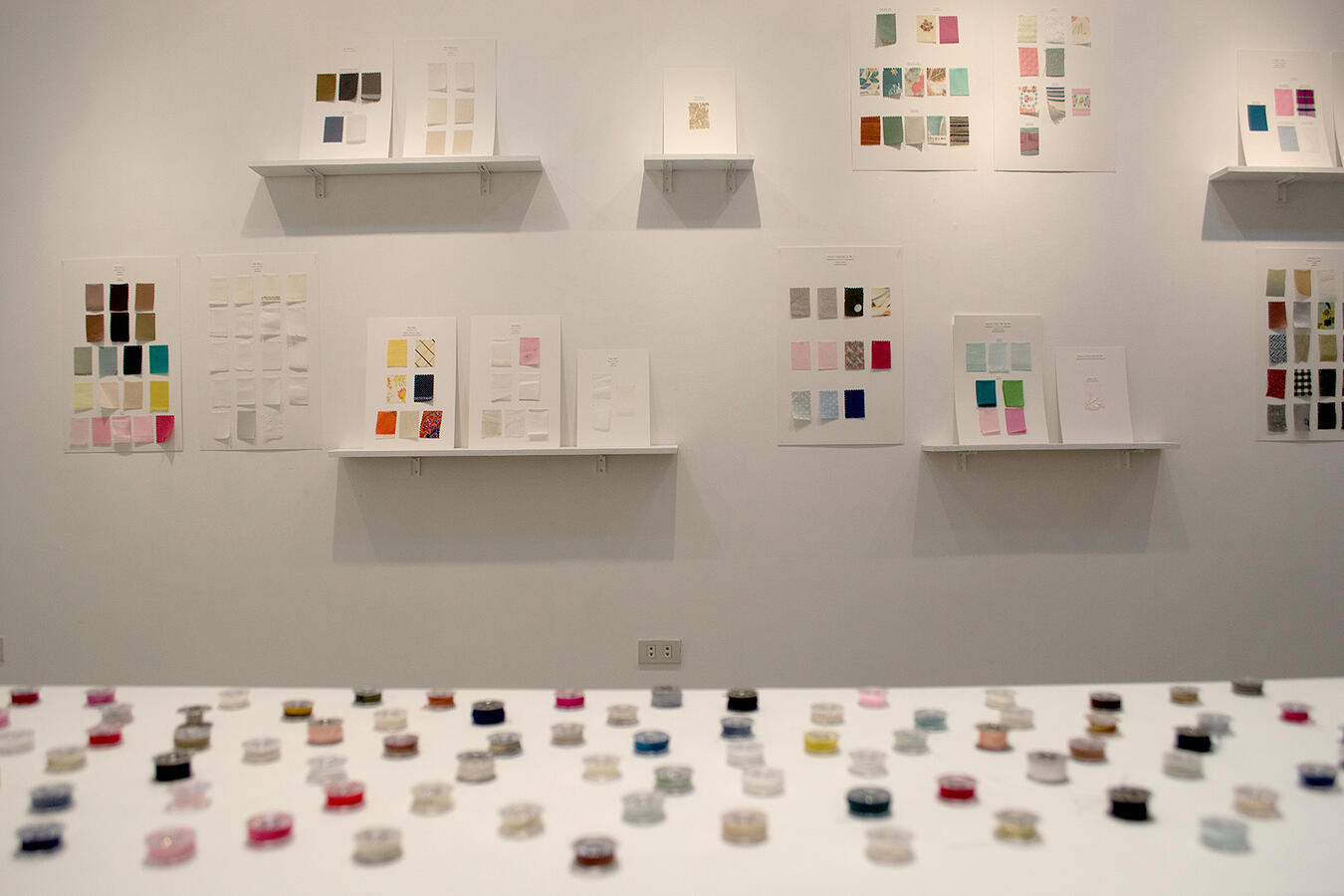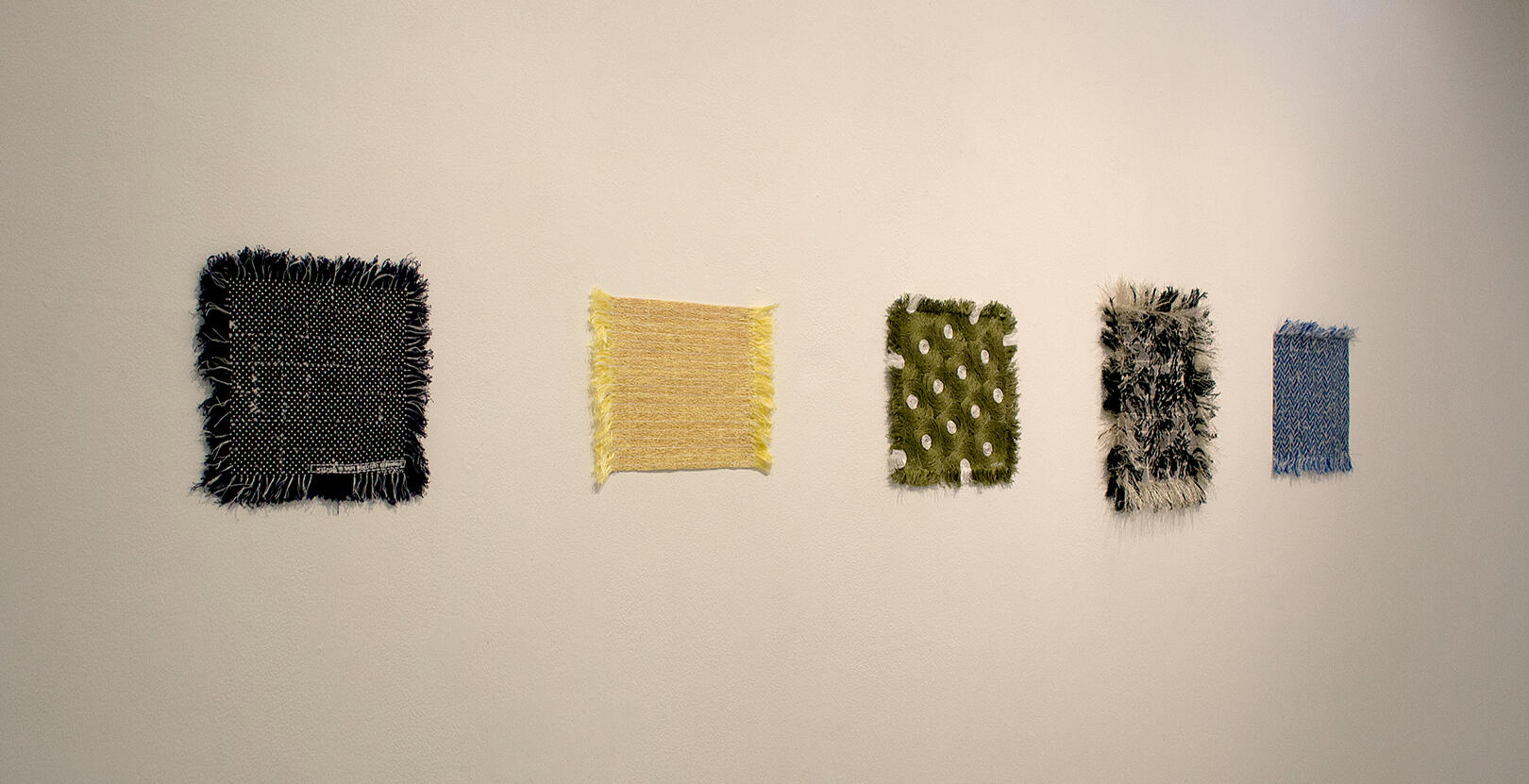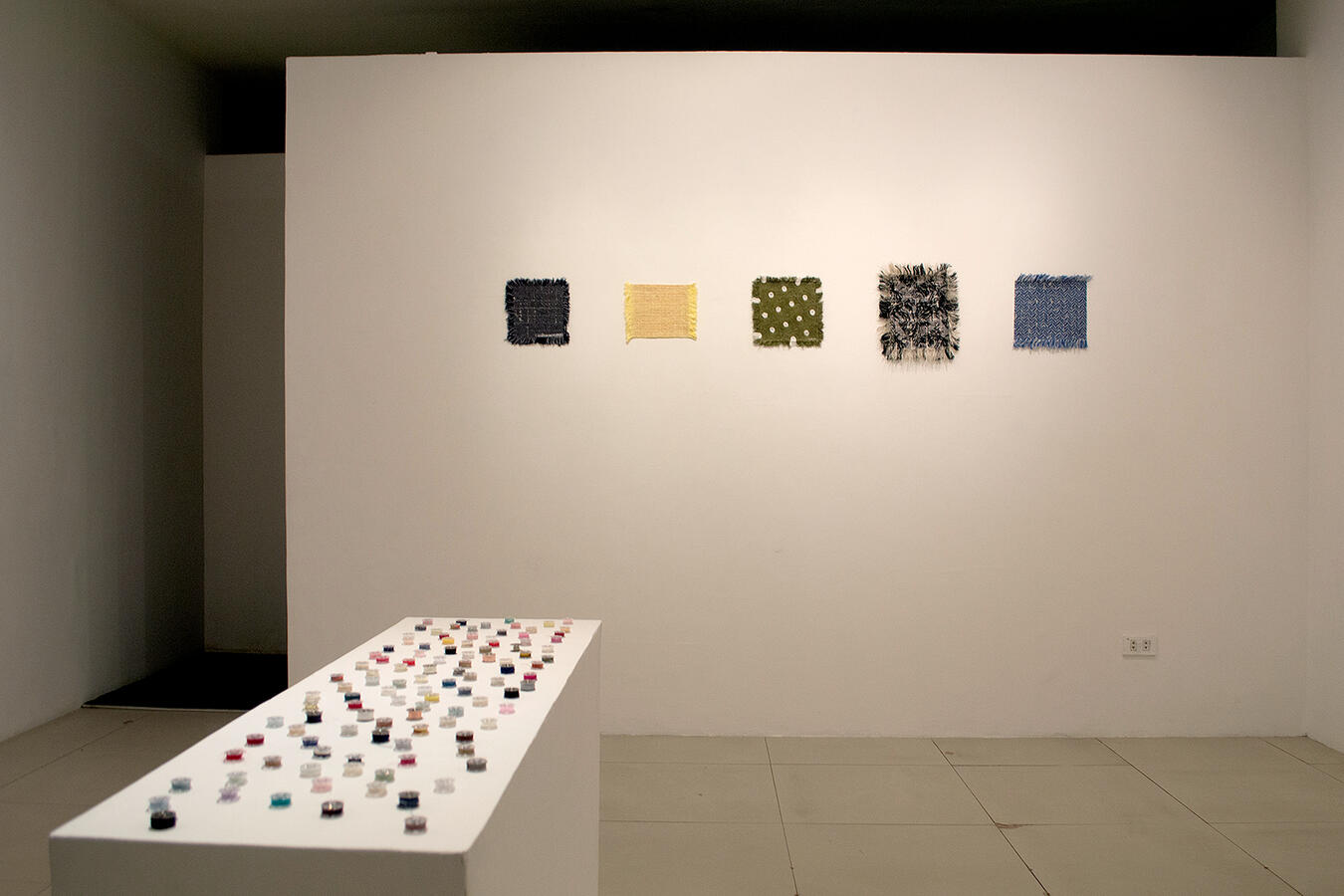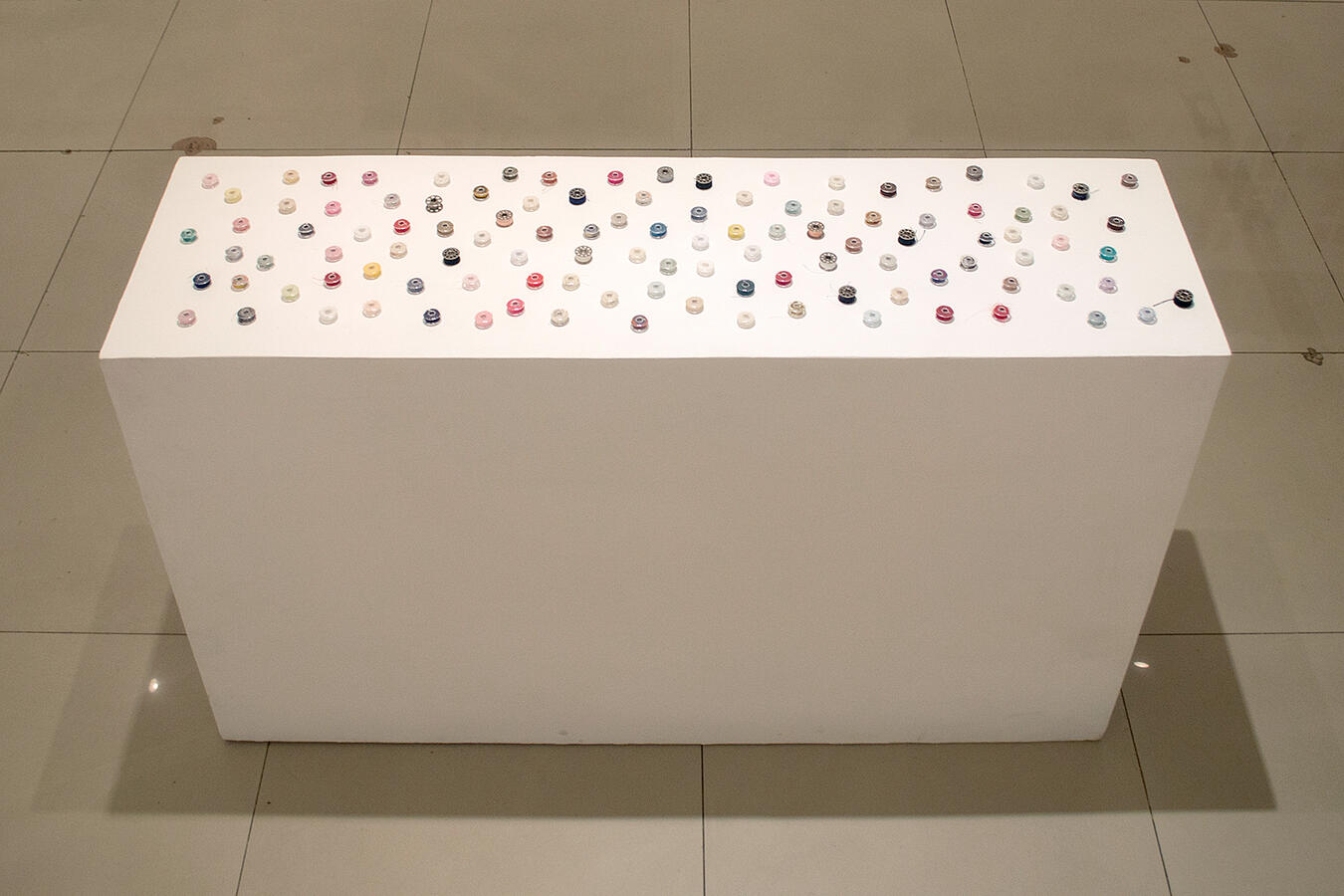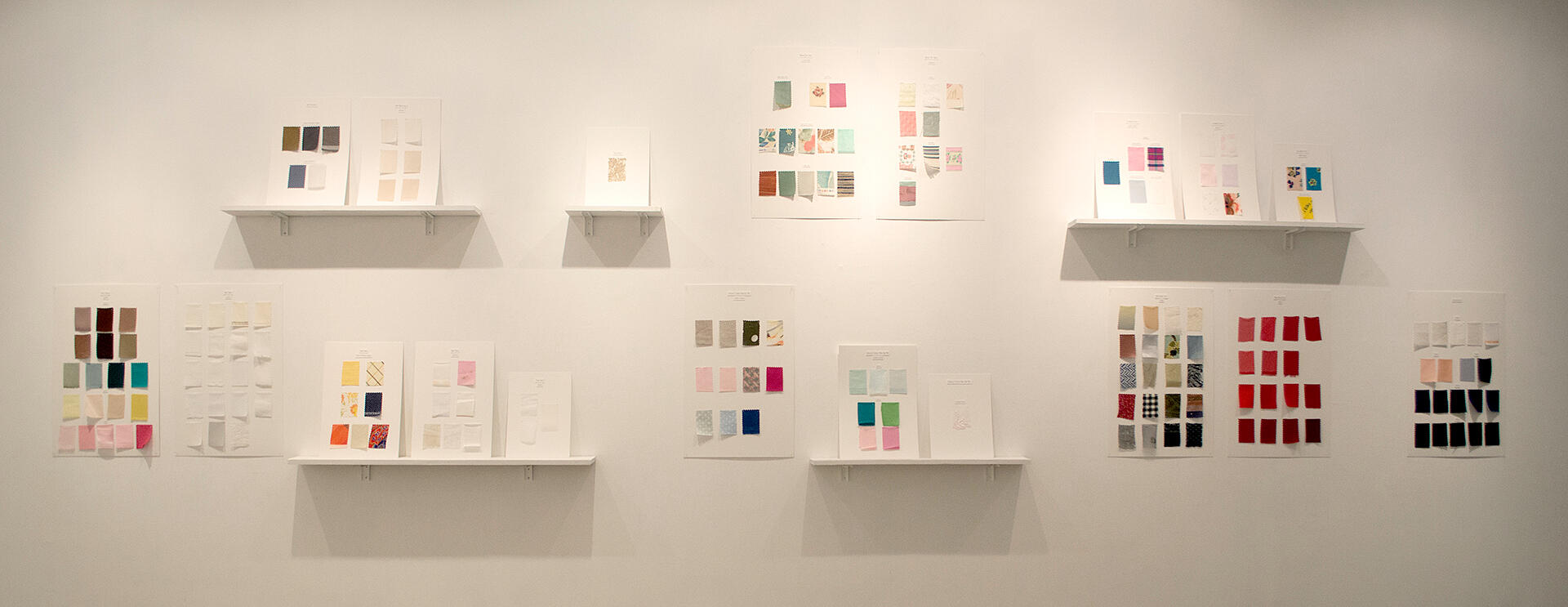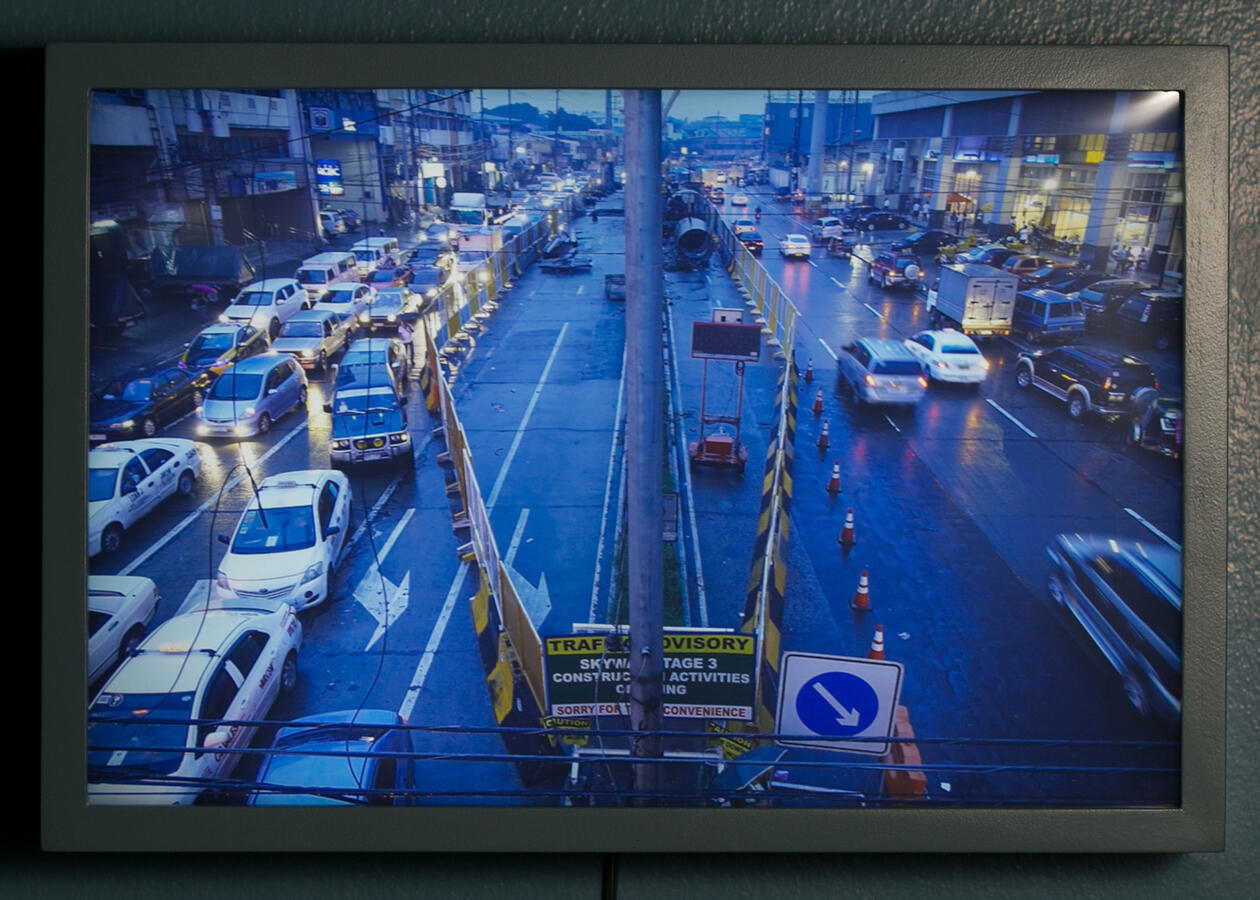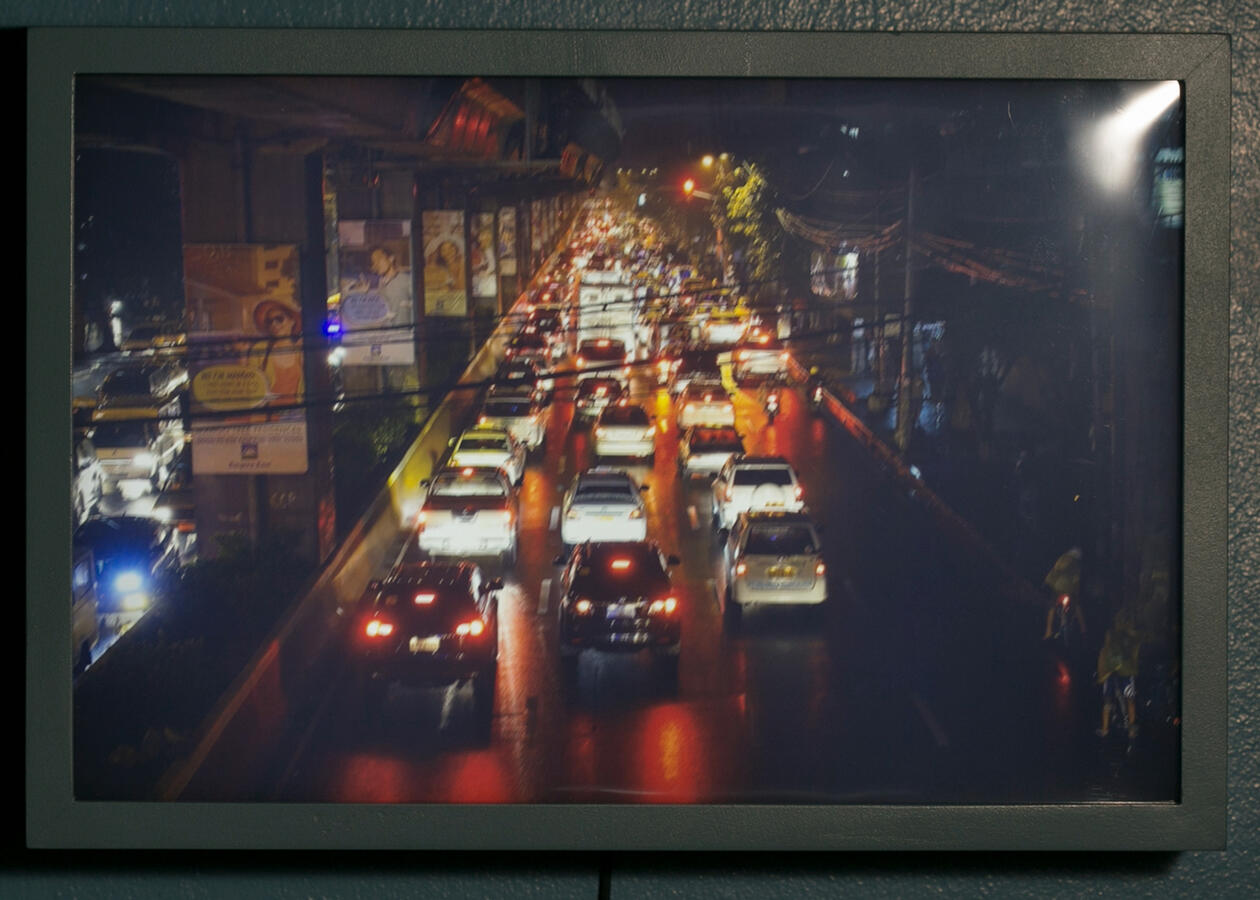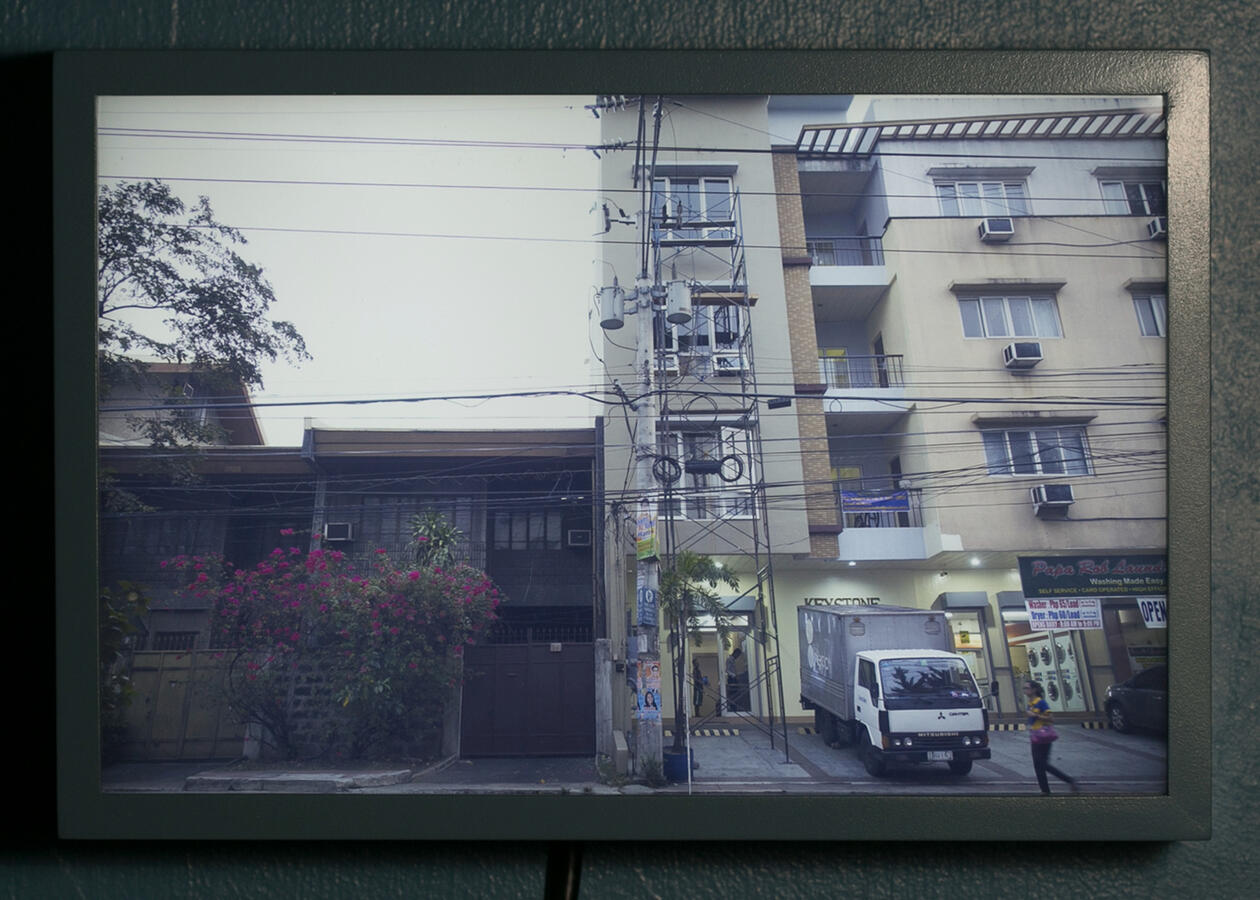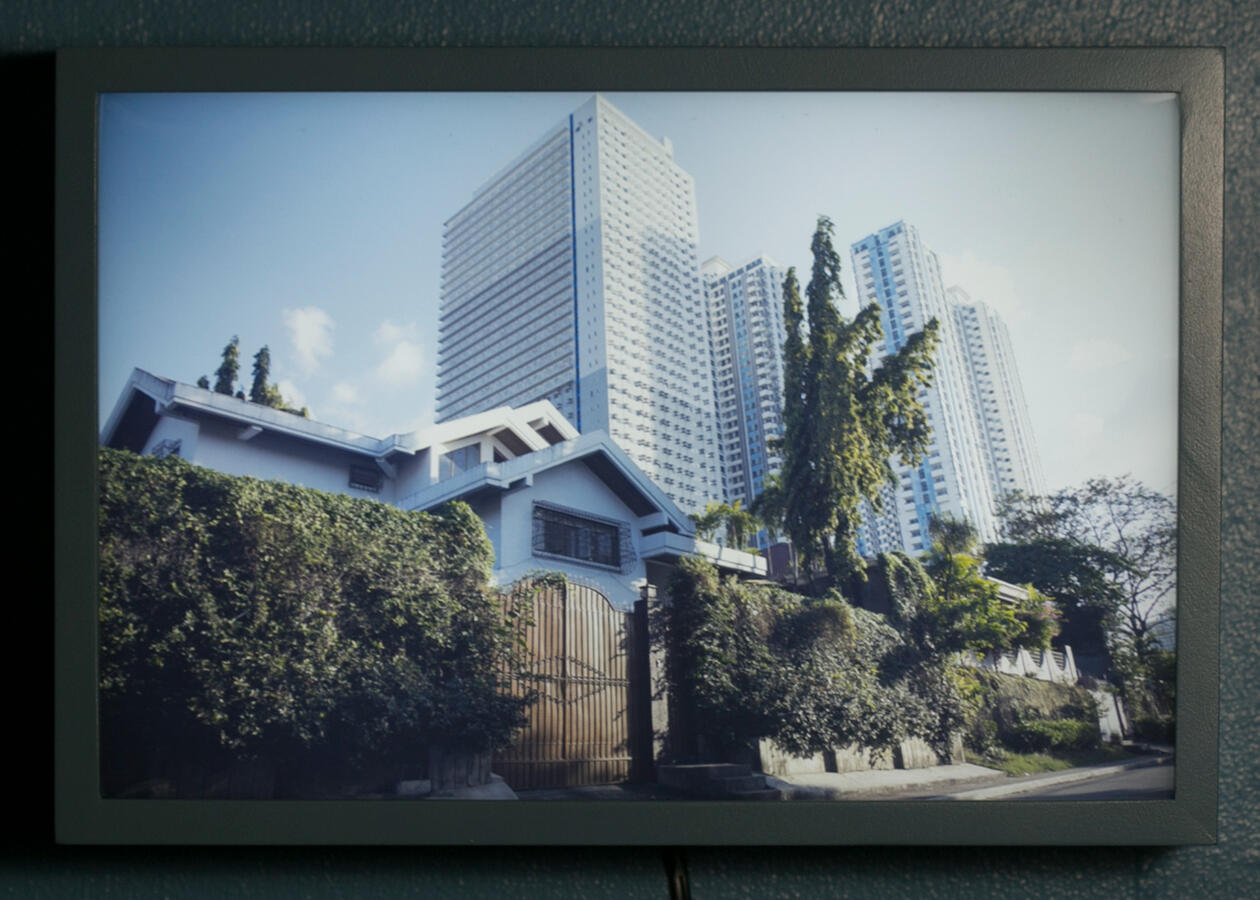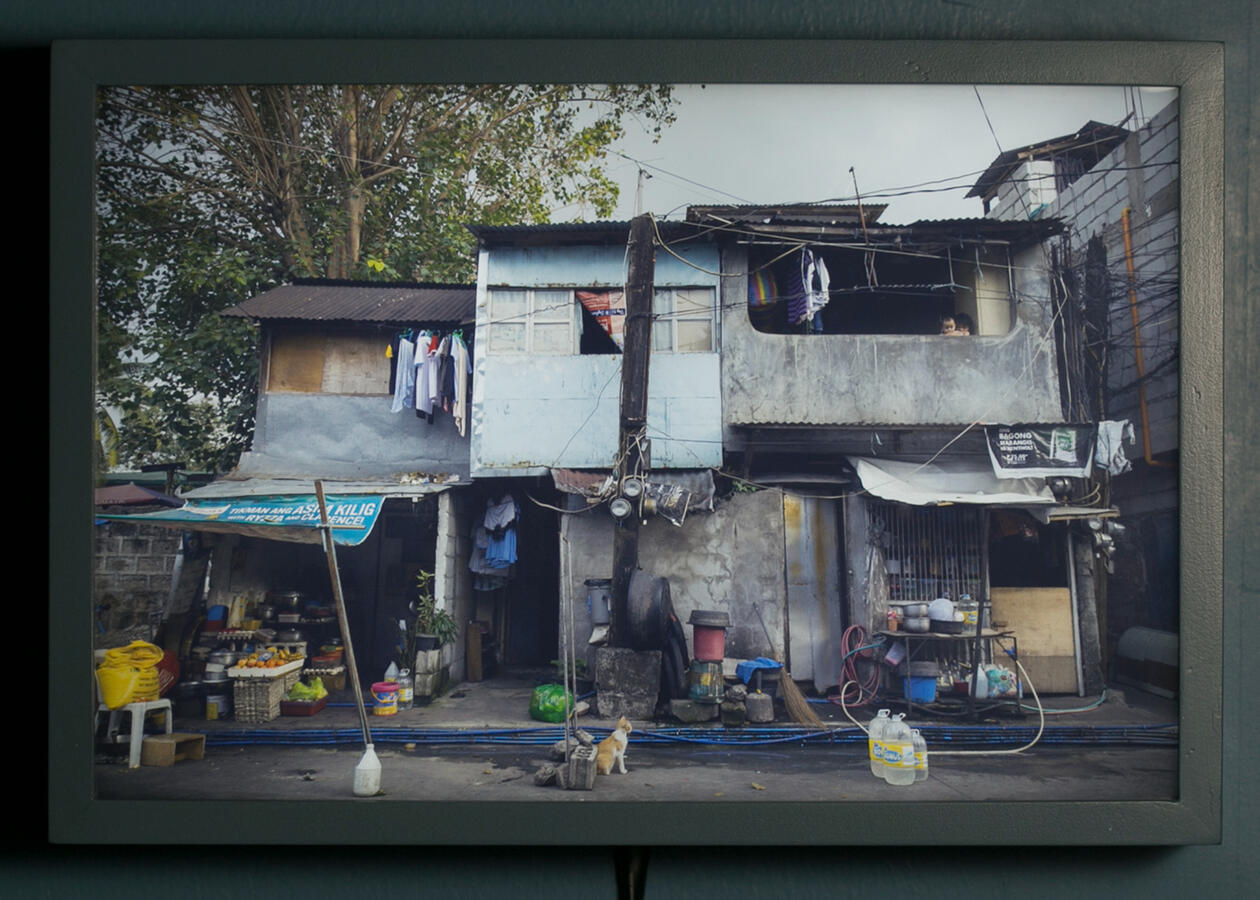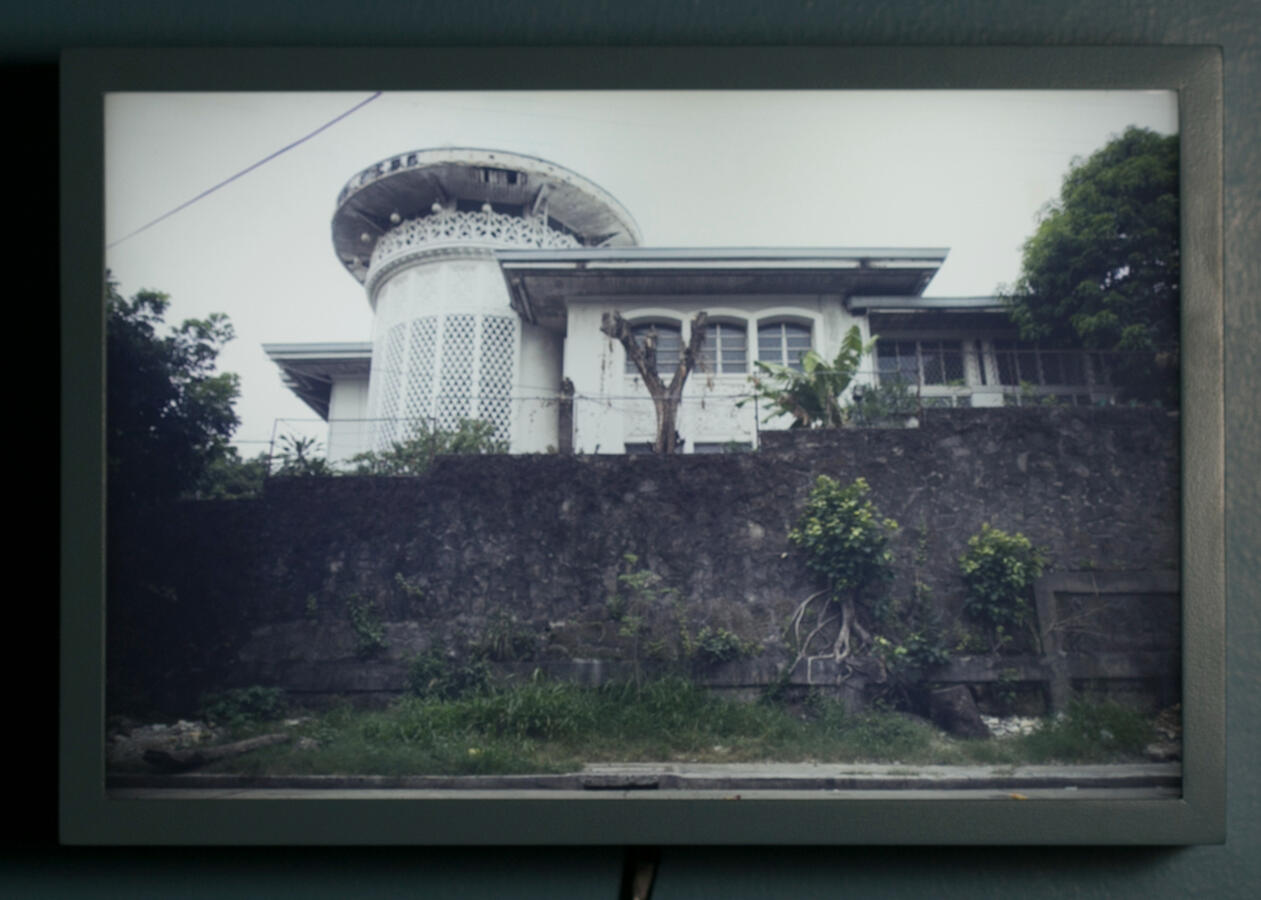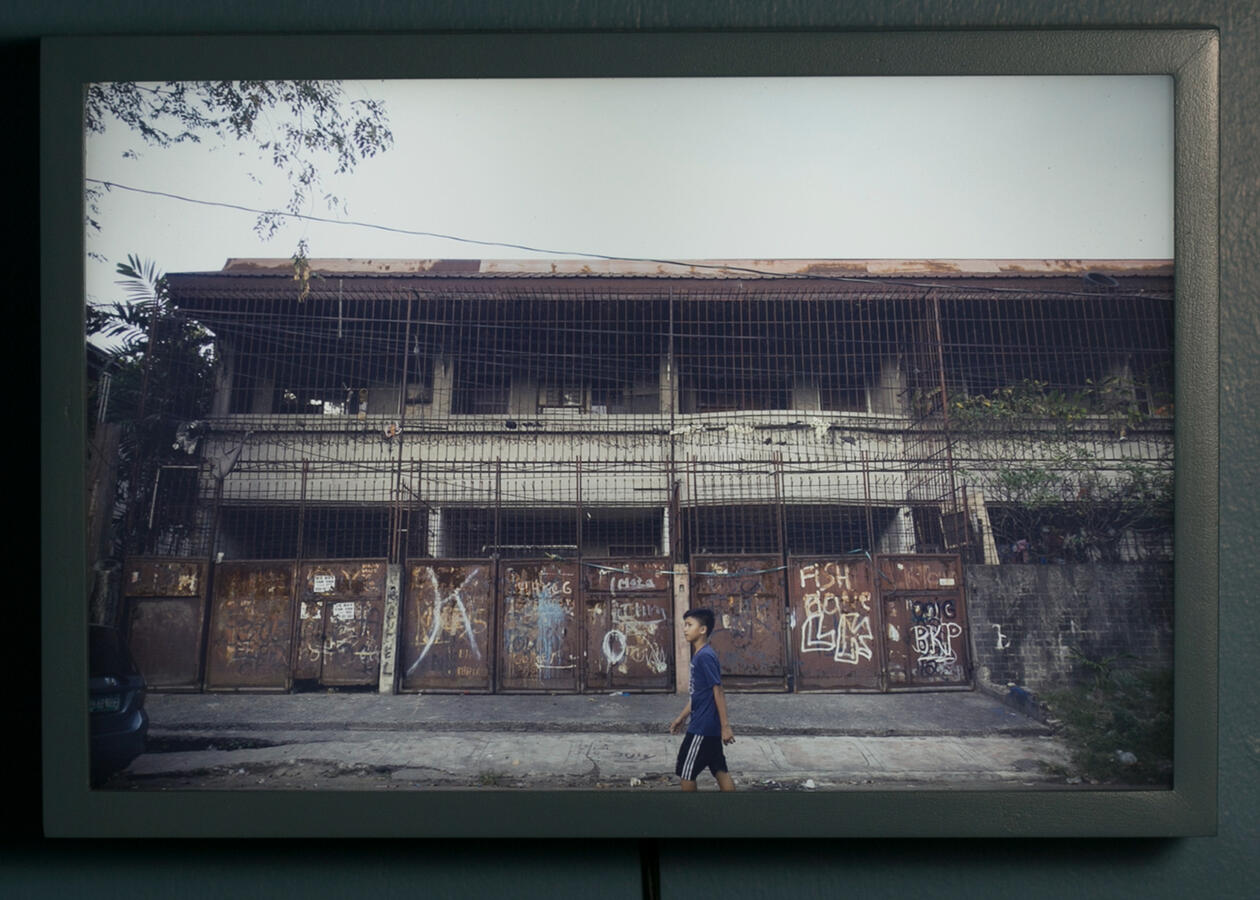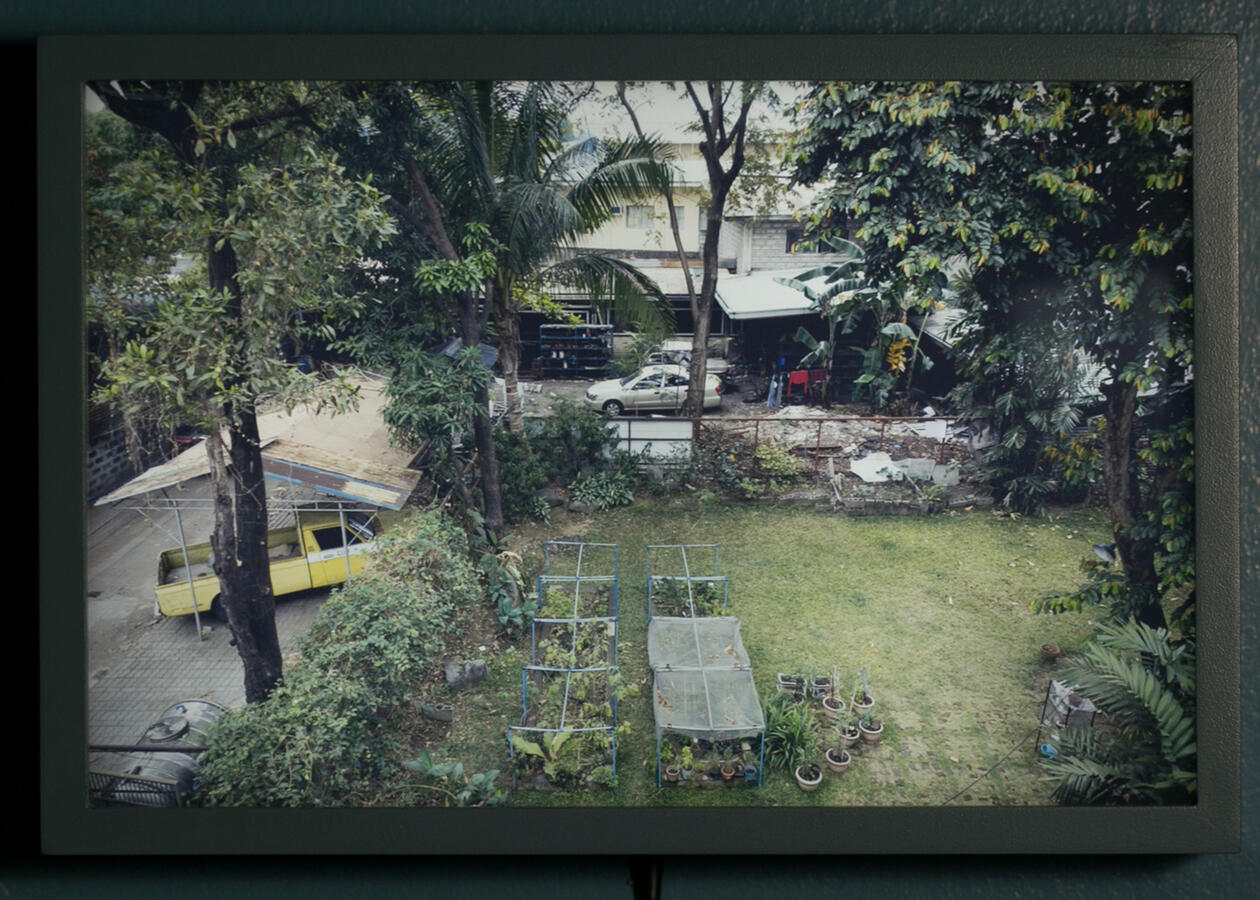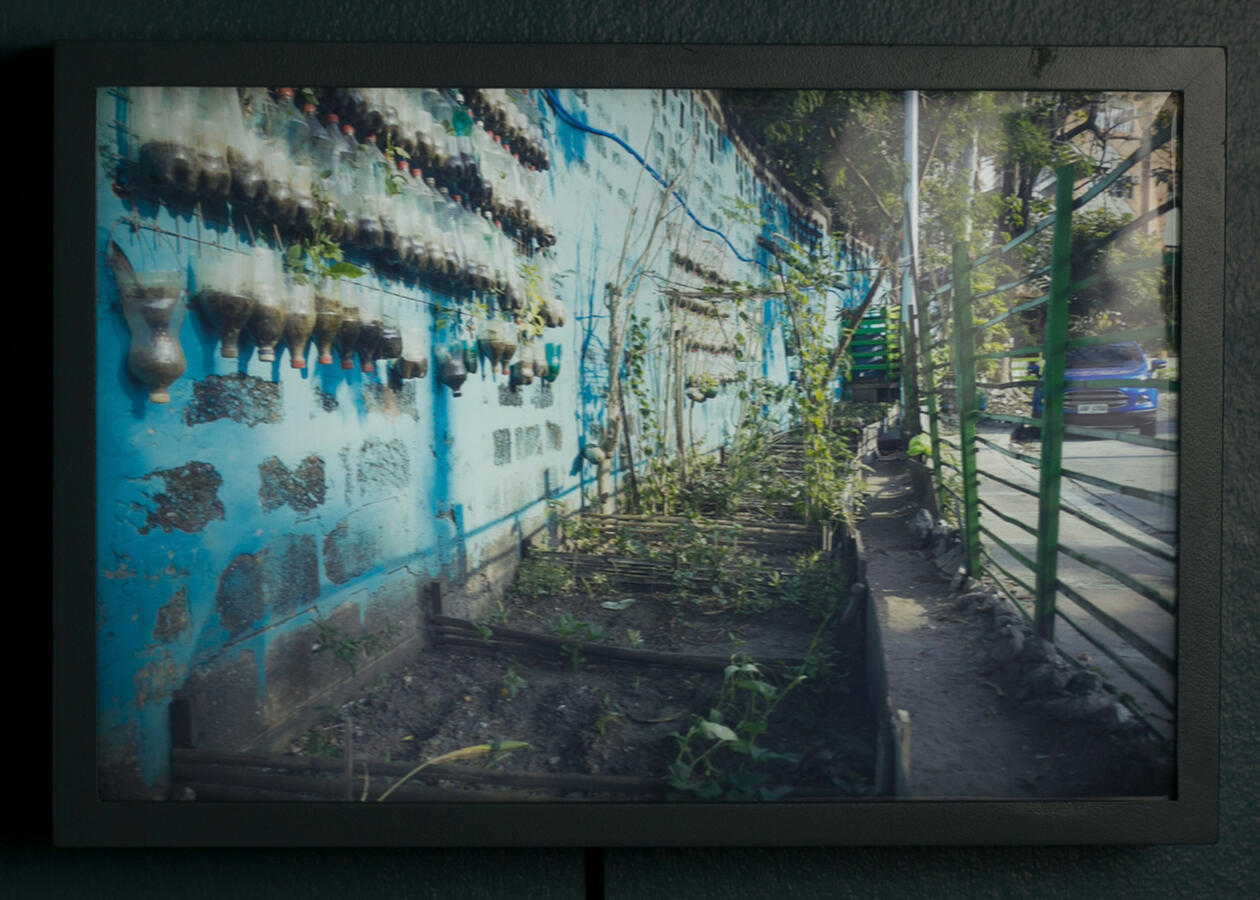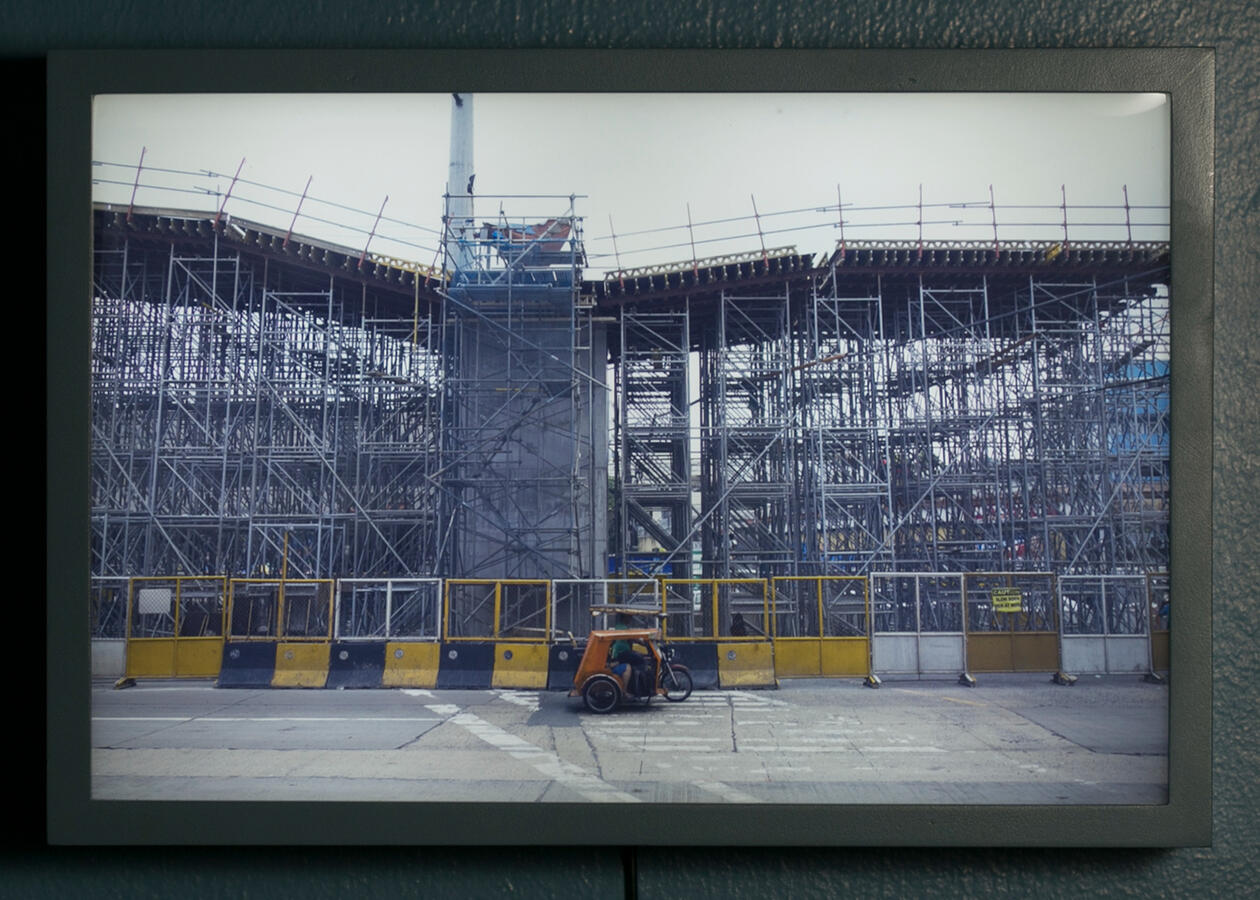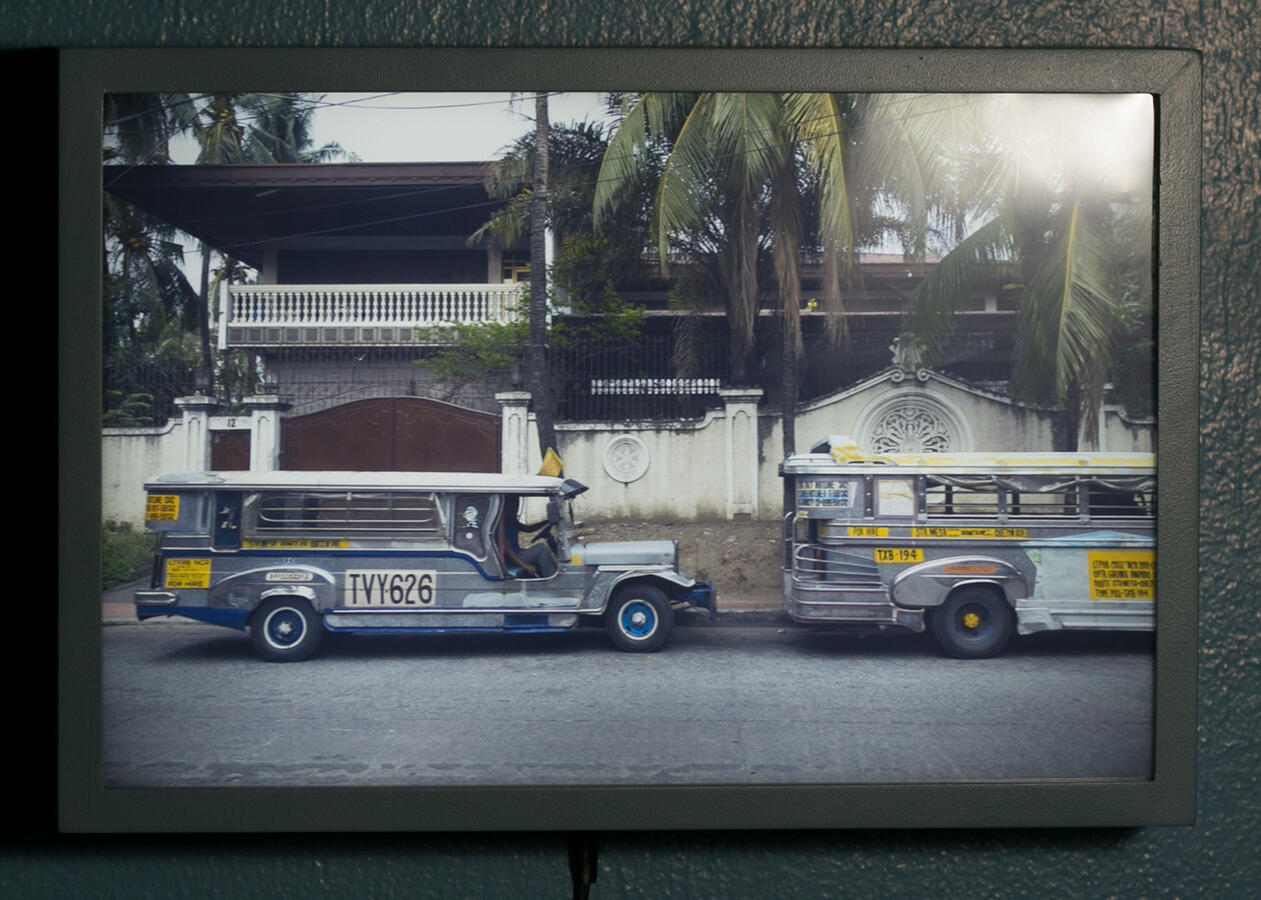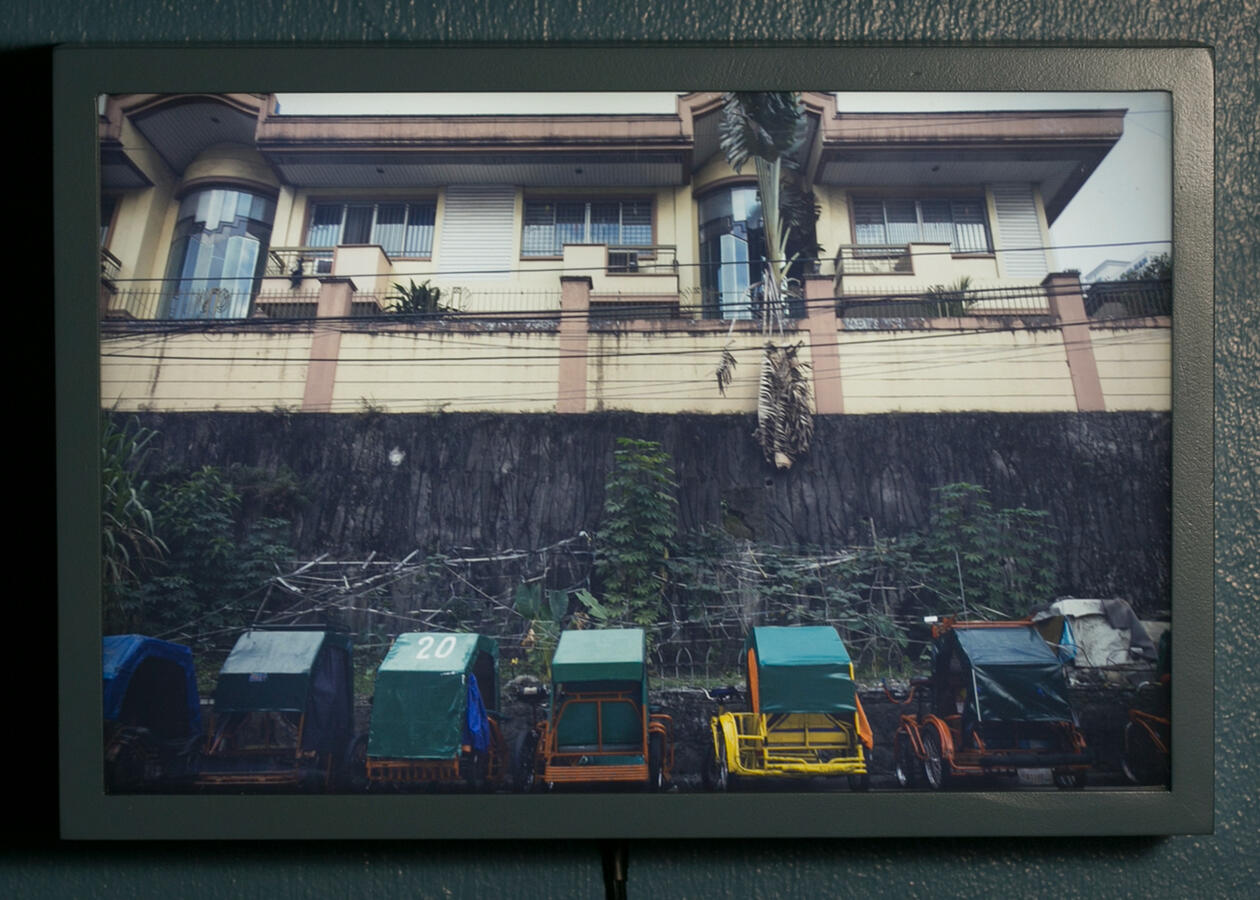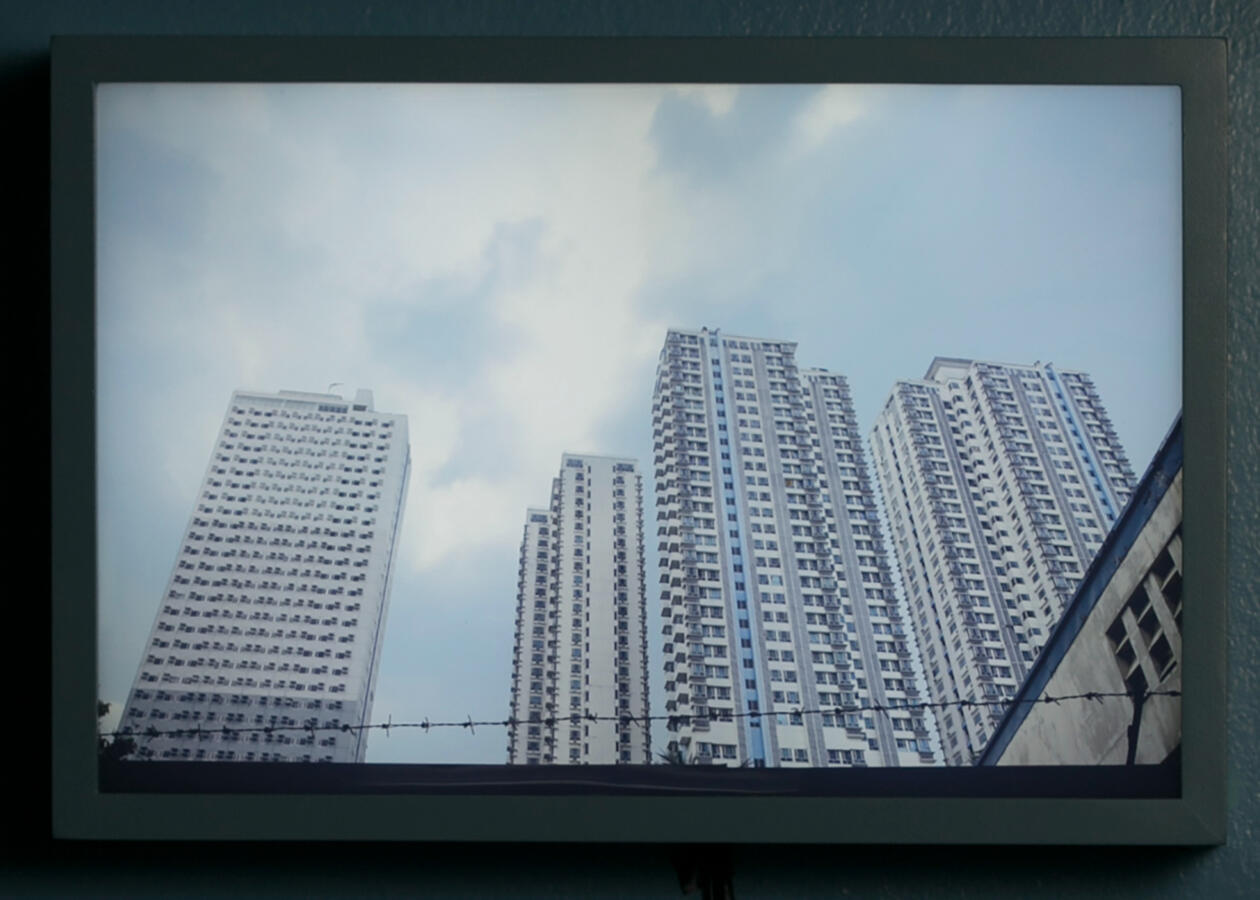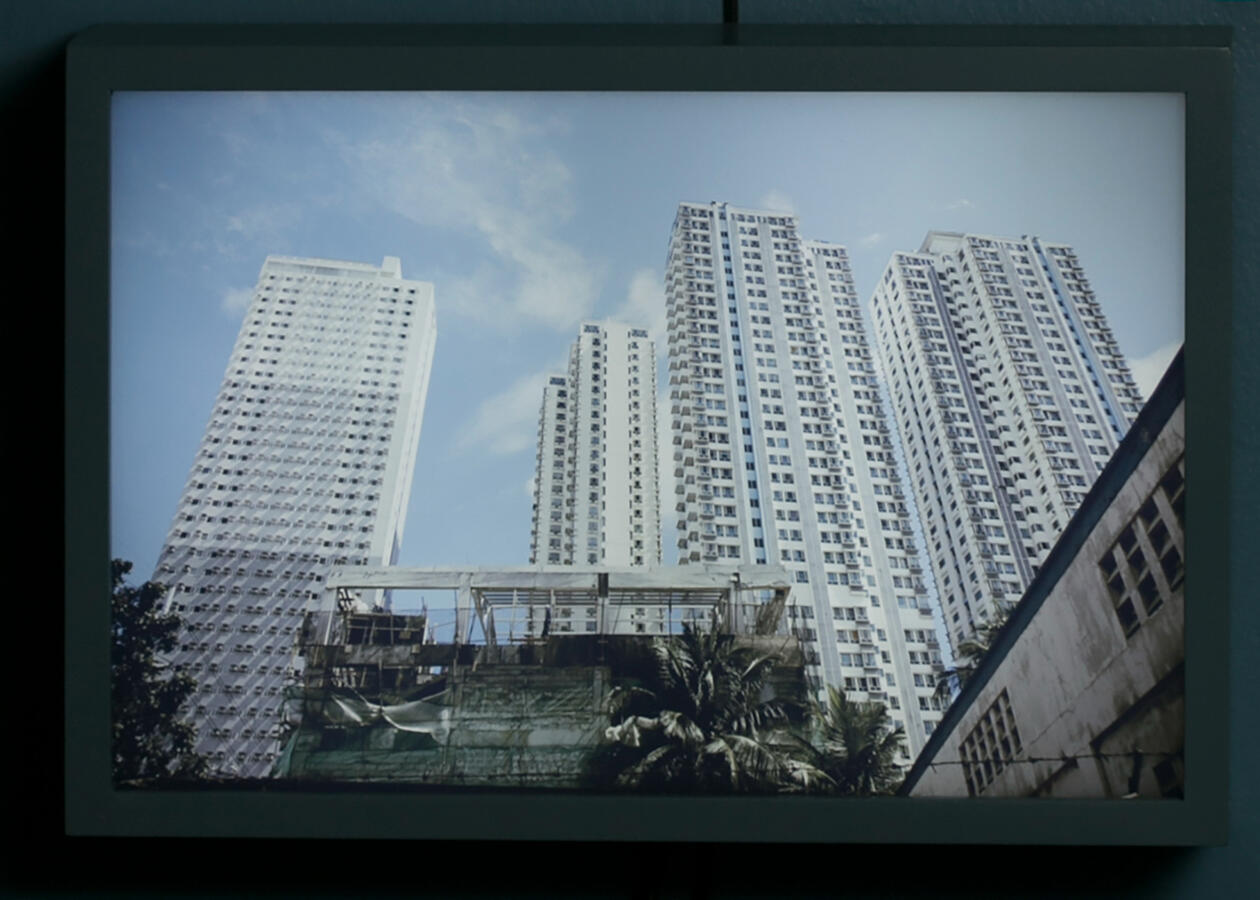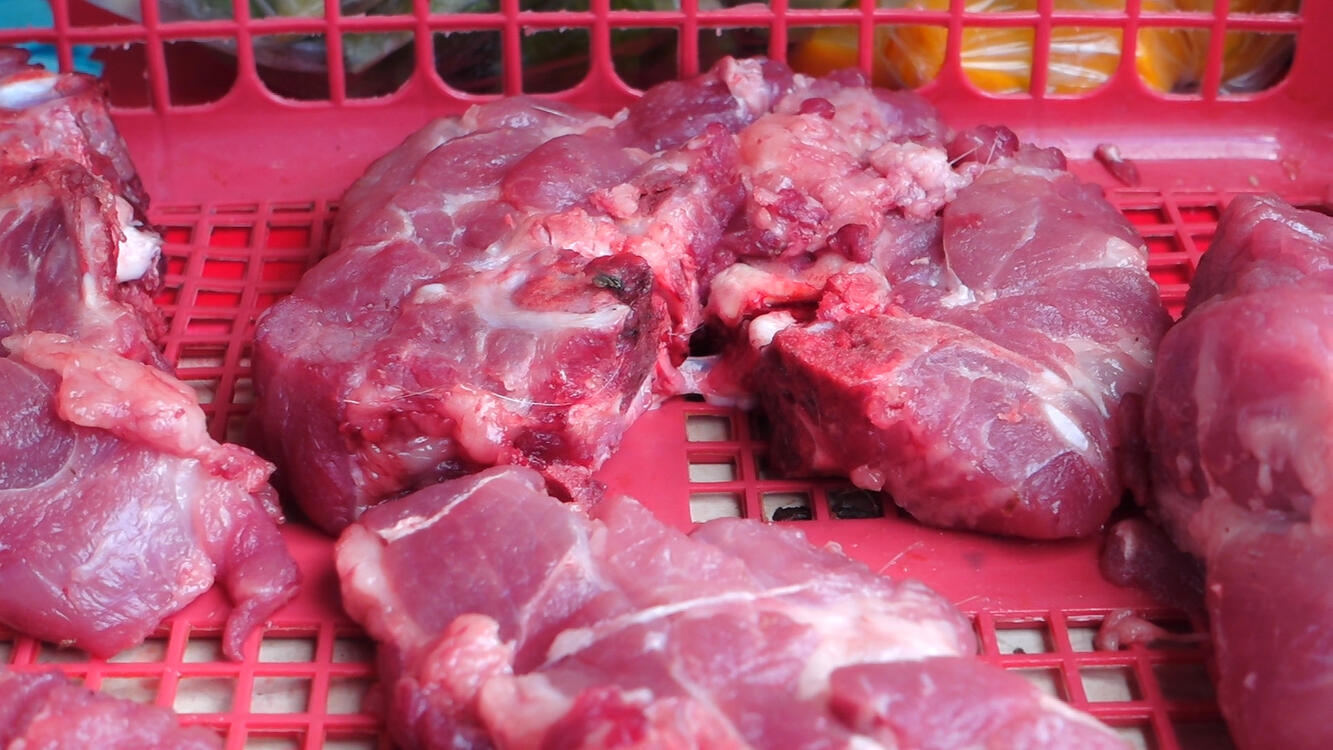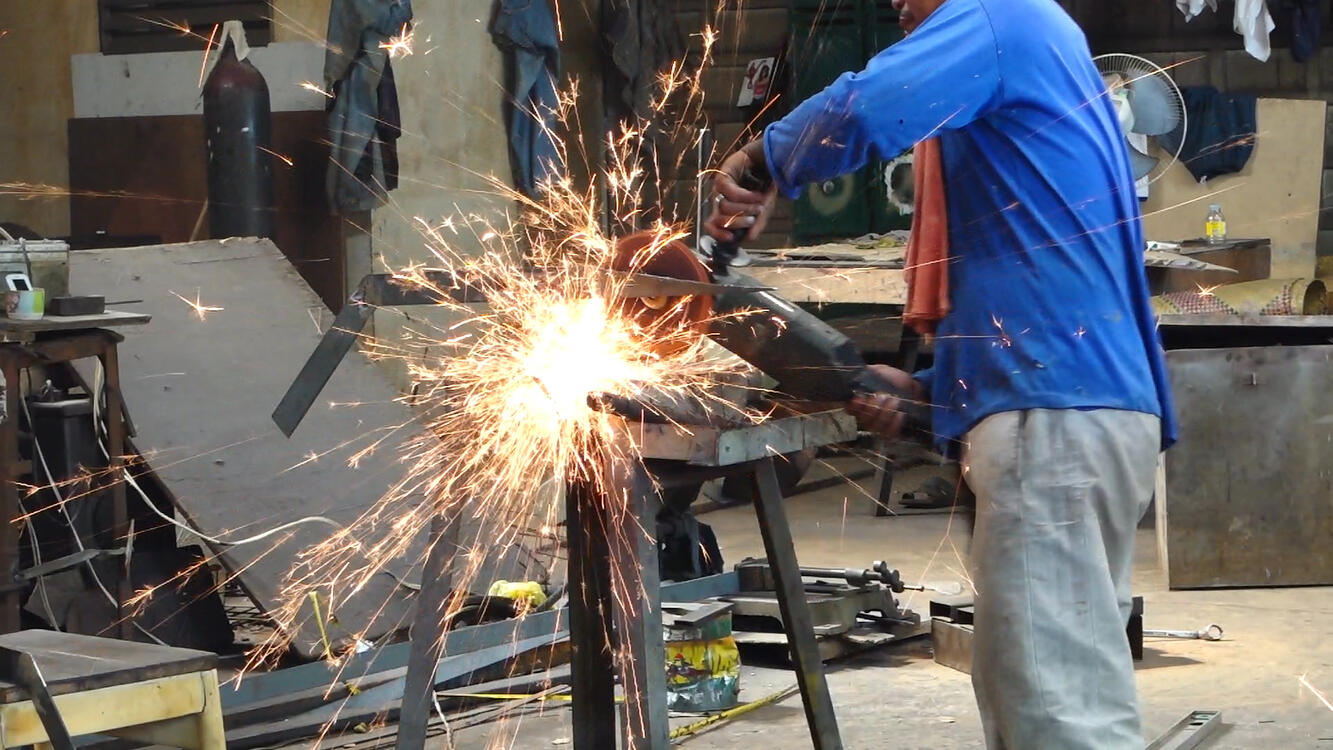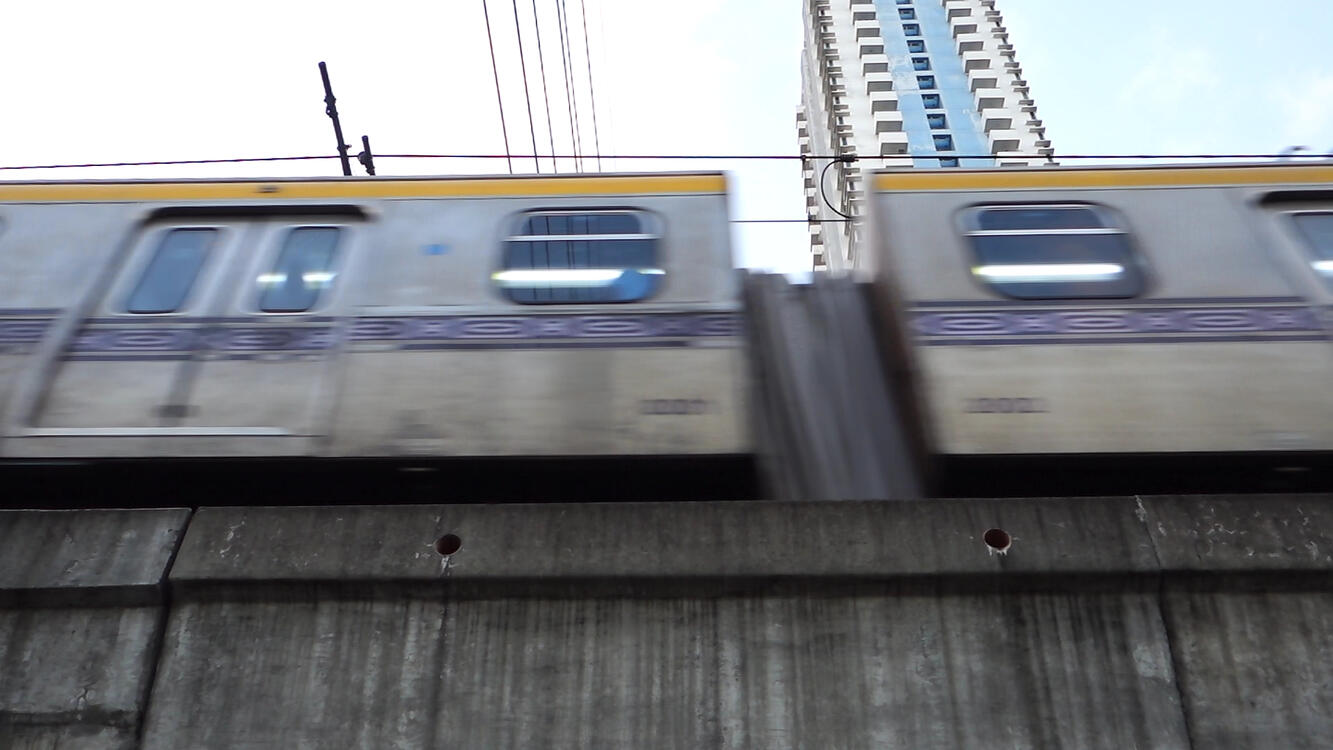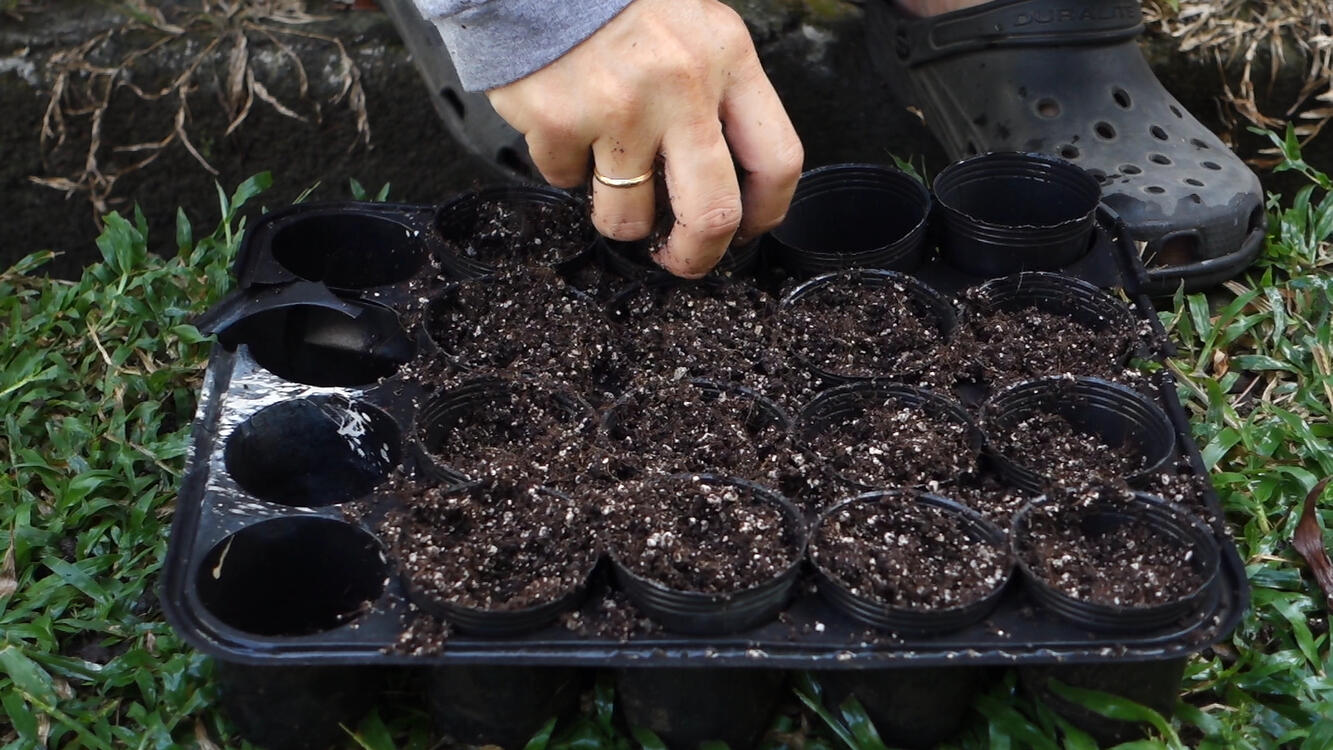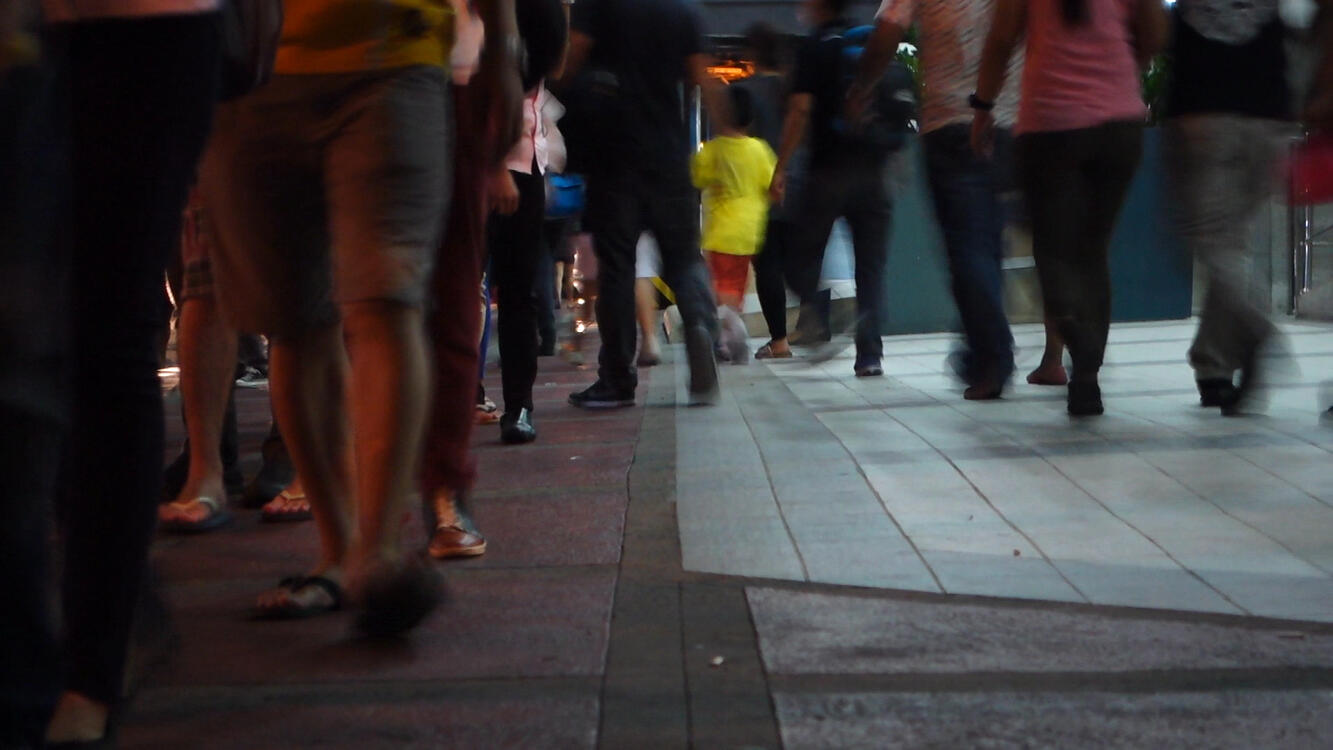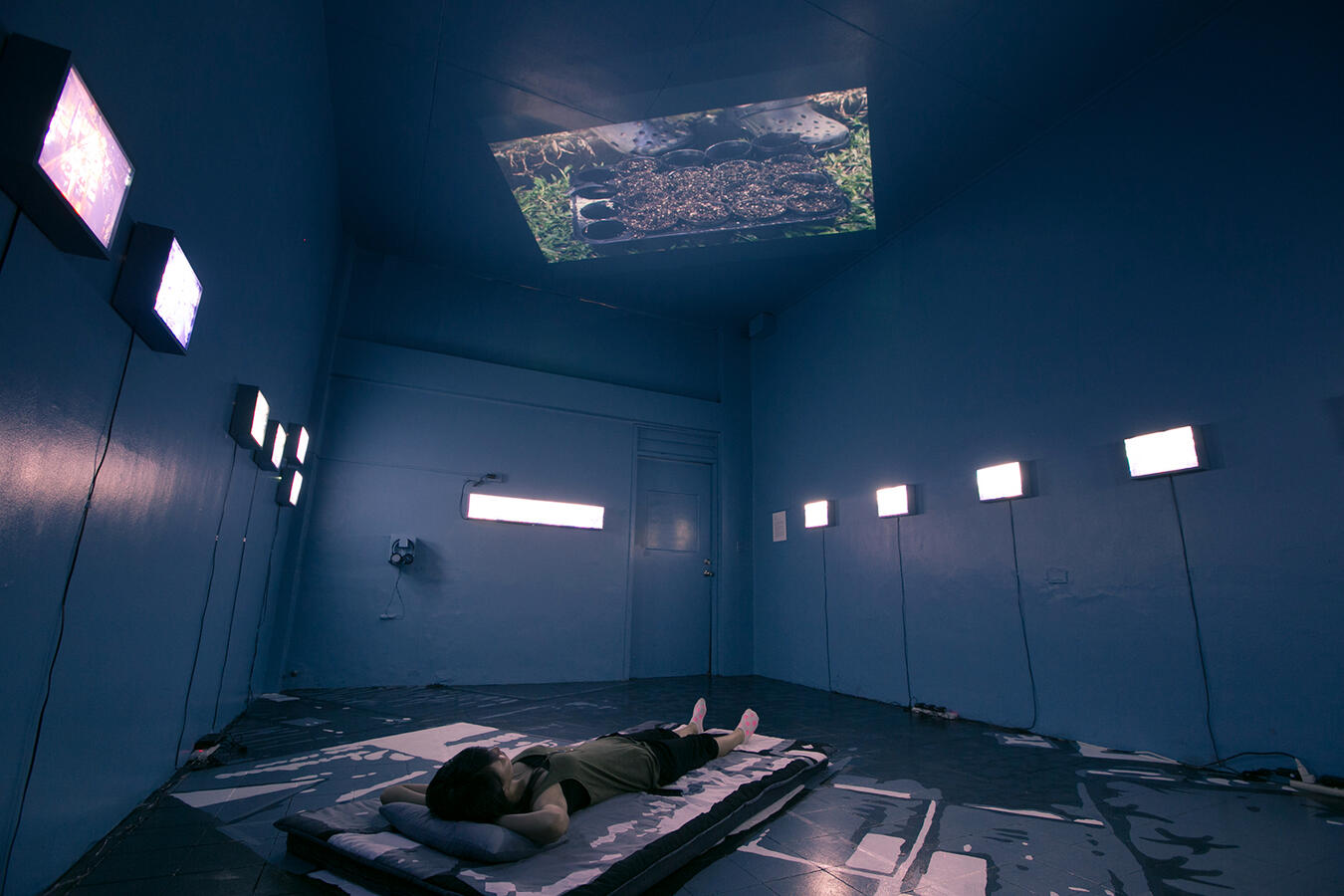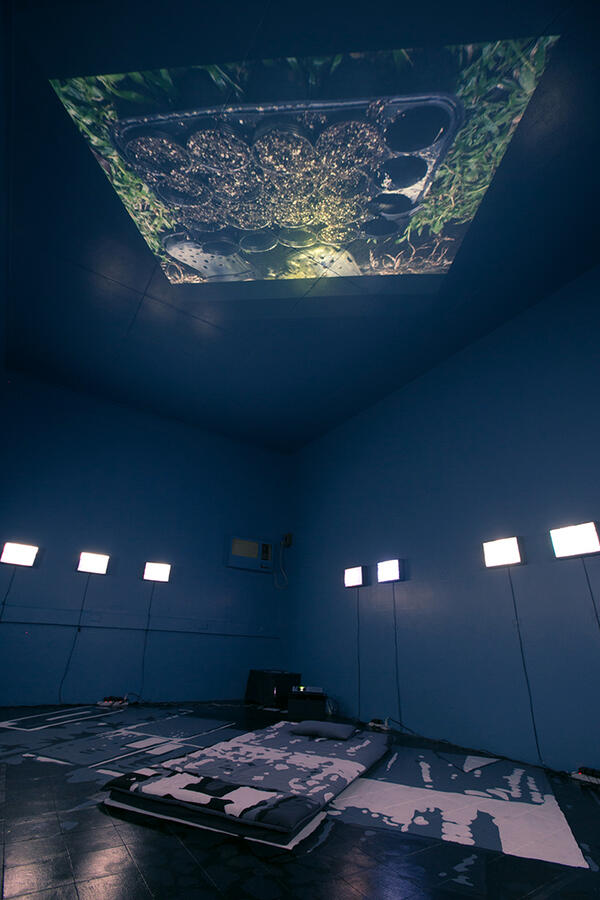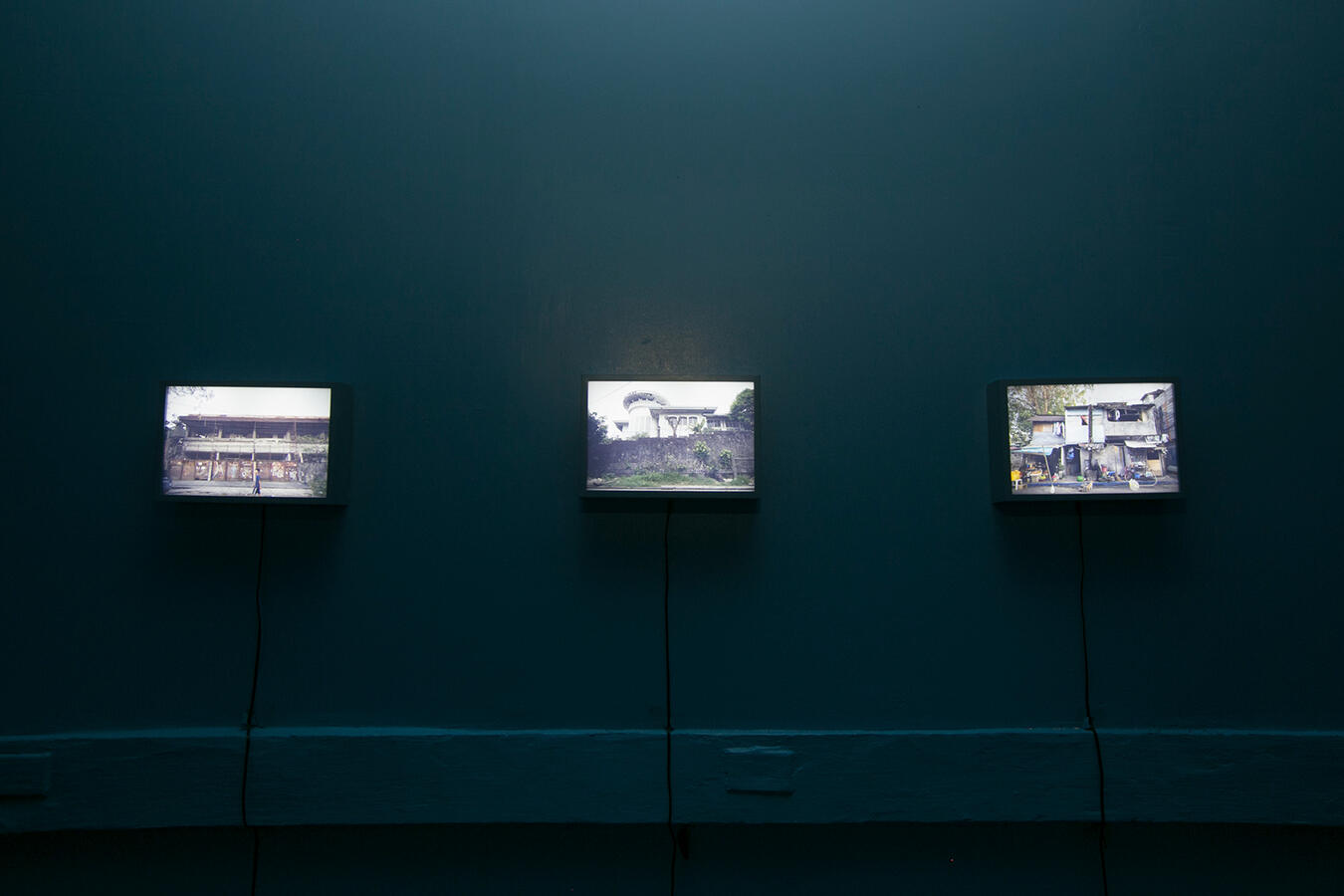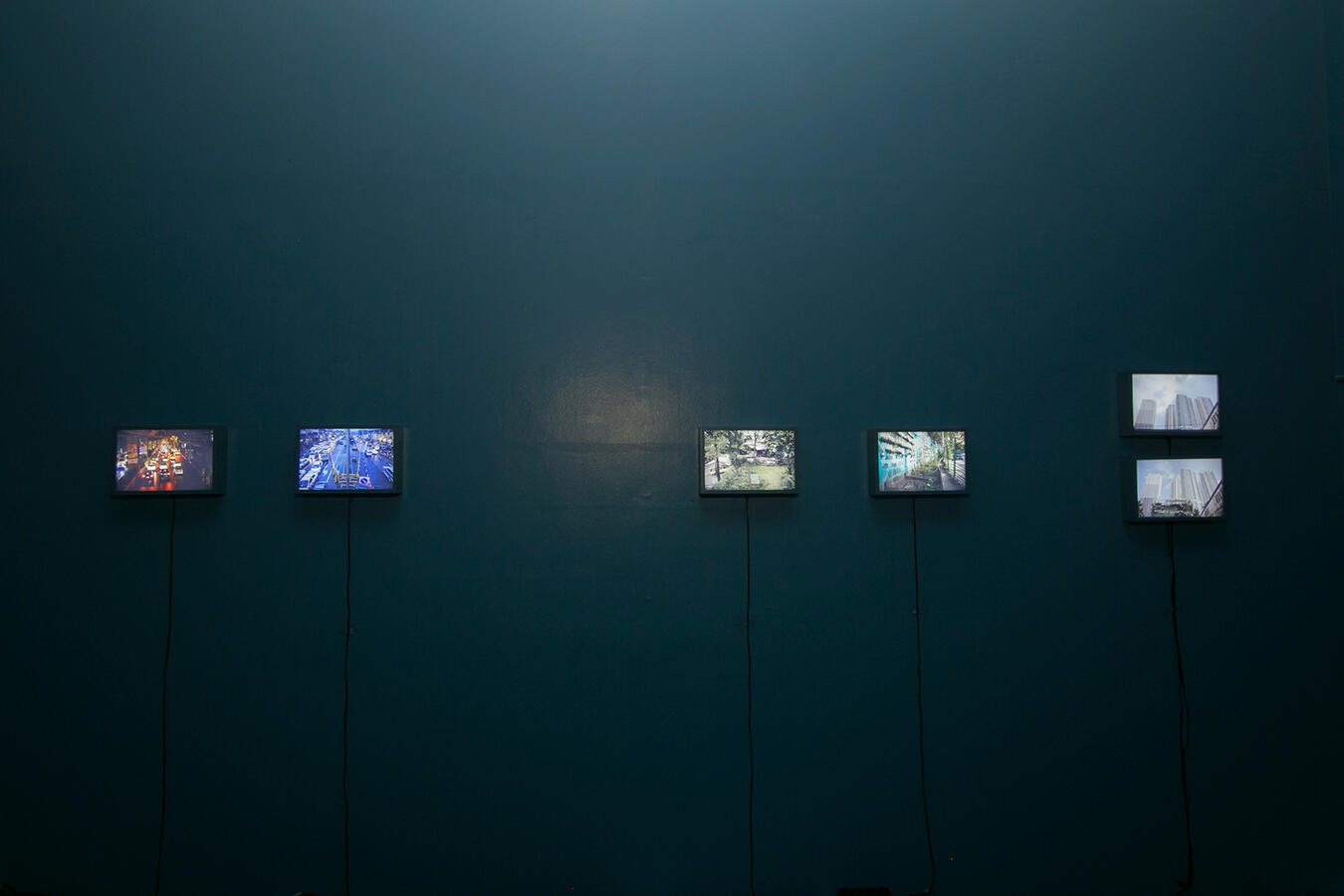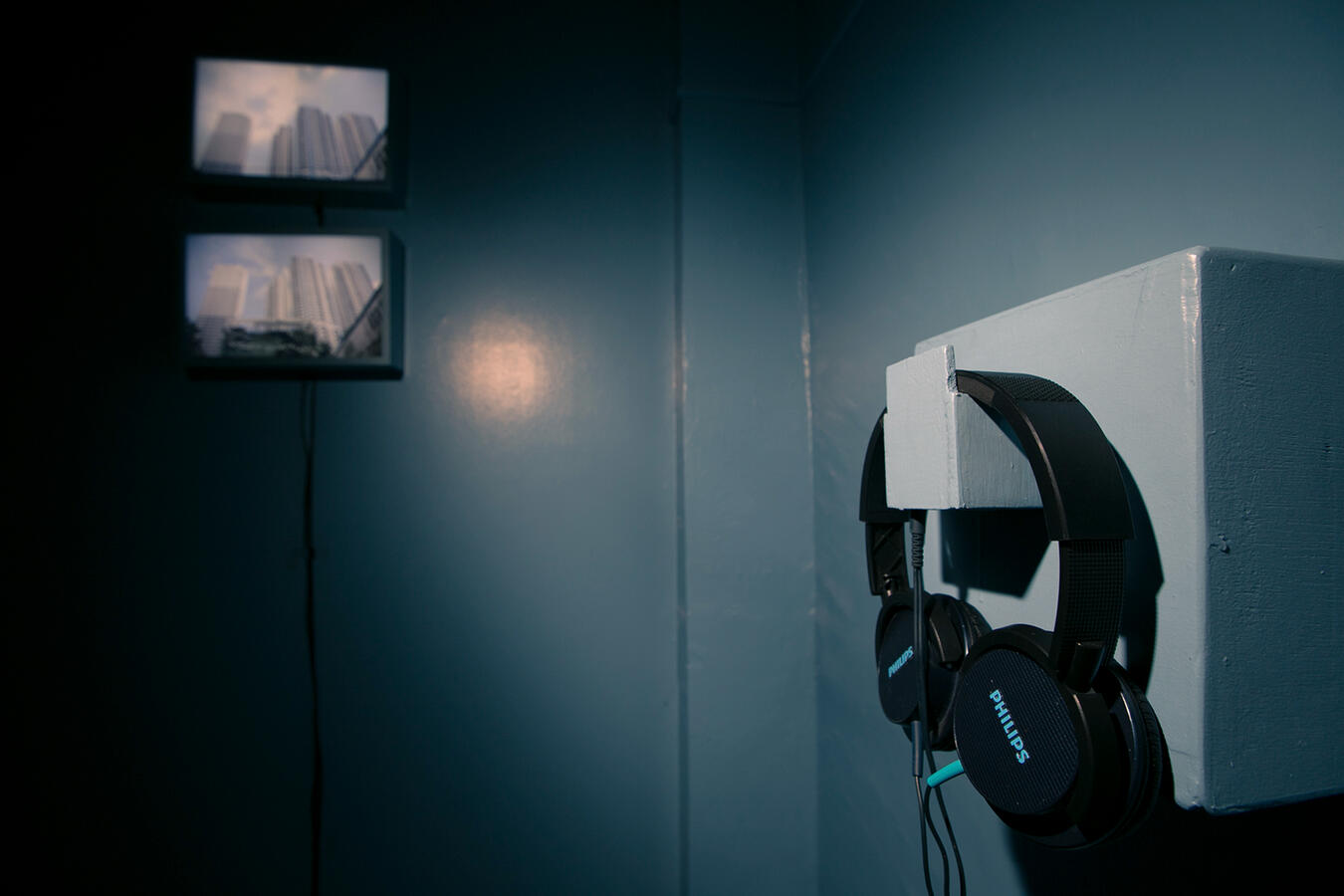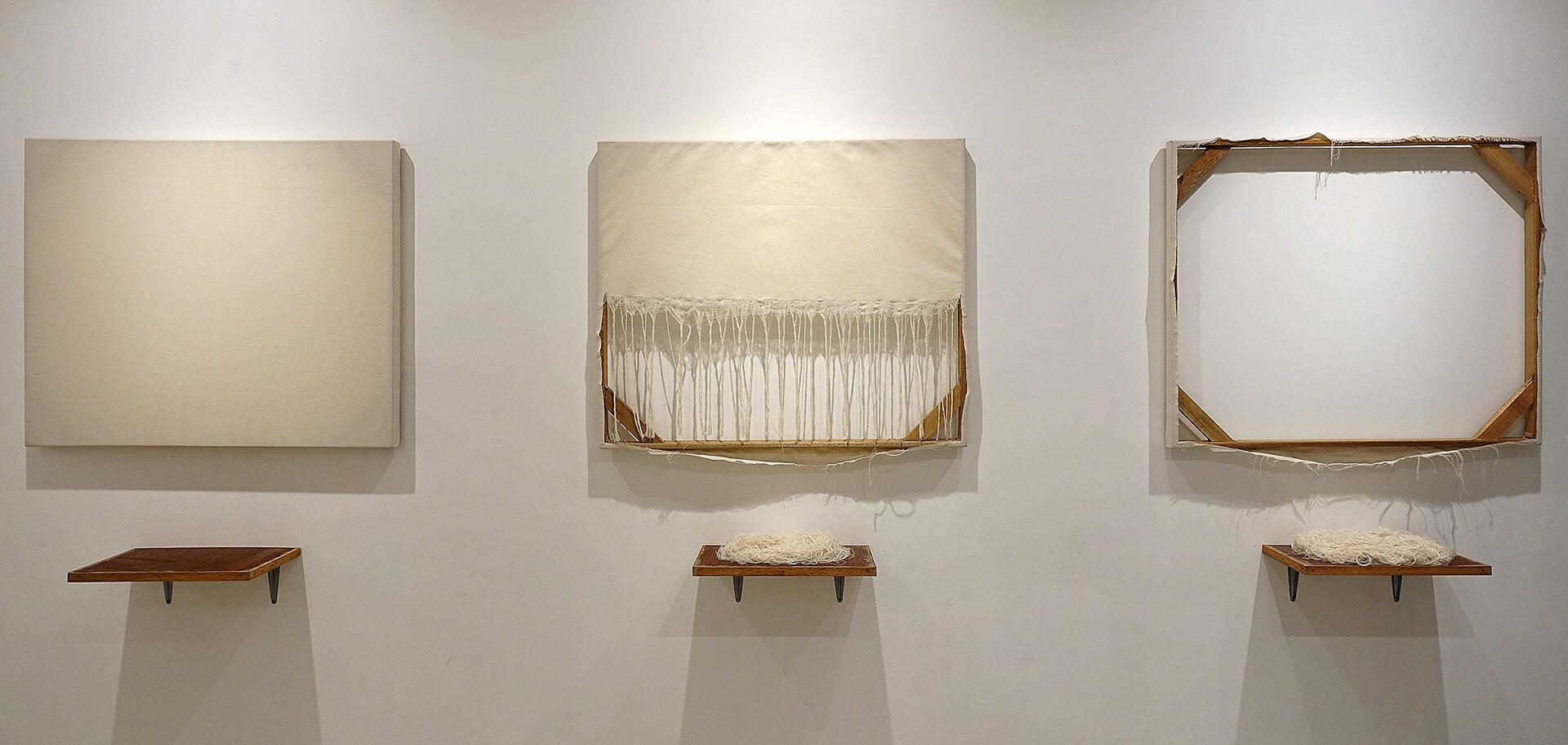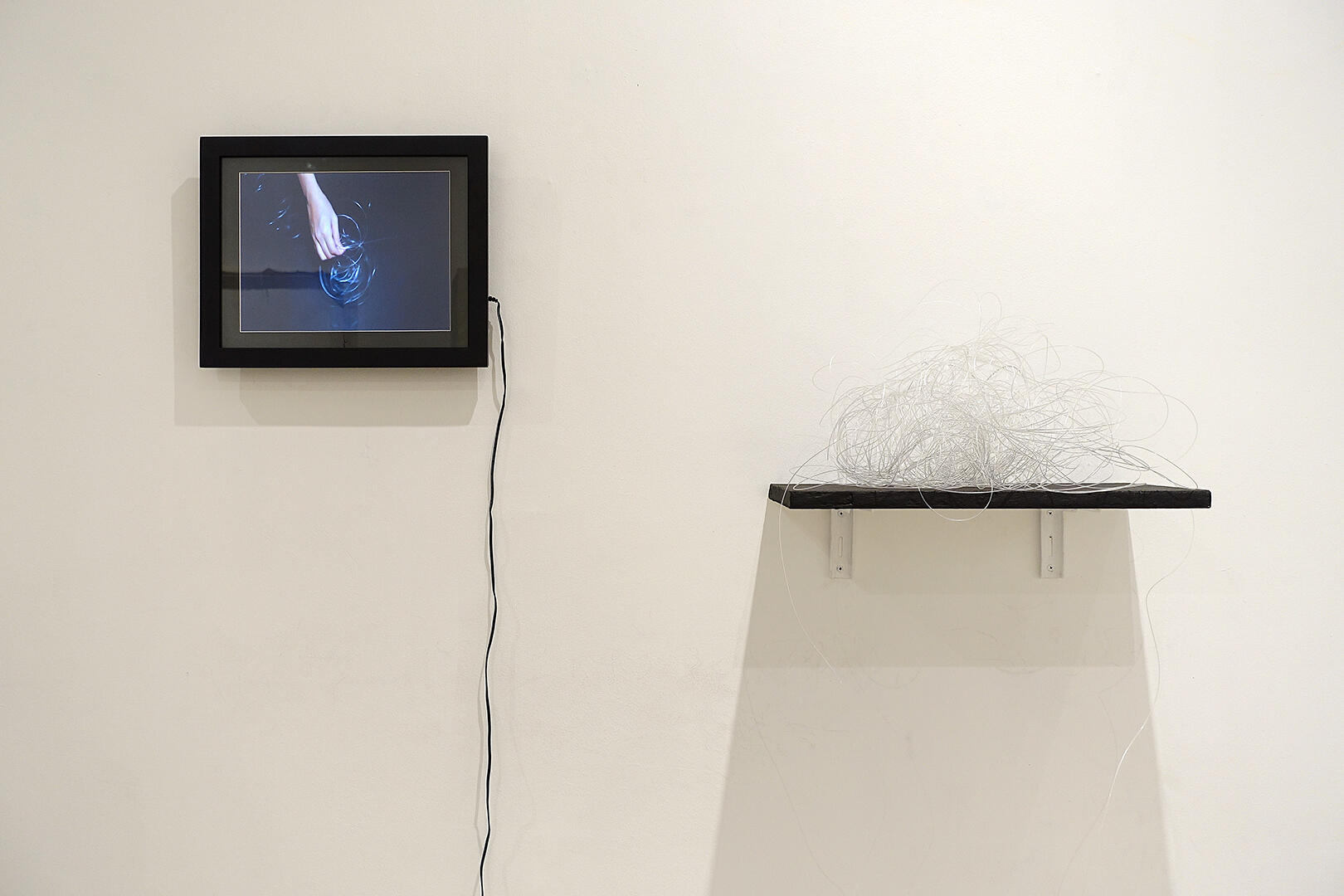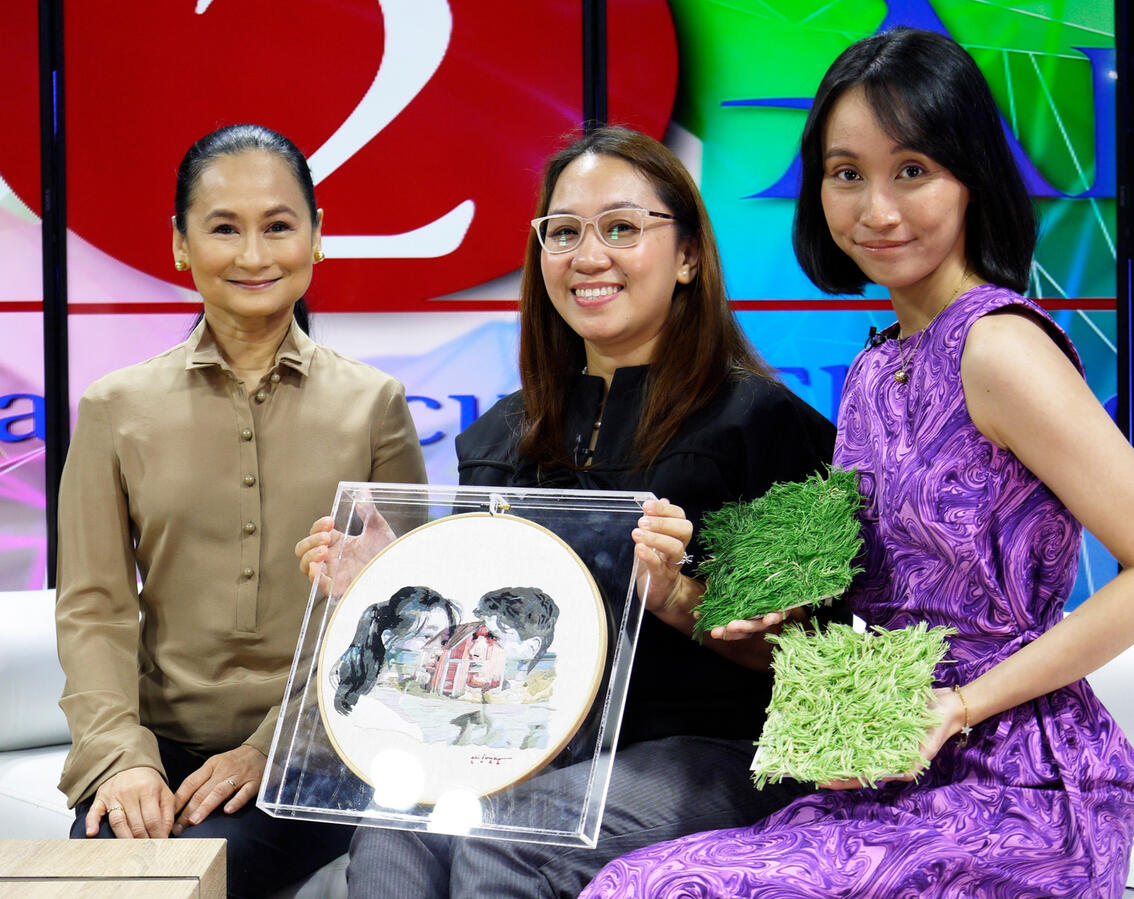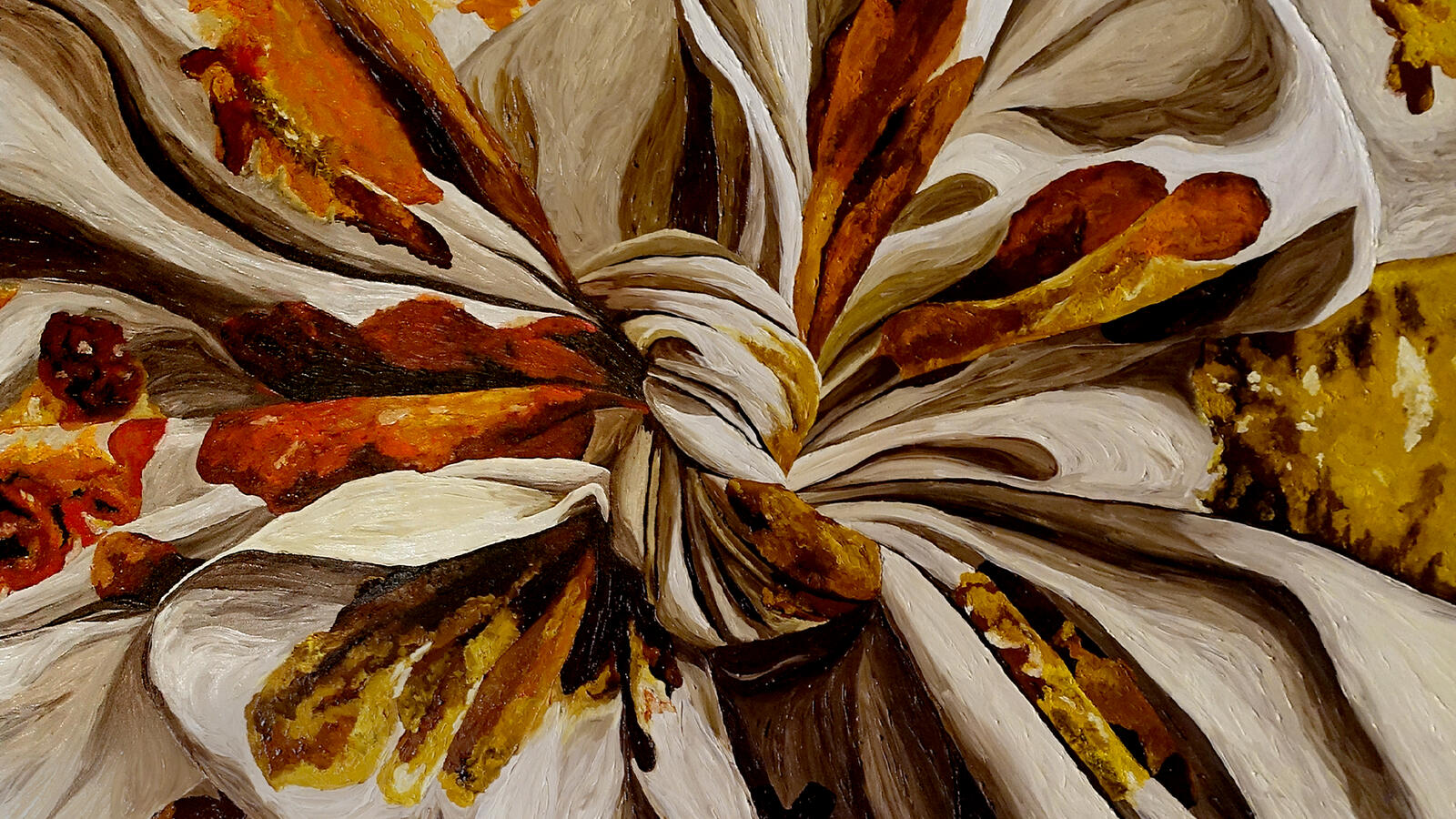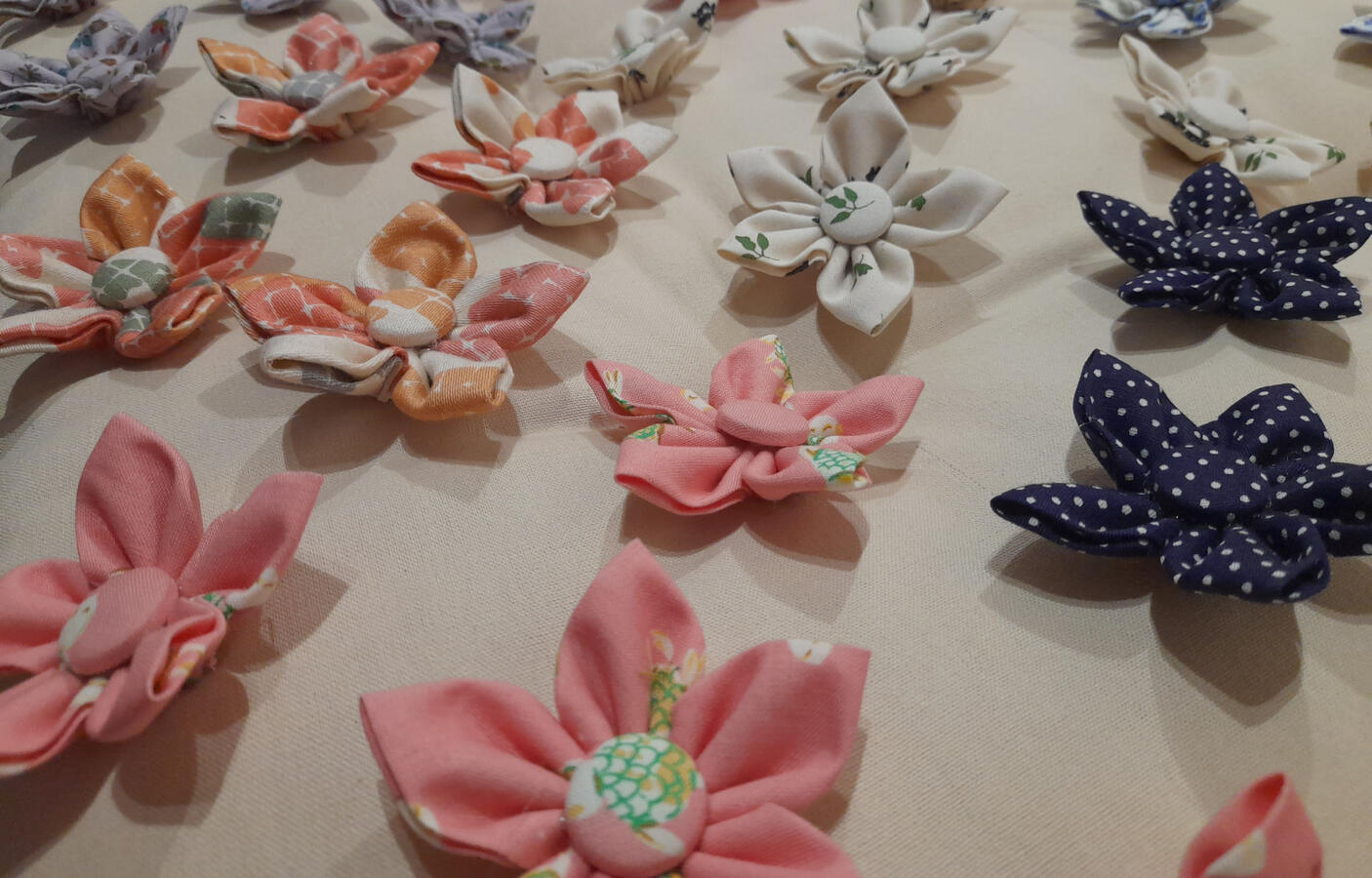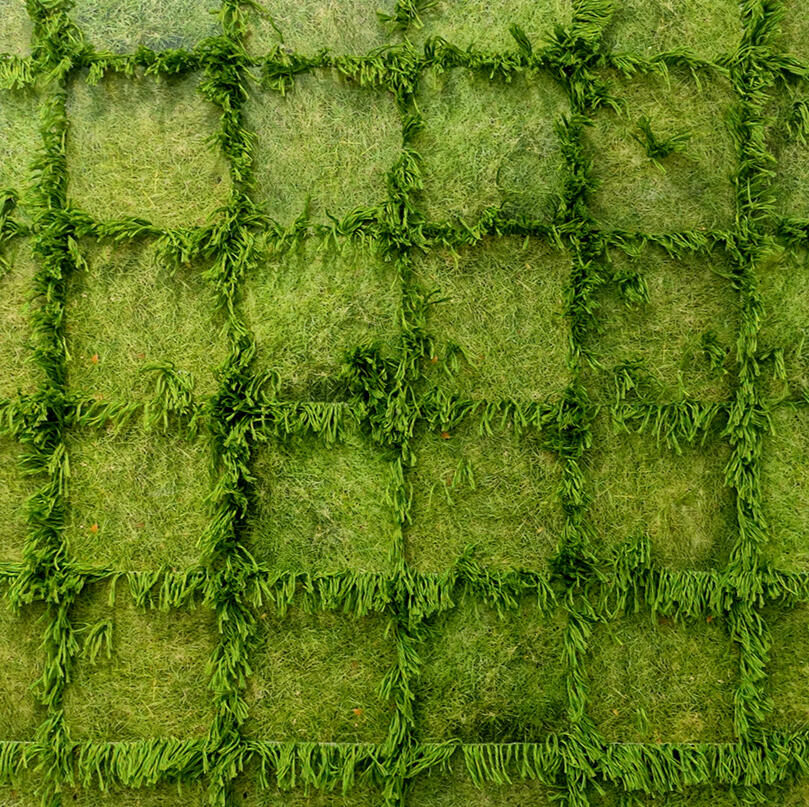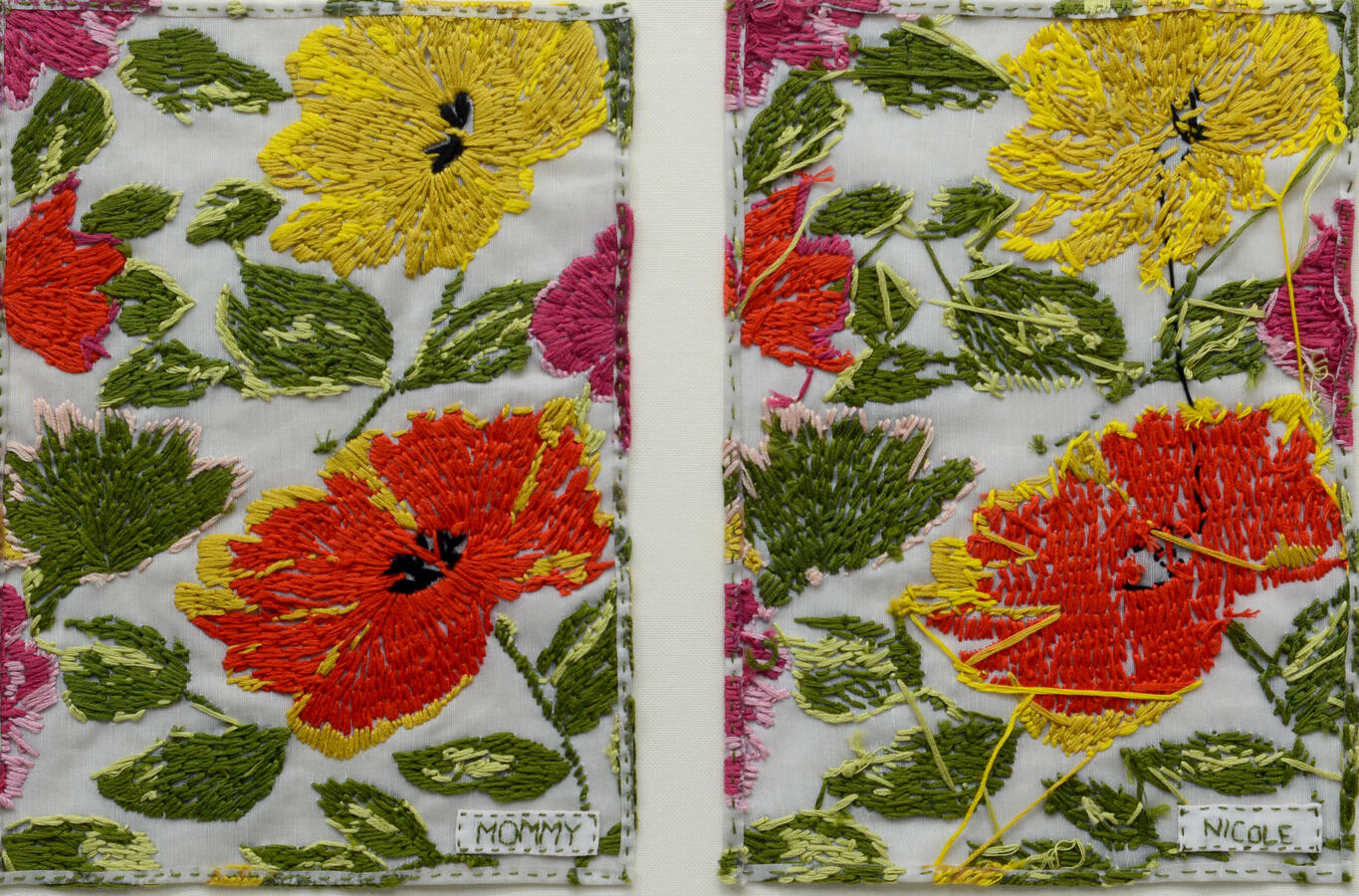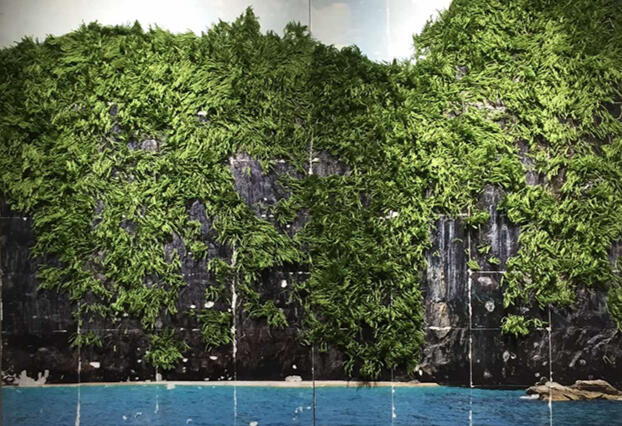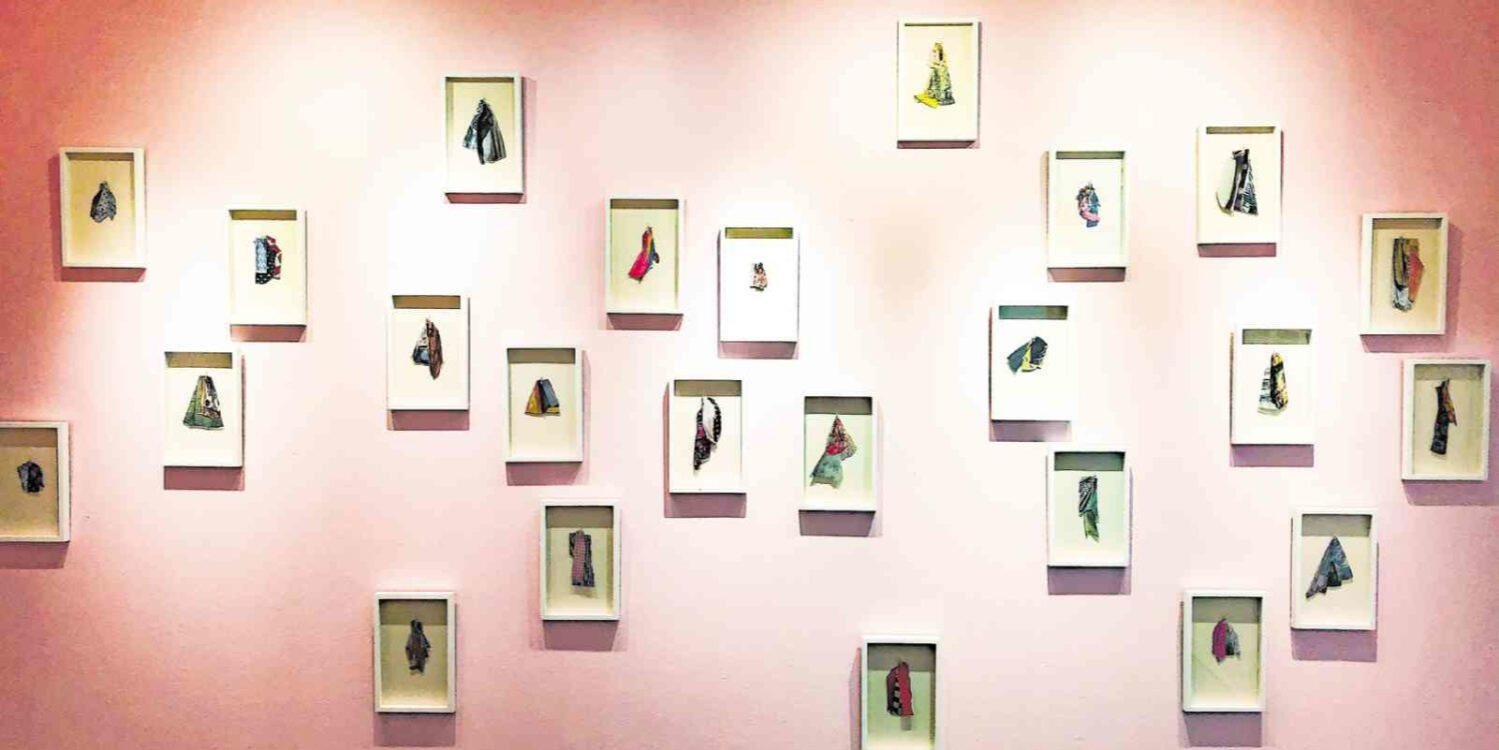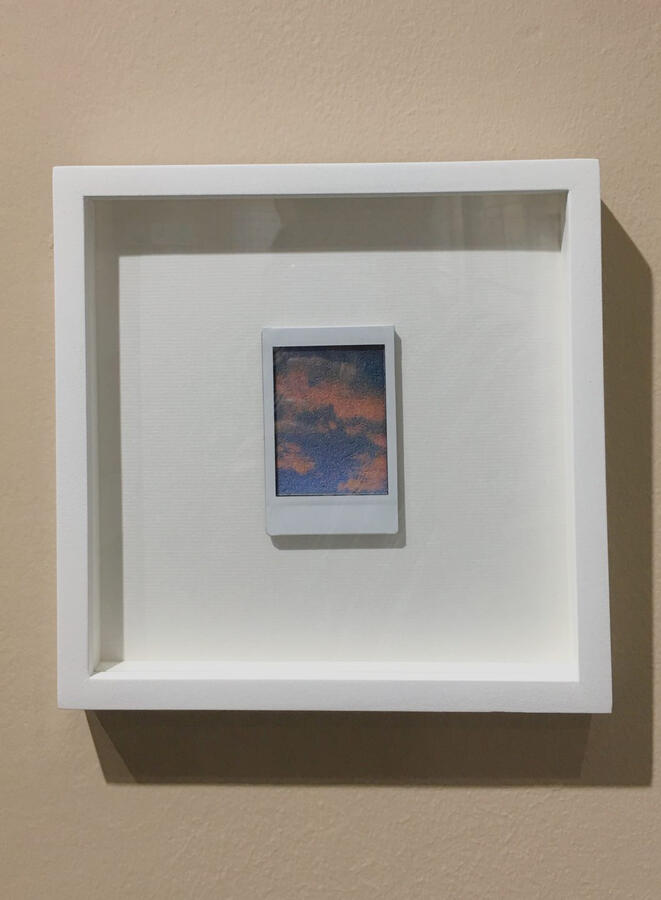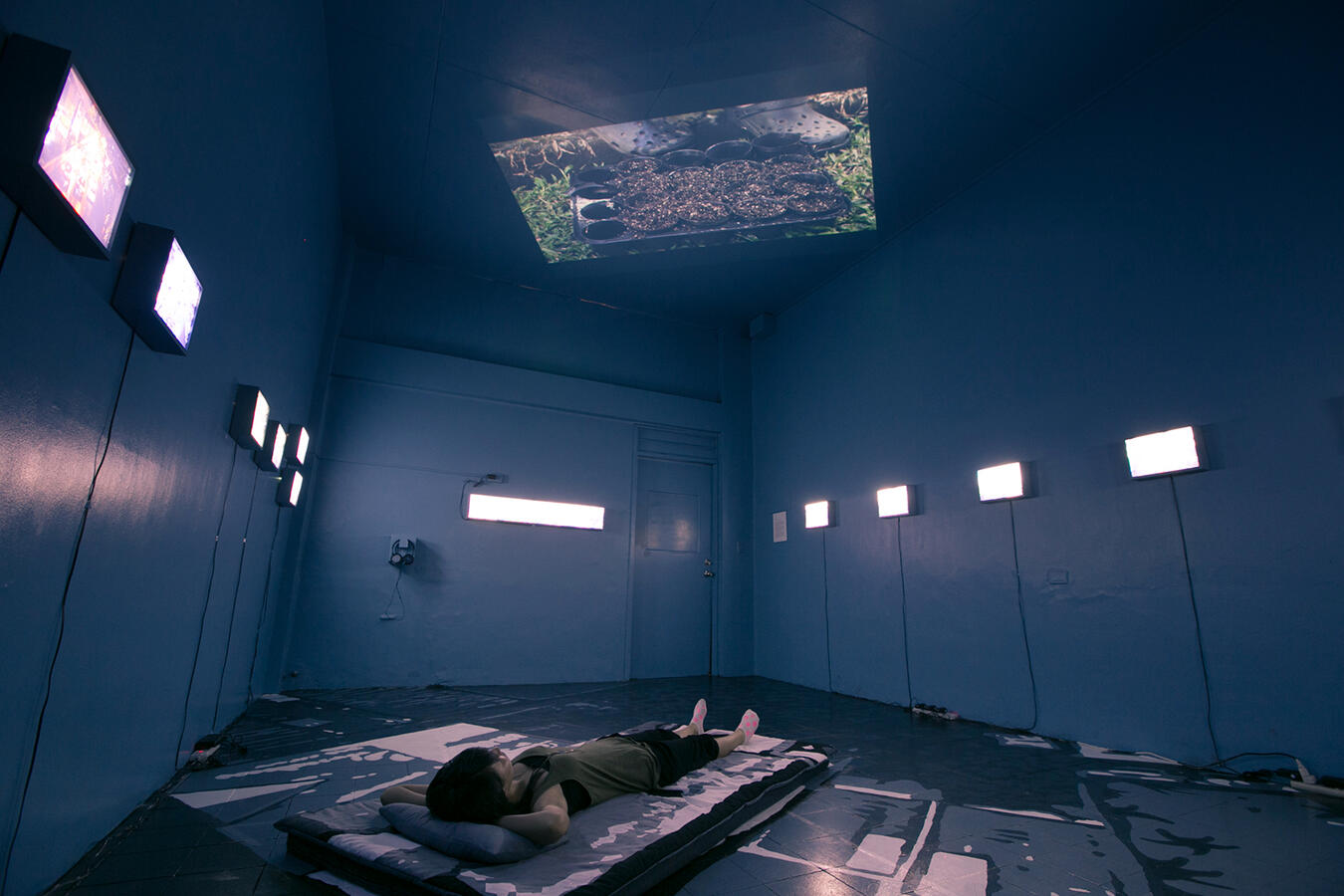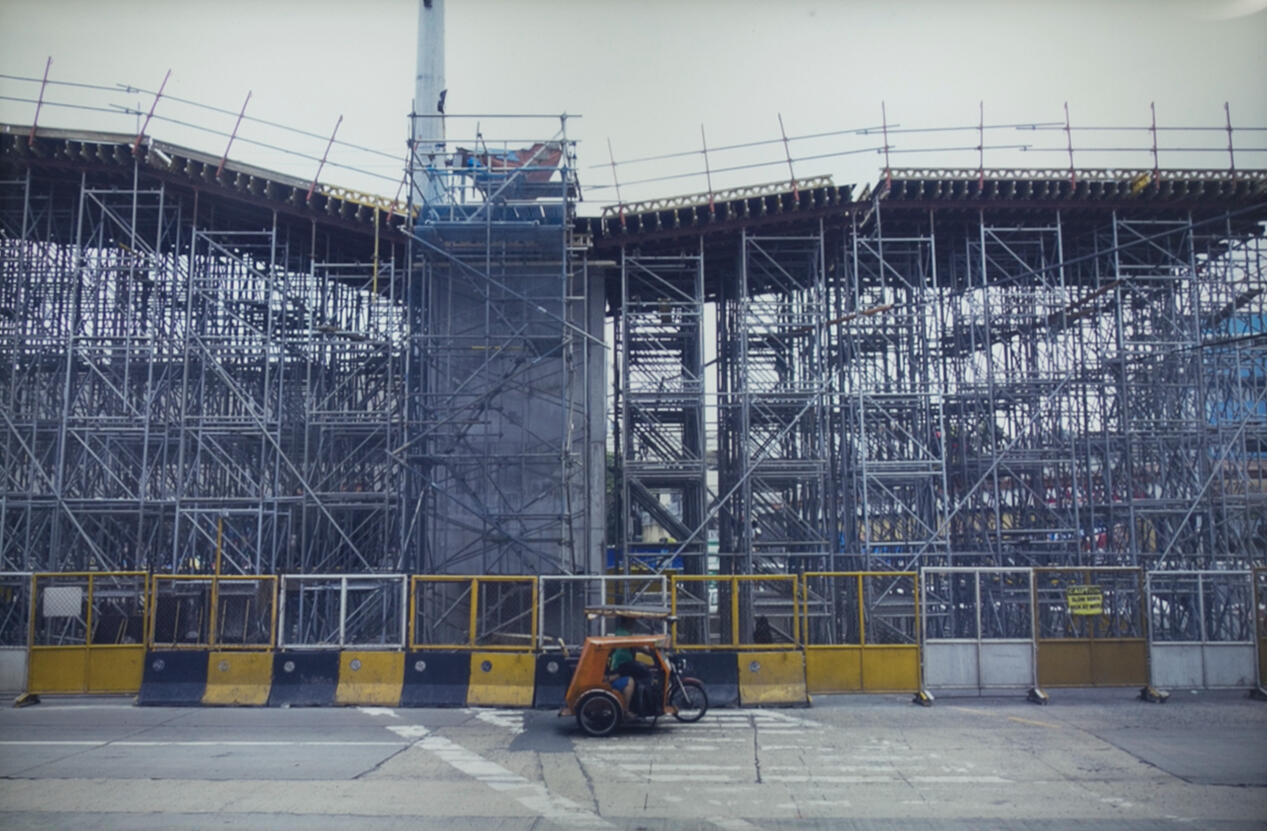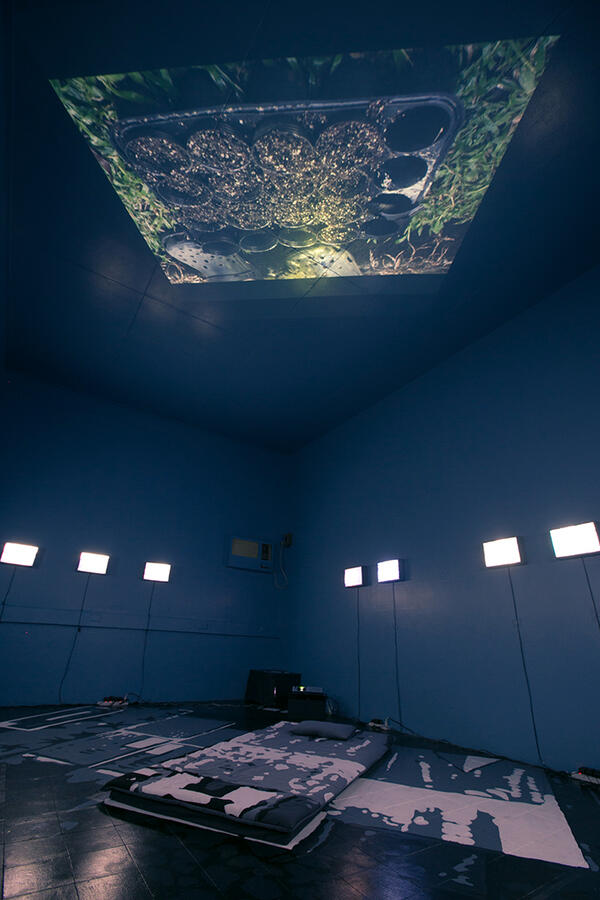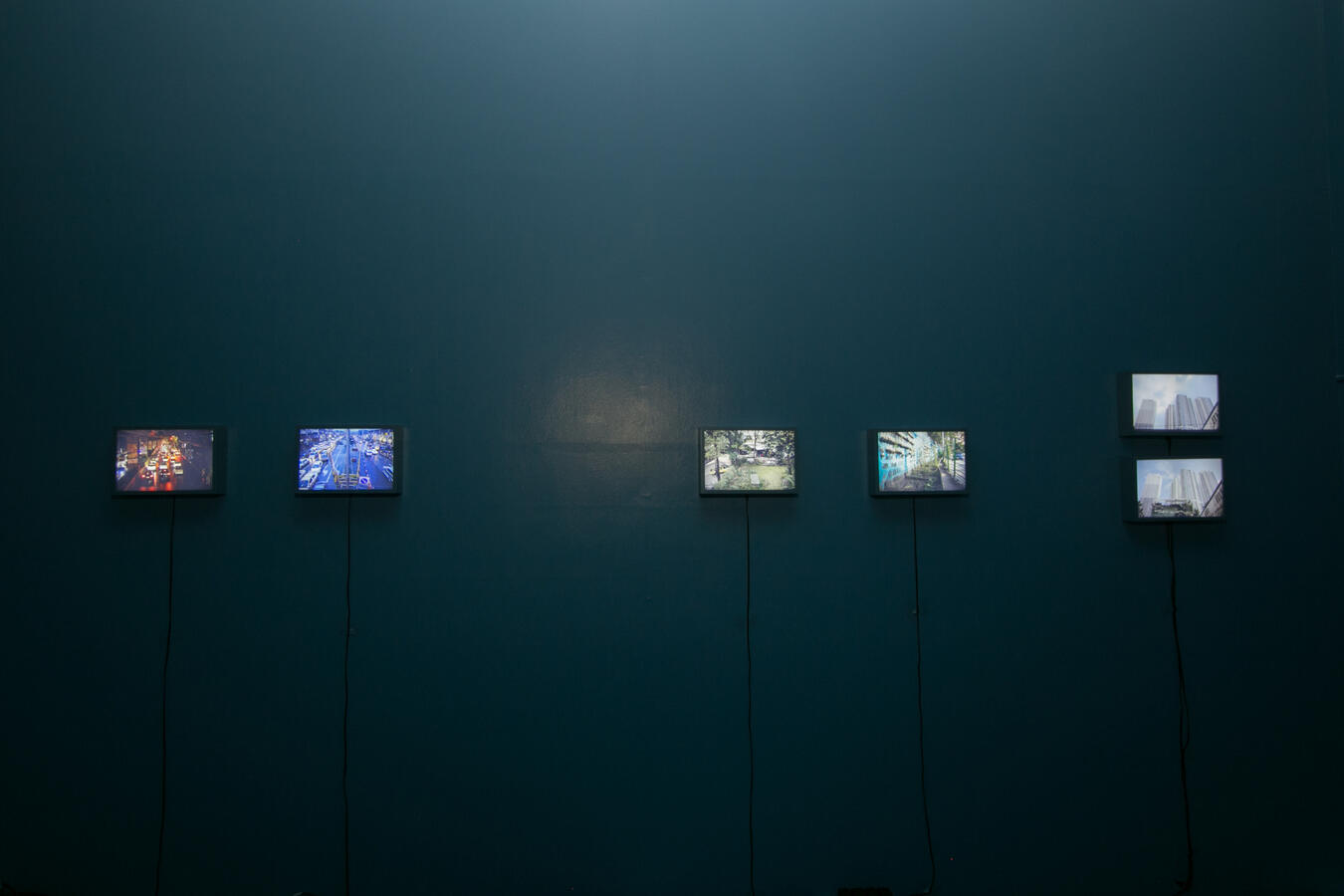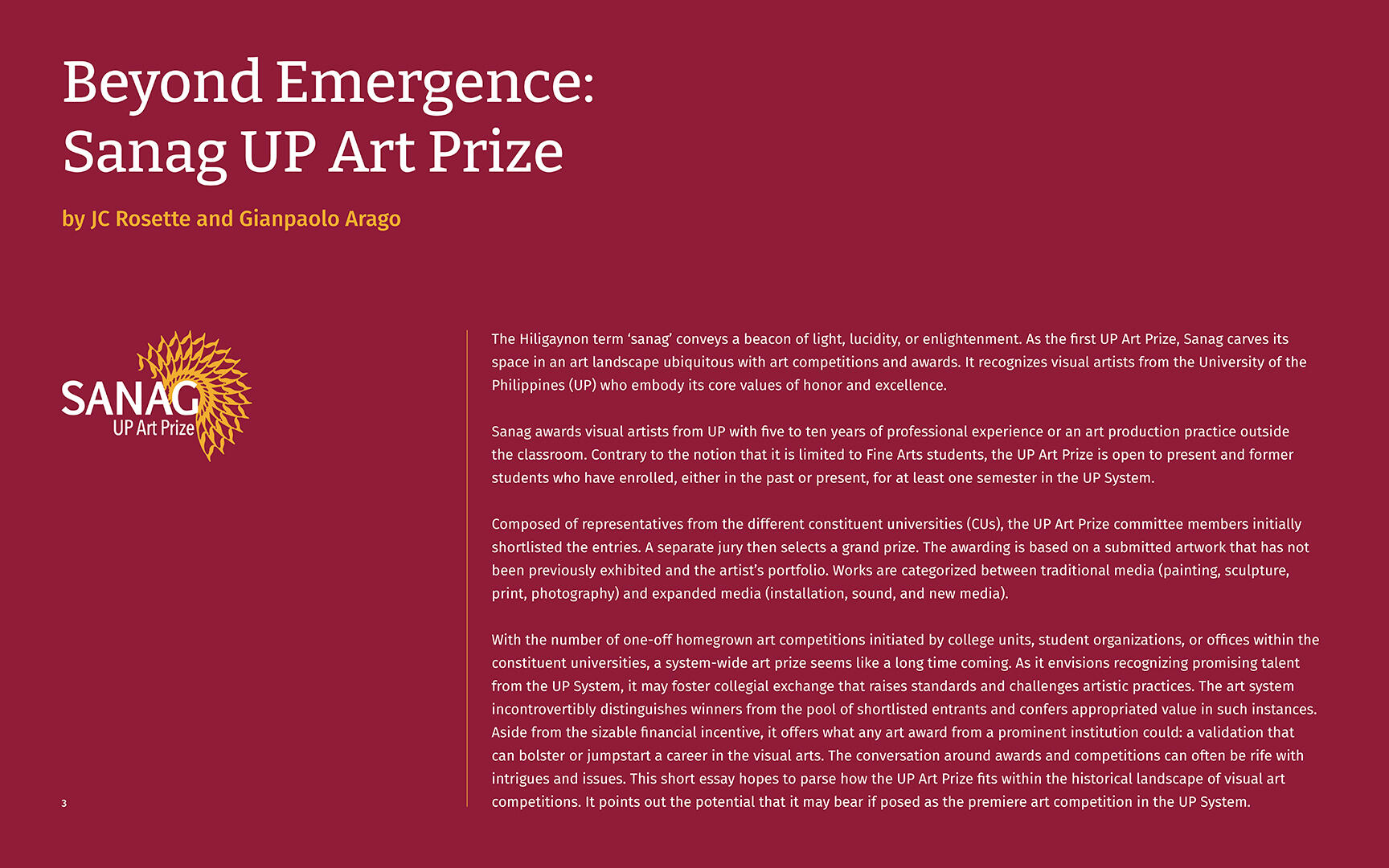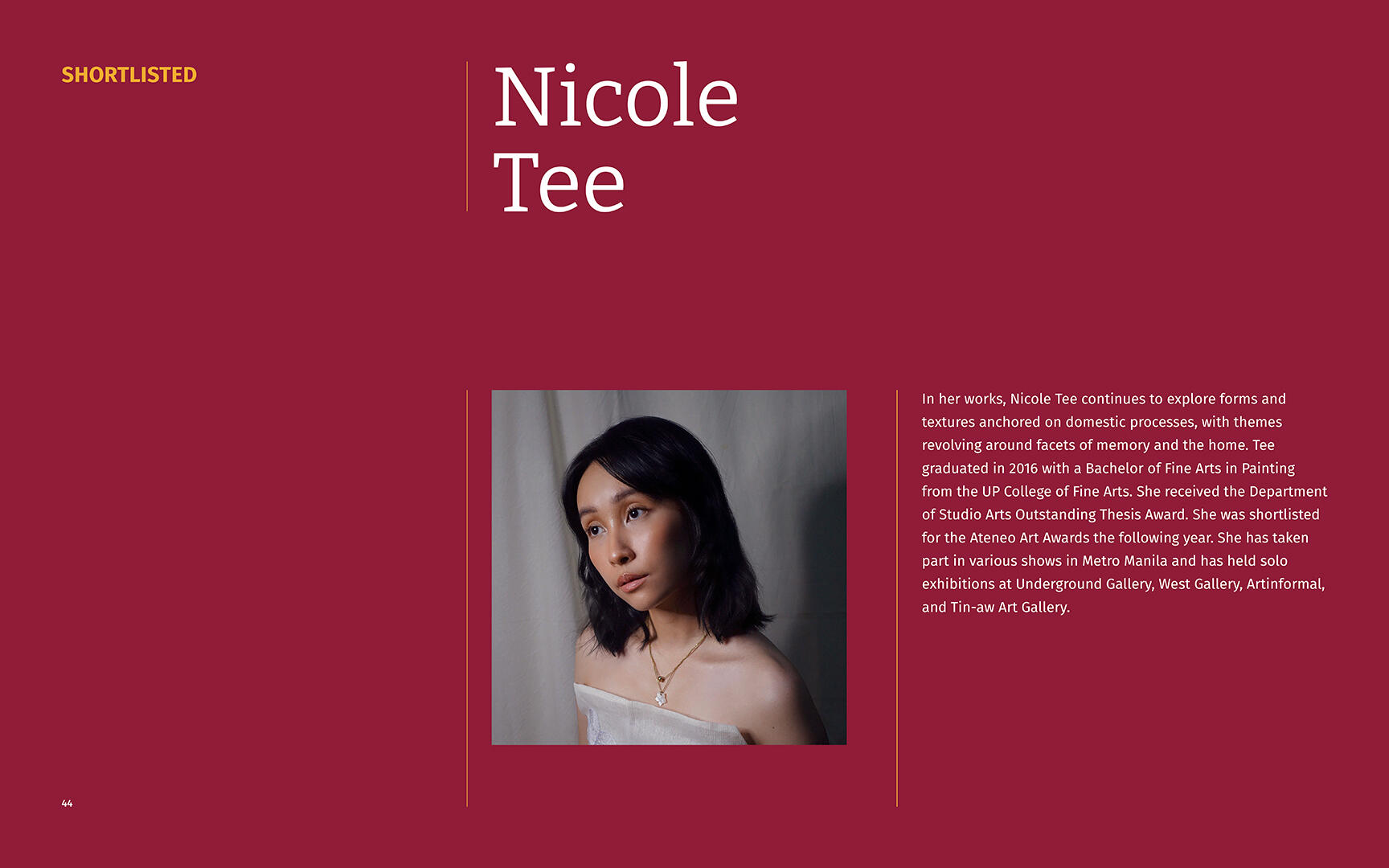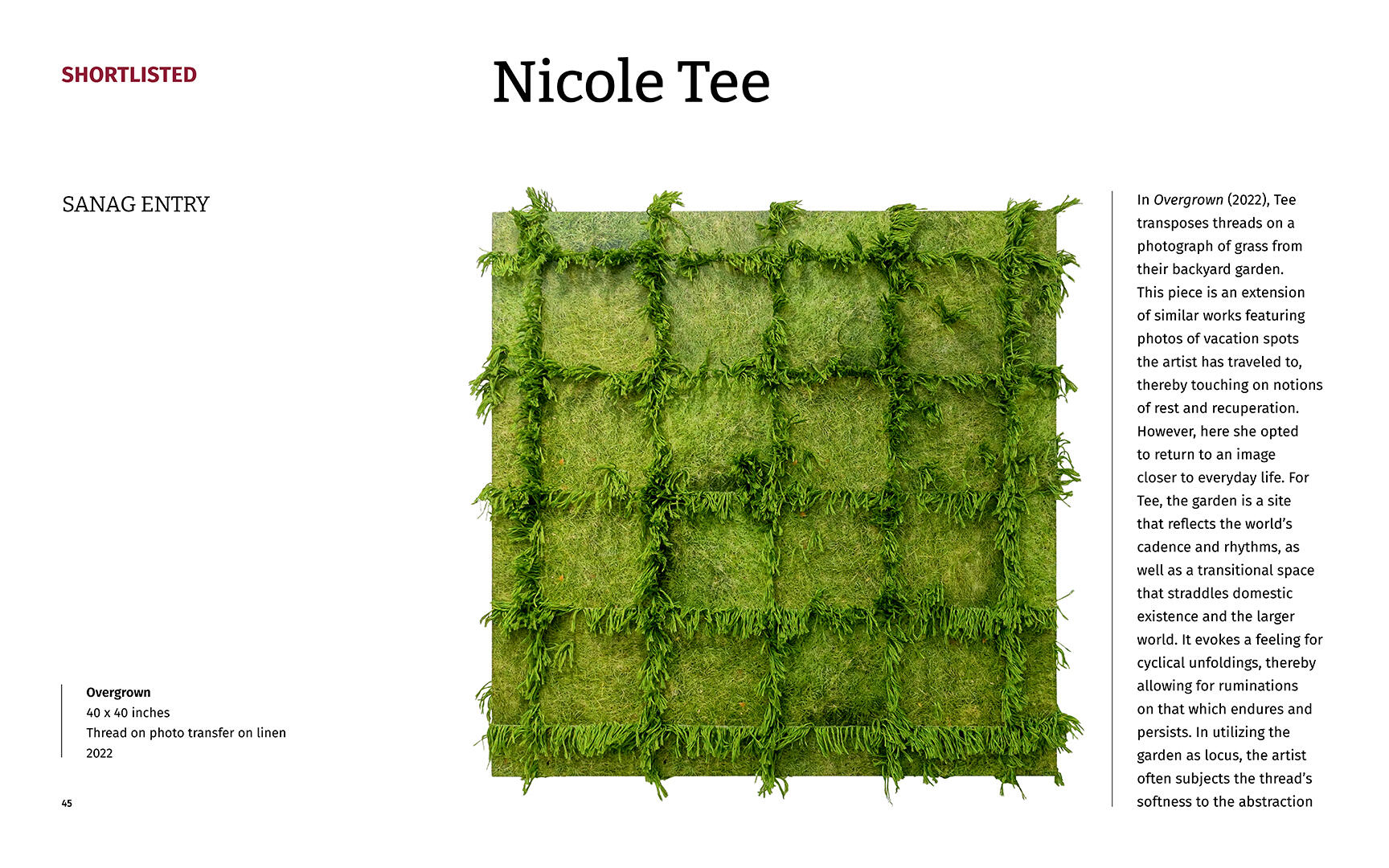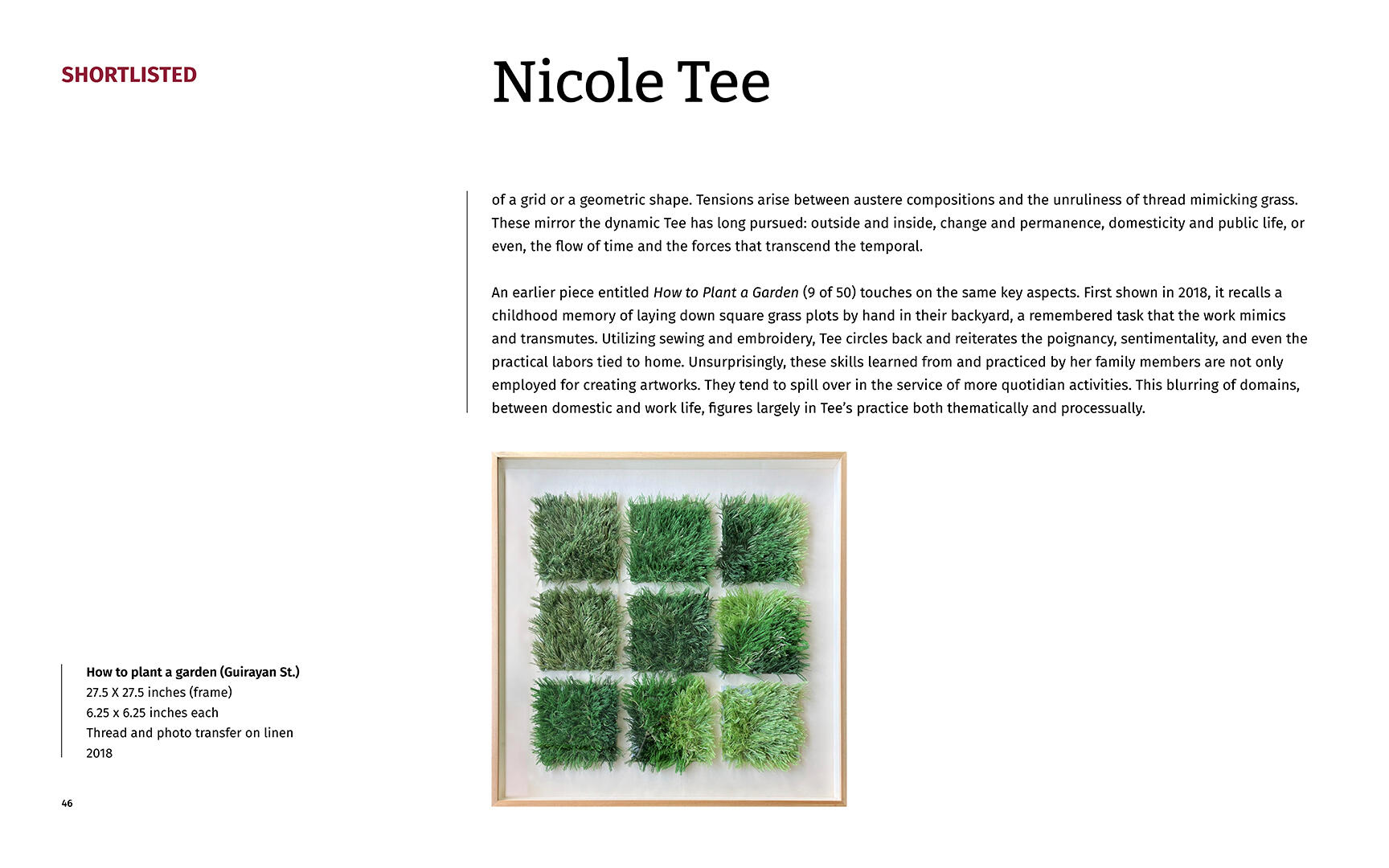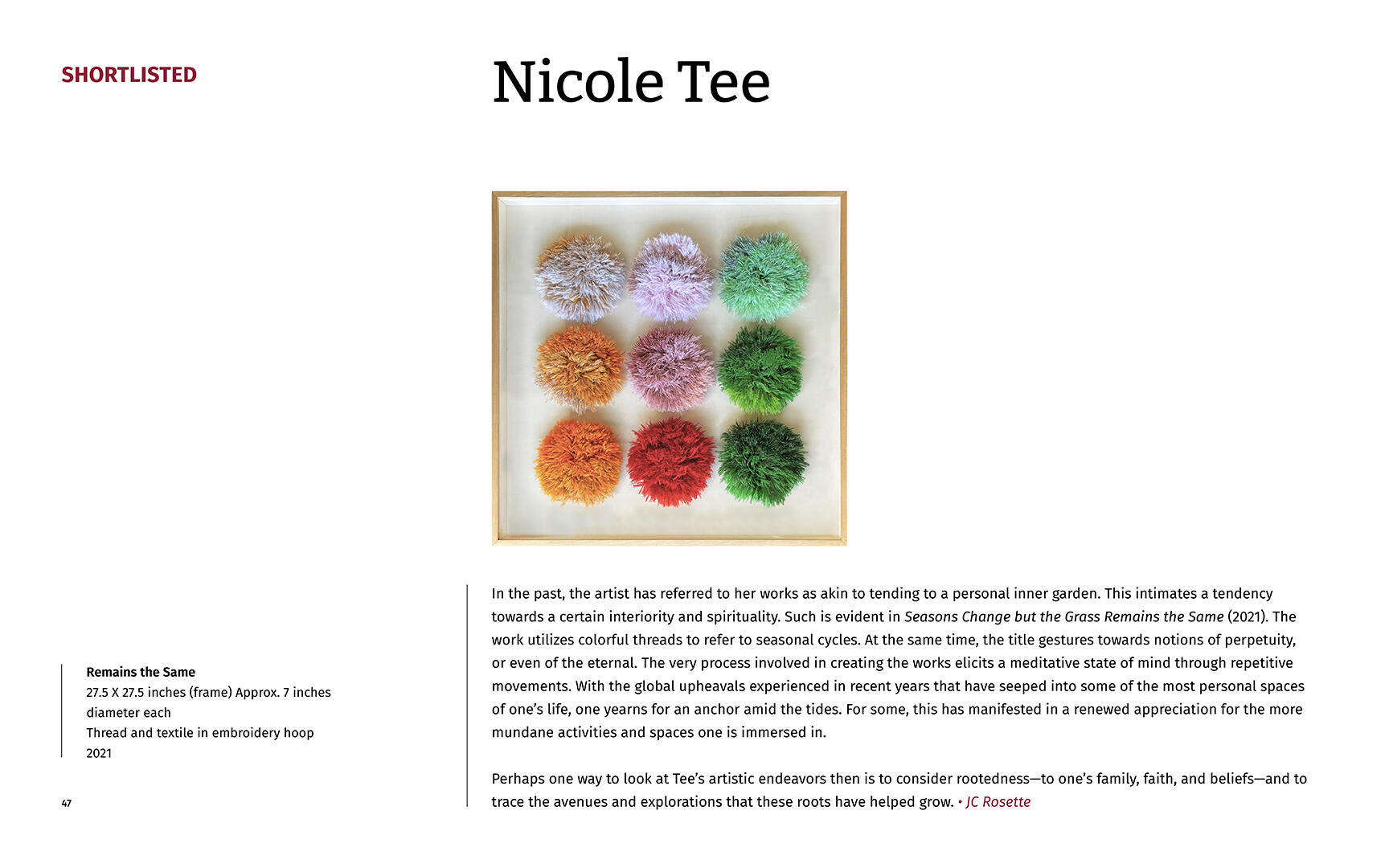Nicole Tee
visual artist from manila, philippines
Major Exhibitions

TWO-WOMAN EXHIBITION: PATTERN PLAY

SOLO EXHIBITION: A SHORT VISIT: THE FLOWERS ALONG THE WAY

SOLO EXHIBITION: the house allows one to dream in peace

SOLO EXHIBITION: Whatever Things Are Lovely

SOLO EXHIBITION: To everything there is a season

TWO-MAN EXHIBITION: home is not an address you memorize

SOLO EXHIBITION: Peeking Out from Under the Blanket

SOLO EXHIBITION: A Few of My Favorite Things

THREE-WOMAN EXHIBITION: Investigatory Projects

SOLO EXHIBITION: A Glimpse of a Field

SOLO EXHIBITION: Dwell

SOLO EXHIBITION: Cut from the Same Cloth

THESIS EXHIBITION: Quiet Punctuations

TWO-WOMAN EXHIBITION: Parsed
Group Exhibitions
Other
Other Works

Recovery during Springtime (After Kiitty Kaburo) - Thread and photo transfer on linen - 3 x 3 feet - 2022

Summer Walk (Diliman, 2022) - Thread and photo transfer on linen - 3 x 3 feet - 2022

Gibbous - Oil on canvas - 12 x 12 inches - 2022

Sunshine - Oil on canvas - 3 x 4 feet - 2022

Warmth (After Kitty Kaburo) - Thread and photo transfer on linen - 4 x 6 feet - 2022

Another Summer Memory (Negros 2019) - Thread and photo transfer on linen - 4 x 6 feet - 2022

In the Middle of the Sea (Bohol 2020) - Thread and photo transfer - 30 inches diameter - 2022

A House with White and Blue Blooms - Thread, textile, and photo transfer - 8.5 x 6 inches, 12.5 x 10.75 inches (FS) - 2022

I Took My Time to Smell the Flowers Along the Way - Oil on canvas - 2 x 4 feet - 2020-2021

Before and After (Bundle Dye) - 4-color risograph - 8 x 5.5 inches (each) Edition of 14 - 2021

More Line Between - Mixed media - 2016

Lines Between - Mixed media - 8.5 x 9.5 inches - 2016
For Series
works made for friends
FOR ZEAN: Selected works from from Baby Mountains and Landscape Blankets series - Thread, textile, buttons on paper in textile boxes - approx. 6 x 4.25 inches each (postcard) - 2020

FOR MIGUEL: Flower Arrangements - Dried flowers and embroider on textile - 14.5 x 16.5 inches (FS) - 2020

FOR LING: Letters to Ling - Embroidery, textile on paper and textile envelope - 4 x 6 inches, 4.5 x 6.25 inches - 2020

FOR ELLA: Flower Patch (Blue and Pink Hybrids) - Mixed media - 8 x 8 inches - 2020

FOR AYKA: In This Home, Flowers Bloom - Mixed media - Variable - 2020

FOR JEF: Dead Inside - Thread, dried grass, box - 2018 (photo courtesy of Jef)

FOR HENRIELLE: 11B Araneta Subd - Thread and photo transfer on linen - 1 x 1 inch - 2018 (1 peso coin for scale) (photo courtesy of Henrielle)

FOR GALE: Poaceae - Mixed media - Variable - 2016
Plot the Riles
Project Bakawan Arts Festival
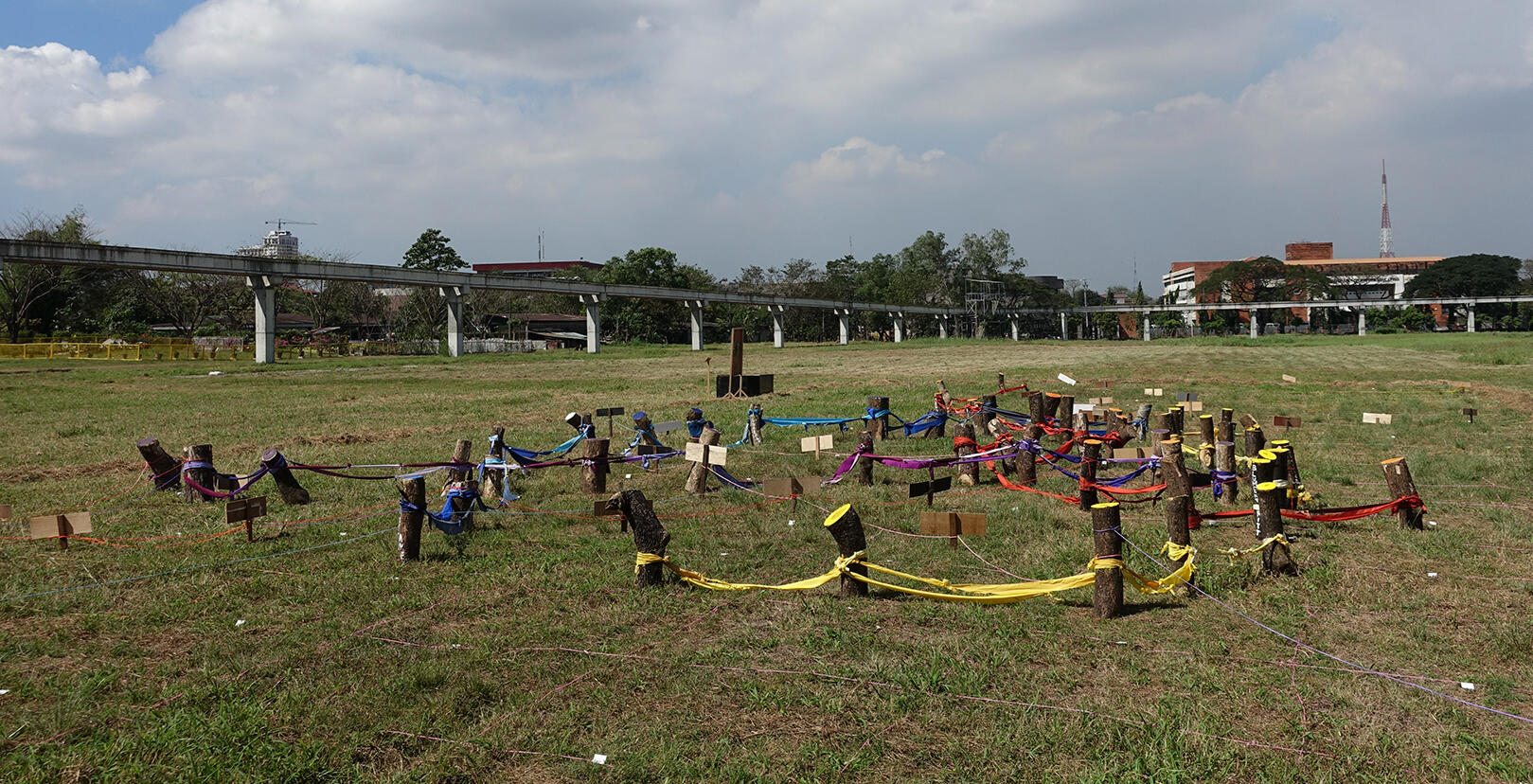
A Forum and Participative Installation on the Philippine Railway System
13 February 2015
Conceptualized and spearheaded by:
Nicole Tee, Nathalie Dagmang, and JC Rosette.Write-up:
"Plot the Riles: A Forum and Participative Installation on the Philippine Railway System” aims to depict the existing railway lines in the Philippines and expose its limitations in providing Filipinos the mass transportation system that the country needs for a long-term and inclusive economic development. The installation component of the work consists of large-scale, color-coded lines or networks, tracing the different routes of the train systems in the country, across the site of the Automated Guideway Transit (AGT) prototype. The participative aspect of the installation will enable the viewers to propose future train routes that they see as important sites the trains should reach, based on the needs of the majority. A forum preceding the opening of the installation aims to contextualize the work, introduce the importance of the railway system as a mode of transportation in the Philippines, talk about the current issues regarding the MRT and LRT, and highlight the need for a collective effort in achieving a safe, sustainable, and accessible mass transportation system in the country.Project Rationale:
This piece of land beside the Automated Guideway Transit (AGT) is a very fitting site for an installation that will embody a vision of the future railway system for the Philippines.
The AGT is a monorail system developed by the Department of Science and Technology (DoST) first being tested in the University of the Philippines, Diliman. This was designed to serve as a prototype of the future mass transport for the Philippines: a cost-effective, safe, and environment-friendly railway system. The project aims to relieve the congestion of urban areas by providing a faster and more affordable transportation to and from rural regions.The existence of railroads also proves of a valuable government service and a robust economy as it is one of the most efficient mass transportation systems that could bring social services to the people: the workers to their workplaces, the students to their schools, the patients to the public hospitals, and our daily goods to their designated marketplaces.It may be unknown to many, but railroads in the Philippines have already been in existence since 1891 and have been operational for more than 120 years. Due to wars and natural calamities, more than half of the Philippine National Railways (PNR) were destroyed. In the 1970s, the government started to channel its labor and resources to the development of (the relatively more profitable) highways and airlines, further reducing its efforts in restoring and improving on our railway systems.There were rehabilitation attempts from the past administrations, while the current Aquino administration promises to develop PNR and its infrastructures. But for years, we have only seen minor improvements and minimal expansions in our railway system, despite the Department of Transportation and Communication being one of the government agencies that are given the highest budget allocations. Worse, we are witnessing more and more train-related accidents (the recent MRT3 accident and endless reports on the deteriorating facilities of trains) and the doubling of MRT and LRT fares, making the railway system more unsafe to use and inaccessible to the majority.
In response to these issues, this installation will depict the existing railway lines in the Philippines and expose its limitations in providing Filipinos the mass transportation system that the country needs for a long-term and inclusive economic development.The interactive aspect of the work will enable the viewers to propose future train routes that they see as important sites that the trains should reach based on the needs of the majority.A forum will also accompany the installation so as to inform the participants about the issues stated above, and the need for a collective effort in acquiring an efficient, safe, sustainable and accessible mass transportation system in the Philippines.
Publicity materials
Installation view
Forum (images courtesy of Nathalie Dagmang)
Viewers participation on opening day (images courtesy of Nathalie Dagmang)
Proposed train stations by viewers
Group Exhibitions
2024

Wrapping and Unwrapping (Indigo) - Oil on canvas, Naturally-dyed fabric - 4 x 3 feet, 36.75 x 36.75 inches - 2024 for "When Things Are Quiet", Mark Bumgarner Studio

Wrapping and Unwrapping (Weld and Logwood) - Oil on canvas, Naturally-dyed fabric - 4 x 3 feet, 36.75 x 36.75 inches - 2024 for "When Things Are Quiet", Mark Bumgarner Studio

Blooming - Oil on canvas - 12 x 9 inches - 2024 for "12 x 9 x 35", West Gallery (photo courtesy of West Gallery)

Blooming - Oil on canvas - 12 x 9 inches - 2024 for "12 x 9 x 35", West Gallery (photo courtesy of West Gallery)

Blooming - Oil on canvas - 12 x 9 inches - 2024 for "12 x 9 x 35", West Gallery (photo courtesy of West Gallery)

Blooming - Oil on canvas - 12 x 9 inches - 2024 for "12 x 9 x 35", West Gallery (photo courtesy of West Gallery)

Blooming - Oil on canvas - 12 x 9 inches - 2024 for "12 x 9 x 35", West Gallery (photo courtesy of West Gallery)

Blooming - Oil on canvas - 12 x 9 inches - 2024 for "12 x 9 x 35", West Gallery (photo courtesy of West Gallery)

Bunch of Flowers (Polka Dots) - Oil on canvas - 5 x 4 feet - 2024 for "ALT Philippines 2024", West Gallery

Bunch of Flowers (White Blooms) - Oil on canvas - 5 x 4 feet - 2024 for "ALT Philippines 2024", West Gallery

Bunch of Flowers (Strawberries) - Oil on canvas - 5 x 4 feet - 2024 for "ALT Philippines 2024", West Gallery
Group Exhibitions
2023

Life, uh, finds a way (After Zean Cabangis) - Thread and photo transfer on linen - 4 x 6 feet - 2023 for "Un/Happy Endings", The Drawing Room

The Flower that Blooms in Adversity - Fabric flowers and photo transfer on linen - 4 x 3 feet - 2023 for "There are always flowers for those who want to see them", West Gallery

Everlasting - Organza, floral wire, embroidery thread and hand-guided machine embroidered linen bouquet bags - Approx 27 x 14 x 12 inches (each) - 2023 for "Come/Home", Gravity Art Space

Nanay's Everlasting Flowers - Found crochet offcuts, floral wire, embroidery thread and cones of crochet thread - Approx 14 x 4 x 4 inches, approx 11 x 4 x 4 inches - 2023 for "Come/Home", Gravity Art Space

Study #2 (Blue) - Oil on canvas - 24 x 18 inches - 2023 for "Xavier School Art Fest 2023", West Gallery

Study #2 (Pink) - Oil on canvas - 24 x 18 inches - 2023 for "Xavier School Art Fest 2023", West Gallery

Study #2 (Red) - Oil on canvas - 24 x 18 inches - 2023 for "Xavier School Art Fest 2023", West Gallery
Group Exhibitions
2022

Flowering Patch 1 - Yarn, embroidery hoop, naturally dyed textile and buttons - 8 inches diameter - 2022 for "Beneath the Common Surface", Kaida Contemporary

Flowering Patch 2 - Yarn, embroidery hoop, naturally dyed textile and buttons - 8 inches diameter - 2022 for "Beneath the Common Surface", Kaida Contemporary

Flowering Patch 3 - Yarn, embroidery hoop, naturally dyed textile and buttons - 5.5 inches diameter - 2022 for "Beneath the Common Surface", Kaida Contemporary

Flowering Patch 4 - Yarn, embroidery hoop, naturally dyed textile and buttons - 5.5 inches diameter - 2022 for "Beneath the Common Surface", Kaida Contemporary

Flowering Patch 5 - Yarn, embroidery hoop, naturally dyed textile and buttons - 5.5 inches diameter - 2022 for "Beneath the Common Surface", Kaida Contemporary
Group Exhibitions
2021
Group Exhibitions
2020

Building a Tiny Home - Thread and photo transfer on linen on wood and wooden blocks - Variable - 2020 for "a. Play b. Work c. ____", West Gallery (photo courtesy of West Gallery)

He Loves Me, He Loves Me Not - Dried flowers and embroidery on canvas - 32 x 26 inches (FS) - 2020 for "Searching Sanctuary", Silverlens Gallery (photo courtesy of Silverlens Galleries)

Flower Arrangements - Dried flowers and embroidery on canvas - 16.5 x 14.5 inches (FS) (each) - 2020 for "ALT Philippines 2020" (photo courtesy of West Gallery)

Flower Arrangements - Dried flowers and embroidery on canvas - 16.5 x 14.5 inches (FS) (each) - 2020 for "ALT Philippines 2020" (photo courtesy of West Gallery)

Flower Arrangements - Dried flowers and embroidery on canvas - 16.5 x 14.5 inches (FS) (each) - 2020 for "ALT Philippines 2020" (photo courtesy of West Gallery)

Flower Arrangements - Dried flowers and embroidery on canvas - 16.5 x 14.5 inches (FS) (each) - 2020 for "ALT Philippines 2020" (photo courtesy of West Gallery)

Flower Arrangements - Dried flowers and embroidery on canvas - 16.5 x 14.5 inches (FS) (each) - 2020 for "ALT Philippines 2020" (photo courtesy of West Gallery)

Flower Arrangements - Dried flowers and embroidery on canvas - 16.5 x 14.5 inches (FS) (each) - 2020 for "ALT Philippines 2020" (photo courtesy of West Gallery)
Group Exhibitions
2019

Summer Break (Negros 2019) - Thread and photo transfer on linen - 4 x 6 feet - 2019 for "To Scale", West Gallery (photo courtesy of West Gallery)

Happy Birthday 2020 - Dried flowers, thread, canvas and pen on paper - 6 x 4 inches (each) - 2019 for "Anyway Anyhow Anywhere", Underground Gallery

When I Grow Up - Doll dresses - 41 x 30.5 inches (FS) (each) - 2019 for "Impasse", Tin-aw Art Gallery

Patch of Grass - Thread, photo transfer, wood - 10 x 10 x 7 inches - 2019 for "Ai x Aphro BangkoXBangkito", Aphro

Even Mountains Are Delicate - Oil on canvas - 4 x 6 feet - 2019 for "WXXX", West Gallery (photo courtesy of West Gallery)

Little Black Dress - Dress sewn by artist, handwritten note - 2019 for "blackgreywhite", Underground Gallery

Filling the Gaps - Thread and photo transfer on linen - 35.5 x 48 inches - 2019 for "Art Fair Philippines 2019", West Gallery (photo courtesy of West Gallery)

In Between the View and You - Instax, stained plexiglass - 8.5 x 8.5 inches (FS) - 2019 for "Art Fair Philippines 2019", Silverlens Galleries (photo courtesy of Silverlens Galleries)

In Between the View and You - Instax, stained plexiglass - 8.5 x 8.5 inches (FS) - 2019 for "Art Fair Philippines 2019", Silverlens Galleries (photo courtesy of Silverlens Galleries)

In Between the View and You - Instax, stained plexiglass - 8.5 x 8.5 inches (FS) - 2019 for "Art Fair Philippines 2019", Silverlens Galleries (photo courtesy of Silverlens Galleries)

In Between the View and You - Instax, stained plexiglass - 8.5 x 8.5 inches (FS) - 2019 for "Art Fair Philippines 2019", Silverlens Galleries (photo courtesy of Silverlens Galleries)

In Between the View and You - Instax, stained plexiglass - 8.5 x 12.5 inches (FS) - 2019 for "Art Fair Philippines 2019", Silverlens Galleries (photo courtesy of Silverlens Galleries)

In Between the View and You - Instax, stained plexiglass - 8.5 x 12.5 inches (FS) - 2019 for "Art Fair Philippines 2019", Silverlens Galleries (photo courtesy of Silverlens Galleries)
Group Exhibitions
2018

Fall, Winter, Spring - Woven yarn and fabric - 2 x 3 feet (each) - 2018 for "Death Cleaners", Artinformal

Palette - Cotton threads dyed with food - 2018 for "To Eat is to Survive to be Hungry", 1335Mabini

Self-Help - Unravelled canvas thread on canvas - 37 x 27 inches (FS) - 2018 for "Art Fair Philippines 2018", Finale Art File

Imitation Exercise (Blue and White Knots) - Textile, thread and photo transfer on lines - 15 x 19.5 inches (FS) - 2018 for "Art Fair Philippines 2018", West Gallery (photo courtesy of West Gallery)

Imitation Exercise (Monochrome Plaid) - Textile, thread and photo transfer on lines - 15 x 19.5 inches (FS) - 2018 for "Art Fair Philippines 2018", West Gallery (photo courtesy of West Gallery)

Imitation Exercise Behind the Scenes (Green) - Textile, thread and photo transfer on lines - 15 x 19.5 inches (FS) - 2018 for "Art Fair Philippines 2018", West Gallery (photo courtesy of West Gallery)

Imitation Exercise Behind the Scenes (Pink) - Textile, thread and photo transfer on lines - 15 x 19.5 inches (FS) - 2018 for "Art Fair Philippines 2018", West Gallery (photo courtesy of West Gallery)

Mommy and Me - Thread and photo transfer on linen collaboration with artist_s mother - 22.5 x 17 inches (FS) - 2018 for "Home Making", West Gallery (photo courtesy of West Gallery)

Mommy and Me - Thread and photo transfer on linen collaboration with artist_s mother - 22.5 x 17 inches (FS) - 2018 for "Home Making", West Gallery (photo courtesy of West Gallery)

Mommy and Me - Thread and photo transfer on linen collaboration with artist_s mother - 22.5 x 17 inches (FS) - 2018 for "Home Making", West Gallery (photo courtesy of West Gallery)
Group Exhibitions
2017

Pretend - Crumpled inkjet print on Hahnemuhle paper - 12.5 x 18.5 inches - 2017 for "Merry Christmas (I Don’t Want To Fight Tonight)", Underground

There Used To Be A View - Assemblage - 39.25 x 33.5 x 8 inches - 2017 for "MOspace X Over Photography", MOSpace (photo courtesy of MO_Space)

Everyone Came To See Her - Mixed media - 21 x 15.5 inches (FS) - 2017 for "New Works for The Mona Lisa Project", West Gallery (photo courtesy of West Gallery)
Group Exhibitions
2016

Hazy - Digital photograph, plexiglass - 24.4 x 34.1 cm (FS) - 2016 for "Ghosting", West Gallery (photo courtesy of West Gallery)

Hazy - Digital photograph, plexiglass - 24.4 x 34.1 cm (FS) - 2016 for "Ghosting", West Gallery (photo courtesy of West Gallery)

Hazy - Digital photograph, plexiglass - 24.4 x 34.1 cm (FS) - 2016 for "Ghosting", West Gallery (photo courtesy of West Gallery)

Hazy - Digital photograph, plexiglass - 24.4 x 34.1 cm (FS) - 2016 for "Ghosting", West Gallery (photo courtesy of West Gallery)

Untitled

Hazy - Digital photograph, plexiglass - 24.4 x 34.1 cm (FS) - 2016 for "Ghosting", West Gallery (photo courtesy of West Gallery)

Filter - Transparency sticker on plexiglass - 12 x 9 inches - 2016 for "Art Fair Philippines 2016", West Gallery (image courtesy of West Gallery)

It's Everywhere - Mixed media - 12 x 9 inches - 2016 for "Art Fair Philippines 2016", West Gallery (image courtesy of West Gallery)

This Is Still Home - Mixed-media - 12 x 9 inches - 2015 for "Art Fair Philippines 2016", West Gallery (image courtesy of West Gallery)

Vanishing Landscapes - Instax - 12 x 9 inches - 2016 for "Art Fair Philippines 2016", West Gallery (image courtesy of West Gallery)
Pattern Play
Finale Art File
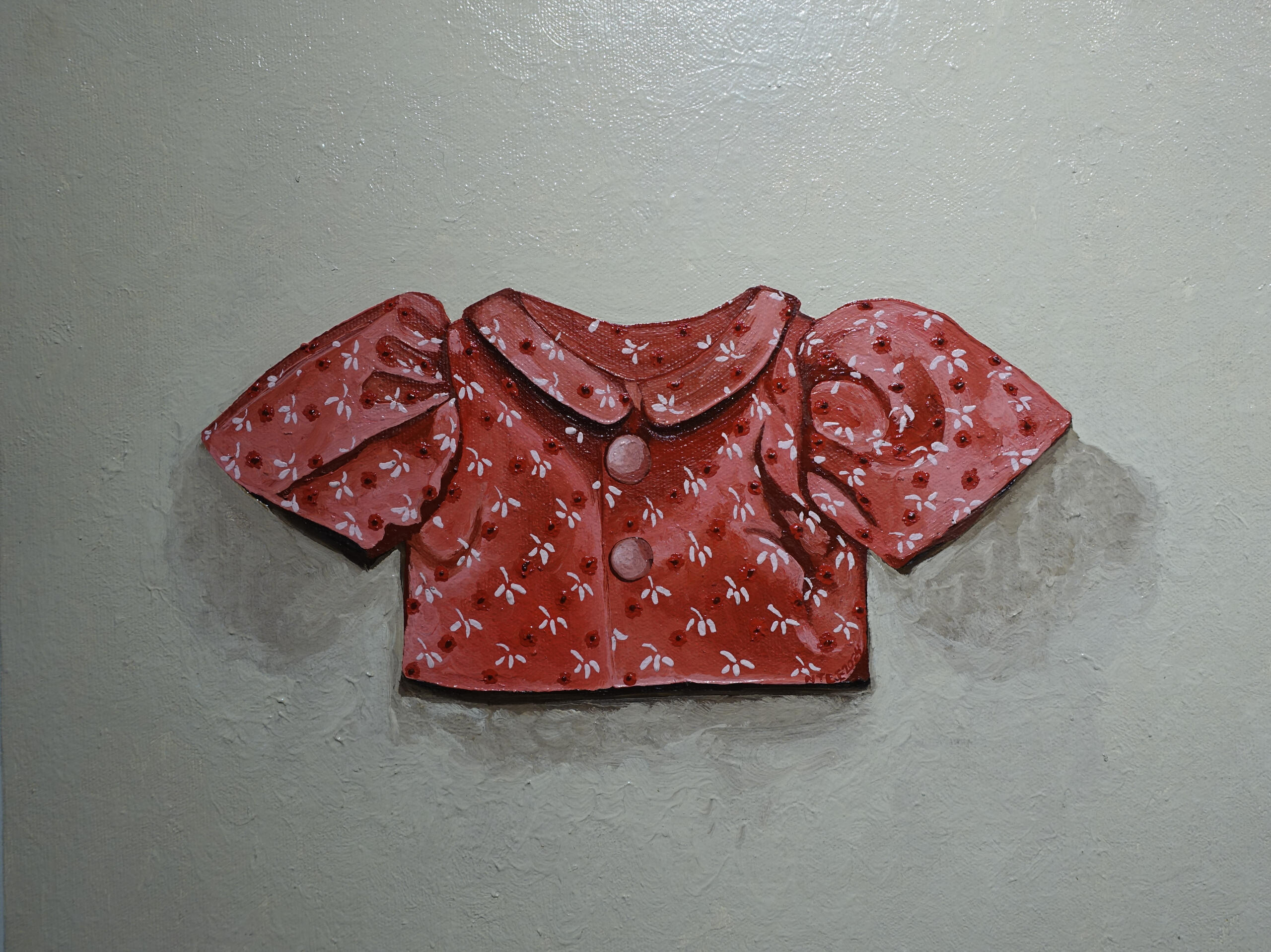
Two-woman exhibition with Yasmin Sison30 August — 23 September 2024
Pattern Play begins with a book of patterns. More precisely, a book of patterns for 18-inch dolls’ clothes. In this two-man show by Yasmin Sison and Nicole Tee, the two interrogate the role of “play” in art, as well as within a broader experience in their own lives and beyond them.The concept of “play” has often factored into both artists’ bodies of work as a form of resistance to the status quo. Sison focuses on perceiving joy as resistance to the ills of the world. Her work often has an undercurrent of playfulness, more visually obvious in some than in others, as is the case with her collages and miniatures, which are often rendered in vibrant colour and playful shapes and compositions. For Tee, her inclusion of craft in her pieces — or, rather, paying reverence to it as a primary aspect of her practice — is a dedicated move towards slow living. It becomes a direct rejection of the fast pace of life today, with the constant need to move and keep up with trends that change faster than one could adopt the latest one. Tee’s approach to art-making is an extension of her interior life, where she goes indoor rock-climbing, sews her own clothes, and walks among more nature-filled environments, effectively slowing down her own consumption of both the physical and digital, and offering respite from responsibilities that come with adulthood.Based on doll part patterns in old books, Sison’s series of collages for this exhibition are all in the stage of “becoming”. Cut and printed using a variety of printing techniques, these elements are collaged together with cut-outs from other children’s books. Rather than viewing this exercise as being stunted in one’s past state as a child playing with dolls, the joy derived from the act, in spite of all else wrong in the world, is what is at play here.Sison invited Tee to the two-man show, led by her curiosity at how the other artist would utilise these patterns, as Tee is an avid sewer and Sison is not. Another act of subversion: Tee’s diptychs, entitled, “I want to be _____” is a rejection of the phrase children often use to dream up a future career, a glimpse into a future that seems inevitably linked to being a part of the machinery of everyday capitalism. Instead, Tee selects characters, rather than occupations, that characterised childhood and girlhood. Each diptych is composed of illustrations of the clothes pattern, each one sewn by Tee using scrap fabric and off-cuts from her own sewing projects, and used as a reference for the painting of the finished garment paired with the illustration. The combination calls to mind the way these patterns are represented in these instructional diagrams.Ultimately, both artists’ works are their own responses to a variety of issues of modern life: looking for joy in the face of chaos, rejecting participation in the machination of capitalism, insisting on living slowly and carefully, and finding fulfillment and satisfaction in these small, rebellious acts.— Carina Santos

I want to be a ballerina - Oil on canvas / Thread on fabric - 24 x 18 inches / 24.75 x 20.75 inches (diptych) - 2024

I want to be a girl in a blue jumper - Oil on canvas / Thread on fabric - 24 x 18 inches / 24.75 x 20.75 inches (diptych) - 2024

I want to be a bumblebee - Oil on canvas / Thread on fabric - 24 x 18 inches / 24.75 x 20.75 inches (diptych) - 2024

I want to be a girl in a garden dress - Oil on canvas / Thread on fabric - 24 x 18 inches / 24.75 x 20.75 inches (diptych) - 2024

I want to be a girl in a pink swimsuit - Oil on canvas / Thread on fabric - 24 x 18 inches / 24.75 x 20.75 inches (diptych) - 2024

I want to be a girl in a sailor dress - Oil on canvas / Thread on fabric - 24 x 18 inches / 24.75 x 20.75 inches (diptych) - 2024

I want to be a girl in a spring blouse - Oil on canvas / Thread on fabric - 24 x 18 inches / 24.75 x 20.75 inches (diptych) - 2024

I want to be a girl in a summer dress and hat - Oil on canvas / Thread on fabric - 24 x 18 inches / 24.75 x 20.75 inches (diptych) - 2024
photos courtesy of Finale Art File
a short visit: the flowers along the way
Blanc Gallery
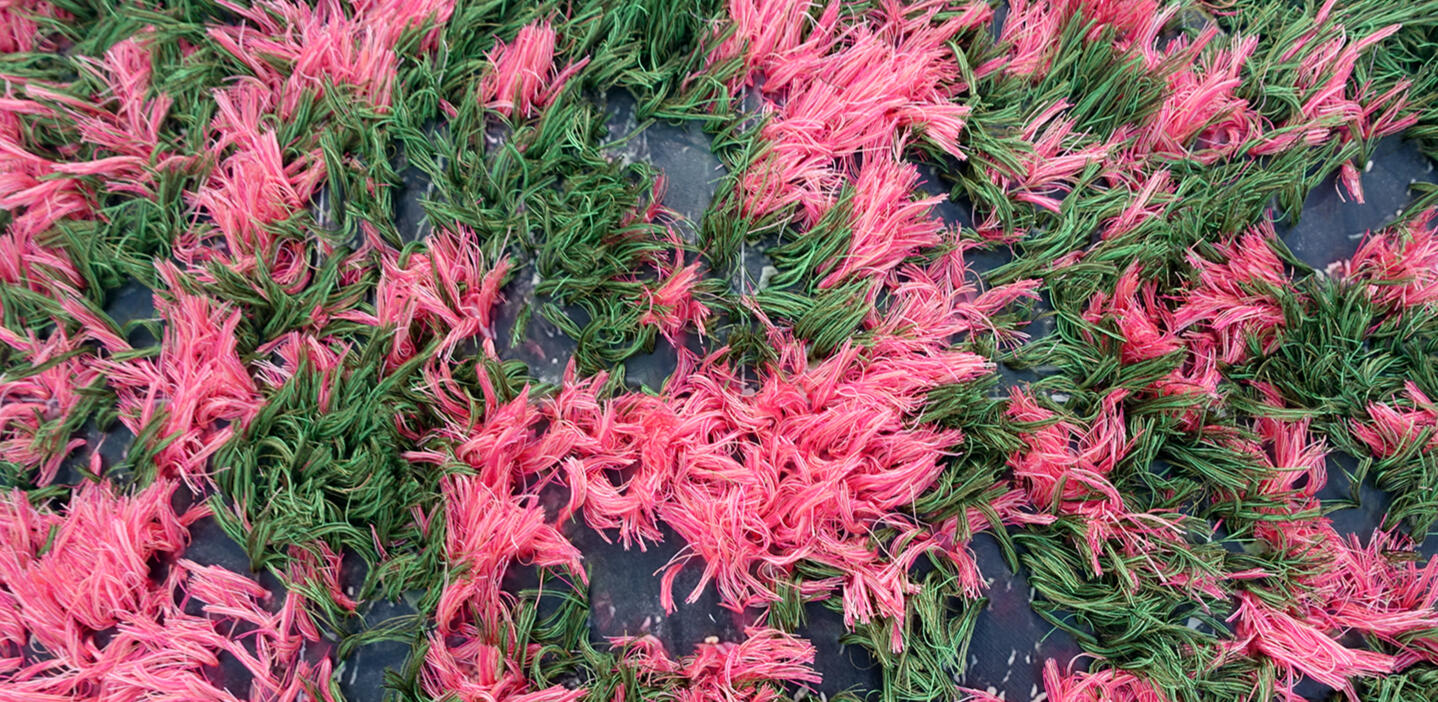
Solo exhibition6 — 27 July 2024
“You’re only here for a short visit. Don’t hurry, don’t worry. And be sure to smell the flowers along the way.” — Walter HagenTypical response to being chronically online. “Touch some grass,” often used derisively to indicate a person’s detachment from reality, is turned on its head, with Tee’s sentiment of making this moment of disengagement precious.Faithful to her ethos as an artist, Tee embraces the deliberate act of slowing down and savoring the process of discovery and reflection. Taking a break from painting, her process here required stepping out into nature, engaging in new activities, and opening herself up to new experiences. Tee gathered snapshots of quiet scenery, from nature, in contrast to the world in turmoil and the incessant exposure to the ails of the world from doomscrolling.In a short visit, Tee has frozen these quiet scenes from nature using acrylic photo transfer. The act of taking photographs, selecting them, and memorializing these tiny monuments to daily life on a blank surface. These scenes are populated with foliage, embellished and stitched over by hand. Needlework requires putting a pause on the busyness of life, calling for disengagement and focused work. Tee’s process is, in a way, a forced meditation, providing a brief escape from a fast-moving world.Complementing the organic shapes of these stitches that bear the gestures of the artist’s hands are the imperfect recapturing of these photo transfers, which create a formalized and fragmented grid structure.Tee’s new body of work is an autobiographical geography of the spaces she traversed, as well as a peek into the spaces other bodies have occupied. “The Flowers Along the Way I and II”, “More Flowers Along the Way,” and “For a Little While” feature images that were taken on her walks in UP Diliman, which is one of the few nature reserves close to her home that provides a retreat for Tee. Depicting flower bushes sprawling over the fence, “The Flowers Along the Way I and II” — the titular pieces of this show — opens the images up to textile flowers and thread.“For a Little While” postures as a window overlooking a view. An incidental shot, this piece features a larger view of the sun shining through the trees rather than the initial planned subject of the kapok trees in the campus. As though looking through weathered glass, we see only a partial view of the image, illuminated by the sun’s focused gaze.Although these moments can seem solitary and isolated, sharing photographs leads to seeing friends’ interior lives and looking at the world through their eyes. “Golden (After Julia Barrameda)” was created after an image shot by Tee’s very close friend, Julia, on a road trip she had taken along the Pacific West Coast. The image is a reflection of how Tee views her friend — “a ray of sunshine during a rainy or any type of day” — who loves the outdoors and possesses a fascination with light.Similarly, “Lush (After Kitty Kaburo)” is a way of seeing a view that was experienced by someone else. This image was created after the view from the hospital lobby that another one of Tee’s friends, Kitty, witnessed while accompanying her mother. She had said that the view had made staying in the hospital more bearable, and that it was a fun sight to see.There is no denying that the world as we know it is in disarray, and there is no real escape from it. Taking brief pauses to appreciate the small moments that make life beautiful, however, is often a much needed reminder of what makes life so precious and special. With a short visit, Tee provides us with a bit of reprieve from the external chaos; a respite where we are moved to touch some grass and maybe find flowers to smell along the way.— Carina Santos

Flowers Along the Way I - Thread and photo transfer on linen - 4 x 3 feet - 2024

Flowers Along the Way II - Thread and photo transfer on linen - 4 x 3 feet - 2024_1

Golden (After Julia Barrameda) - Thread and photo transfer on linen - 4 x 6 feet - 2024

Lush (After Kitty Kaburo) - Thread and photo transfer on linen - 48 x 45 inches - 2024

More Flowers Along the Way - Thread and photo transfer on linen - 3 x 2 feet - 2024

For A Little While - Stained plexiglass, photograph, frame - 23.5 x 35.5 inches - 2024
the house allows one to dream in peace
Finale Art File
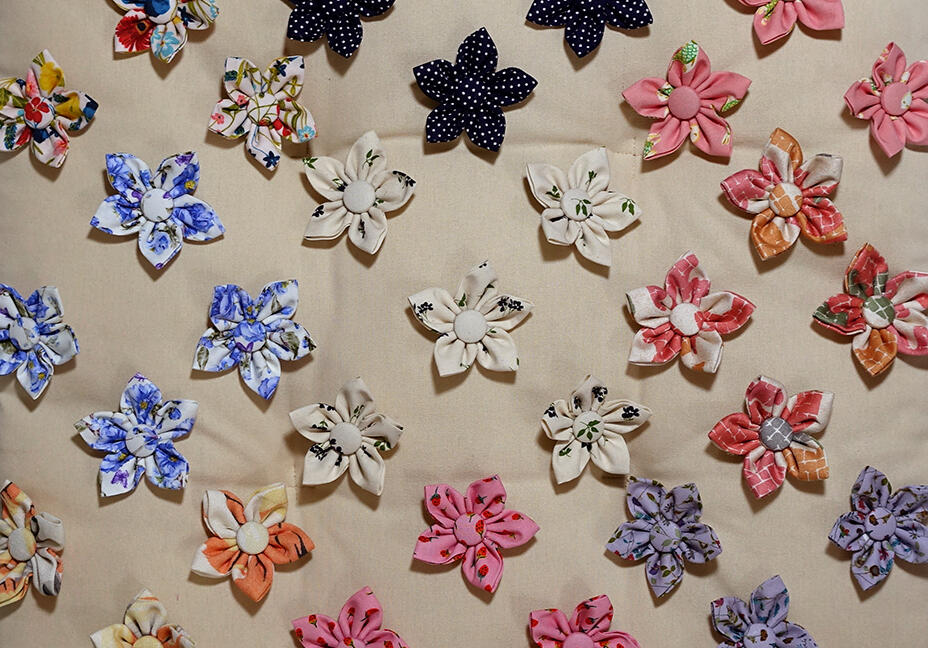
Solo exhibition29 September — 23 October 2023
Continuing her meditation on the immediacy of short-form content and the internet — and how the speed and mindlessness of consumption affects her and her practice — Nicole Tee looks to slowness and comfort in her recent solo exhibition, the house allows one to dream in peace. The title — taken from Gaston Bachelard’s The Poetics of Space — contemplates the sanctuary provided by a space, as well as the idea that space is a reflection of the inner workings of one’s mind.Bachelard’s thesis dives into the reciprocality of our impressions on a space, filling it with spirit and meaning, and the space’s impression on our imaginations, evoking what memory, energy, feeling has been put in. In simple terms, it is a reflection of the occupant’s soul. As such, Tee’s exhibition leans into the calm of her still life arrangements. Withdrawing from the busyness of everyday life, the space created by her art practice (and in the deliberate slowing down of making) becomes her refuge.the house allows one to dream in peace resists the idea of homemaking and domesticity as practices that remain in the household. Traditionally feminine and confined to unwaged work, Tee’s methods and themes are often categorically relegated to craft. Homemaking is labour that is often unpaid and assigned to the woman. The inclusion of sewing and textile work in the art world are hard-won. Here, Tee pivots her usage of her textiles — an interest that has gone beyond her art practice and into dressmaking, among other things — and rather than creating a tableau that depicts a landscape (which is a traditionally more accepted form), zooms out and paints these soft sculptures as they are.Through these paintings and soft sculptures, Tee shares her world, though in a way that allows a comfortable distance. Arranged across the floor are her textile creations: the subject of the paintings that surround the space. In the house, Tee seeks to find balance between participating in and retreating from life as we know it. Sewing is a naturally slow process, and these works are a disciplined and deliberate practice in mindfulness, and a retreat from the pursuit of immediacy as well as the impatience that pervades Tee’s life.Bathed in neutrals — the colours Tee enjoys working with the most — the space is punctuated with pops of colour, likening them to wildflowers in a field. Wildflowers are a recurring motif in Tee’s work, recalling the signification of wildflowers as fleeting or fading away in the Bible. The impermanence of the wildflower is symbolic of the impermanence of man.the house embodies her life’s paradox, juggling between the impatience to achieve things due to fleetingness of her time on earth and her tendency to withdraw from the active pursuit of life. And this is the space she has made to reflect that. This place is her living room, her gardenscape, her refuge and retreat. This place is yours, too.— Carina Santos

Still Life: Rocks - Oil on canvas - 6 x 6 feet - 2023

Rocks - Fabric flowers on cotton linen and fiberfill - Approx. 12 x 12 x 12 inches - 2023

Rocks - Fabric flowers on cotton linen and fiberfill - Approx. 12 x 12 x 12 inches - 2023

Rocks - Fabric flowers on cotton linen and fiberfill - Approx. 12 x 12 x 12 inches - 2023

Still Life: Flower Bed - Oil on canvas - 6 x 6 feet - 2023

Flower Bed - Fabric flowers on cotton linen and fiberfill - 22 x 22 inches - 2023

Flower Bed - Fabric flowers on cotton linen and fiberfill - 14 x 14 inches - 2023

Flower Bed - Fabric flowers on cotton linen and fiberfill - 14 x 14 inches - 2023

Flower Bed - Fabric flowers on cotton linen and fiberfill - 7 x 7 inches - 2023

Flower Bed - Fabric flowers on cotton linen and fiberfill - 7 x 7 inches - 2023

Flower Bed - Fabric flowers on cotton linen and fiberfill - 7 x 7 inches - 2023

Flower Bed - Fabric flowers on cotton linen and fiberfill - 7 x 7 inches - 2023
Whatever Things Are Lovely
Underground Gallery
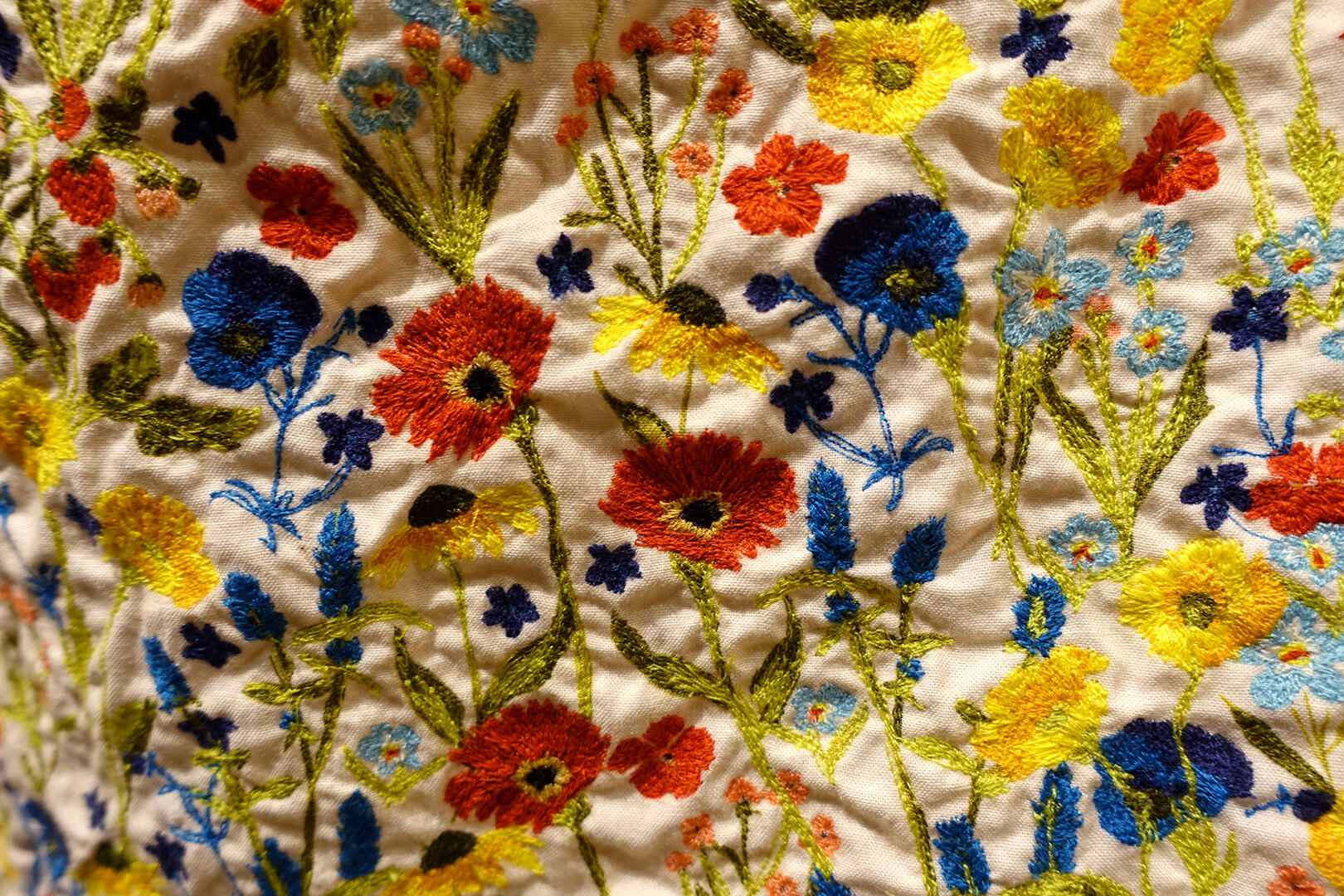
Solo exhibition7 — 28 June 2023
Whatever Things are Lovely presents Nicole Tee’s response against current susceptibilities to fleeting and perfunctory images. It’s an attempt to resist the often exciting but disorienting language of short-form content or the undistinguishable likeness of influencer-led trends. Of course, the artist herself isn’t immune to these things. And like others, these susceptibilities have elicited feelings of exasperation and ennui. Hence, the overwhelming need to move against prevalent modes of seeing and producing that has captured most of our days.Presenting works in threes, Tee translates works in textile, digital print on paper, and paint on canvas. As before, this process forces her to attend to the slowness of oil painting or the detailed devotion required of sewing. Here is repetition that extends the temporal gap between reproductions, insisting on a copy that isn’t instantaneous but instead, allows for space that can accommodate gradual changes and transformations. Ornamentation and texture are surfaced and earnestly recreated. In as much as Tee returns to these aspects in her visual language, they also serve as processual vehicles to help practice patience and steadfast mindfulness.The textile works show a range of processes, such as embroidery and natural dyeing, that Tee utilizes in other creative, homemaking endeavors. These textiles are photographed and reproduced on crumpled paper, translating their folds into another material’s creases. They similarly serve as basis for painted images of fabric-wrapped gifts (referencing the Japanese wrapping cloth or furoshiki), which by themselves elicit experiences of waiting. It is an imagery that holds gratification at bay, reveling in the anticipation of a thing that is hoped to be unexpected and lovely. Ultimately, Tee reiterates the value of choosing what to attend to or what to devote our hours for. It is an insistence to provide space for things that we find meaningful, that gives way to sincere reflection, and may allow for us a life that is felt and well-lived.— JC Rosette
To everything there is a season
West Gallery
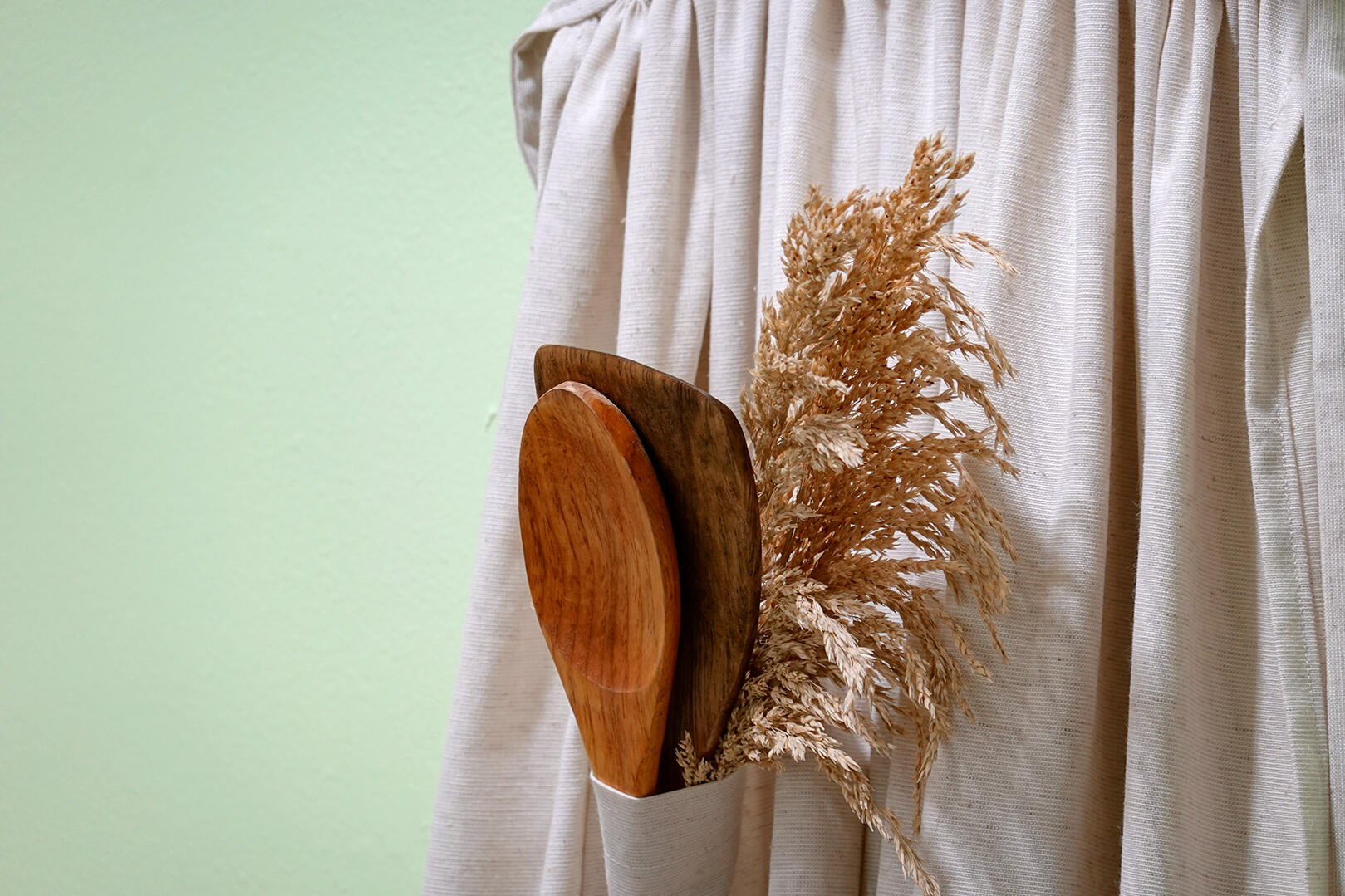
Solo exhibition20 October — 19 November 2022
A garden is a strange place. Transitional. Eschewing wildness, and yet, subject to temporal rhythms beyond our own. It is a place of pause, of hazy, indistinct hours that elicit reflection and recollection from the turbulence of time. The latter we often imagine to be rushing away, ever scarce and inadequate. But in the garden, it ebbs and flows in slower cadence, lilting and receding; a steady stream punctuated by bursts of bloom.If Nicole Tee similarly punctuates her works with the form and color of flora, she does so with one eye towards their fleetingness, towards their brief flourishing and unescapable withering. But notions of ephemerality often turn our thoughts towards the eternal. What endures in change? What persists through life’s seasons?And in view of eternity, why tend to a garden?Here is a constructed garden of thread, fabric, and paint. It is one rooted to a situated interiority, anchored to an inner, spiritual life. Tee’s visual language has often made use of objects and processes of domesticity— embroidered flowers on curtain, floral-patterned patches—even as she signals here towards landscapes. In this garden, cloth transforms into pleats of mountains under the heavens, or into grids of fields. Patterns of thread mimic constellations in the sky.Like most gardens it gestures towards an external world, even as it hopes to provide solace and refuge from this same world.In this offering, may the viewer find that which stands unchanging against the tides.— JC Rosette

That which is has already been, And what is to be has already been - Embroidery on voile - Approx. 62 x 50 inches - 2022

A time to mourn, And a time to dance - Oil on canvas - 5 x 5 feet - 2022

A time to keep silence, And a time to speak - Oil on canvas - 2 x 3 feet - 2022

A time to break down, And a time to speak - Oil on cavnas - 6 x 8 feet - 2022

A time to plant, And a time to pluck what is planted (Flower Patches) - Textile on canvas - 3 x 3 inches (each, 35 pieces) - 2021-2022

For there is a time there for every purpose and for every work - Apron sewn by artist, dried flowers, wooden utensils - Variable - 2022
photos courtesy of West Gallery
home is not an address you memorize
MO_Space
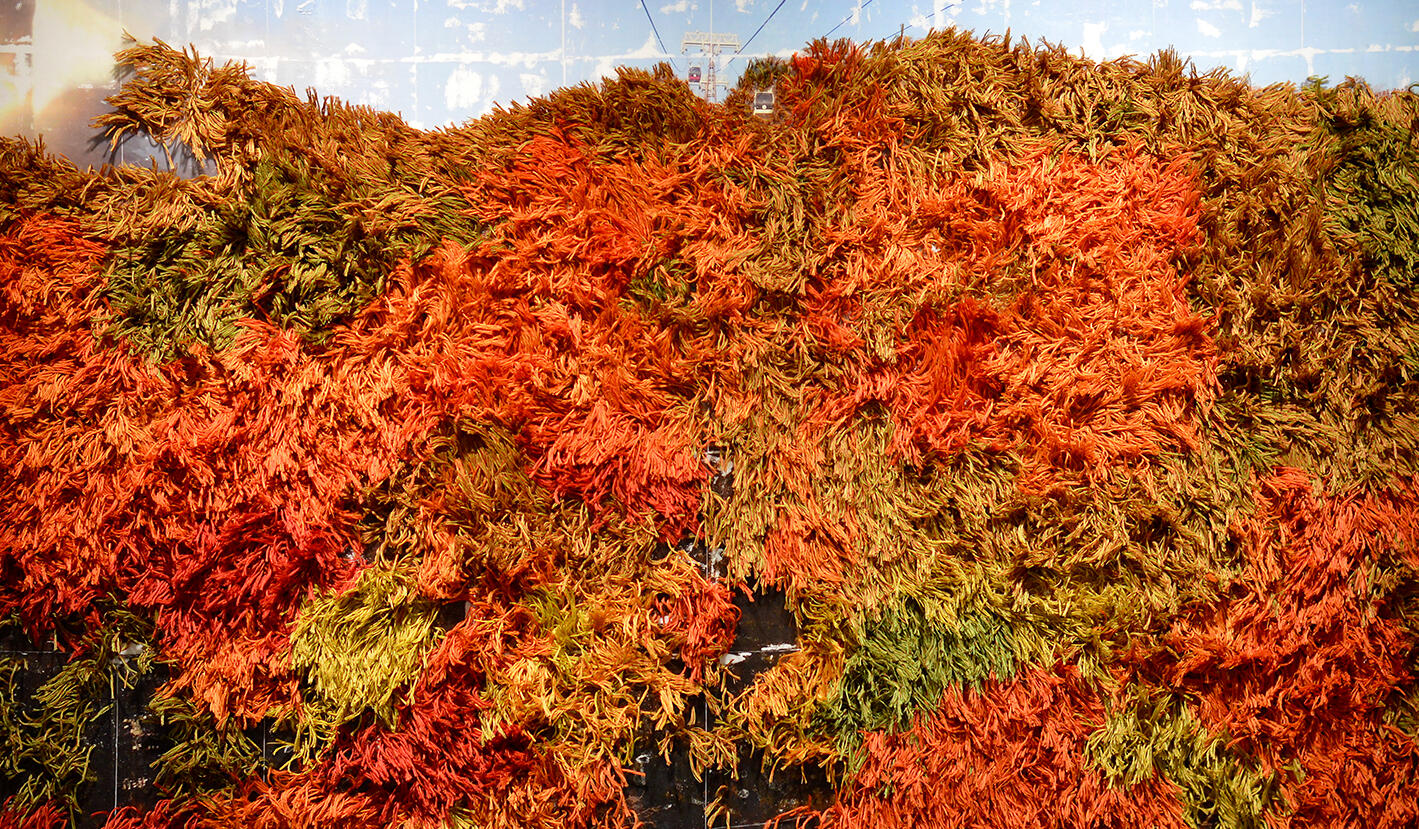
Two-man exhibition with Pope Bacay
Curated by Christina Quisumbing Ramilo
4 September — 3 October 2021
Home is not an address you memorize articulates the home as a charged container, throbbing, as it were, with gentle mundanity. Once largely a place of repose, it has become imbued with our constant presence, the persistent pattering of our waking hours. For many, never have the delineation between outside/inside become so rigid, the inability to freely pass between the two spaces so palpably felt. We find our days unfolding, new and barely recognizable, within the confines of home.Here we find a shelf, a table, a carpet, a curtain. Embroidery stretched on one side; painted, wooden carpentry on the other. Nicole Tee and Pope Bacay construct objects that evoke external forces with the straightforward simplicity of household forms. Bringing the outside world inwards signal a blurring of the domains, or perhaps, a reconciliation of opposites. Yet this may be a state that Tee and Bacay have long been accustomed to. Young artists, in particular, have almost always labored within the home-cum-studio, often by themselves (or with select family and friends), and often with their pieces surrounded by the odds and ends of scrap materials or ideas. Only later, at the end of each cycle, are the completed works brought out into the light of the public. Hence, the home-studio as the realm of the incomplete, the temporary, and as the material and spatial support that allows artistic labor to flourish. But more integrally, a critically important space for creative work. In multiple ways, the conceptual bridging between home/work has always been concretely entangled with their practice.If these were less interesting times, the gallery-turned-home brings the idea into its rational apogee. Yet current public health conditions, coupled with State-enforced limitations, have resulted in starker policing of spaces and bodies. Only the domestic space steer clear of these constraints, where fragments of previous routines remain. To think of home then (at this historical moment) is to reflect on our current habitation, at the same time as it is to conjure spatial and temporal elsewheres— the places we cannot reach. In filling the exhibition space with the signifiers of home, Tee and Bacay visually and conceptually pull the outside into its scope. Fragments of sky, sunlight, wind, grass, and mountains are made to coexist with dark, empty windows, the warmth of embroidery, or the elegant details of structures. To stand amidst these works is to be in a gallery-cum-home, but also, to be lured by the affective pull of a landscape’s shimmer. Is this an homage or a kind of grieving for the spaces that have drastically receded?There is nostalgia in these representations of cloud, object, and foliage, a longing that twinges bodily. As if a house and its furnishings can contain our yearning. Falling back inside the safety of walls, homes must now bear testament to all our tensions and relaxations, our stillness and distress. Possibilities and experiences necessarily happen within. And yet the outside beckons, ever more luminous. The blue of a clear sky has never looked so inviting. But in as much as we also dwell in the (outside) world, it seems imperative that we learn strange, new ways of navigation.— JC Rosette

Summer (Palawan 2019) - Thread and photo transfer on linen - 5 x 7 feet - 2021

Turtle Island (Negros 2019) - Thread and photo transfer on linen - 2 feet diameter - 2021

Autumn (Hakone 2018) - Thread and photo transfer on linen - 4 x 6 feet - 2021

Sea of Clouds (Mount Pulag 2020) after Pope Bacay - Thread on printed fabric - Approx. 50 x 78 inches - 2021

Hovering Over Waters (Bohol 2020) - Printed fabric - 52 x 81 inches - 2021
Peeking Out from Under the Blanket
West Gallery
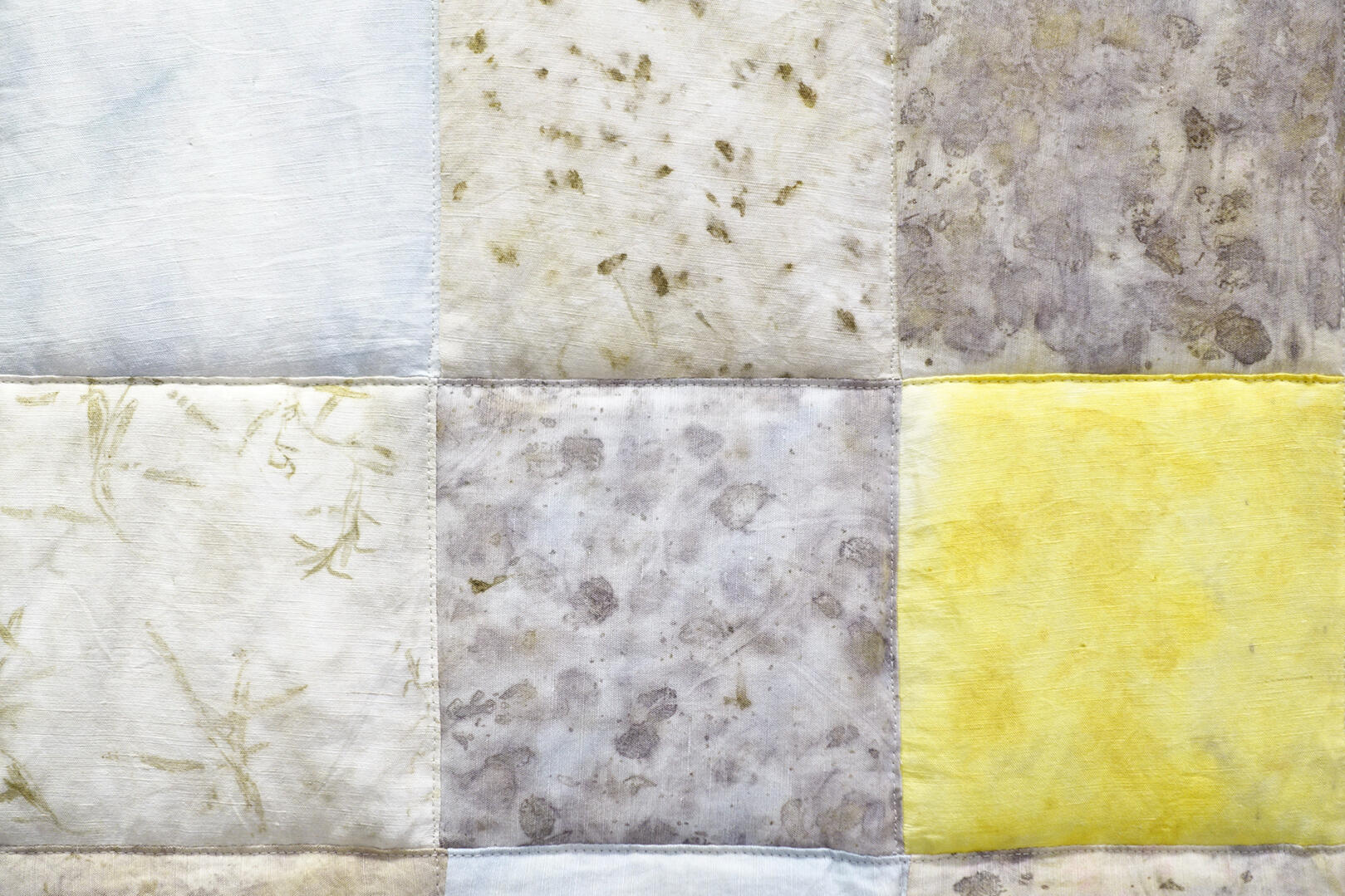
Solo exhibition
14 January —13 February 2021
In Peeking Out from Under the Blanket, Nicole Tee ventures to other types of processes on fabric, even as she retains enduring engagements with past themes and materials. Hers has been a process of incremental explorations, tentative in its evolution, and informed by the personal and the domestic. Gestures such as sewing, washing, steaming, or hanging cloth to dry, are recast into forms of artistic labor. The landscapes and motions of home are intimated here; that which abides in the persistence of small, daily tasks, and hence, is grown and cultivated in the everyday.The outside is alluded to, but only barely, as if of a dream passing. Mountains to be conquered take the form of diminutive stones, or while grand in scale, are transmuted into folds of garments. Seeds, coffee grounds, and flowers are suffused into textile. Diluted to texture, outline, or shape, they lose their insistence, their burdensome prominence. It is not that the outside is to be shunned. After all its demands are too great, too important not to be faced. But here, the reckoning is kept in abeyance, if only for a little while, or perhaps, as much as it takes to recuperate.Of course, the home has traditionally been the domain of the feminine, of privacy, or of the family. But last year, as the population struggled with lockdowns, it seemingly turned into every place. With each aspect of our lives condensed into one area, home was the singular site where working, resting, and studying happened. An enclosure from which to take refuge in. Yet this blurring of public and private have long featured in the lives of others, in women whose labors encompassed both or in freelancers whose private spaces absorbed their working personas. It is not surprising then that Tee takes cue from both figures. Her artistic processes equally animated by homemaking pursuits on one hand, and the DIY ethos supported by online communities, on the other. And while for some artists (and women), working from home may long be de rigueur, the rest of the world is only still coming to terms with this changed domestic sphere.— JC Rosette

Baby Mountains and Landscape Blankets (Annatto) - Thread and eco-dyed textile on embroidery hoop - 8 inches diameter - 2021

Baby Mountains and Landscape Blankets (Avocado) - Thread and eco-dyed textile on embroidery hoop - 8 inches diameter - 2021

Baby Mountains and Landscape Blankets (Indigo) - Thread and eco-dyed textile on embroidery hoop - 8 inches diameter - 2021
photos courtesy of West Gallery
A Few of My Favorite Things
Artinformal, Makati
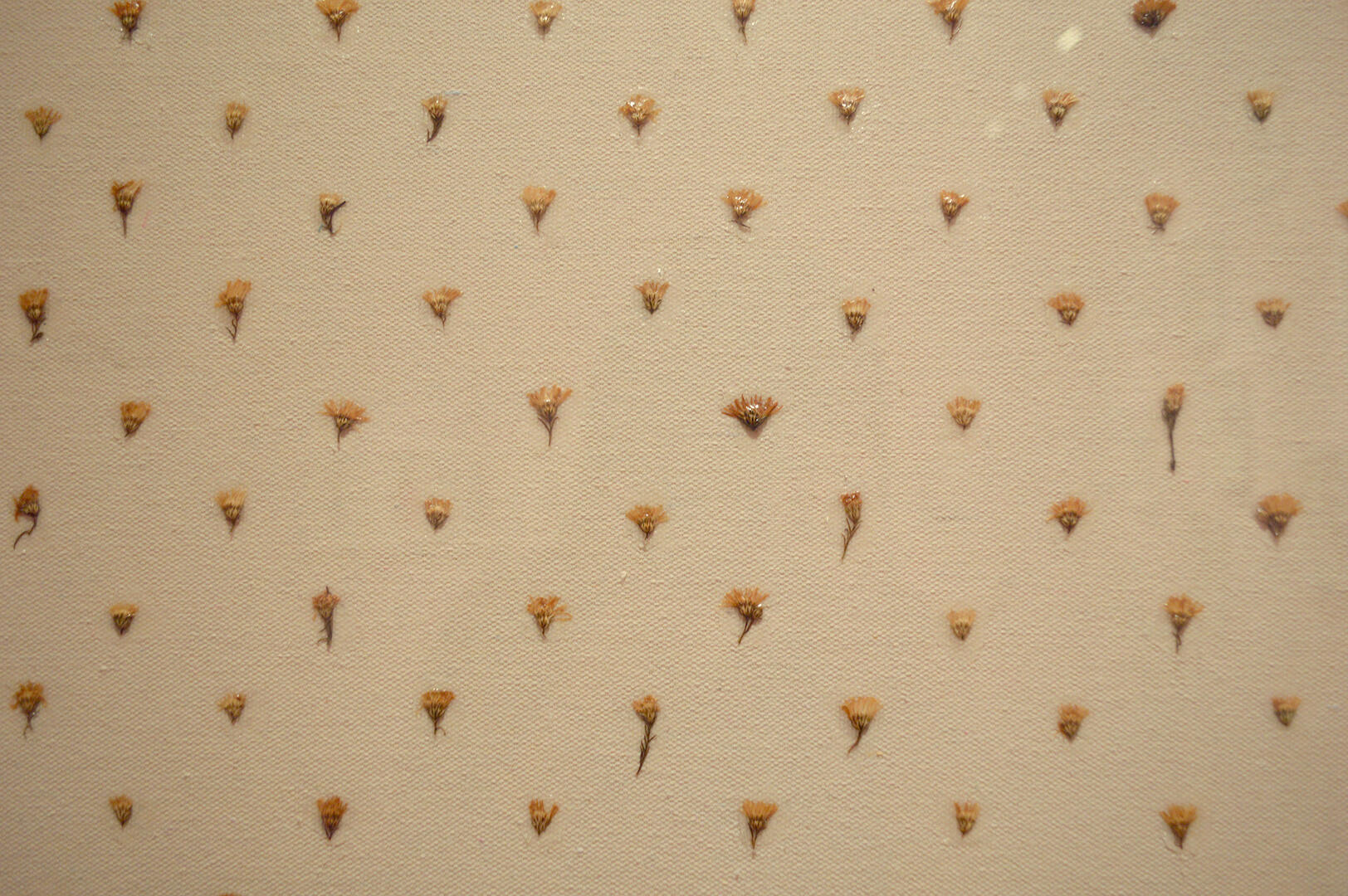
Solo exhibition
11 January —8 February 2020
In A Few of My Favorite Things, Nicole Tee brings attention to the objects she brings to her spheres of practice. It is one of continued engagement with material excess, of books, textiles, flora, images, and their formal attributes of pattern, texture and colors. At the same time, it marks an internal questioning of the peculiarities and particularities of her own process. Certain predilections for material and form, nuanced shifts in perspective and attitude towards artistic creation, serve as fundamental points to her visual inquiries.Here textiles are rendered flat, as swatch or collage, referencing the visual vocabulary of mood boards. One can cut, crop, and paste. But one also gathers and collects, as extant materials serve as spring board for new trajectories. In this bringing together of influences and possibilities, prescriptive hierarchies regarding the temporal are disassembled. The works are indicative of an in-between positionality that Tee constantly inhabits, one marked by the pervasiveness of the present, as every completed work opens the door for a new one.Based loosely on past projects, her objects opt for reiteration instead of an imposed progression. Tee eschews the notions of the artwork as indicator of artistic evolution or advancement. This circularity in process renders tension between being and becoming, conceiving and doing (and further re-doing). In this case, reiteration serves to reinforce but it does not ossify, marked as it is by continuous exploration between and through materials and processes.— JC Rosette

Samples - Collage - 11.5 x 7.5 inches (FS) - 2019

Samples - Collage - 11.5 x 7.5 inches (FS) - 2019

Samples - Collage - 11.5 x 7.5 inches (FS) - 2019

Samples - Collage - 11.5 x 7.5 inches (FS) - 2019

Samples - Collage - 11.5 x 7.5 inches (FS) - 2019

Samples - Collage - 11.5 x 7.5 inches (FS) - 2019

Samples - Collage - 11.5 x 7.5 inches (FS) - 2019

Samples - Collage - 11.5 x 7.5 inches (FS) - 2019

Samples - Collage - 11.5 x 7.5 inches (FS) - 2019

Samples - Collage - 11.5 x 7.5 inches (FS) - 2019

Samples - Collage - 11.5 x 7.5 inches (FS) - 2019

Samples - Collage - 11.5 x 7.5 inches (FS) - 2019

Samples - Collage - 11.5 x 7.5 inches (FS) - 2019

Samples - Collage - 11.5 x 7.5 inches (FS) - 2019

Samples - Collage - 11.5 x 7.5 inches (FS) - 2019

Samples - Collage - 11.5 x 7.5 inches (FS) - 2019

Samples - Collage - 11.5 x 7.5 inches (FS) - 2019

Samples - Collage - 11.5 x 7.5 inches (FS) - 2019

Samples - Collage - 11.5 x 7.5 inches (FS) - 2019

Samples - Collage - 11.5 x 7.5 inches (FS) - 2019

Samples - Collage - 11.5 x 7.5 inches (FS) - 2019

Samples - Collage - 11.5 x 7.5 inches (FS) - 2019

Samples - Collage - 11.5 x 7.5 inches (FS) - 2019

Samples - Collage - 11.5 x 7.5 inches (FS) - 2019

Samples - Collage - 14.5 x 9.5 inches (FS) - 2019

Samples - Collage - 14.5 x 9.5 inches (FS) - 2019

Samples - Collage - 14.5 x 9.5 inches (FS) - 2019

Samples - Collage - 14.5 x 9.5 inches (FS) - 2019

Samples - Collage - 14.5 x 9.5 inches (FS) - 2019

Samples - Collage - 14.5 x 9.5 inches (FS) - 2019

Samples - Collage - 14.5 x 9.5 inches (FS) - 2019

Samples - Collage - 14.5 x 9.5 inches (FS) - 2019

Samples - Collage - 14.5 x 9.5 inches (FS) - 2019
Investigatory Projects
MO_Space
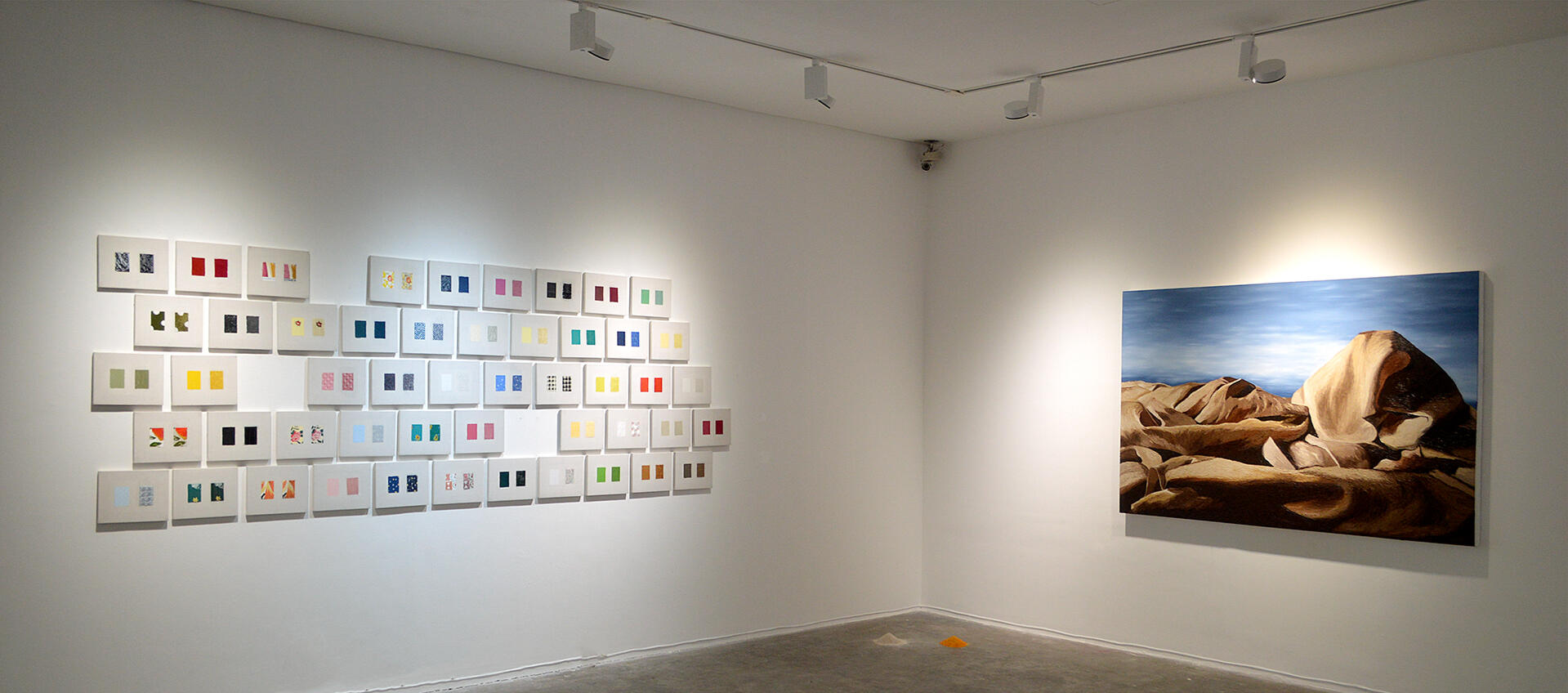
Three-woman exhibition with Gale Encarnacion and Kitty Kaburo
Curated by Christina Quisumbing Ramilo
16 February — 17 March 2019
We have often come to perceive the world and its things as inert and distinct. Barring natural disasters, the plethora of man-made constructions and natural formations have lent the analog world a sense of solidity-- far removed from the abstract networks, systems, and transactions that seemingly operate beyond our control. Indeed, for centuries we have fashioned things from the earth for our needs. And the products of our efforts (the artifacts, tools, structures, products) physically surround us in our every waking day. They mediate our appearances, our interactions, and our relations. Yet they remain apart from us, stodgy and unyielding. Mere matter to be used, consumed, and in the end, discarded.This distinction is brought to question in “Investigatory Projects”, featuring the works of artists Gale Encarnacion, Kitty Kaburo, and Nicole Tee. The exhibition invites a playful reckoning of things metamorphosed, of the familiar made strange. This is achieved through a diverse plethora of artistic processes: burning, melting, embroidering, painting, filming, photographing, floating, decaying. Folded cloth is cast into mountainous landscapes hearkening to geologic time. The thawing of frozen plastic detritus, household chemicals, and paint brings rapid climatological changes to fore. Food is decayed beyond human edibility, its chemical breakdown hastened by the growth of molds. All are documented via recording technologies that transcend the capabilities of our senses and time-bound bodies. As adjustments are made in our temporal and spatial registers, we find inertness give way to state change. All that is solid shifts, melts, disintegrates, folds, and flows.The artists’ inquiry into materiality resonate with current anthropological concerns on ecology and the environment, of the non-human actors of animals, plants, places, objects, and artifacts. In a similar vein, these artistic investigations seemingly decenter the anthropological gaze. Yet the act of inquiry, of reflection and observation, remains a uniquely human endeavor. The interactions of things extend to our own involvement to the world, and in return, of the world’s involvement with us. How have we changed the world and how has it changed us?Indeed, it ill behooves us to be reminded that we are more porous than we lead ourselves to believe.— JC Rosette
install photos courtesy of MO_space
A Glimpse of a Field
West Gallery
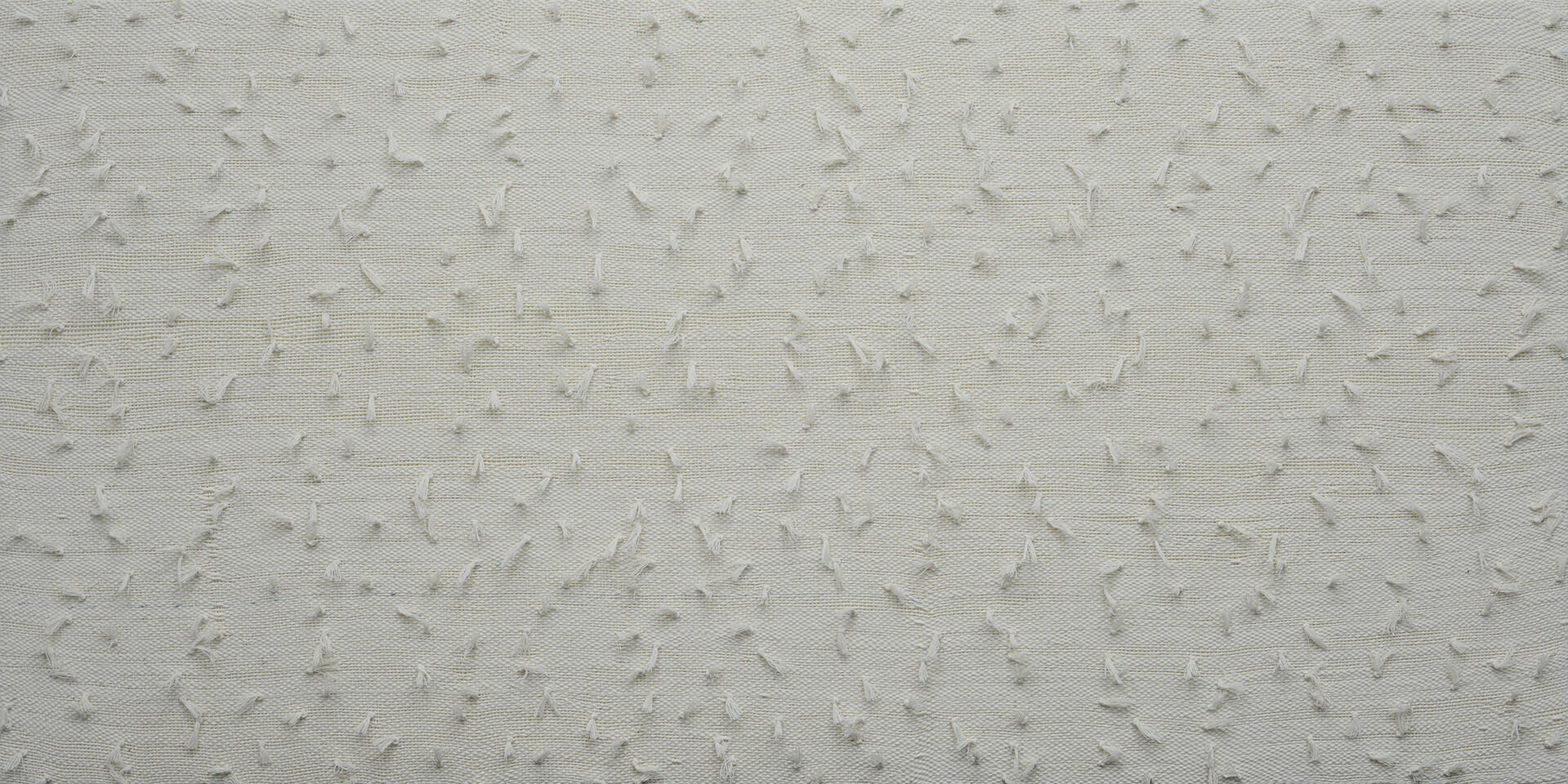
Solo exhibition
16 August — 15 September 2018
“As for man, his days are like grass: as a flower of the field, so he flourishes. When the wind has passed over it, it is no more. And its place acknowledges it no longer.”
Psalm 103: 15-16We move through the world eager to make a mark. In this age of celebrities and influencers, the undistinguished life is often regarded as an aberration, a lack of social capital that reflects poorly on the individual. Indeed, even as a species, we have come to a point that our collective actions have made such a profound and permanent mark on the geological record it has ushered a new epoch.And yet, in the past, our art and poetry have regarded the modern-day harping for attention, fame, or longevity, as folly. Buildings crumble, kingdoms are brought to ruin, man is impermanent. In a time when our online traces outlive our physical selves, this could very well be a strange concept. But isn’t all this imperishability smoke and mirrors? Are we not, at the root of our being, still the same: mutable, vulnerable, and weak?In A Glimpse of a Field, Nicole Tee presents a seemingly panoramic view of a field of monochromatic whiteness. Its horizontality suggests a fragment of infinity, a snapshot of an endlessness beyond the frame. The exhibit marks a return to Tee’s practice of and engagement with the manipulation of textile for expressive and poetic ends sans paint or pigment. It is a continuation of prior work anchored around repetitive movements: the unraveling, sewing, and weaving of thread. Such tedious processes often engender a meditative state alongside a communing with the self. It is no wonder then that Tee regards these works as portraits, as being reflective of an internal subjective condition. Thus, unthreaded canvas is that of the self unraveled. A patch that is sewn back becomes an attempt to keep everything together.Meanwhile in this show, knots of white, akin to buds of flowers in a meadow, are scattered throughout as if on the brink of being blown or plucked away. Having woven the cloth with a makeshift loom, the weave is imperfect and loose at parts. It imparts a roughness and vulnerability tied to the very fabric of its existence– a metaphor for the self equally applicable to the collective. For do we not flutter and hold on by the most tenuous of threads? There is beauty in this fragility, and if one were to look very closely, a kind of grace.— JC Rosette
photos courtesy of West Gallery
Dwell
Tin-aw Art Gallery
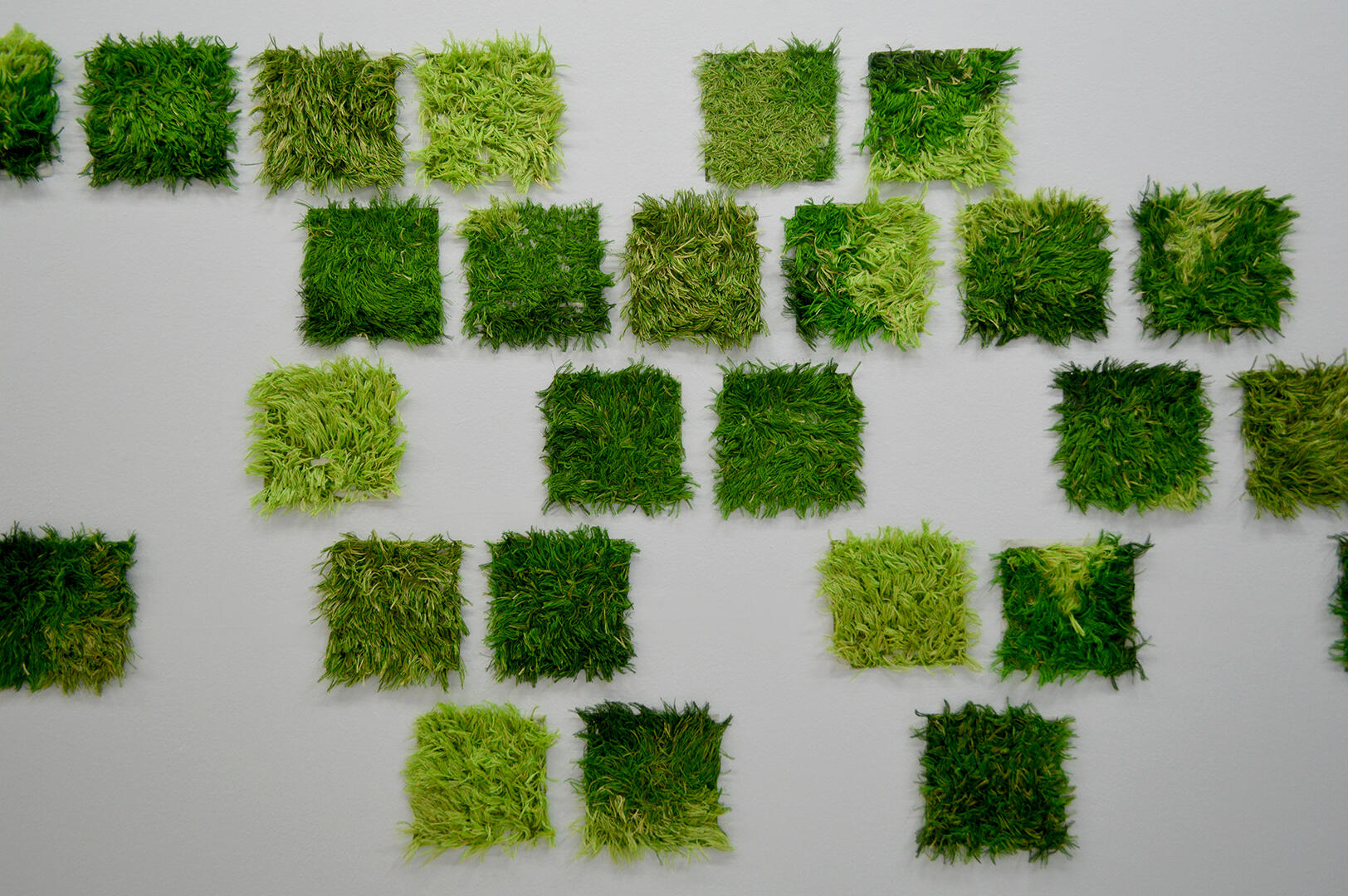
Solo exhibition
21 April — 12 May 2018
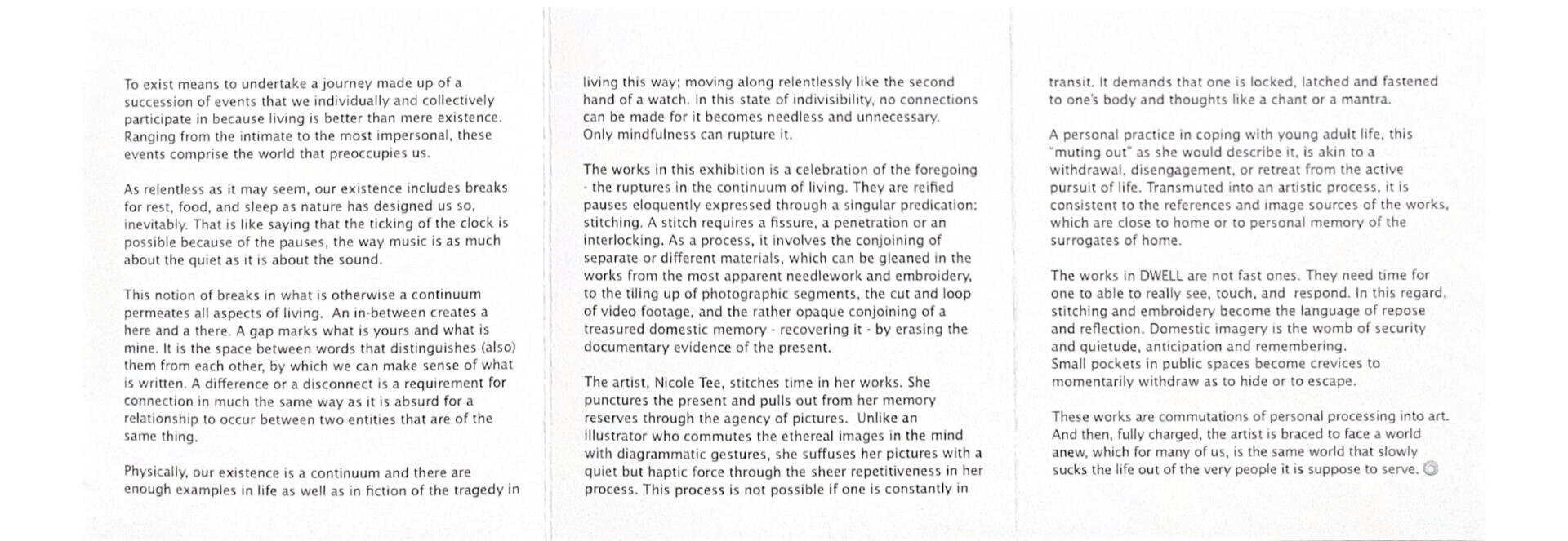
— Leo Abaya, Stitching Time
(scanned exhibition notes from catalogue)

Expanse - Thread and photo transfer on linen - 46.5 x 70 inches - 2018

In Between - Thread and photo transfer on linen - 36 x 54 inches - 2018

Calm Before The Storm - Single-channel video - 3 minutes 57 seconds - 2018

For A Moment - Single-channel video - 33 seconds - 2018

How To Plant A Garden (Guirayan St) - Thread and photo transfer on linen - 6.25 x 6.25 inches (each) - 2018
Cut from the Same Cloth
Underground Gallery
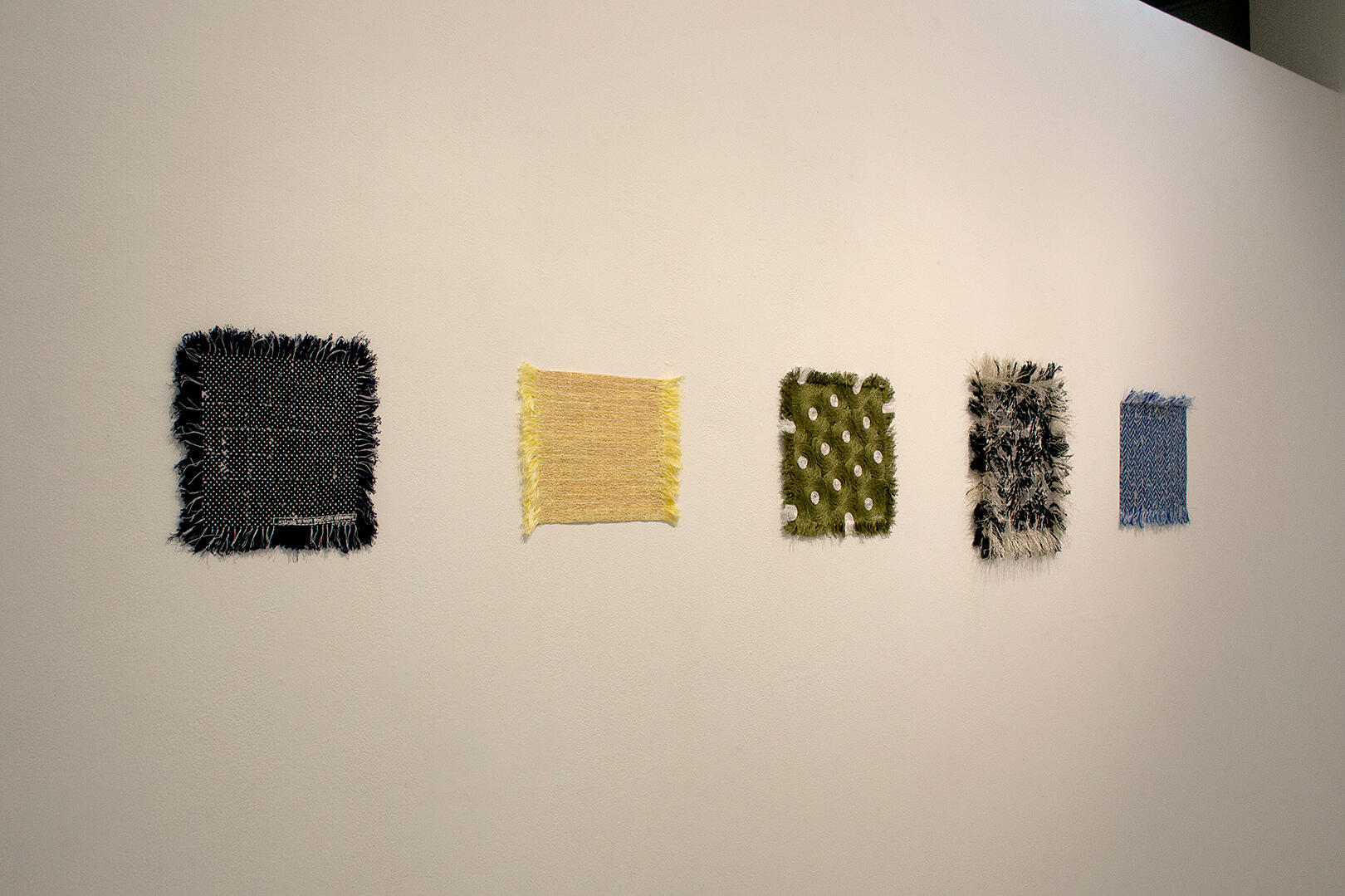
Solo exhibition
29 July — 19 August 2017
Art historian Rosalind Krauss once described the modernist grid, by its expanse and spread, as pertaining to the world beyond the artwork. “By virtue of the grid, the given work of art is presented as a mere fragment, a tiny piece arbitrarily cropped from an infinitely larger fabric.” It is of a piece that comes from a whole. It is of a structure that lends itself readily to multiples and derivatives, to repetitions and copies.In Cut from the Same Cloth, Nicole Tee ruminates on notions of reproducibility that hint at an exploration of identity. Employing the structure of the grid, the artist re-produces textiles imbued with her family’s history. Swatches of cloth allude to an extant material source, as it purposefully recreates the layout of catalogs from flea markets. Grouped and labeled objectively (through pattern and color) and subjectively (by relation to the artist), familial narratives become superimposed upon the logic of a more formalist taxonomy.In another work, patterns of the fabrics are copied and sewn on a grid, essentially replicating them. Similarly, a piece of fabric is recreated in different media. Implicit in this involvement with the creation of copies is the abrogation of the notion of artist-as-progenitor, as the original is located outside the purview of artistic practice. Paradoxically, the replicas become objects in themselves in lieu of the original. As with the grid which, while alluding to the outside world, also cements the work of art as an autonomous object; the replicas come to occupy a distinct position within an artistic context.These objects, intimately tied to personal narratives, are at the same time unmoored from them. They are of the present. In replication, the objects are borne anew, take on different roles, allude to novel ideas, or emblematize other contexts. From the threads that bind us to familial relations, we create new swathes of subjective actualities. The grid ever becomes larger, moves beyond itself, in multiple, complex derivations.— JC Rosette

Likeness #112 - Thread and photo transfer on canvas - 10 x 10.5 inches - 2017

Likeness #121 - Thread and photo transfer on canvas - 13 x 11 inches - 2017

Likeness #122 - Thread and photo transfer on canvas - 7.5 x 10 inches - 2017

Likeness #127 - Thread and photo transfer on canvas - 9 x 9 inches - 2017

Likeness #130 - Thread and photo transfer on canvas - 10 x 10 inches - 2017

Not Just A Repetitive Exercise - Acrylic on canvas - 20 x 16 inches - 2017

Not Just A Repetitive Exercise - Graphite on paper - 20 x 16 inches - 2017

Not Just A Repetitive Exercise - Inkjet print on Hahnemuhle paper (photograph) - 20 x 16 inches - 2017

Not Just A Repetitive Exercise - Inkjet print on Hahnemuhle paper (scan) - 20 x 16 inches - 2017

Not Just A Repetitive Exercise - Oil on canvas - 20 x 16 inches - 2017

Swatch Catalog (Around The House) - Textile on paper board - 22 x 14 inches (each) - 2017

Swatch Catalog (Art Materials) - Textile on paper board - 15 x 10 inches (each) - 2017

Swatch Catalog (Childhood Clothes) - Textile on paper board - 15 x 10 inches (each), 11 x 8 inches - 2017

Swatch Catalog (From Amah) - Textile on paper board - 22 x 14 inches (each), 15 x 10 inches (each), 11 x 8 inches - 2017

Swatch Catalog (From Ma'am Ling) - Textile on paper board - 22 x 14 inches (each) - 2017

Swatch Catalog (From Mommy) - Textile on paper board - 22 x 14 inches, 15 x 10 inches, 11 x 8 inches - 2017

Swatch Catalog (From Nanay) - Textile on paper board - 11 x 8 inches (each) - 2017

Swatch Catalog (Unidentified) - Textile on paper board - 22 x 14 inches - 2017
Quiet Punctuations
Seminar Room 1, Albert Hall
Archaeological Studies Program, UP Diliman
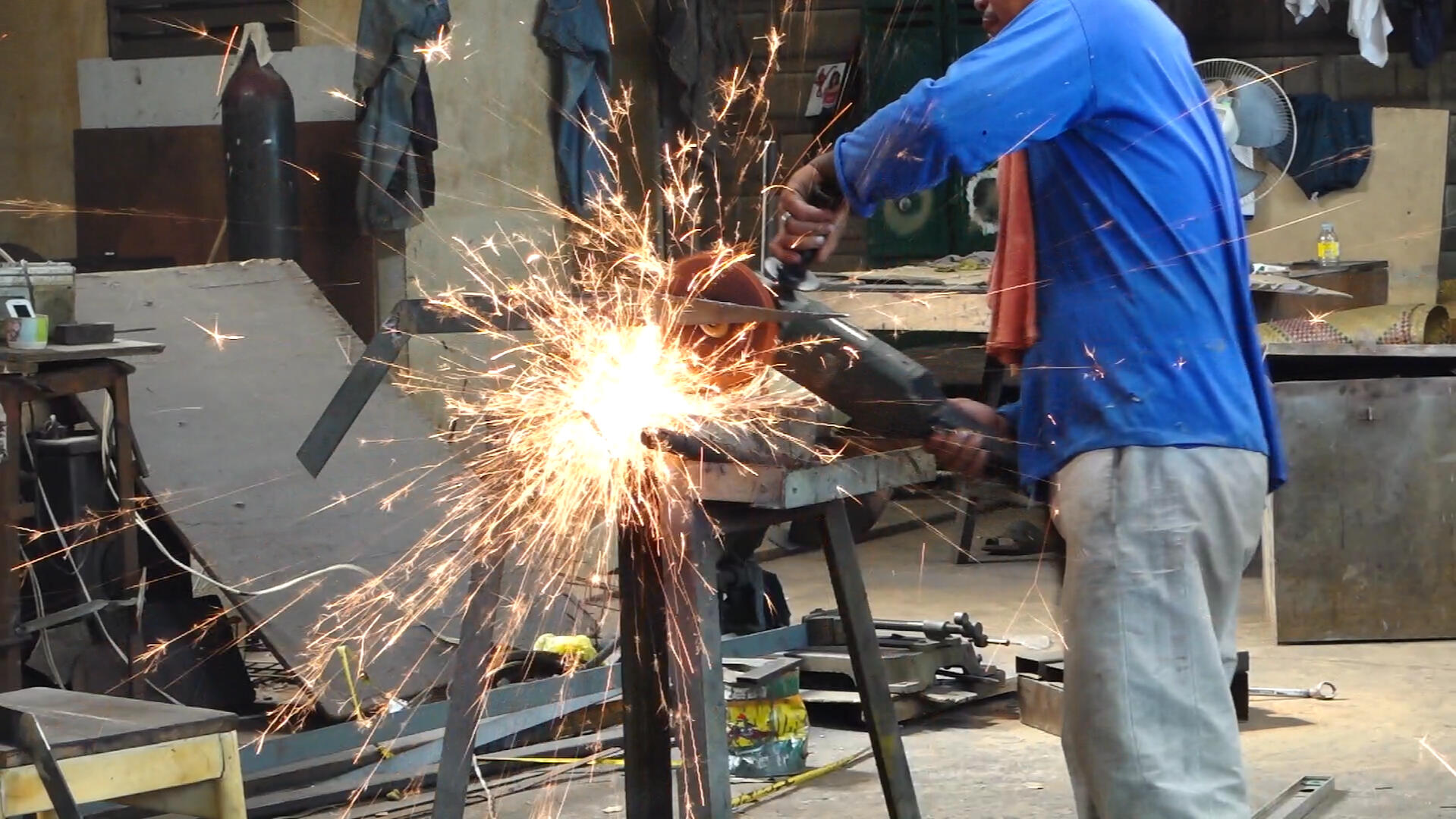
Thesis Exhibition
25 May — 4 June 2016
Department of Studio Arts Degree Show 2016
A feeling that some things ought not to be, or to have been; a sense of loss of something prized--the privacy and serenity of my neighborhood, now just a memory of a time gone by. This, in essence, is the feeling of dysfunction that pervades our village, a private residential community whose quality of life has been eroded by unregulated urbanization.The installation is a work that depicts everyday life in the vanishing landscape and soundscape of a residential community in the city using the ethnographic approach. The work includes a video comprised of a montage of busy, chaotic scenes punctuated by quiet, restful shots. Its sound track assaults the ear, an insistent reminder of one's nearly futile efforts at creating a sanctuary amid a highly urbanized environment.The work ponders my own, as well as my community's, striving for order and other adaptive responses in the midst of the sense of dysfunction inherent in losing our village to the forces of urbanization. Just as endangered animal species lose their habitats and tribal minorities lose their ancestral lands and native cultures due to the encroachment of industrial activities, so residents in private residential villages like ours are losing our communities to the relentless push for commercialization.

Araneta Ave Intersecting Aurora Blvd - Light box - 8.75 x 11.75 inches - 2016

Aurora Blvd - Light box - 8.75 x 11.75 inches - 2016

11 and 14 Guirayan St. - Light box - 8.75 x 11.75 inches - 2016

Lantawan St. - Light box - 8.75 x 11.75 inches - 2016

Corner Lantawan St. and Kapiligan St. - Light box - 8.75 x 11.75 inches - 2016

Corner Palanza St and Guirayan St - Light box - 8.75 x 11.75 inches - 2016

Kapiligan St - Light box - 8.75 x 11.75 inches - 2016

Garden Guirayan St. - Light box - 8.75 x 11.75 inches - 2016

Garden Kapiligan St. - Light box - 8.75 x 11.75 inches - 2016

Araneta Ave - Light box - 8.75 x 11.75 inches - 2016

Guirayan St - Light box - 8.75 x 11.75 inches - 2016

Palanza St - Light box - 8.75 x 11.75 inches - 2016

October 2015 - Light box - 8.75 x 11.75 inches - 2016

March 2016 - Light box - 8.75 x 11.75 inches - 2016

Southeastern Araneta Subd. - Light box - 44.75 x 8.75 inches - 2016
Screenshots from video
photos courtesy of Abram Barrameda
Parsed
Underground Gallery
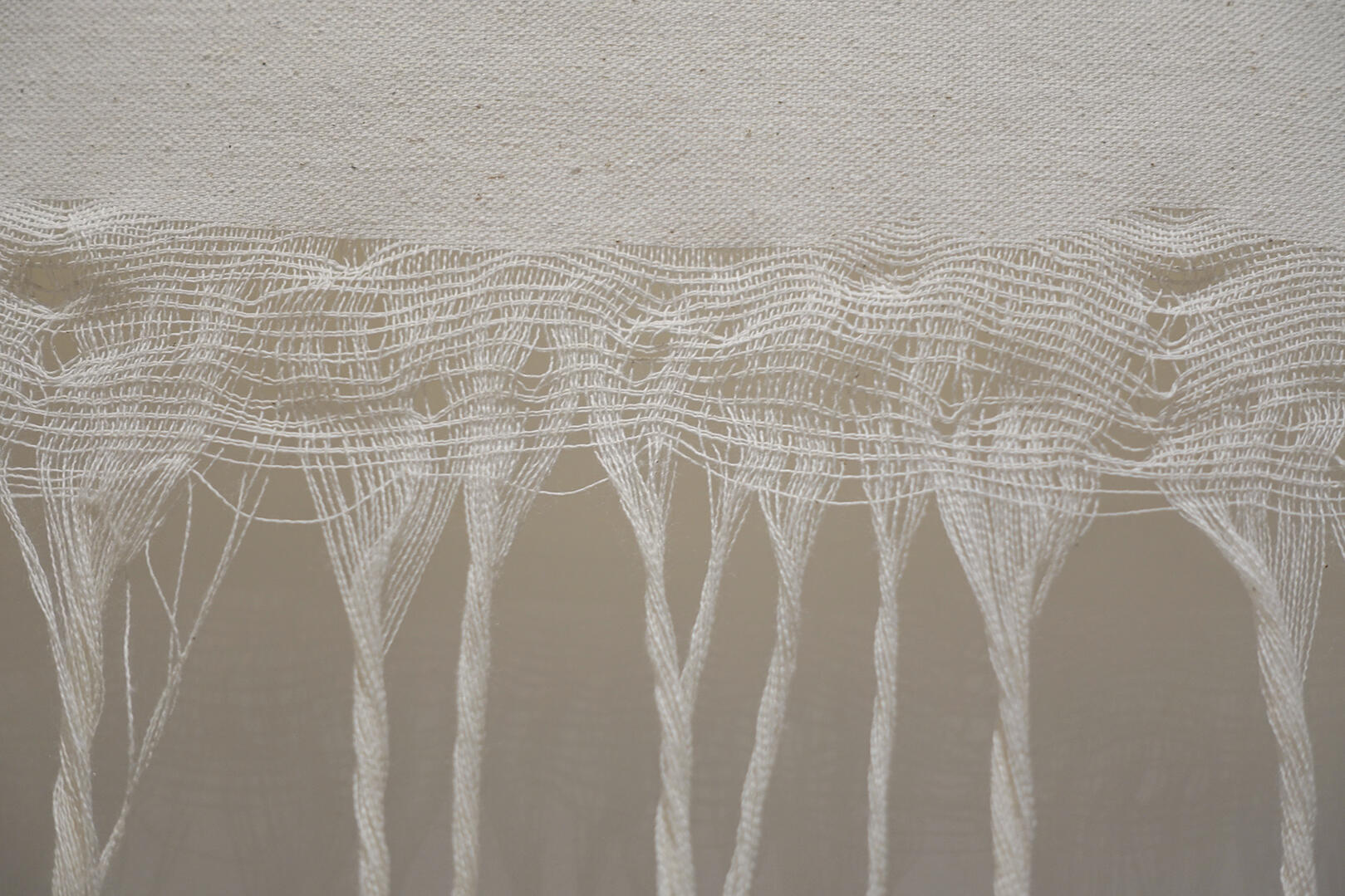
Two-woman exhibition with Gale Encarnacion
12 September — 3 October 2015
An underlying impulse to break down and analyze is characteristic of the works of Gale Encarnacion and Nicole Tee in the two-man show Parsed, an impulse borne out of a very human need to understand, and perhaps, also as a result of finding themselves in a world wherein meanings are constantly and wildly in flux. Both young artists grapple with the complexity of the conditions of the period in which they find themselves—a period that is acutely postmodern in its multiplicity of signs and lack of over-arching, grand narratives. Postmodernity is taken not as an aberration, but as a starting point. It is the lens through which all of their experiences are filtered; all their waking hours lived.There appears to be a subtle sense of distrust towards those that reference the previous social order in this exhibit. The plane of the picture image of a canvas is picked apart thread by thread. Words from a novel are cut out and placed on slides, as if for scrutiny under a microscope. Are the material threads of the canvas cloth more significant than any of the illusory painted images placed on it? How can we analyze a sentence with the concentrated zoom of a microscopic lens? We live in a period wherein in art, in literature, and even in science, long-held notions of objectivity, truth, and progress are being questioned. None can provide objective truths, or perhaps they all do at the same time, in a cacophonous barrage of contradictory and multiple interpretations.Irreverence towards the established order is borne out of living through these times; it may even be, perhaps, simply a rote way of coping, a starting point from which the artists can build upon with their works.Gale Encarnacion attempts to analyze the nature of language, as if to ask: Where does the meaning of a word reside? In her representation of a seemingly simple and ubiquitous household staple— a tomato—one glimpses the shifting connotations of “tomato” through various socio- economic, political, scientific, and cultural periods in time. There is a keen fascination with the prospects of organic growth, development, and decay of meaning; the evolution of a term that was once considered a poisonous fruit that is “of ranke and stinking savour” into its explosion as a staple ingredient in a multitude of food products. It is a reminder that there are no fixed significations, that everything is in flux even for seemingly concrete objects.In another, she references the act of talking through organic, relief sculptures of the mouth as it articulates each phonetic letter of the word “say”—a word that refers to the act and is also the result of that act. The movement of the mouth, an action repeated countless times, appears strange frozen mid-way. It is a work that compels us to move our mouth as well, urging viewers to both mimic and analyze, our own bodily motions becoming the standard with which we judge the work accurate in its representation.And finally, she asks us to analyze actual words by putting them on glass slides. It is the same sentence repeated in various configurations, same in form but devoid of context and speaker. In its repetition, we are saturated, and in its reference to microscopic analysis, we imagine scrutinizing the words as closely as possible. And yet, can these examinations provide the meaning we seek? Is it possible to locate meaning in historical time, in our own bodily utterances, or in the close analysis of actual printed words? For Encarnacion, working within the overlap of the textual and the visual, these are analyses worth pursuing.Nicole Tee’s works can be traced from a need to traverse the postmodern condition through her material and process-oriented work. Three canvases in different states of deconstruction are shown— a narrative with a beginning, middle, and an end. Plane becomes line in the process of de- threading; a step-by-step breakdown of the image-bearing surface on which meaning is attached through the manipulation of paint. It points to a search for meaning beyond the image, perhaps, in the purposeful deconstruction of the very material that has once served as the bedrock of countless other works.Meanwhile, in her video work, the beginning and the end has been incised from our view, leaving us with only the process of untangling chaotic lines of nylon. In foregoing the narrative, the essence is distilled. One is left with the material, the artist’s hands, and the simple process through which the artist manipulates the material. The promise of the untangled line is left unfulfilled, just as utopian visions of the future are left unaccomplished. There is only the process, the continuous looping of string, and the effort of extraction for a single line from the tangled ball. It may be that salvation is neither in the original state nor in the planned output, but in the present, wherein both the memory of the past and the promise of the future are condensed.An attitude of fatalism towards certainties, futility in all endeavors, and a pervasive feeling of vacuity characterize the postmodern condition. Parsed is both a reaction and a result— the artists’ way of reconciling and coping with these uncertainties, while being acutely aware that they and their works are products of those very same conditions.— JC Rosette
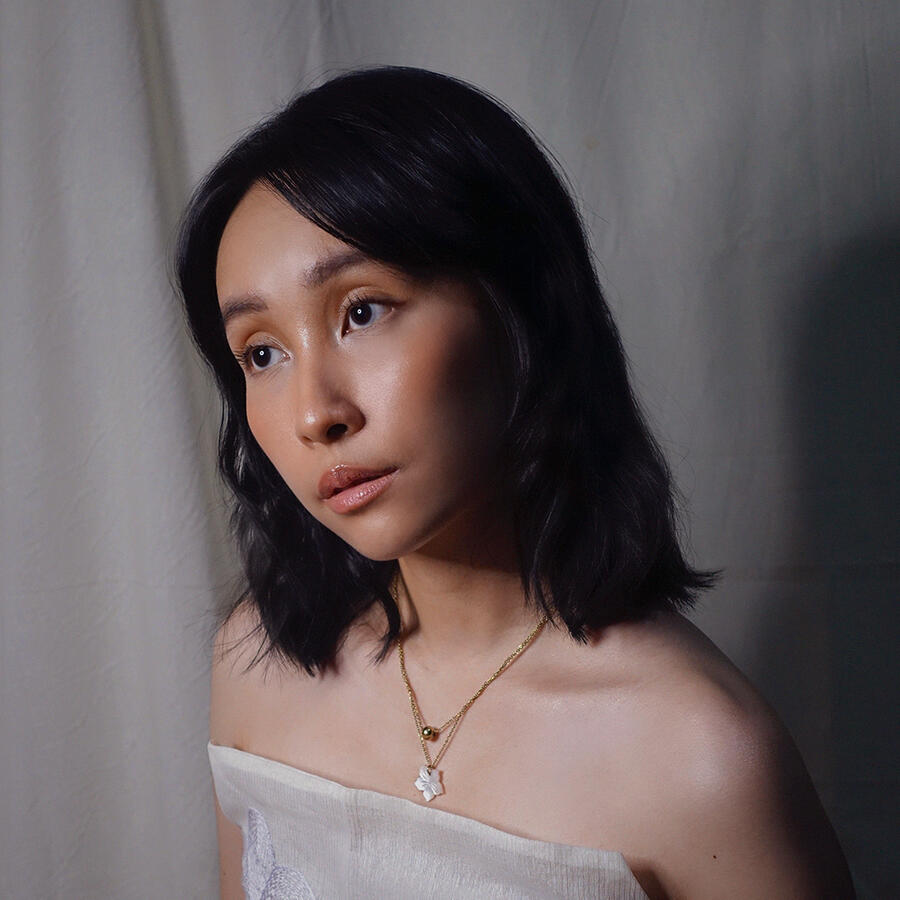
Bio
Nicole Tee (b. 1993) is a visual artist from Manila, Philippines. Her practice explores forms and textures anchored on domestic processes, with themes revolving around facets of memory and the home. She utilizes various media such as textile, thread, flora, collage, oil painting, and multimedia in her works. Of late, her preference has been the use of fabric as subject matter and material. Tee is attracted both to its formal attributes and to the slow, repetitive gestures that the manipulation of fabric entails.Tee graduated with a BFA in Painting from the University of the Philippines in 2016. She received the Department of Studio Arts Outstanding Thesis Award. She was shortlisted for the Ateneo Art Awards (2017) and the Sanag: UP Art Prize (2023). She has been participating in various group shows around Metro Manila, and has mounted solo exhibitions at Artinformal, Blanc Gallery, Finale Art File, Tin-Aw Art Gallery, Underground Gallery, and West Gallery.For inquiries, send an email to nicoledtee@gmail.com
CV
EDUCATION
2011-2016
Bachelor of Fine Arts, Major in Painting
College of Fine Arts, University of the Philippines, Diliman, Quezon City, PH
Cum LaudeRECOGNITION
2023
• SANAG: UP Art Prize 2023, Shortlisted2017
• Ateneo Art Awards 2017, Shortlisted2016
• Department of Studio Arts Outstanding Thesis Awardee, College of Fine Arts, University of the Philippines, Diliman, Quezon City, PHSOLO EXHIBITIONS
2025
• (upcoming), The Drawing Room, Makati City, PH2024
• a short visit: the flowers along the way, Blanc Gallery, Quezon City, PH2023
• the house allows one to dream in peace, Finale Art File, Makati City, PH
• Whatever Things Are Lovely, Underground, Makati City, PH2022
• To everything there is a season, West Gallery, Quezon City, PH2021
• Peeking Out from Under the Blanket, West Gallery, Quezon City, PH2020
• A Few of My Favorite Things, Artinformal, Makati City, PH2018
• A Glimpse of a Field, West Gallery, Quezon City, PH
• Dwell, Tin-aw Art Gallery, Makati City, PH2017
• Cut From The Same Cloth, Underground, Makati City, PHMAJOR EXHIBITIONS
2024
• Pattern Play, with Yasmin Sison, Finale Art File, Makati City, PH2021
• home is not an address you memorize, with Pope Bacay, MOSpace, Taguig City, PH2019
• Investigatory Projects, with Gale Encarnacion and Kitty Kaburo, curated by Christina Quisumbing Ramilo, MOSpace, Taguig City, PH2016
• “Quiet Punctuations,” Department of Studio Arts Degree Show 2016, Albert Hall, UP Diliman, Quezon City, PH2015
• Parsed, with Gale Encarnacion, Underground, Makati City, PHSELECTED GROUP EXHIBITIONS
2025
• (upcoming), MOspace, Taguig City, PH2024
• 12 x 9 x 35, West Gallery, Quezon City, PH
• ALT Philippines 2024, Underground Gallery and West Gallery, SMX Hall 4, Mall of Asia Complex, Pasay City, PH
• When Comets Land, Art Fair Philippines 2024, Tarzeer Pictures, The Link, Makati City, PH2023
• Garden of Good and Evil, curated by Christina Quisumbing Ramilo, Gravity Art Space, Quezon City, PH
• Un/Happy Endings, The Drawing Room, Makati City, PH
• Come/Home, curated by Empty Scholar, Gravity Art Space, Quezon City, PH
• there are always flowers for those who want to see them, West Gallery, Quezon City, PH2022
• Of Forms and Meanings, Underground, Makati City, PH
• exit the pig, enter the owl and gorgeous, Underground, Makati City, PH
• Beneath the Common Surface, Kaida Contemporary, Quezon City, PH
• happyseventh, Underground, Makati City, PH2021
• texture / tendency: Threads in Manila, curated by Carlos Quijon Jr., The Drawing Room, Makati City, PH
• Times Long Past, Blanc Gallery, Quezon City, PH2020
• a. Play b. Work c., West Gallery, Quezon City, PH
• Searching Sanctuary, curated by Gregory Halili, Silverlens Galleries, Makati City, PH
• ALT Philippines 2020, West Gallery, SMX Convention Center Aura, Taguig City, PH2019
• An Artinformal Christmas Group Show, Aphro Living Art & Design, Makati City, PH
• Anyway Anyhow Anywhere, Underground, Makati City, PH
• To Scale, West Gallery, Quezon City, PH
• Bangko, Bangkito, Aphro Living Art & Design, Makati City, PH
• WXXX, West Gallery, Quezon City, PH
• Things We Make, Underground, Makati City, PH
• blackgreywhite, Underground, Makati City, PH
• Art Fair Philippines 2019, Silverlens Galleries and West Gallery, The Link, Makati City, PH2018
• Death Cleaners, curated by Christina Quisumbing Ramilo, Artinformal, Mandaluyong City, PH
• To Eat is to Survive to be Hungry, curated by Gary-Ross Pastrana, Mabini Projects, Manila City, PH
• Art Fair Philippines 2018, Finale Art File and West Gallery, The Link, Makati City, PH
• Home Making, with Pin Calacal and Isha Naguiat, West Gallery, Quezon City, PH2017
• Merry Christmas (I Don’t Want To Fight Tonight), Underground, Makati City, PH
• MOSpace X: Over Photography, curated by Ringo Bunoan, MOSpace, Taguig City, PH
• Drop Off Point, Gallery Orange, Bacolod City, PH
• Odds & Ends, Vinyl on Vinyl, Makati City
• Per Square Inch, curated by Leo Abaya, The Drawing Room, Makati City, PH
• New Works for The Mona Lisa Project, West Gallery, Quezon City, PH
• D, curated by Gary-Ross Pastrana, Vinyl on Vinyl, Makati City, PH
• other things in the world, curated by Nilo Ilarde, Artinformal, Mandaluyong City, PH
• Art Fair Philippines 2017, West Gallery, The Link, Makati City, PH2016
• so let’s sink another drink ‘cause it’ll give me time to think, Underground, Makati City, PH
• Ghosting, curated by Christina Quisumbing Ramilo, West Gallery, Quezon City
• 8 Questions, Tin-aw Art Gallery, Makati City, PH
• Smalls, Underground, Makati City, PH
• 9x12, Art Fair Philippines 2016, West Gallery, The Link, Makati City, PH2015
• Paperviews15: Rapid Cycling, Project Space Pilipinas, Lucban, PH
• You Are Here, Vinyl on Vinyl, Makati City, PH
• Manufacturer’s Advice: Content May Vary, Art Fair Philippines 2015, Tin-aw Art Gallery, The Link, Makati City, PH2014
• Book Ends, curated by Mariano Ching, Blanc Gallery, Quezon City, PH
• None of the Above, Blanc Gallery, Quezon City, PH
• Meditations and Musings, curated by Christina Quisumbing Ramilo, West Gallery, Quezon City, PH2013
• Eyes of Gauze: The Trails and Mists of Santiago Bose’s Vision, Tin-aw Art Gallery, Makati City, PHORGANIZER/CURATOR
2025
• (upcoming), MOspace, Taguig City, PH2023
• There are always flowers for those who want to see them, West Gallery, Quezon City, PH2020
• a. Play b. Work c., West Gallery, Quezon City, PH2019
• Things We Make, Underground, Makati City, PHSCREENINGS
2016
• Lost Frames: Art Like TV, Museum of Contemporary Art and Design, Manila, PHWORK EXPERIENCE
2016 - 2021
• Part-time gallery assistant
West Gallery, Quezon City, PH
(June 2016 – November 2021)2014-2015
• Intern
Ateneo Art Gallery, Ateneo de Manila University, Quezon City, PH
(July 2014 – September 2015)PROJECTS
2019
• Teacher, Kids Art Camp, Ateneo Art Gallery, Ateneo de Manila University, Quezon City, PH2015
• Co-organizer, Plot the Riles: A Forum and Participative Installation on the Philippine Railway System, Project Bakawan Arts Festival, AGT (Monorail) Field, UP Diliman, Quezon City, PH
Updated August 2024
Press

INTERVIEW: Art 2 Art with Lisa Macuja Elizalde

PRESS: Threads of Place and Memory

PRESS: Refuge in the Art of Nicole Tee

CATALOG: Sanag UP Art Prize 2023

ARTIST PROFILE: Weaving In and Out of the Four Walls

PRESS: Defining Home in the Works of Contreras, Bacay, and Tee

PRESS: Exploring a girl's craft room in Nicole Tee's exhibition

PRESS: Instead of sneakers, buy art: Art Fair 2019 pieces for the young art collector

PRESS: The 12 artists shortlisted for the 2017 Ateneo Art Awards

PRESS: Aside from making great art, visual artists must be articulate

PRESS: Ateneo Art Awards 2017 shortlist announced
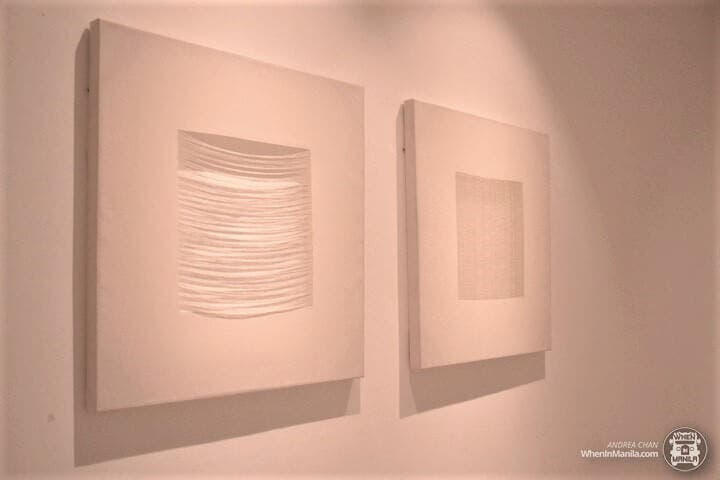
PRESS: Other Things In The World at Artinformal

PRESS: UP Fine Arts graduates hold multimedia exhibit '8 Questions'
Sanag UP Art Prize 2023
Excerpts from catalog
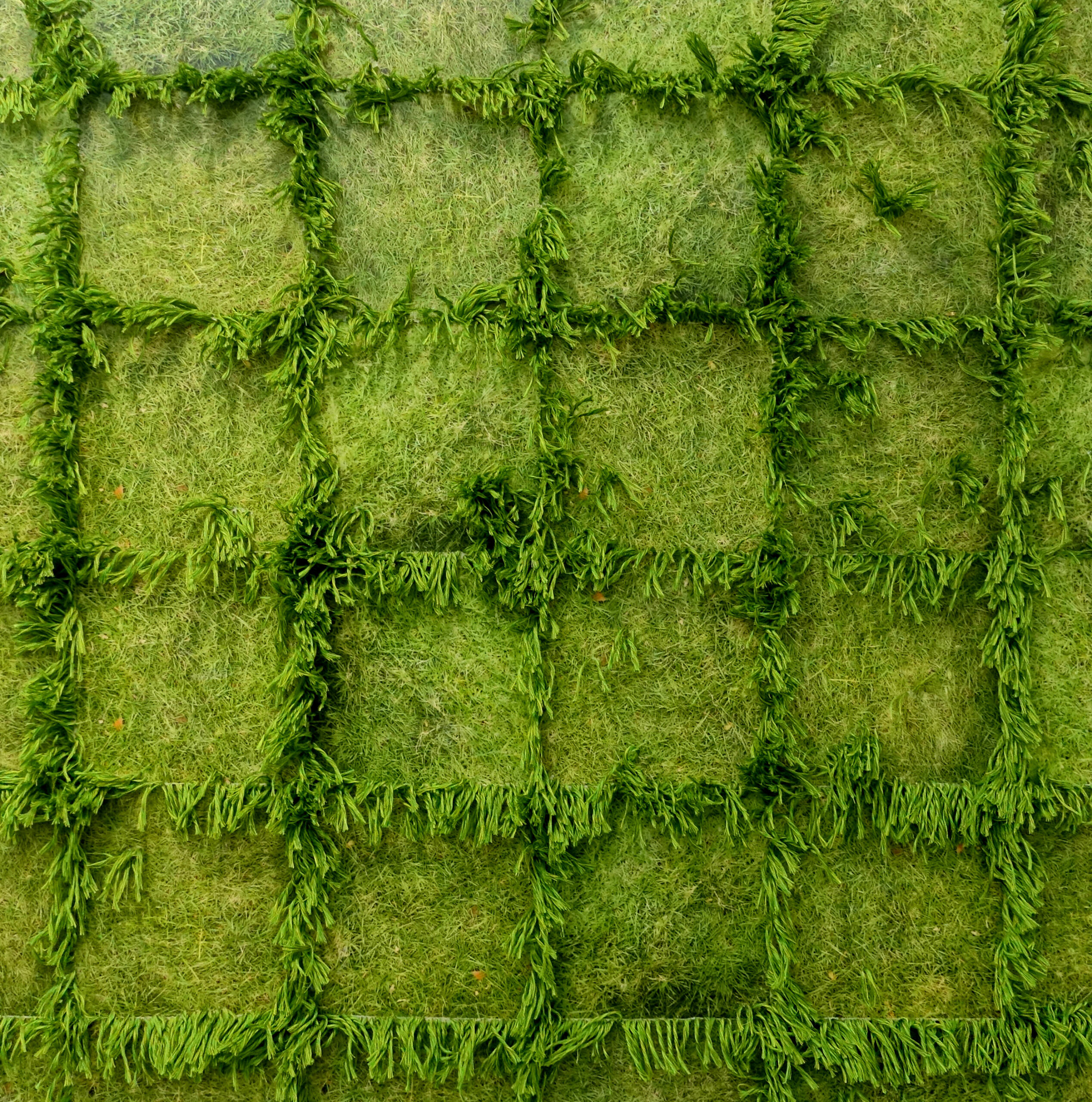
9 March 2023
1st image: Beyond Emergence: Sanag UP Art Prize introduction writtern by Gianpaolo Araga.
2nd-5th image: Shortlisted artist profile written by JC Rosette for Sanag: UP Art Prize 2023 catalog.
5th image: Title of artwork correction: Seasons Change but the Grass Remains the Same
catalog pages courtesy of Sanag UP Art Prize digital catalog
Weaving In and Out of the Four Walls
by Stel Zafranco
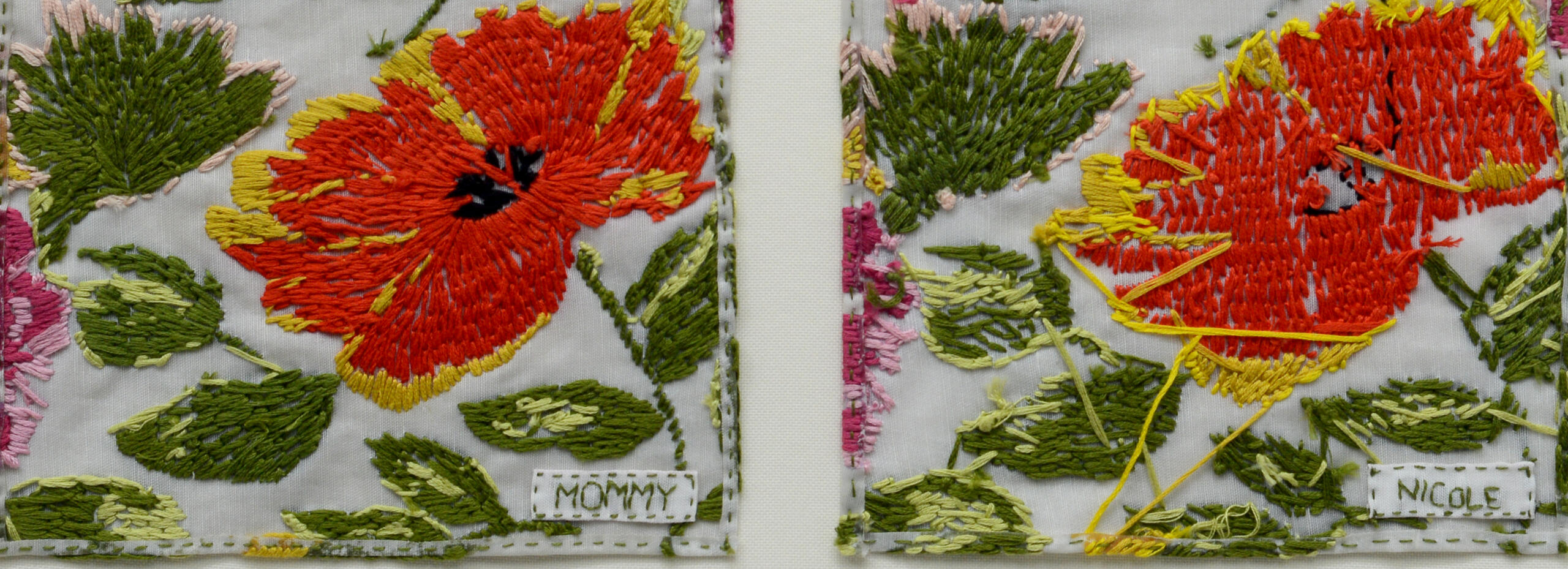
30 March 2022
Everything starts at home for Nicole Tee.“Art has been part of my life since I was at a very young age.” She recalled the paintings plastered on the walls of their family home, courtesy of her relatives from her father’s side who are art collectors. As she talked more about their family history, one can see that the entanglement with art runs in the blood, with her aunt being a children’s storybook illustrator and her cousin graduating from an art-centered degree like her. Given the close connection between domesticity and family, Tee’s primary theme of focus, her ‘everyday’, threads smoothly into the art that she makes. She integrates her homemaking skills—mostly sewing—in her works, often branching out to mediums other than painting that she is accustomed to.Historically, women whose medium of choice was one of embroidery, sewing, or the like were not valued equally as those who chose painting and sculpture. More than that, they were not regarded as highly as male artists. Le Corbusier and Amédée Ozenfant couldn’t have said it better: “There is a hierarchy in the arts: decorative art at the bottom, and the human form at the top. Because we are men.” Women artists stood their ground and continued to use “women’s craft” as a response to this misogynistic stance in the industry. Miriam Schapiro, just like Tee, used different patterned fabrics in her works. This was a deliberate choice as she wanted to make her sentiments known: “I wanted to validate the traditional activities of women, to connect myself to the unknown women artists who had made quilts, who had done the invisible ‘women’s work’ of civilization. I wanted to acknowledge them, to honor them.” This was what allowed modern artists like Tee to bravely hone and share their art—the push to bring the domestic inside big institutions.Tee’s experimentation and the first step of bringing her craft outside the four walls commenced during her days in college. She shared that they were encouraged in UP Fine Arts to explore other mediums and materials such as mixed media, graphite, acrylic painting, and installation art. Her Santi Bose-inspired plate from her 2nd year of college introduced her to what became the most recurring material amongst her works as a professional artist: textile. She primarily used ink and thread for that specific work and eventually discovered the enjoyment of working with thread.However, that was definitely not her first encounter with thread as a material. When asked about her favorites among her works, she first delved into discussing the collaboration with her mother. In Mommy and Me, the two of them embroidered the same three patterns using the same sewing materials and set of colored threads. The series showcased three almost identical sets of portraits of flowers. “Mine was really messy,” she mused while recalling that they also exhibited the backs of those portraits—her mother’s neat embroidery backing juxtaposed with her unique counterpart. Choosing this series as one that she deeply cherishes shows her as an artist that never forgets her roots. Her knowledge and skill in sewing, dressmaking, and embroidery are fruits of her mother’s guidance and influence after all. Everything started at home.A home that is reflected in her exhibitions such as Peeking Out From Under the Blanket and Quiet Punctuations. Tee often ponders on the essence of the domestic sphere and its dynamic with the personal. A Blanket With Flowers shows her direct integration of homemaking activities into her art. Her interpretation of textile as a material allowed her to transcend these domestic activities into tangible, immortalized pieces. An interpretation that is both direct and subtle as she created a landscape out of the crumpled fabric found in her home, surrounded by flowers—another significant symbol of the domestic for her. She touched upon her interest in flowers in her solo exhibition, A Few of My Favorite Things, another personal favorite of hers. The title directly tells the audience that her works here cater more to the personal aspect of the domestic. She was inspired by the concept of mood boards or mood board making where personal preferences matter in building on the desired concept. The act of collecting, cutting, and matching different materials and patterns and leaving them possibly finished or unfinished doesn’t matter as there will always be room for further interpretation—the same goes for personal growth and identity.Everything starts at home for Nicole Tee—quite literally. Other than getting inspiration from her domestic sphere, she uses the same space to bring these thoughts to life. She shared that she doesn’t exactly have one specific space allocated for her artistic bursts. One can imagine being welcomed by the sharp scent of oil paint followed by the aroma of spices dancing in the pool of cooking oil upon entering their dirty kitchen. The tranquil ambiance of her shared bedroom with her sister gets mildly interrupted by the consistent humming of the sewing machine. “I don’t like feeling alone,” she admitted when asked about her unusual studio setup. The growth of her artistic practice meant that there are longer hours of work so being in an enclosed space alone wasn’t the ideal scenario for Tee. Her decision of moving back into the house with her materials has eased her mind, “even if mag-isa ako sa room, I still feel that they’re there. (Even when I’m alone in my room, I still feel that they’re there.)” She also mentioned that most of the textiles she uses for her works are hand-me-downs from her grandmother and mother.Tee brings out spontaneity in the mundane. She admits that her vision for her art practice has not yet reached 10 years into the future as she prefers to immerse herself in the present. “I’m not sure where life will take me.” She did, however, talk about shorter-term goals which include further exploring the versatility of thread through knitting and the possibilities in natural dyeing and challenging herself with works bigger than what she is used to. She still envisions herself working with her ‘everyday’ especially since she has taken up more responsibilities at home. Everything will start at home for Nicole Tee.
Artist profile written by Stel Zafranco in fulfillment of a requirement for her class, Genres of Art Writing. Stel is currently taking up Art Management at the Ateneo de Manila University.
